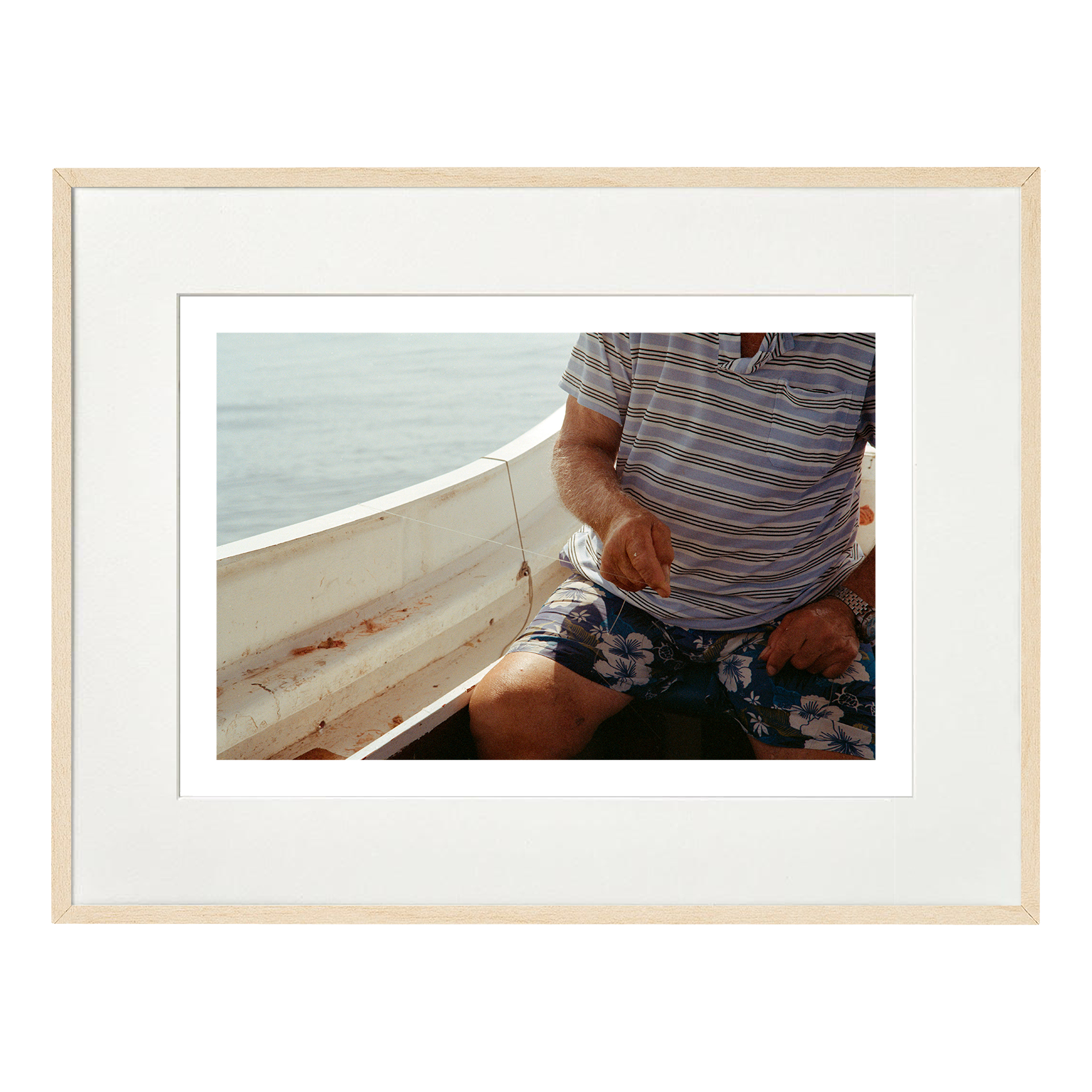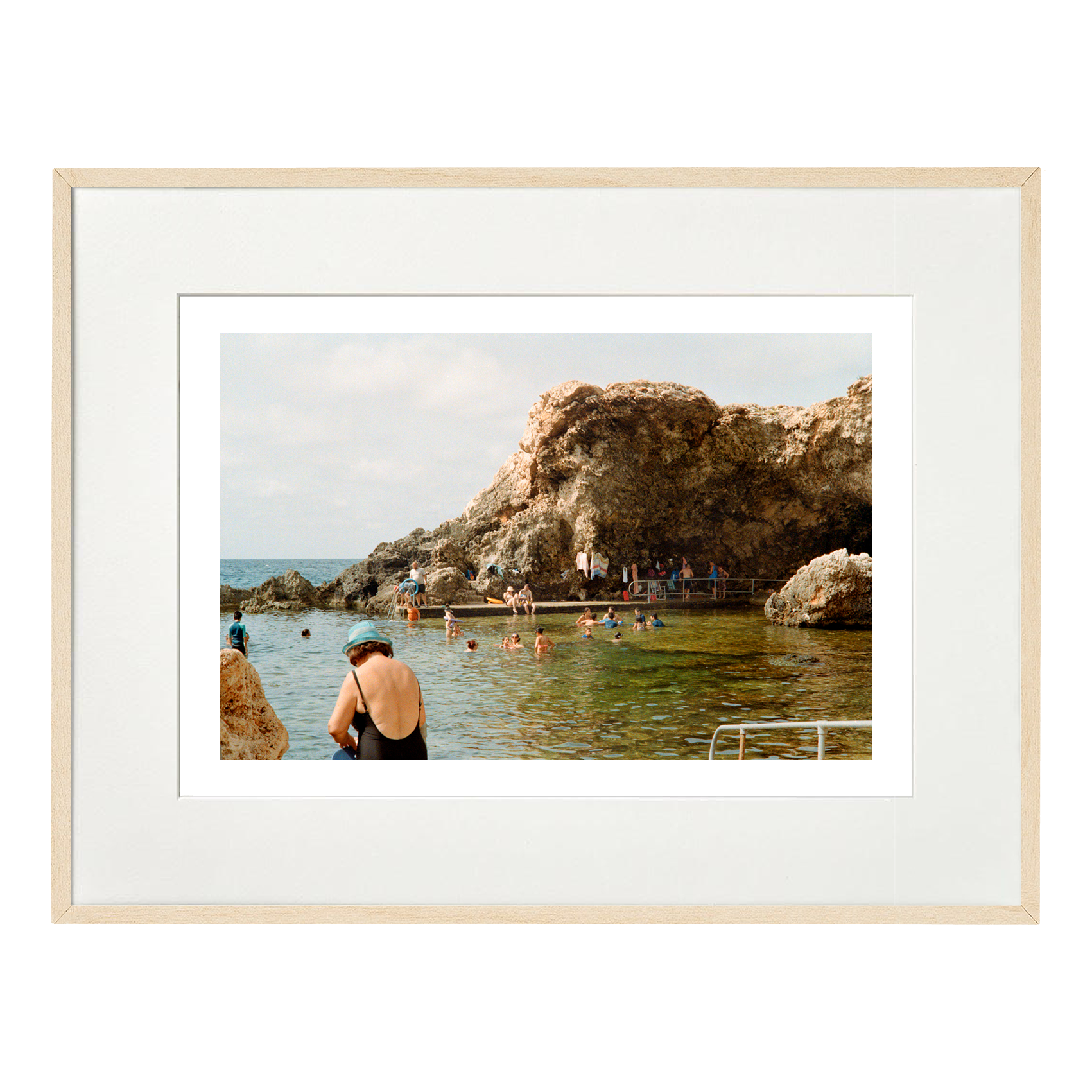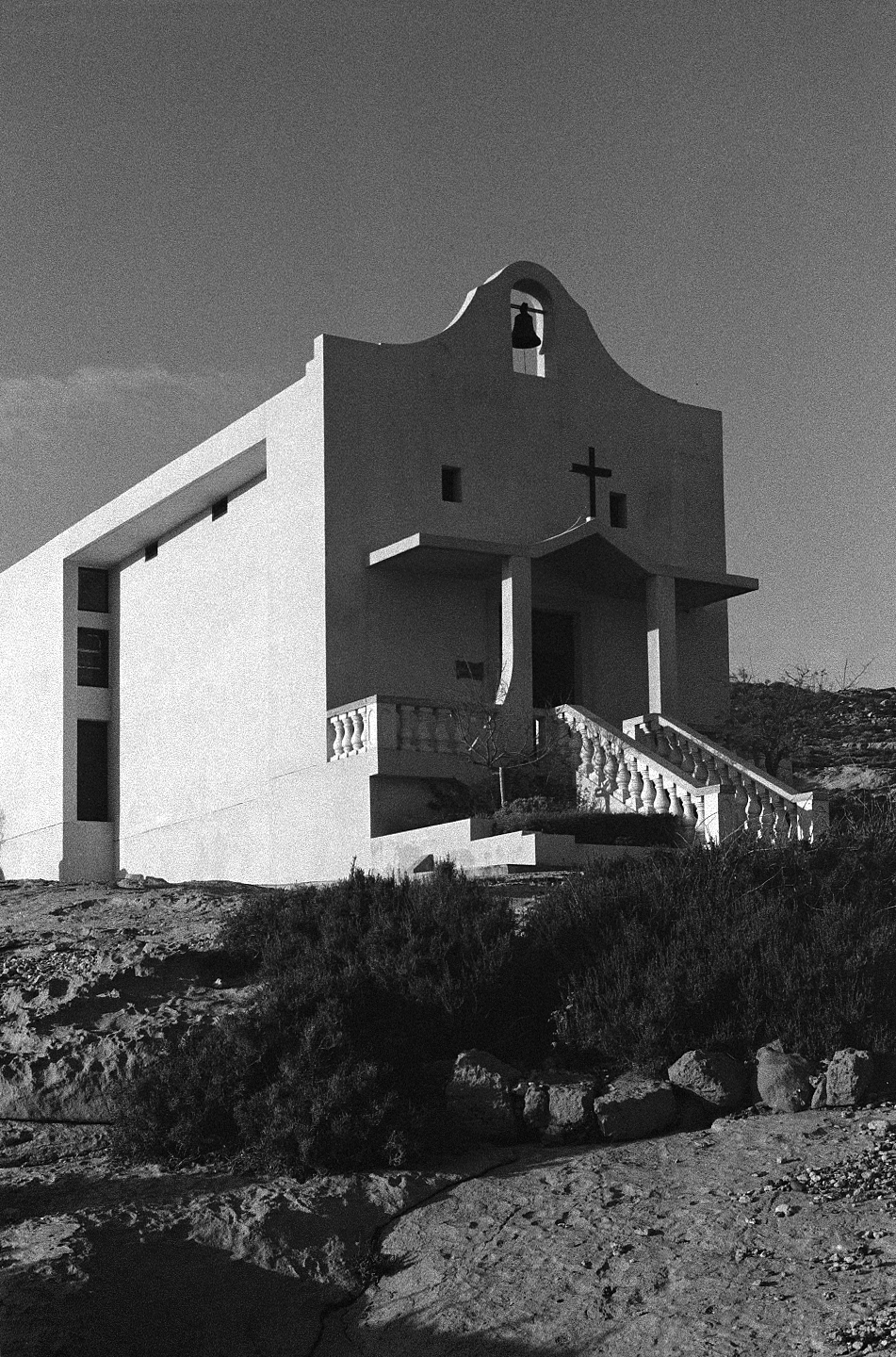1. il-ġebla
english translation: the rock
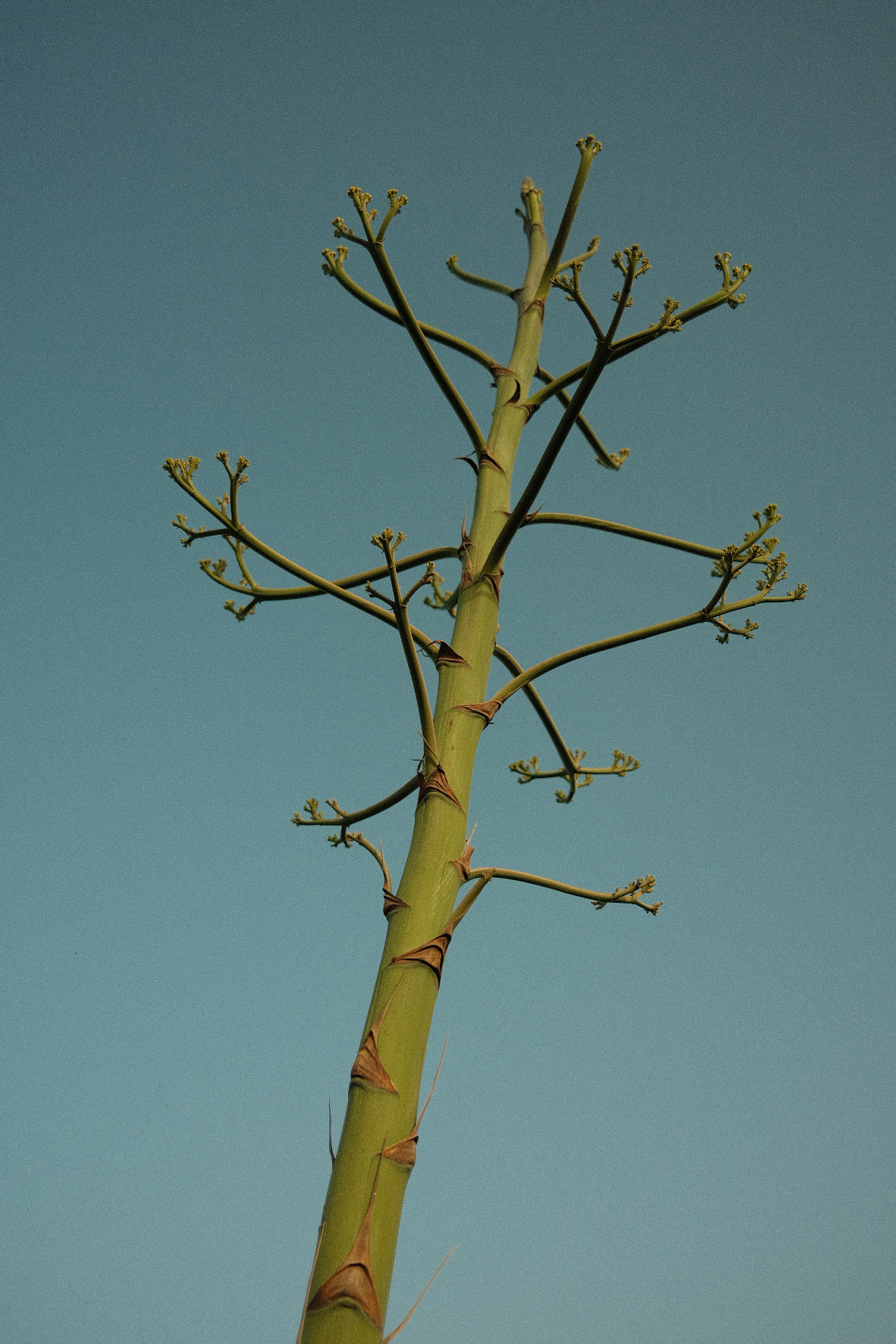
2024
i speak the language of the earth
i feel my body slipping into synch with the rhythms of the earth, subconsciously waning & waxing on time. the rocks sing me to sleep sometimes. the grass is my bed, the moss my blanket & my head rests on pillows of cloud.
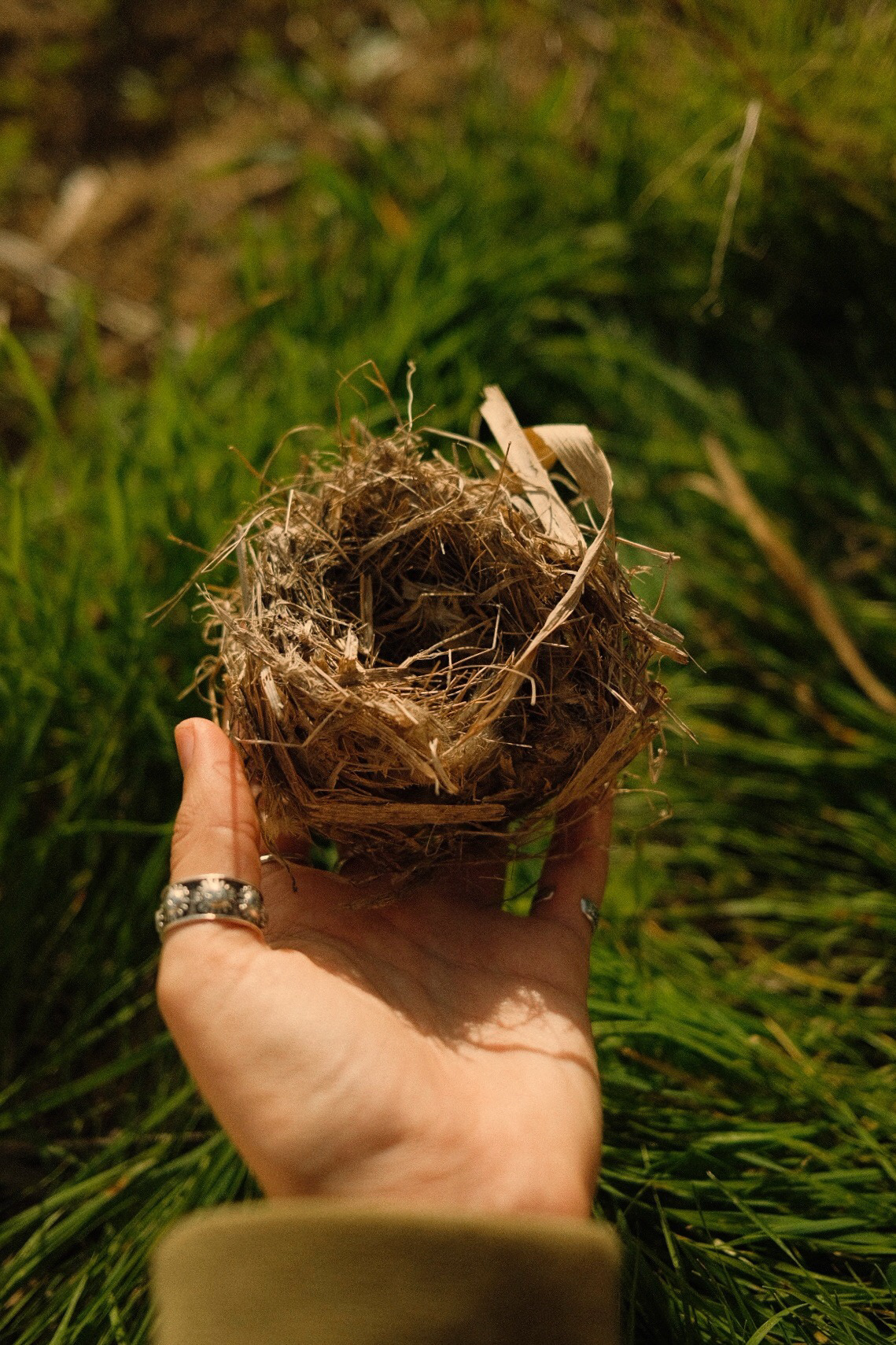

this is where i feel most myself (other than by the sea)… walking barefoot in the grass, marvelling at birds’ nests, foraging for four-leaf clovers & lying in the sun while indulging in fresh gozitan bread
gozo emerges shimmering in my mind
like a dream from childhood
mushroom rock & other fairytales
ploughing patterns into the land
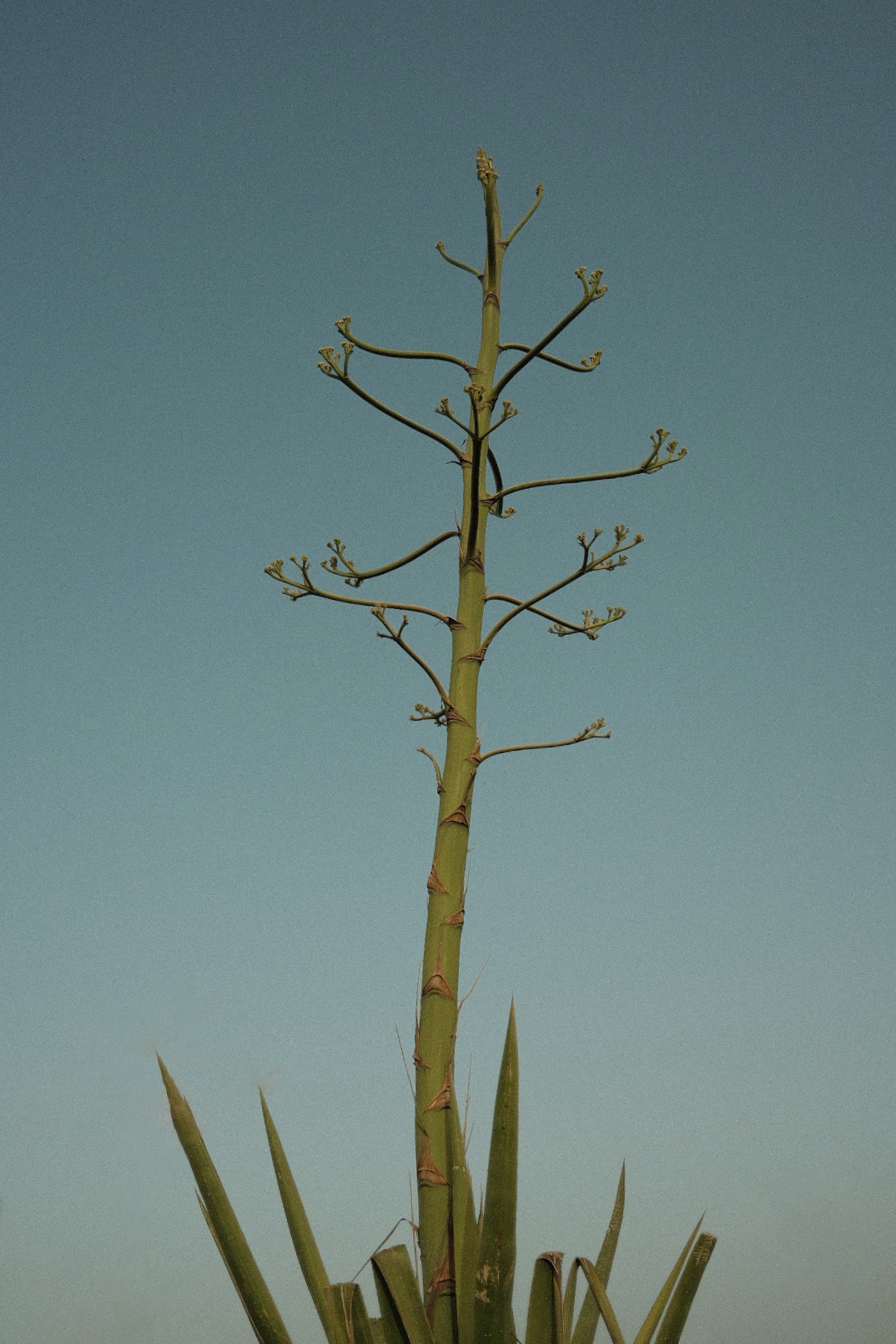
king of the beach
contemplations on bees & the secret worlds they create
scenes from some kind of outlandish dream

while the sea is still sleeping
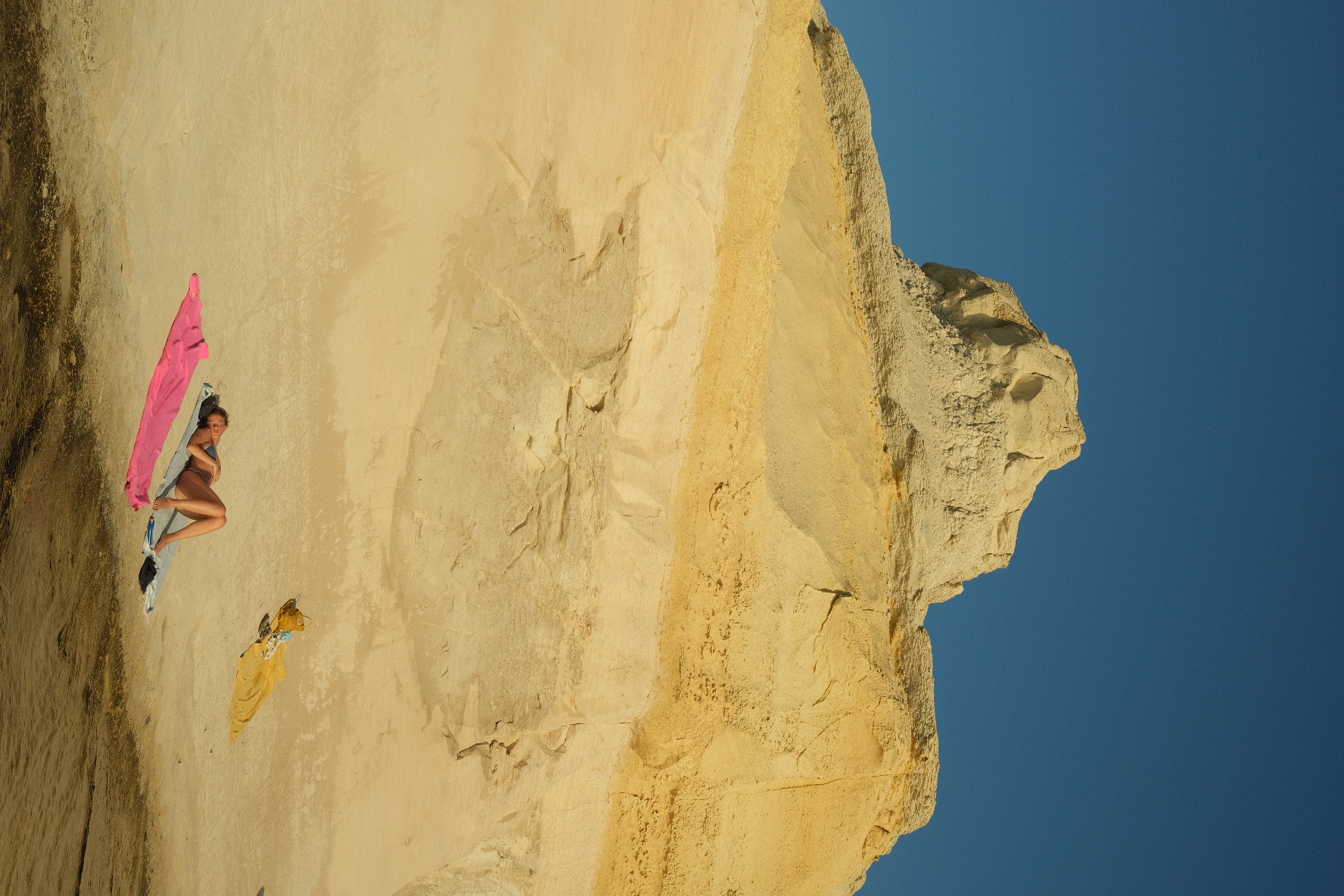
we are built of the same rock,
the same sea,
the same sky
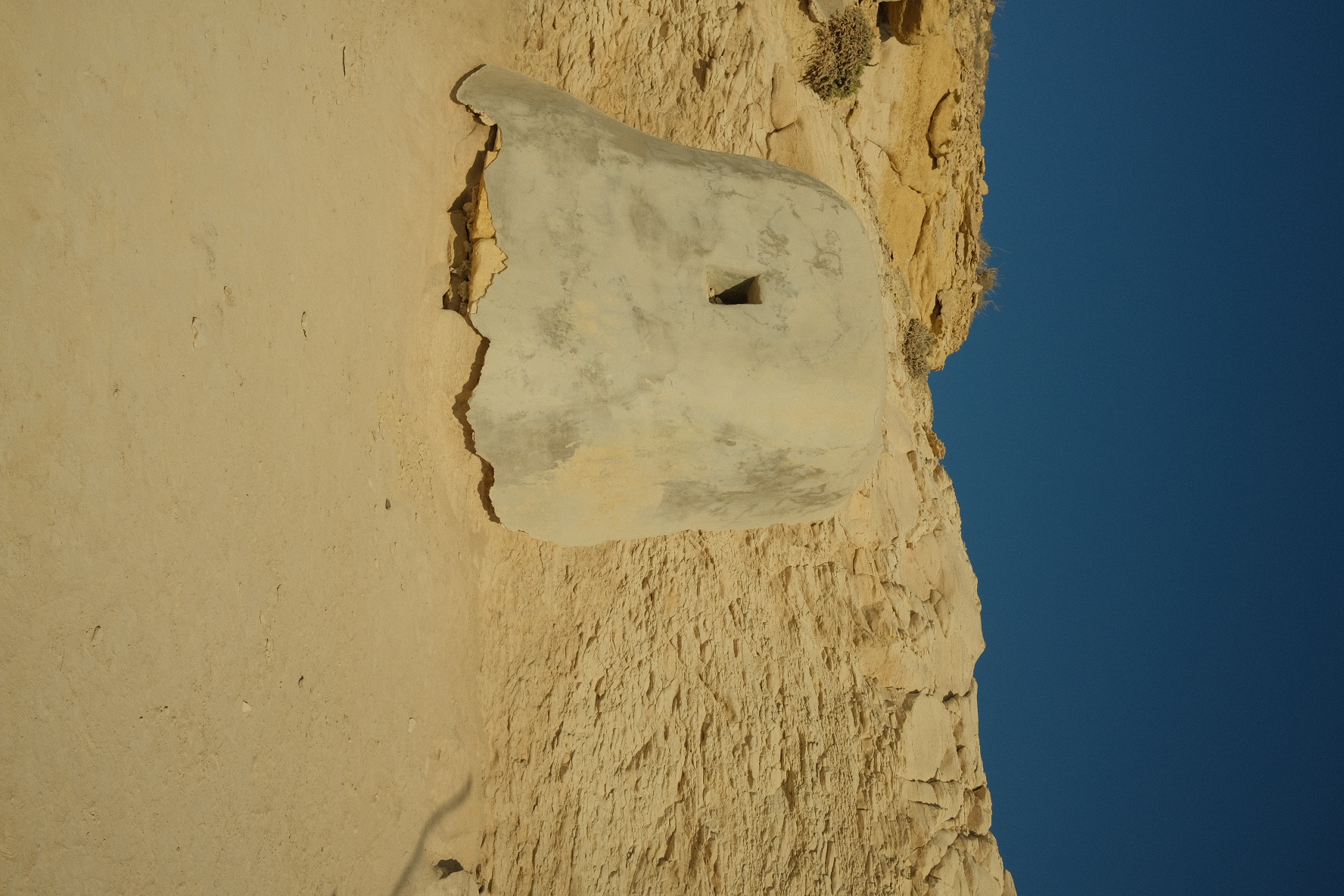
moulding to each other, meeting in the middle
2023
are you sleeping while i’m away?
your face seems softer each time i return; it’s as though time stops on the island when i’m not here... but perhaps that’s just one of the things we tell ourselves to hide in the dark.
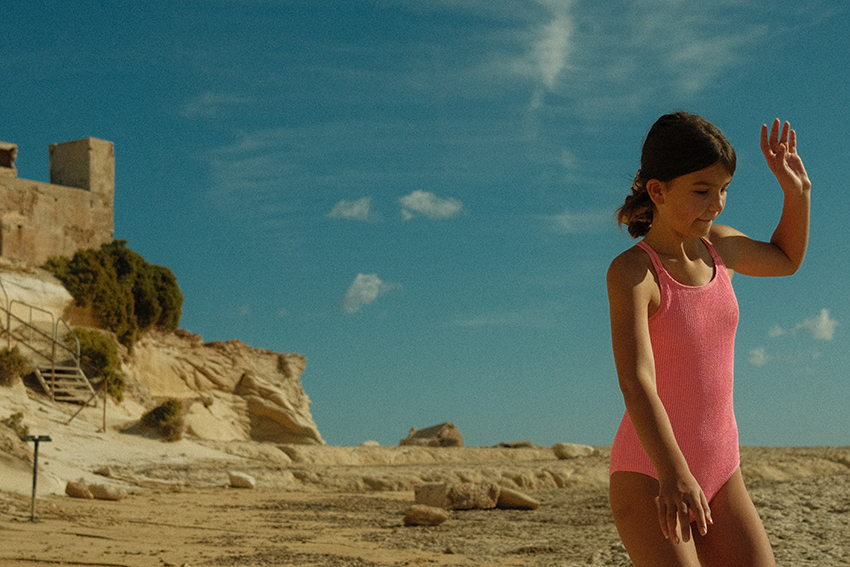
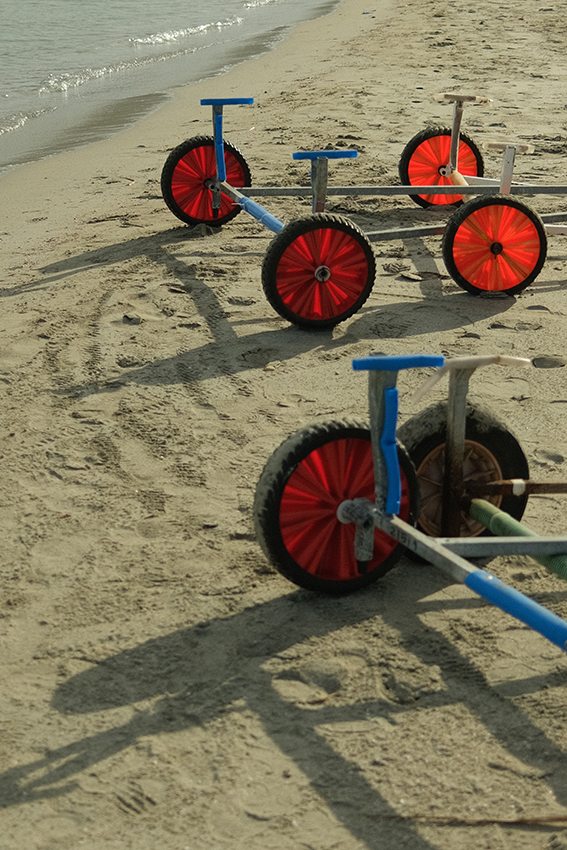

2022
the golden days
& the living is easy
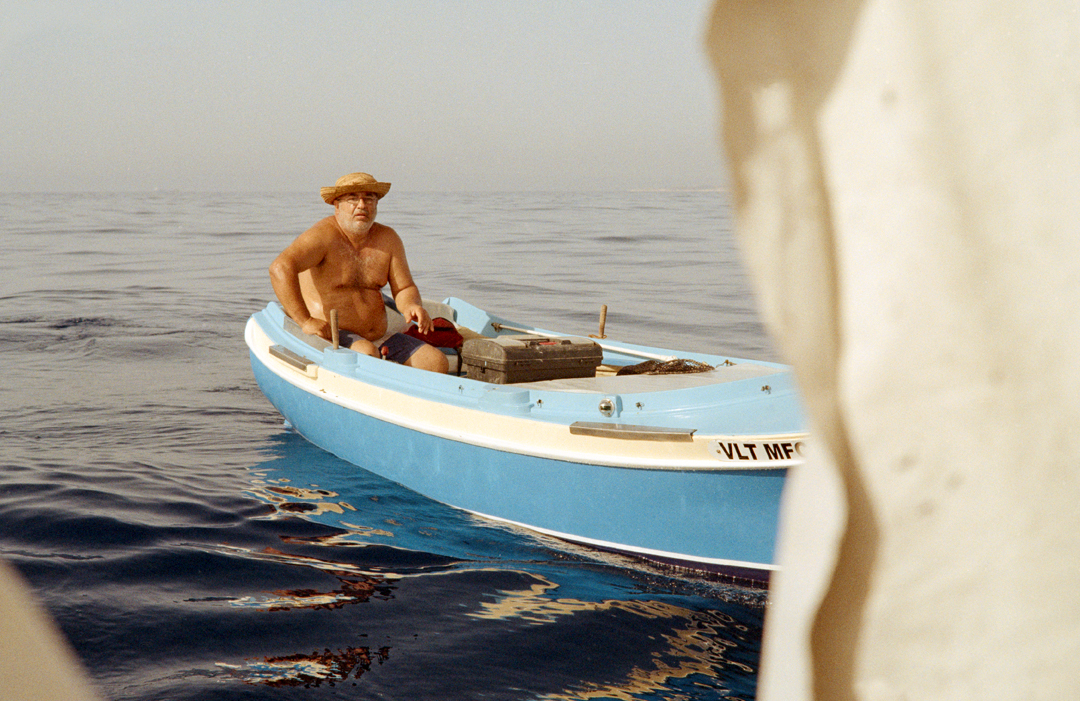
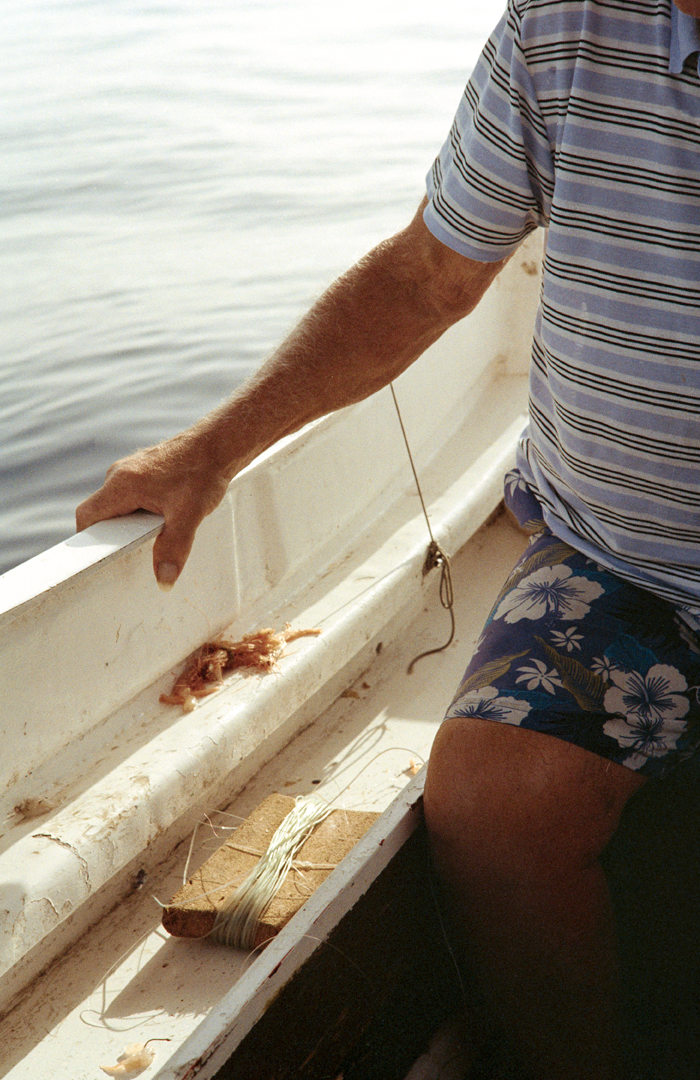

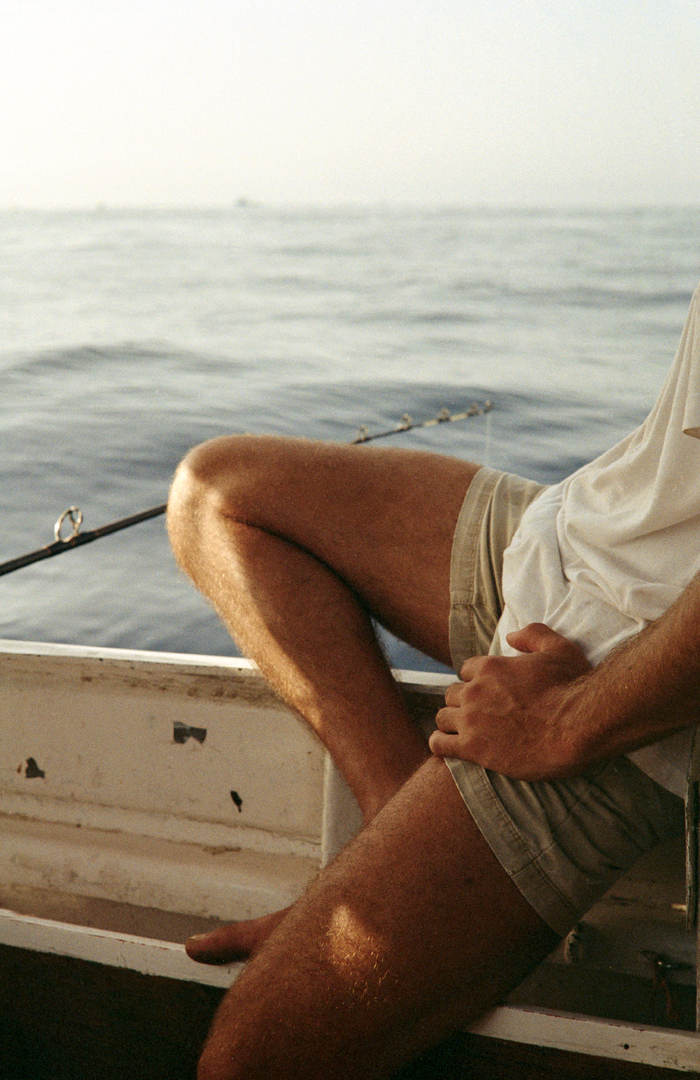
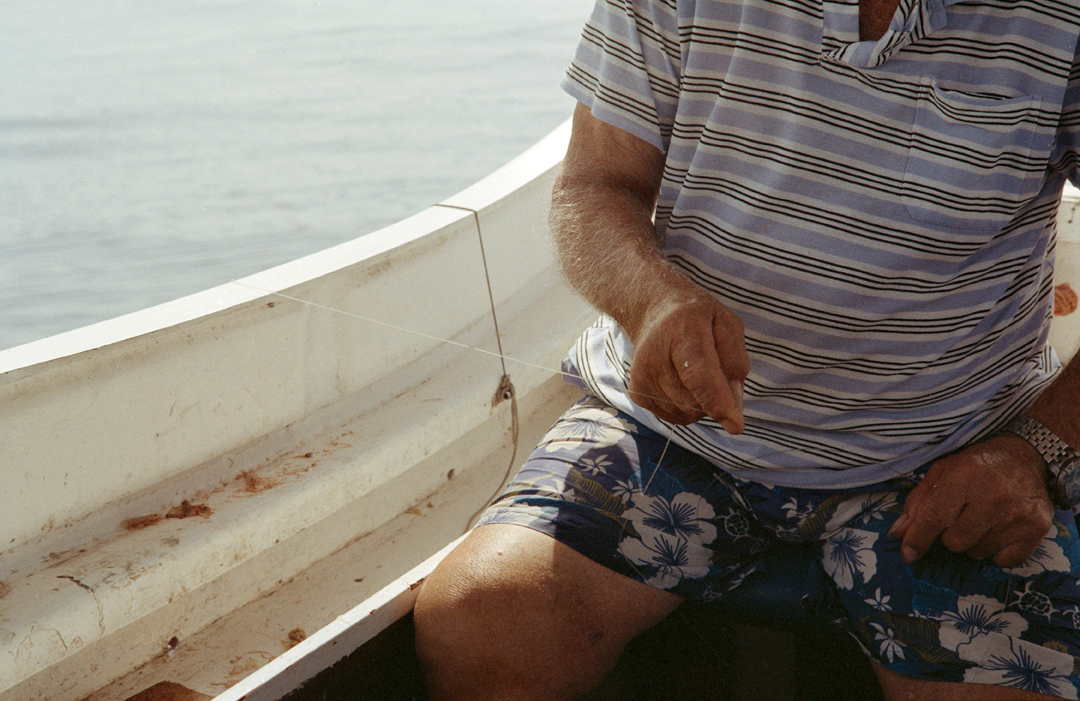
hands hard at work,
hands flowing like the waves
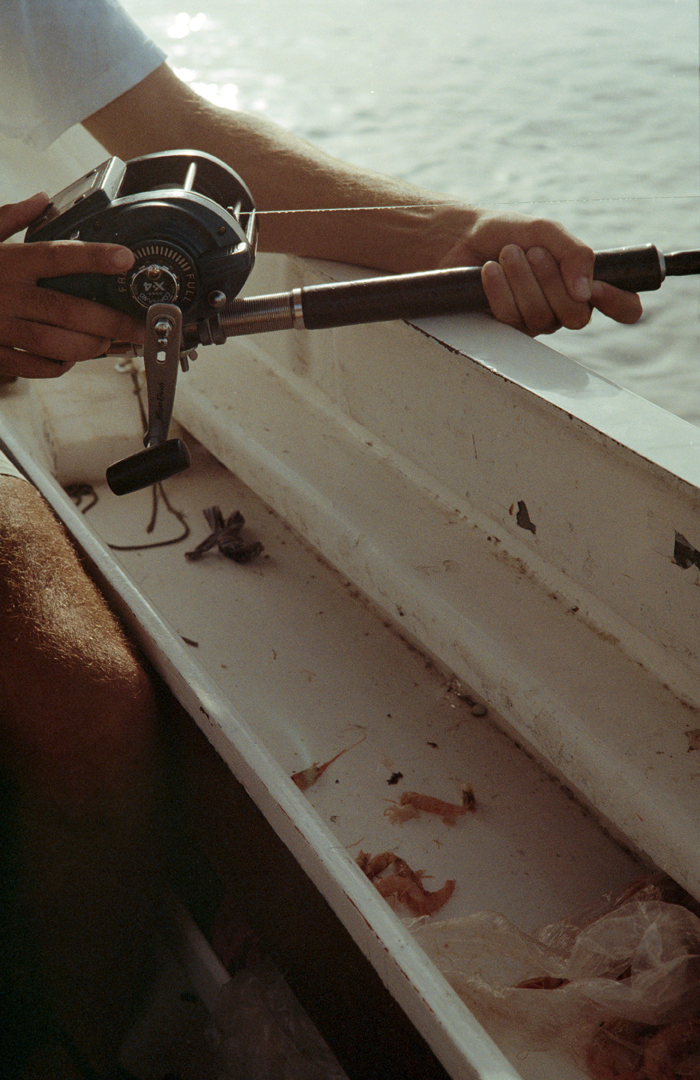
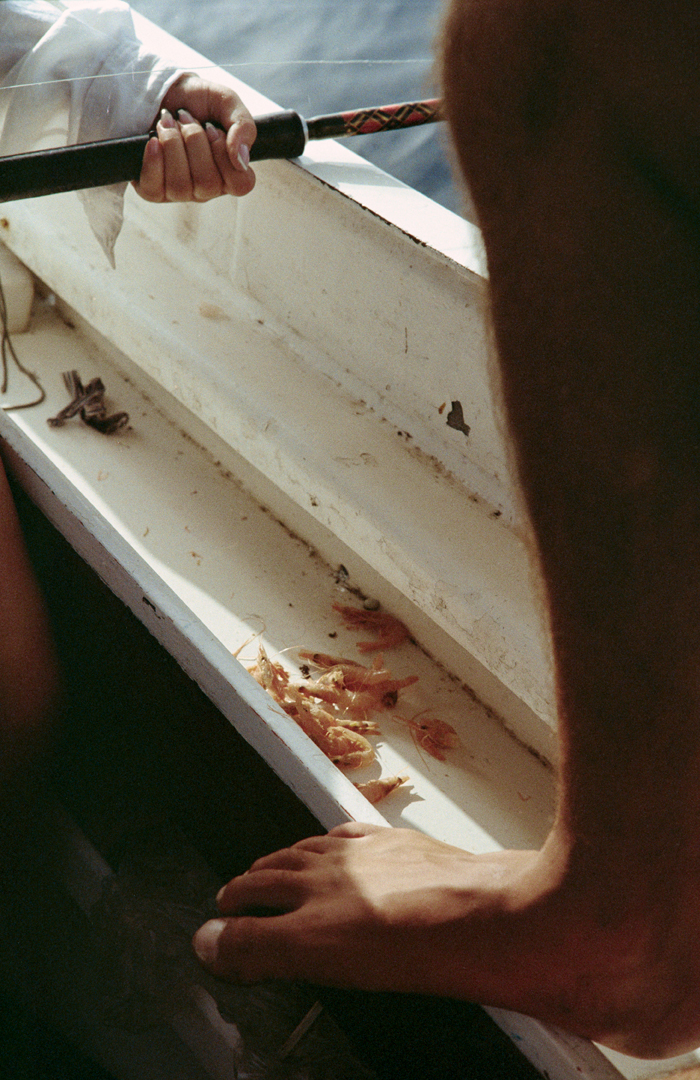

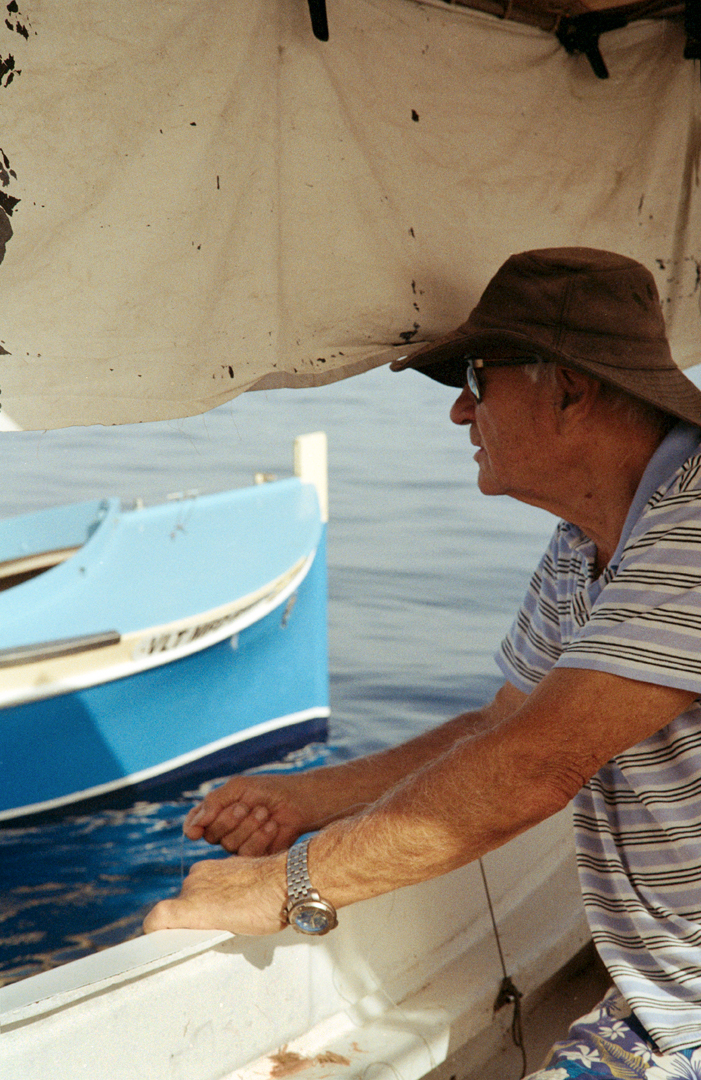



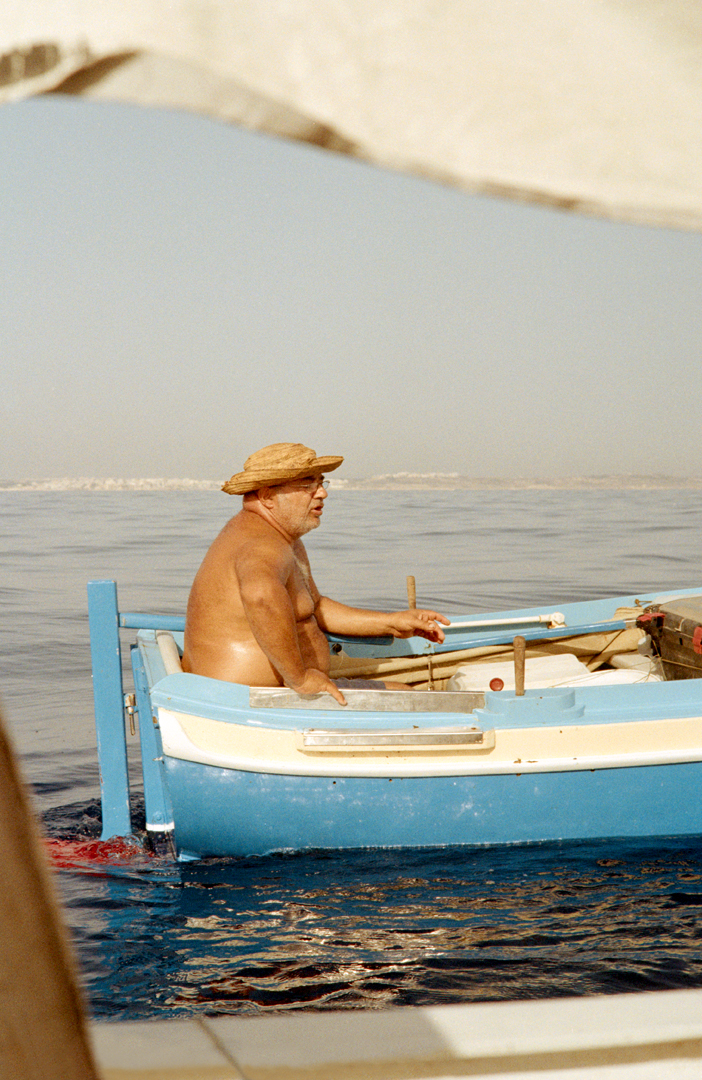
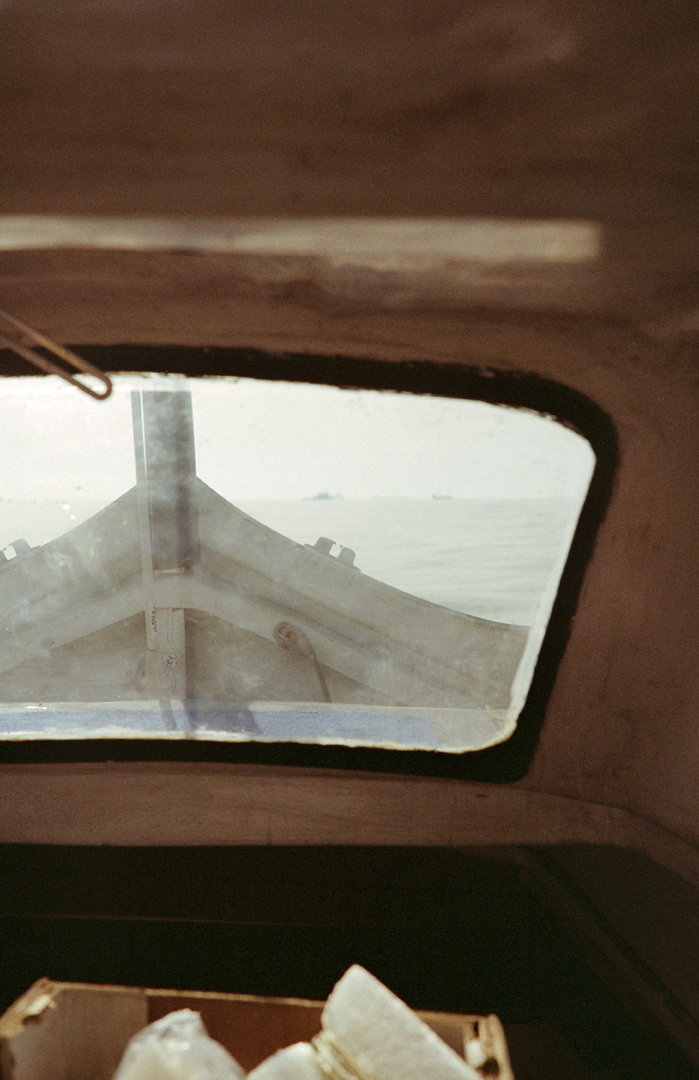

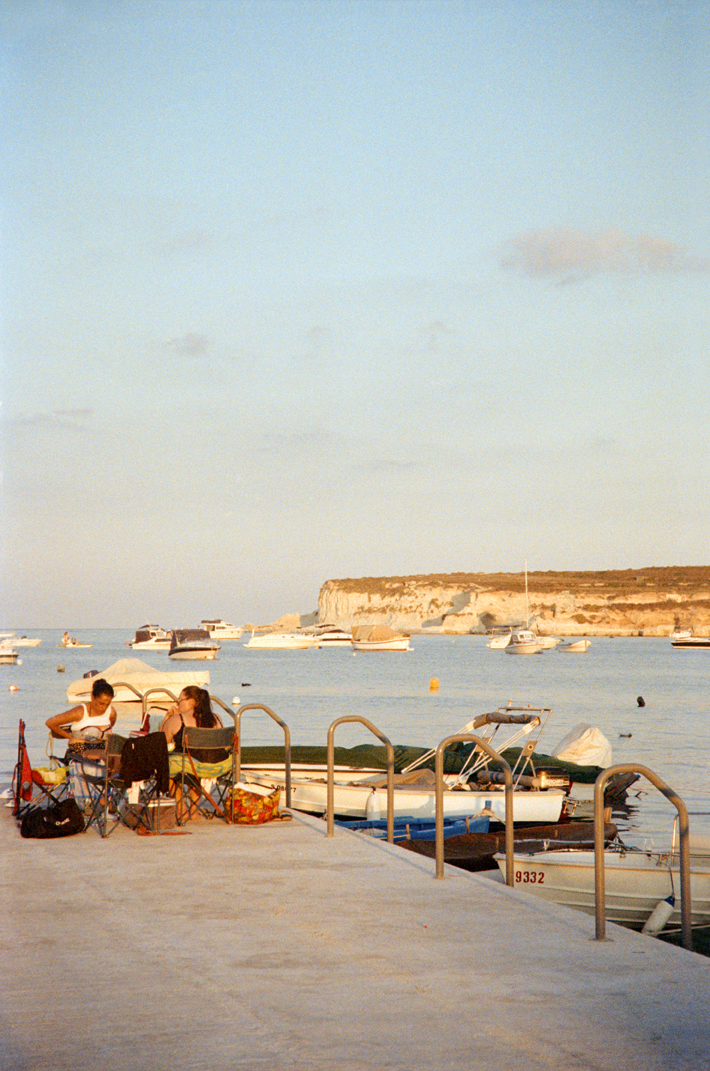

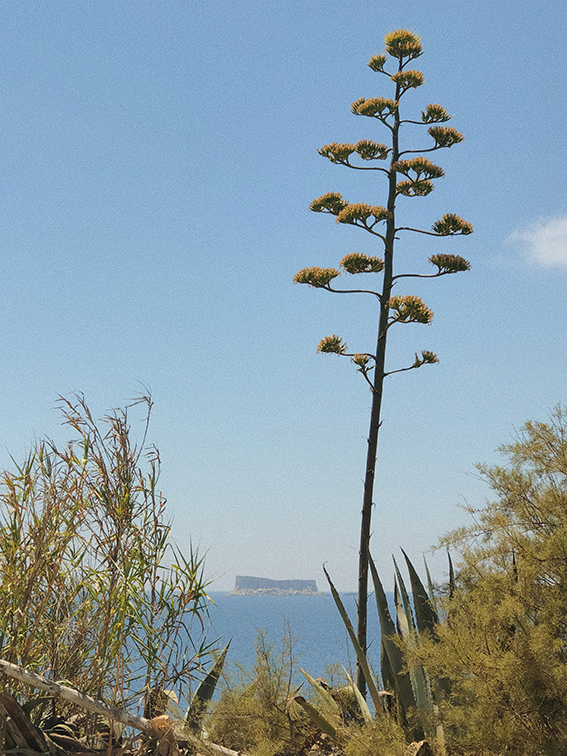
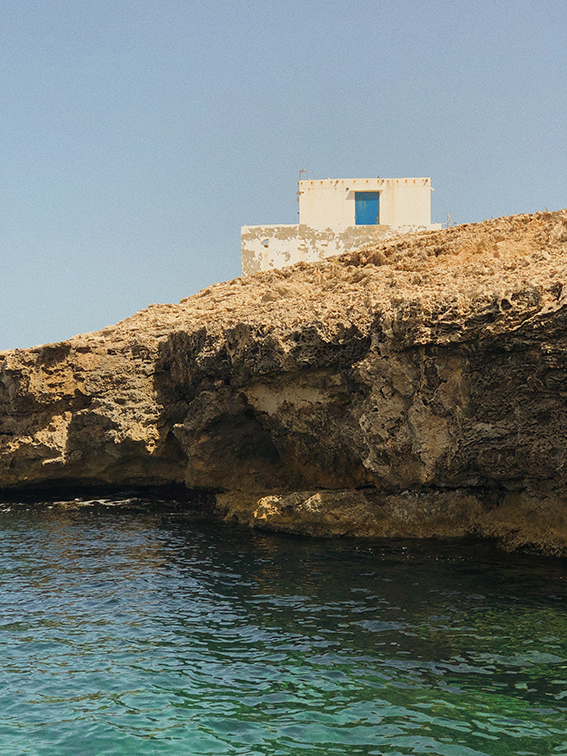
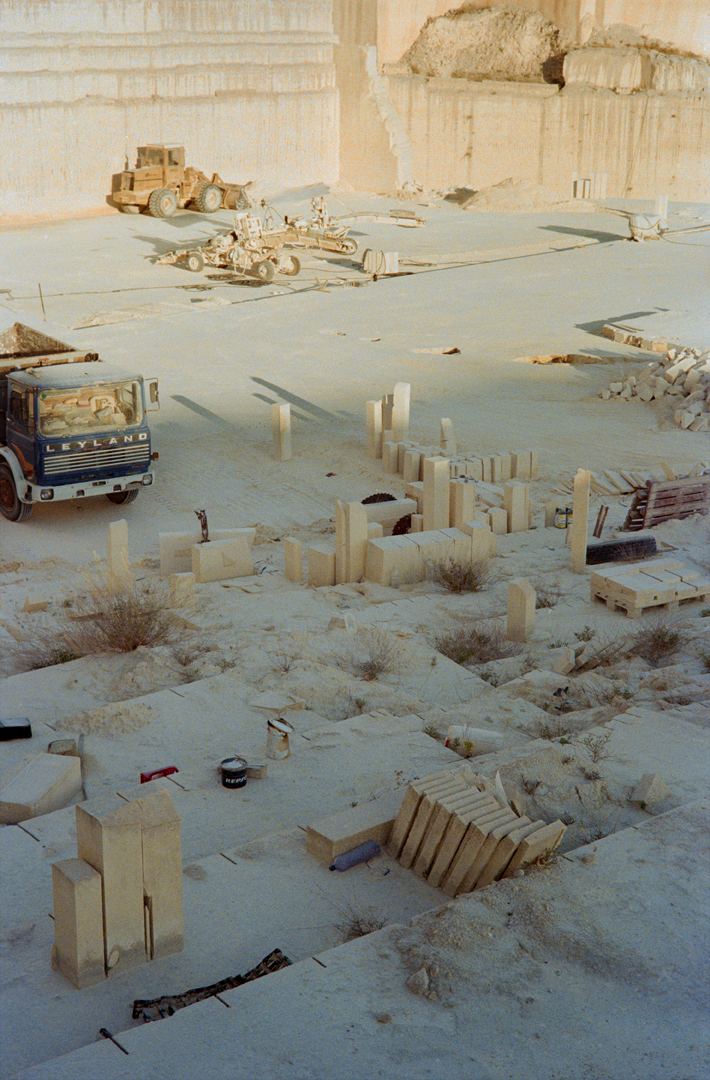
meditating megaliths

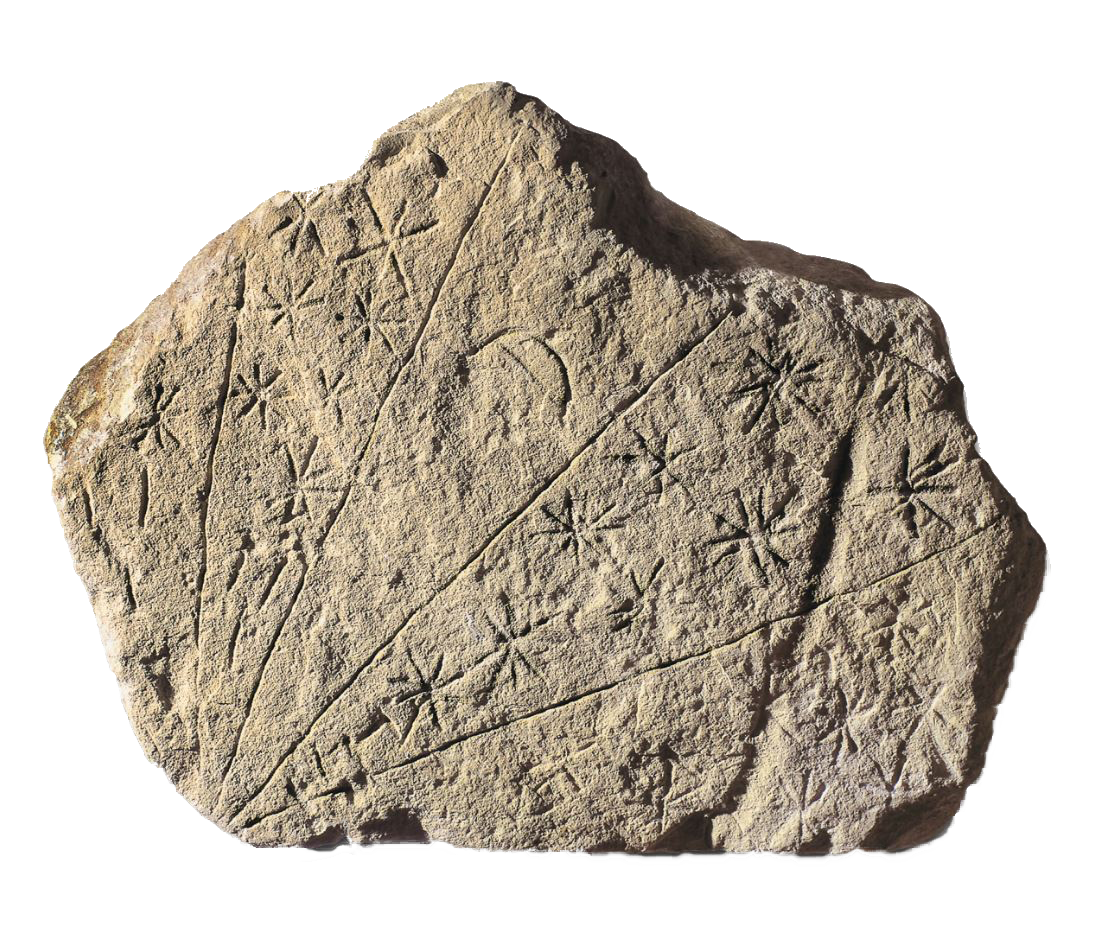
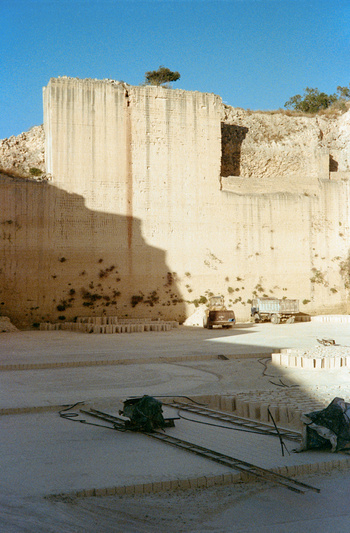
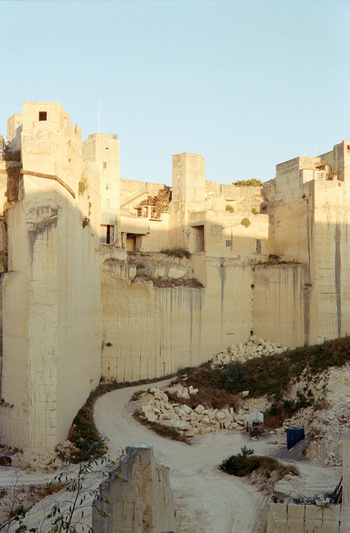
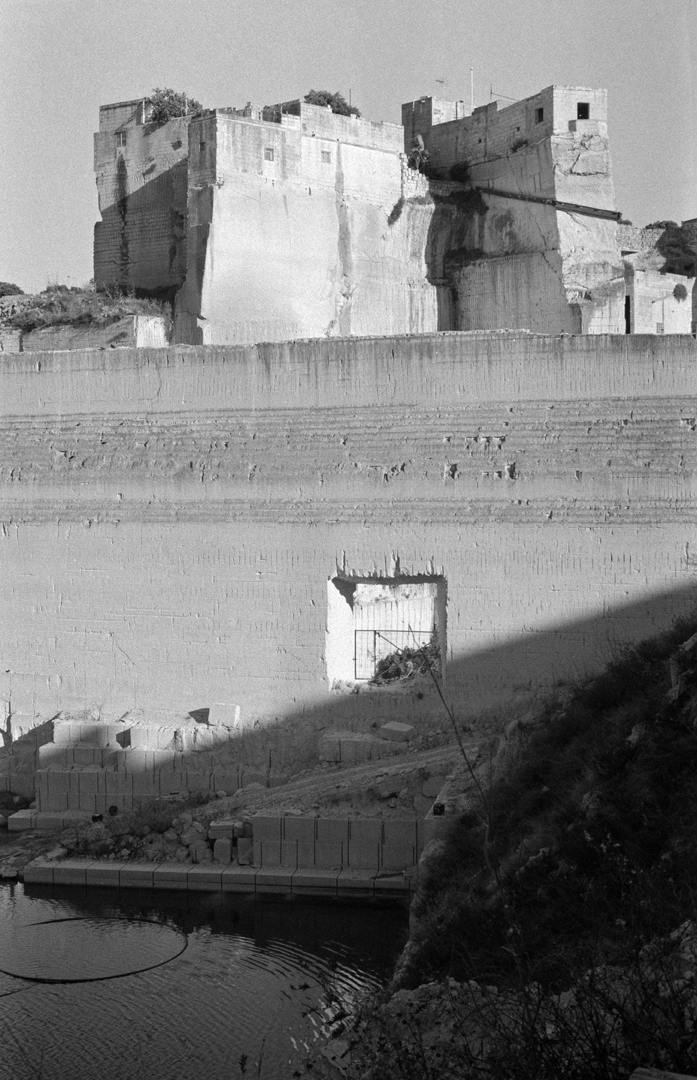
castles in the sky
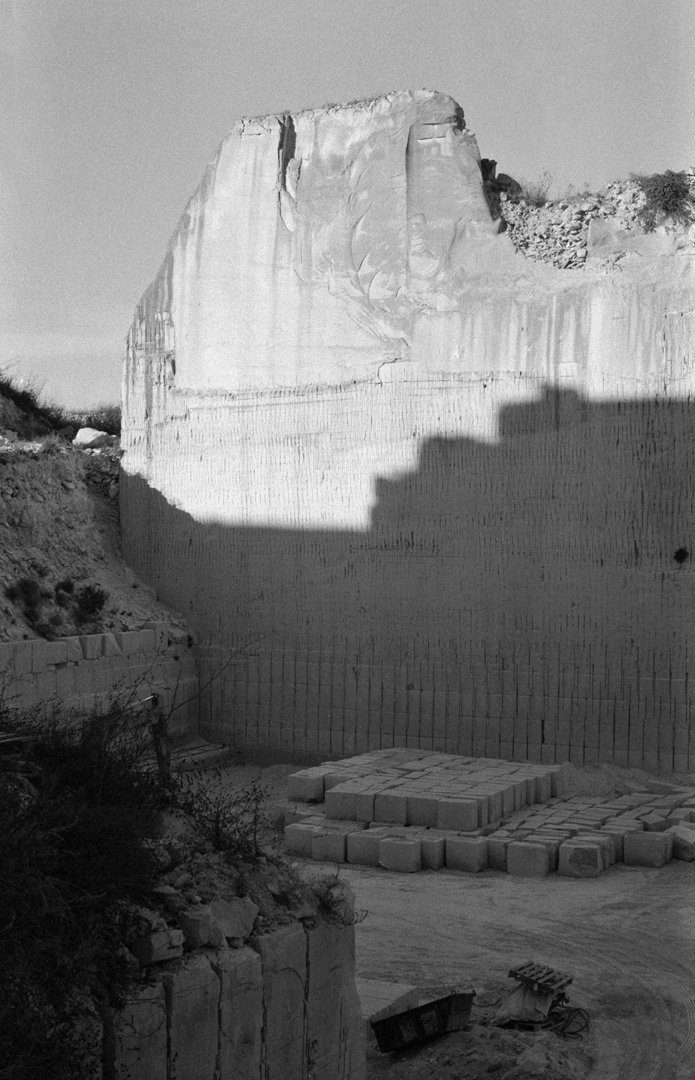
incisions & remains
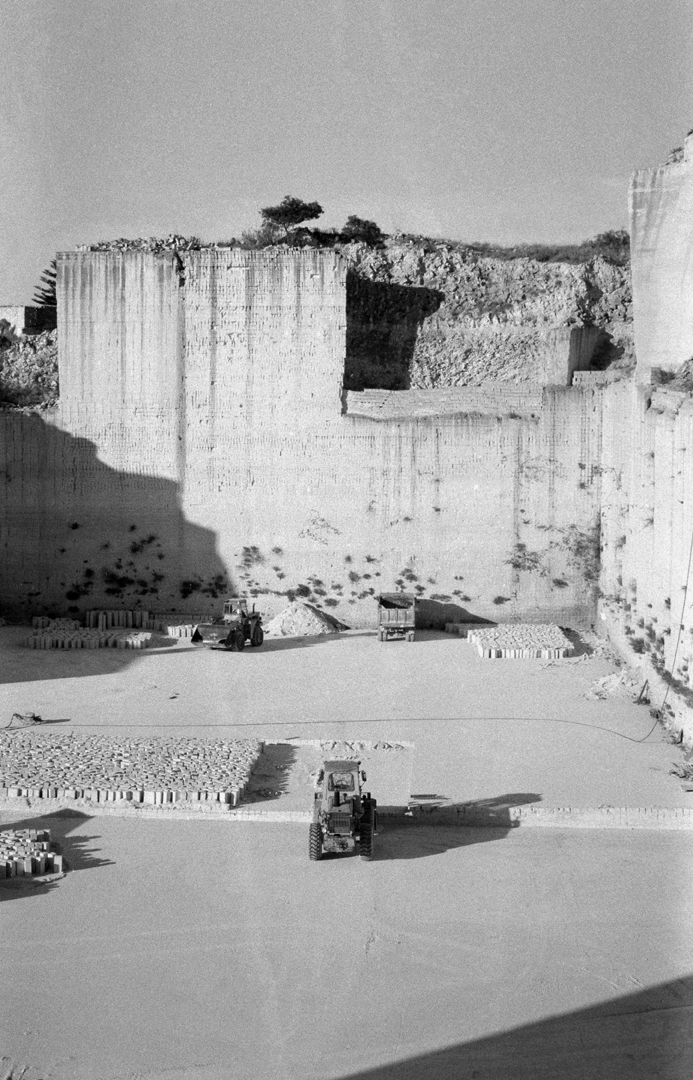
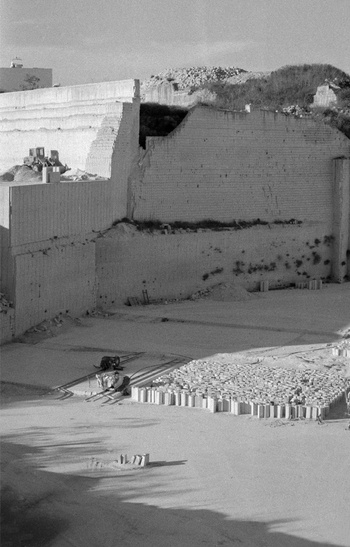
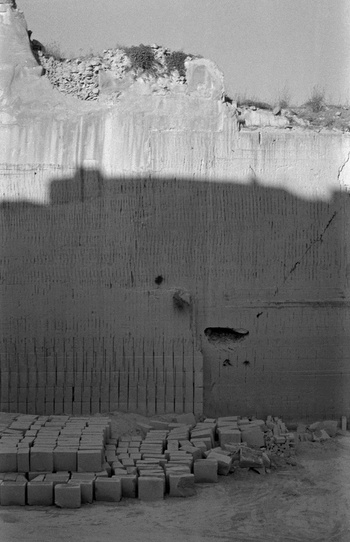

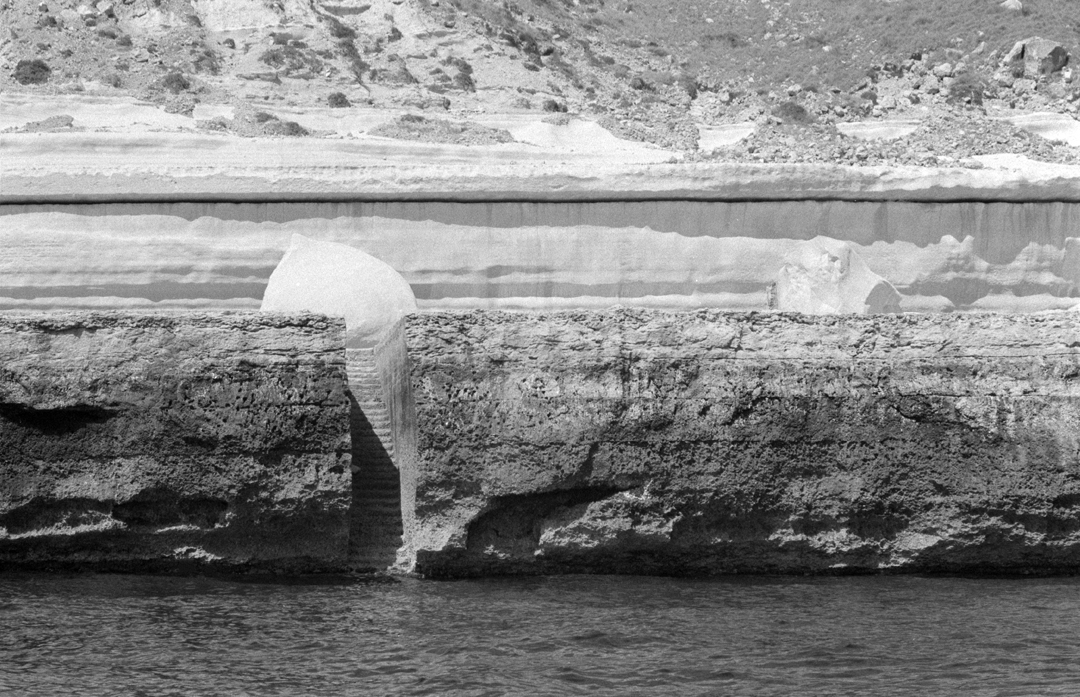
a man-made crevice
slicing through time
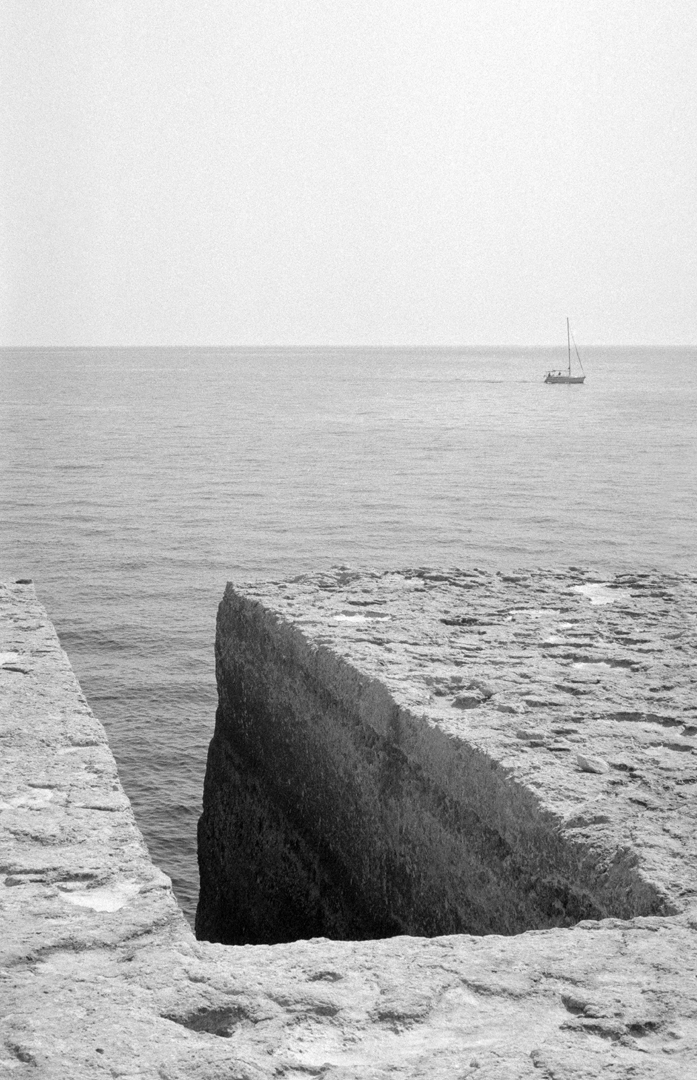
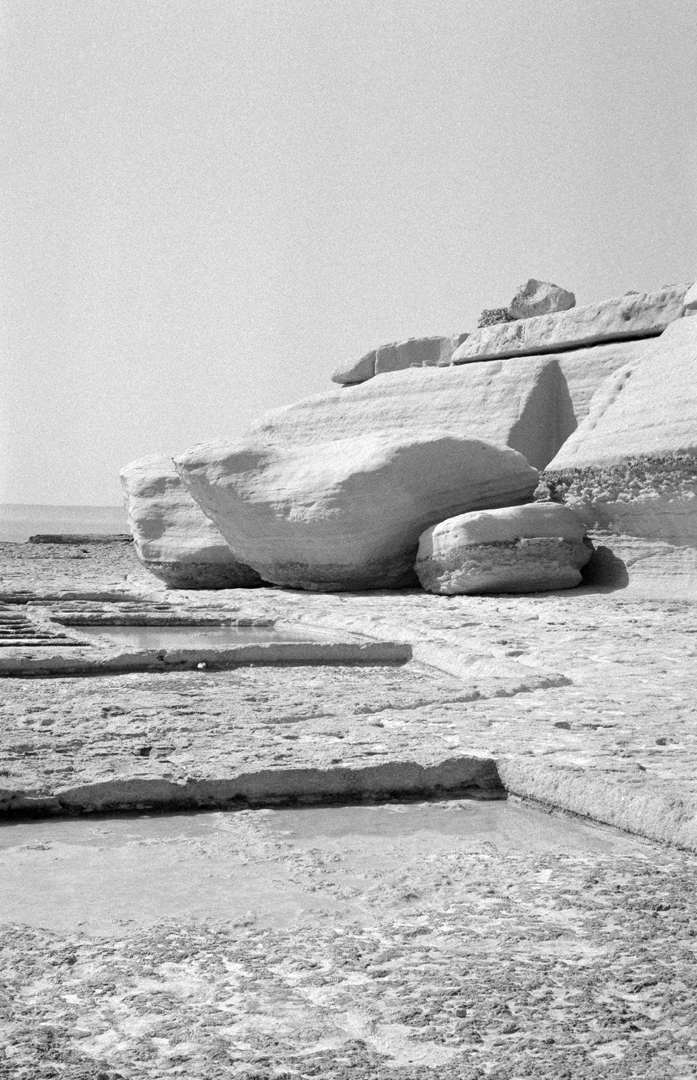
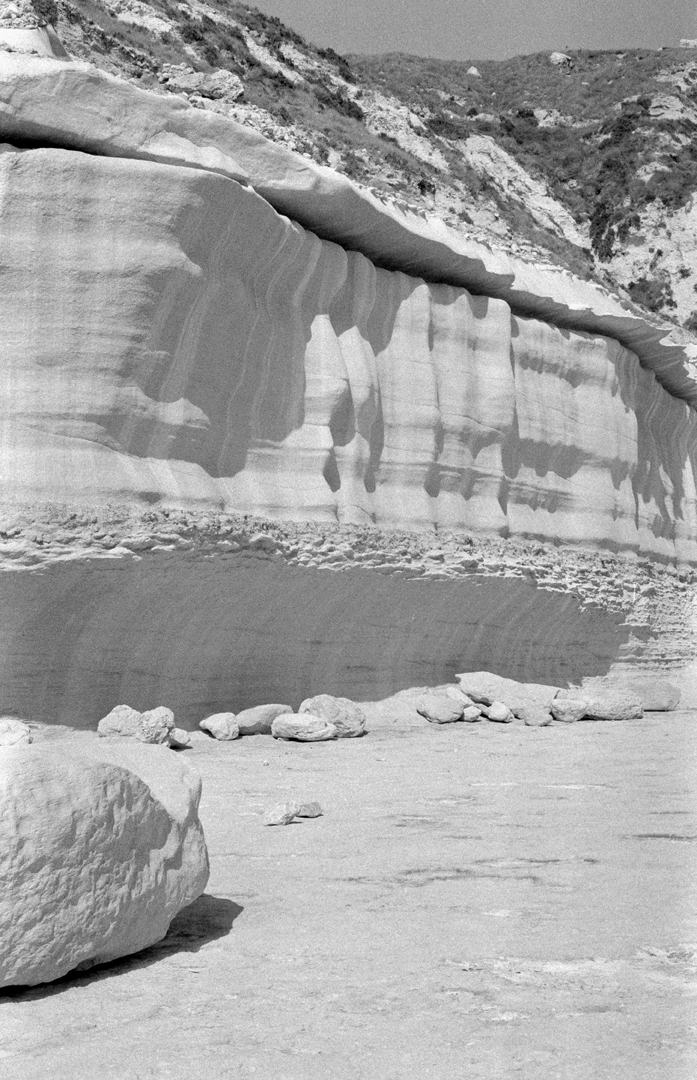
geological time is written in the rocks
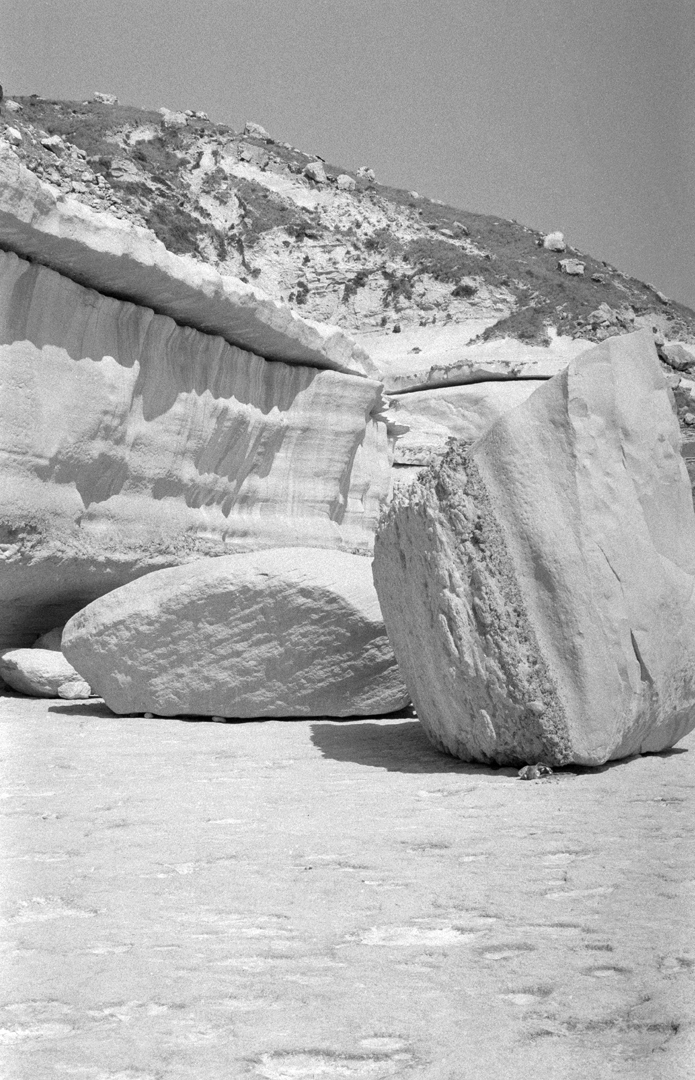
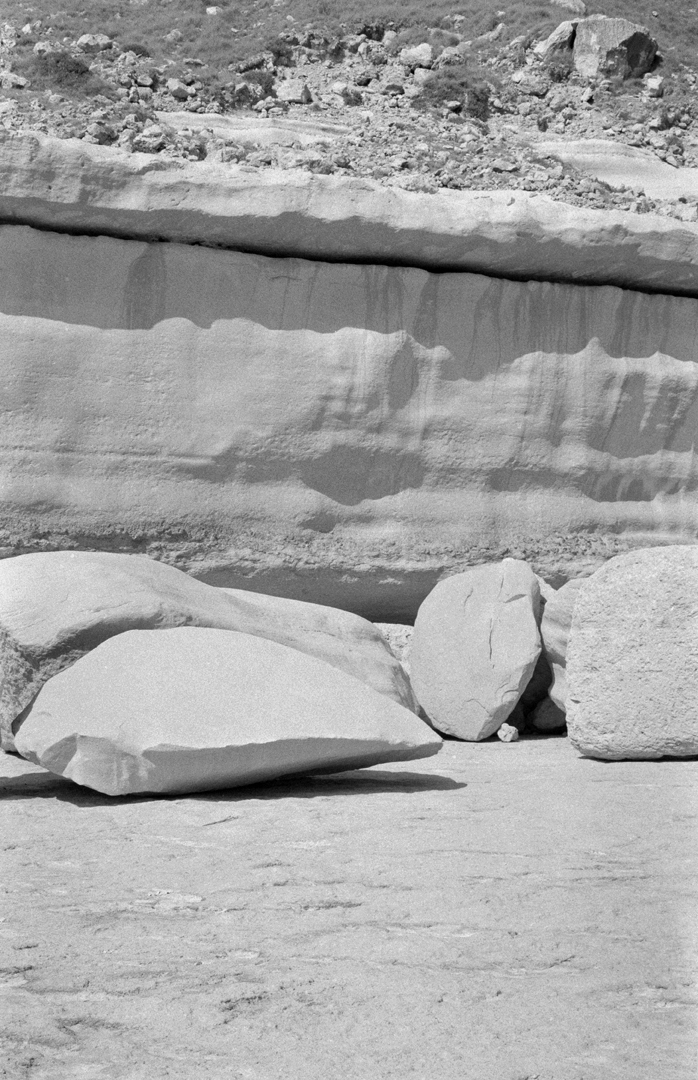

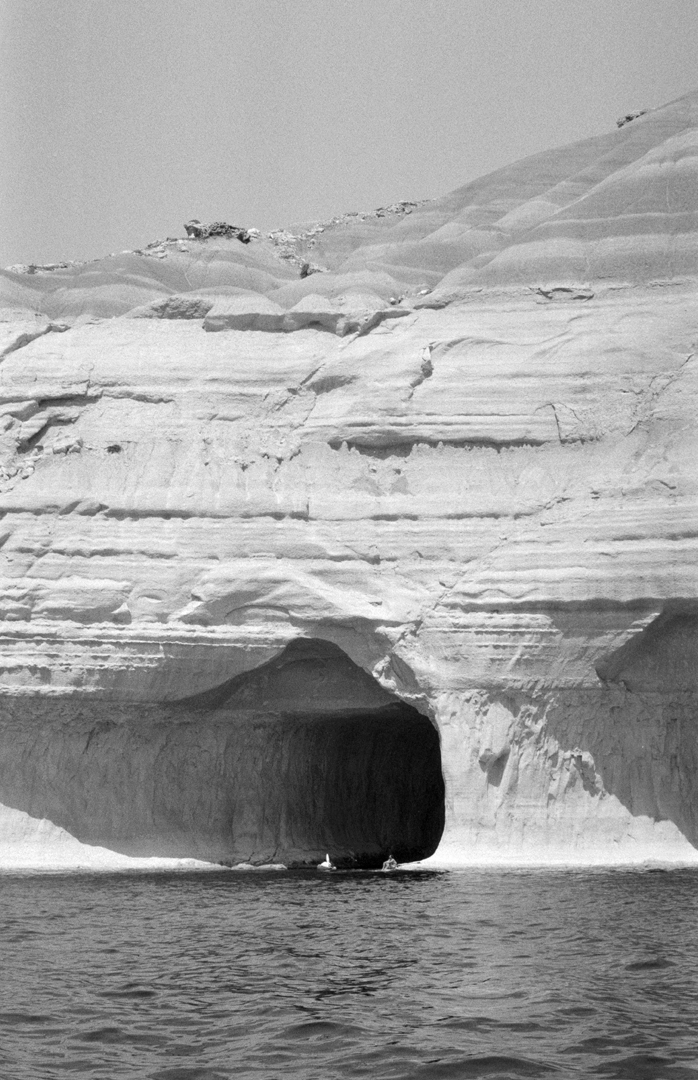
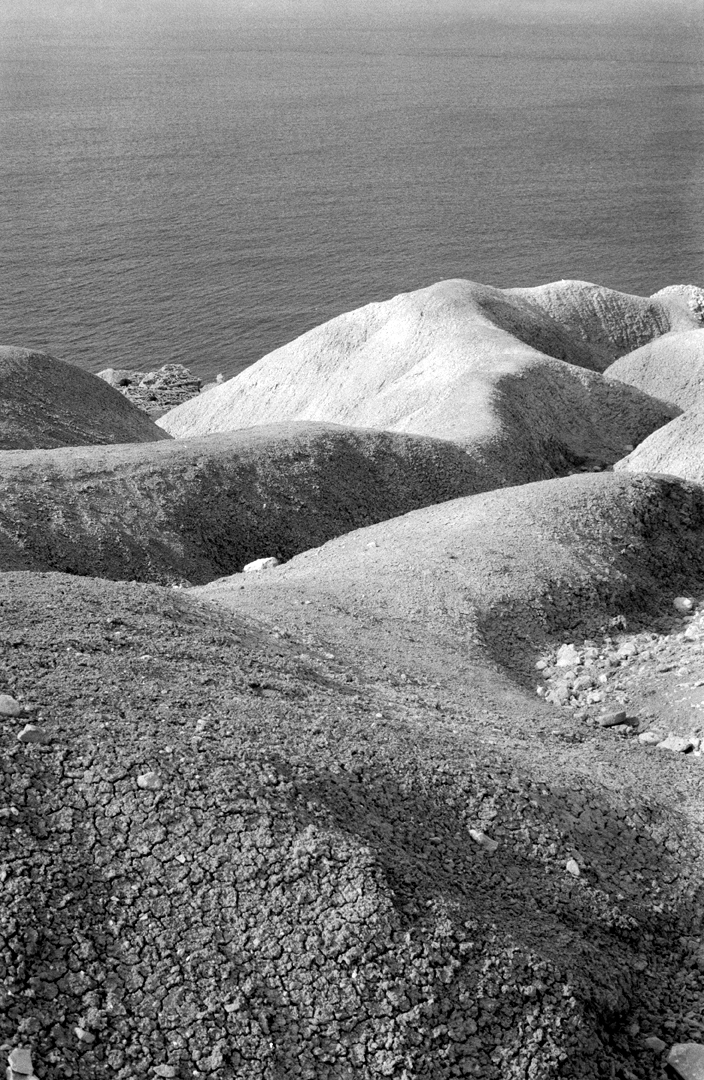
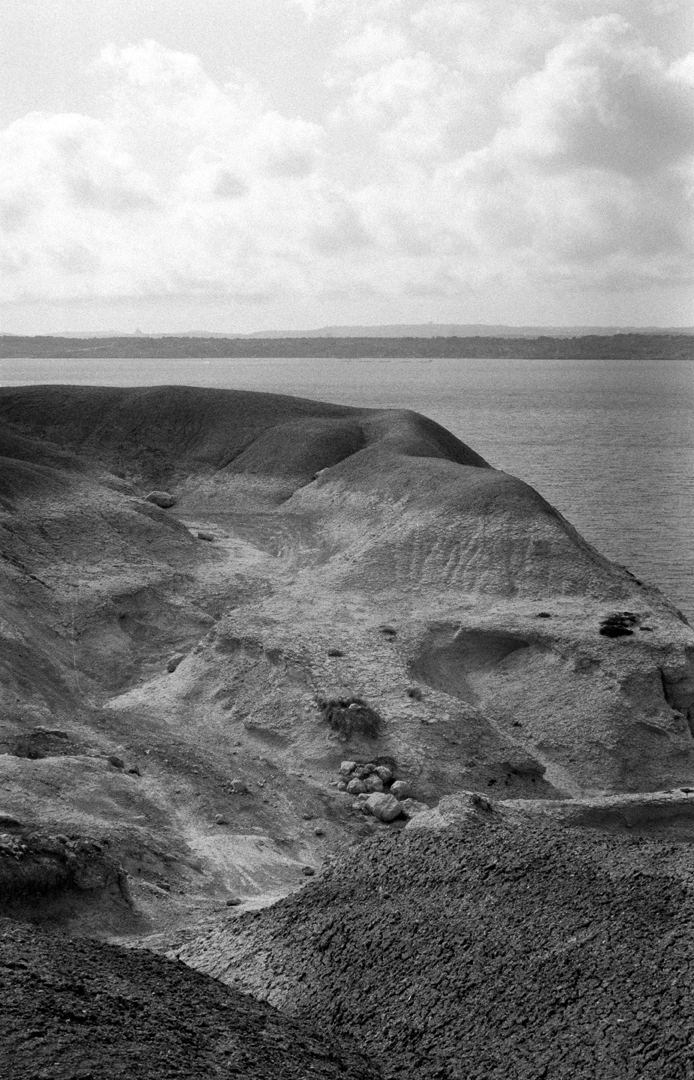

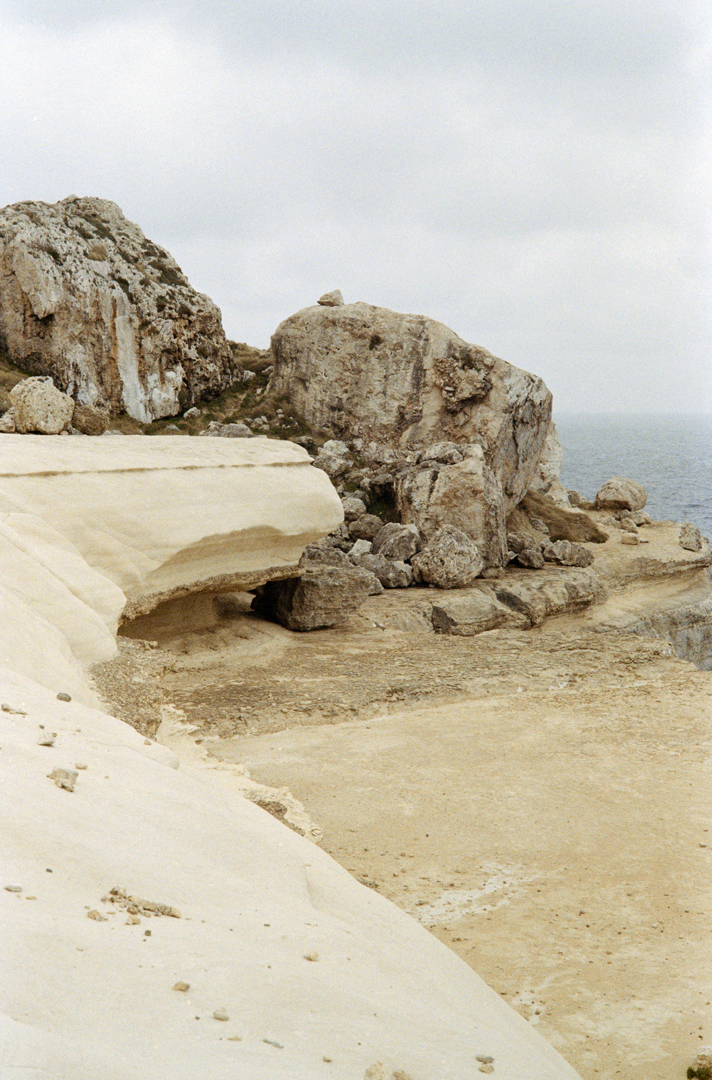
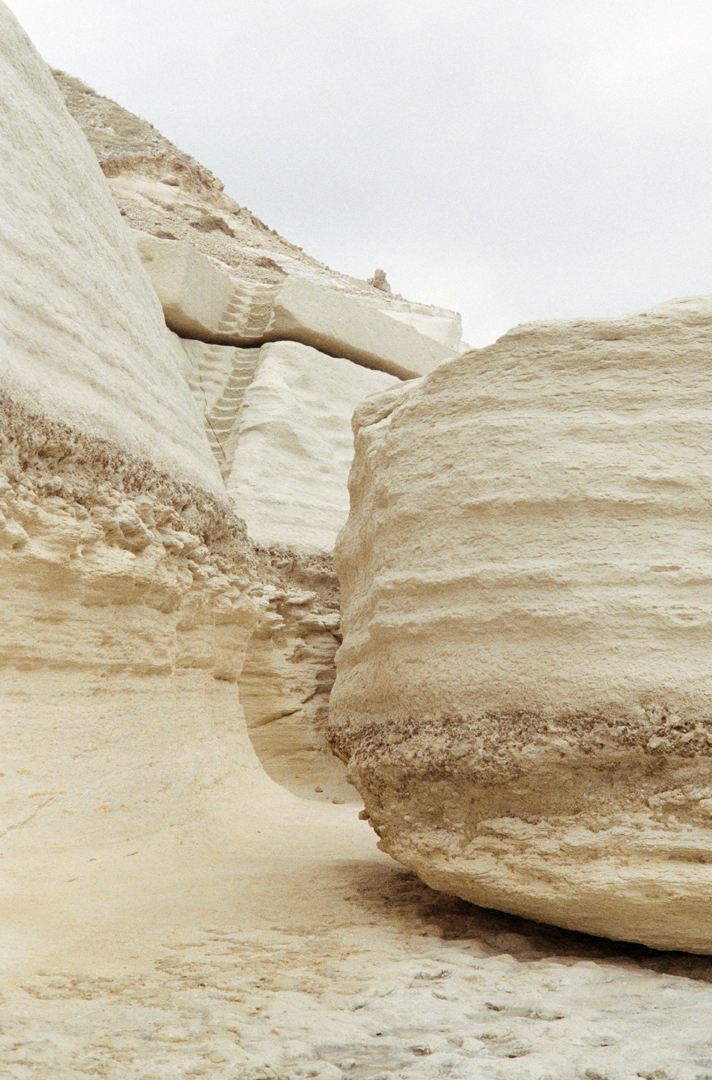
a geological playscape
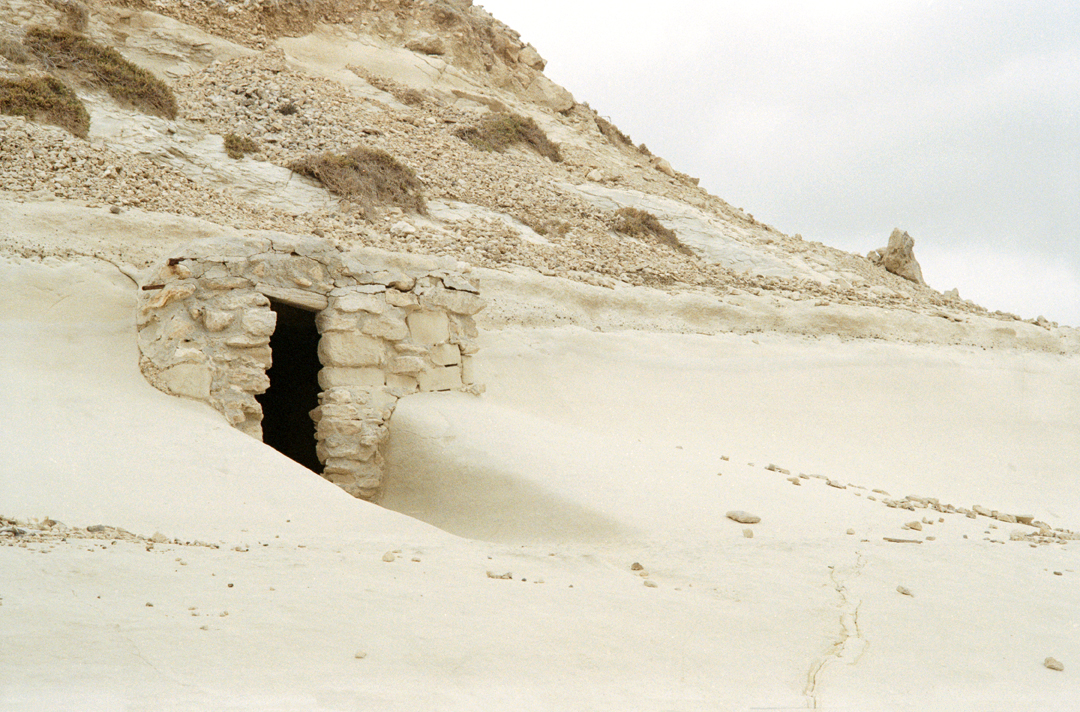

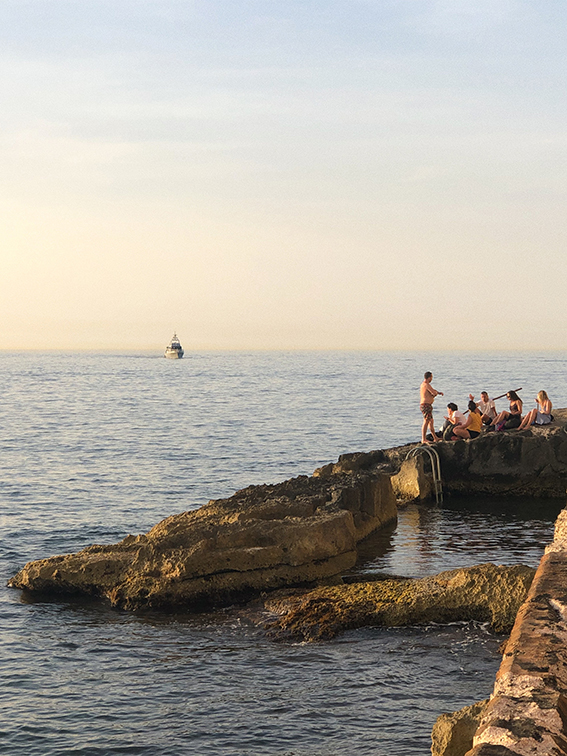



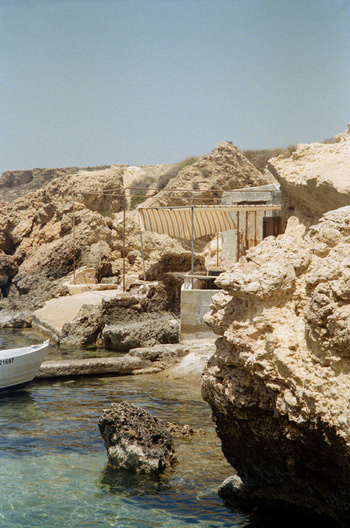

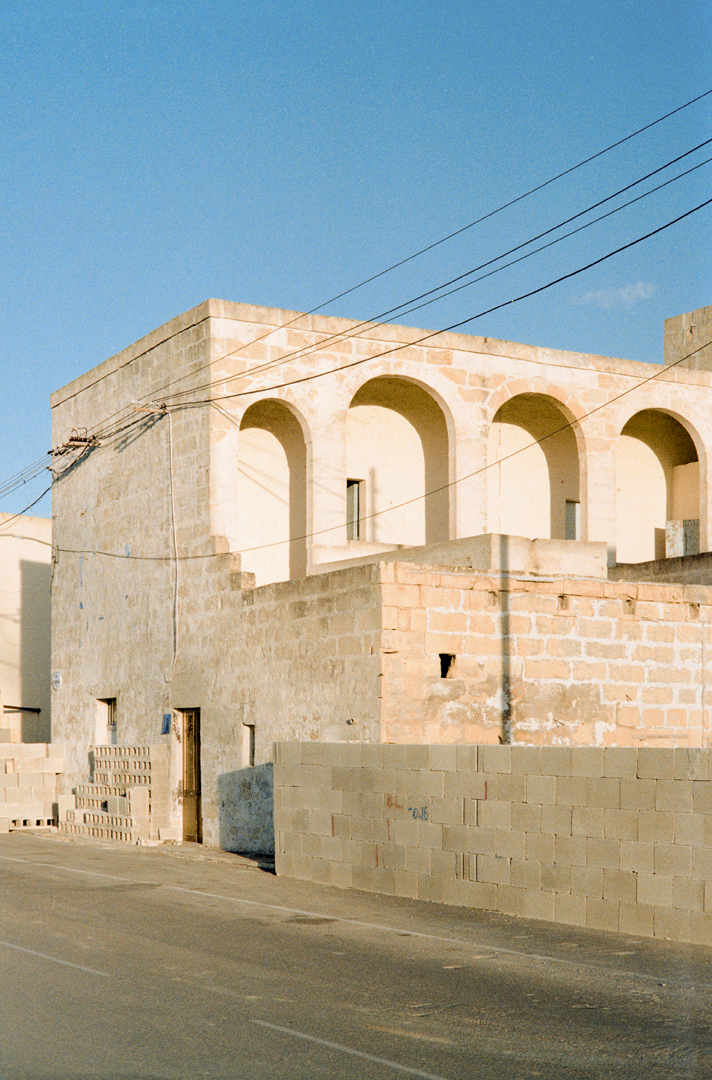
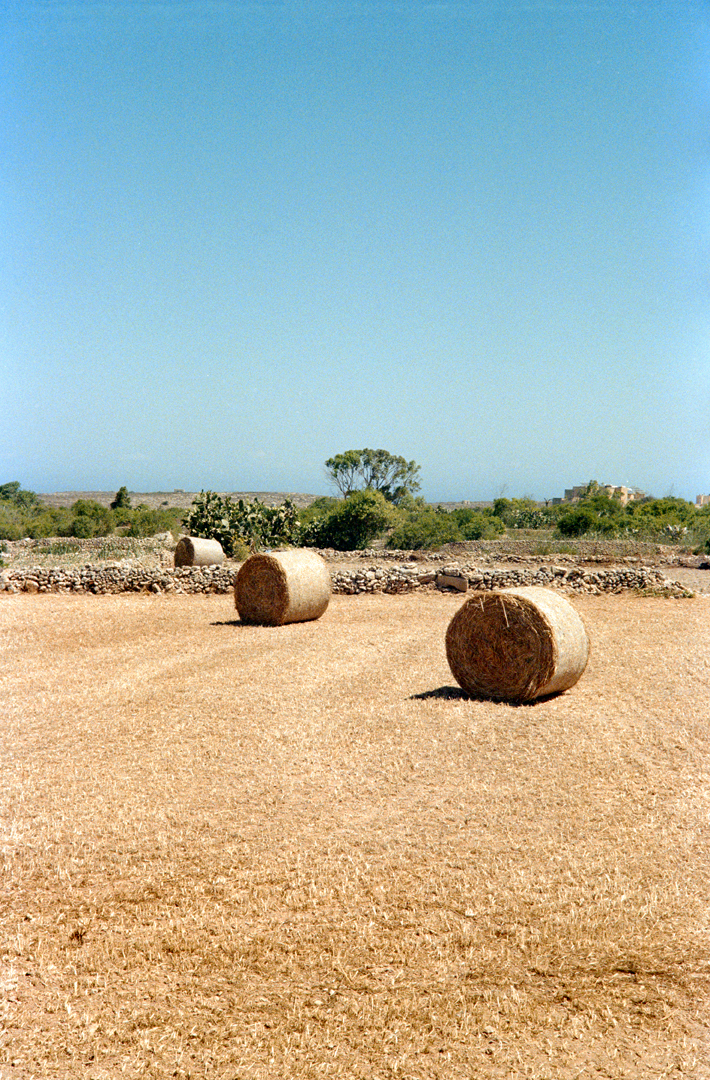
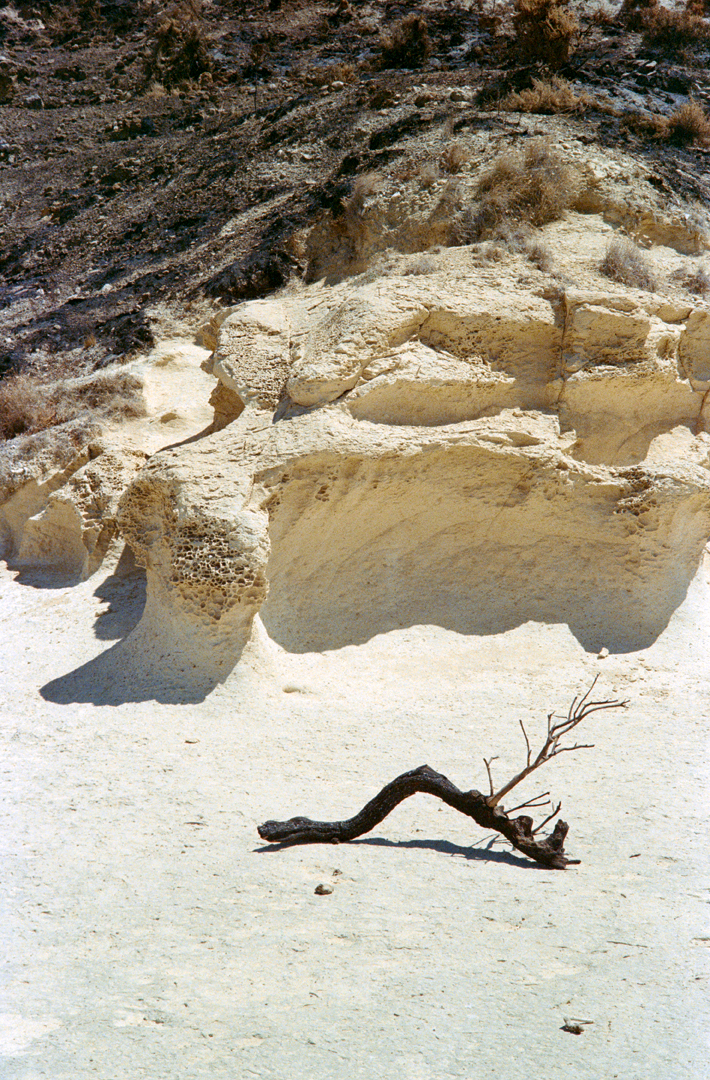


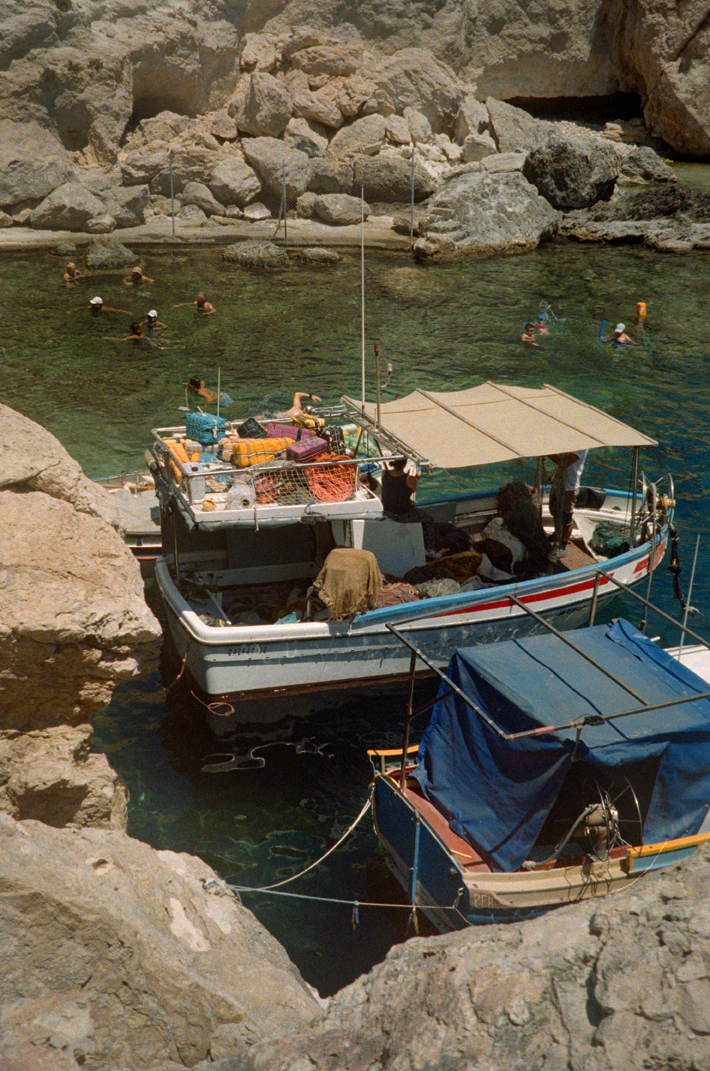
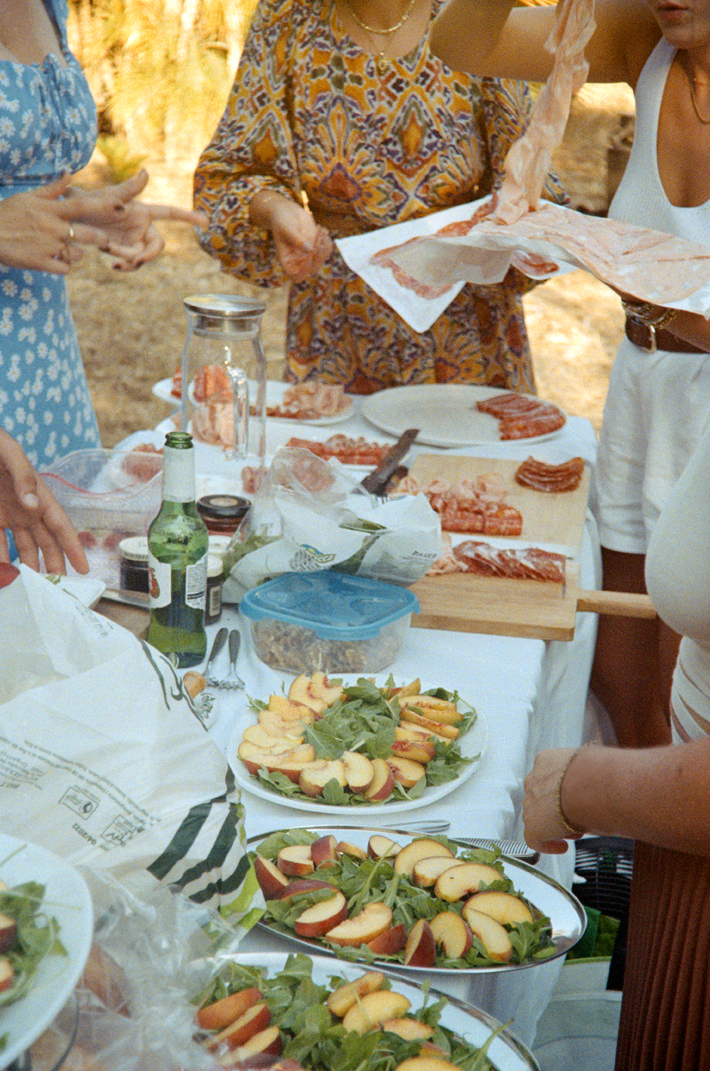
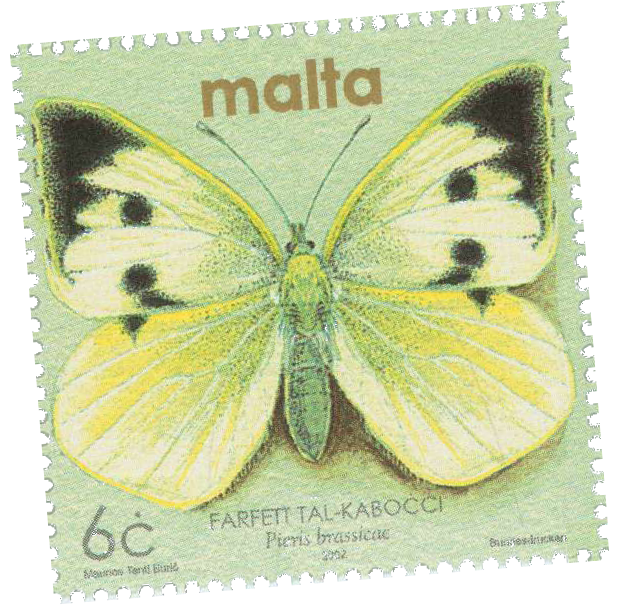



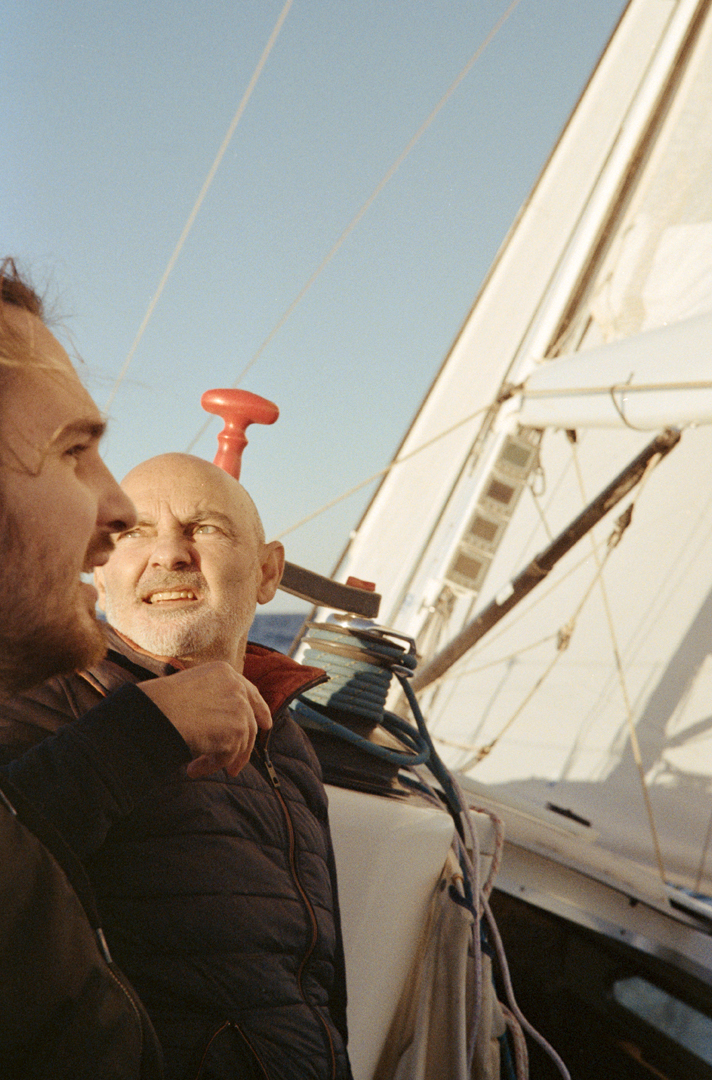


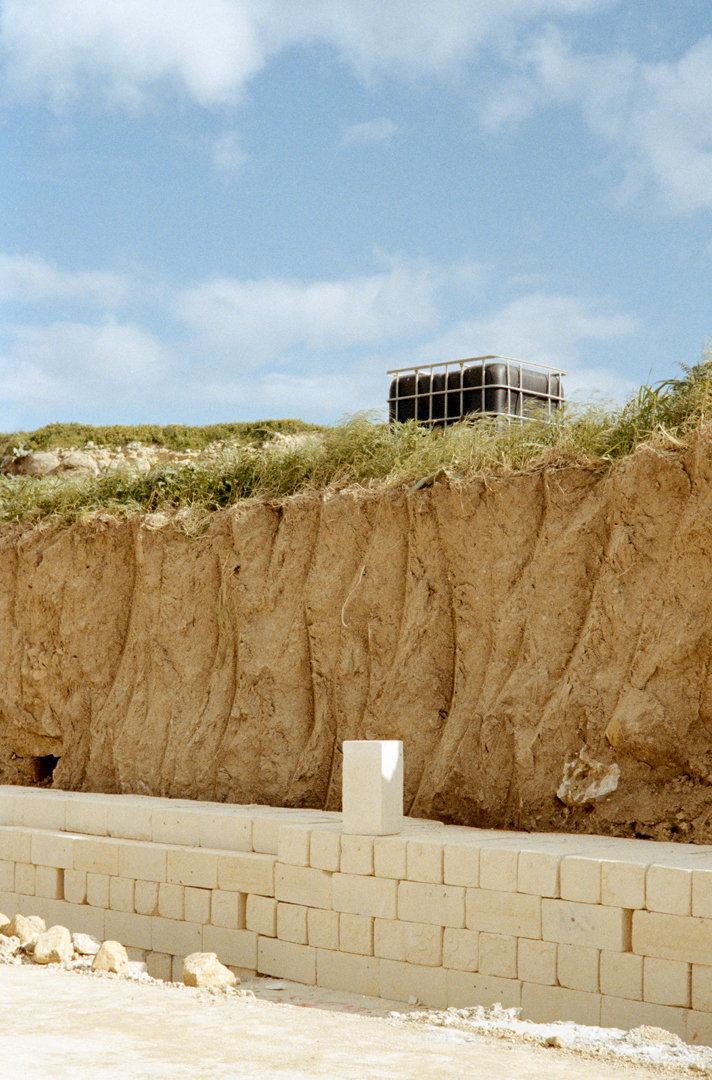
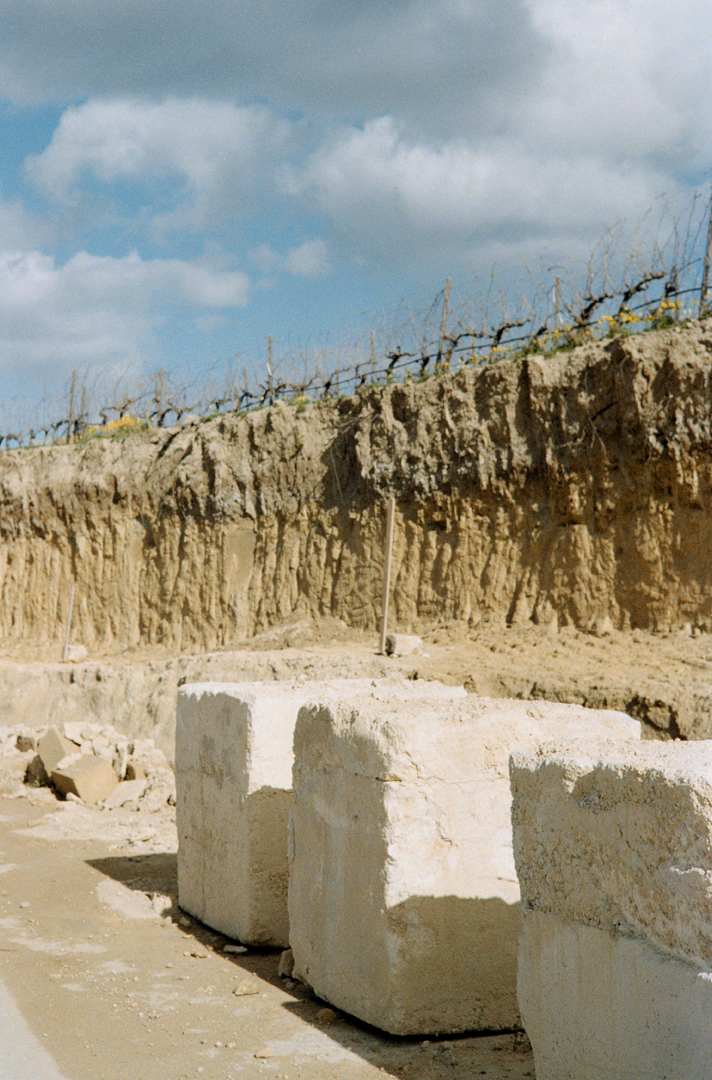
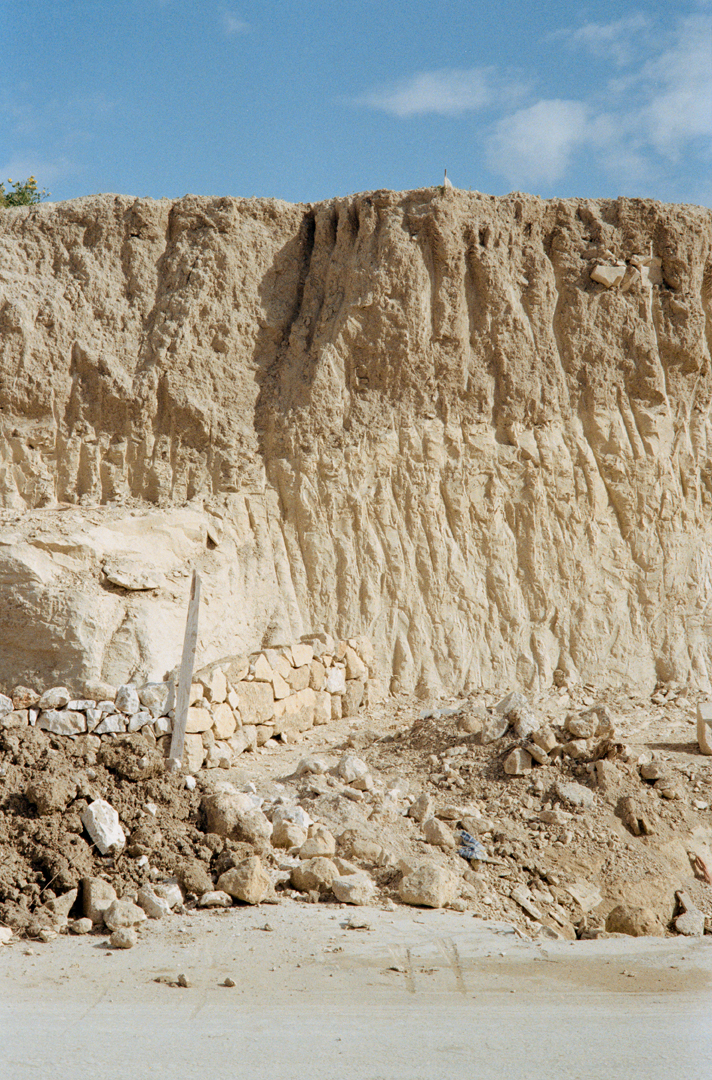

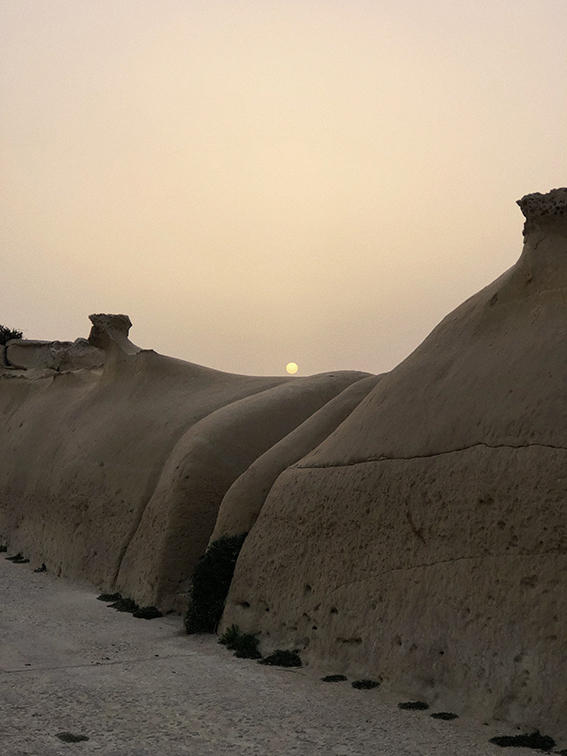
dust settles upon a lunar landscape
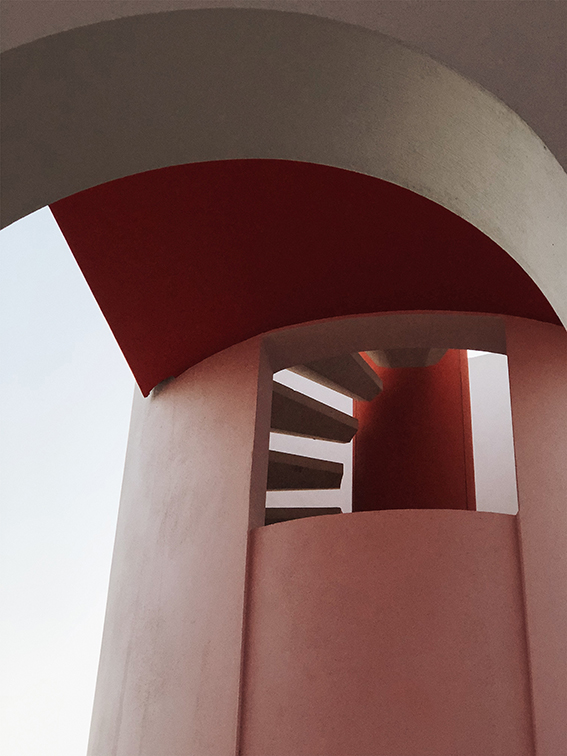



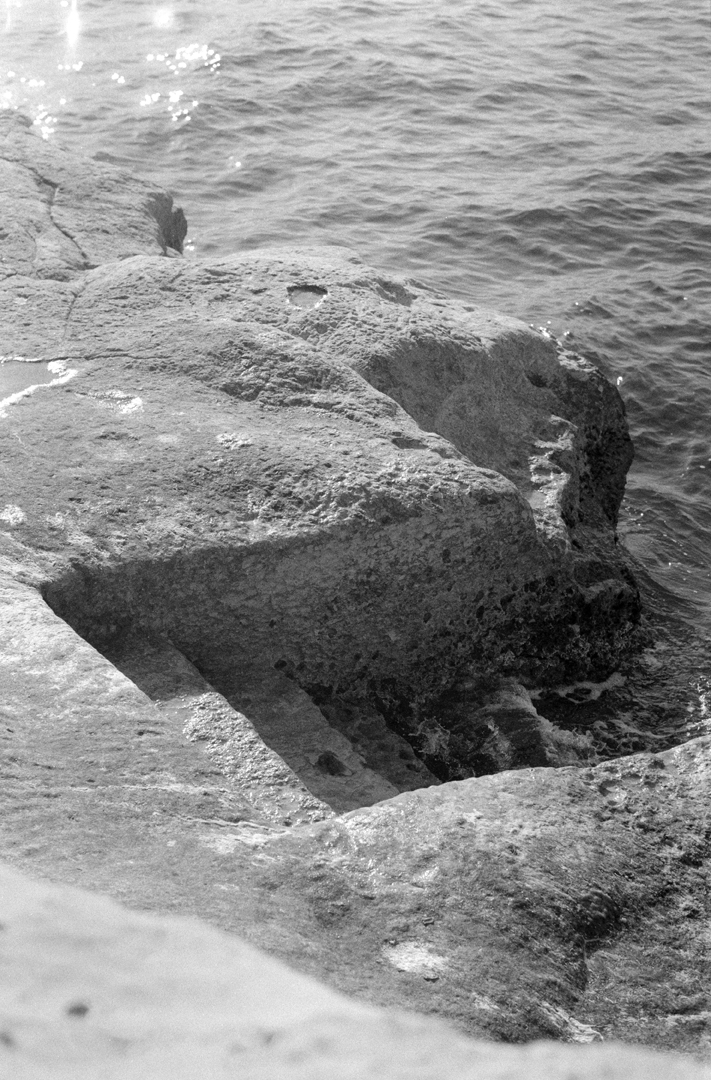
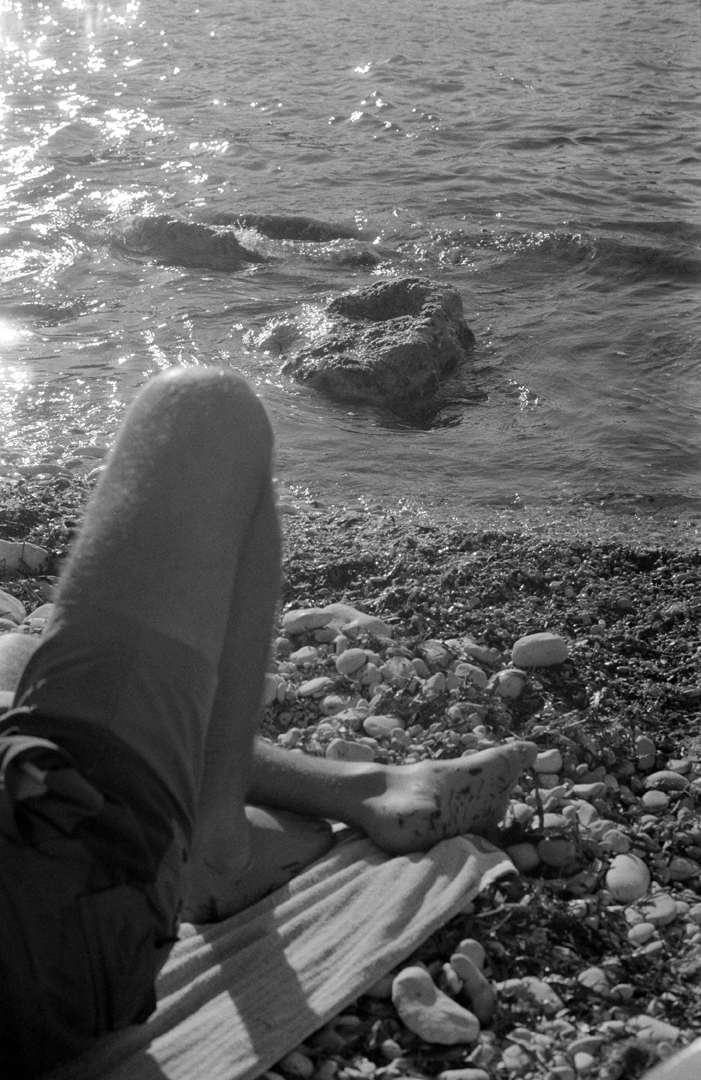
glittering seas
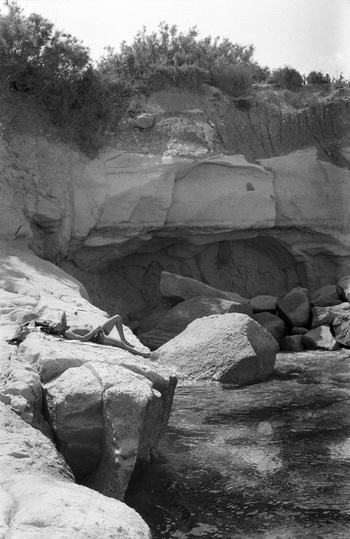
2021
looking for patterns in a scattered landscape
weaving new narratives from the disparate fragments left behind... it was the age of uncertainty, things changed slowly then all at once. we could all sense a new era on the horizon; so we distracted ourselves with the task of picking up the pieces, jumbling them up, & trying to form new patterns.
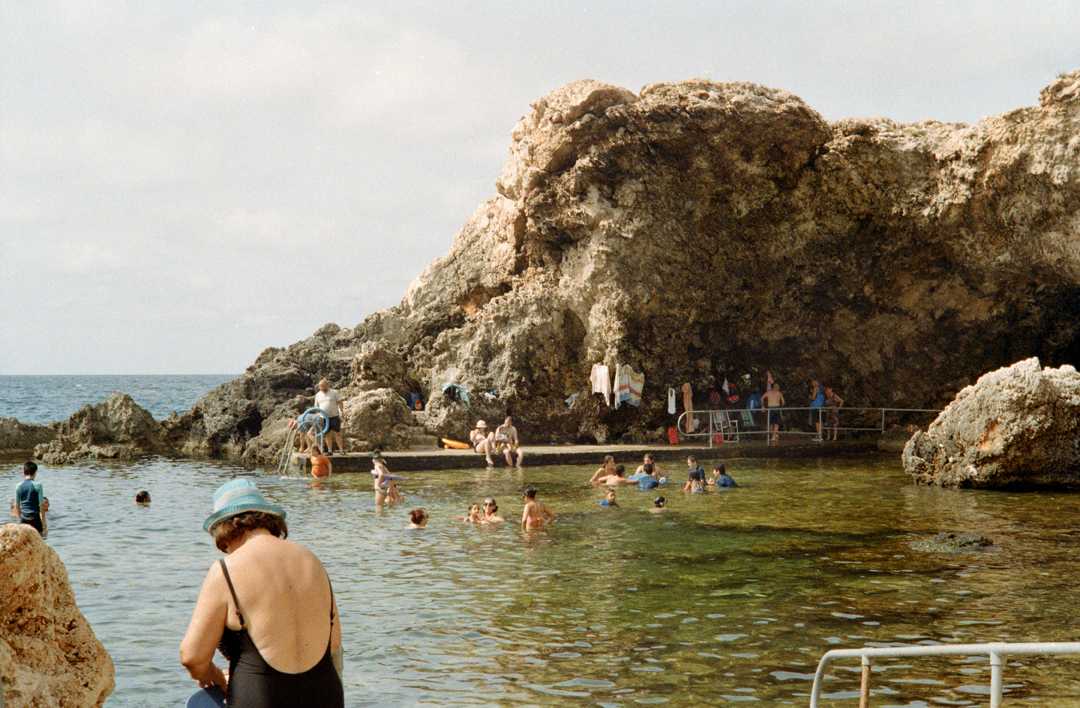
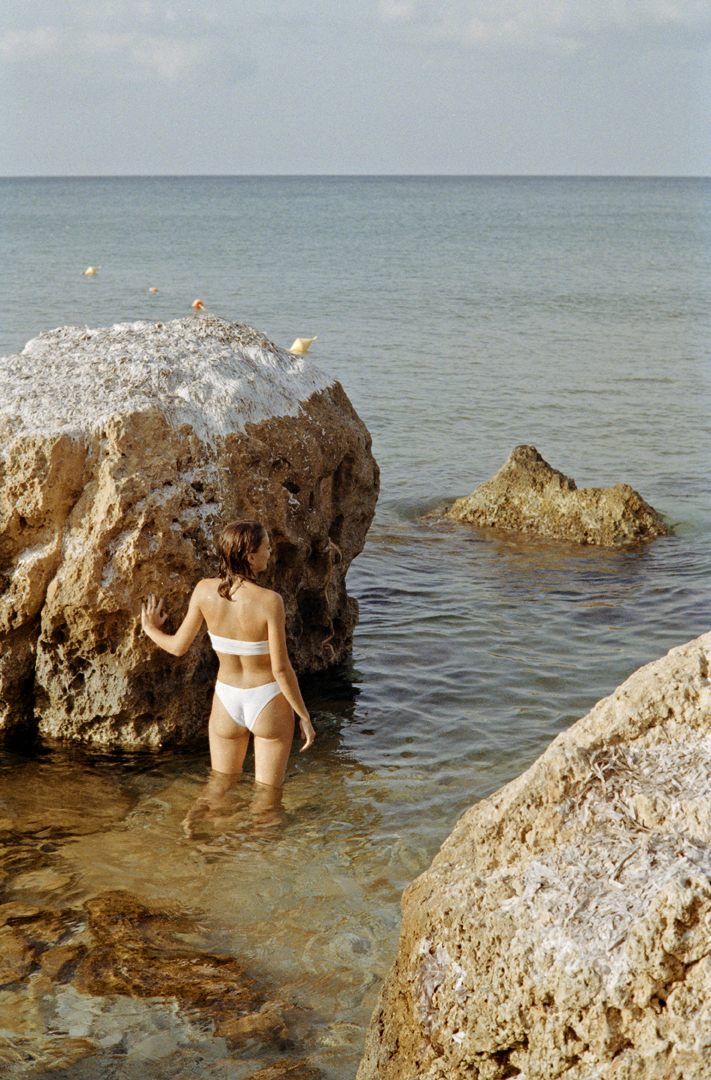
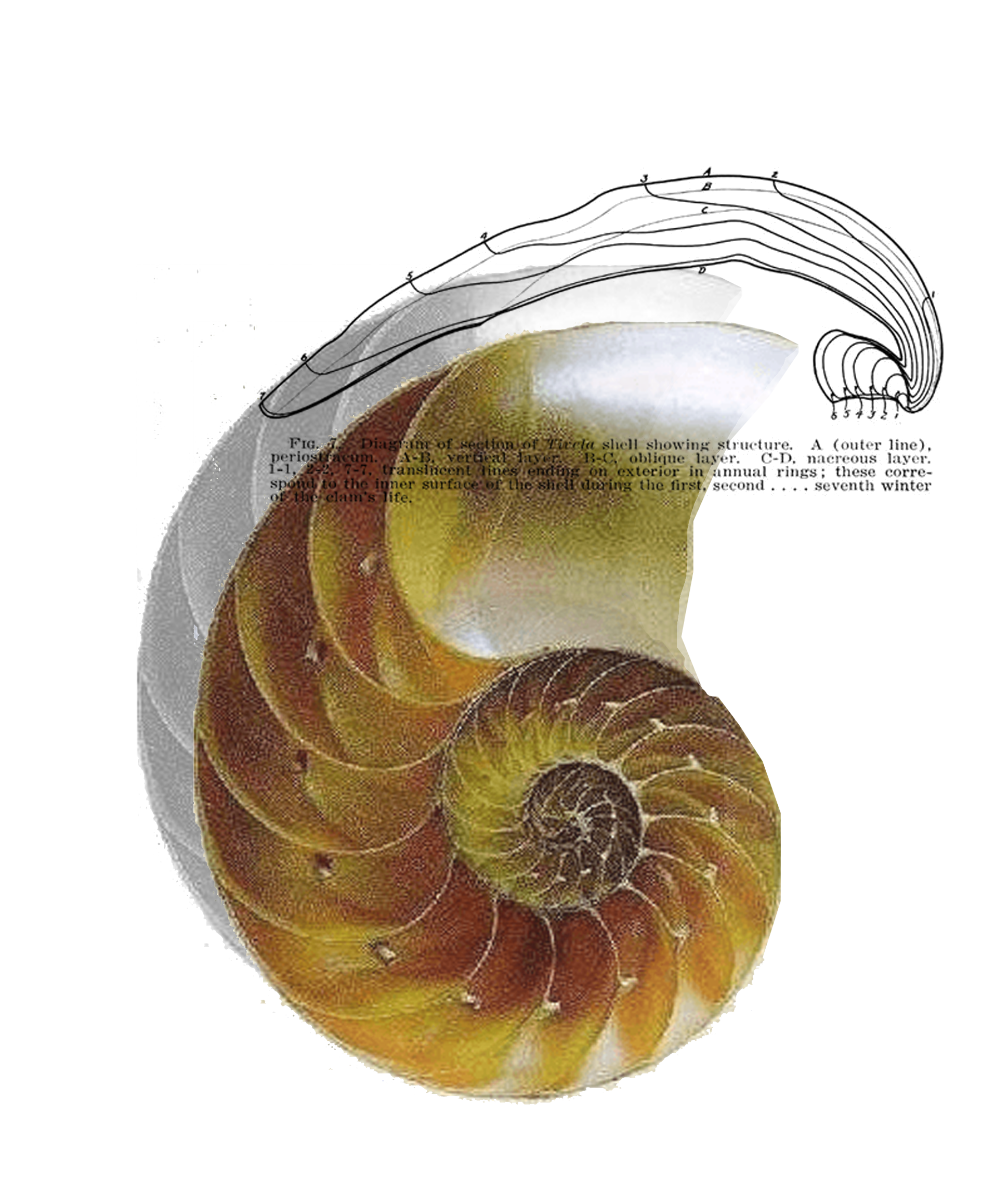

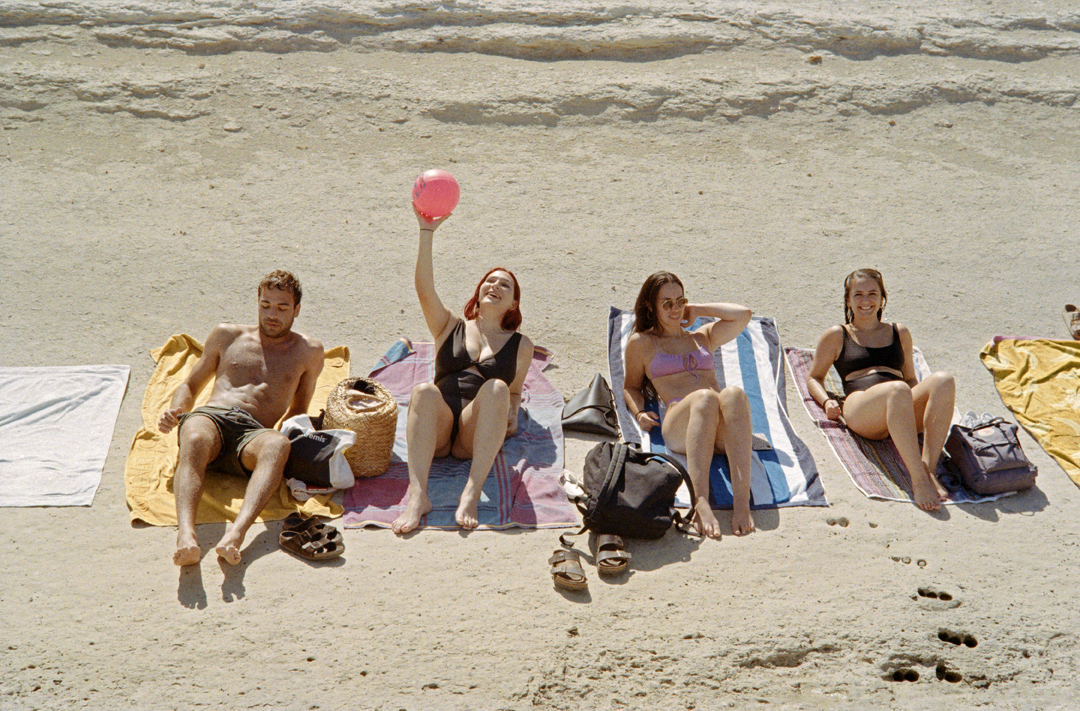
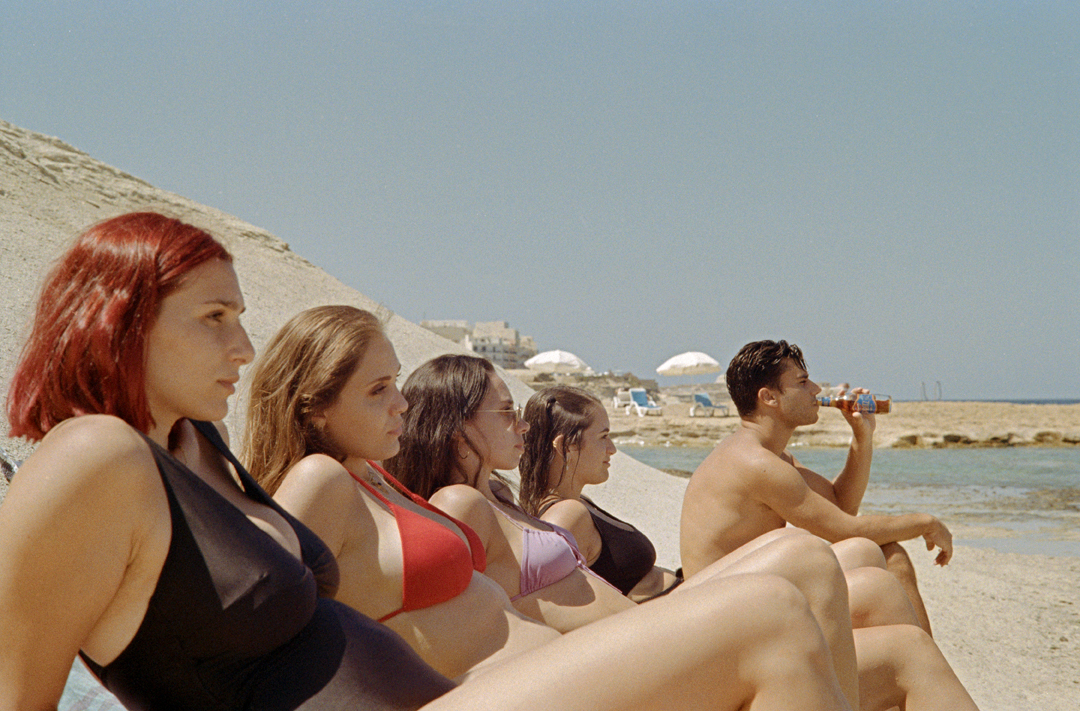
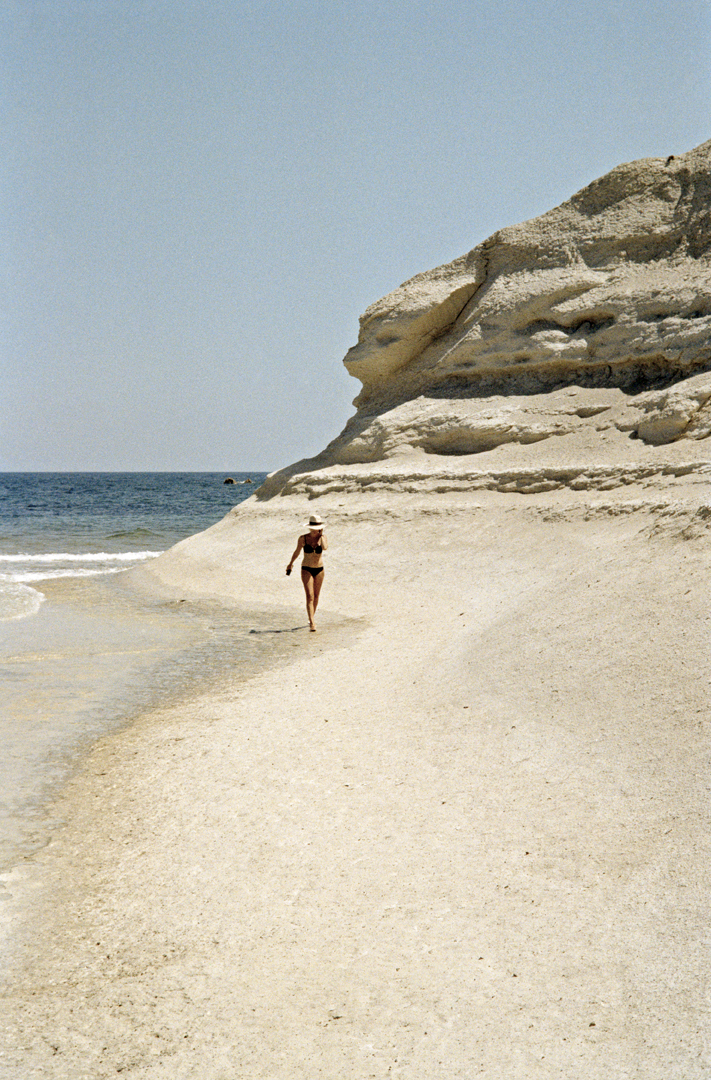
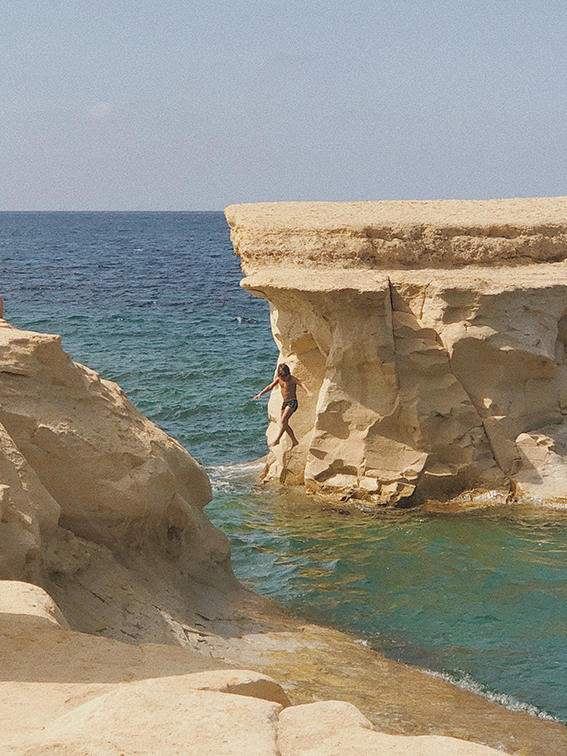


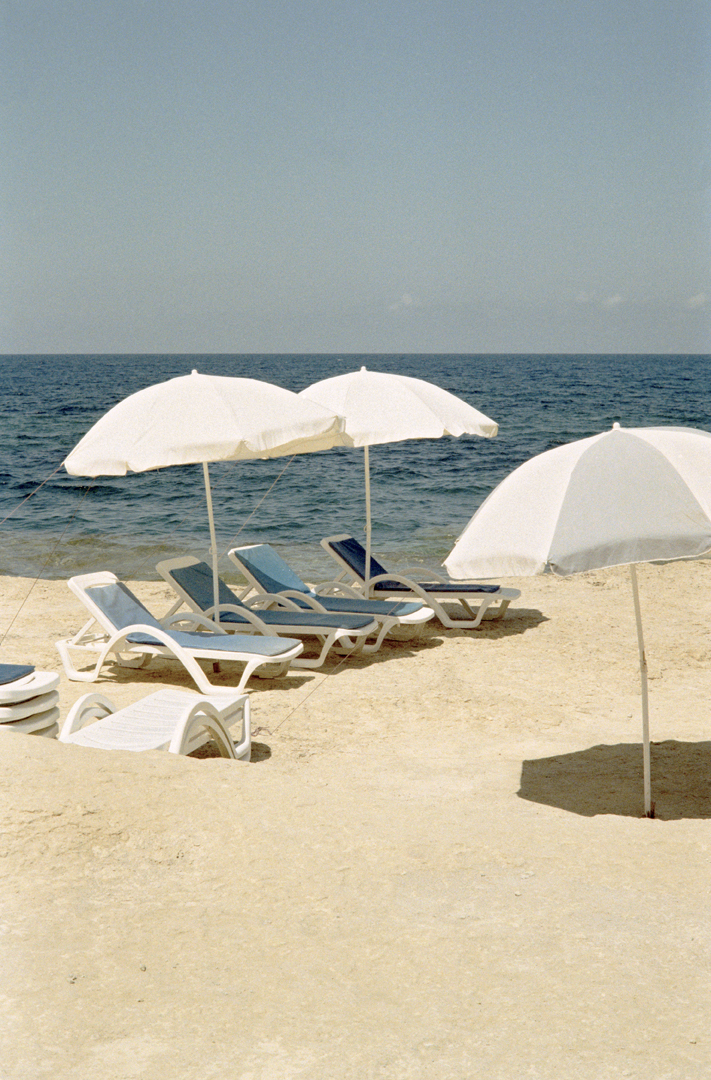
like floating white clouds on the horizon


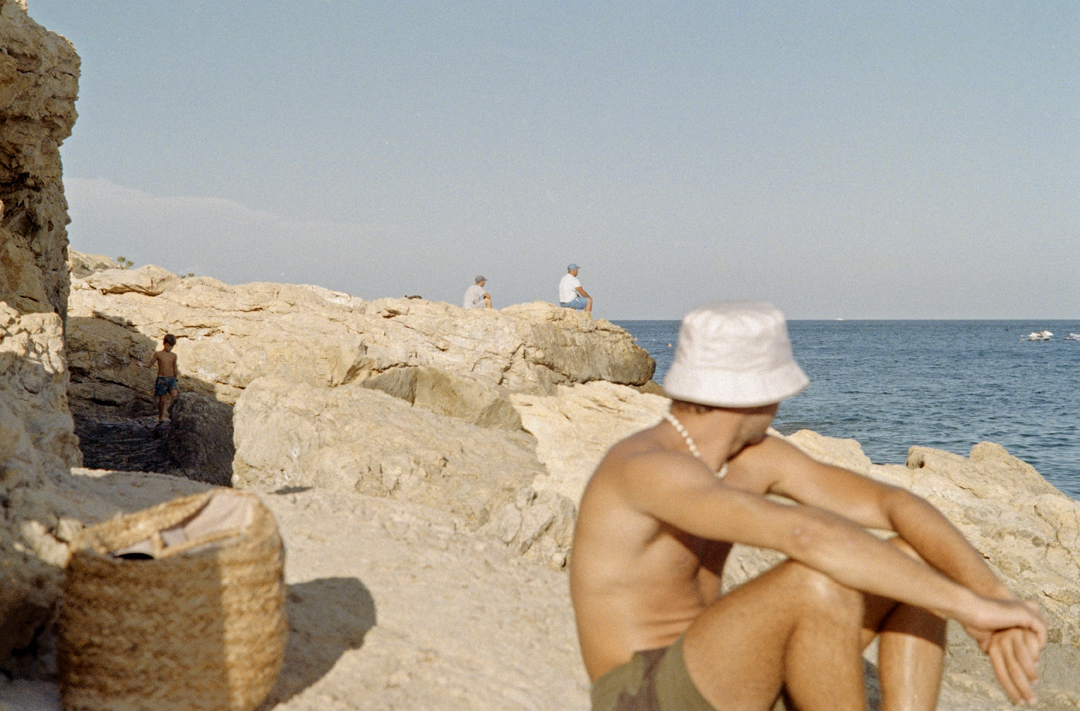
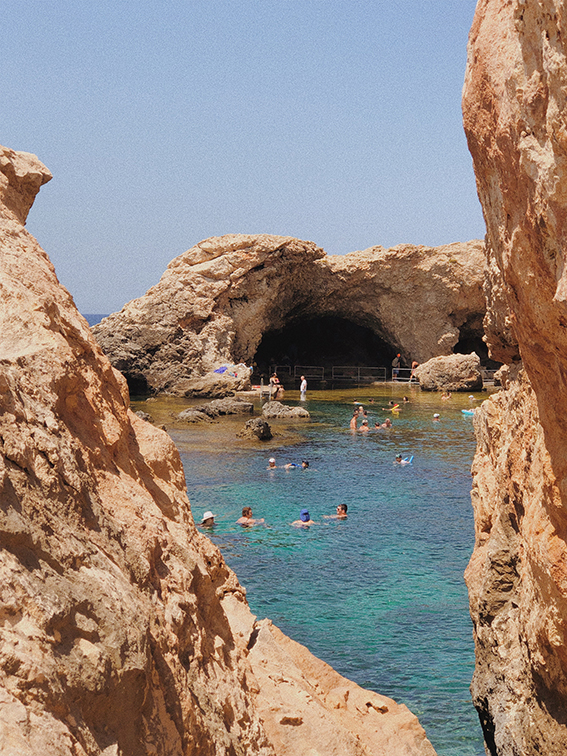
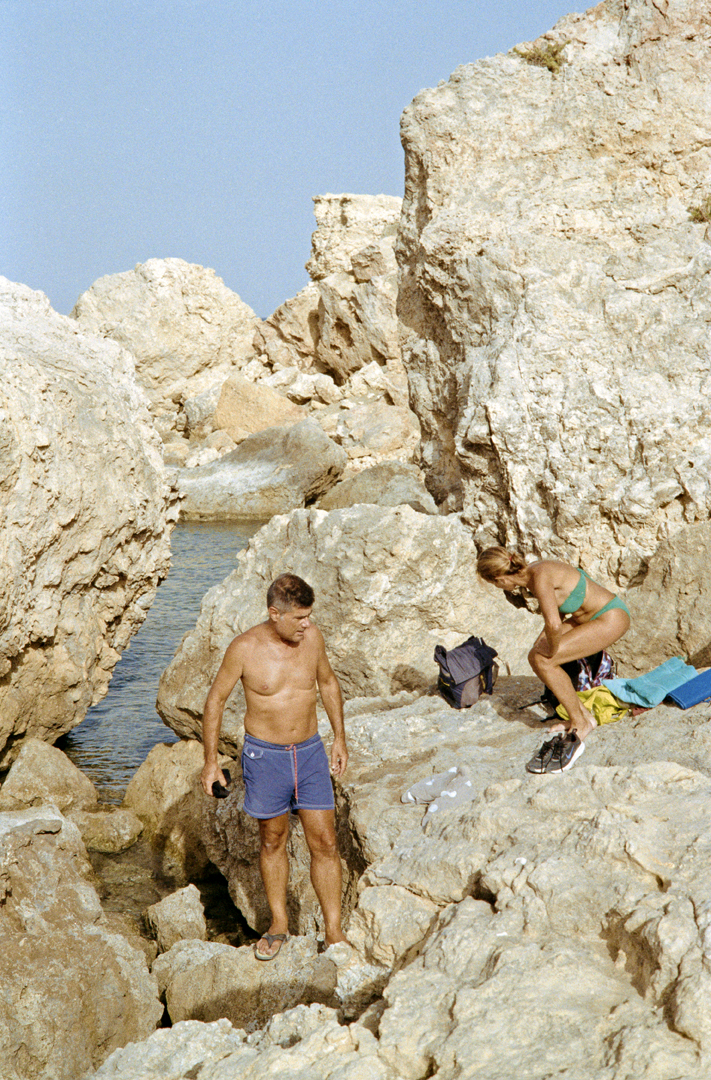
sirens who grew legs & climbed ashore

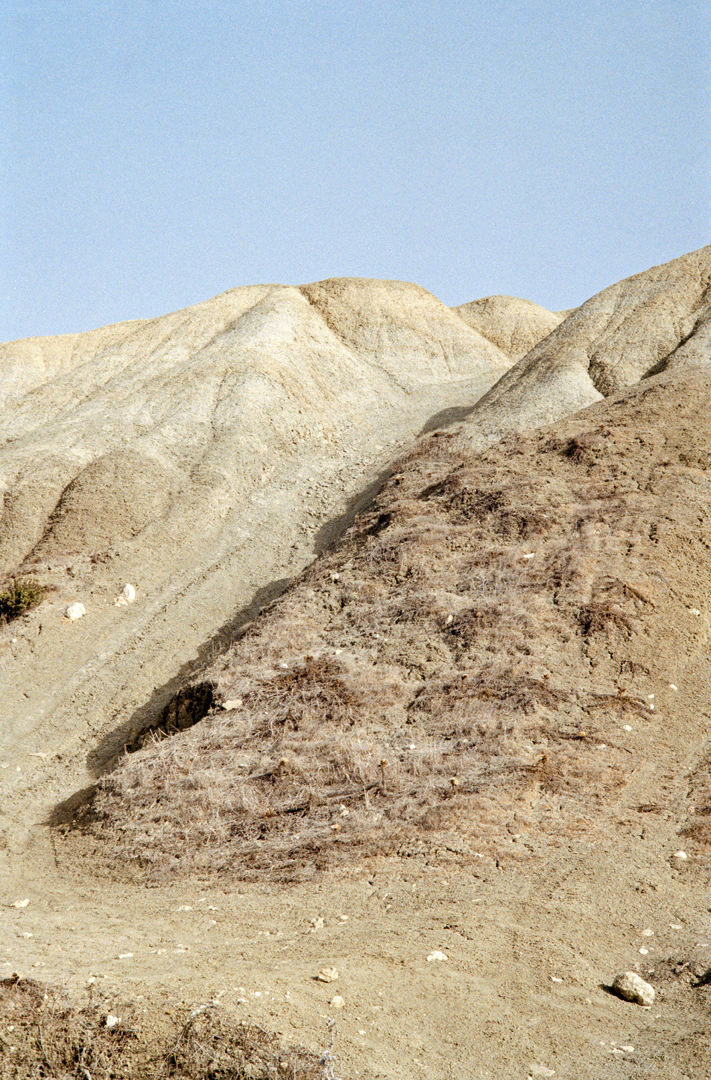
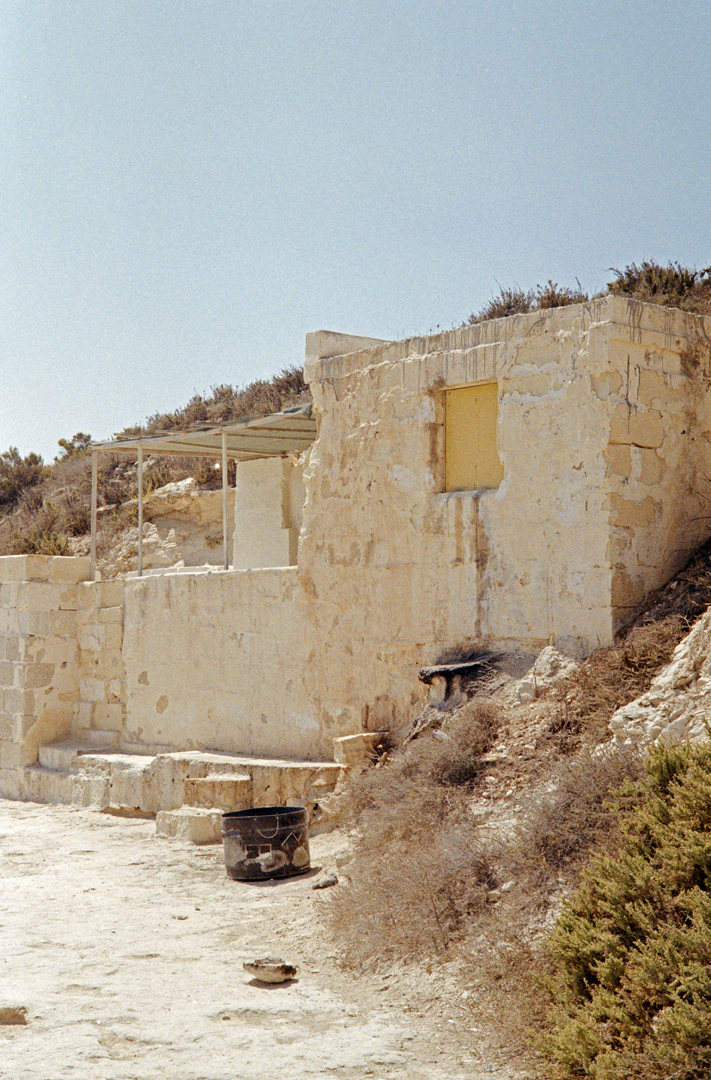

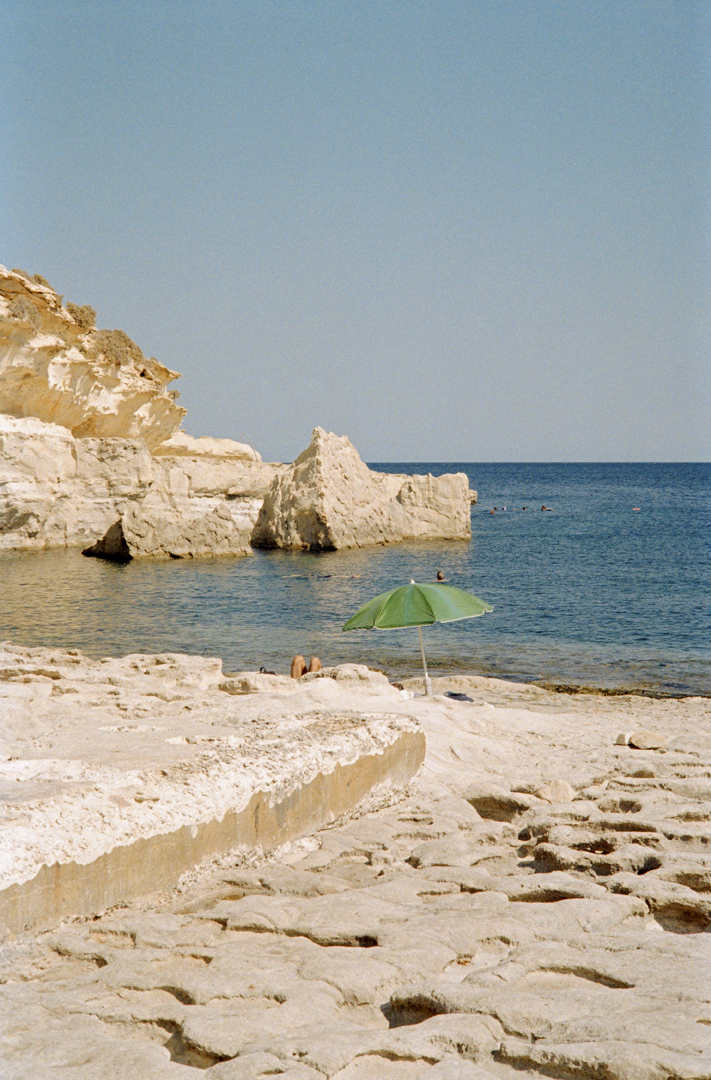

we are made of the same limestone we lie on & the sea we swim in,
their particles forever infused within our bodies
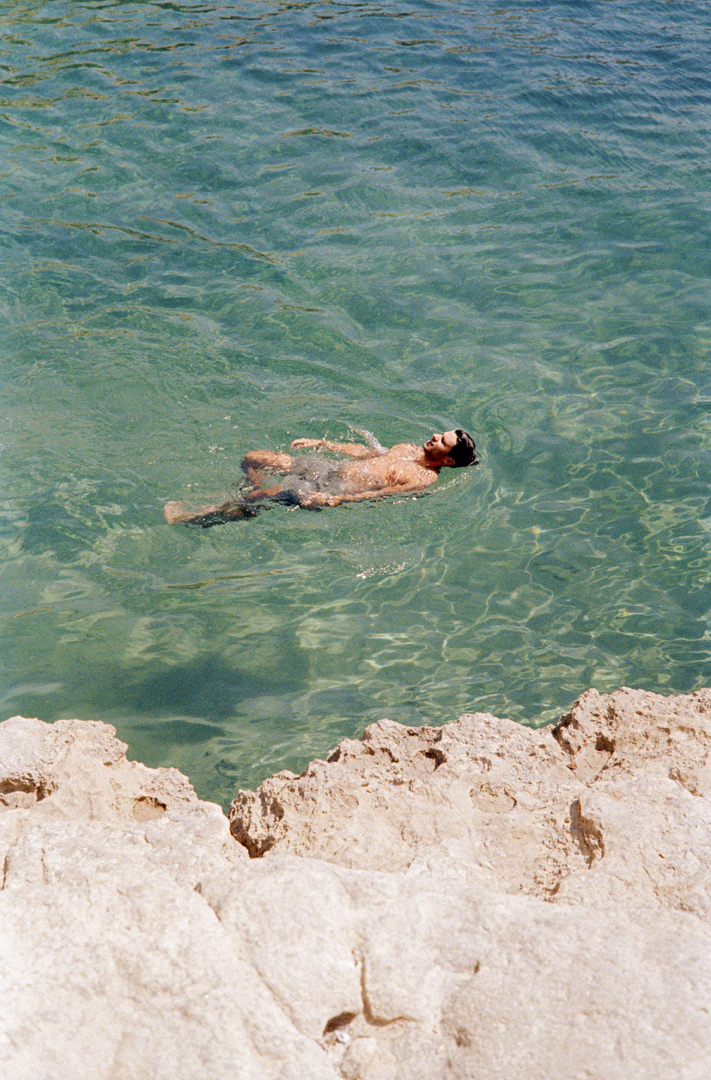

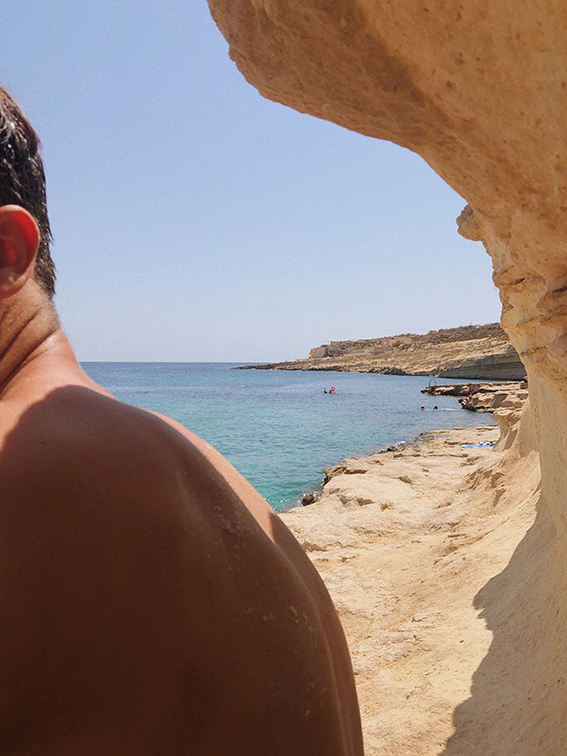
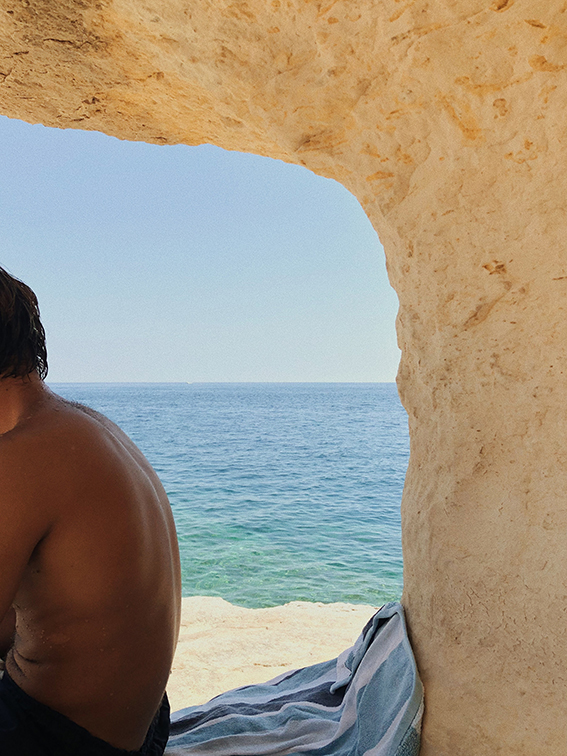
the island which shapes us,
such that we follow the same curves






the jagged edges of the island
are continuously slipping from under our feet
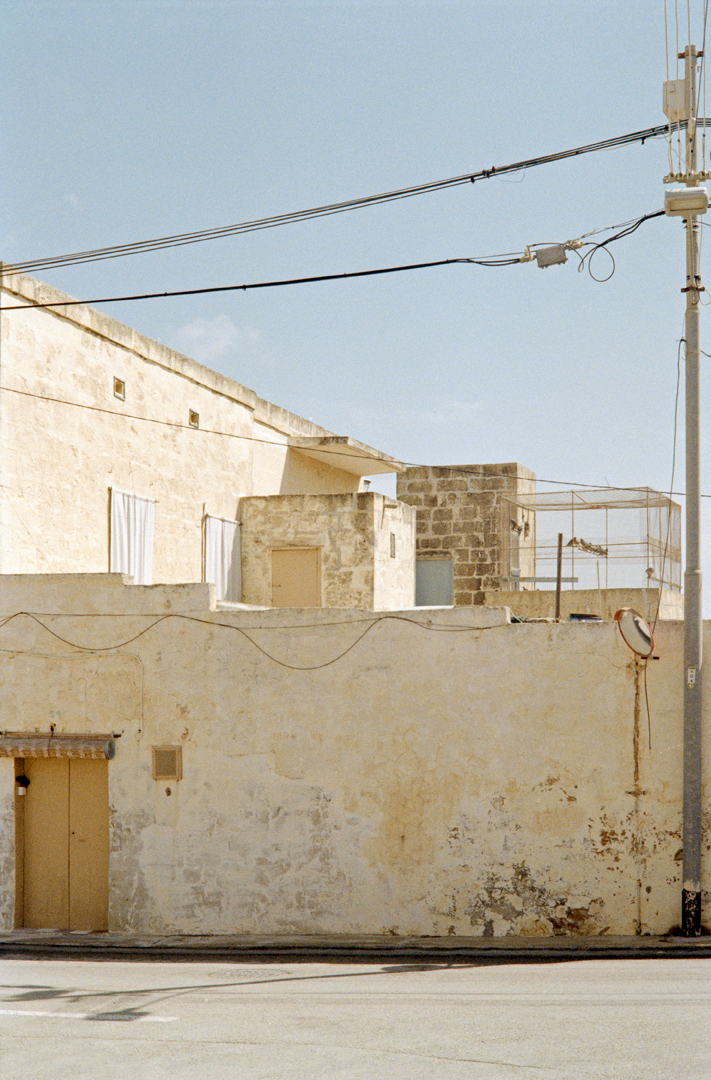
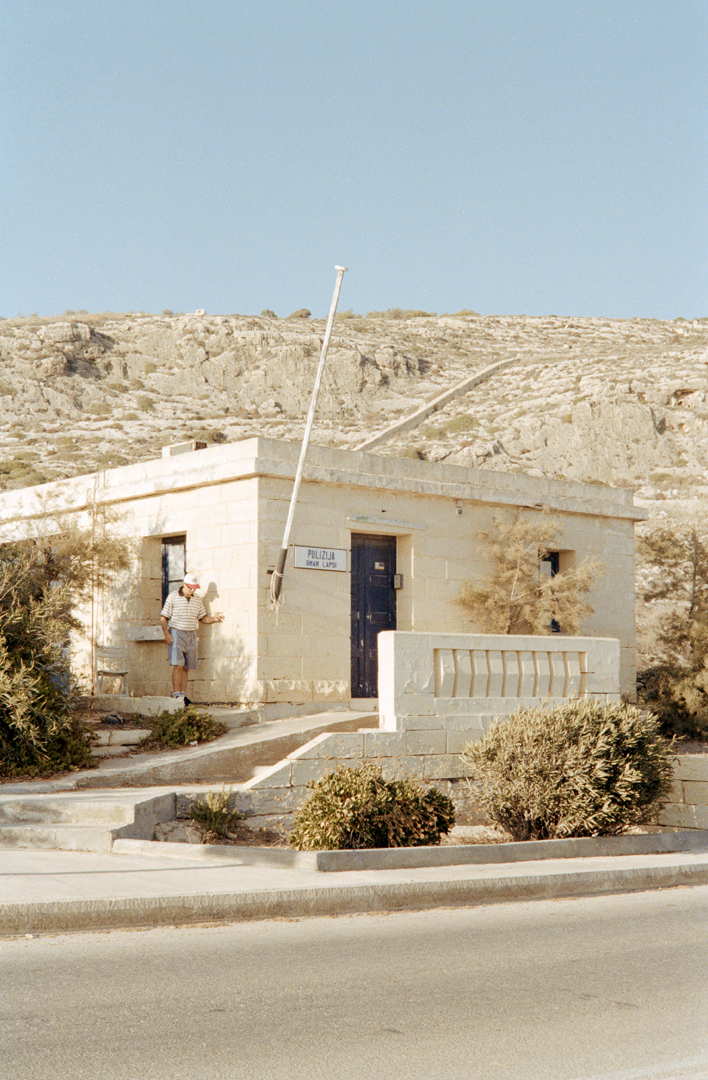

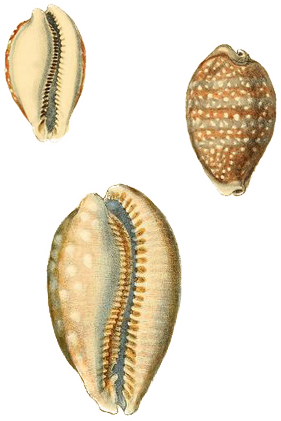
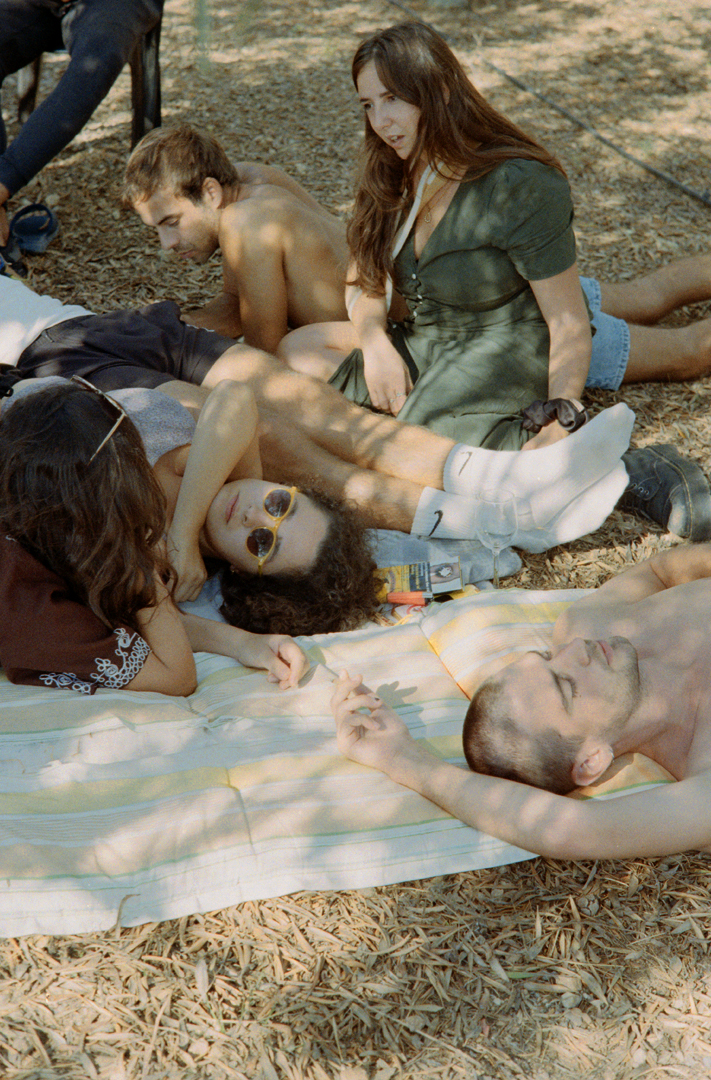
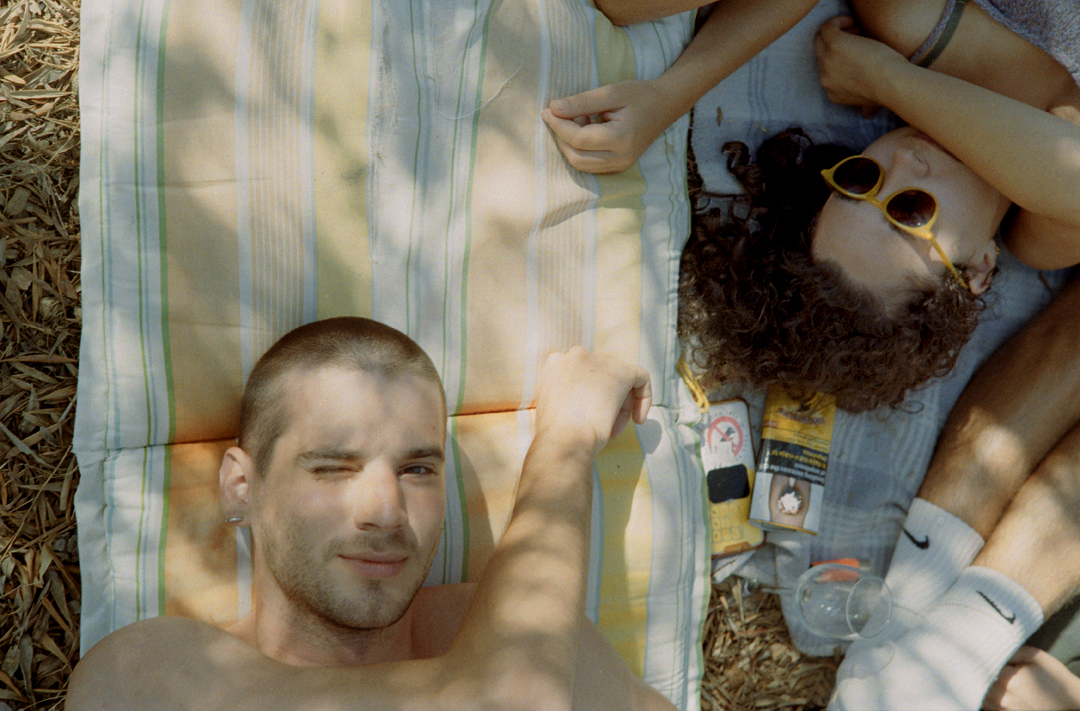
wrapped in dappled sunlight as we lay beneath the olive tree branches
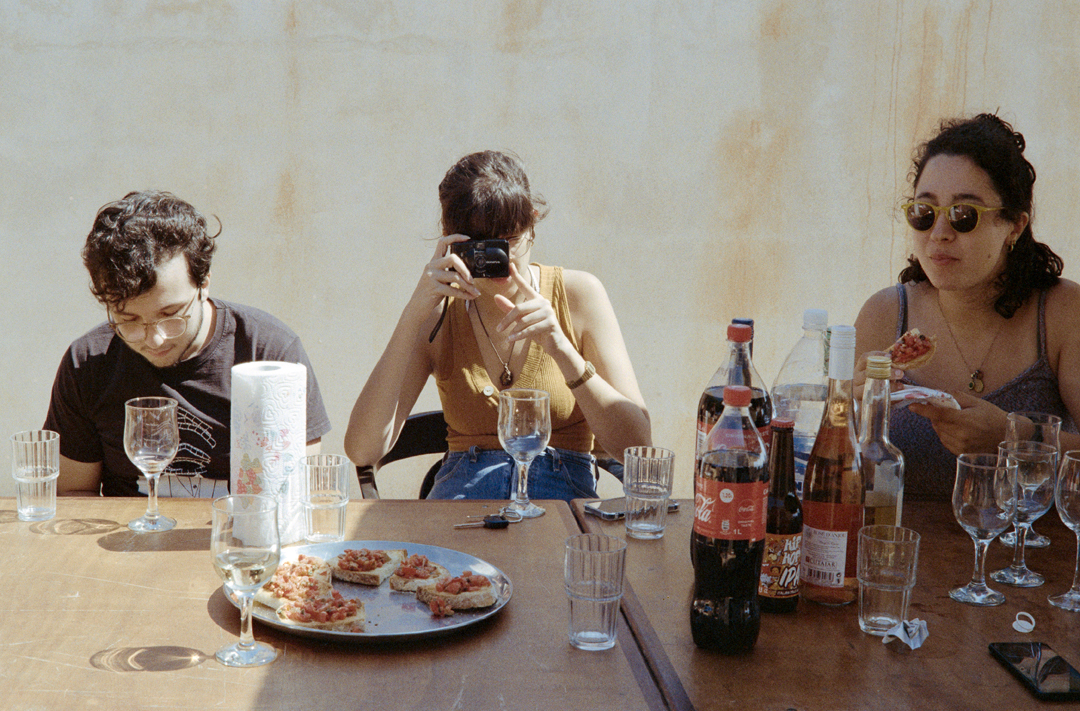

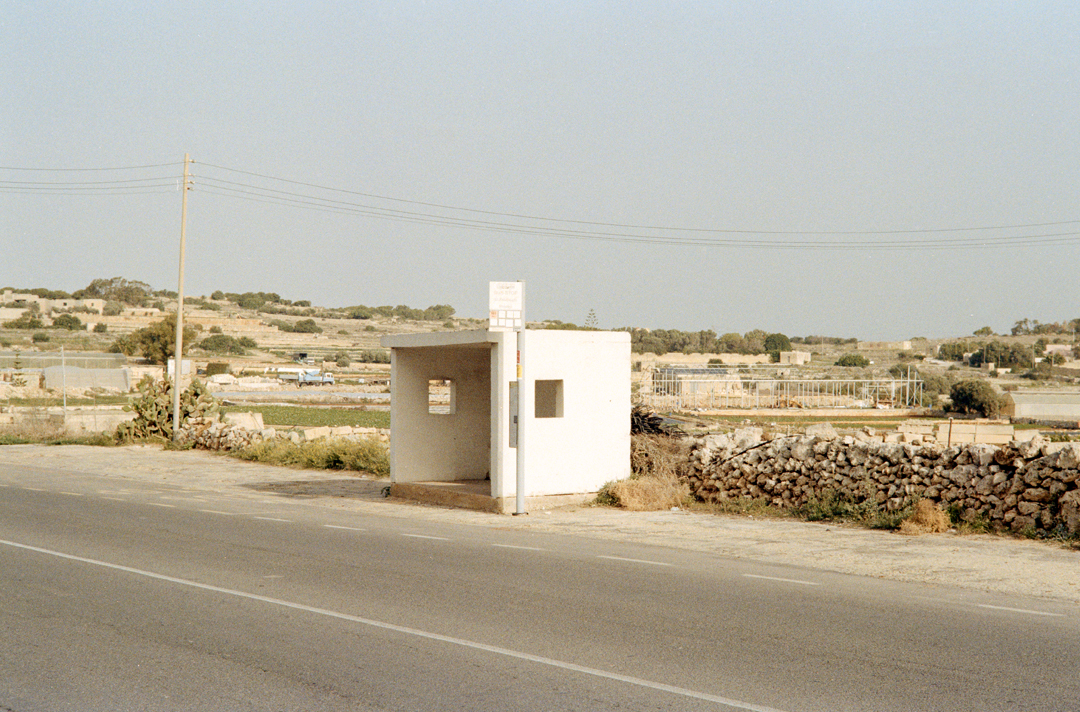
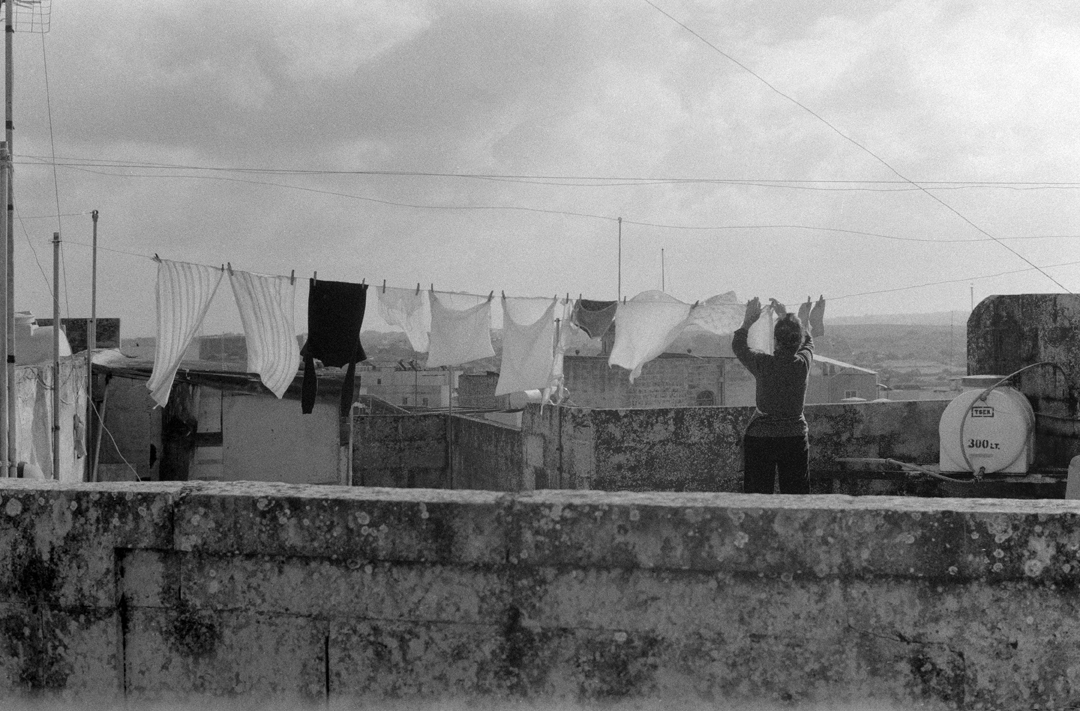


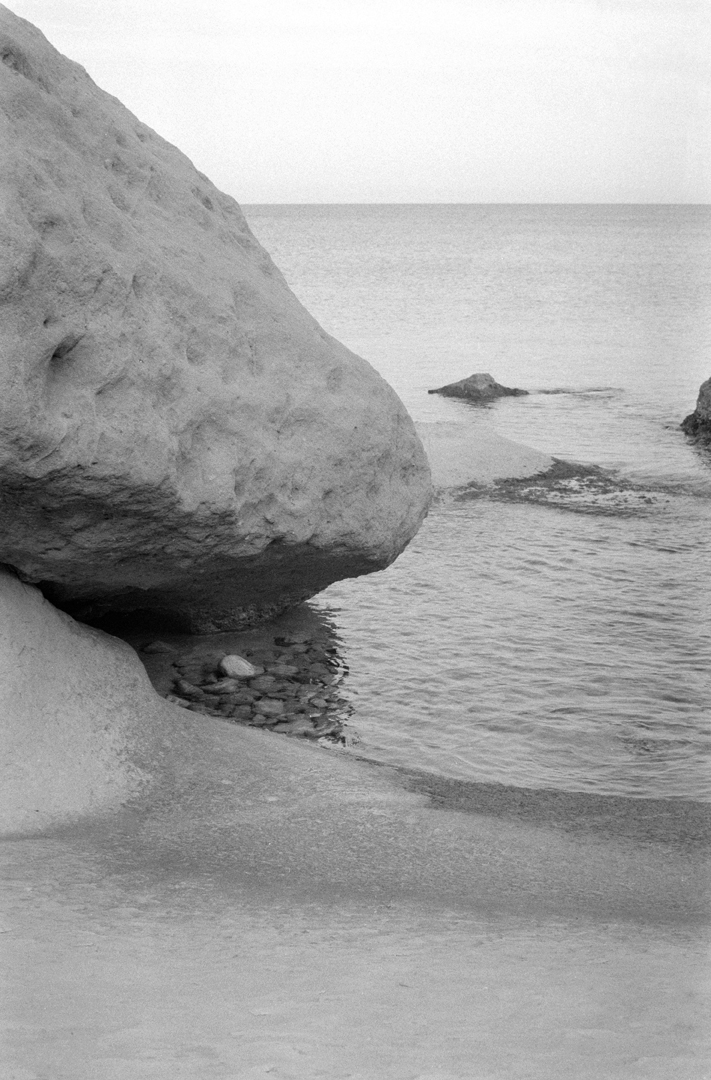
boulders eroded slowly by the incessant soft kisses of the sea
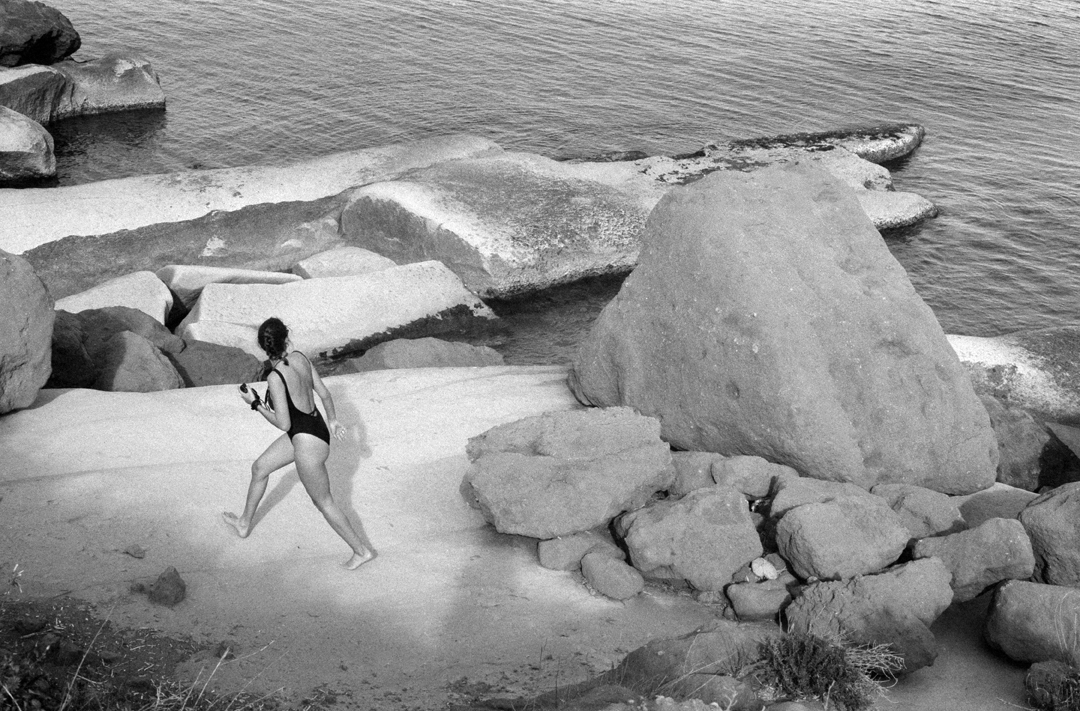
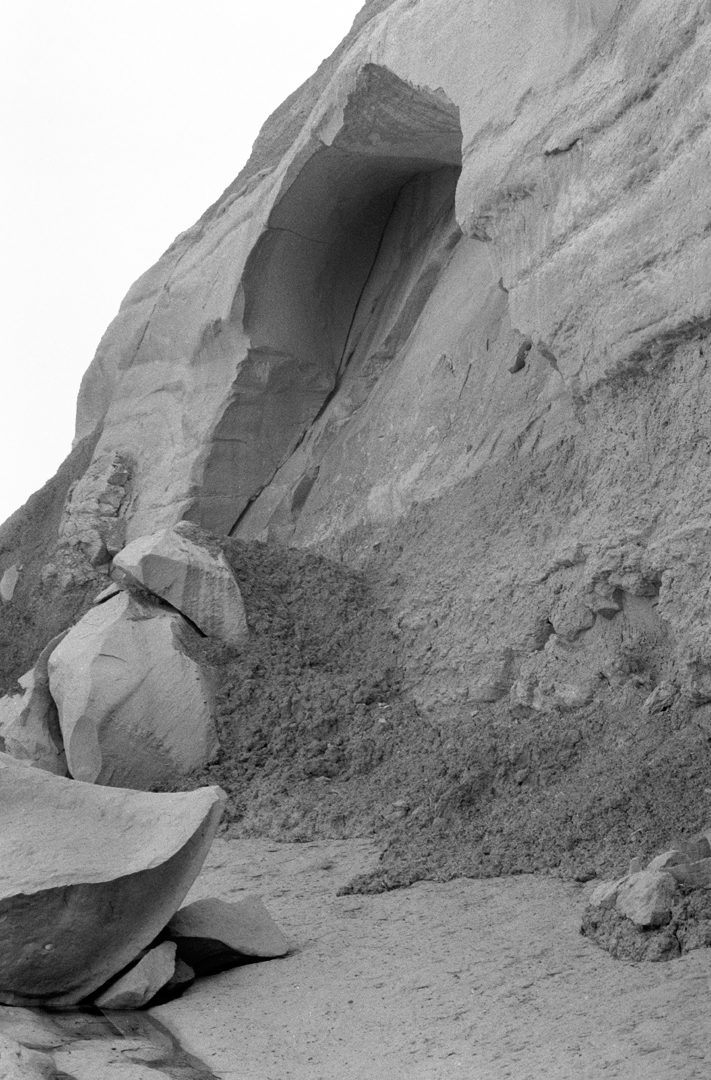
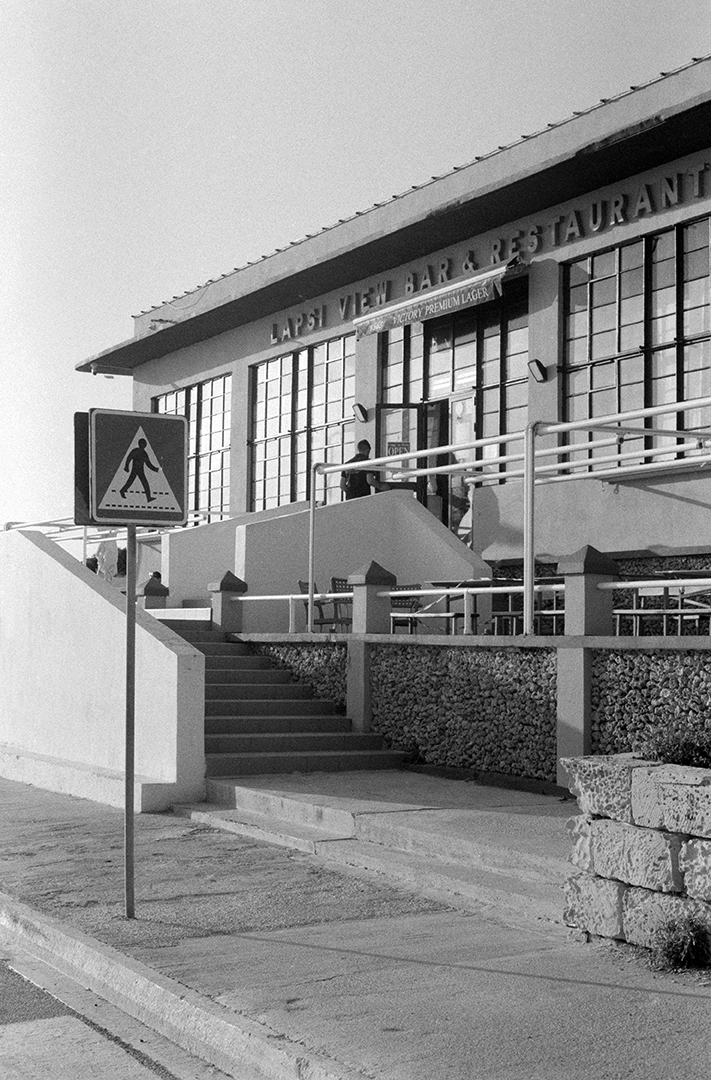
ta’ rita



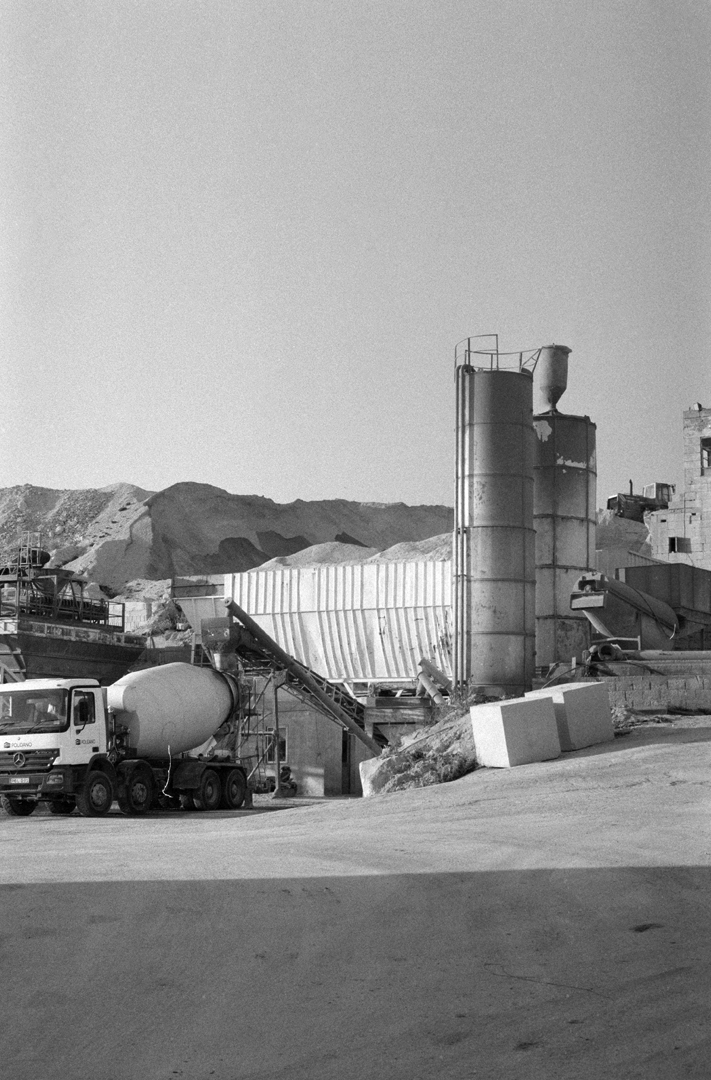
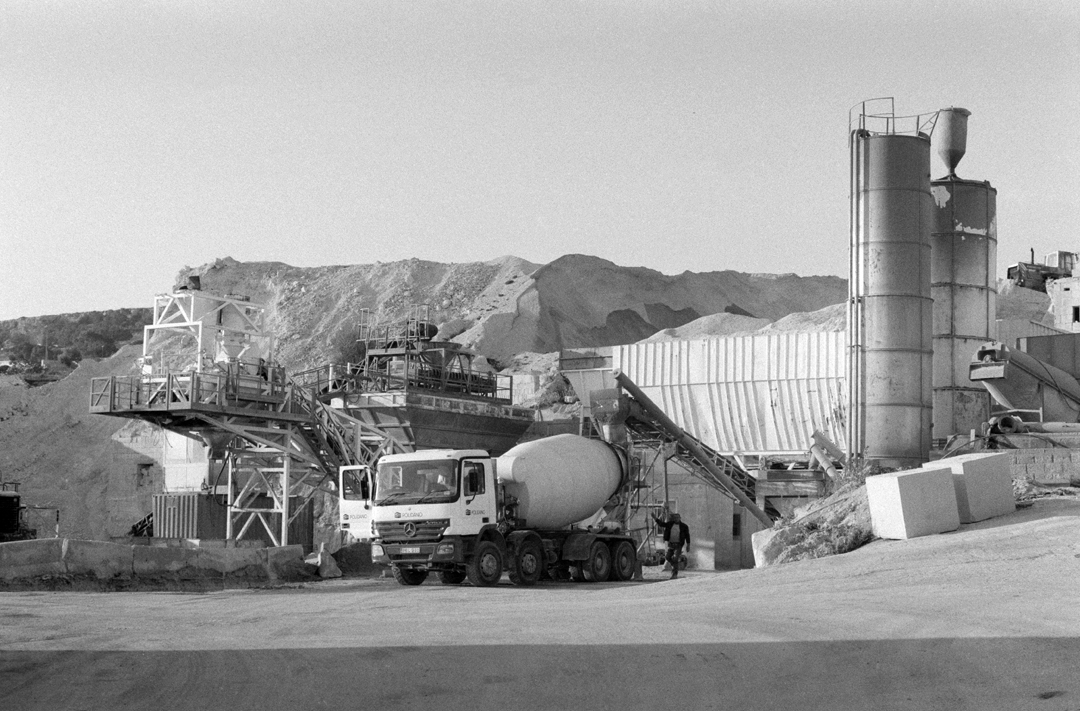
landscapes of infrastructure
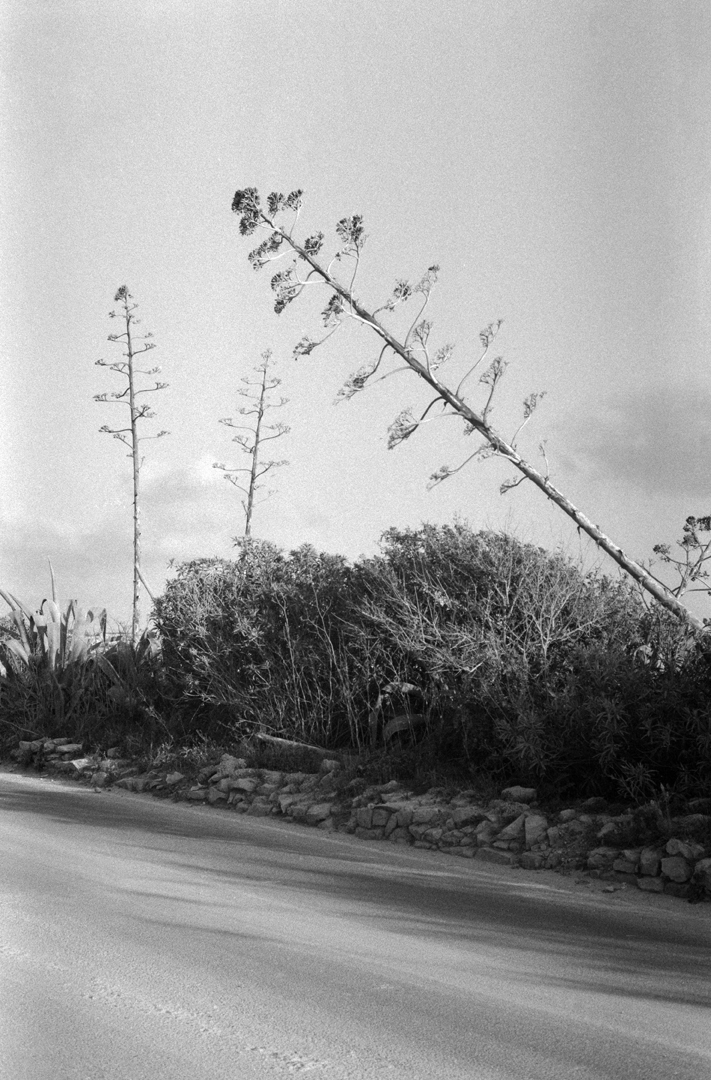
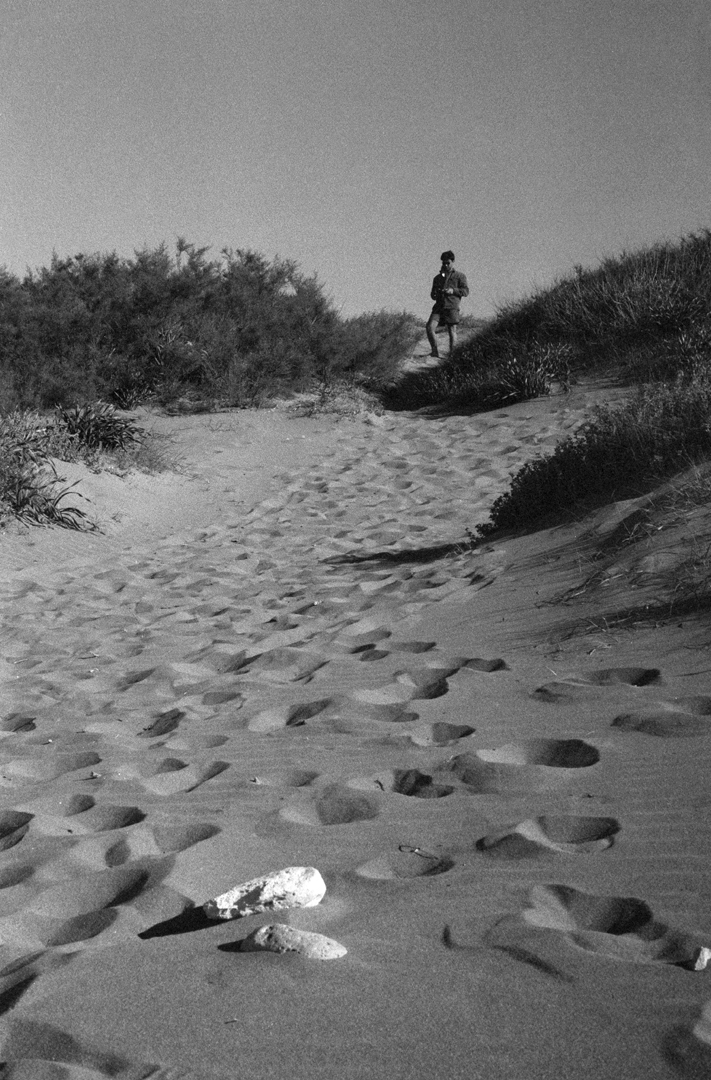
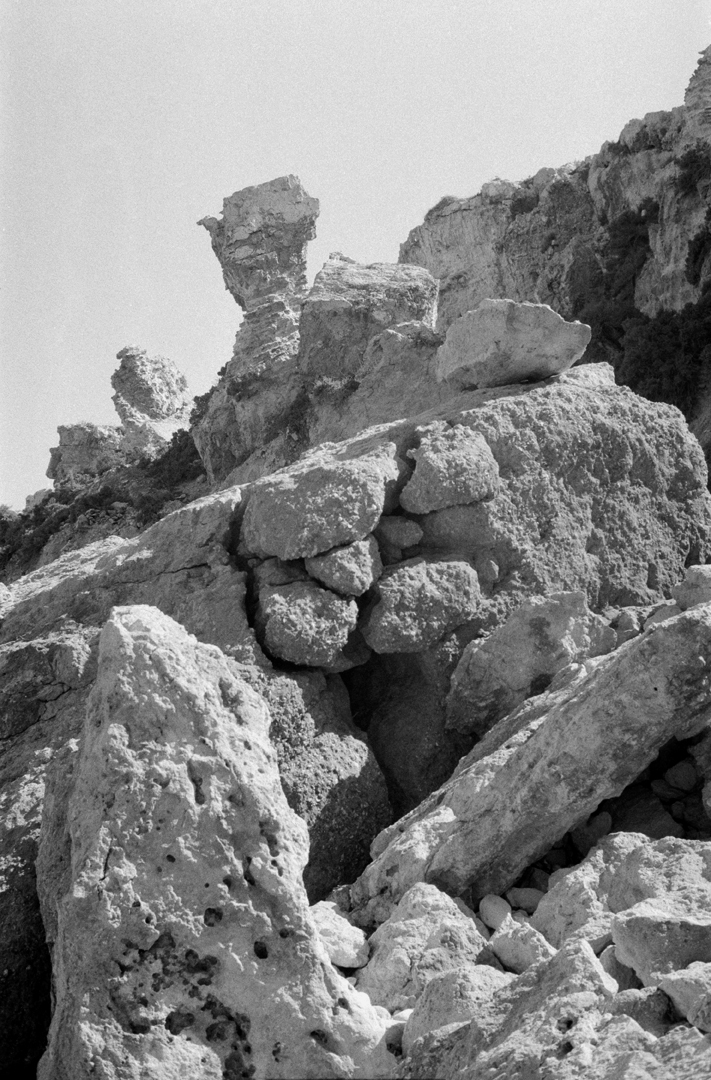


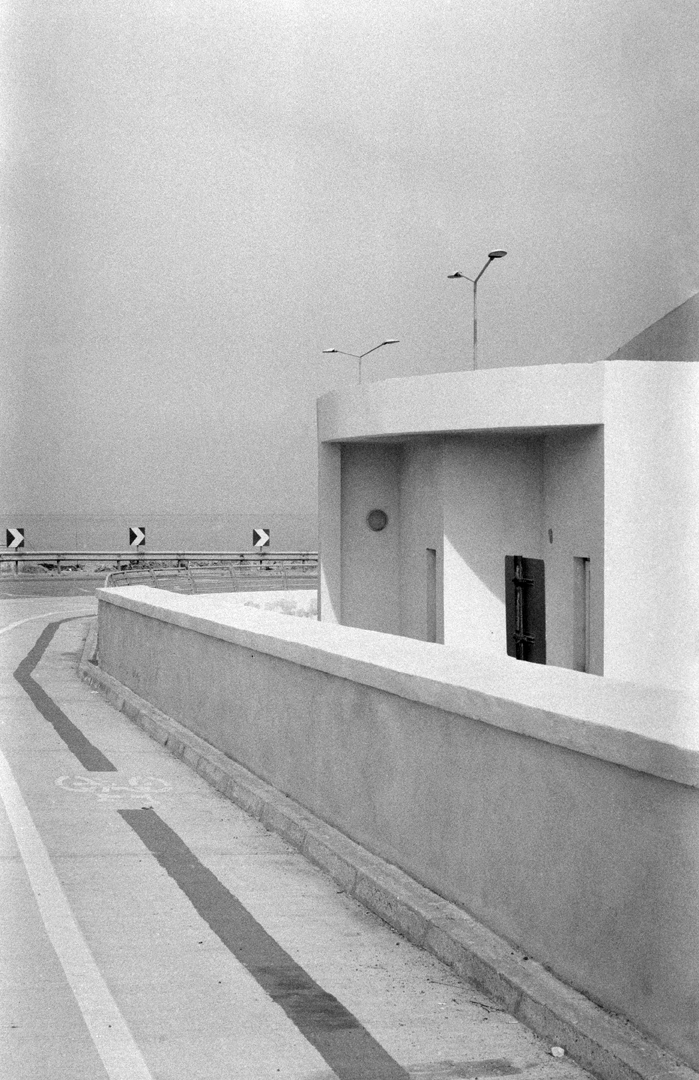
2020
living in rocks by the sea
that summer the pandemic hit, we were like creatures crawling out of our homes to claim our own slice of seaside & sunshine
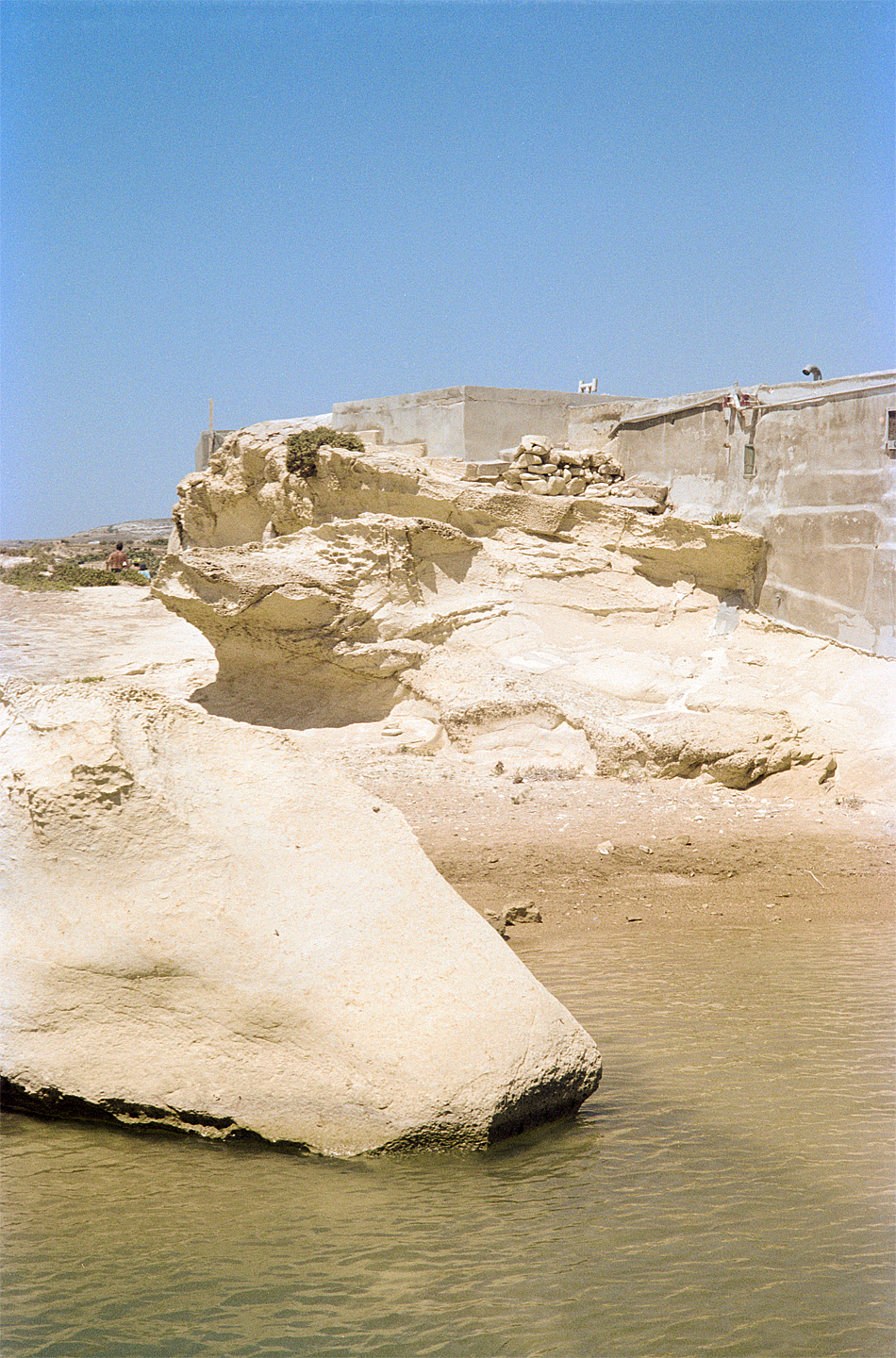
carved by water nymphs
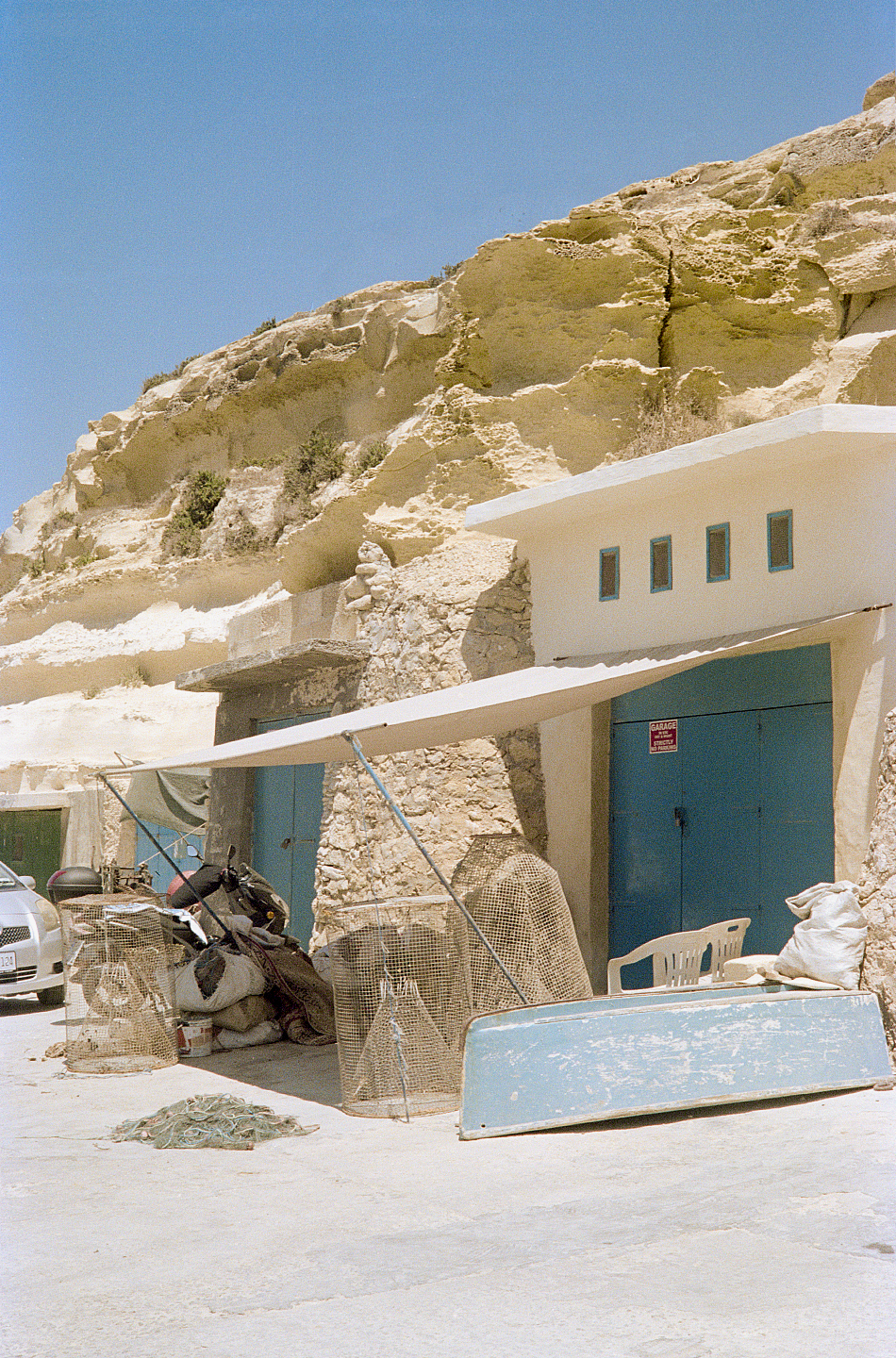
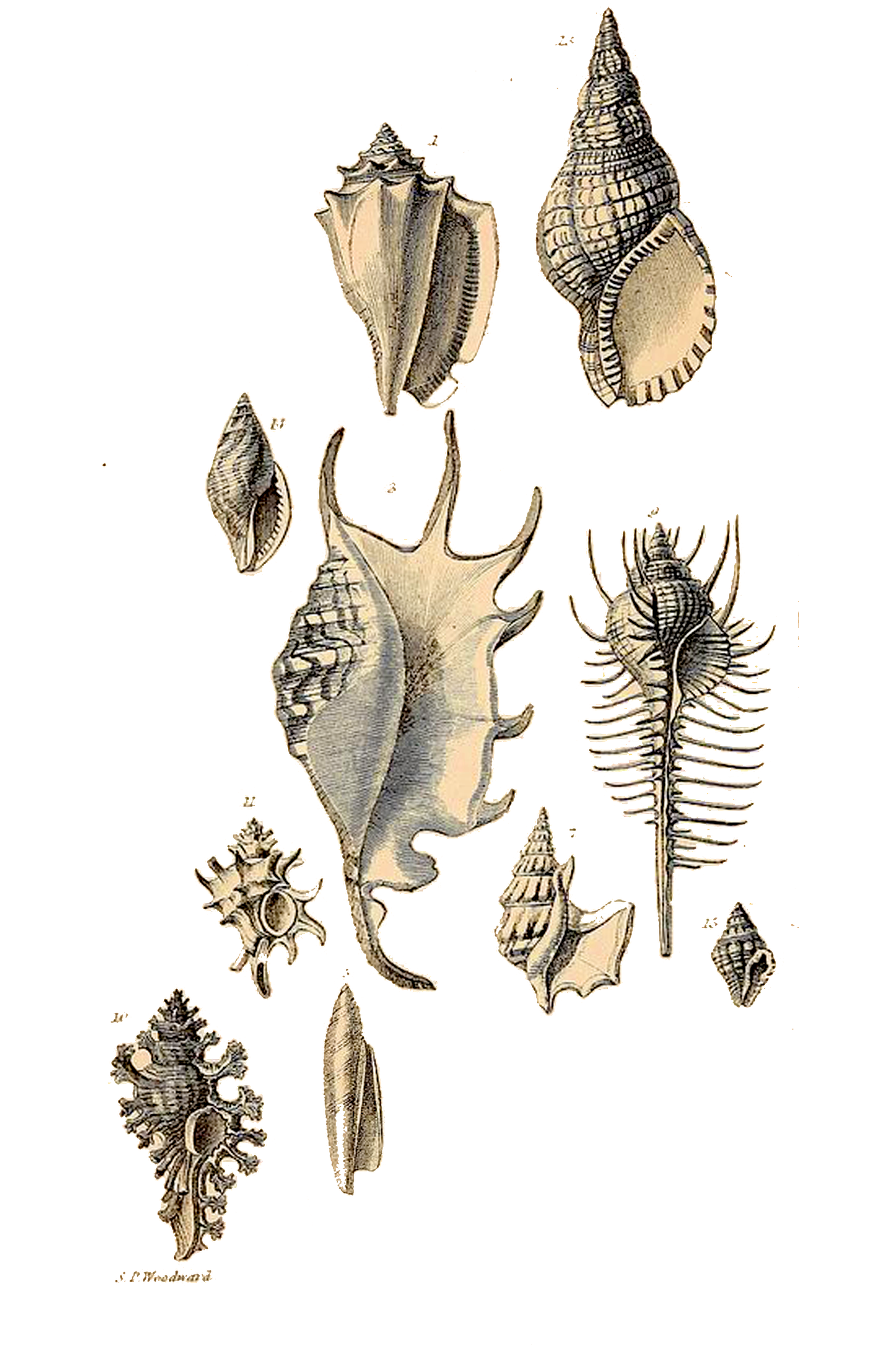
as summer draws to a close, the coastal realm slowly becomes an uninhabited shell as we retreat to the island’s centre, leaving a string of traces behind
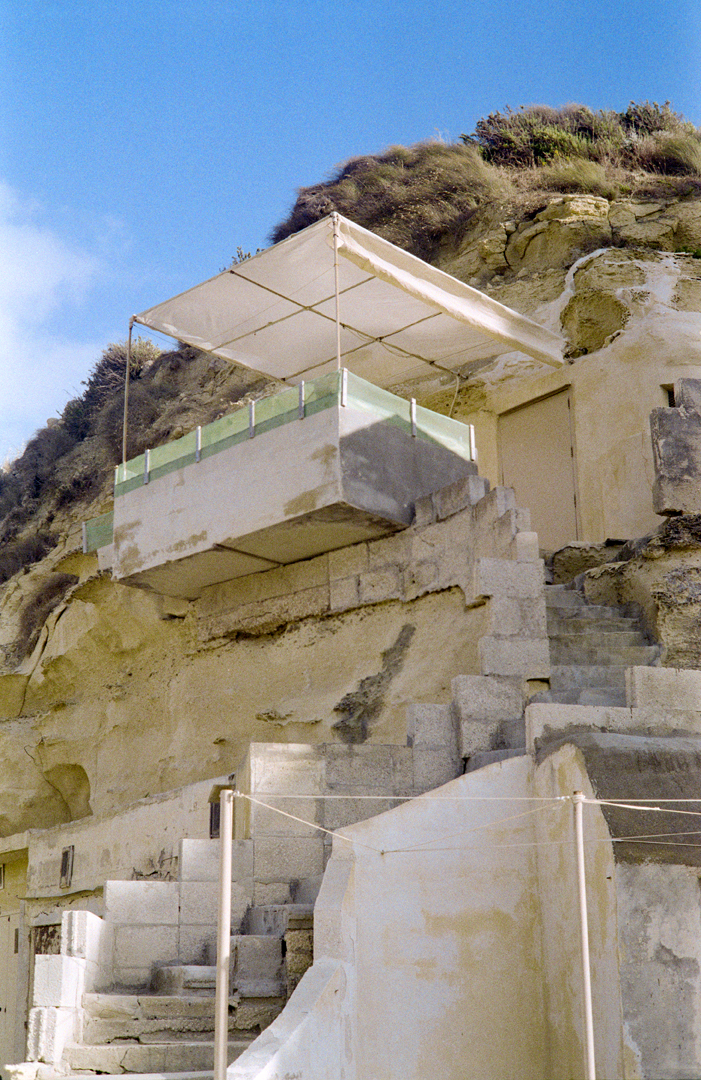
appendages of the coastline / human deposits
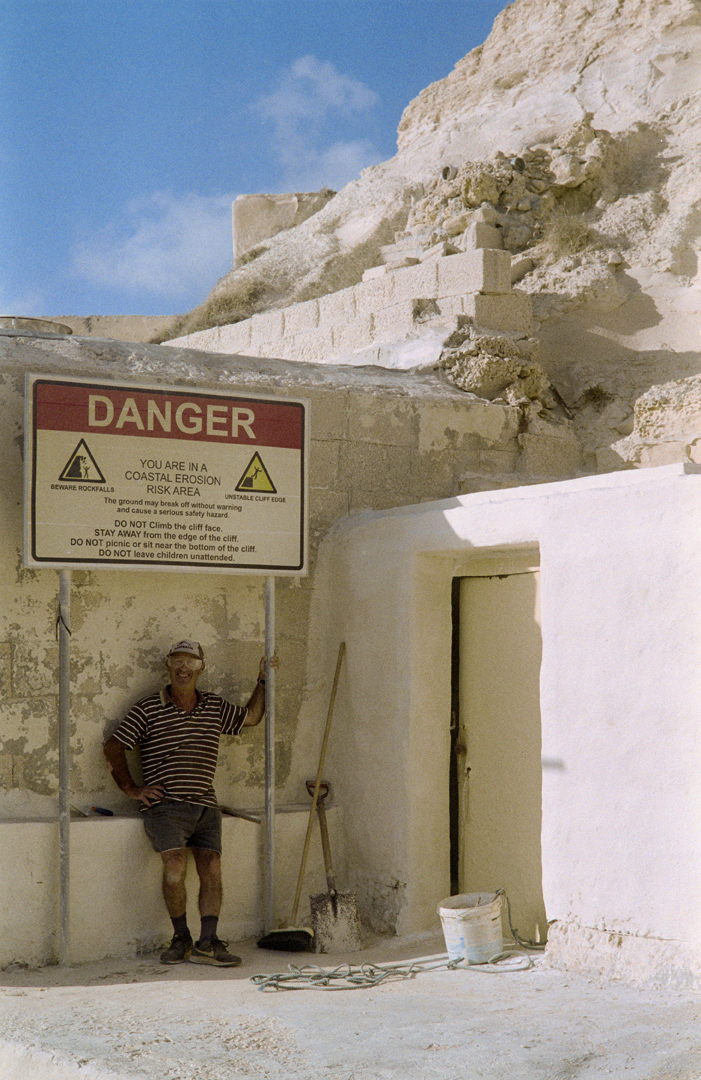


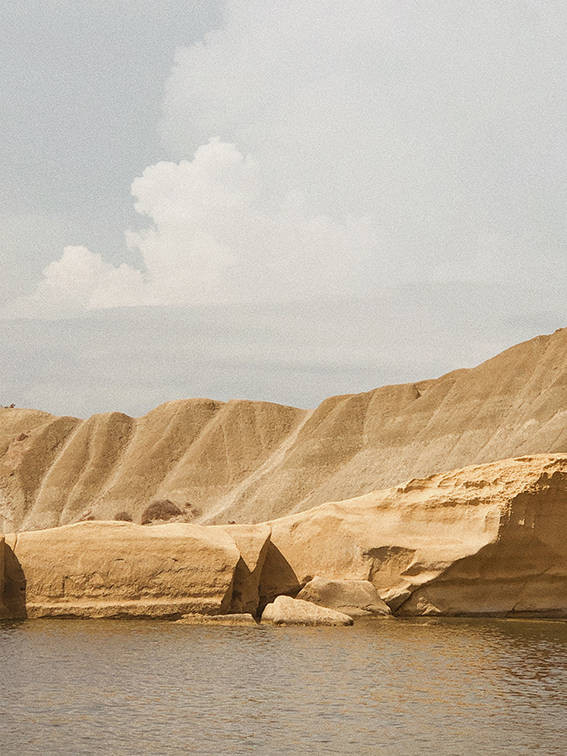


the architecture of inhabitation



the new doric
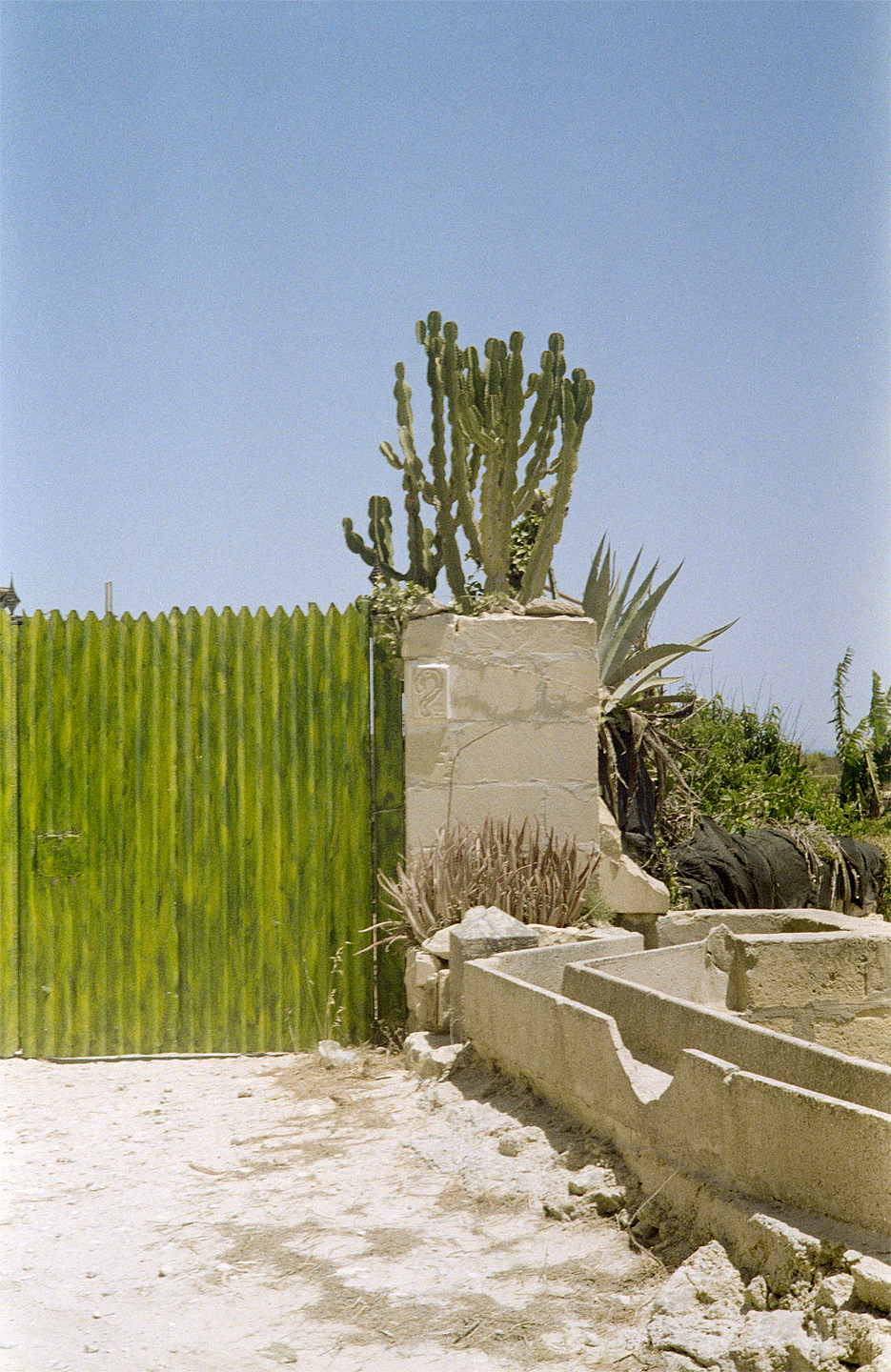
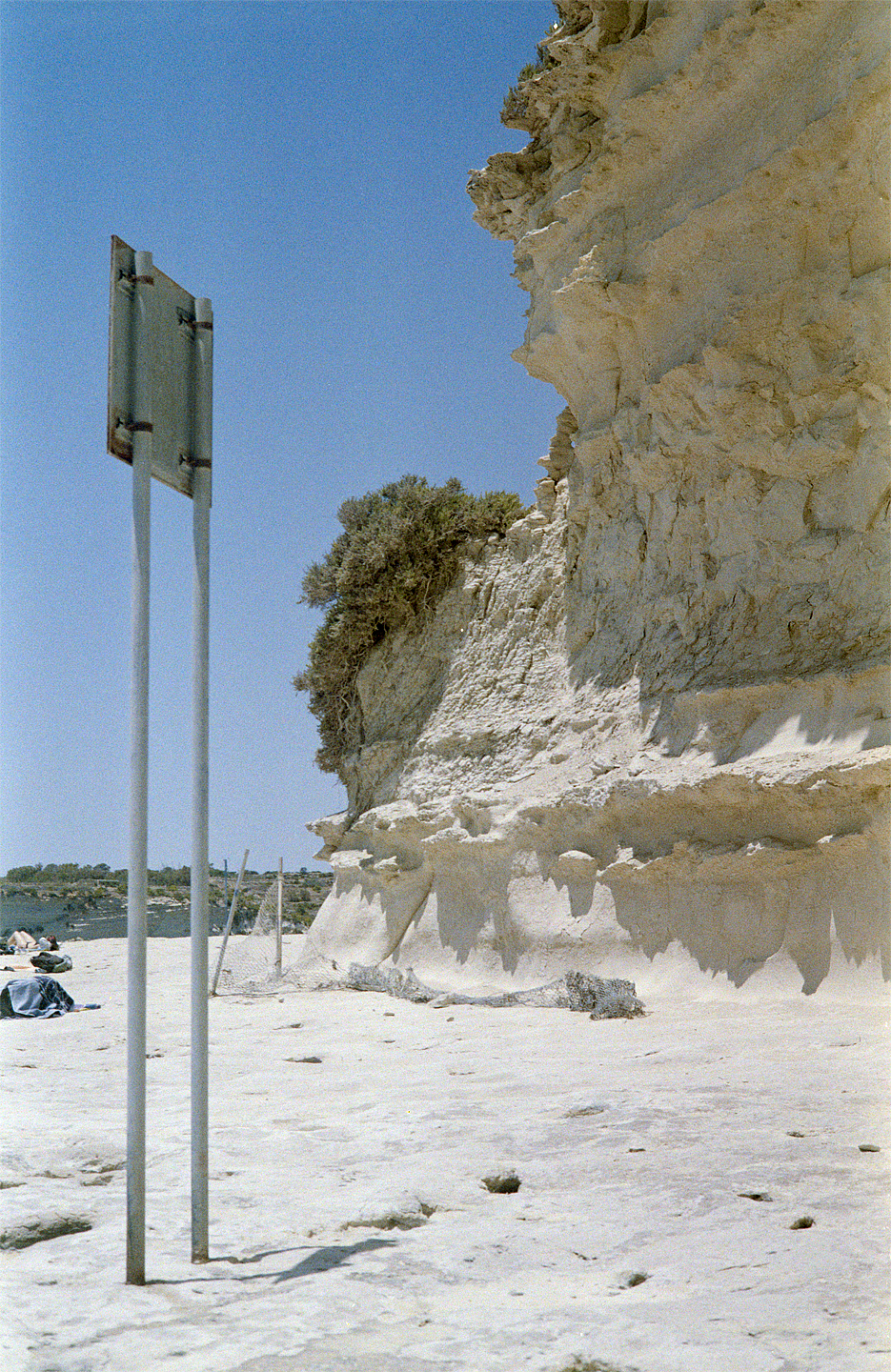
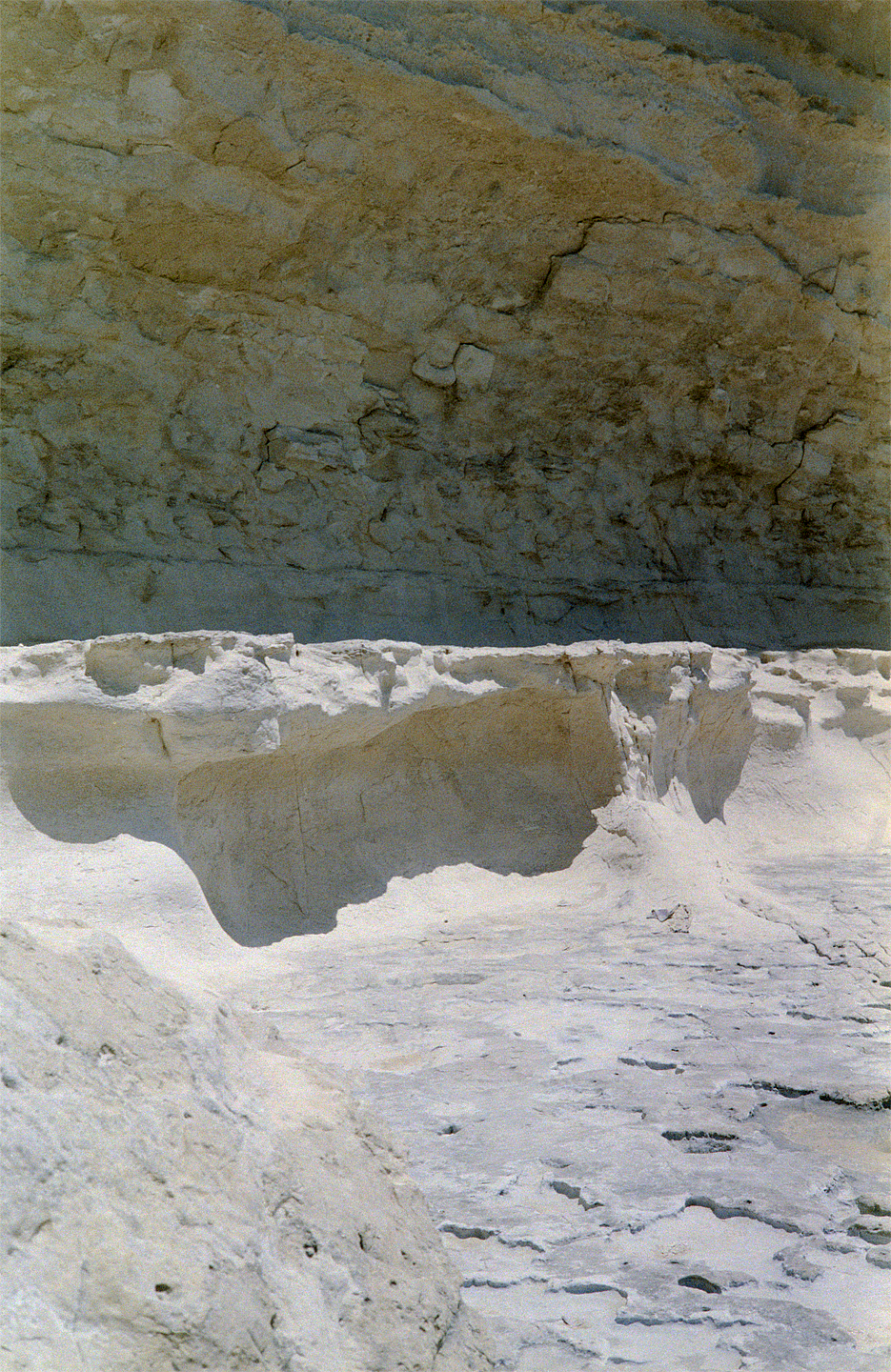
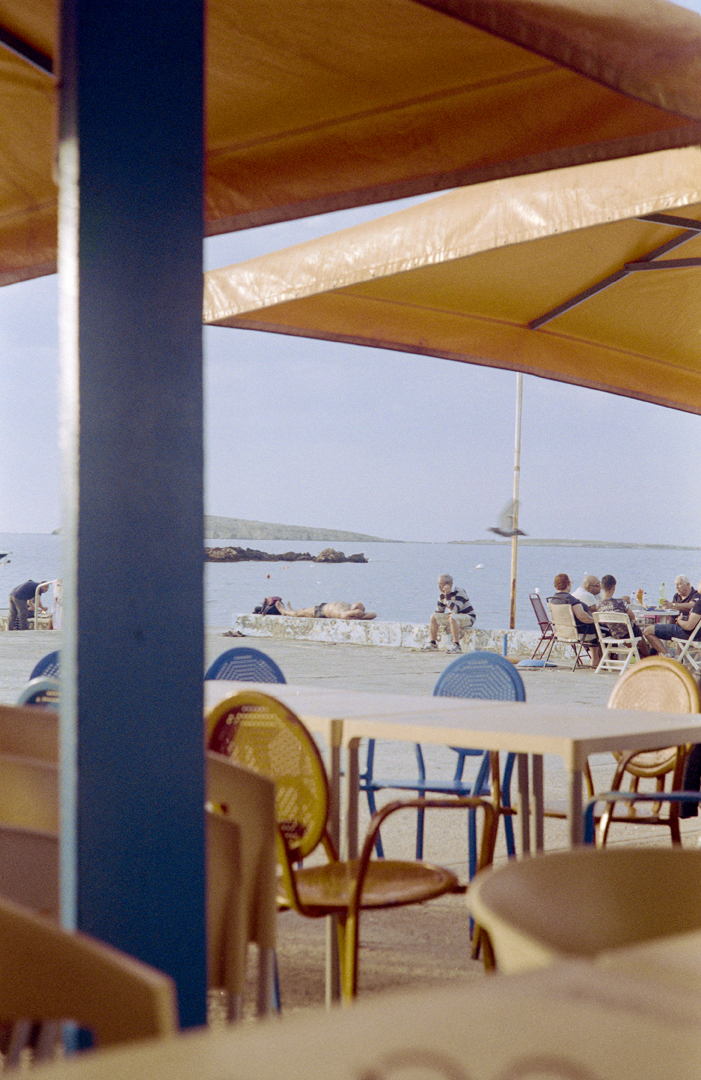
is-simenta:
what if islands just floated on the sea like rafts?

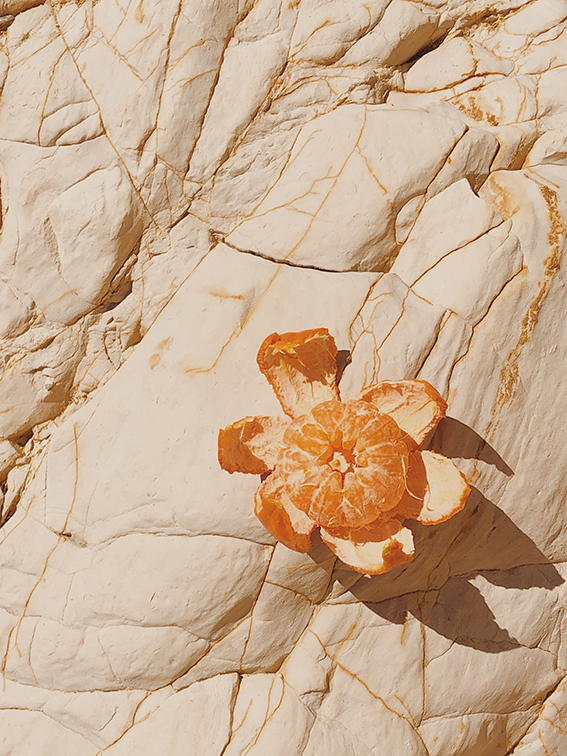

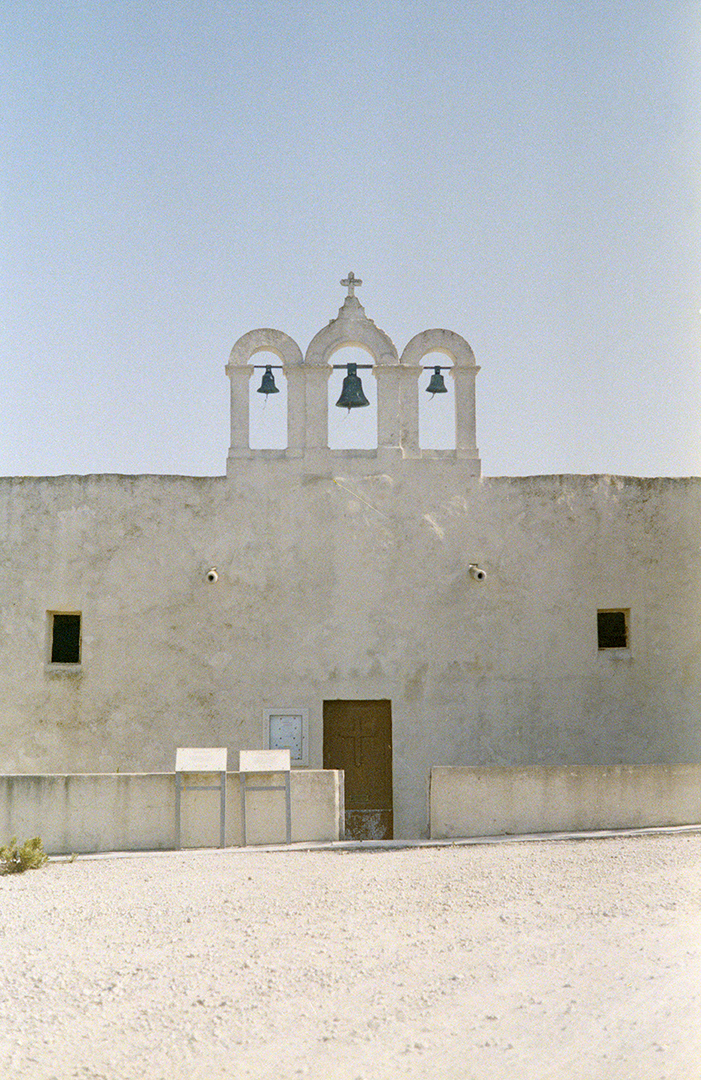
kappella fuq kemmuna
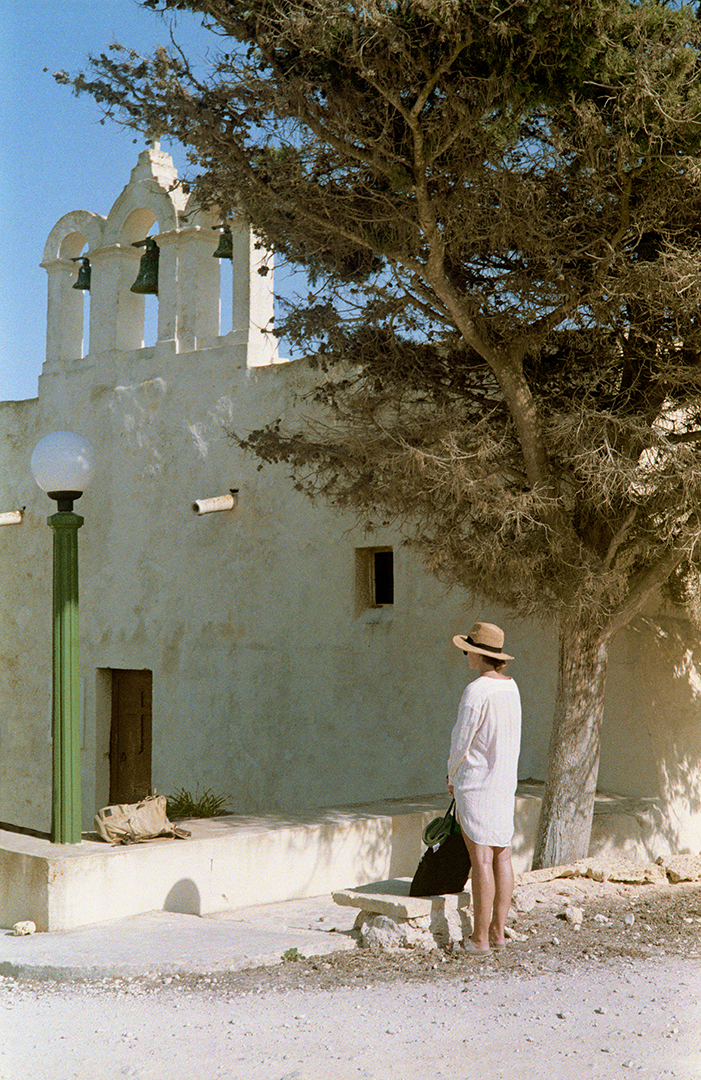

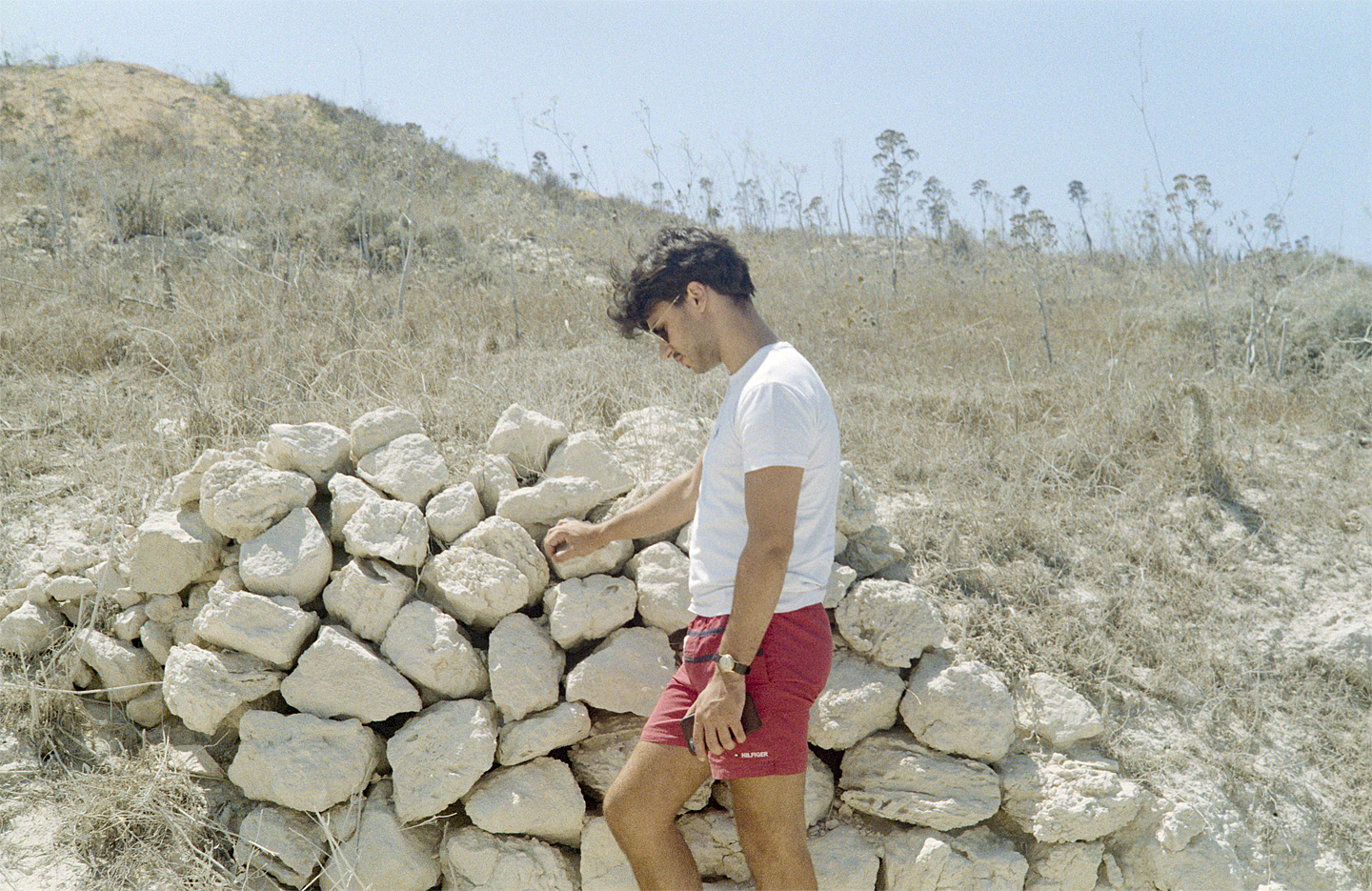

lunar landscapes
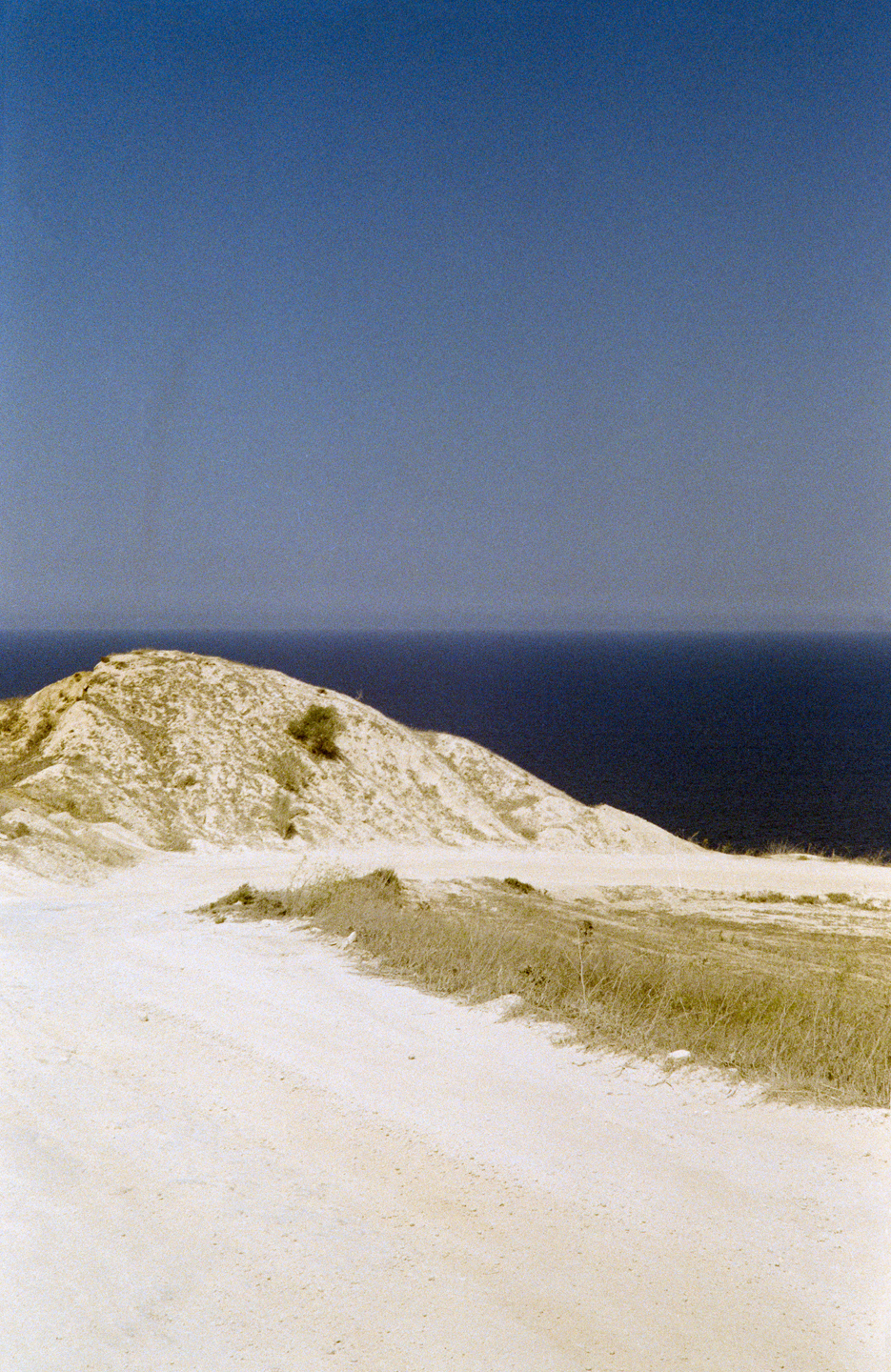
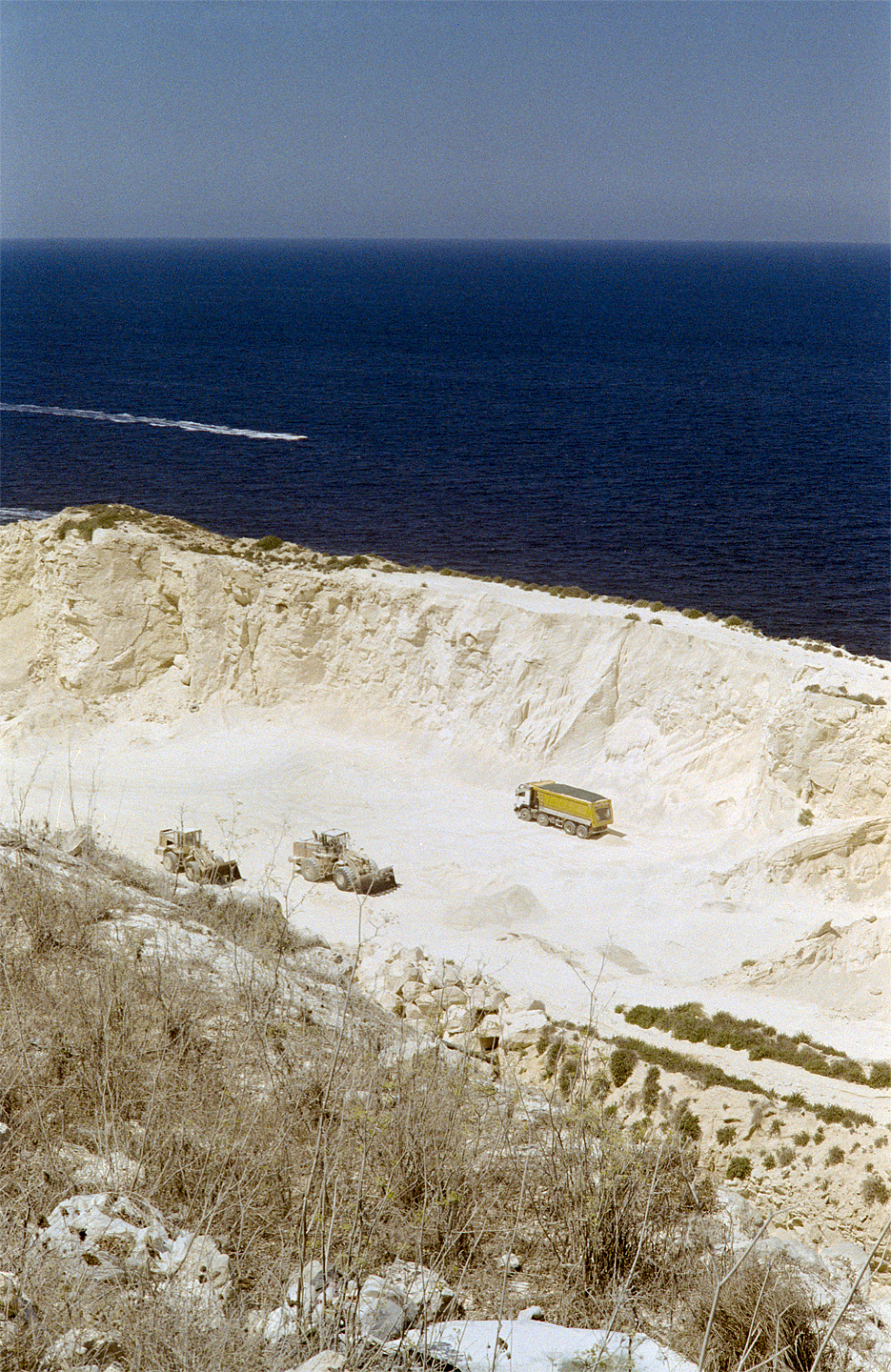
coastal extractions

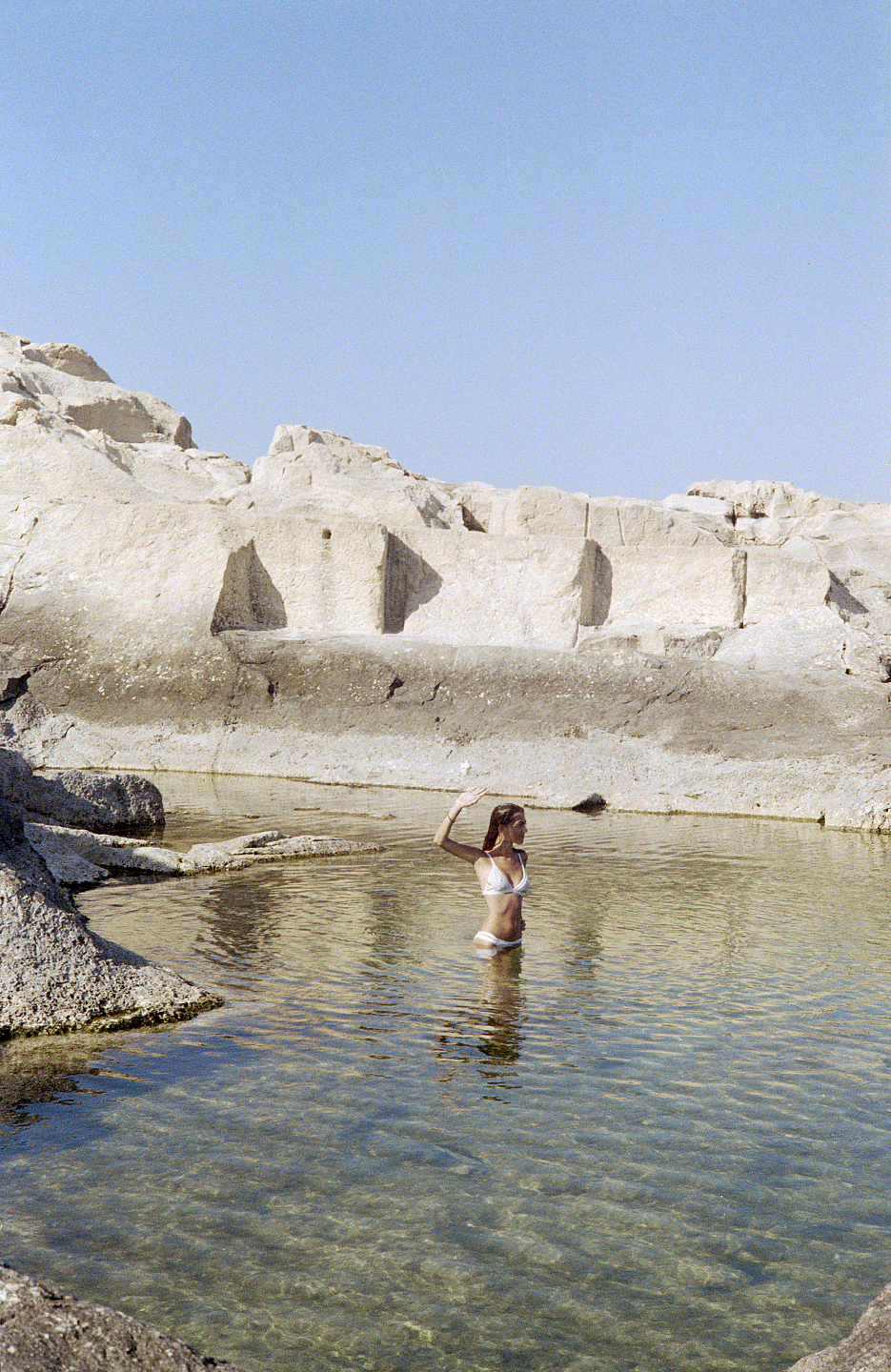
fairy pools to bathe in

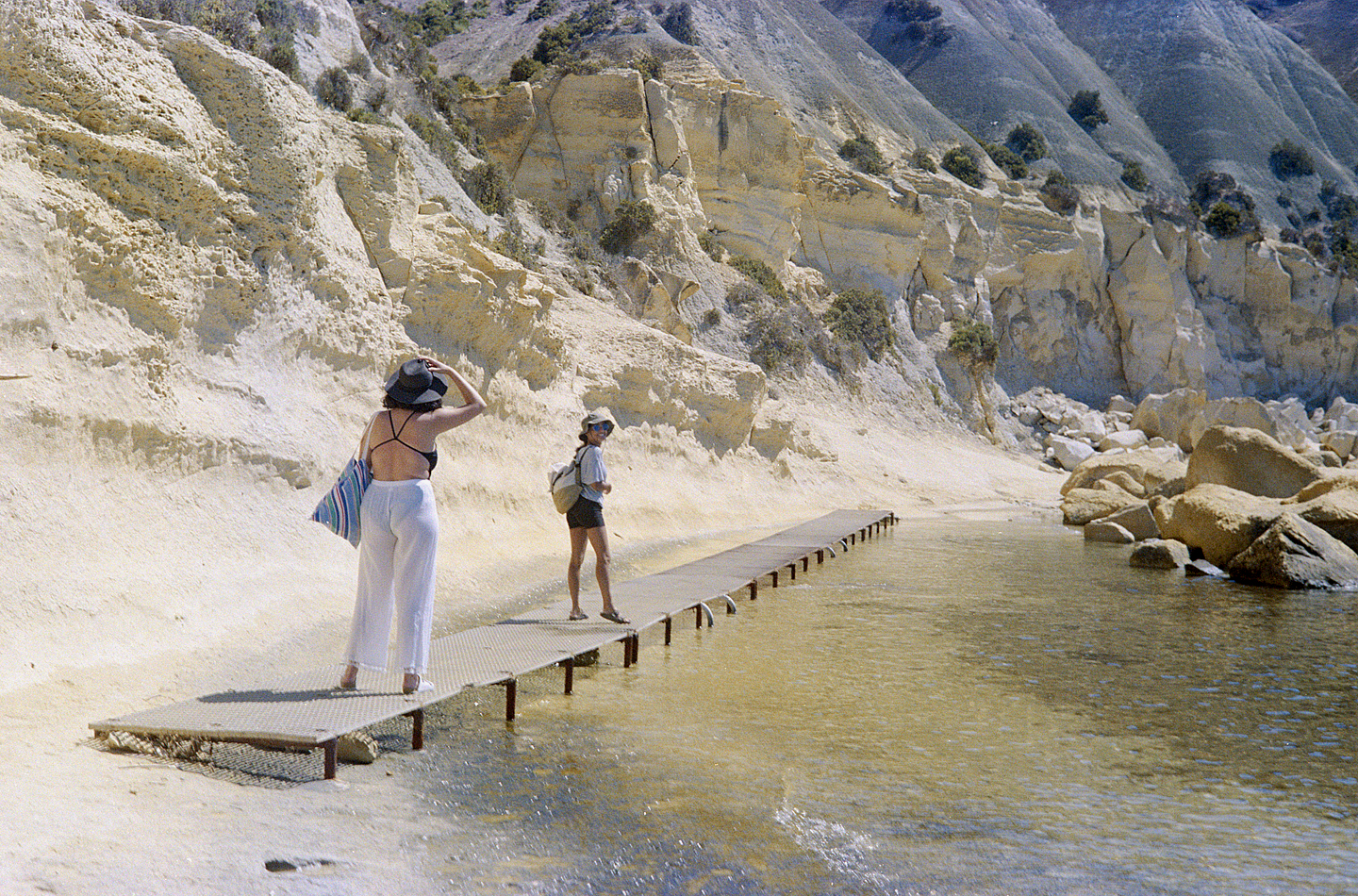


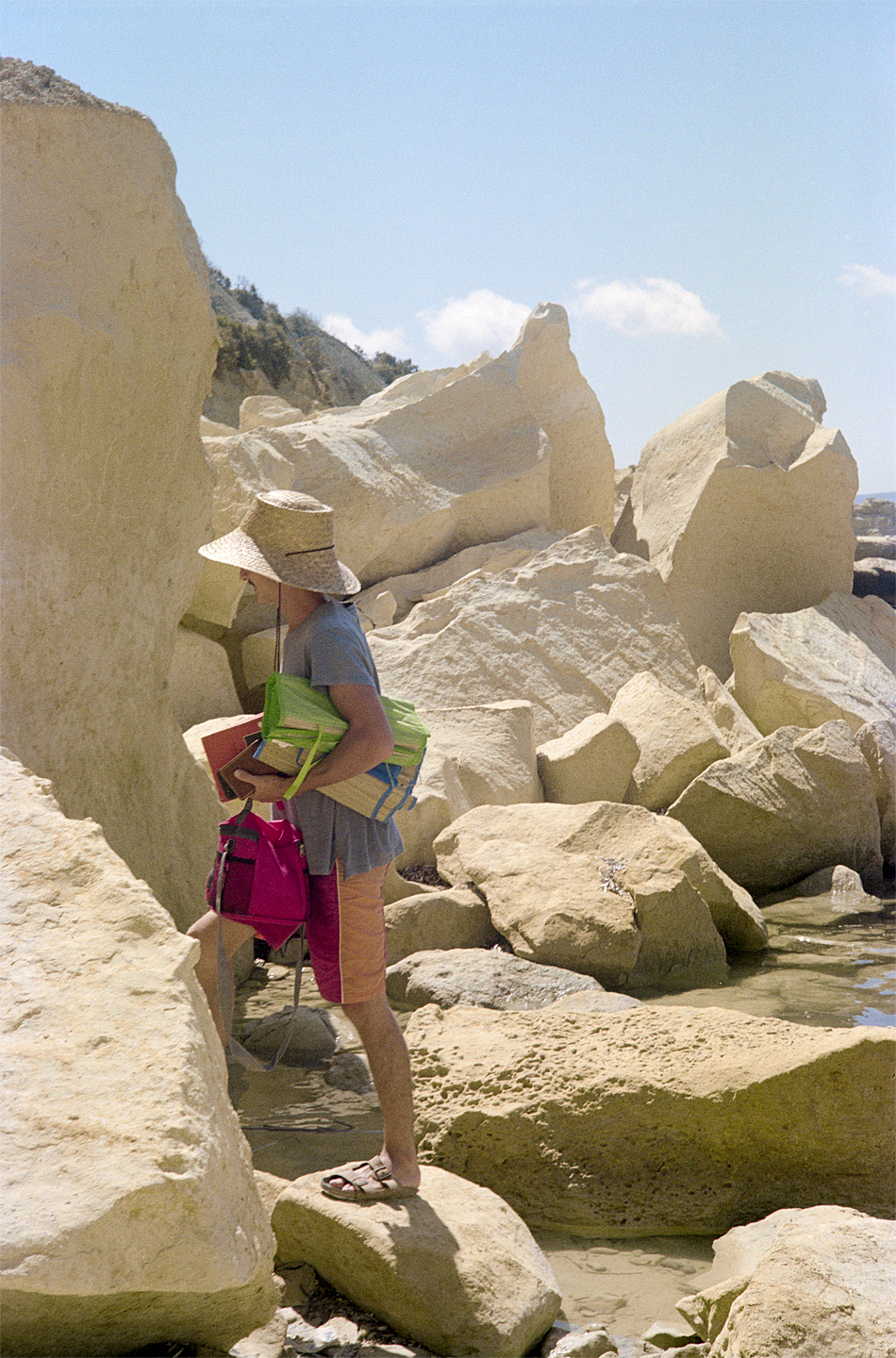


grottli telgħin mal-blat
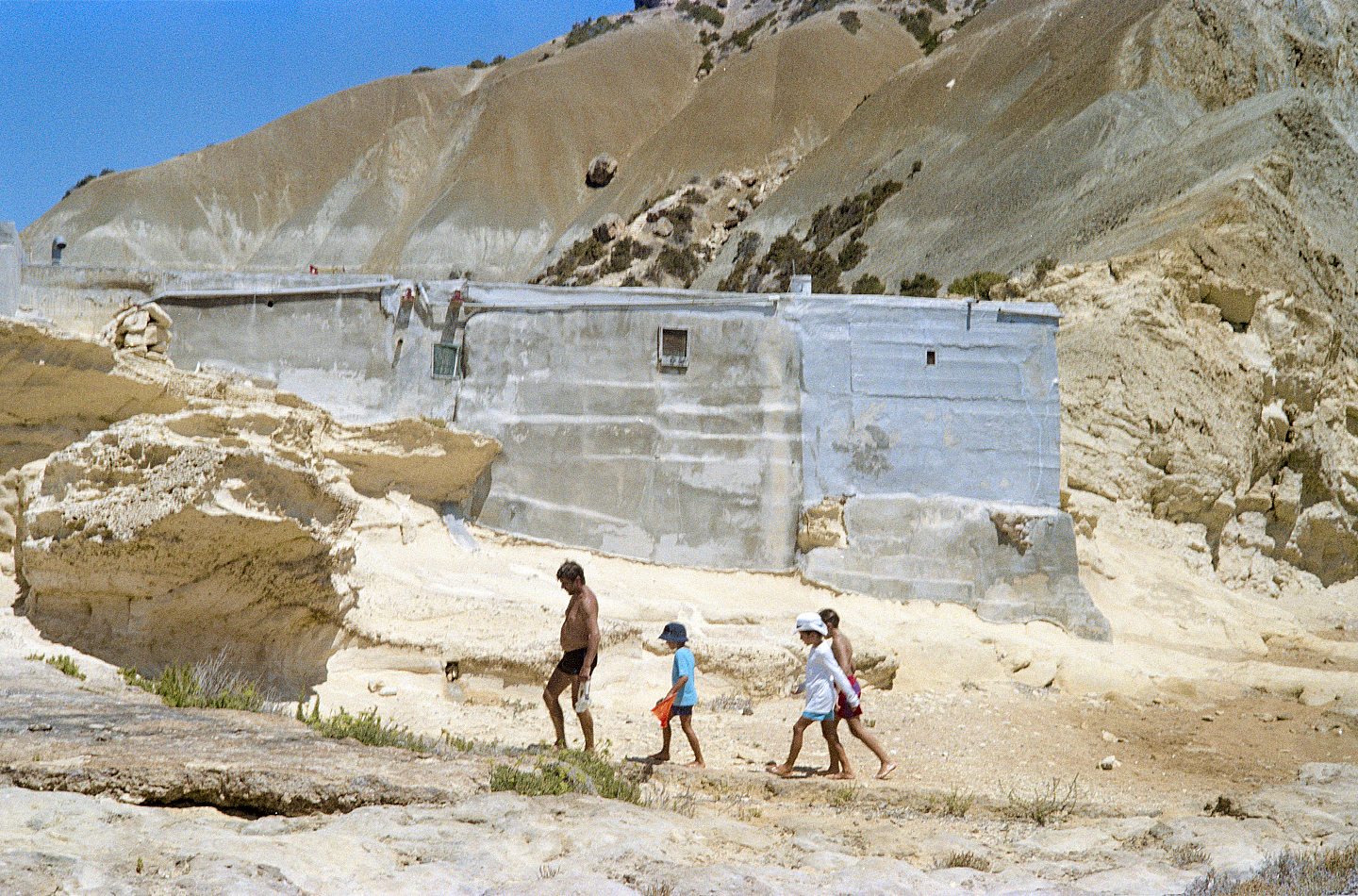
dwellings, like seashells, cling onto the rocks & allows us to curl up in them


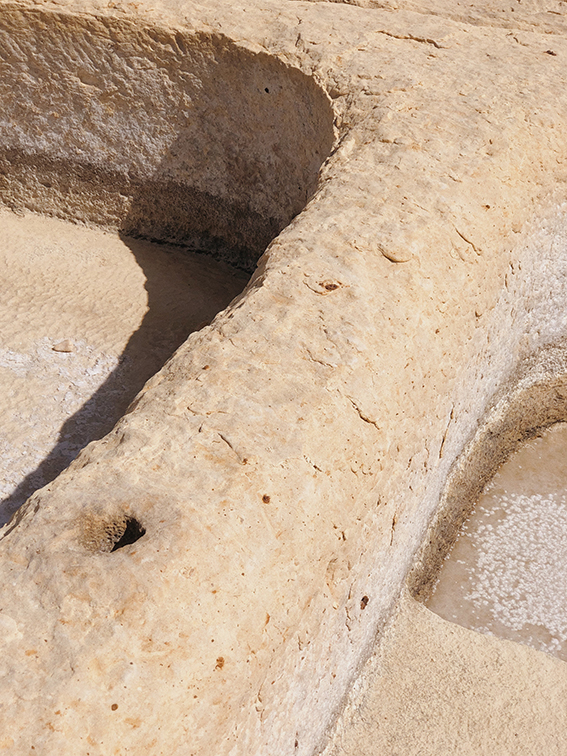
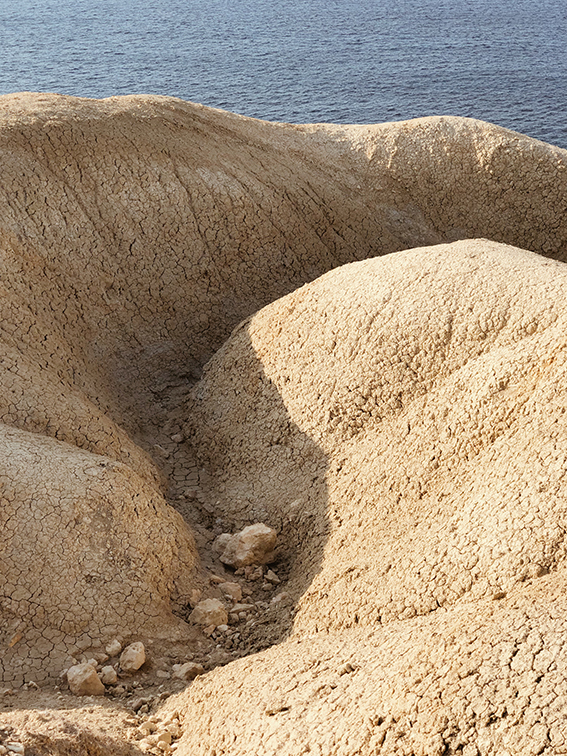

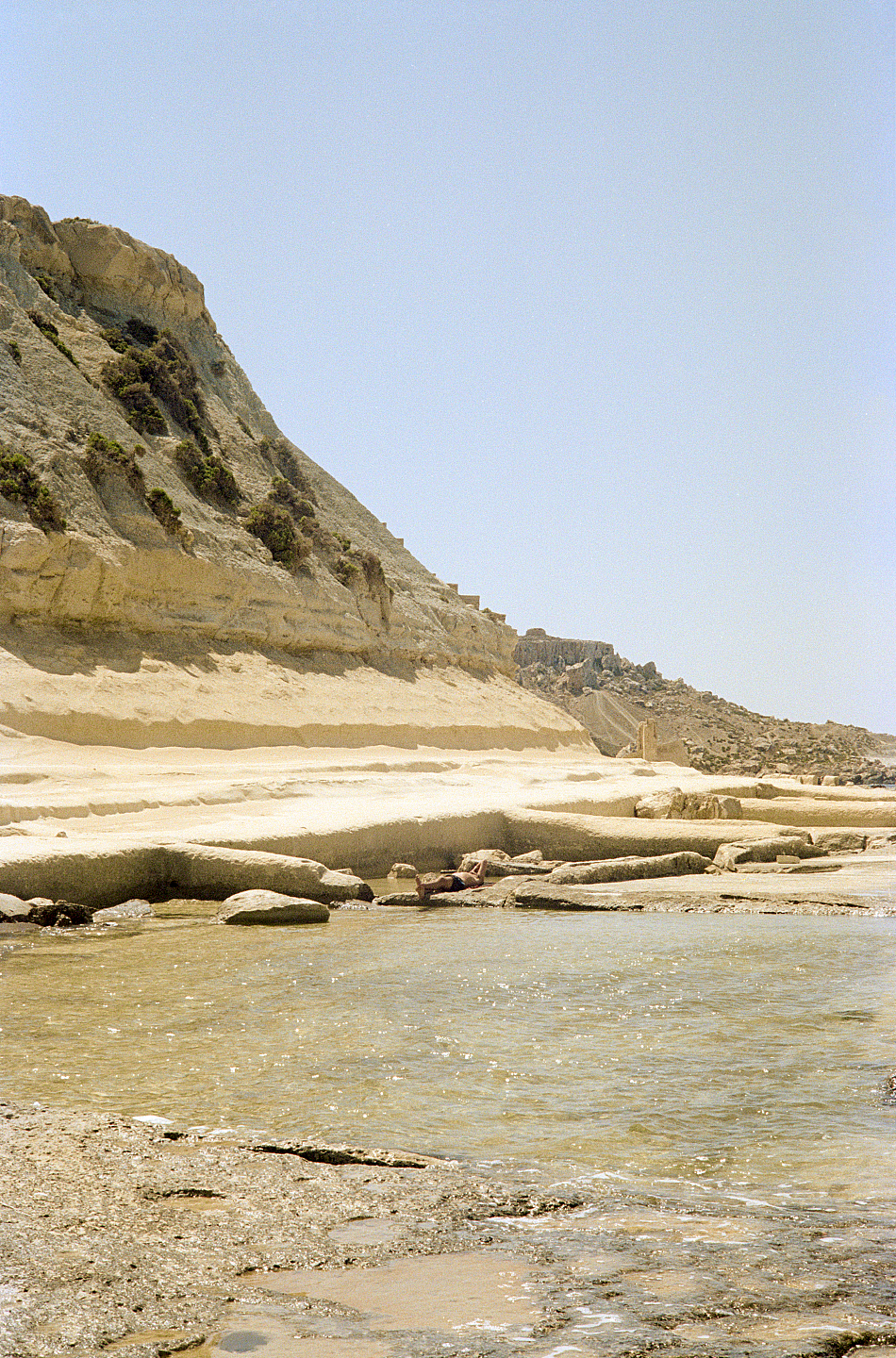
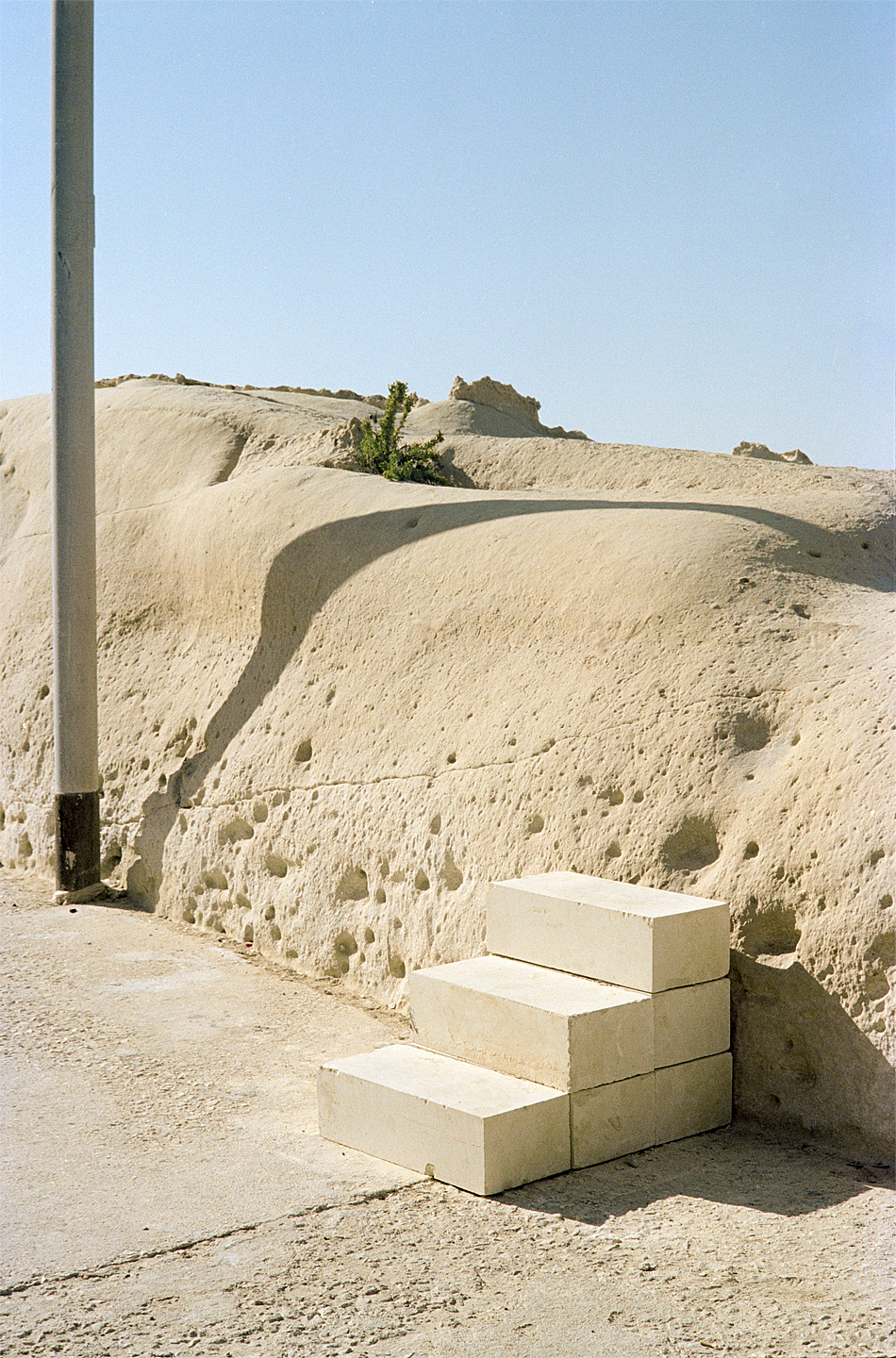

earth moulded by sea & sky

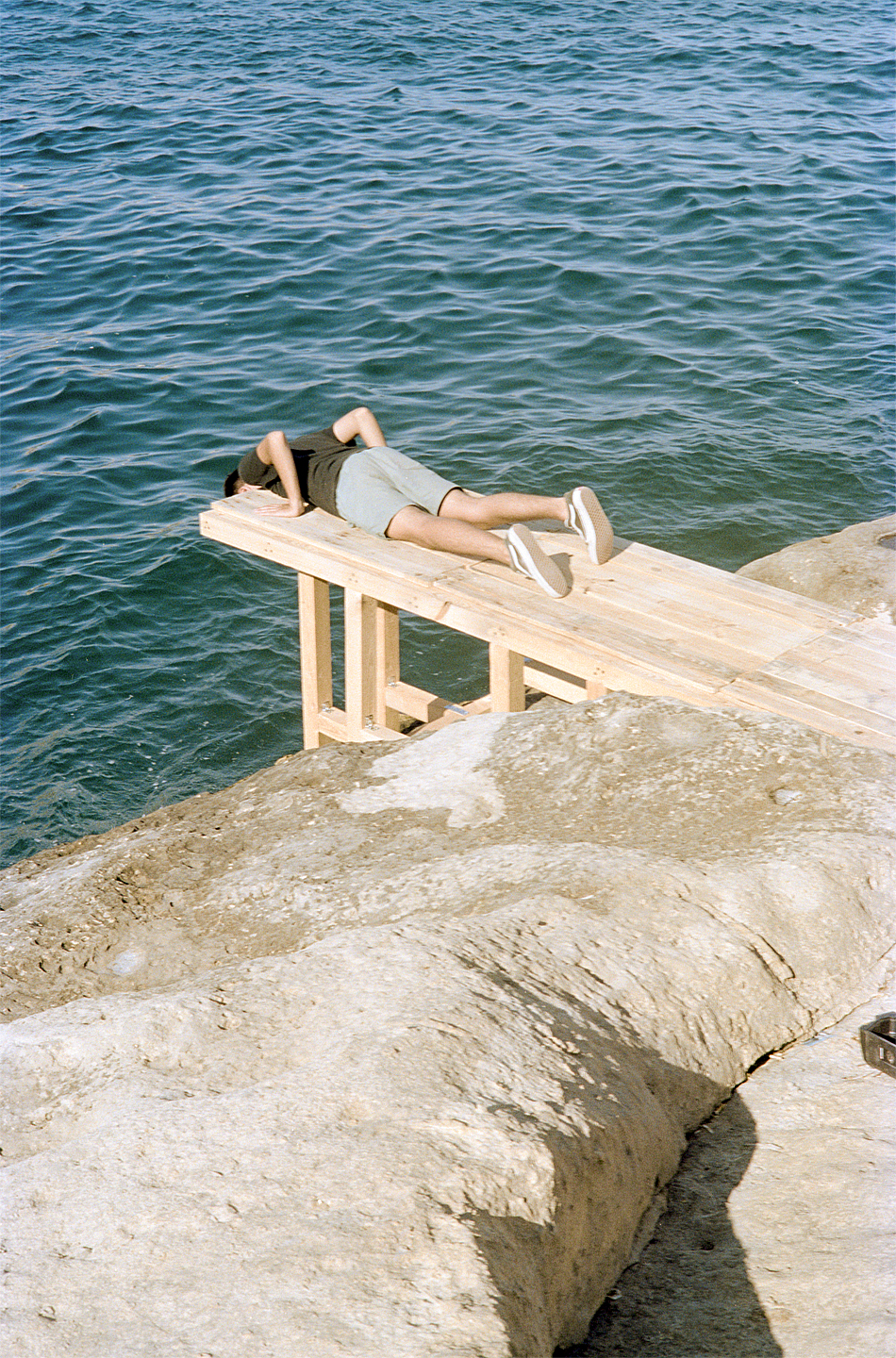
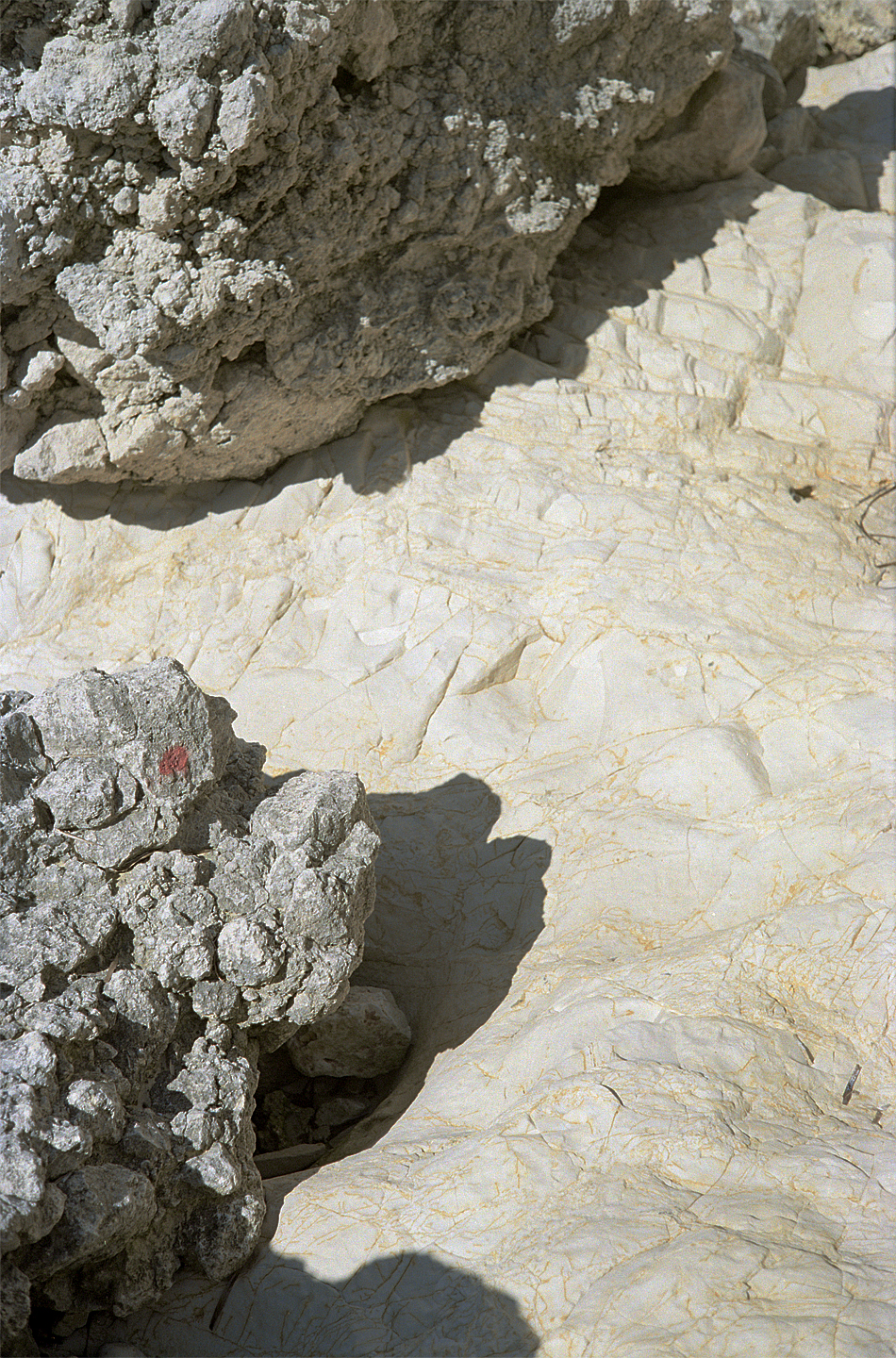

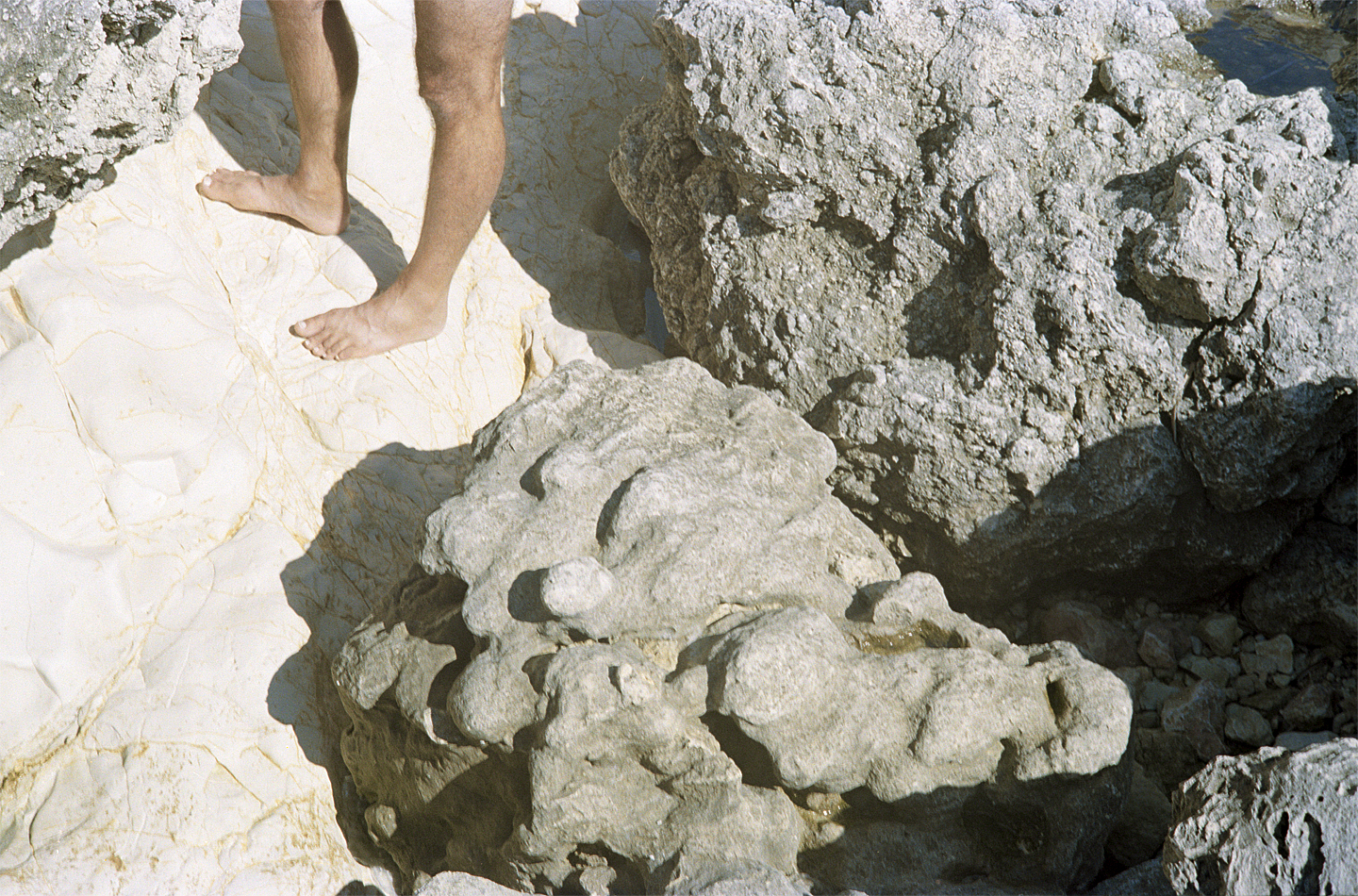


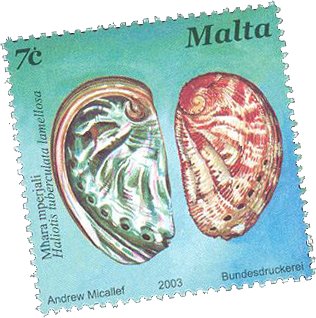



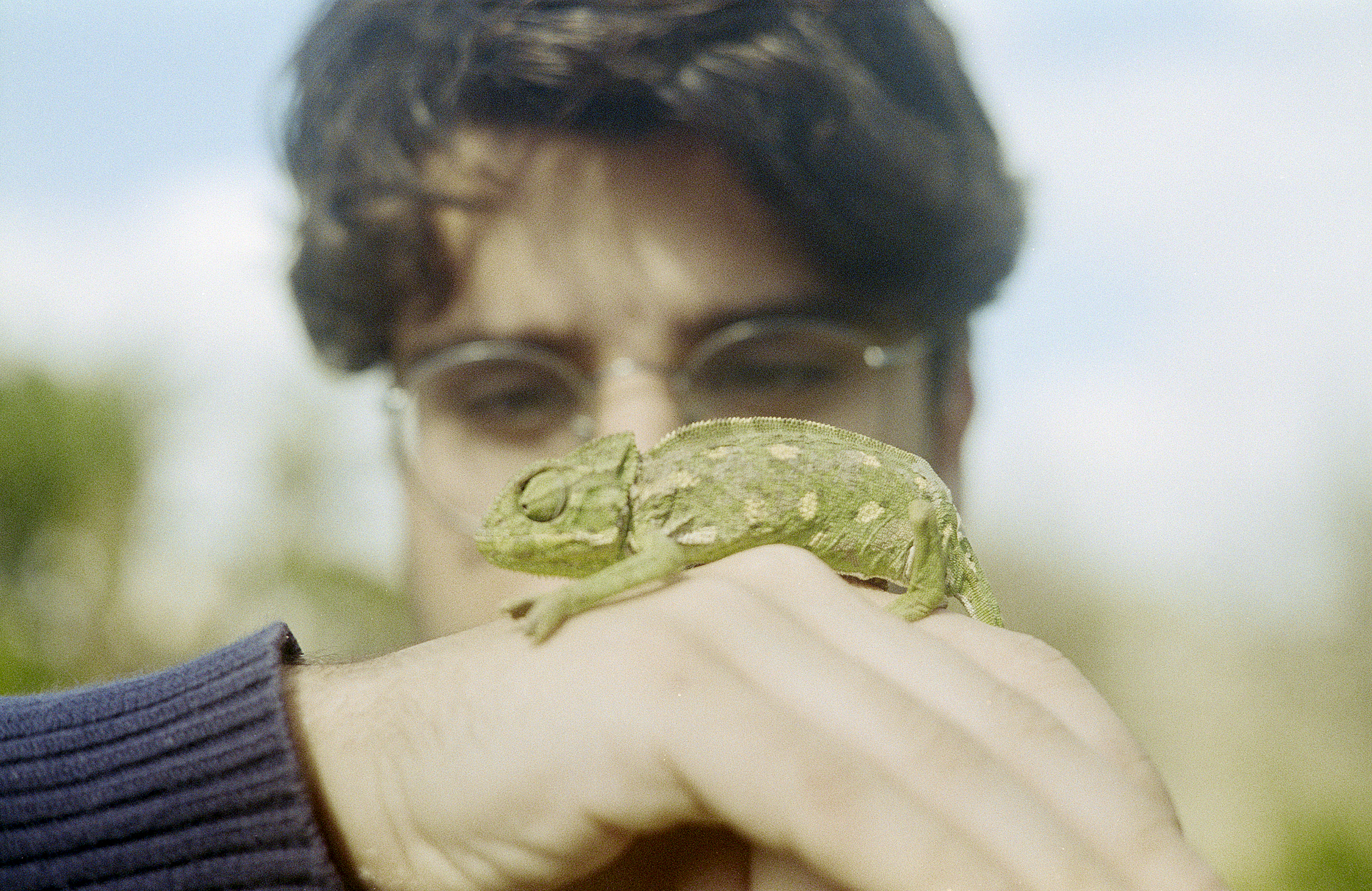
olive-picking & spiru
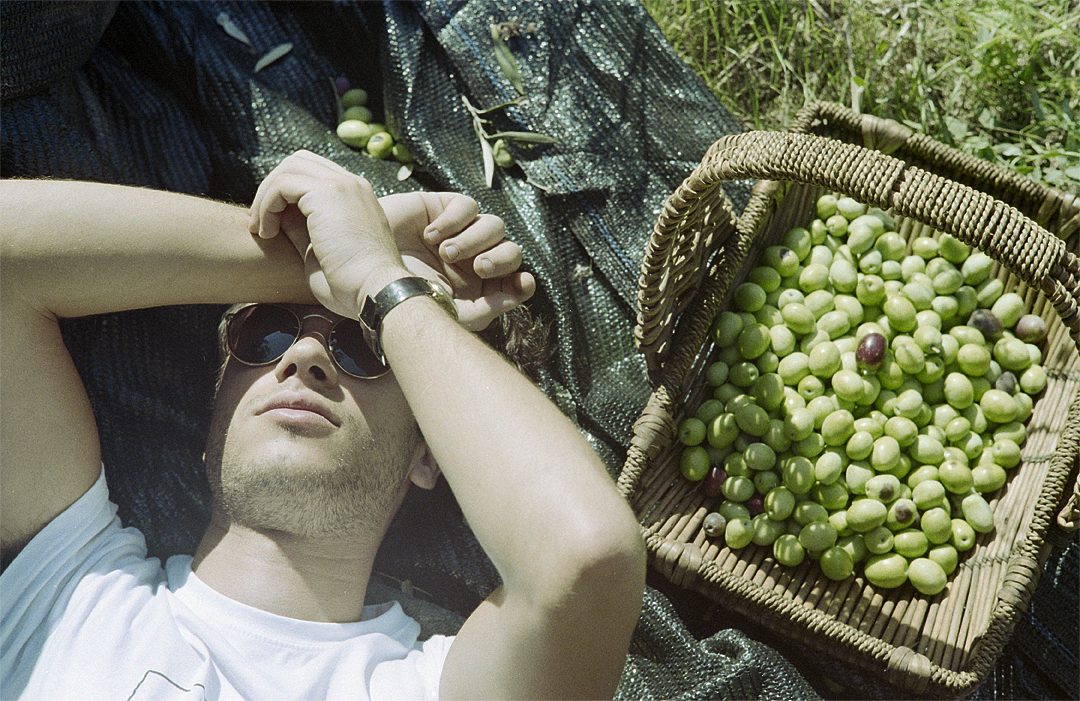
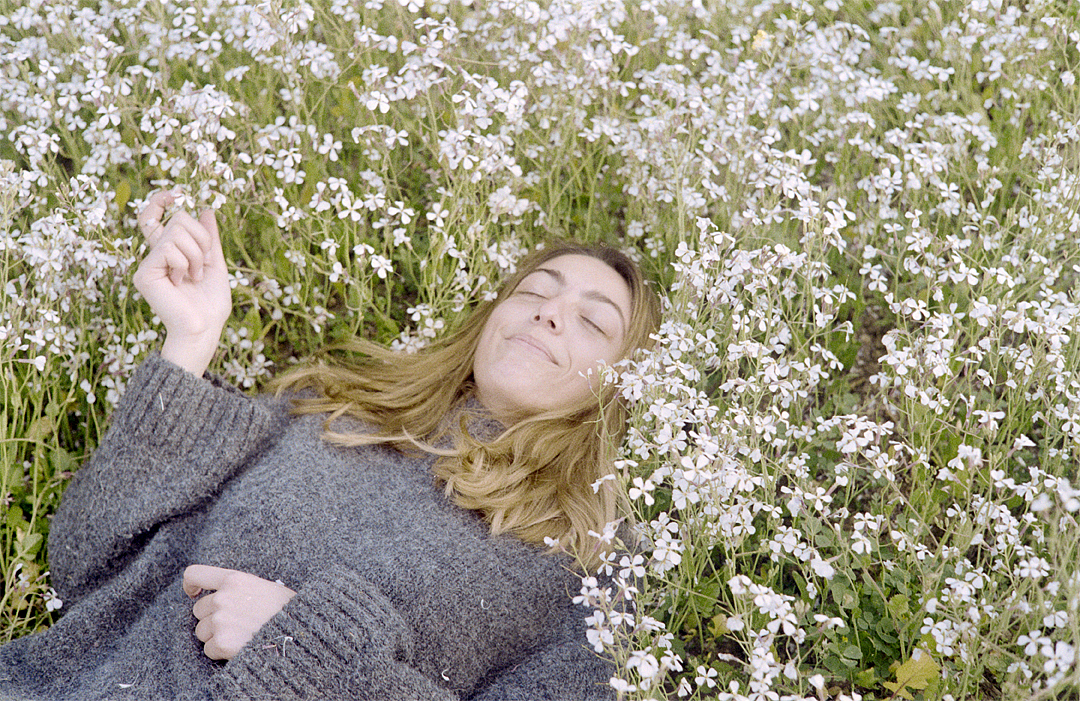
flower bed
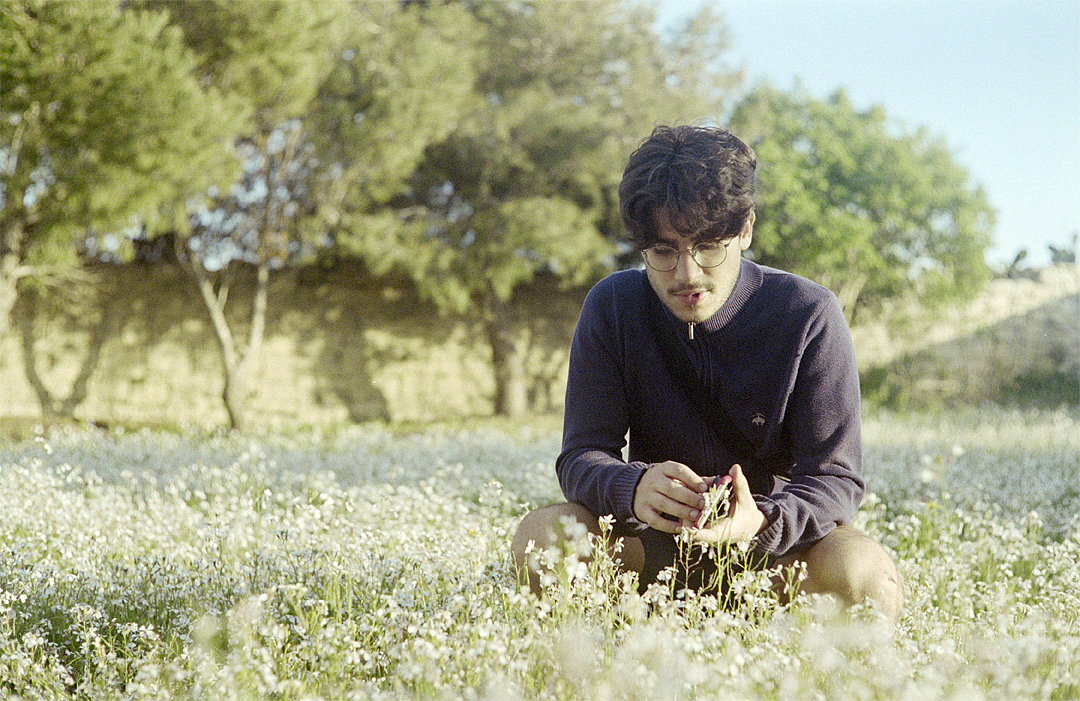
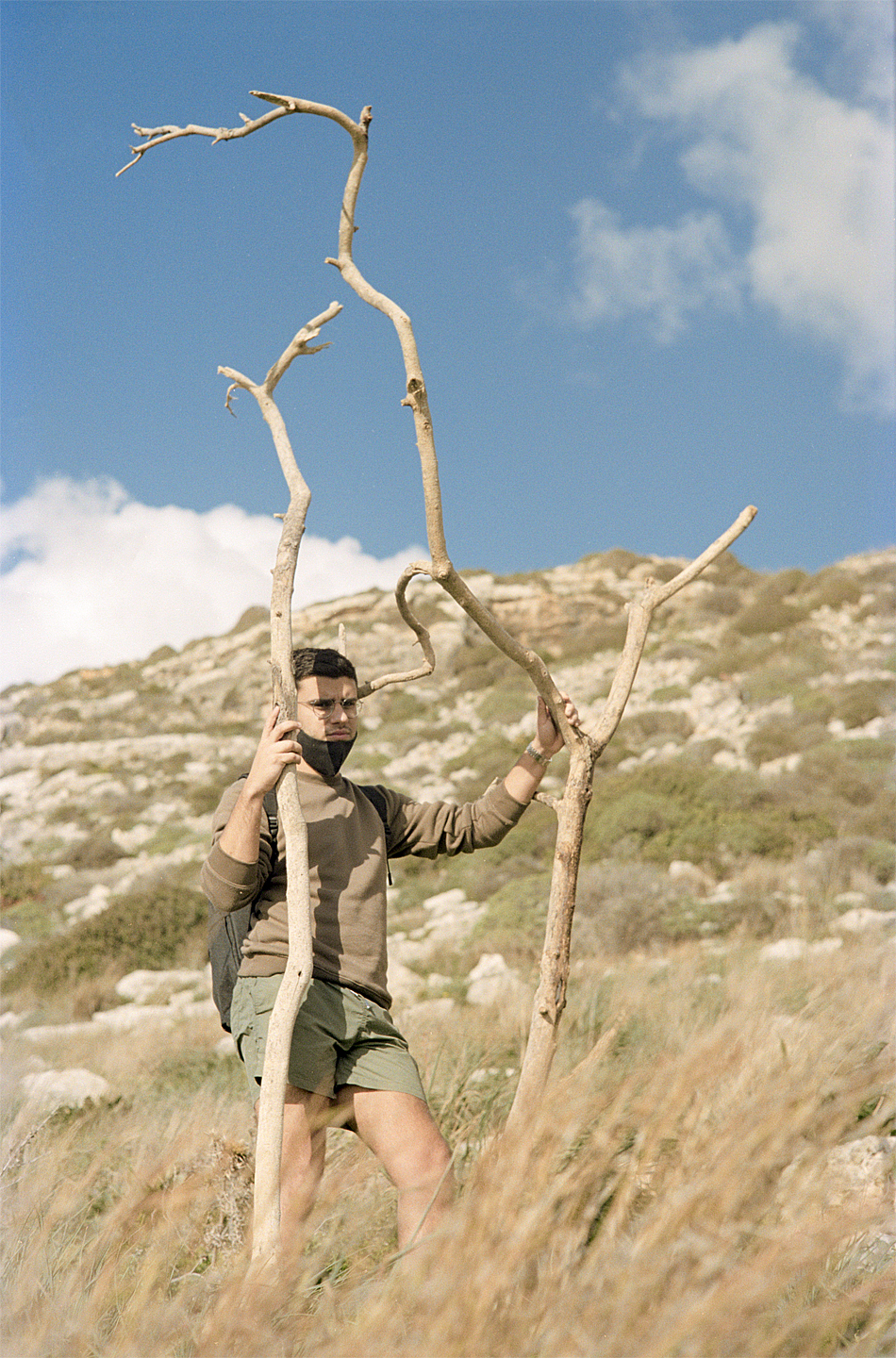
2019
more stories from a limestone isle
reading the tales embodied within the rocks
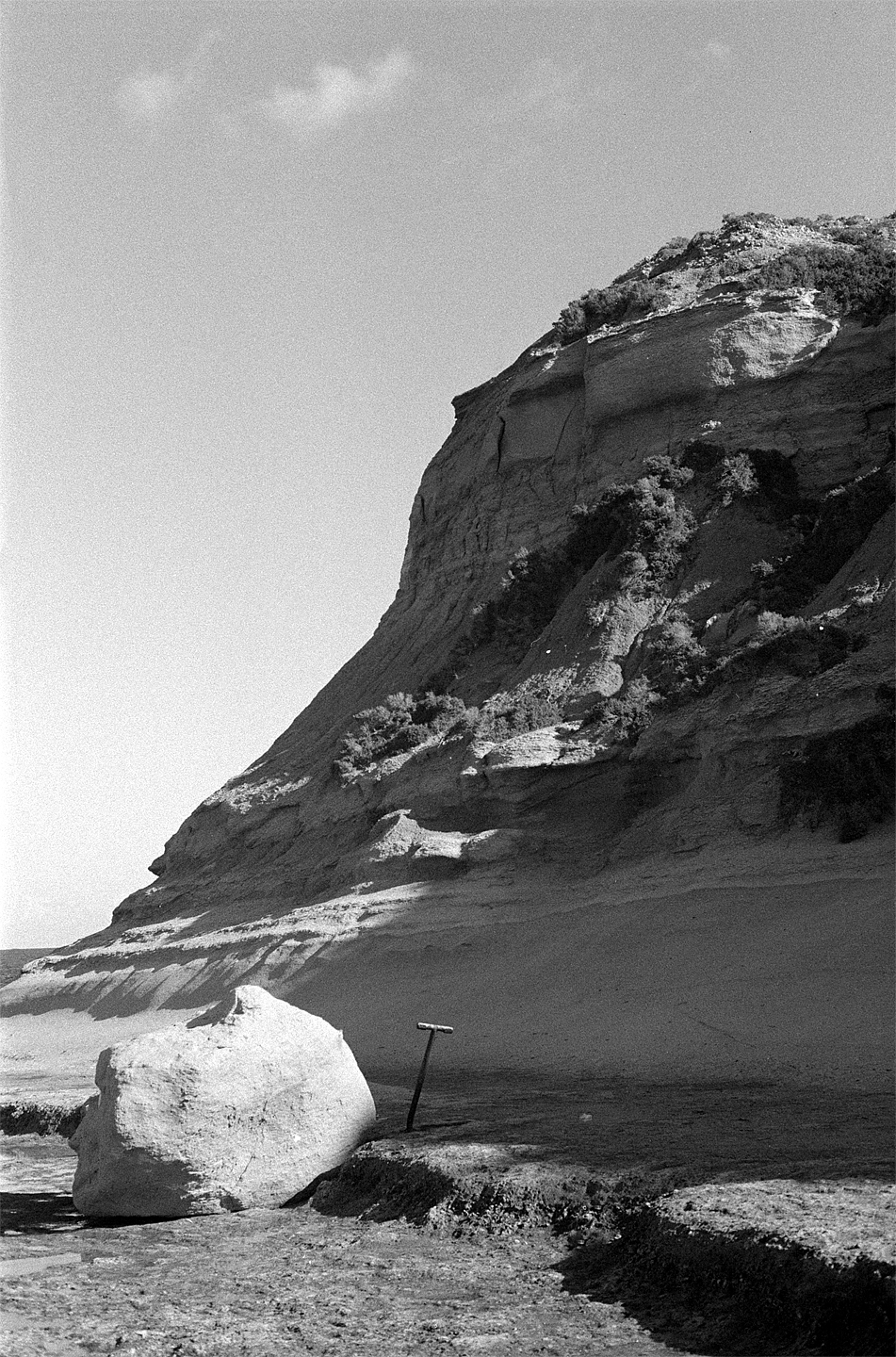
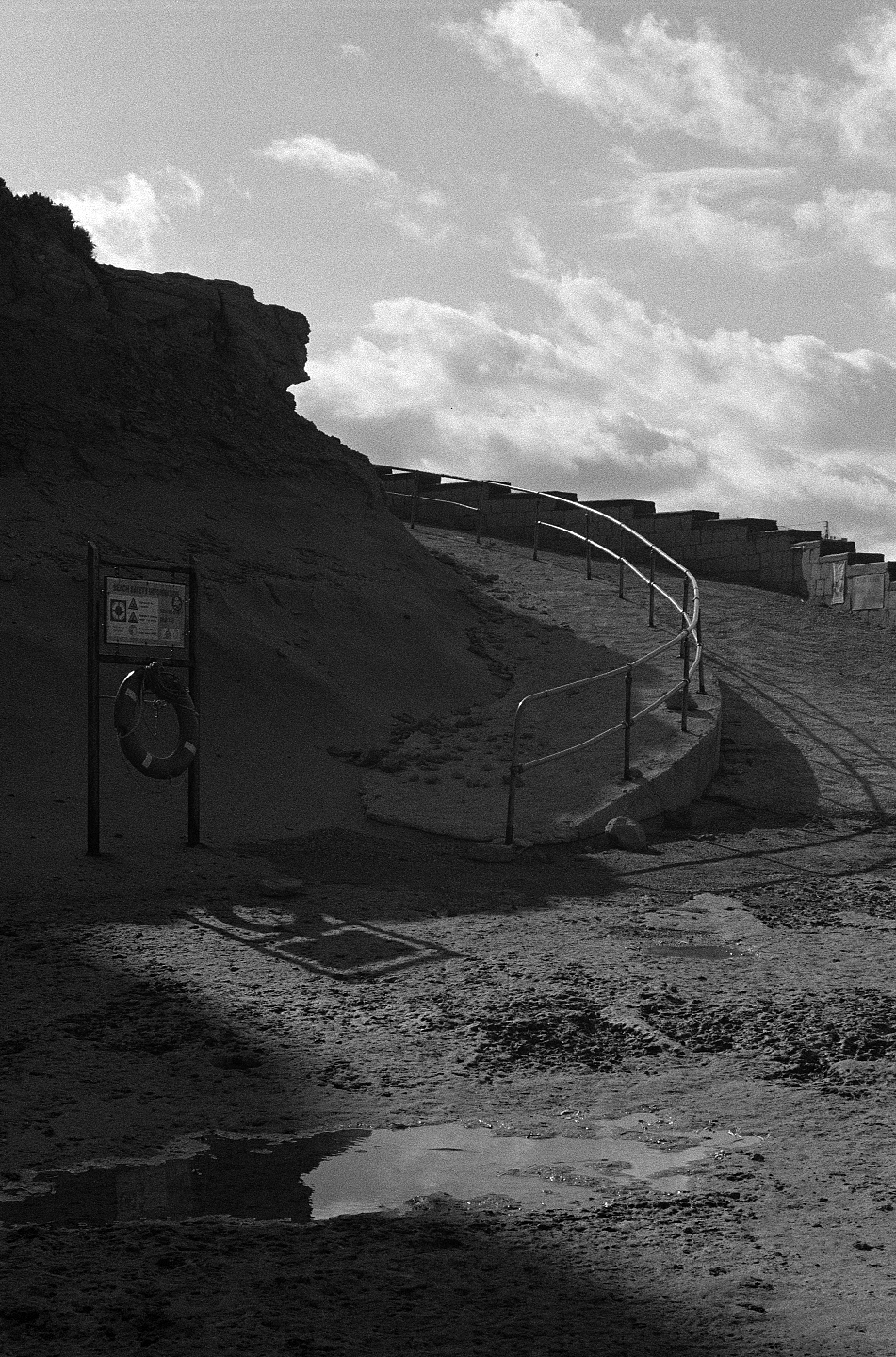
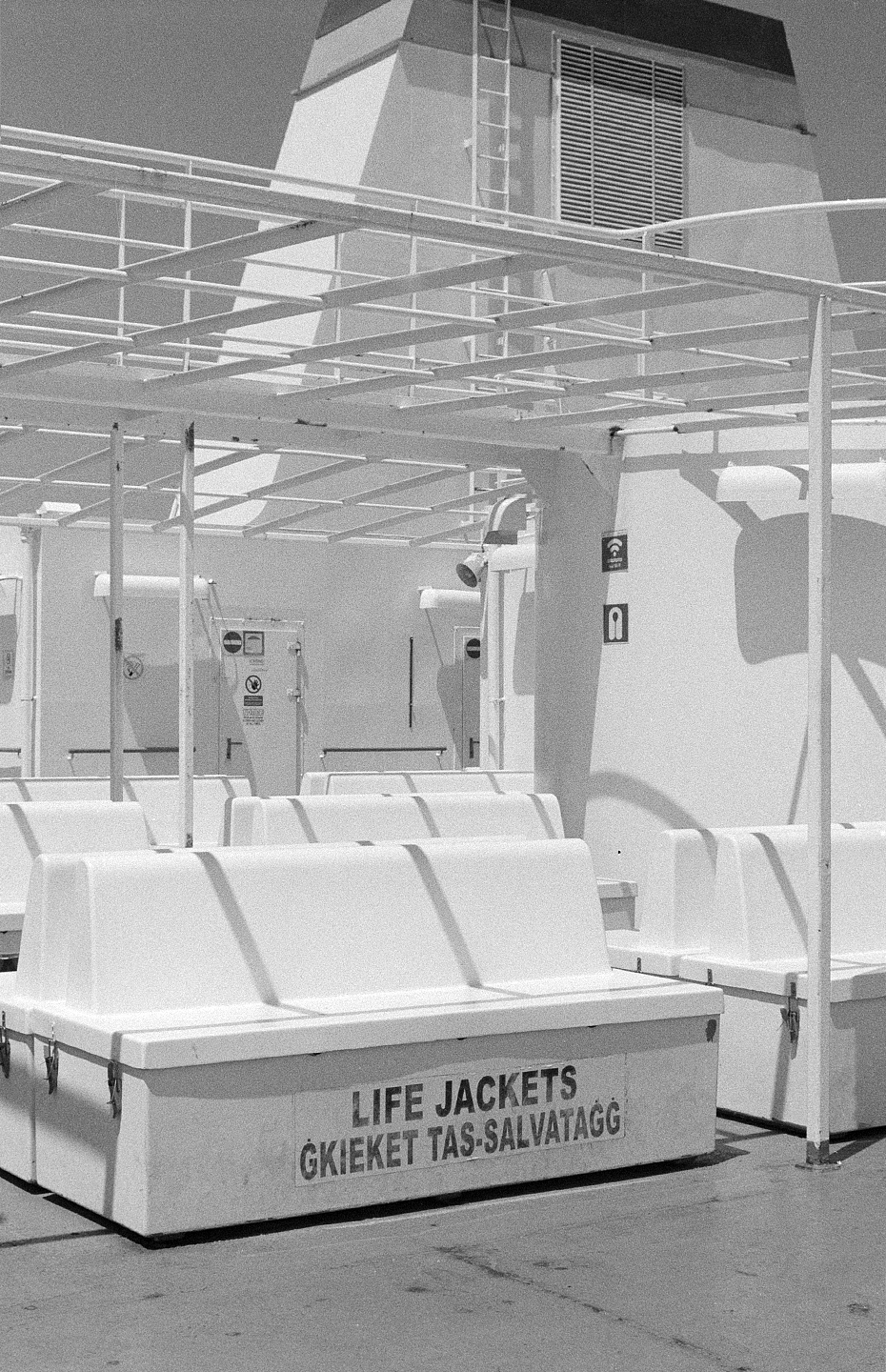
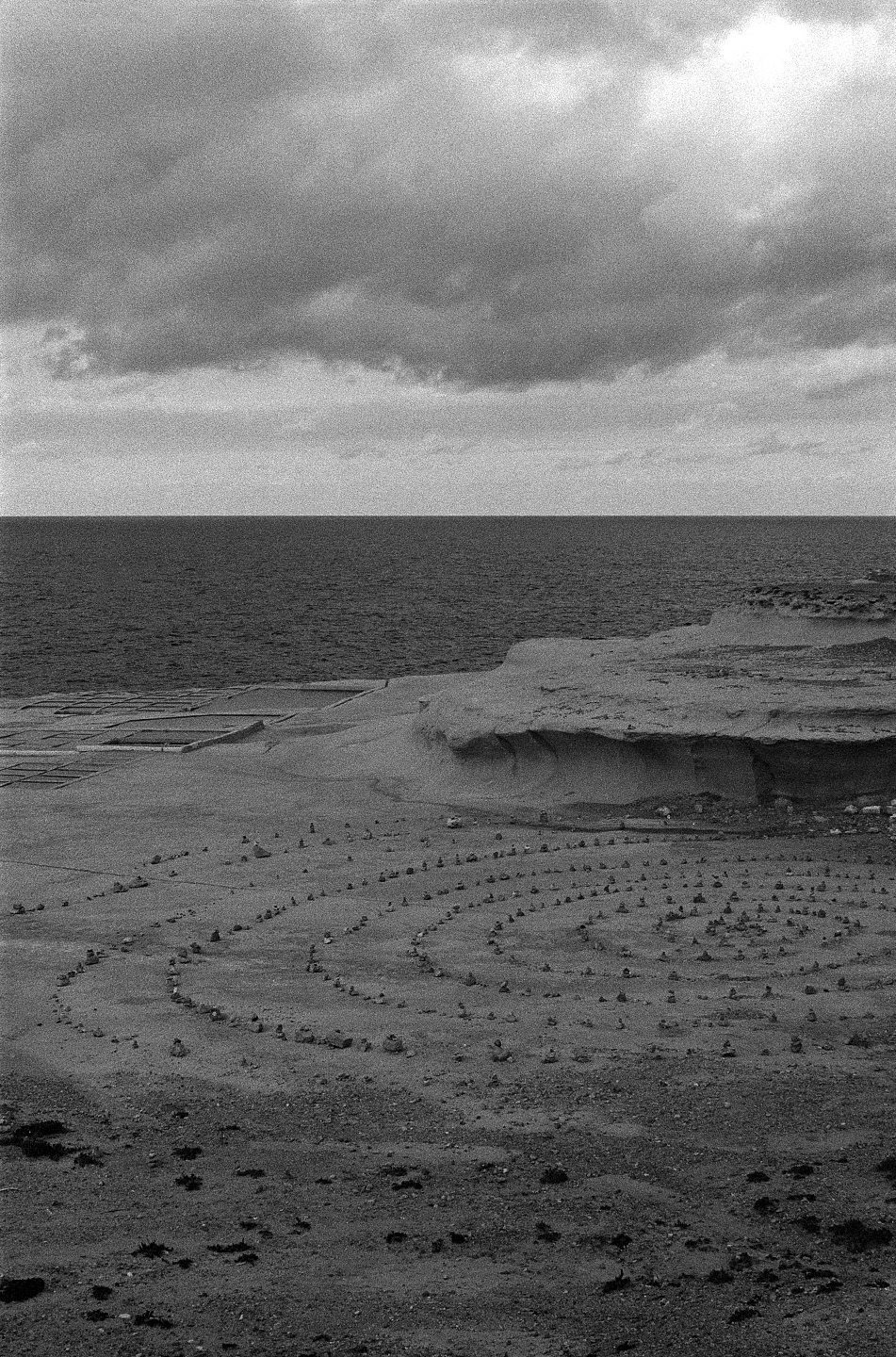
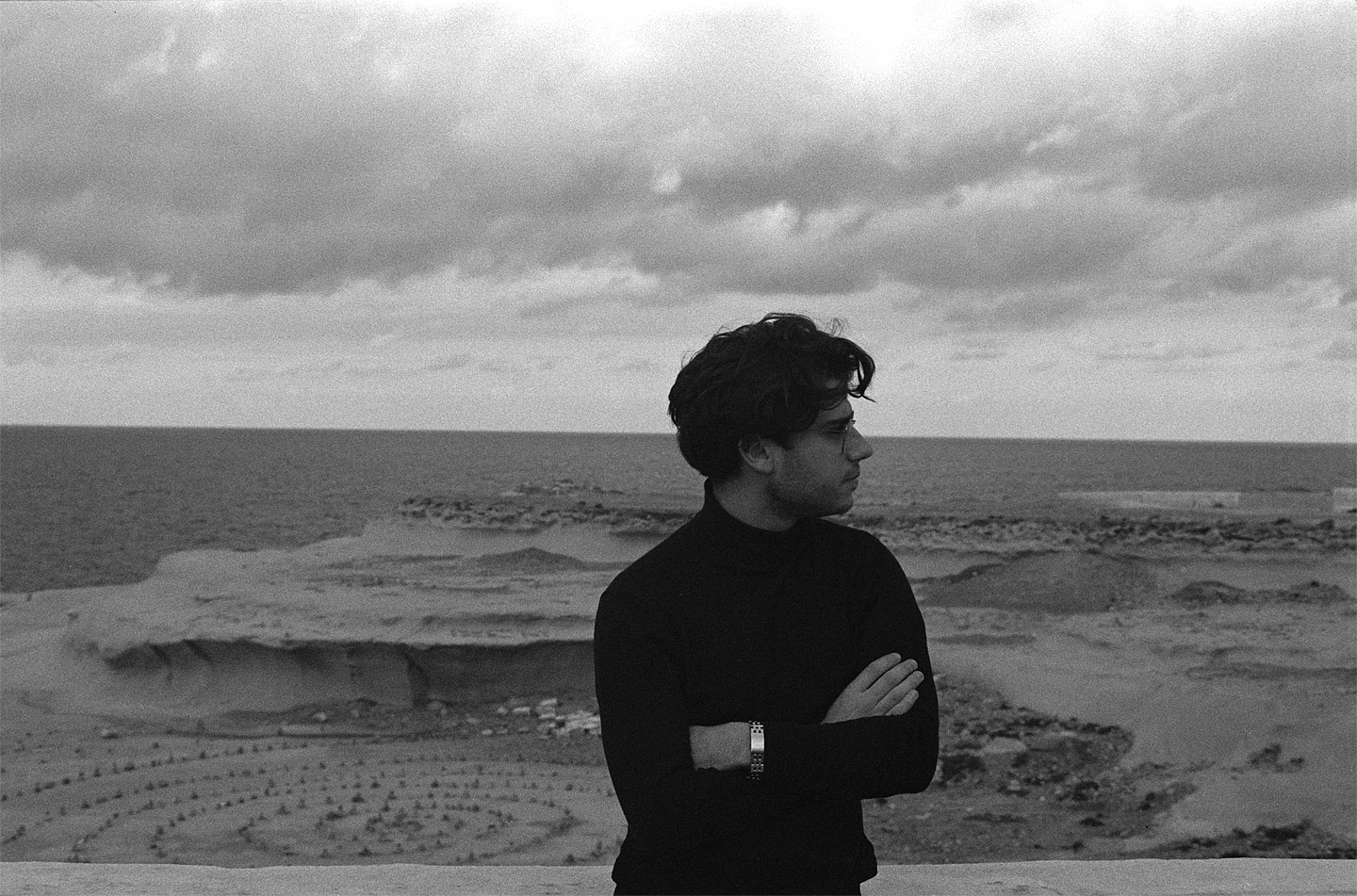
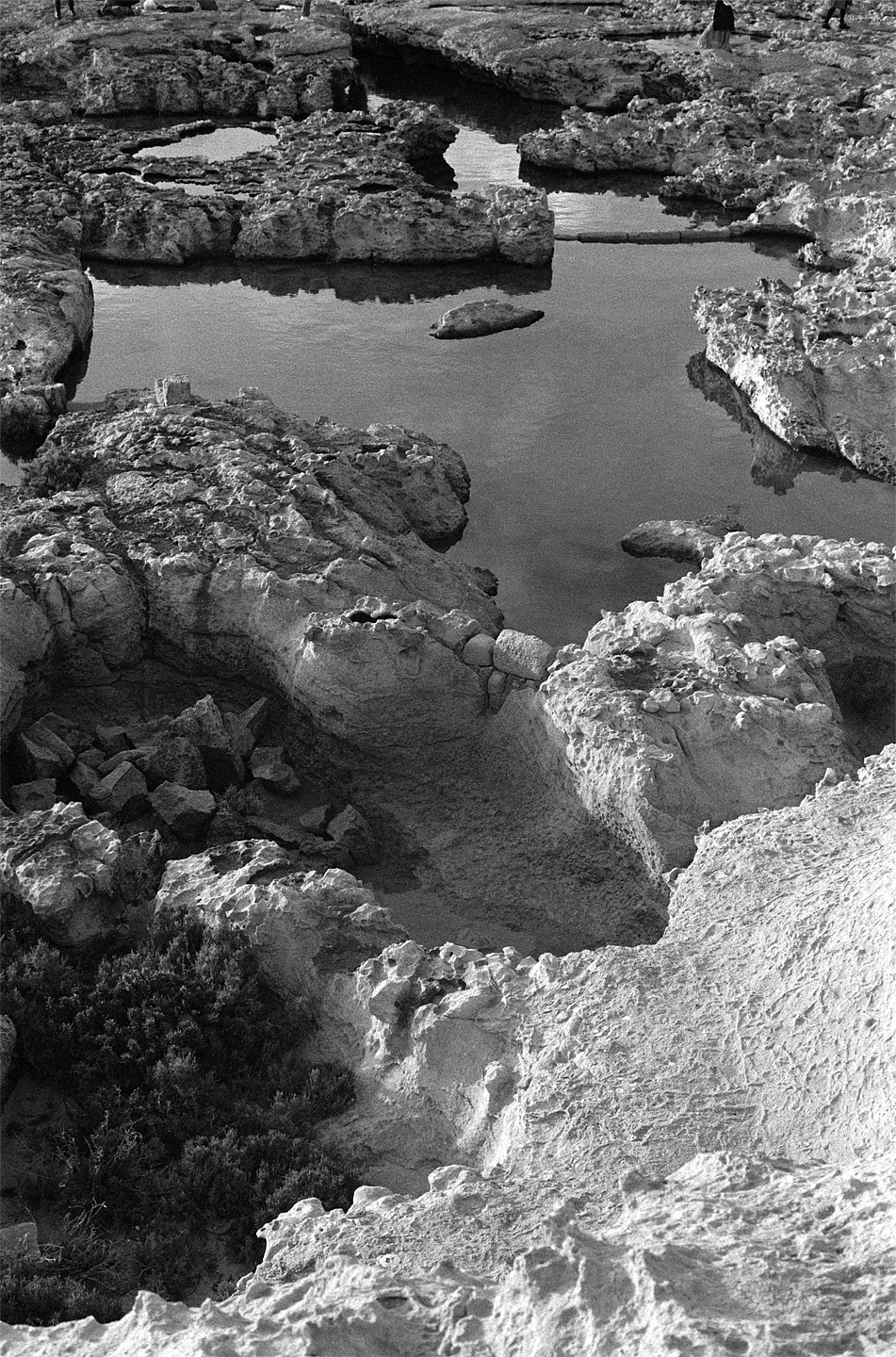
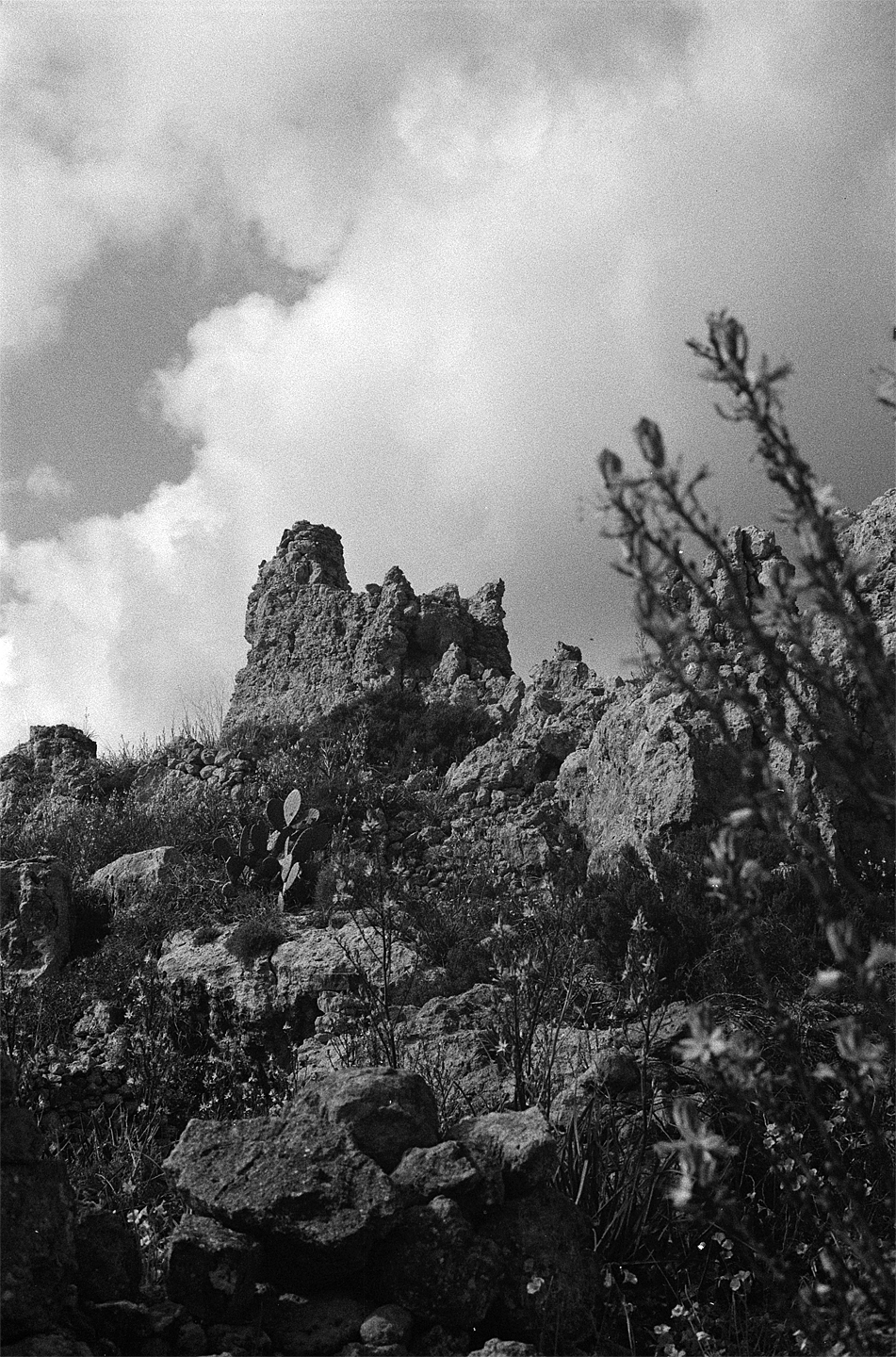
ode to the sister island
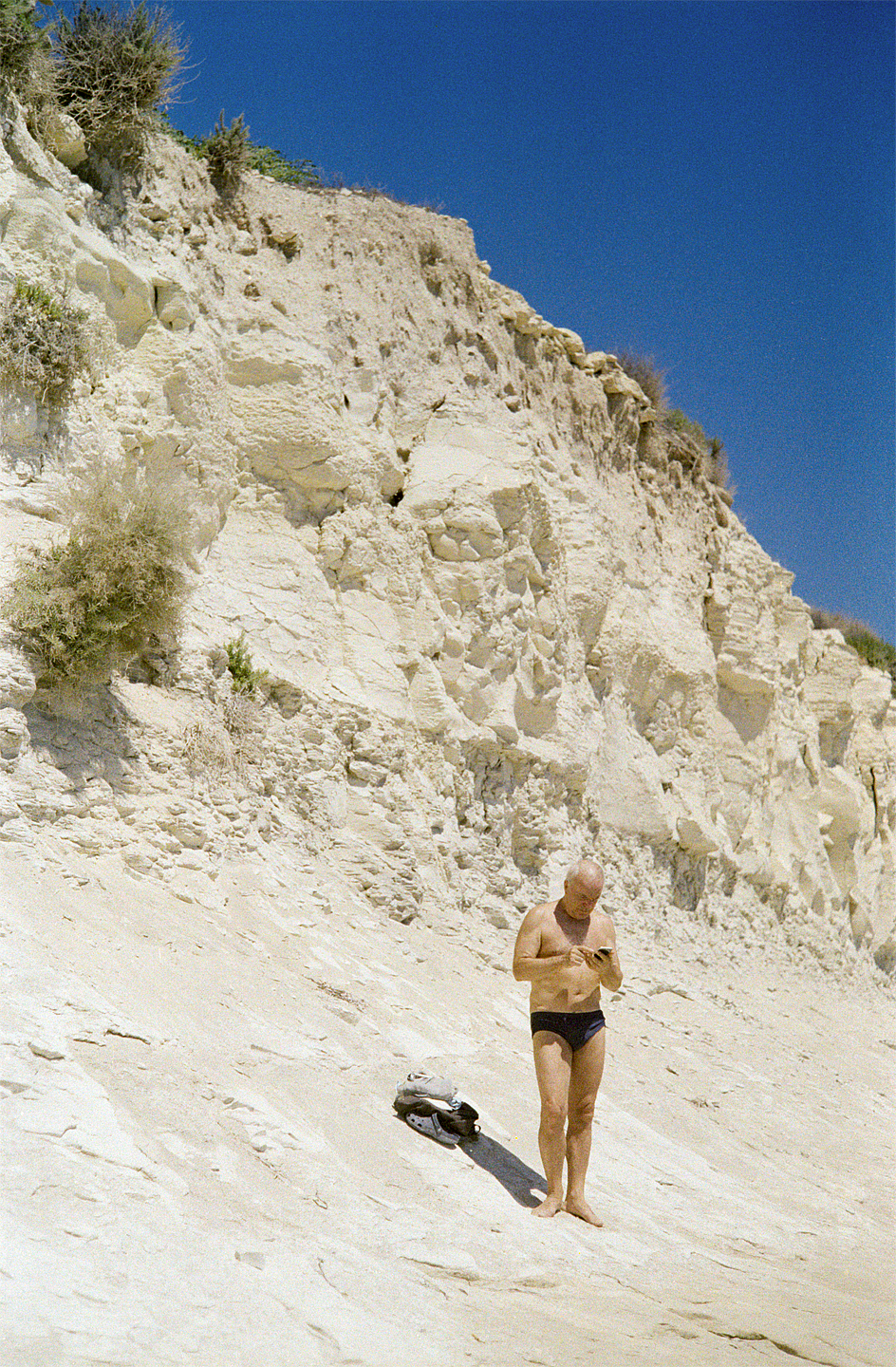

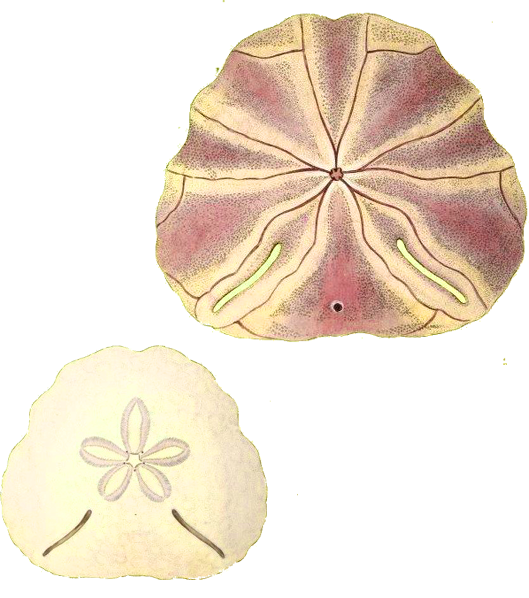
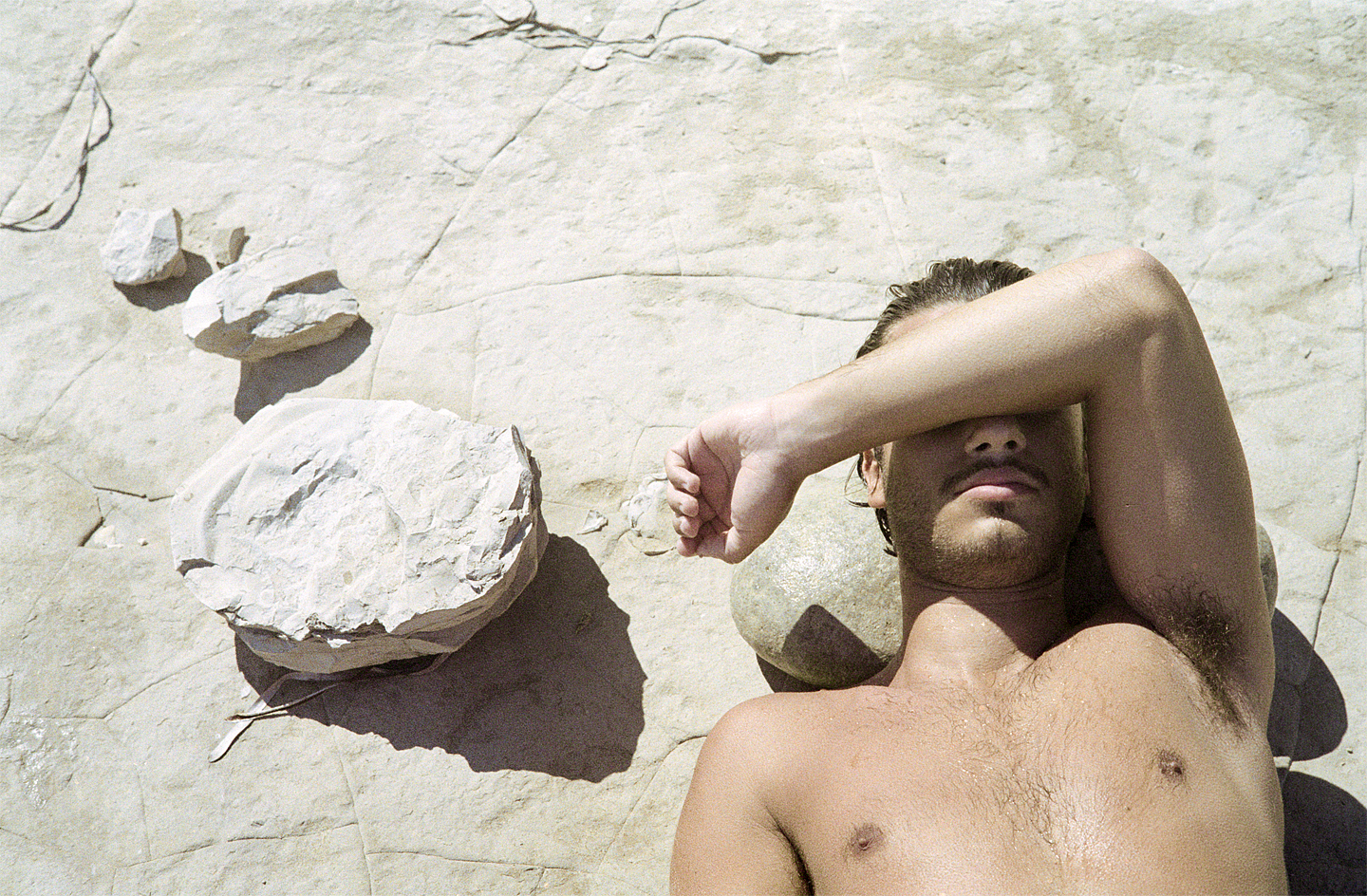
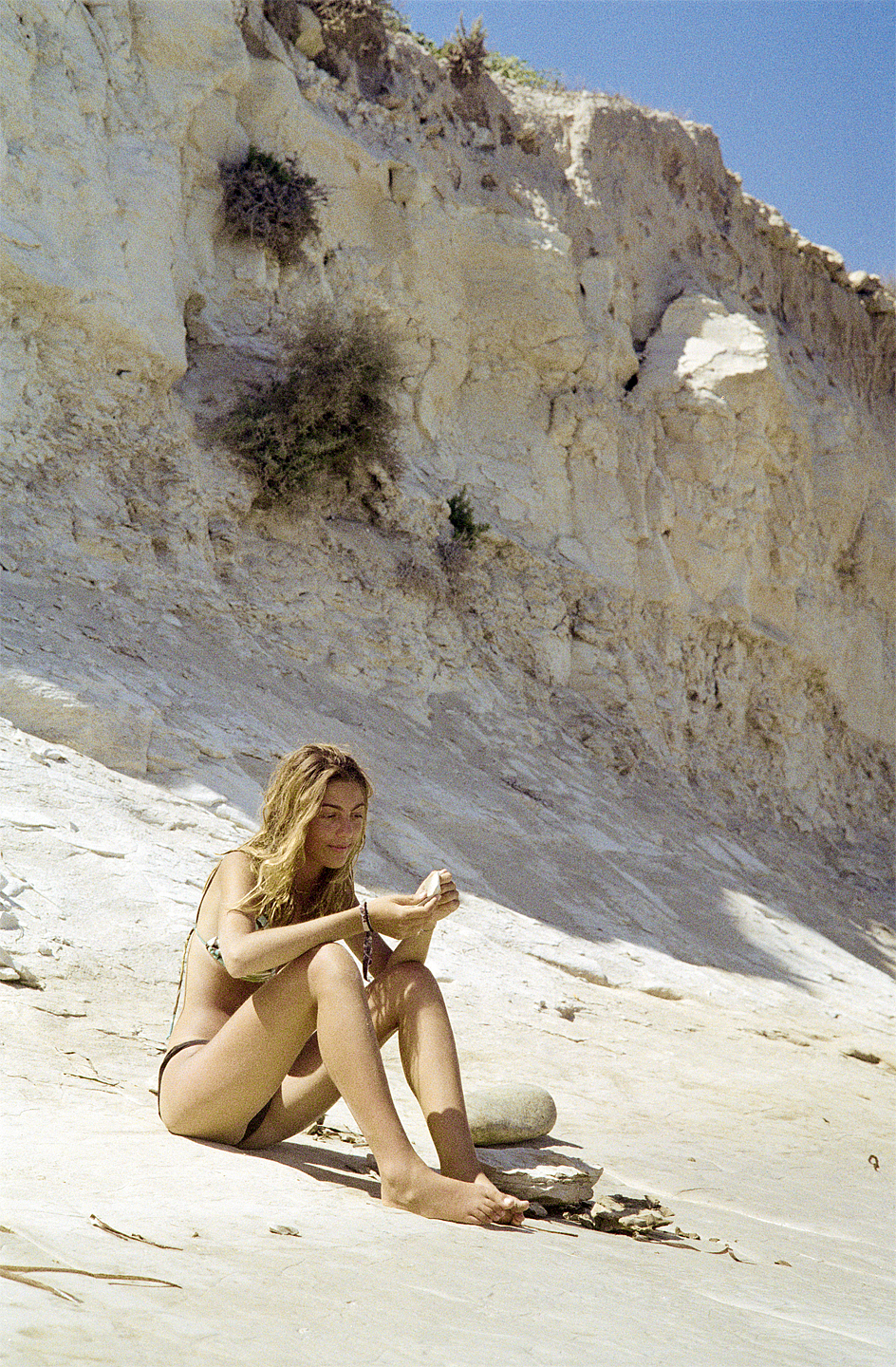
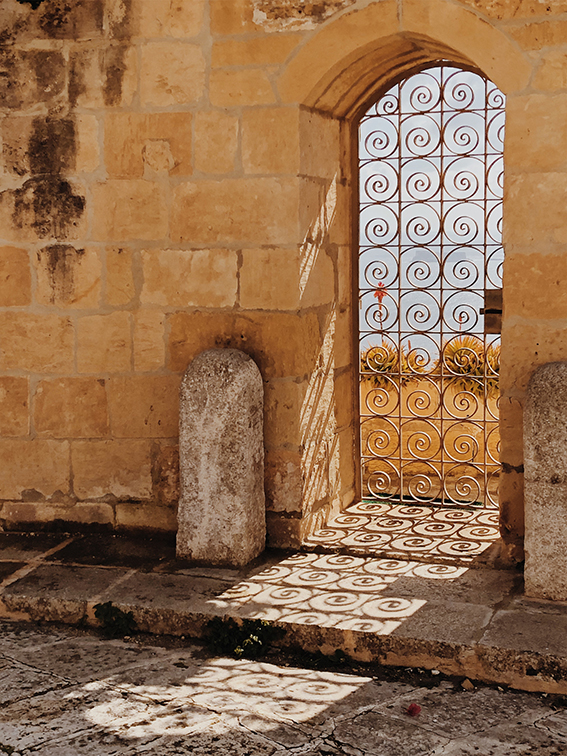
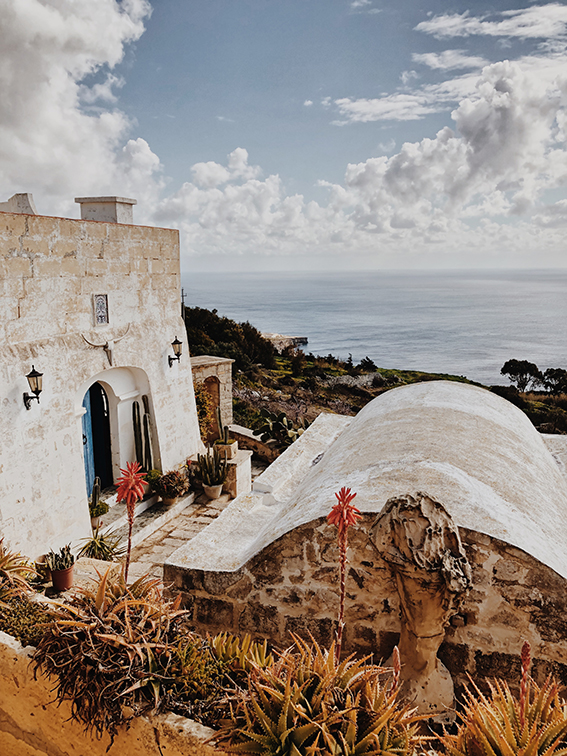
ta’ krispu honey thief



the inhabited pathway



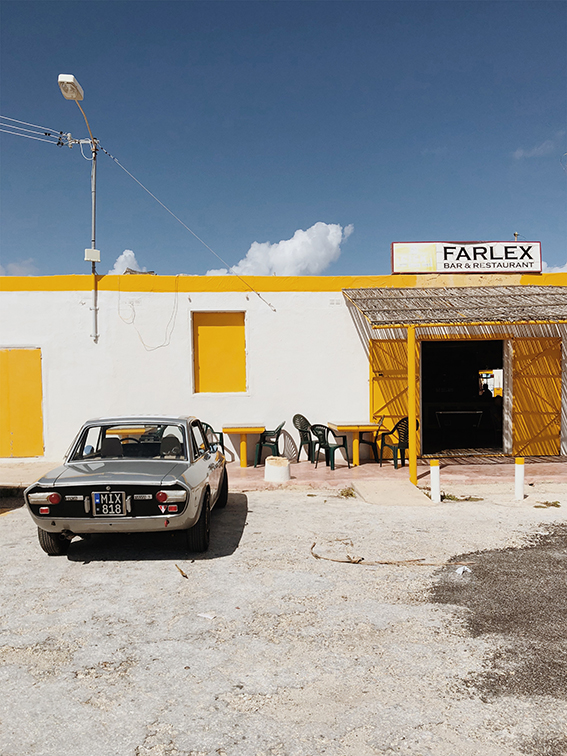
2018
upon returning to the rock
i experienced a newfound sense of what it means to come home. suddenly, the landscape i previously believed to be dull & uninspiring was emerging as an exciting & novel form, begging to be discovered. the rocks looked different now. their colour no longer appeared homogenous but lured me in, tempting me to wrap myself in their honey-coloured hues.
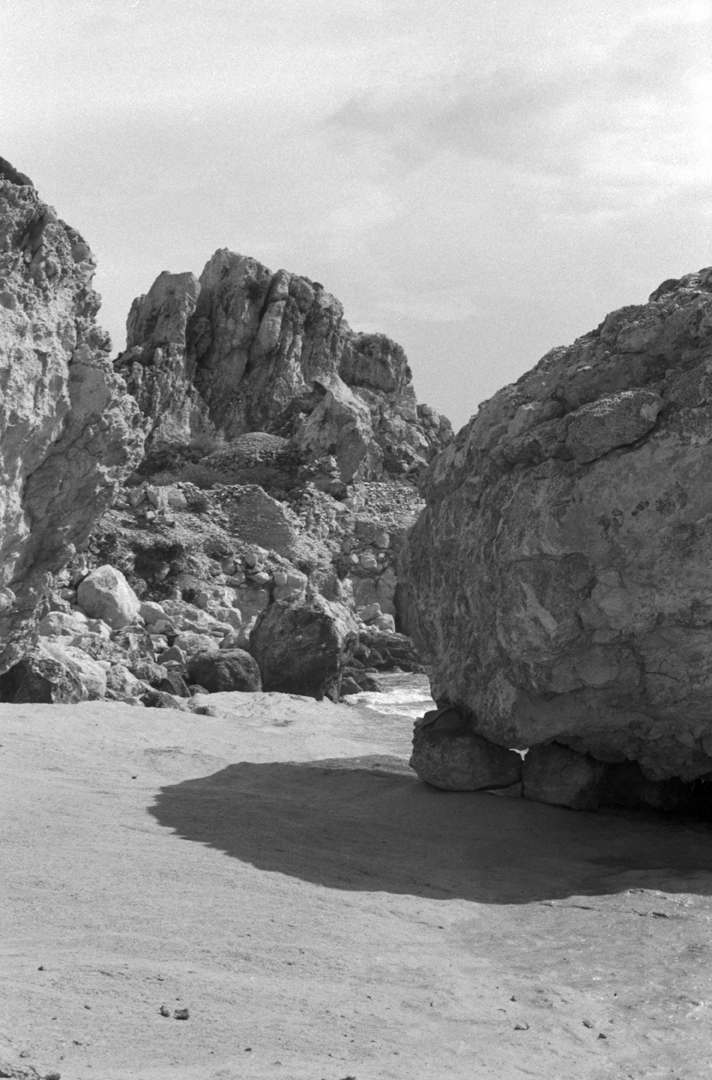
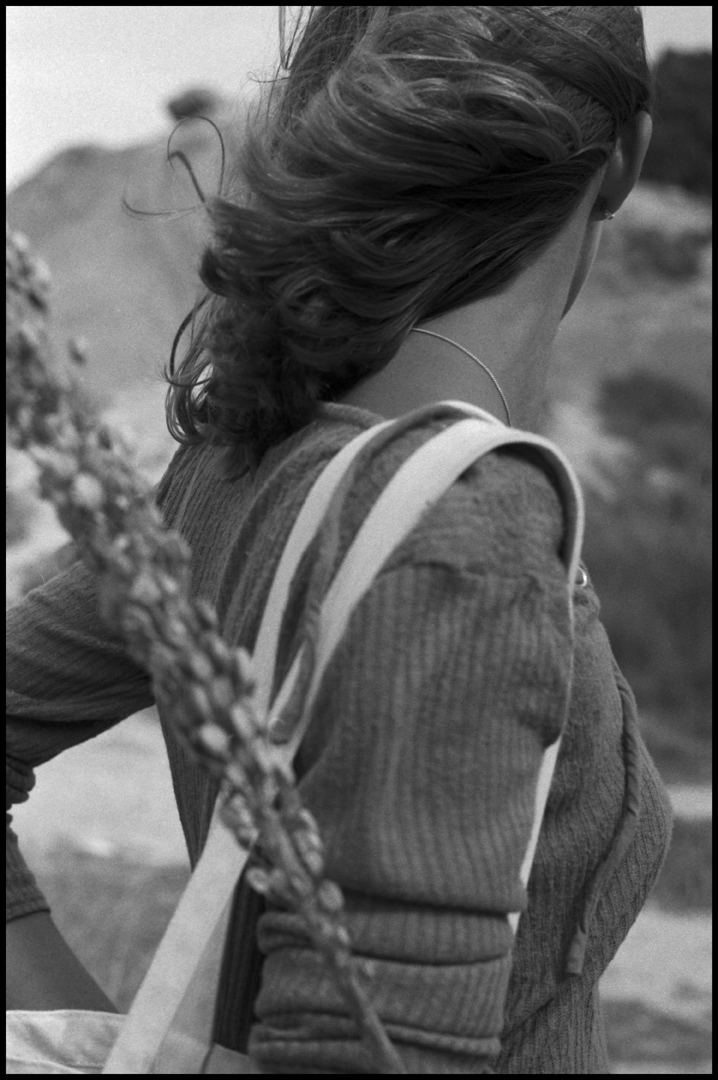



like ancient gods of the winds
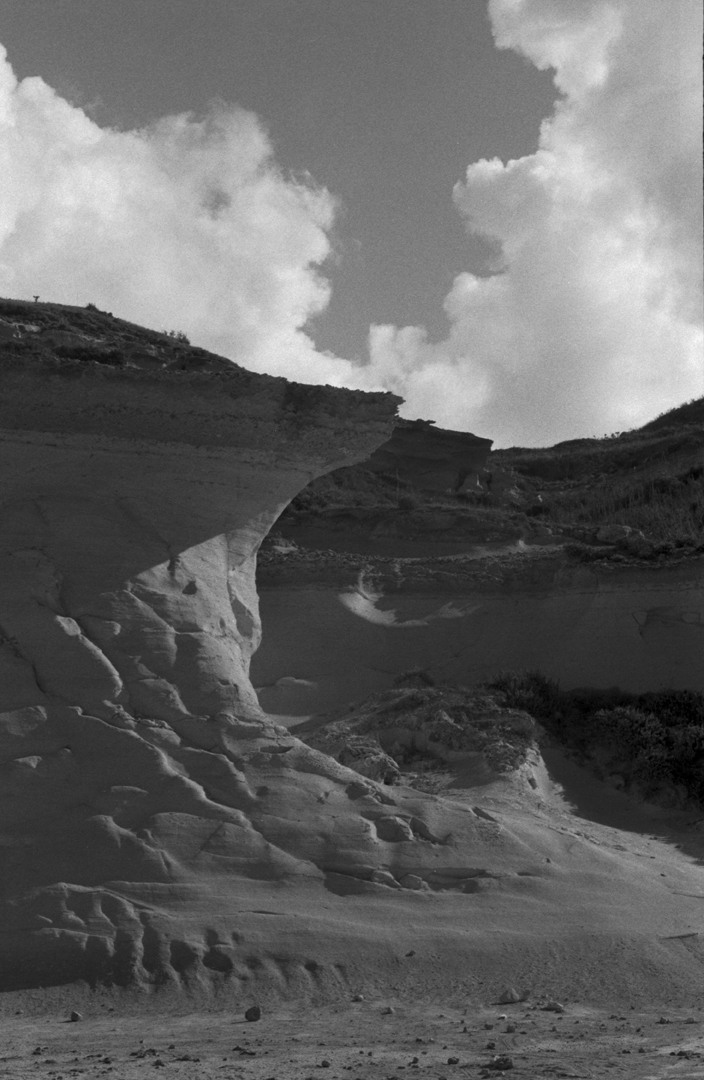

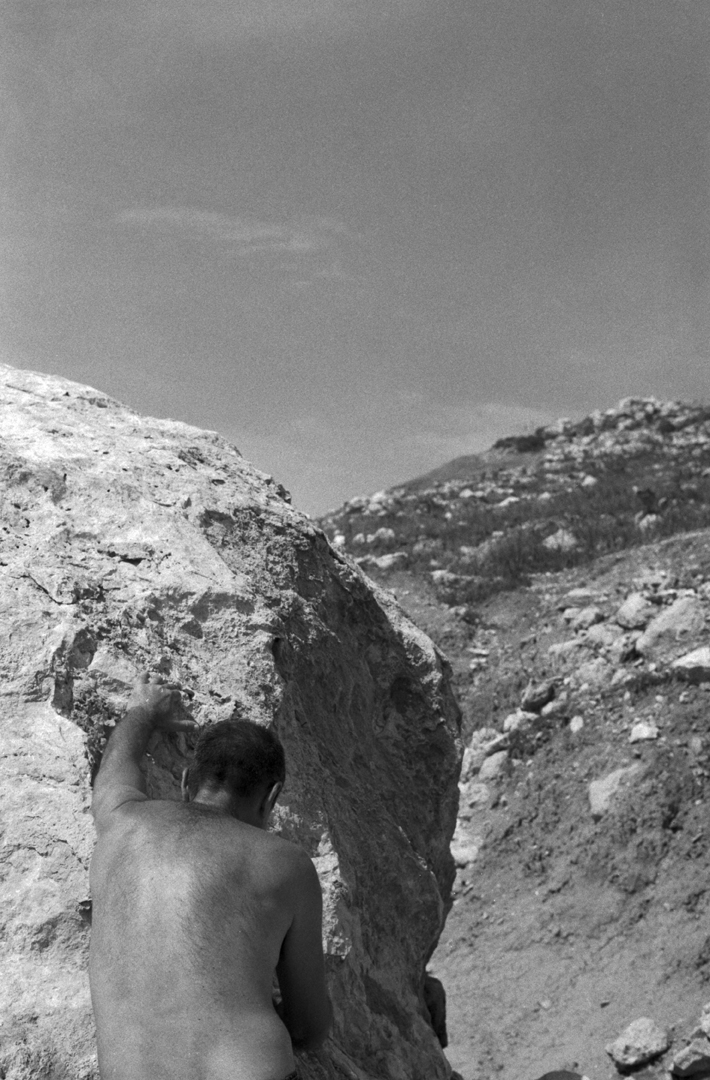
pater & rock:
the smooth back of one against the rough face of the other.

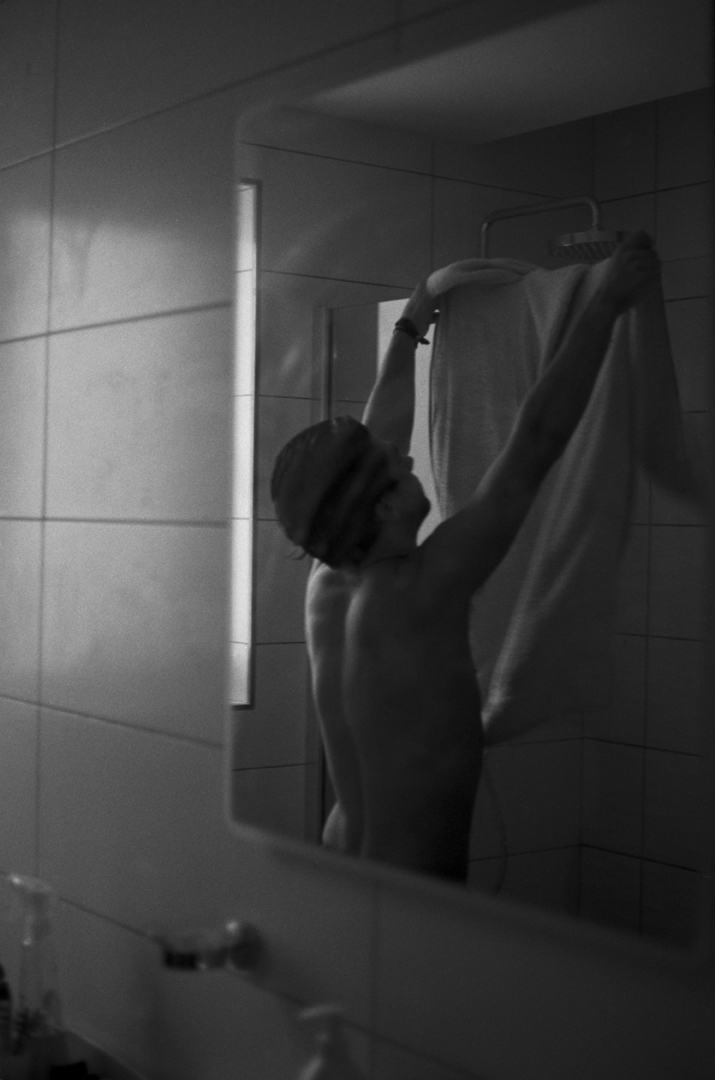

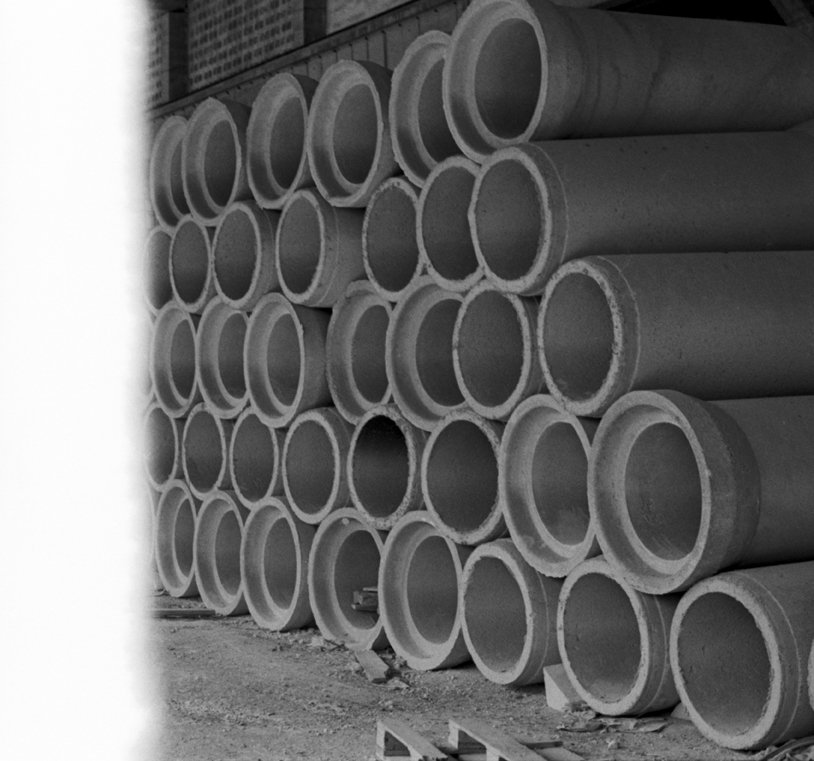
2017
disposable daydreams
sweet memories of strawberry fields in early summer
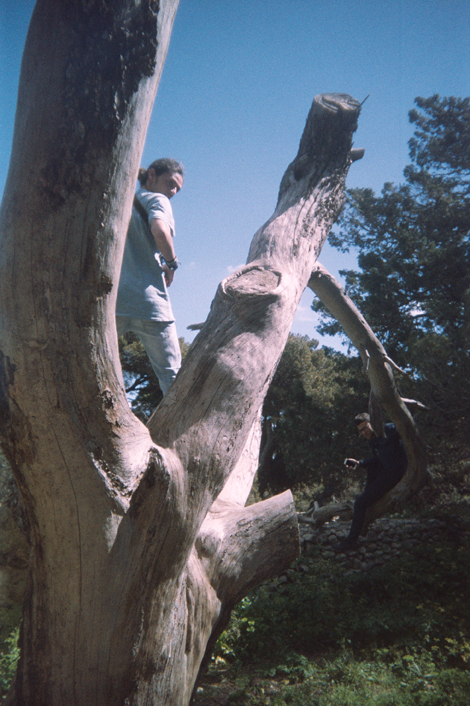

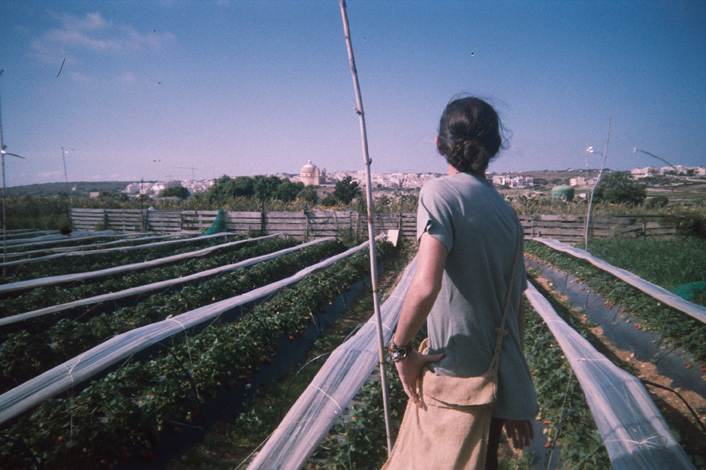
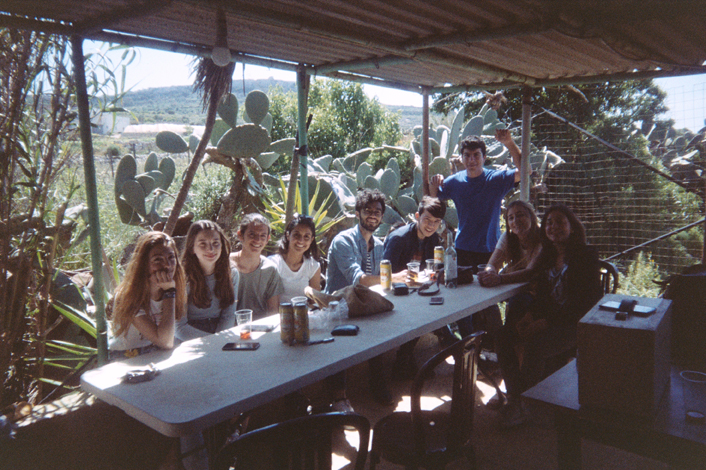
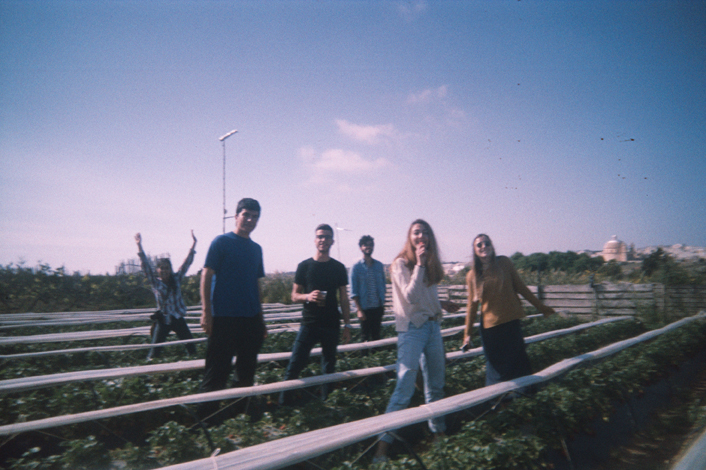
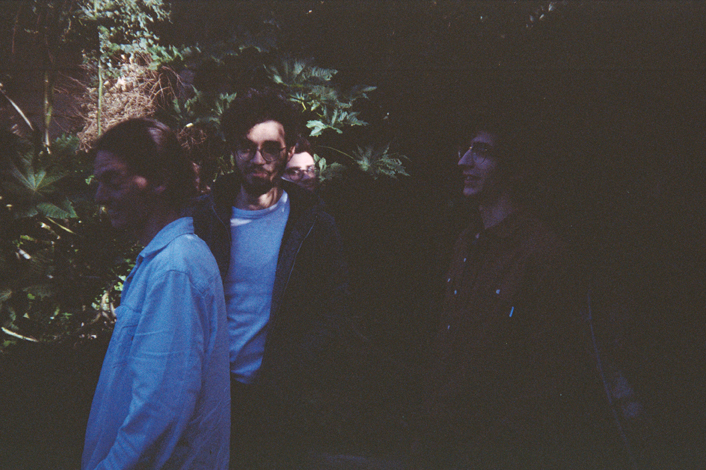
2. somewhere in the mediterranean
it’s not just a place, it’s a feeling
2024
let’s play mermaids
endless blue in sardegna
rock-cataloguing
in the shade of the juniper trees
spending my time exploring any new place imagining the lives lived behind its doors & windows, dreaming up narratives unfolding behind its facades & weaving connections through its streets
2024
granita per tre
slow days dozing under the lemon trees
2024
roman holiday
the beauty of being alone
portals to another time
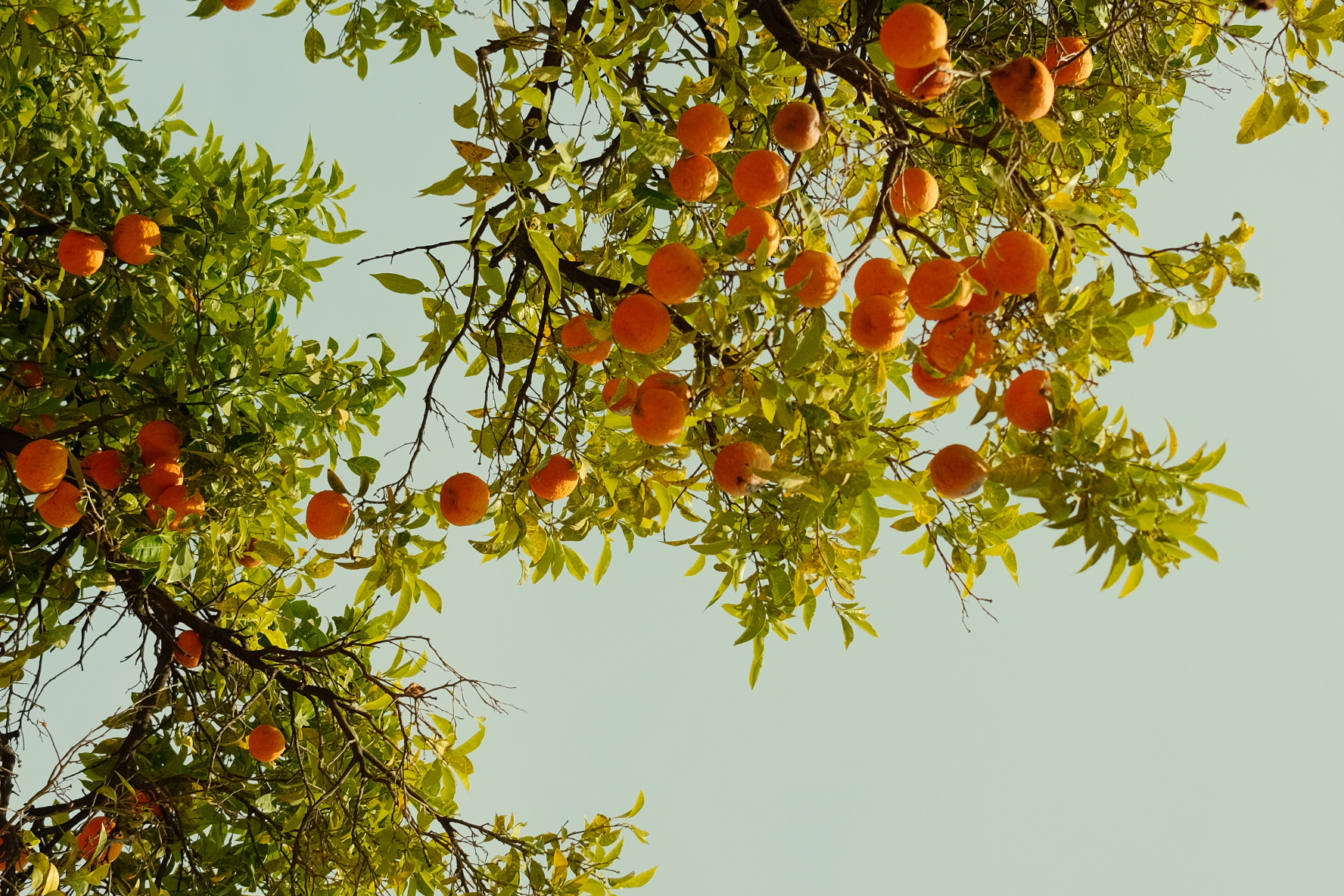
stumbled into a massive board game that the gods play from above
overheard conversations in rome
2023
i went to talk to the sea today
summer’s end in siciliy
2022
sicilian roadtrips
il dolce far niente & other lessons on how to savour life
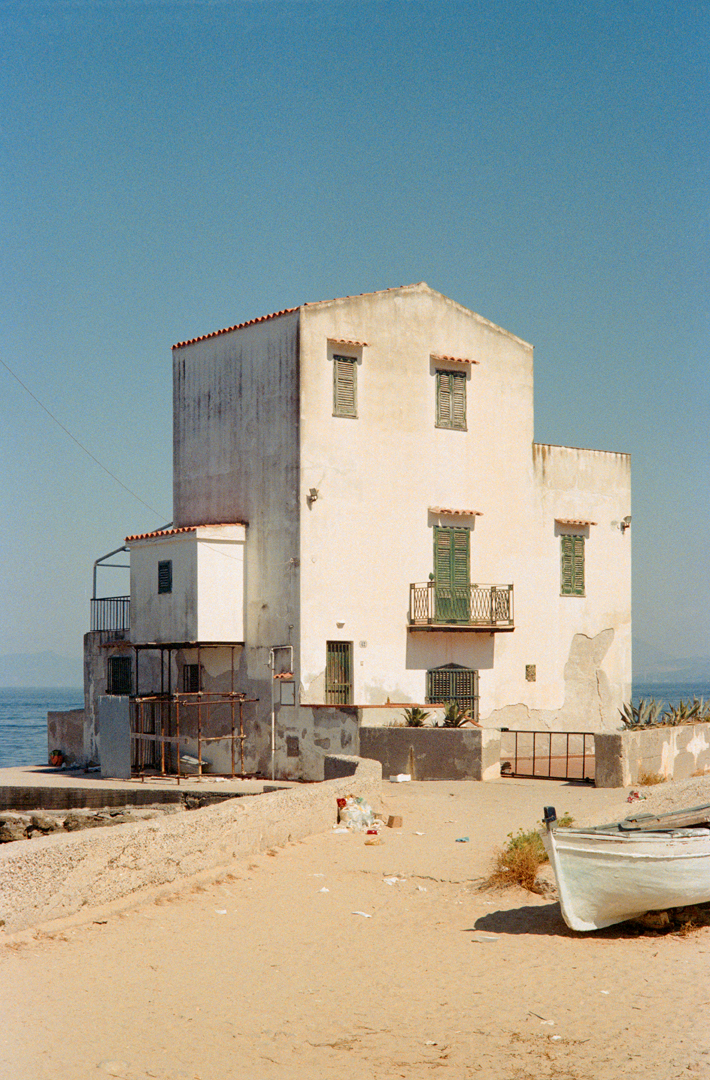
all streets in santa flavia lead to the sea… a dream-like town which materialises when least expected & refuses to be found when you seek it

lido livin’
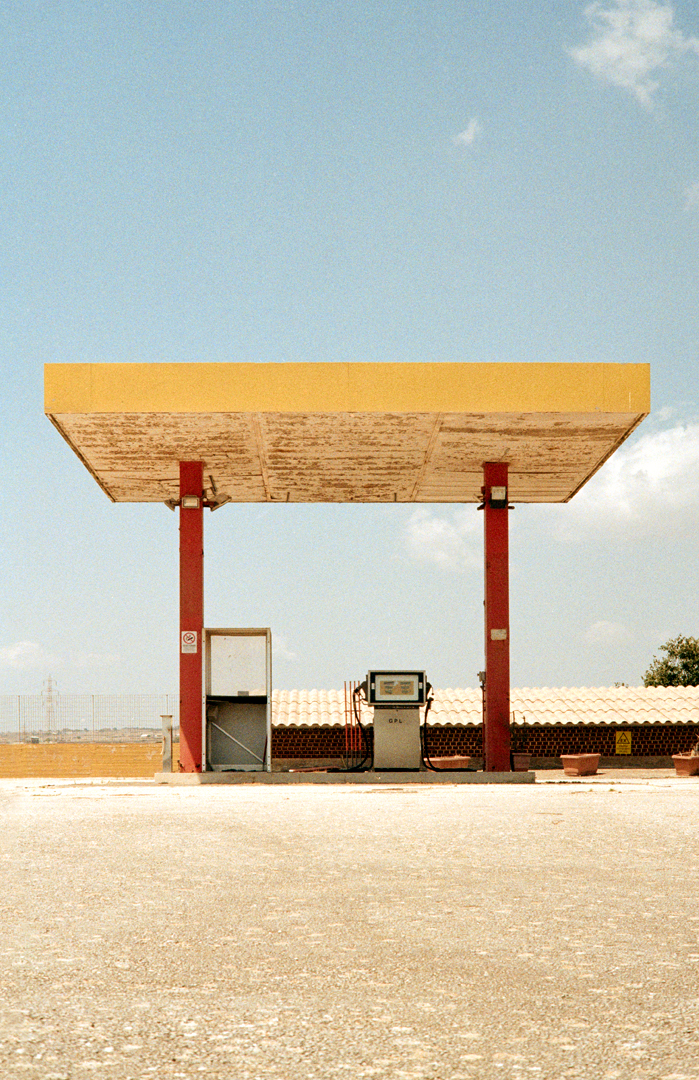
lonesome petrol pump
some photos you don’t manage to take
live in your head forever
until you do
destinazione: caletta sant'elia
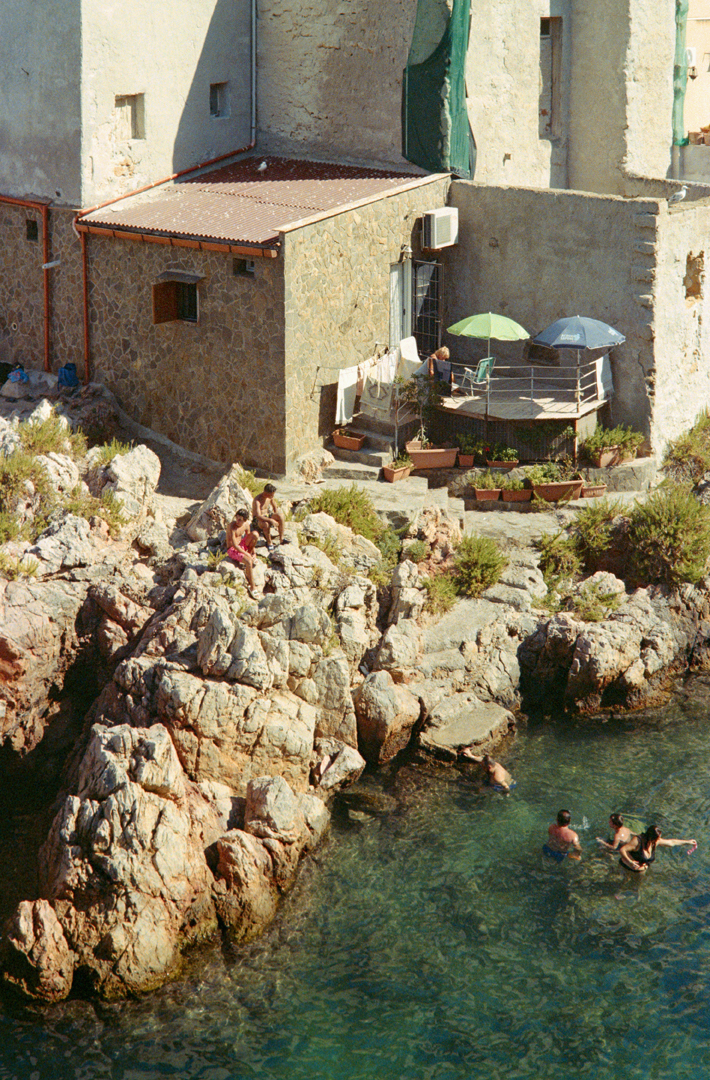
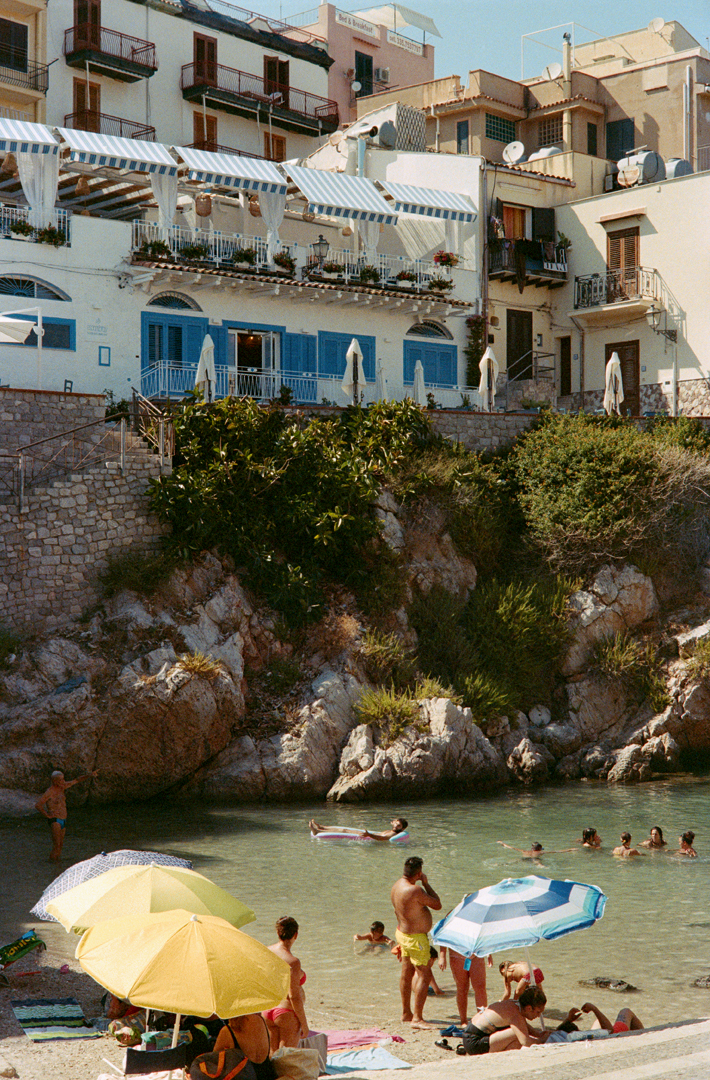
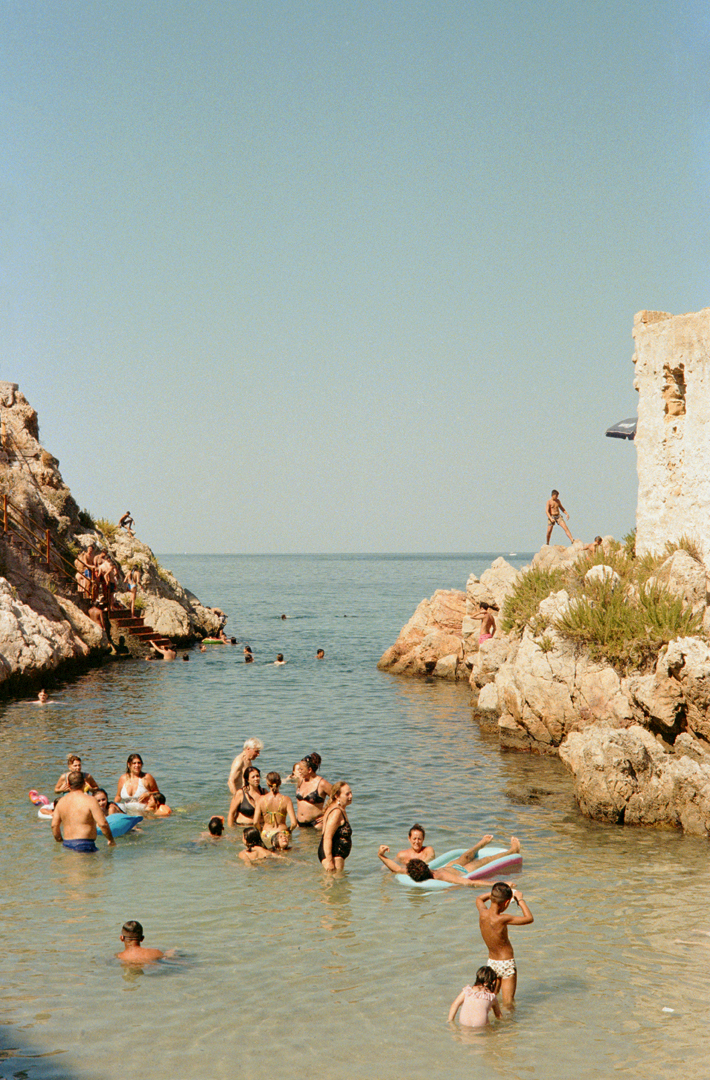
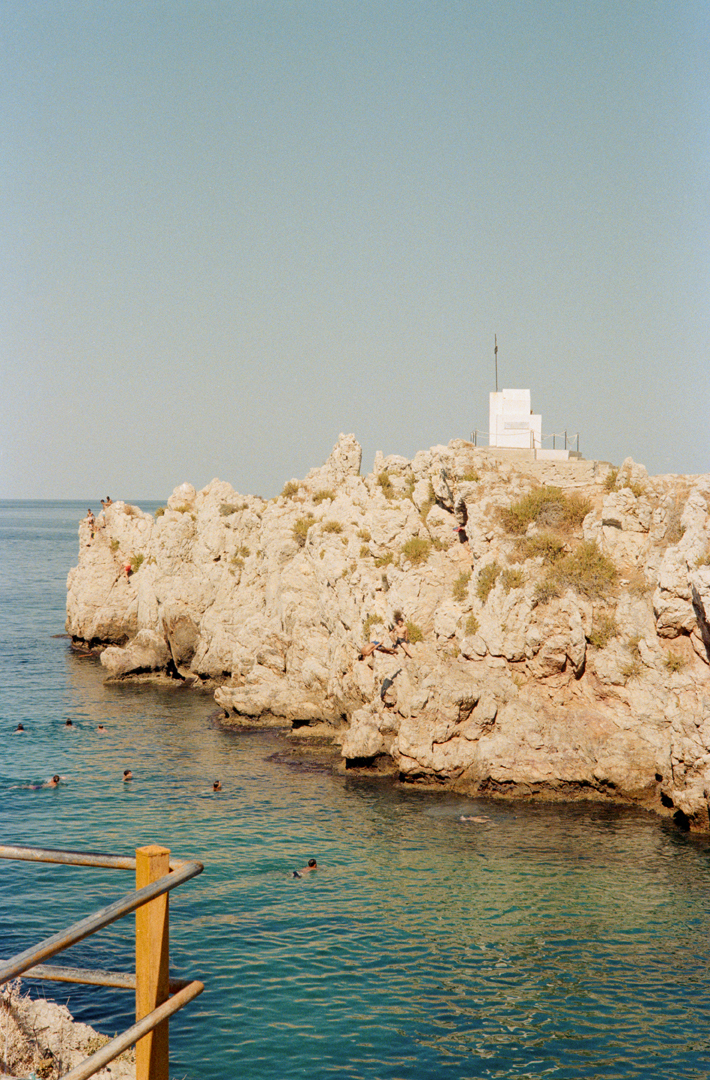
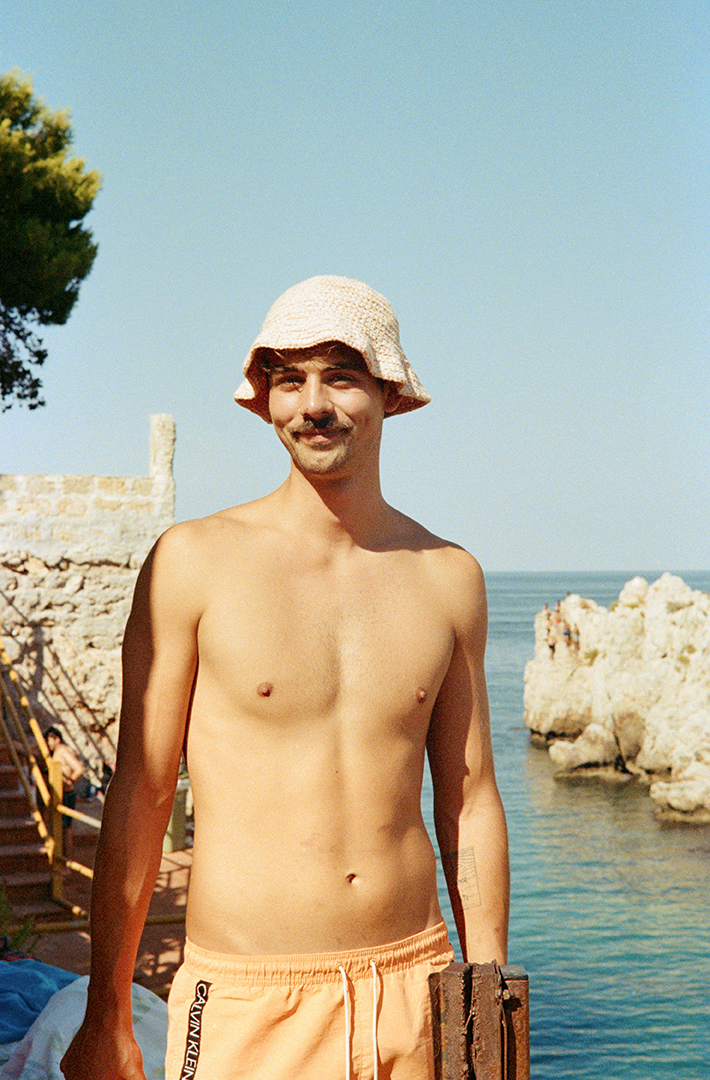

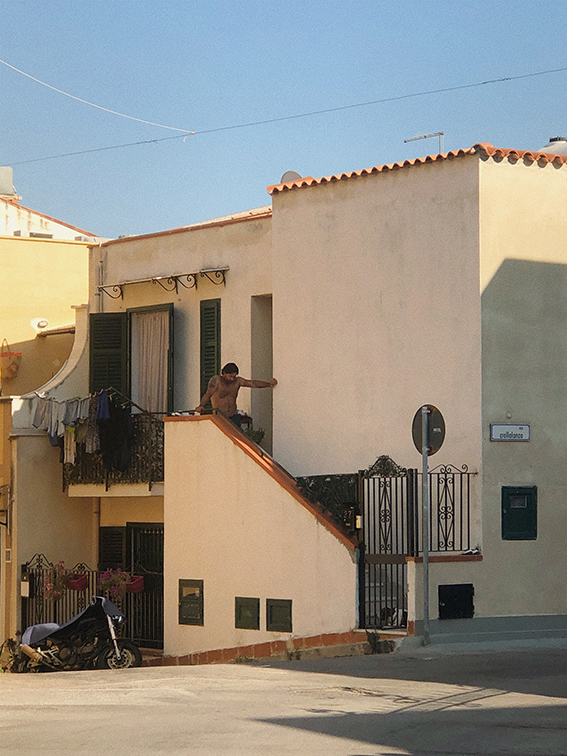
destinazione: isole egadi, favignana & levanzo
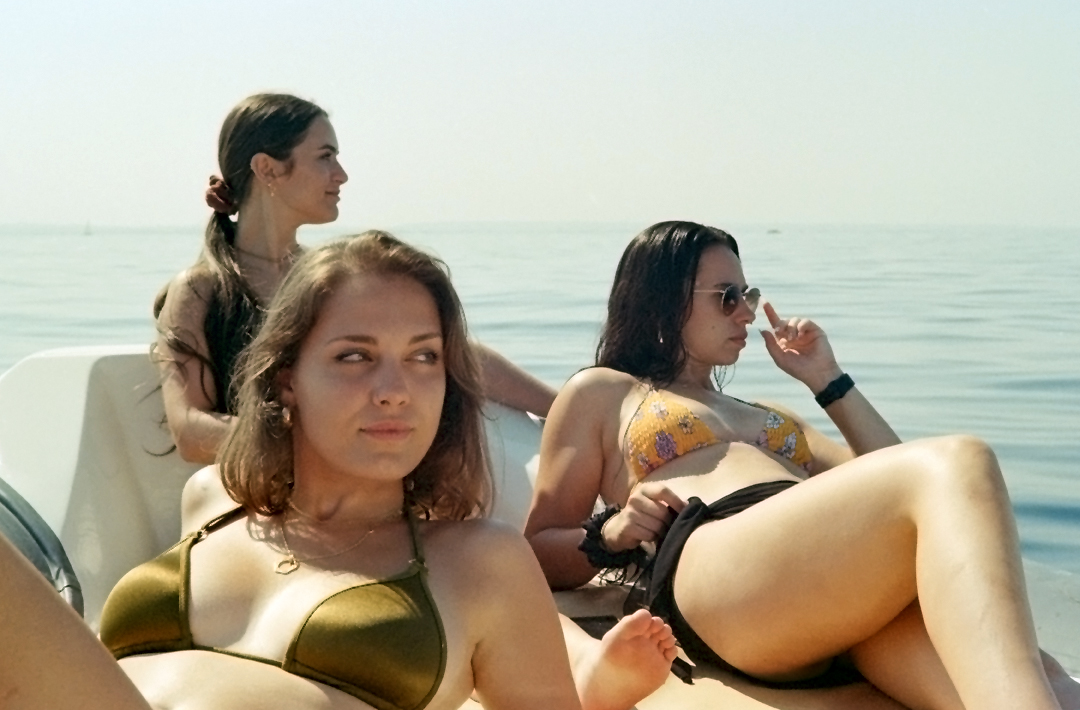

visions of the coastline:
stairs leading from the sea to an ancient fortress under which limpet-collecting nonni crawl
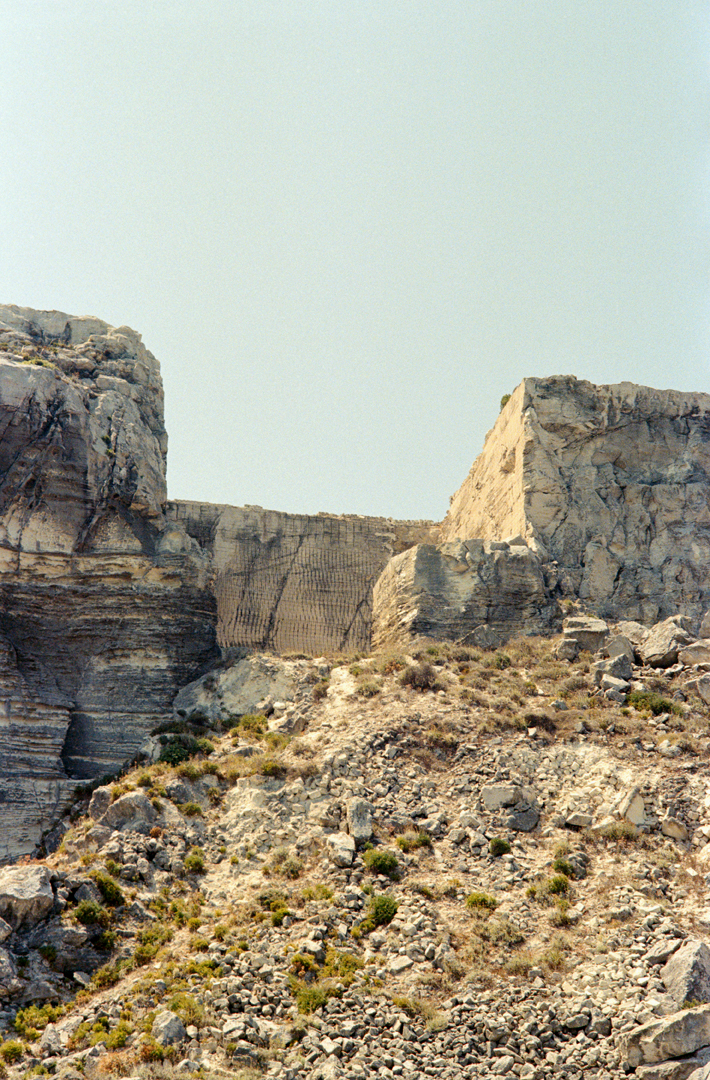
visions of the coastline:
when we cut into the land, are we making the sky bigger?

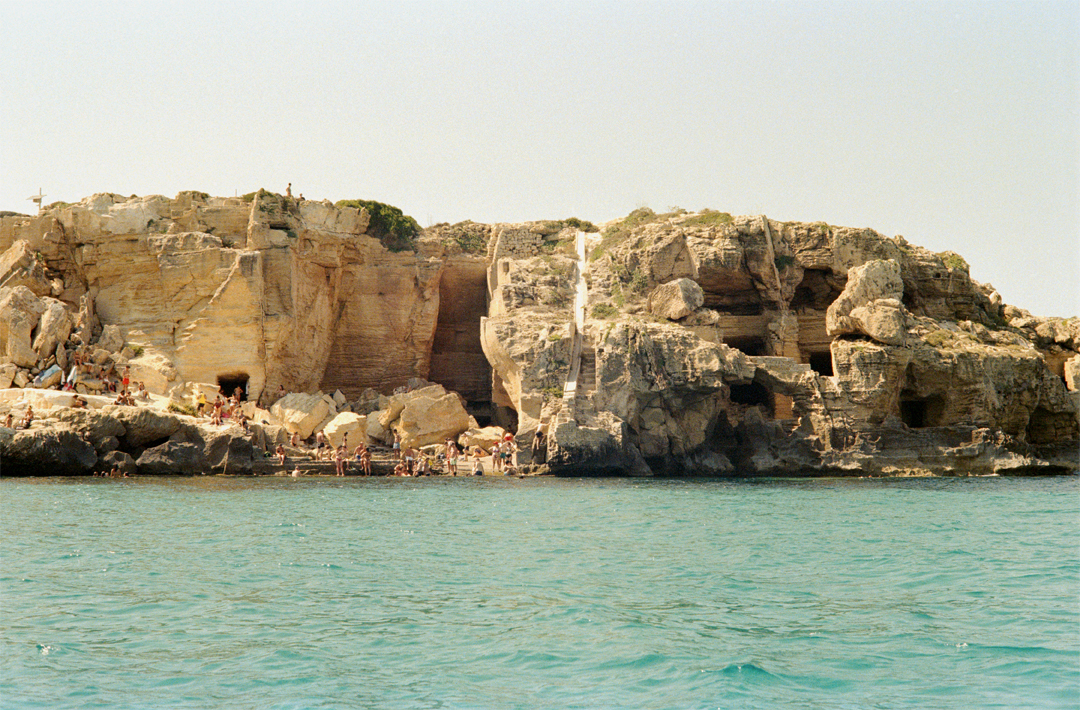
visions of the coastline:
cuts and protrusions in the rock seducing the sea to kiss it
children playing in forgotten quarries emulating ancient temple ruins
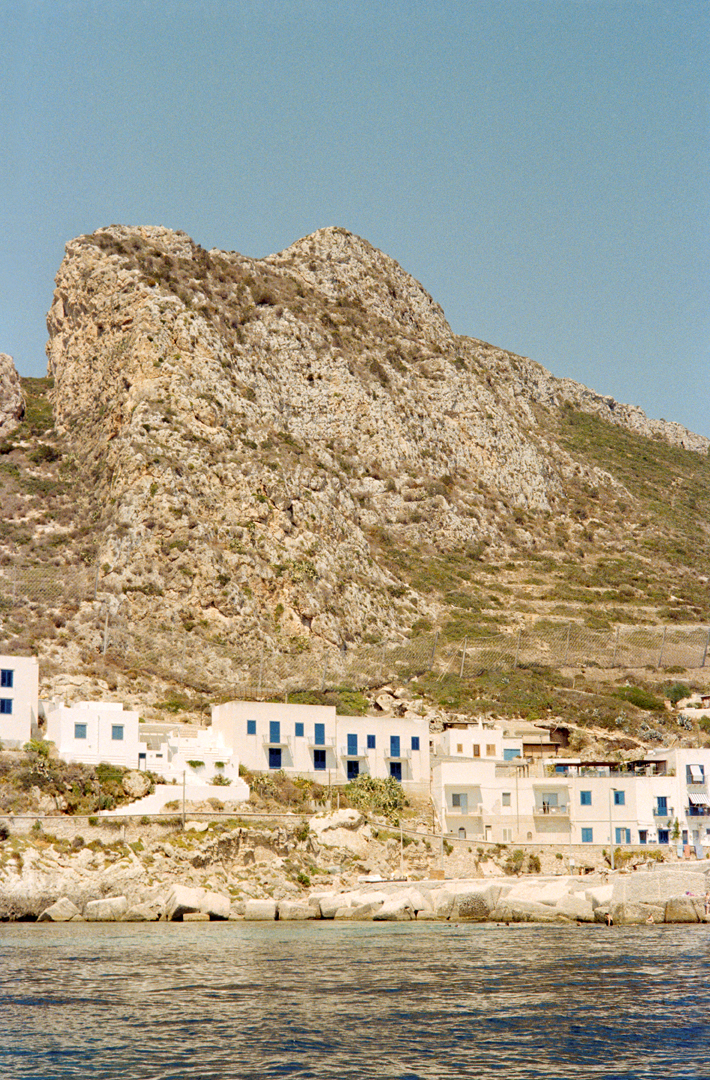
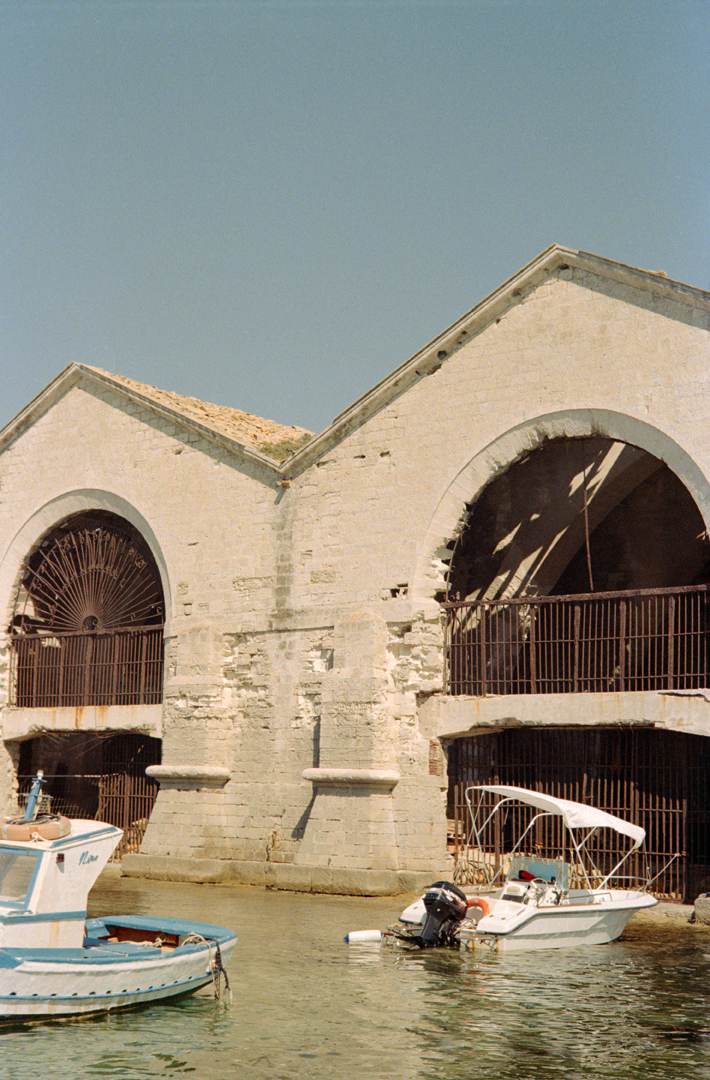
destinazione: cefalù
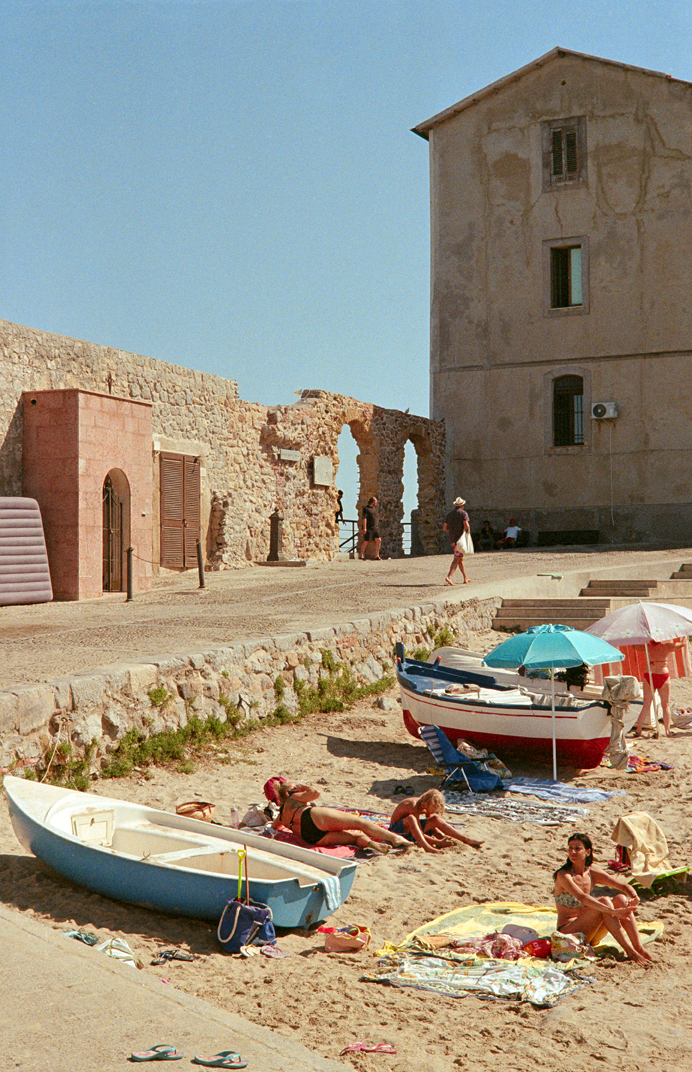
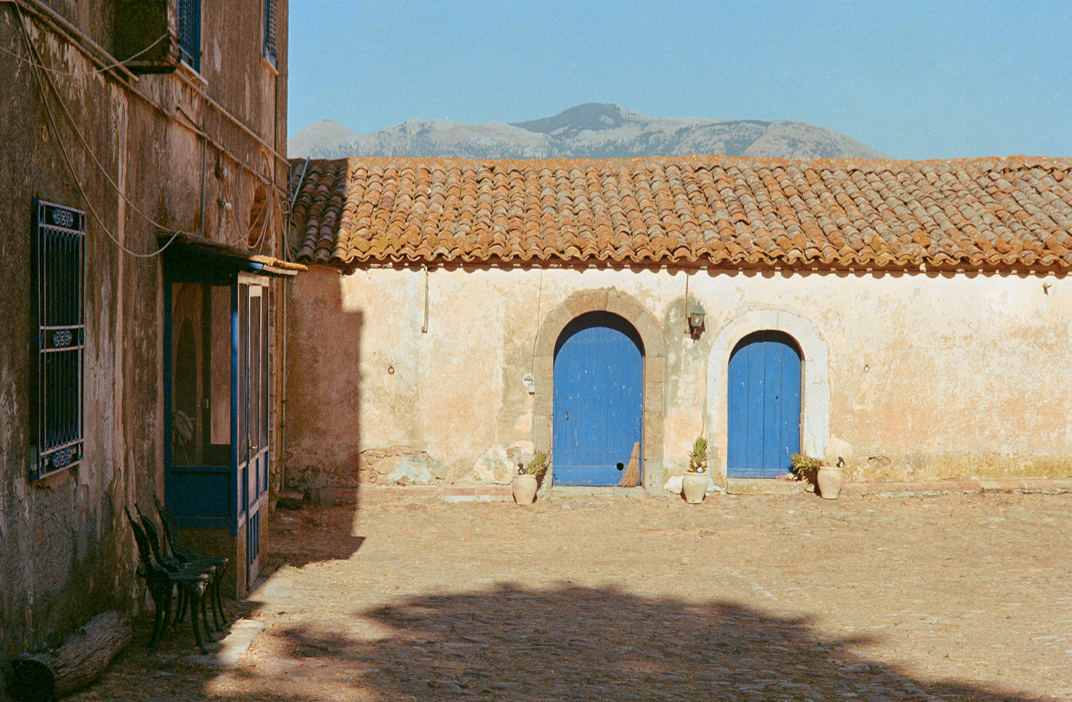

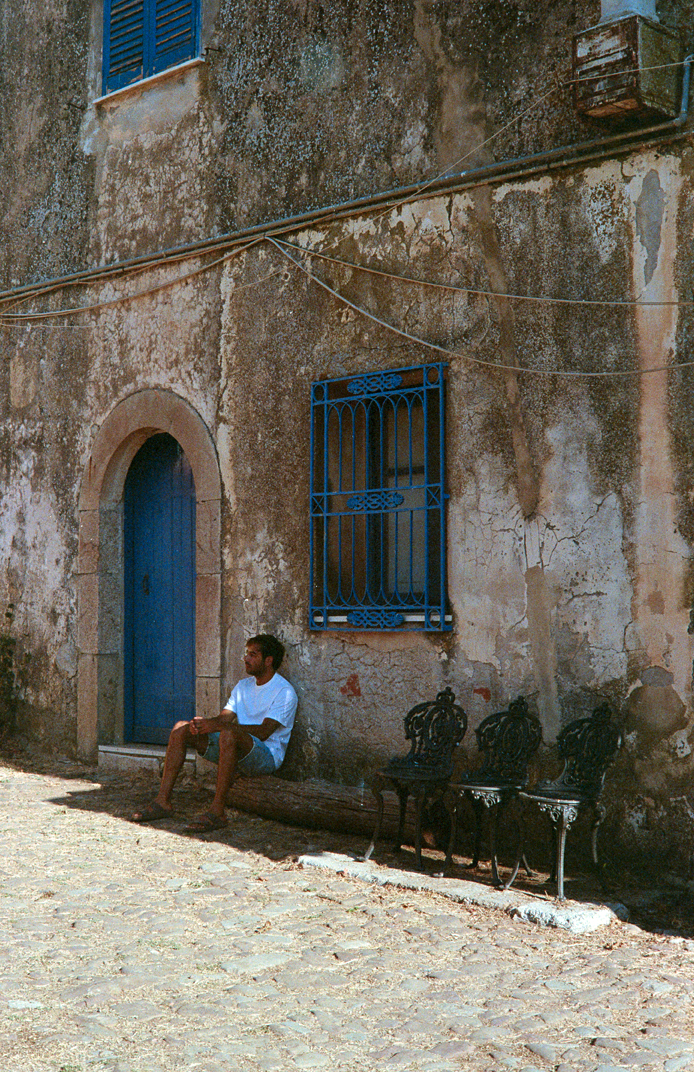
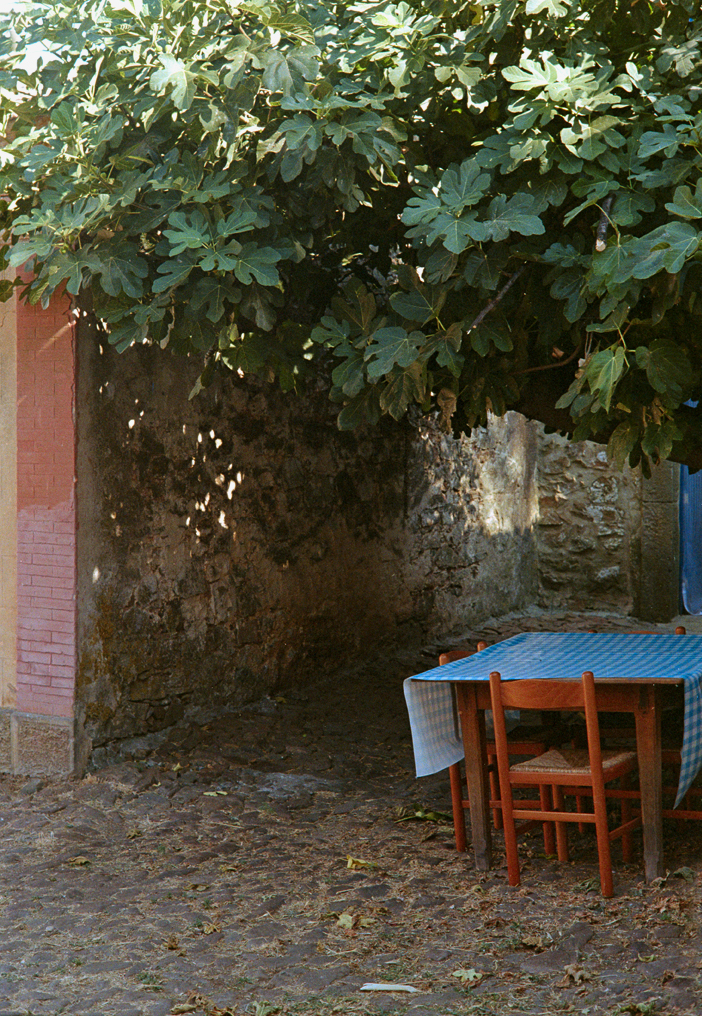
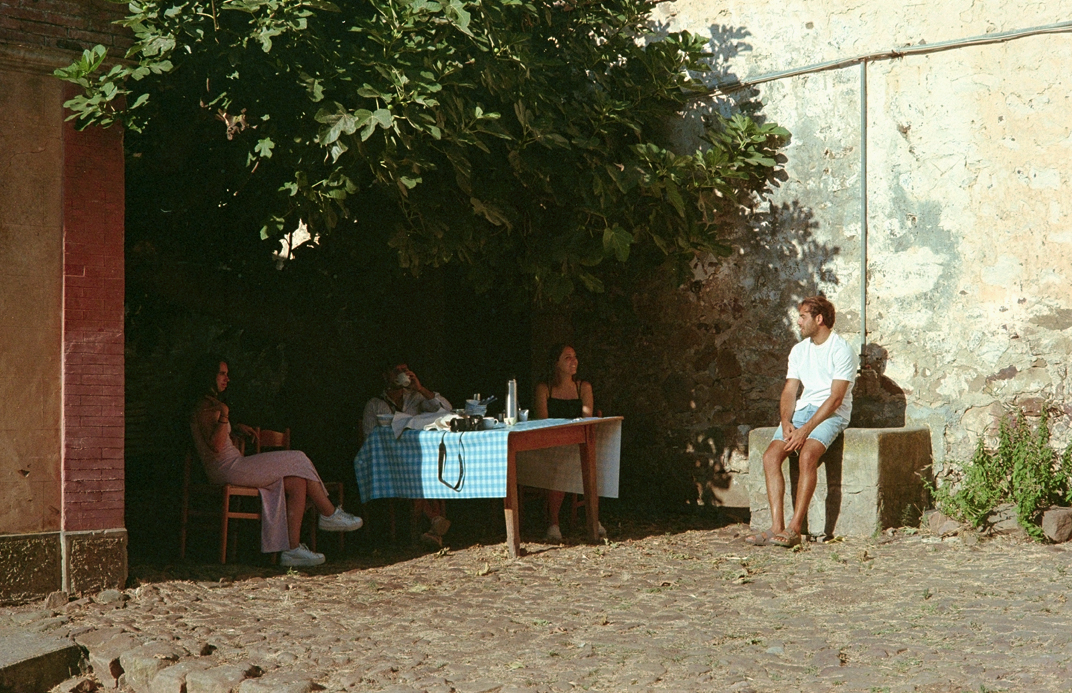

breakfast beneath the fig tree
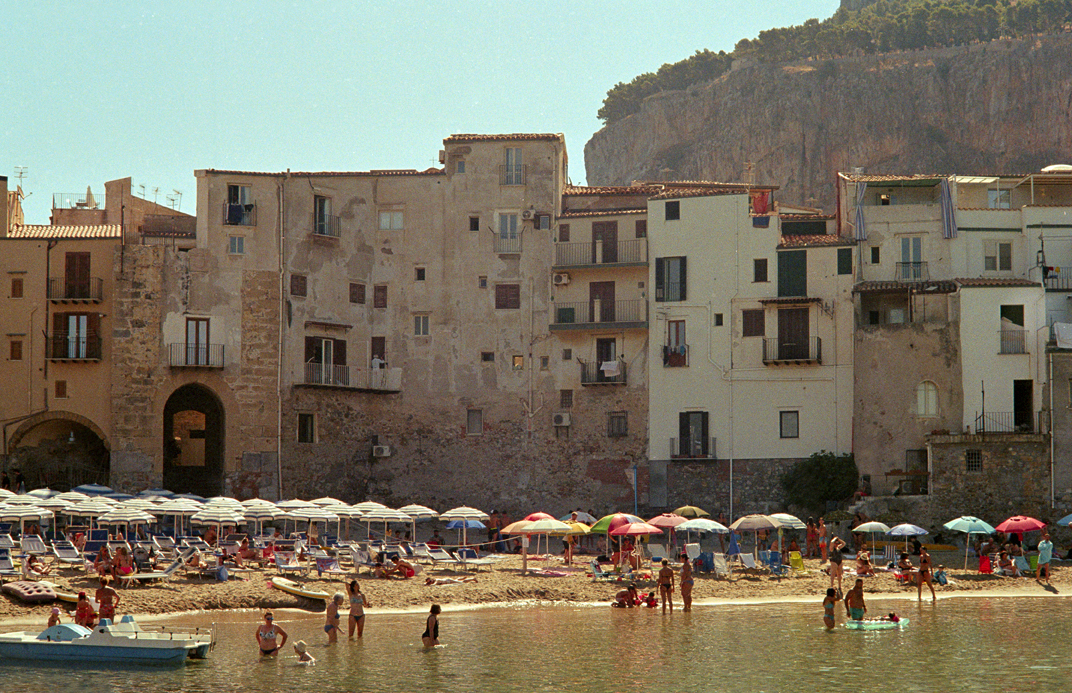
la rocca
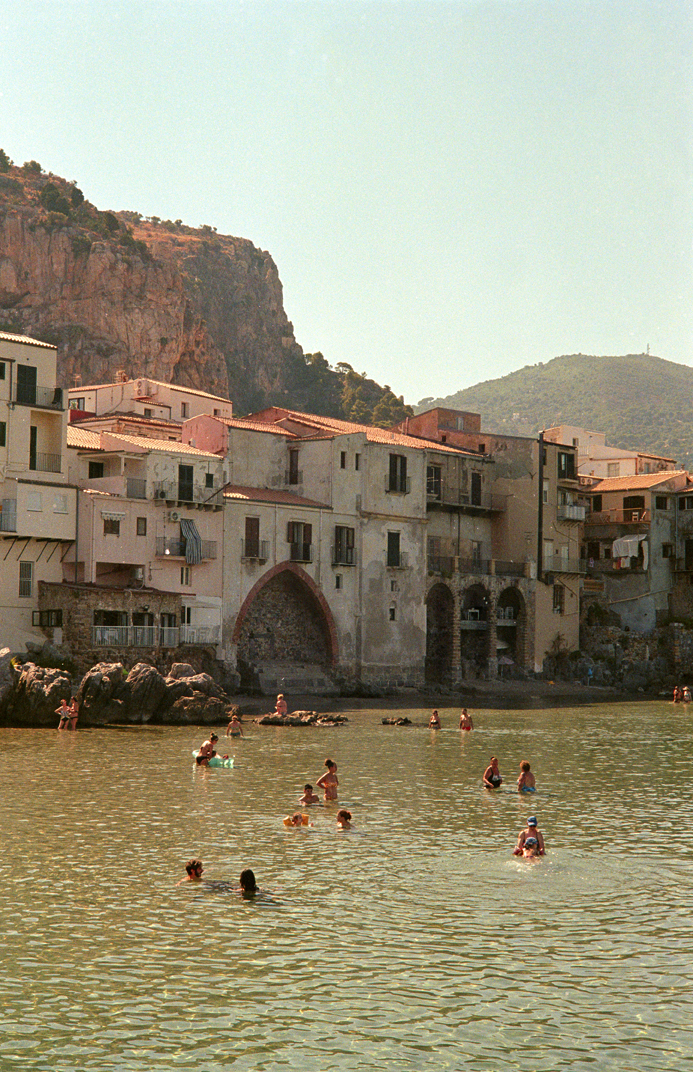
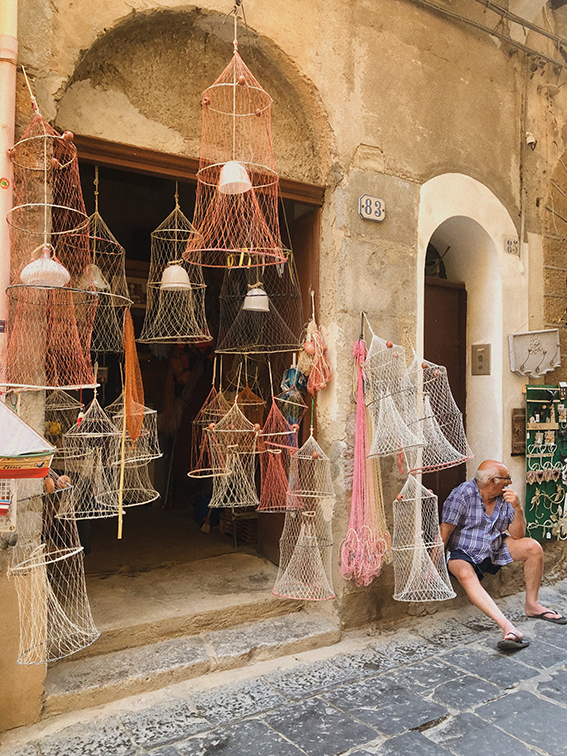
destinazione: scopello
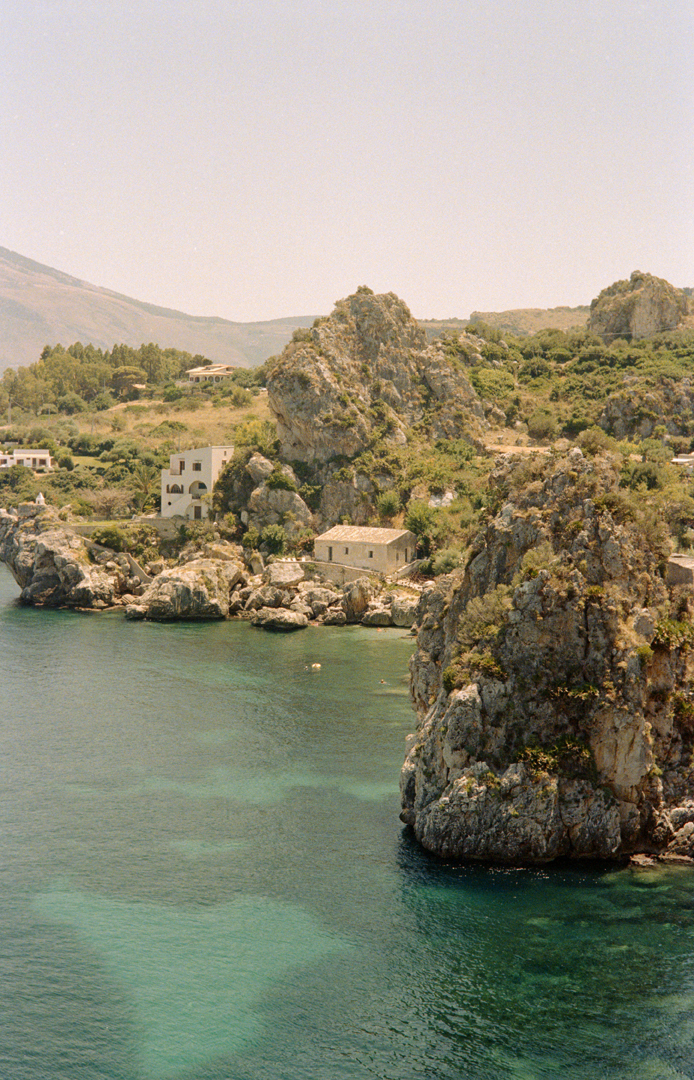
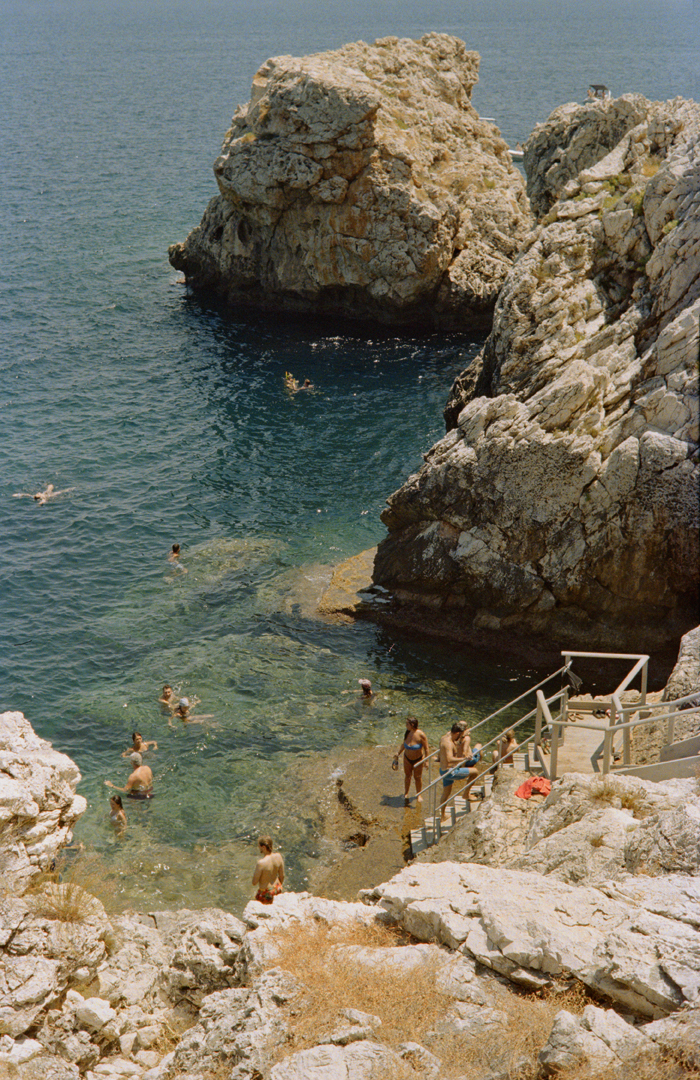
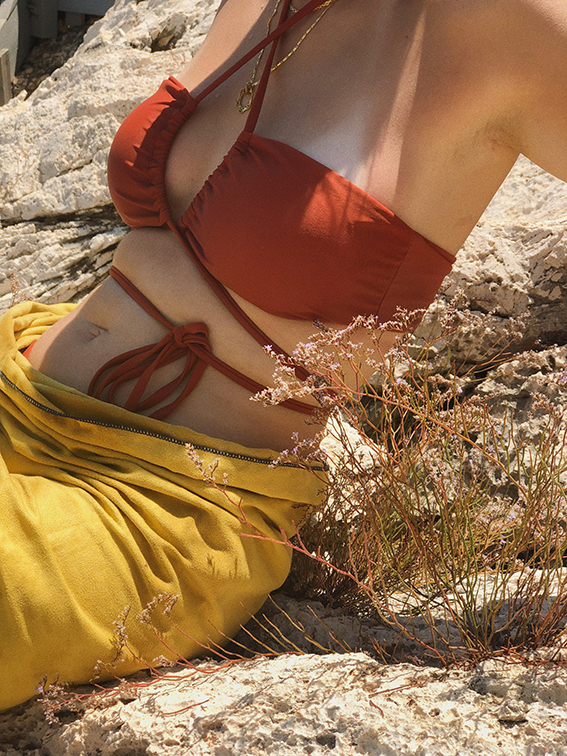
goddess of the sea
destinazione: alimena

a little town right at the centre of sicily with a hill, at the top of which the rest of the island is laid out beneath you like a map
destinazione: noto
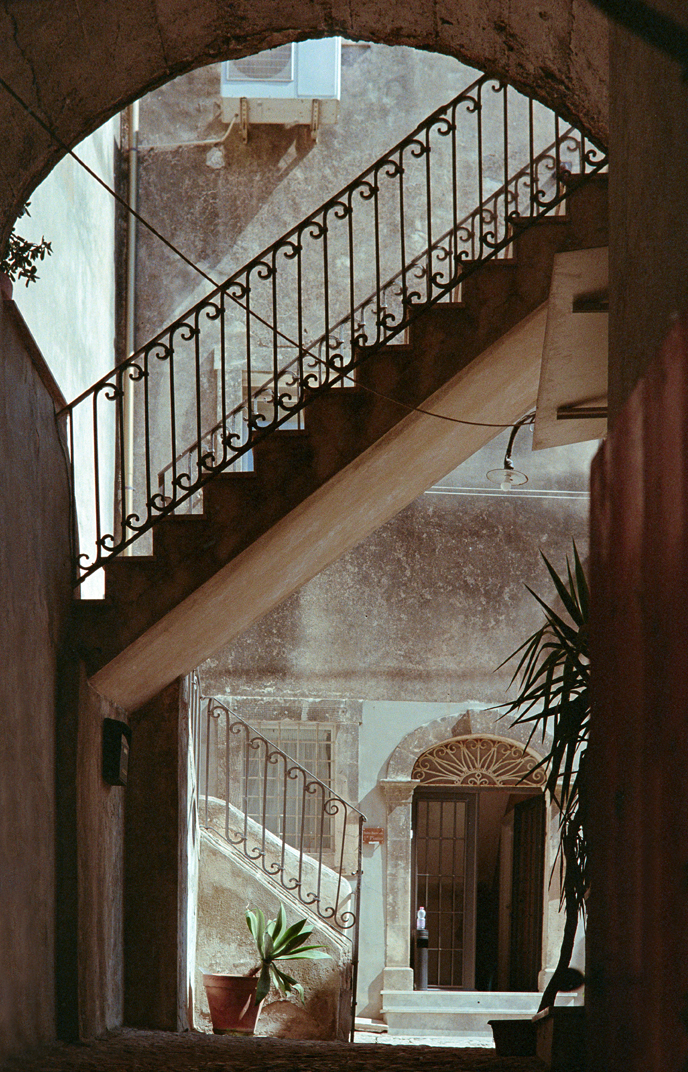

a convent airing its dirty laundry
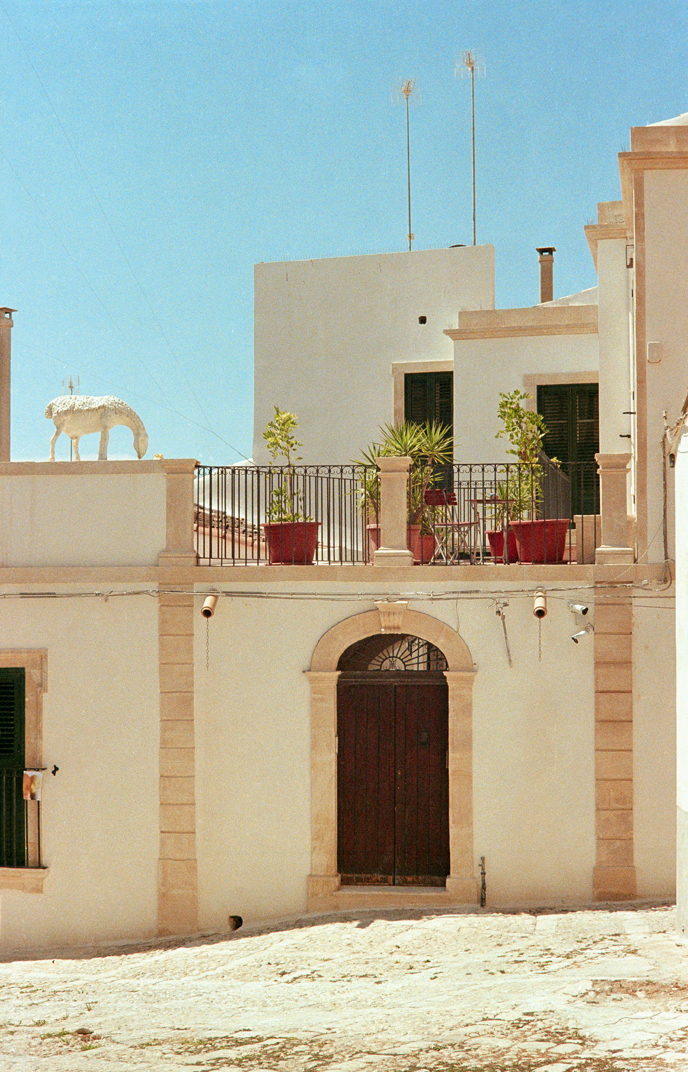
destinazione: ortigia, siracusa

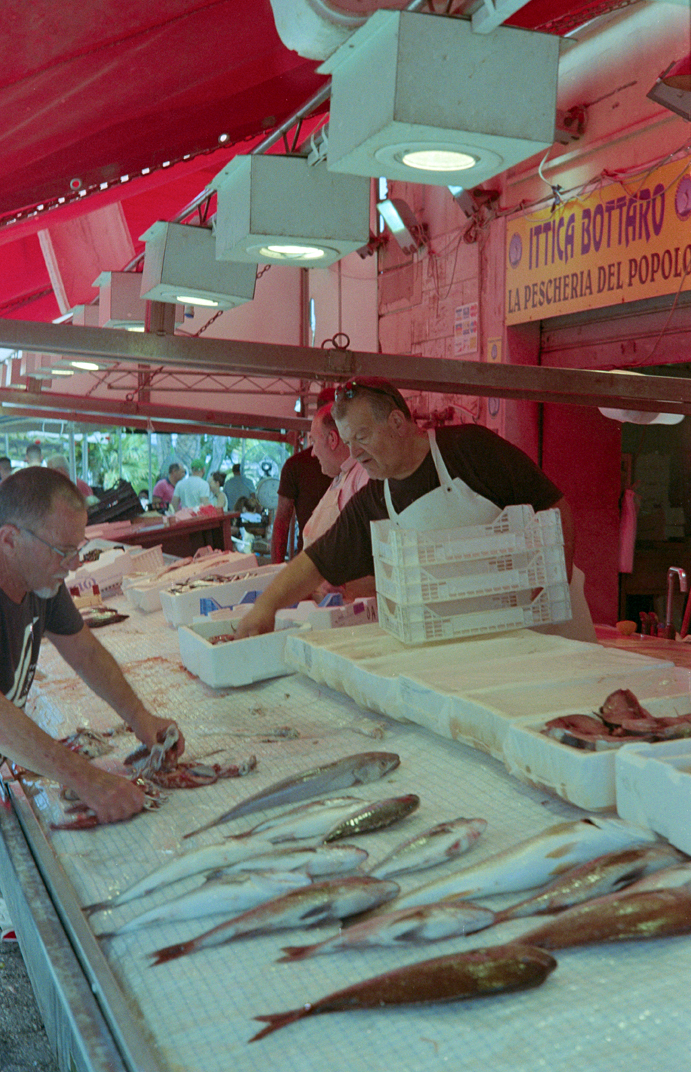
destinazione: ibla & ragusa
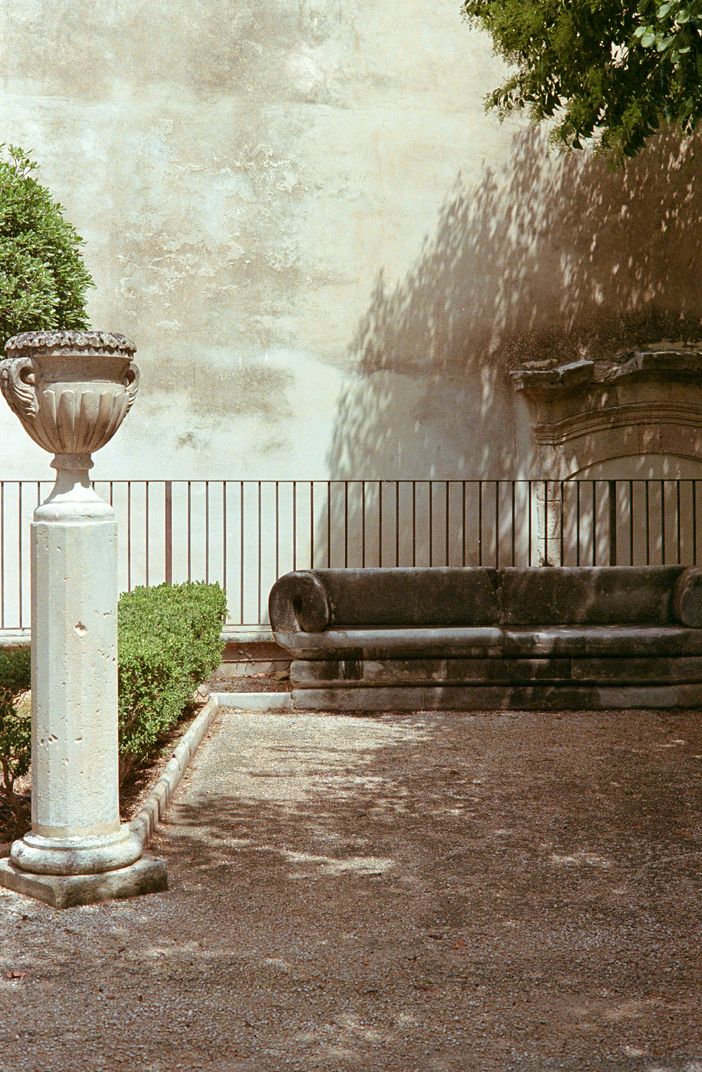
garden of the gods, suspended amidst the clouds
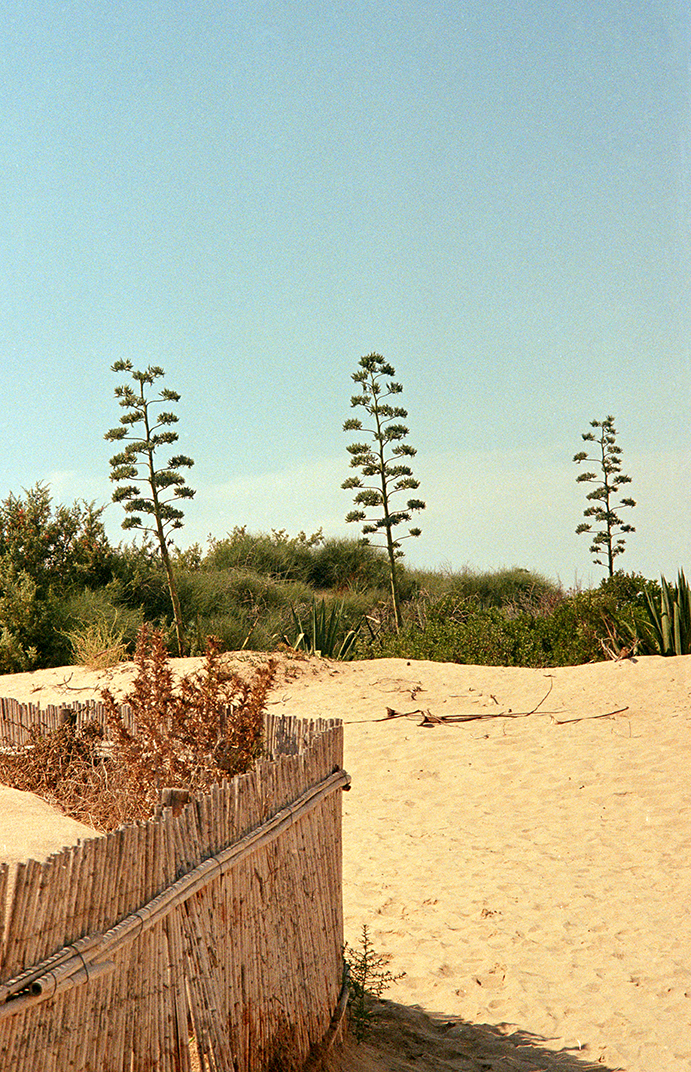
destinazione: scoglitti
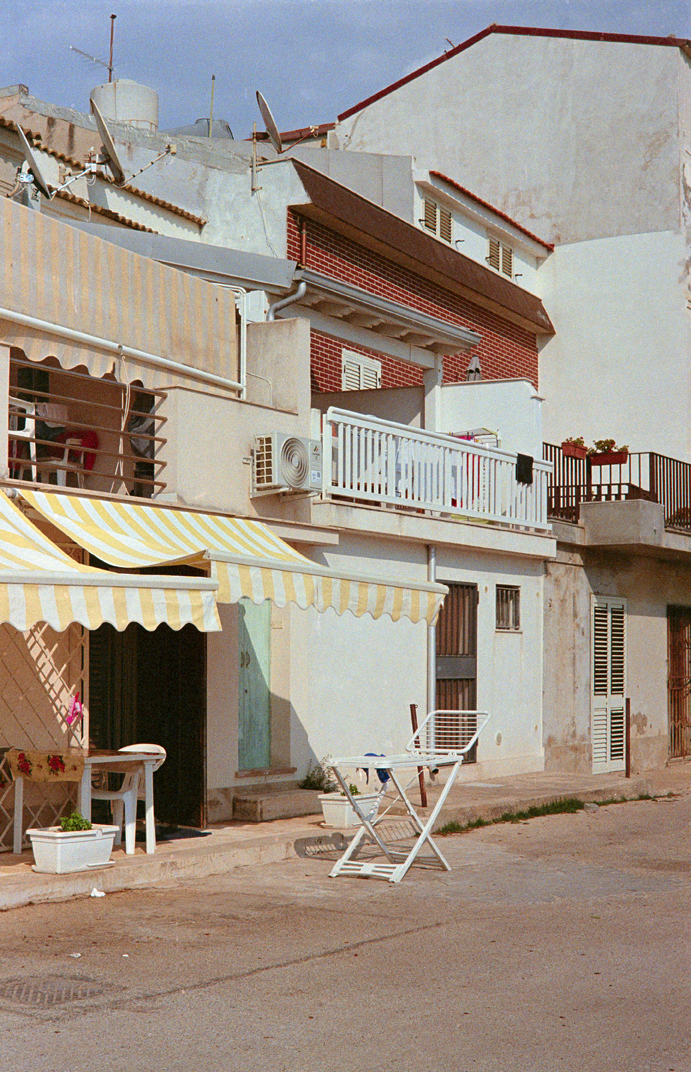
destinazione: scicli

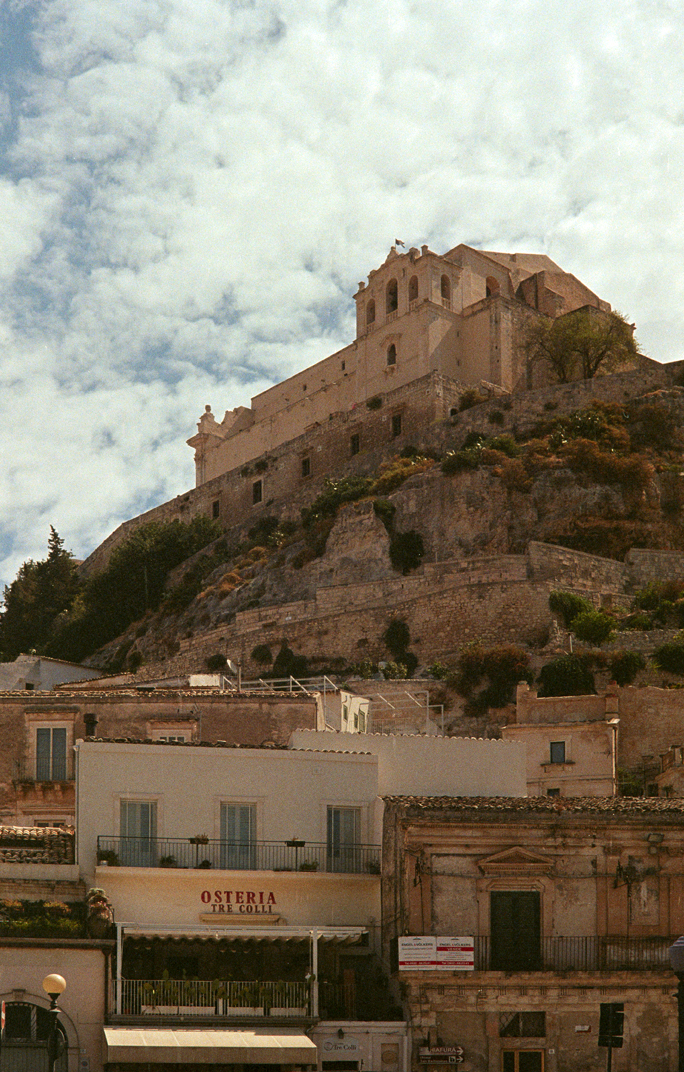
a town tucked away in a crevice overlooked by a monastery
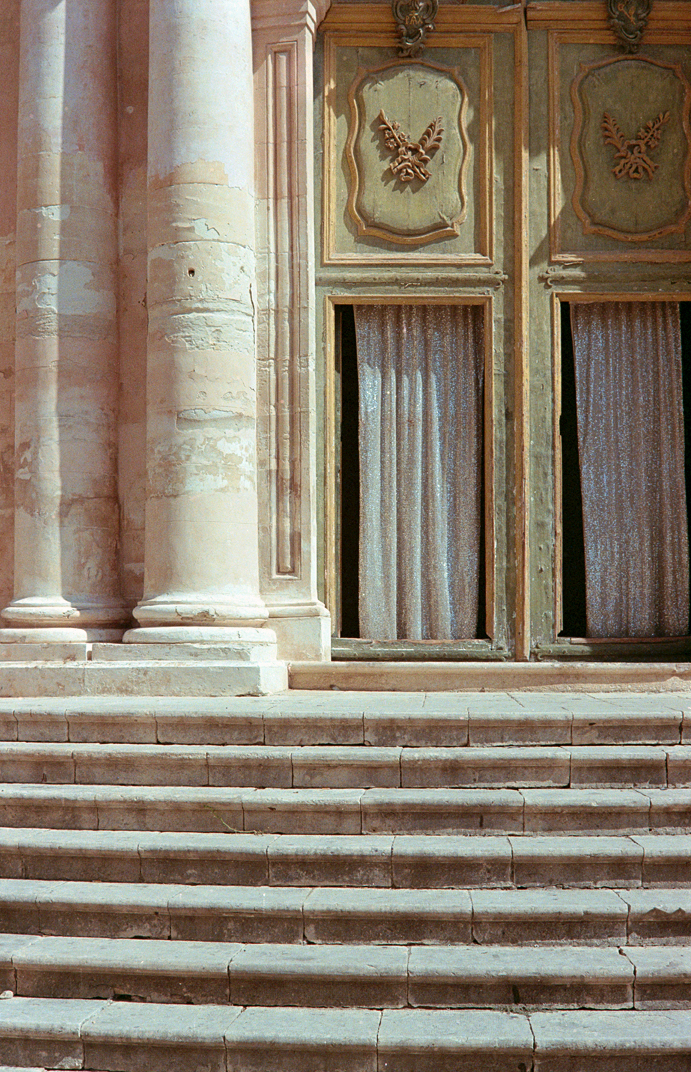
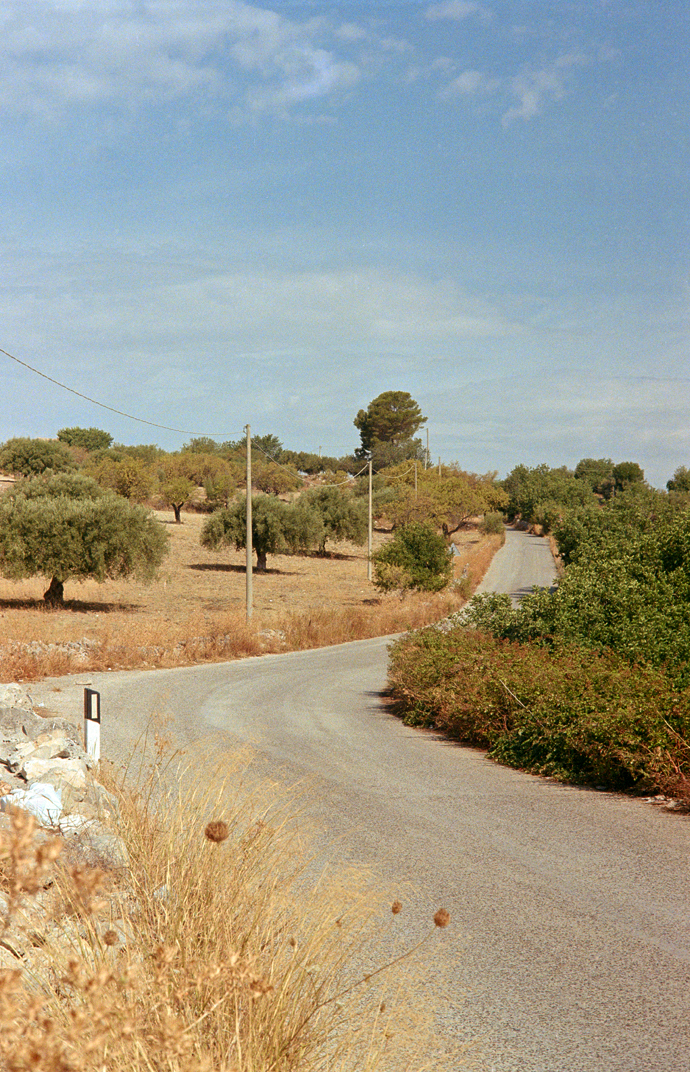
cicadas chirping, the scent of fig leaf wafting on the hot summer breeze, winding roads between the olive trees as we traverse southern sicily
destinazione: agrigento
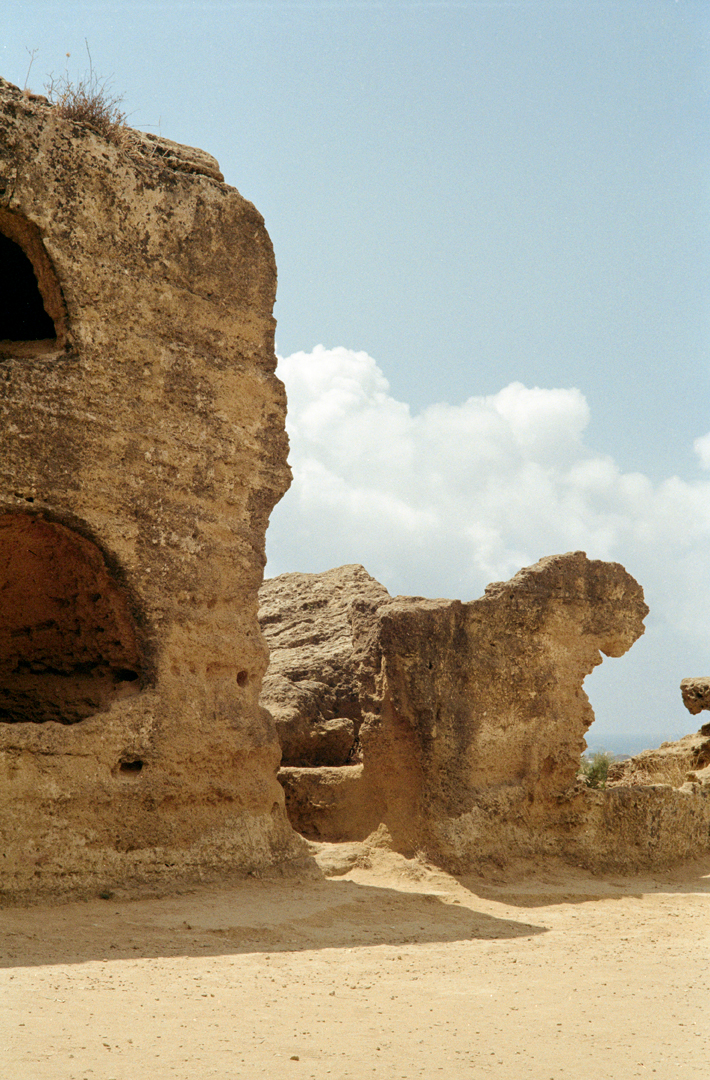
buried within the city walls,
a city of the dead exists encircling that of the living
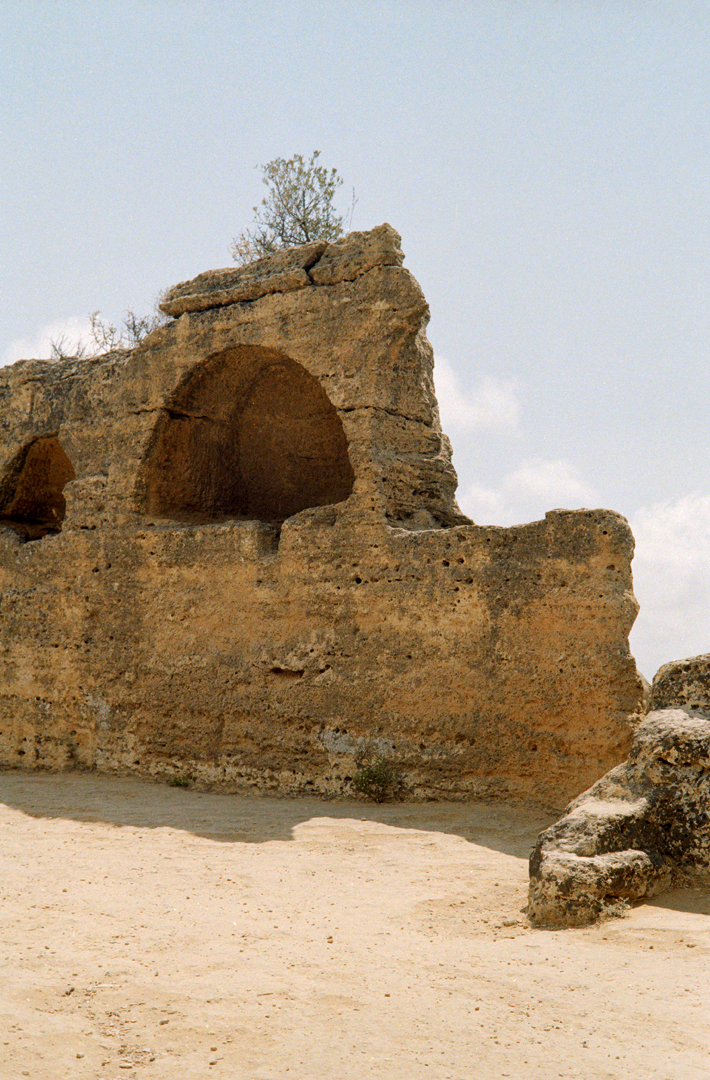

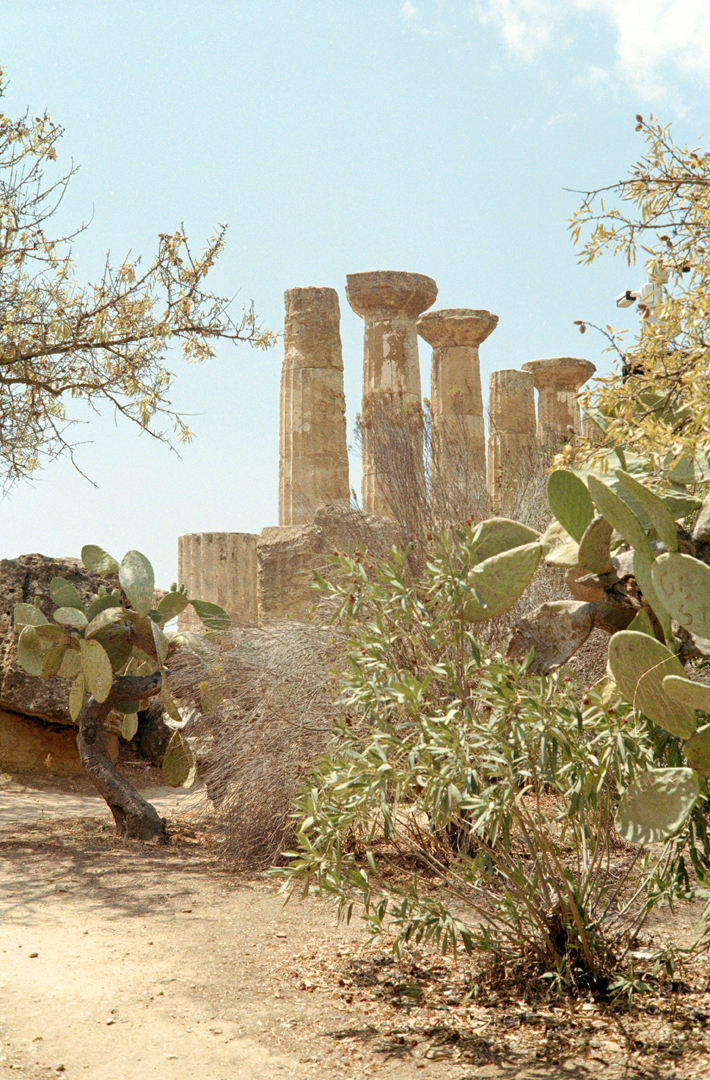
an archeological daydream
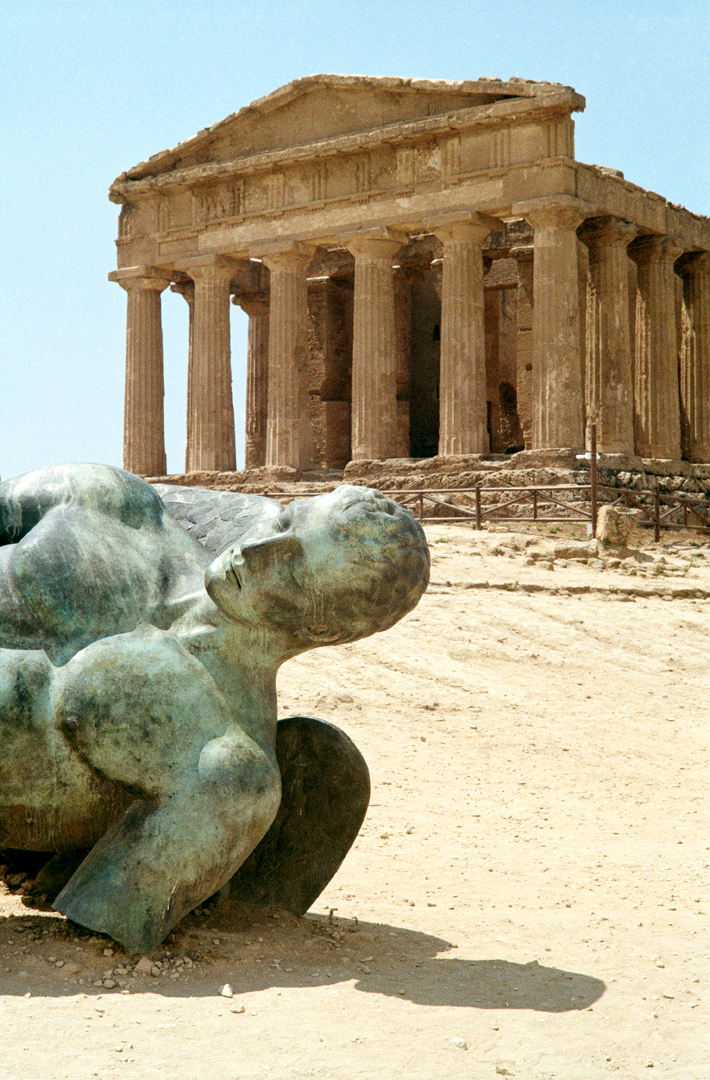

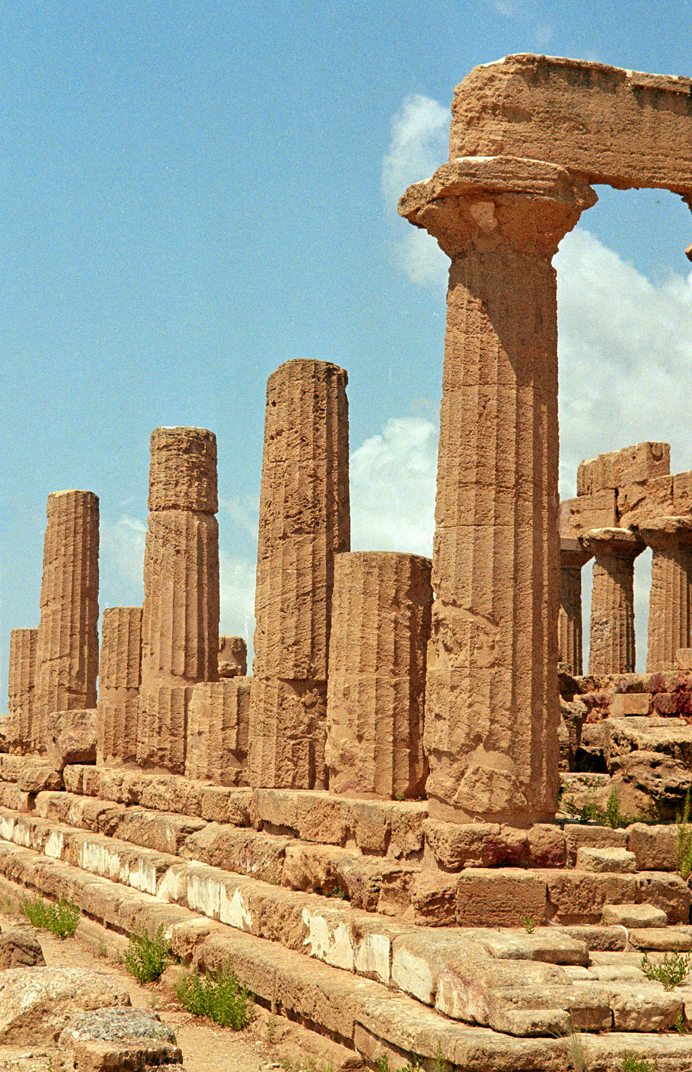
destinazione: scala dei turchi
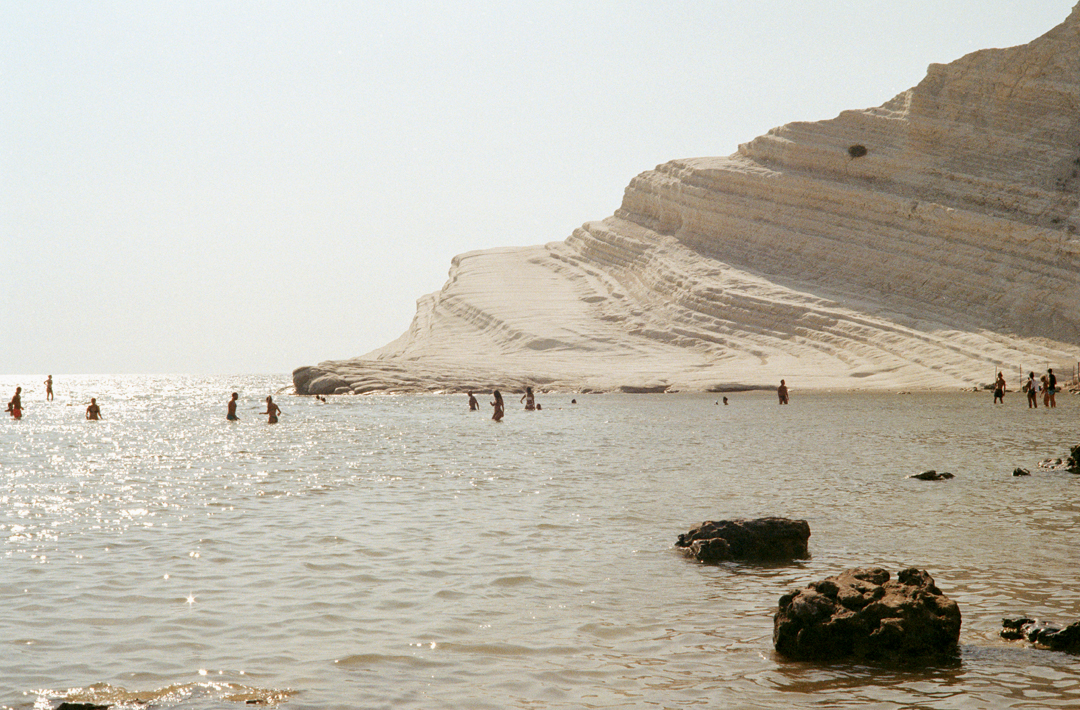
a cloud-like cliff emerges from the glistening water
destinazione: modica
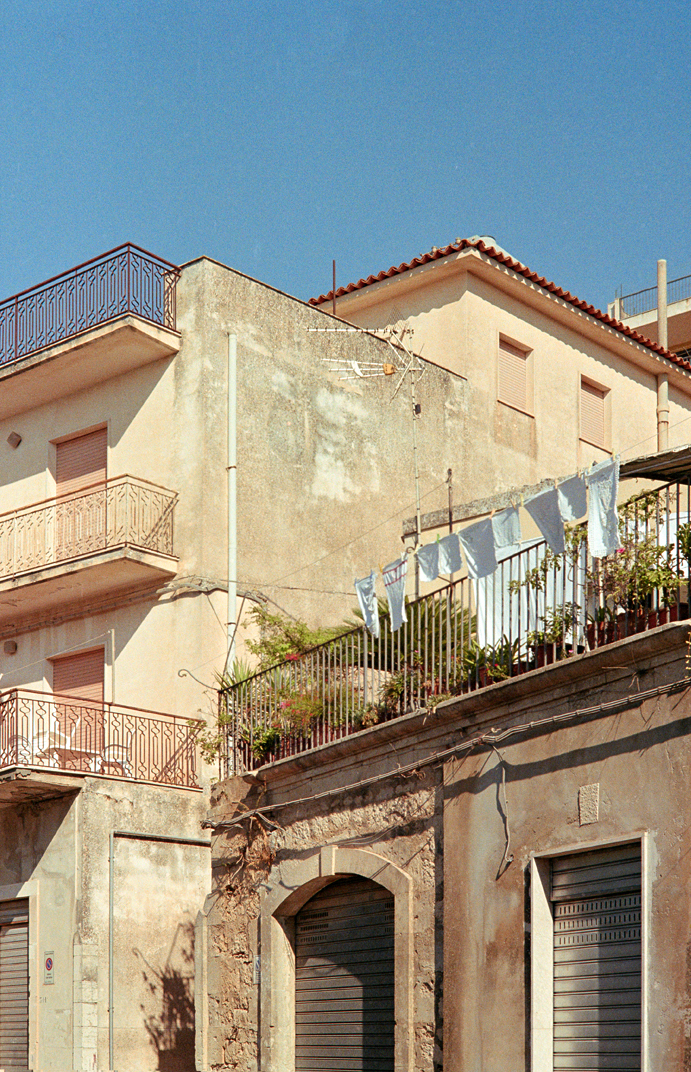
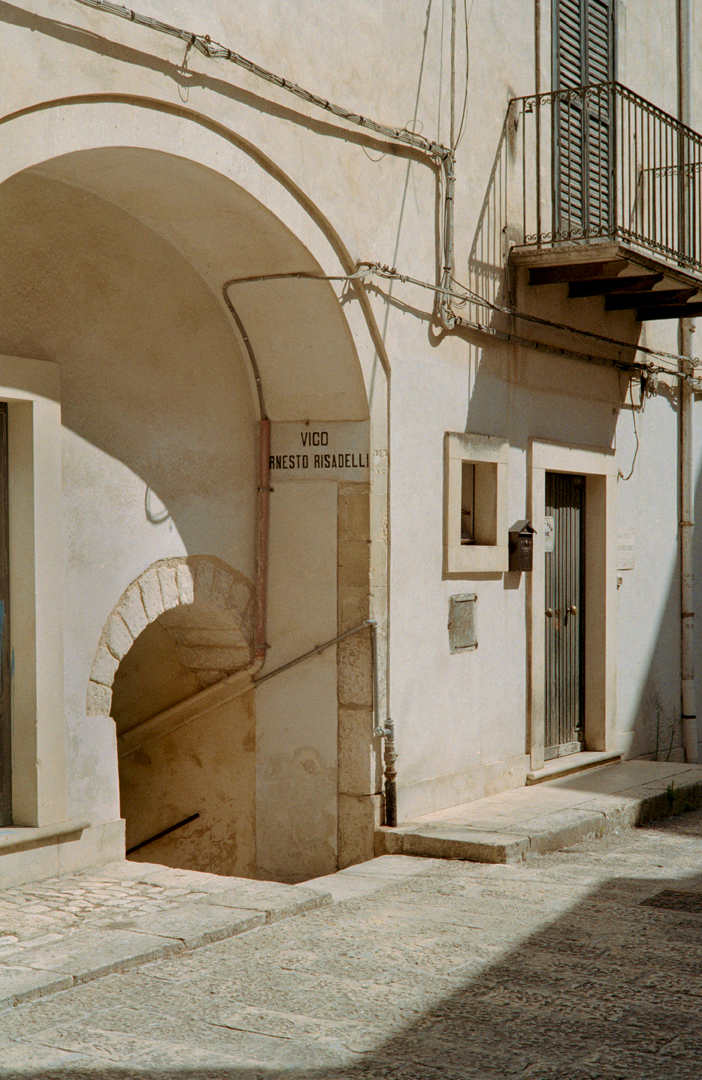
2021
a day by the lake
a foggy arrival, a lakeside lunch, a hidden pasageway to the sea, watching children play as they climb onto a rock, a boat left to enjoy the lapping of the waves onto the shore, two hundred steps to a secret beach where we skim pebbles across the mirror-like lake. a sun-drenched hotel, a golden hour walk catching glimpses across the water, a cypress-lined odyssey, overhearing conversations while watching the sun set, lying on a dock as it bobs with the waves, watching the ducks as the sun paints the sky red before sinking beneath the mountains.

destinazione: varenna




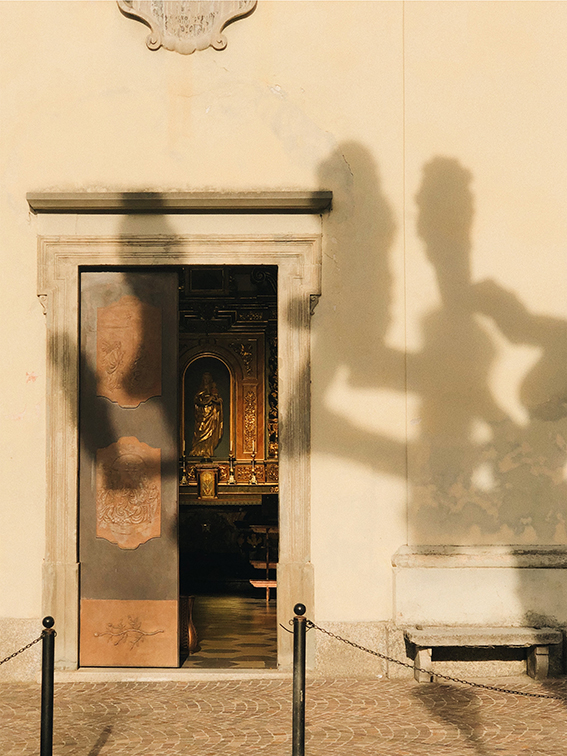


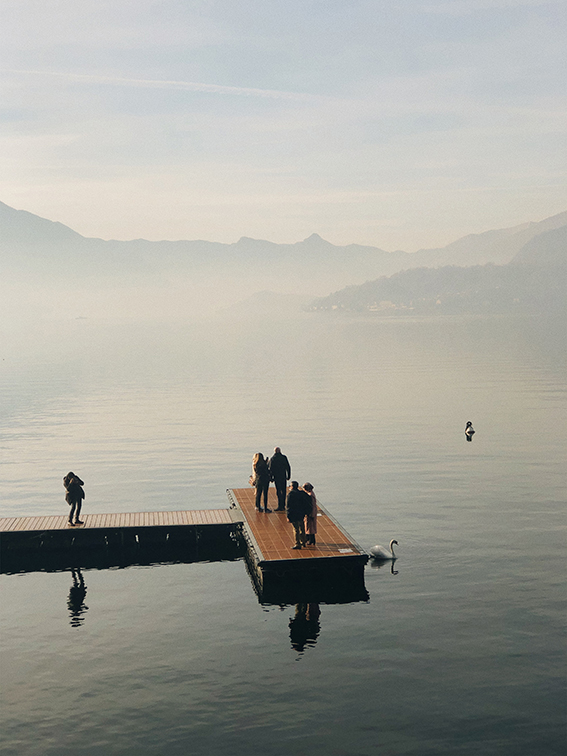
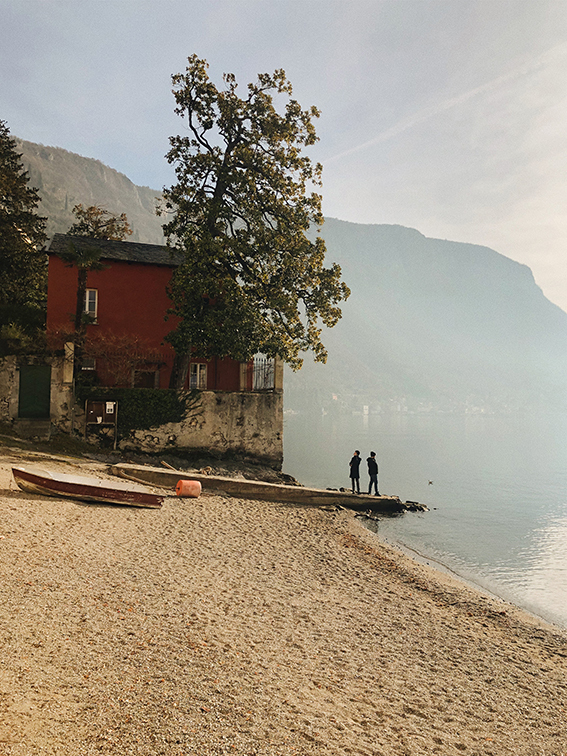


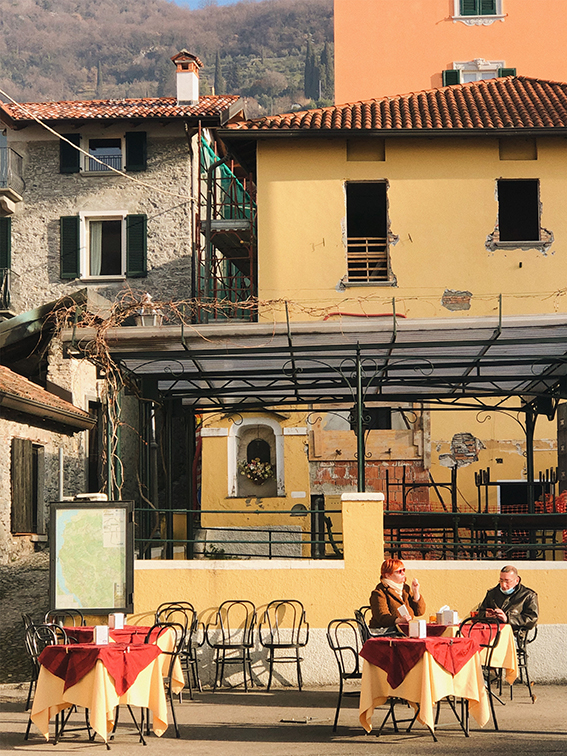


2019
from one island to another
time flows differently under the sicilian sun
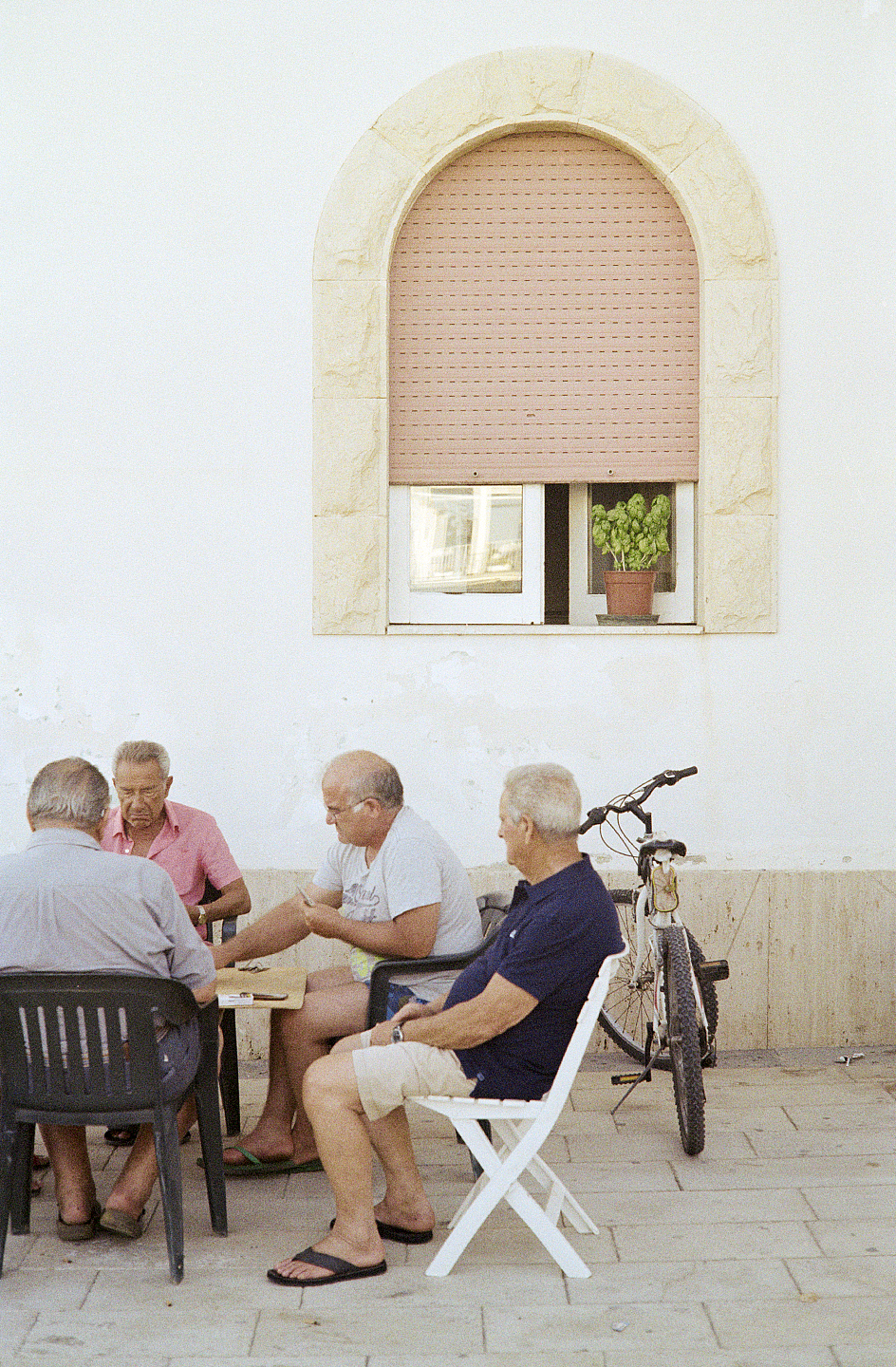
destinazione: ragusa
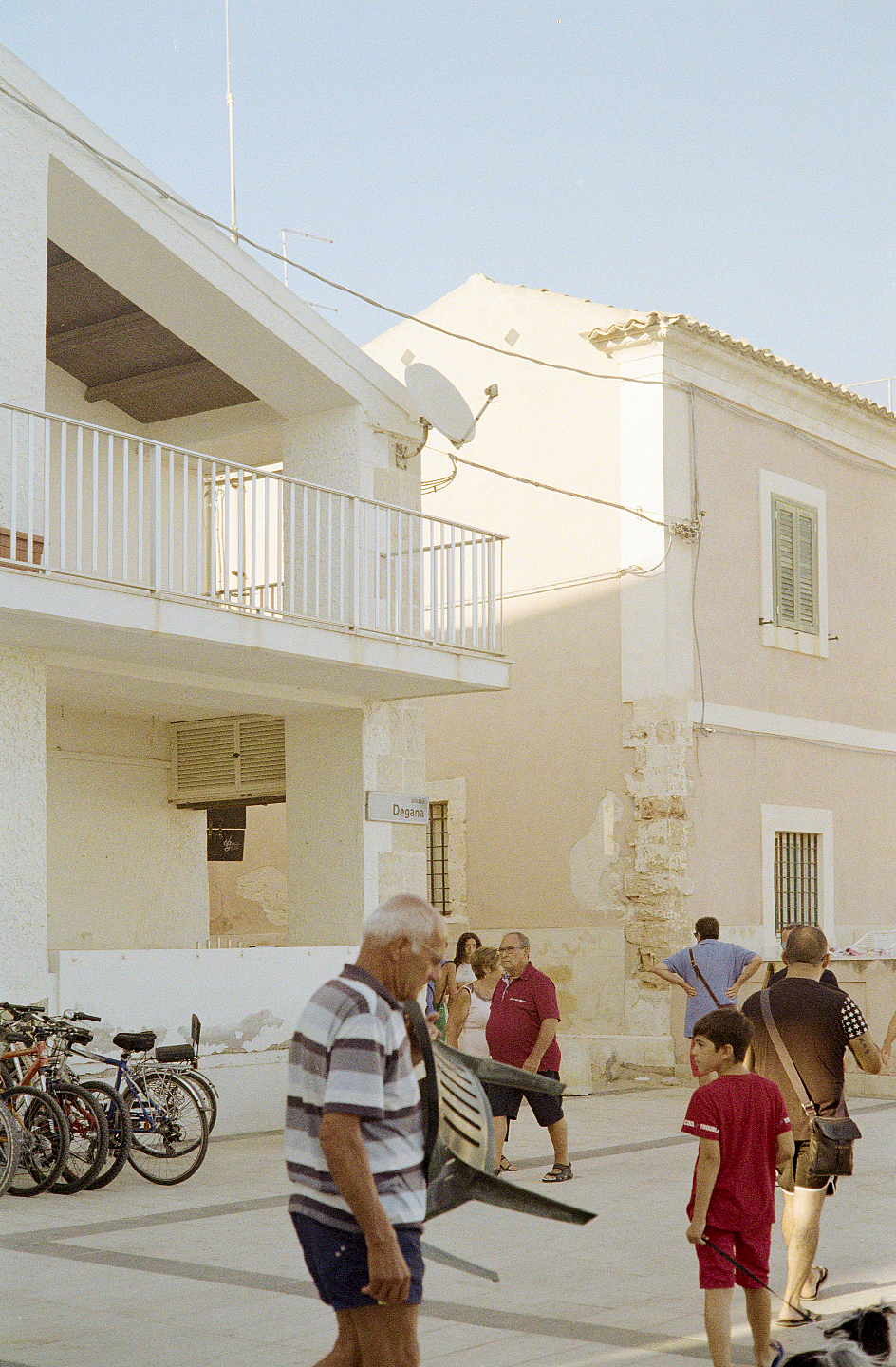
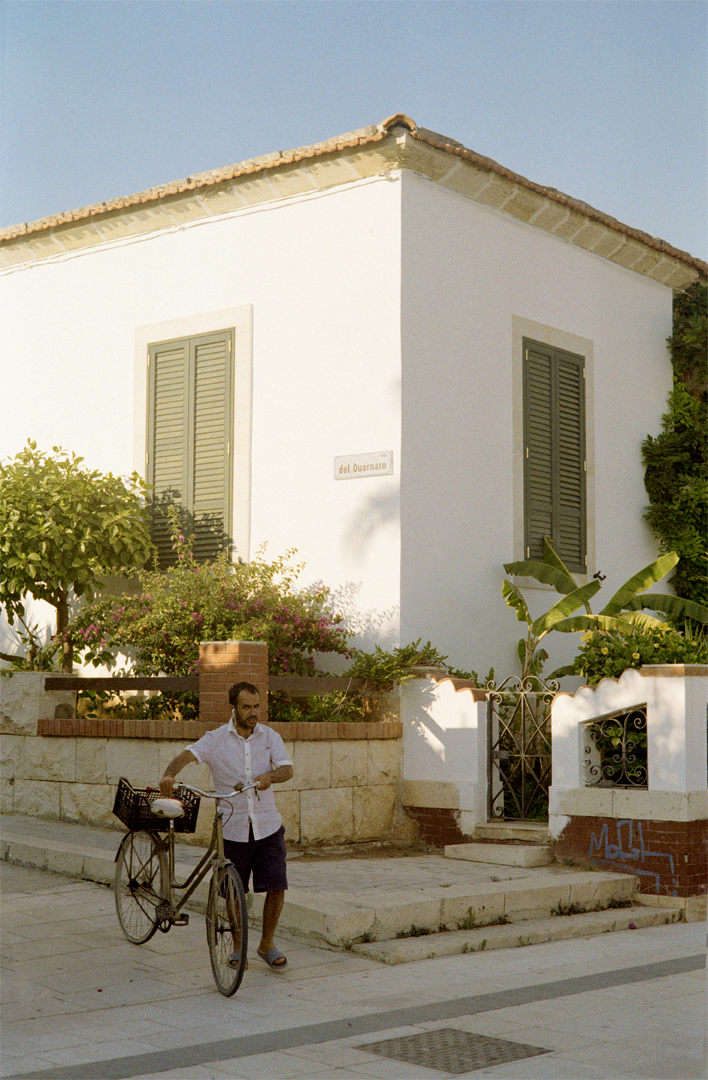

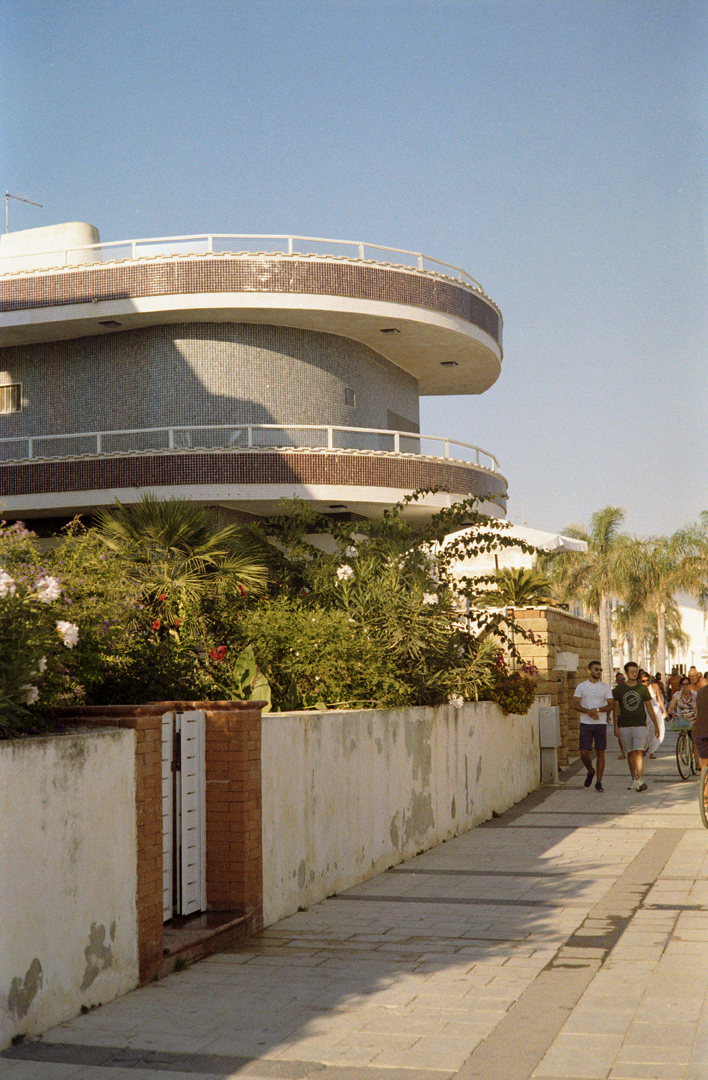
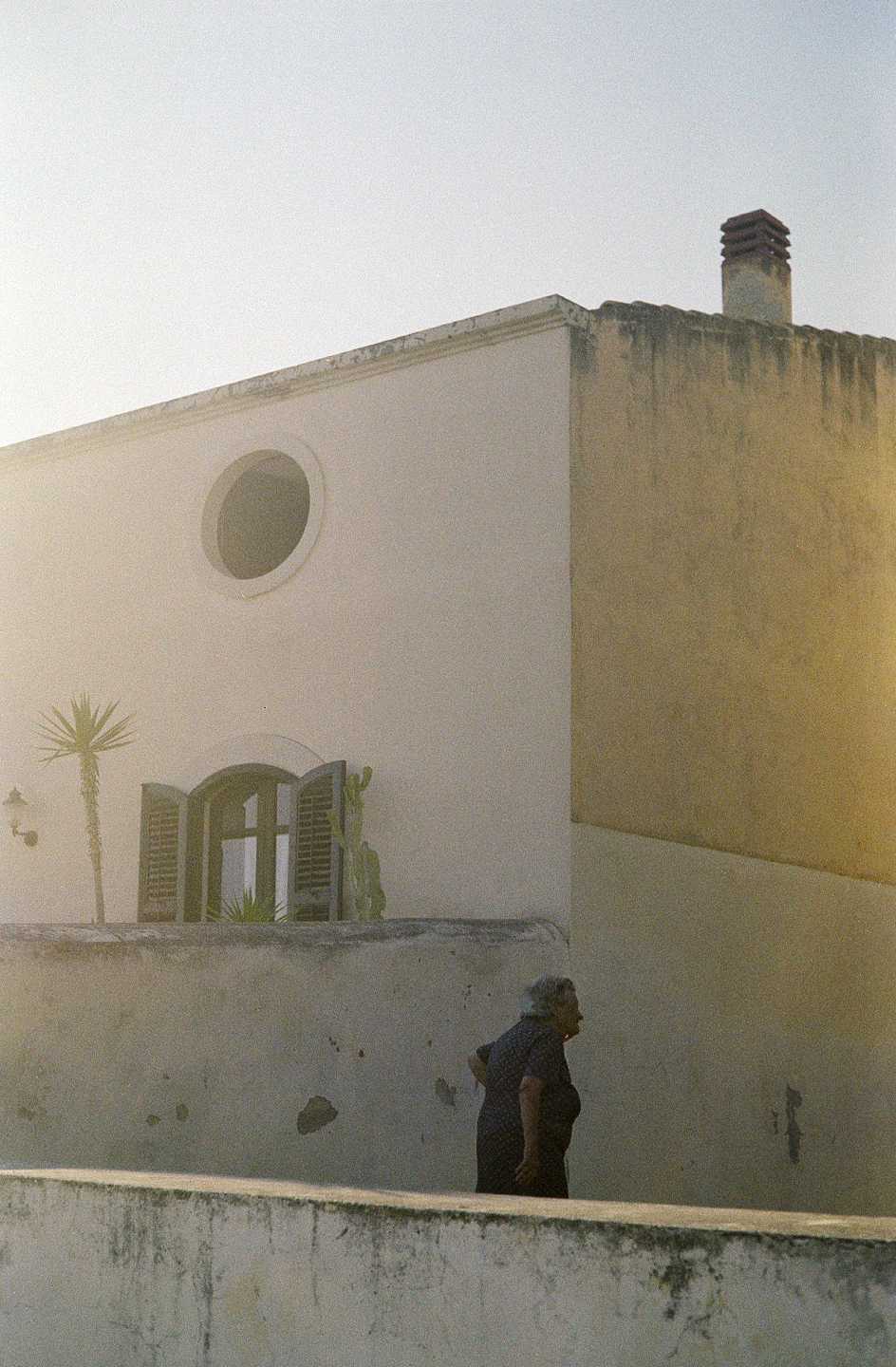
destinazione: ibla
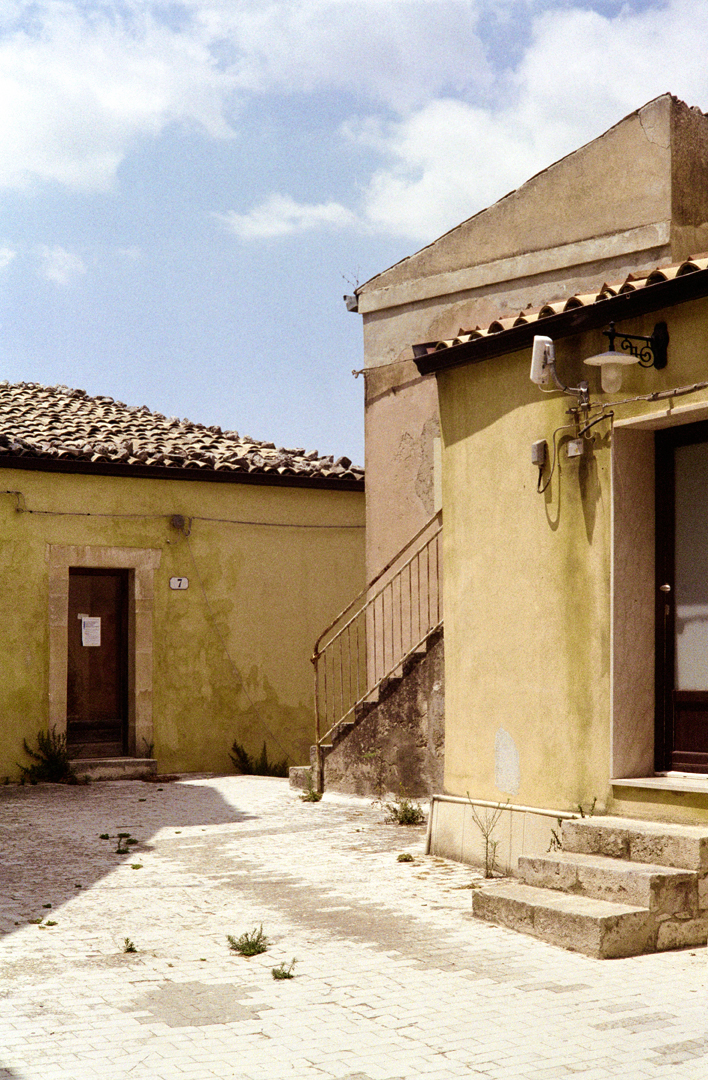
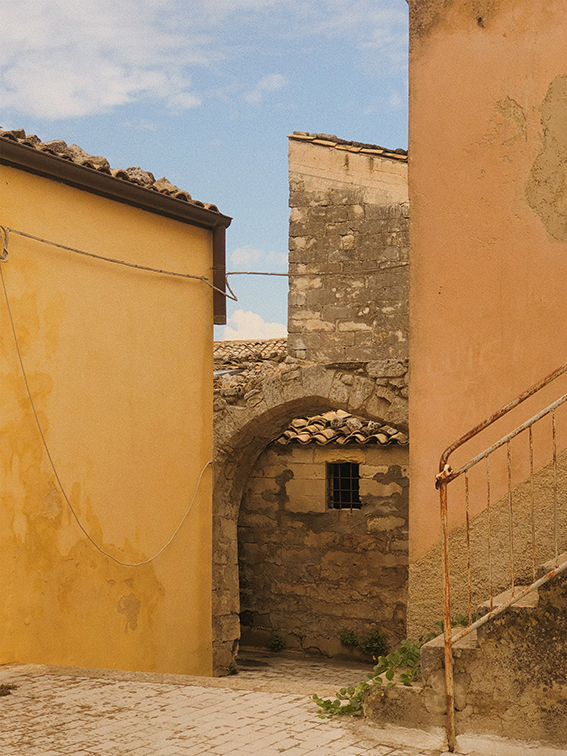


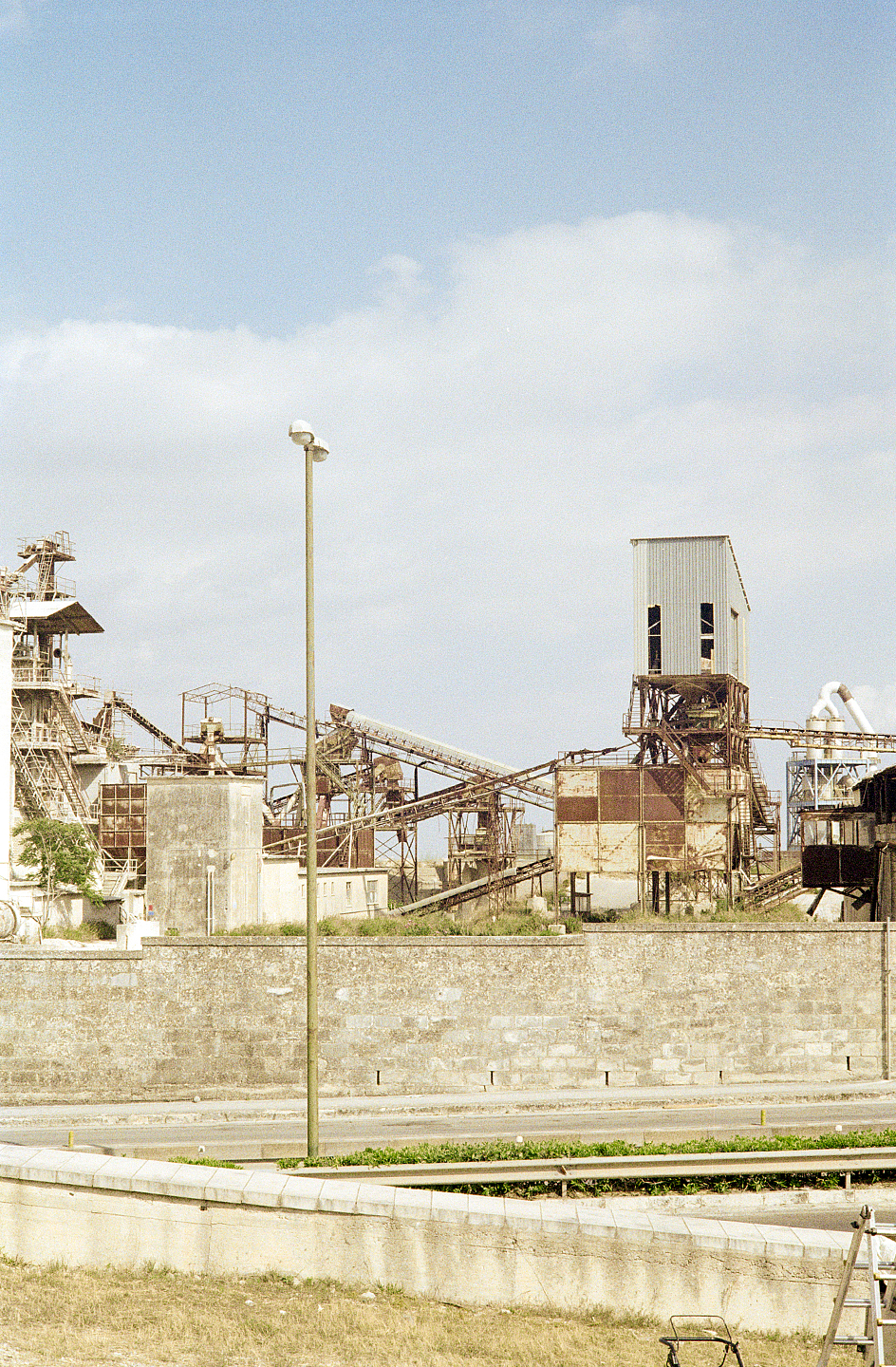
abandoned industry / would-be roller coaster
destinazione: taormina
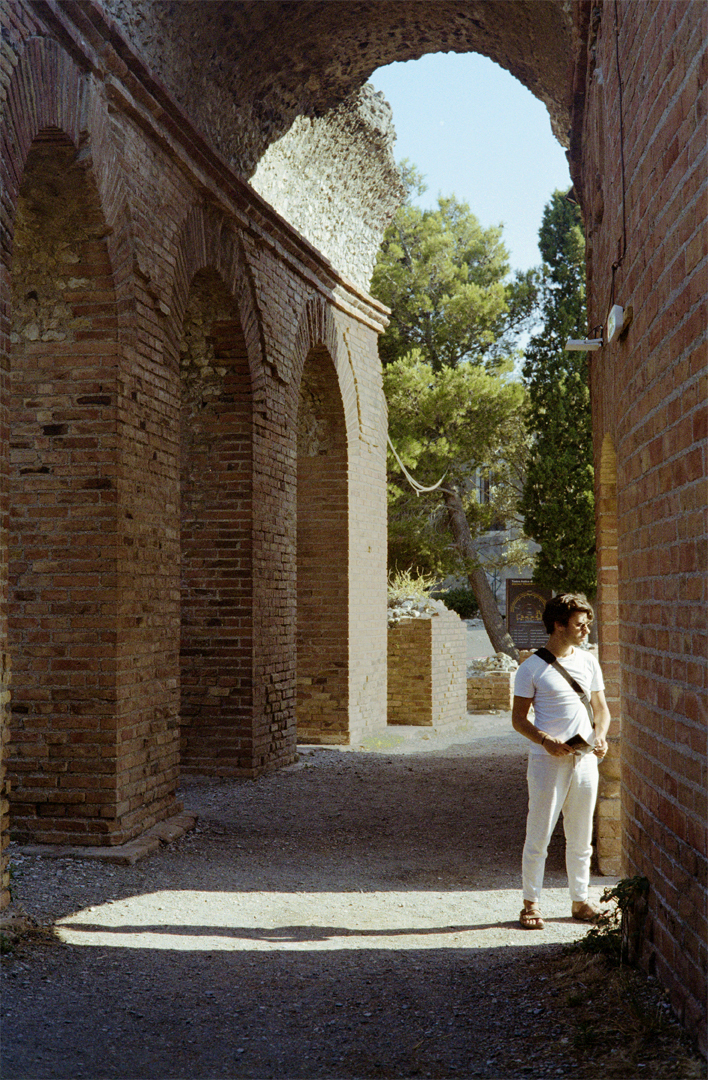
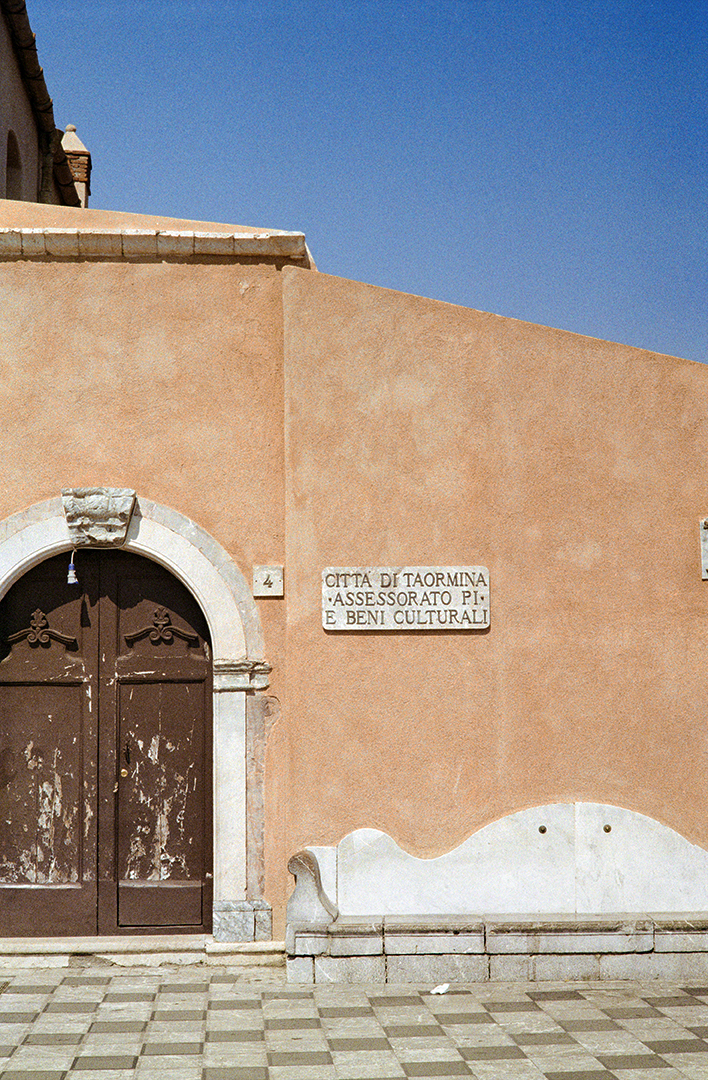
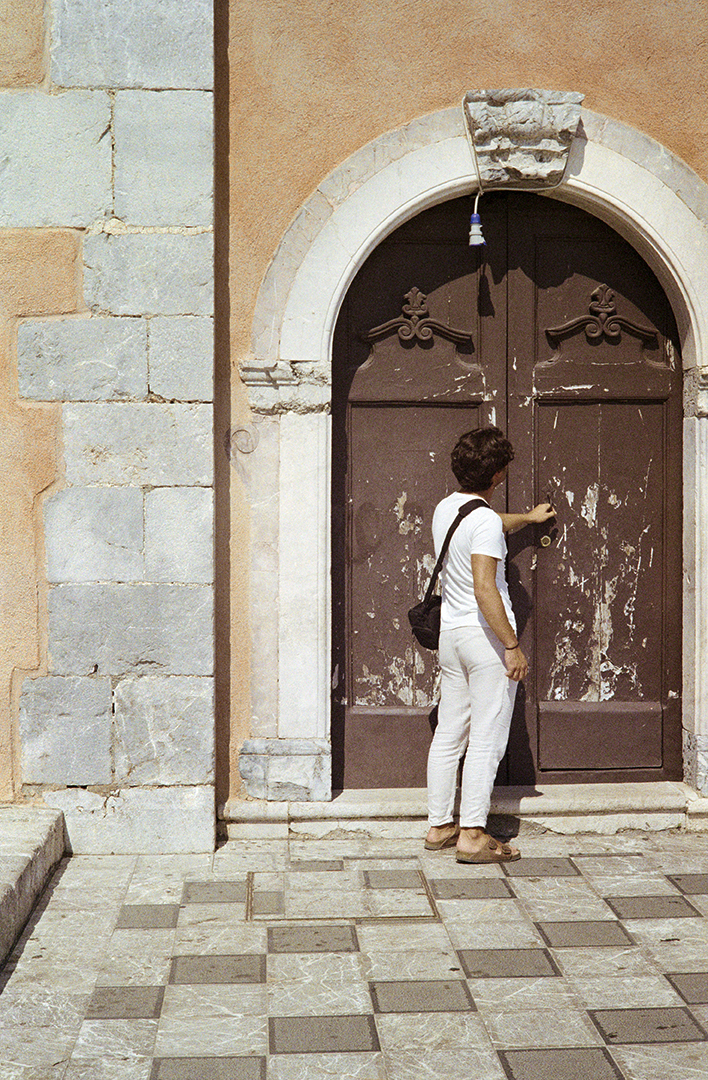
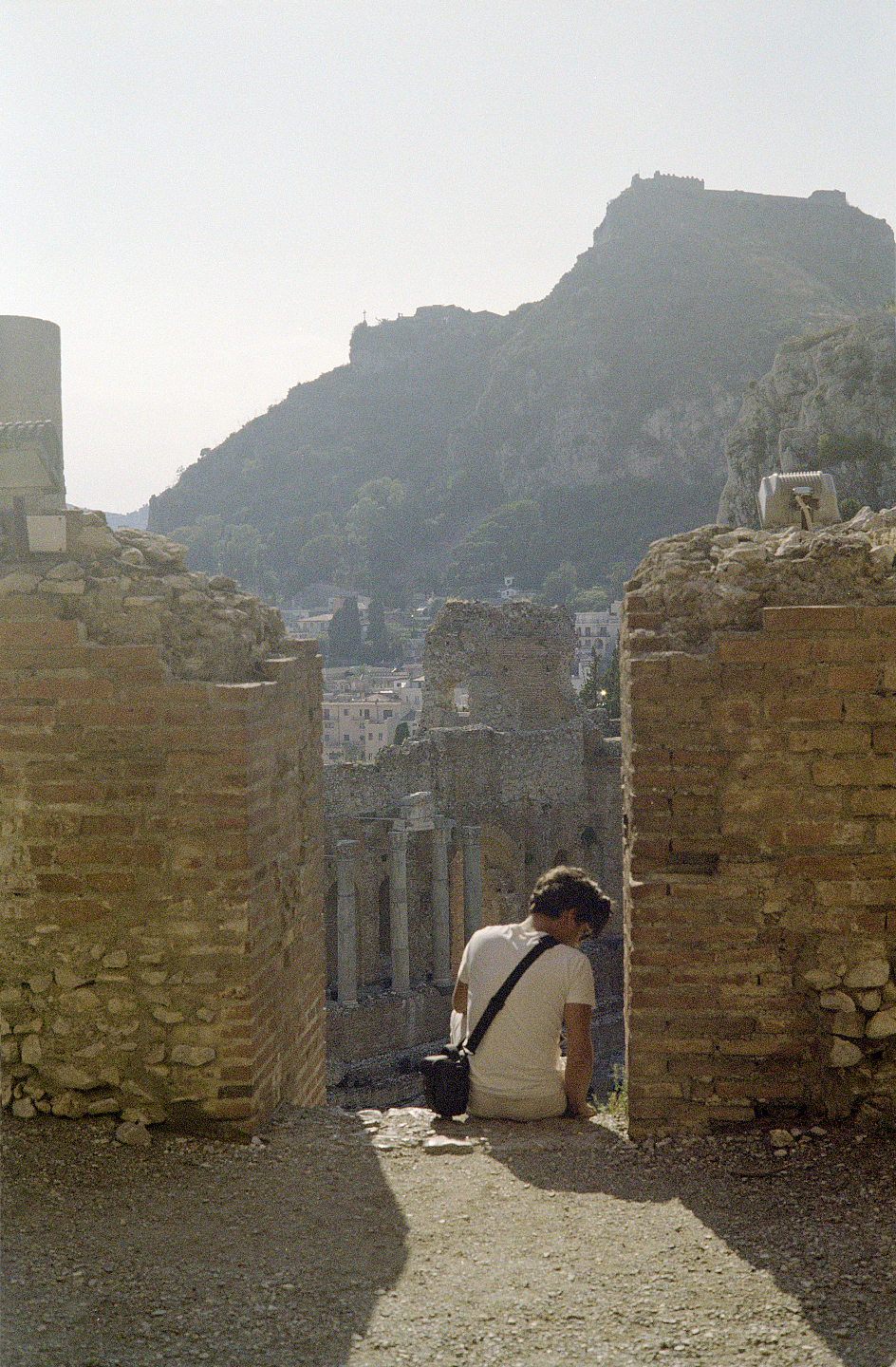
the city which clings to the side of a hill
2018
nel sud
the approach of summer called for one final trip down south; a week-long adventure with just one small backpack, travelling from place to place & meeting friends along the way. the goal was simple: eat as much good food as possible, soak up plenty of sun & sea, and appreciate every second of italian summer.
southern italy is a fantasy in which beach carnival meets ancient ruins. hot-tempered motorists zip through the same streets where children play. i kept expecting the vessuvio to blow at any second, bursting in the loud heat , covering the whole region in san marzano tomato sauce.
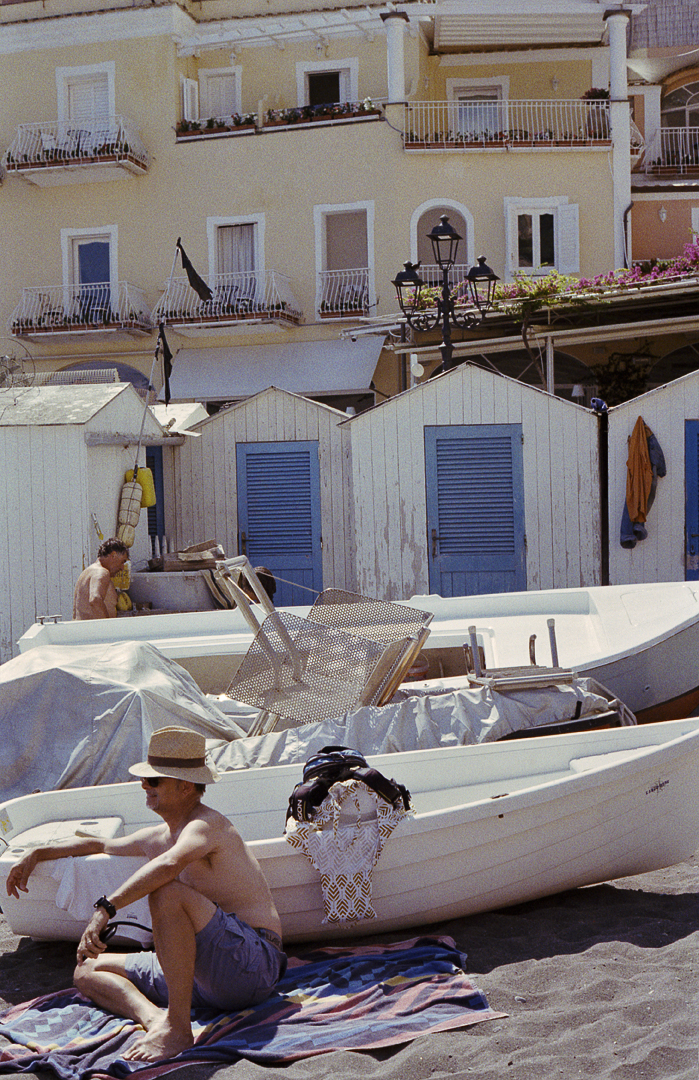
destinazione: ischia


destinazione: napoli
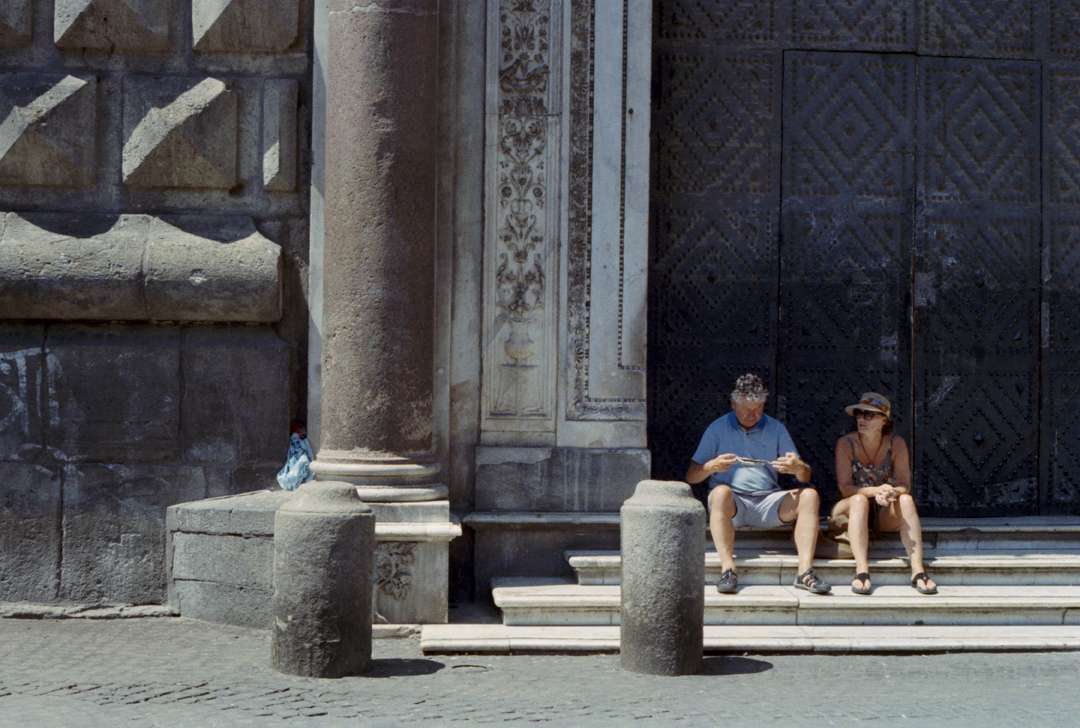
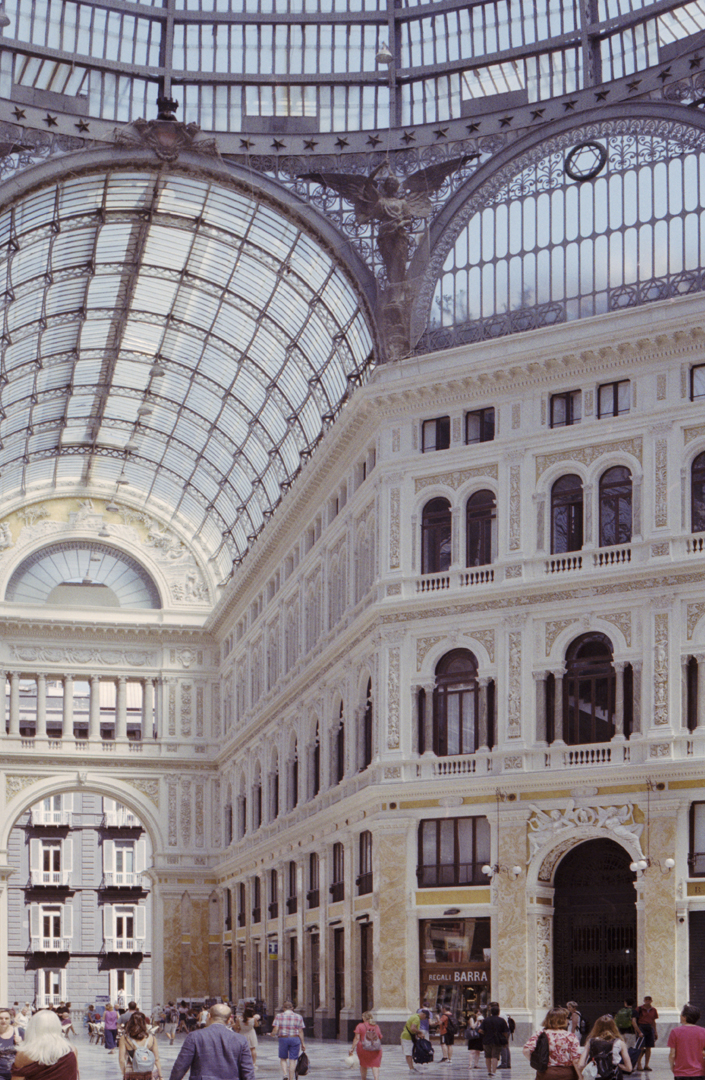
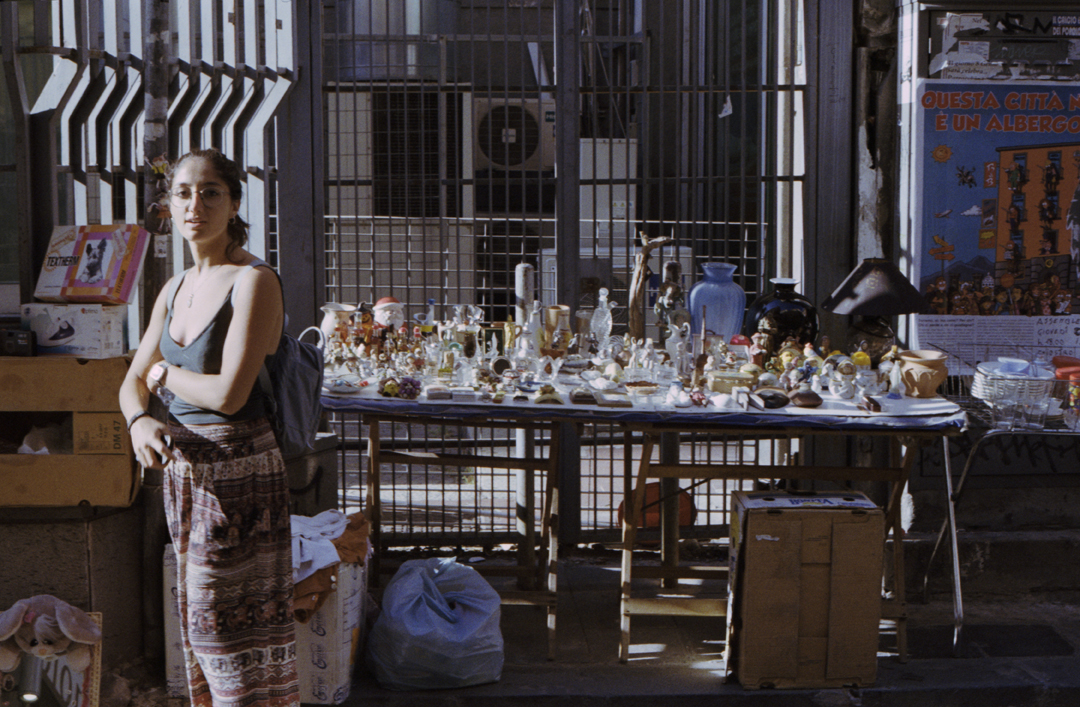
destinazione: sorrento
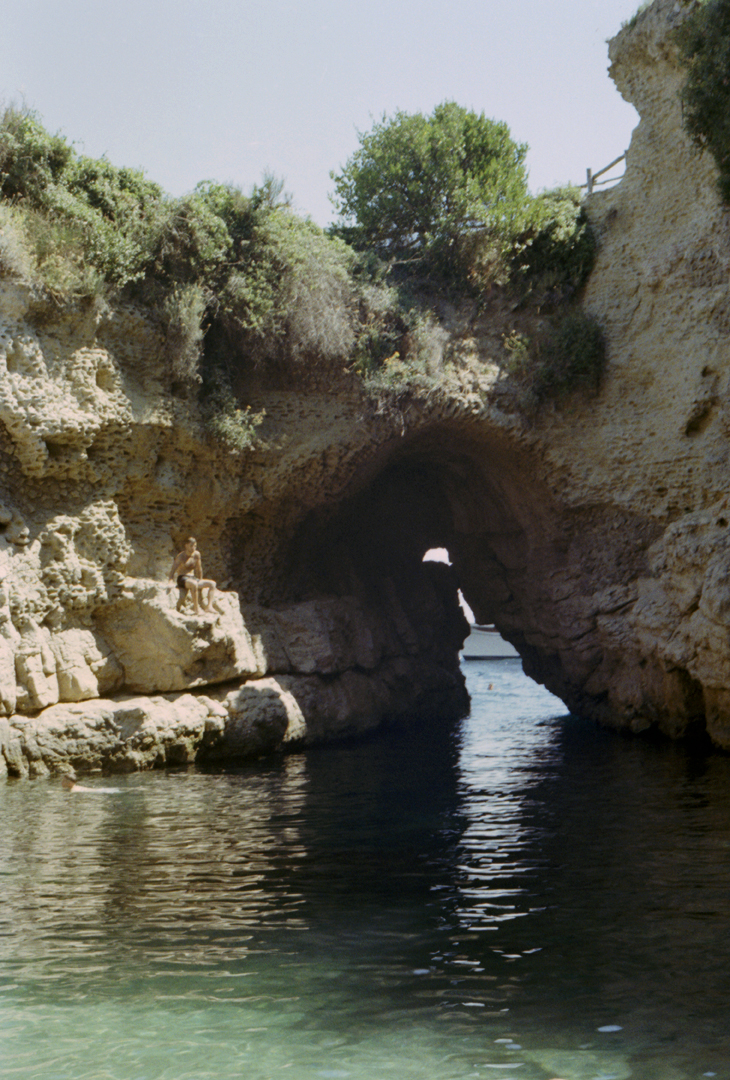
bagni della regina giovanna
destinazione: positano, amalfi coast


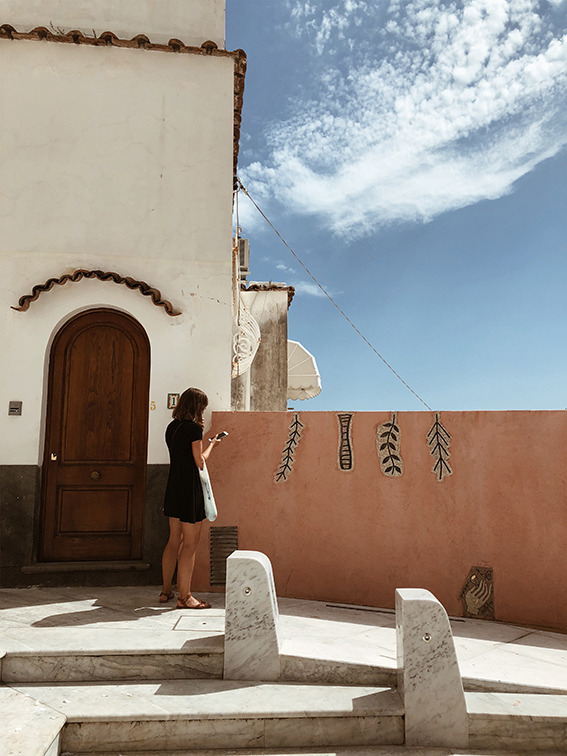

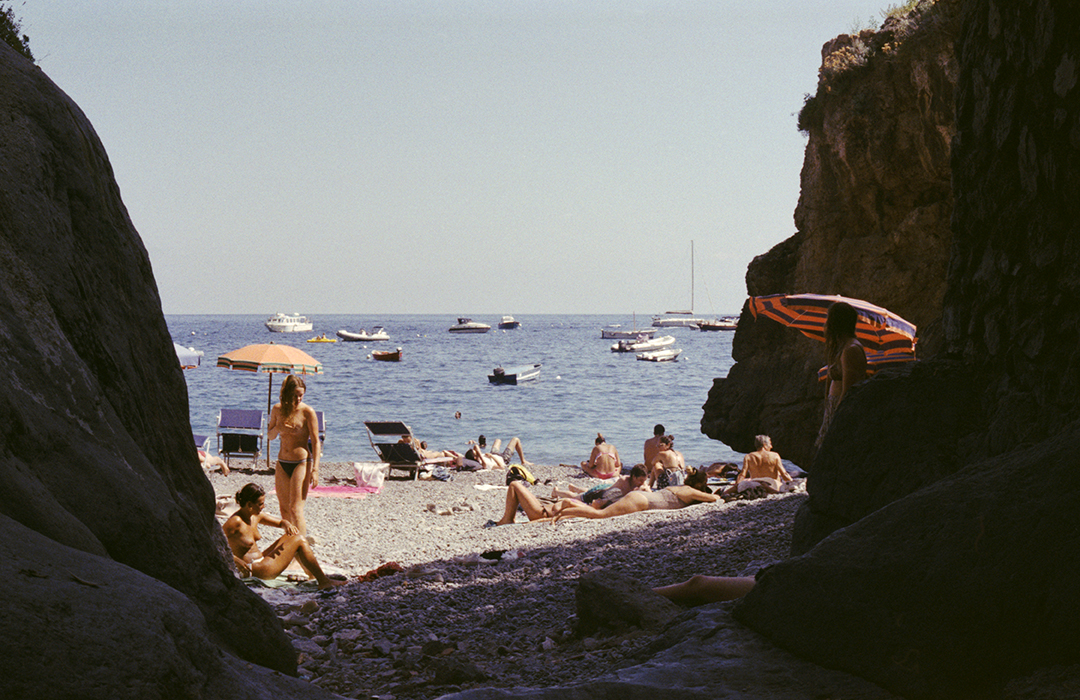
destinazione: roma
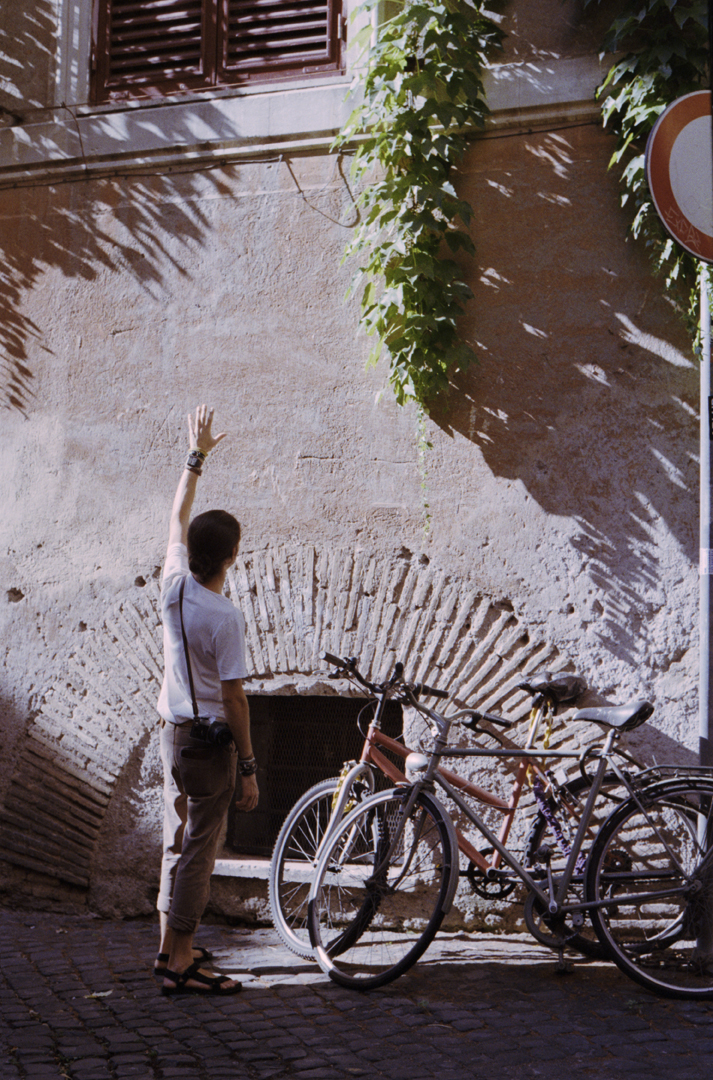
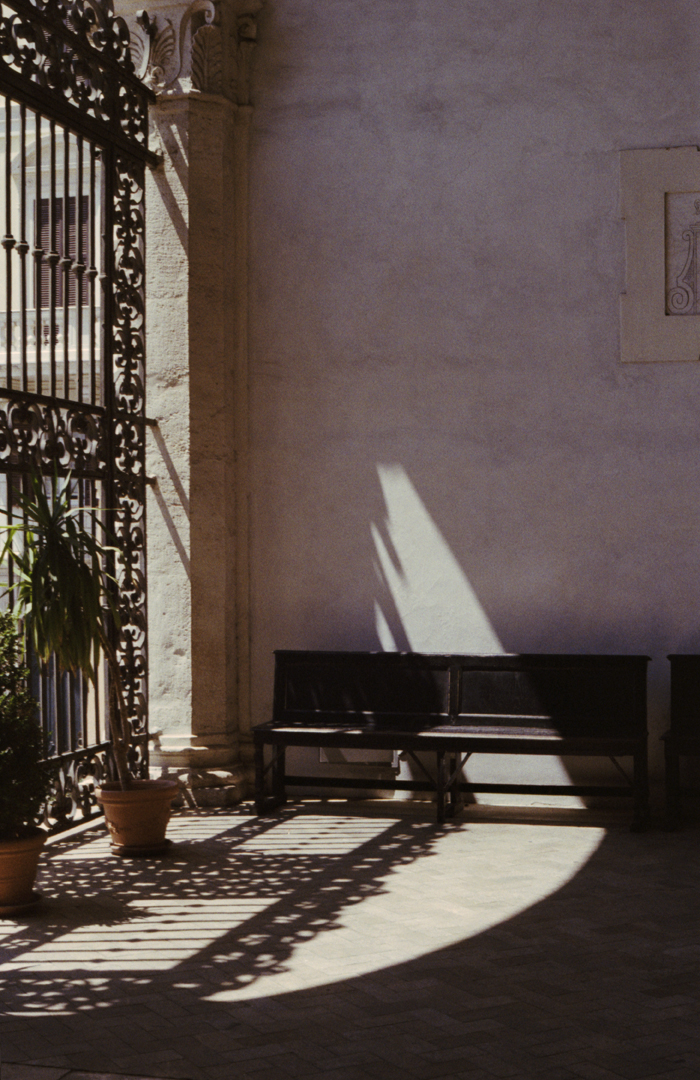
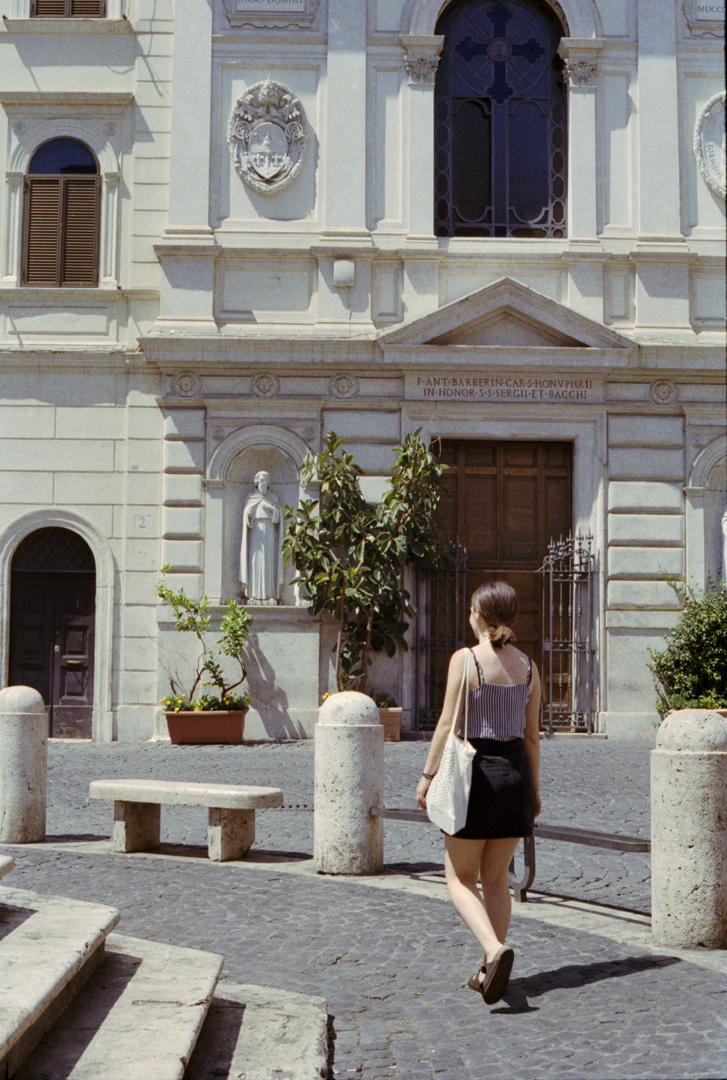
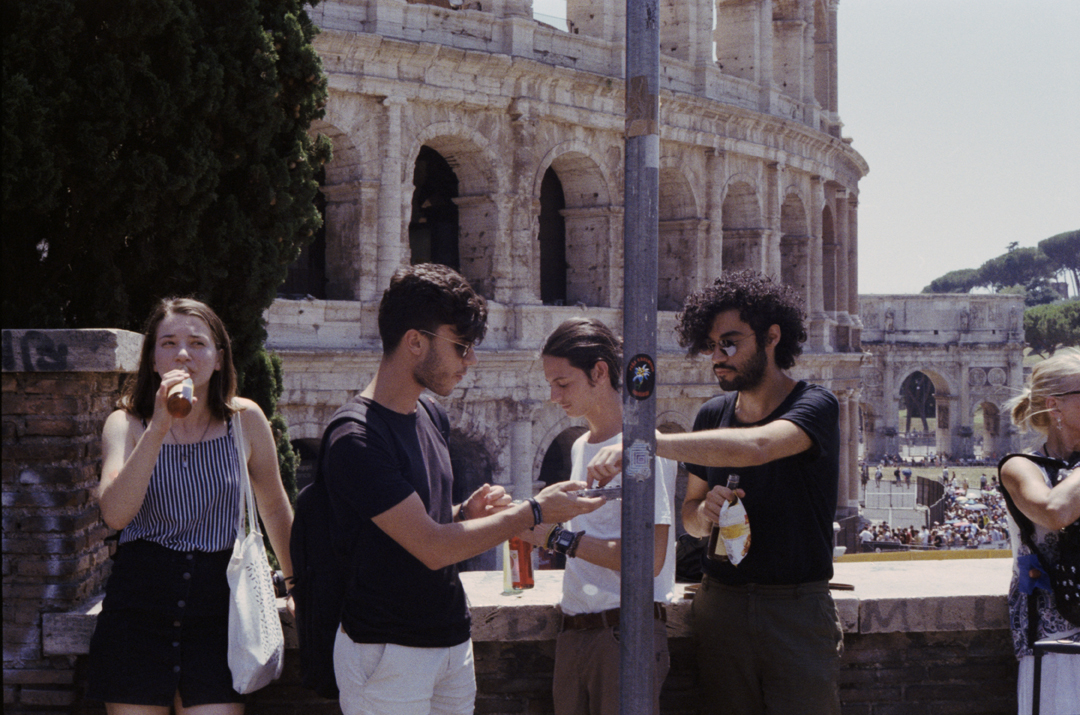
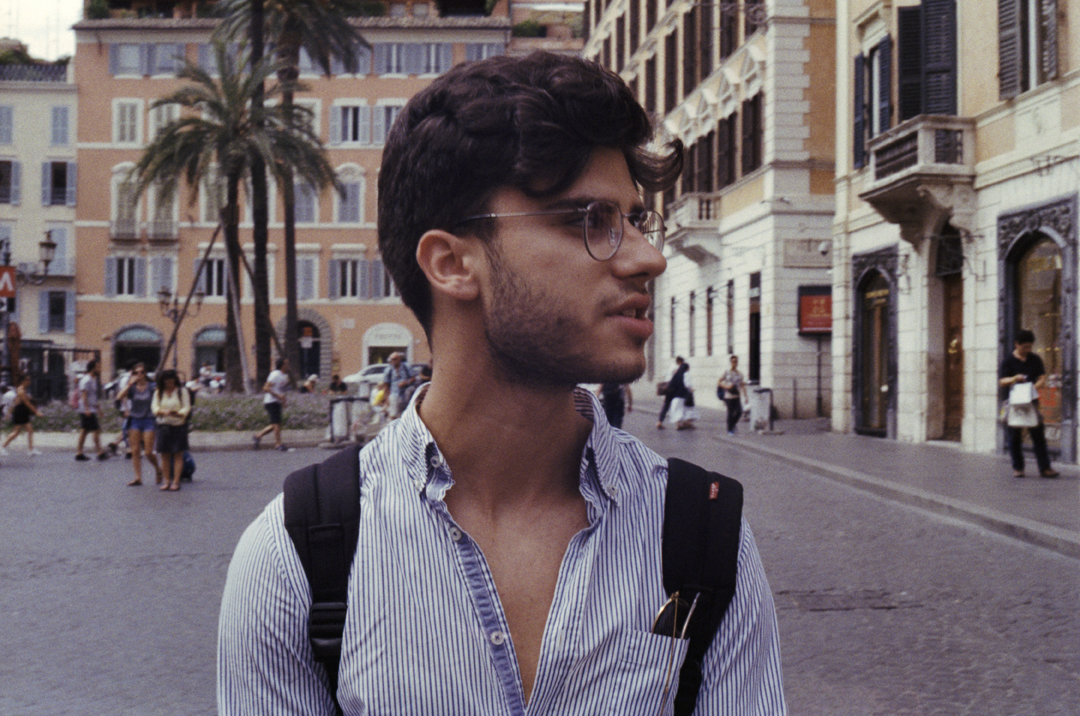

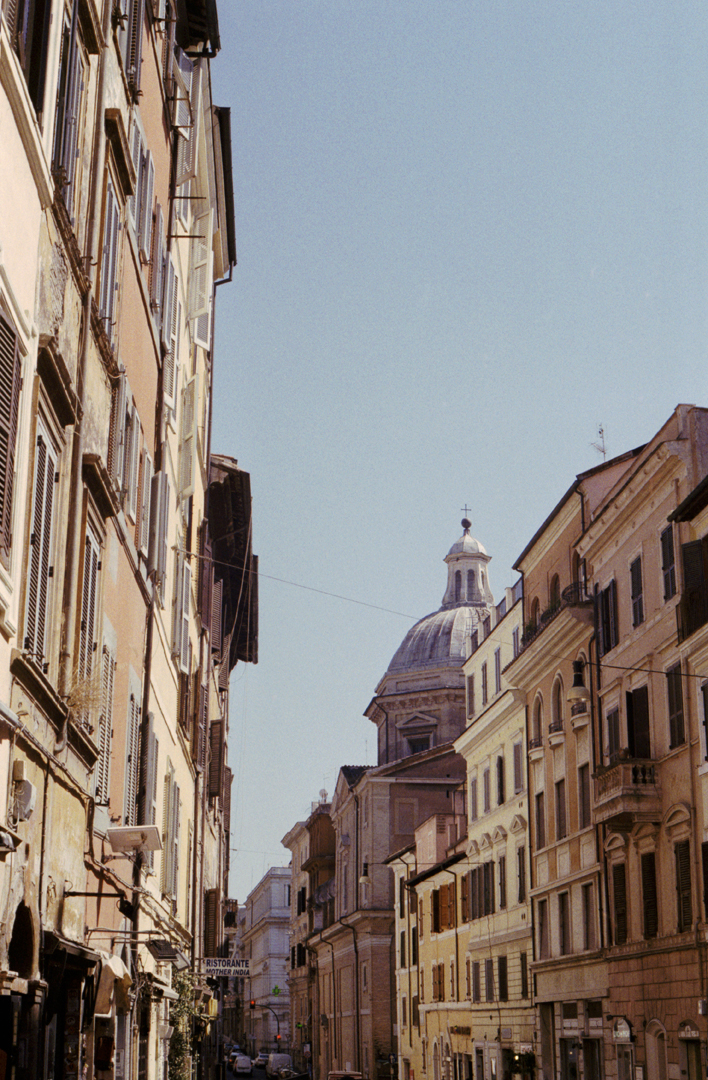
2018
train rides across northern italy
via lecco, 22, appartamento 2
catching the last metro home, tram parties, eating pizza on the floor while drinking wine, cremino ice cream at navigli, learning how to ride a bike while tipsy, 5pm spritz aperitivo, lying on the grass in the sun in sempione, eating chocolate doughnuts in the lidl parking lot with my favourite people, cutting my hair short, the sound of a trumpet & children playing streaming in through the open window.
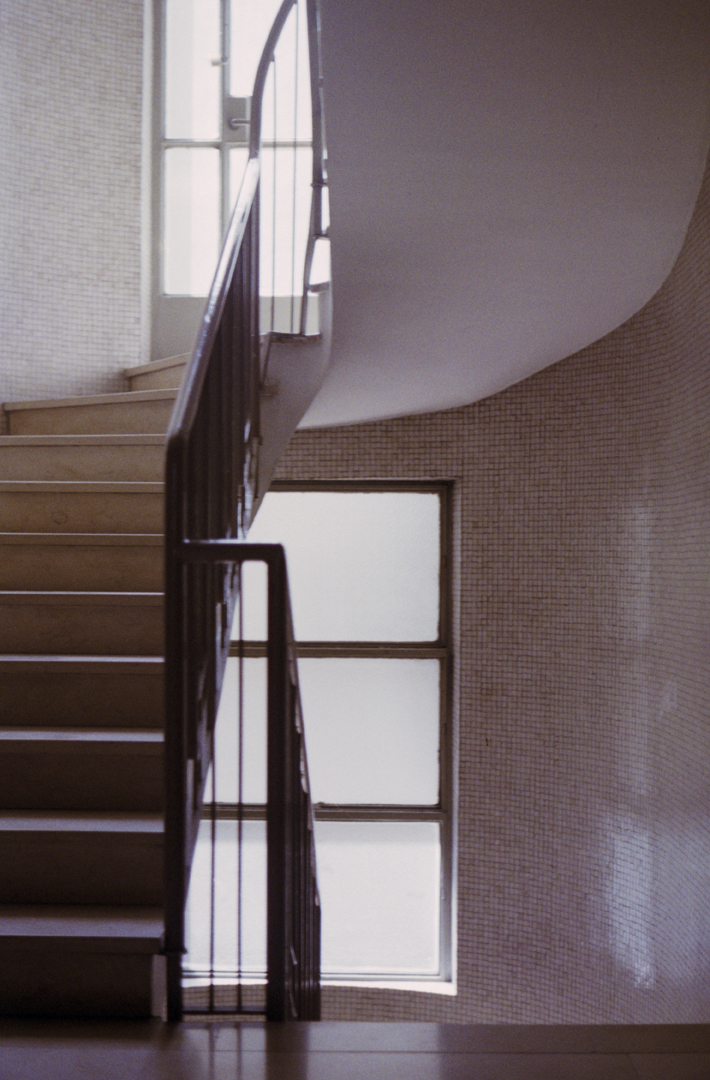
origine: milano
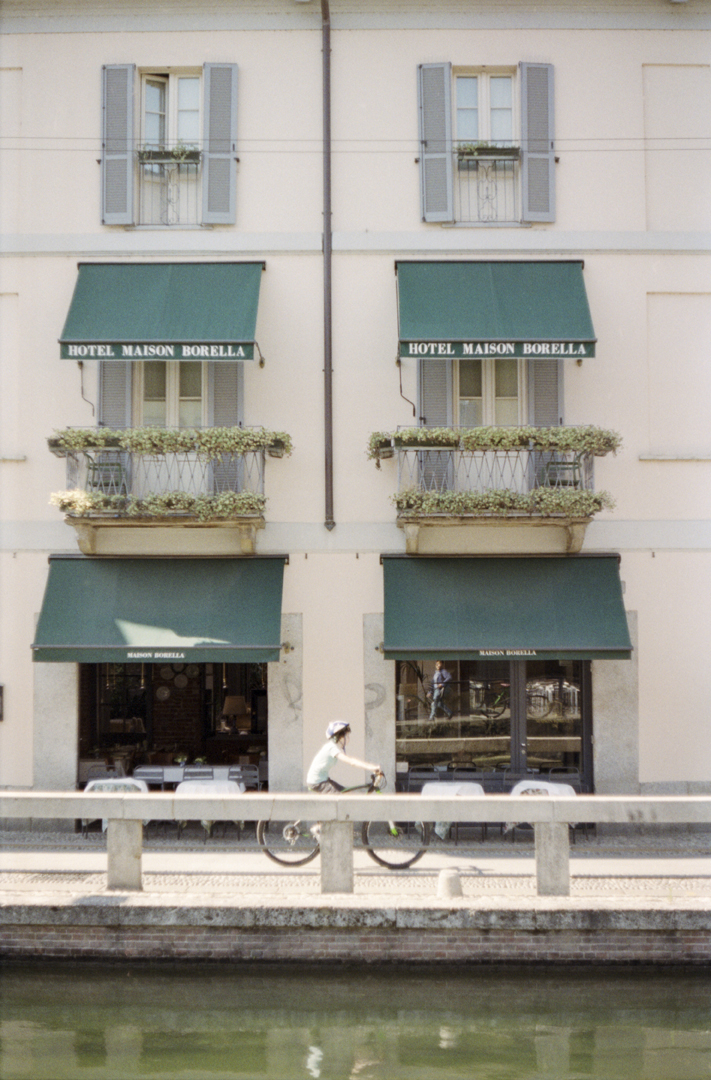
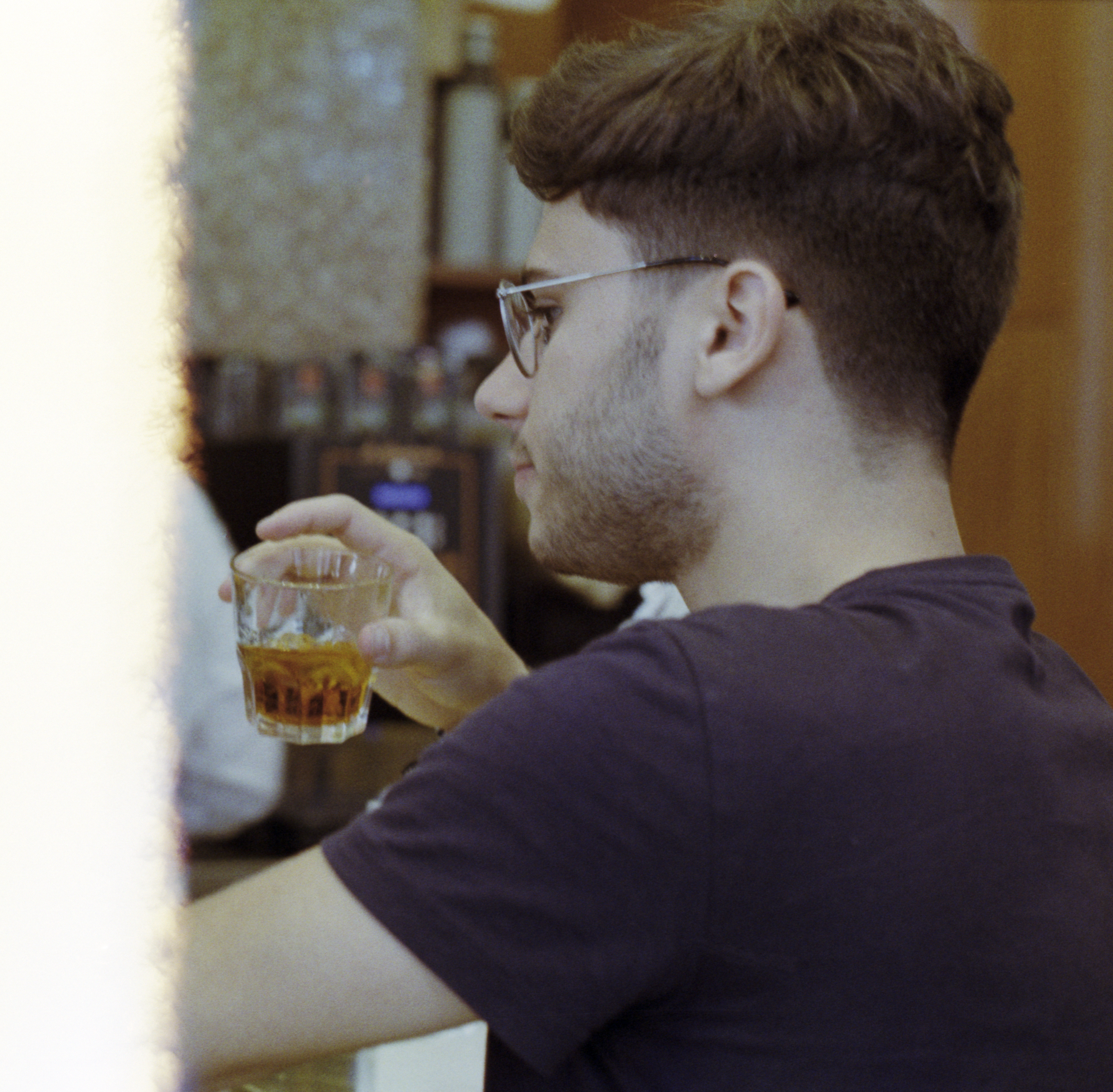
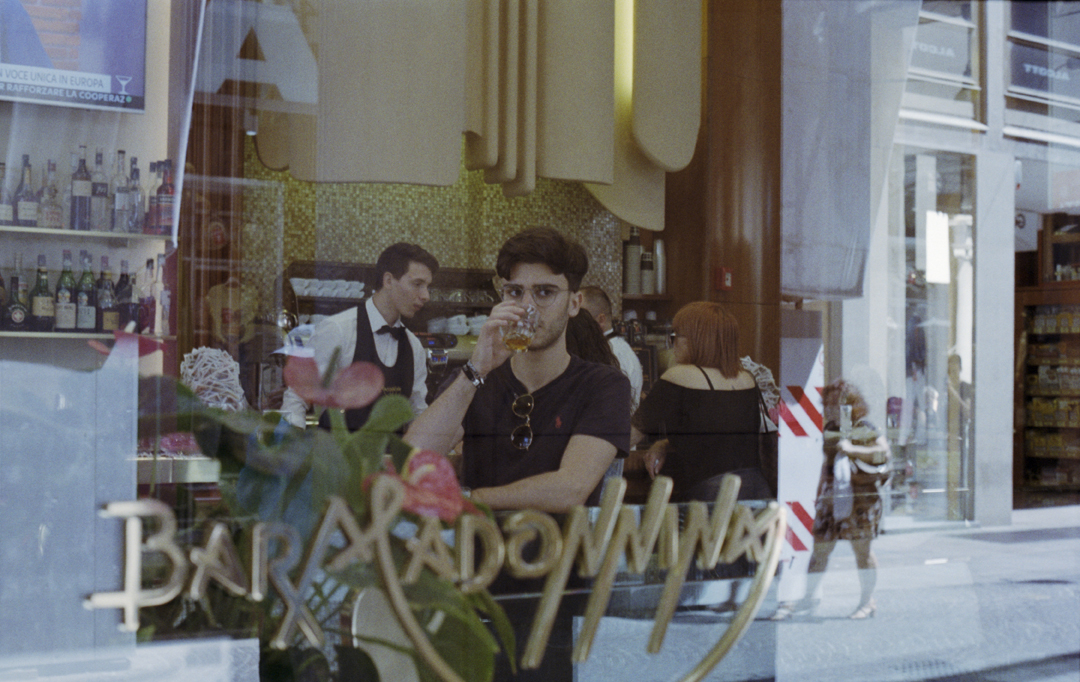

spontaneous visits & waking up for coffee
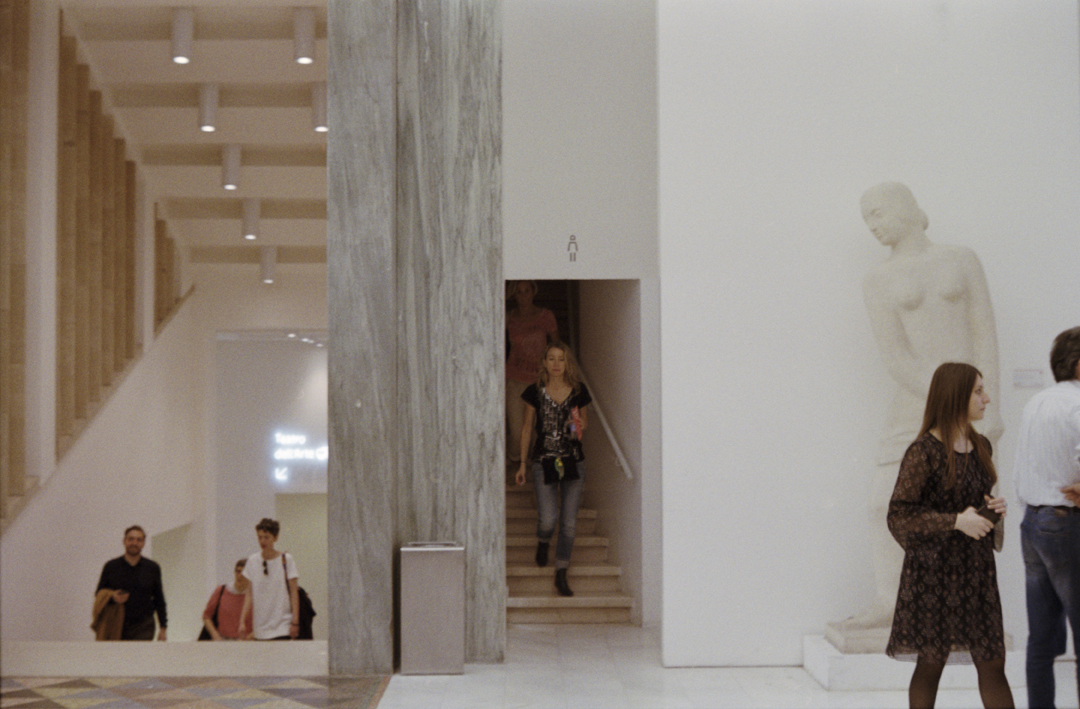

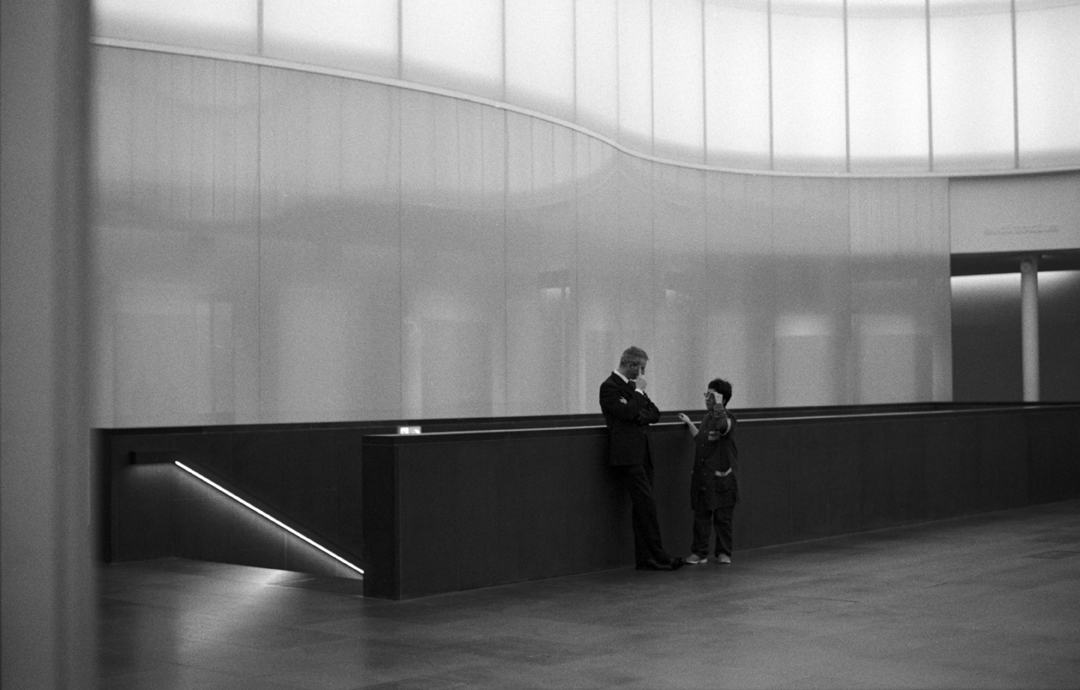
an unheard exchange; that conversation must still be stored somewhere within those glowing walls
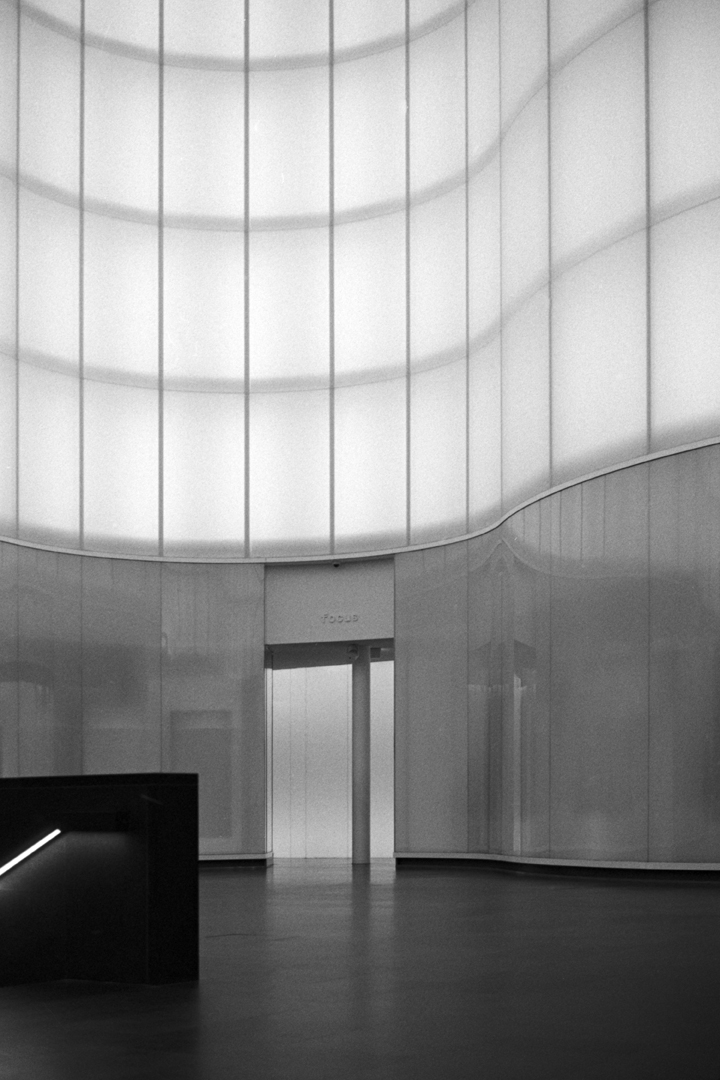
destinazione: torino

destinazione: verona

destinazione: bergamo

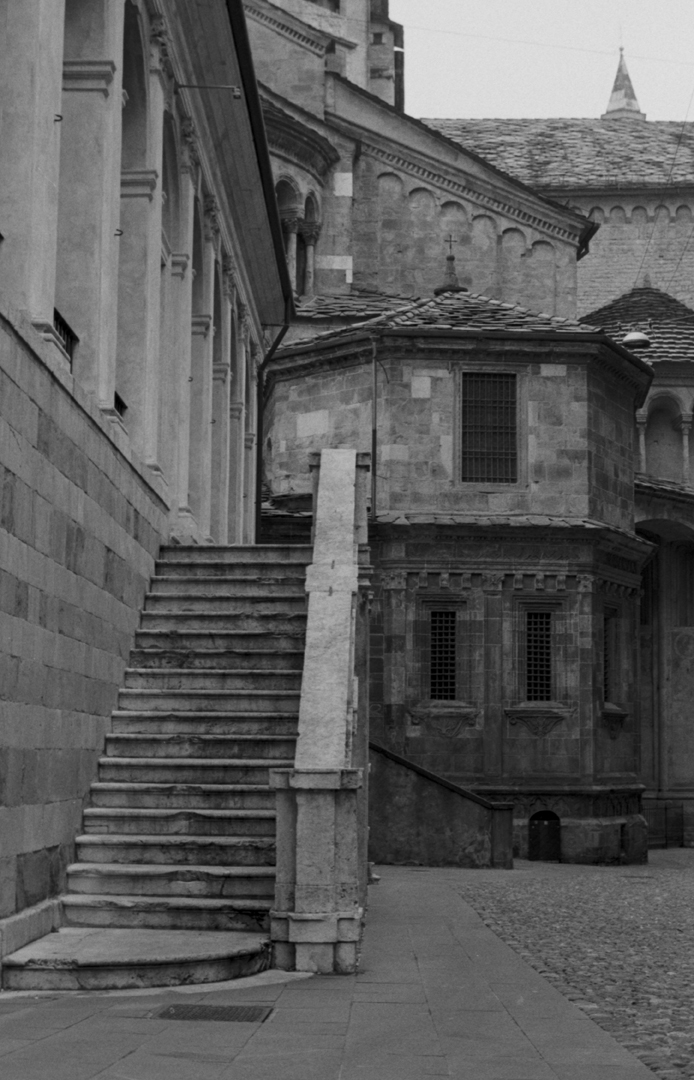
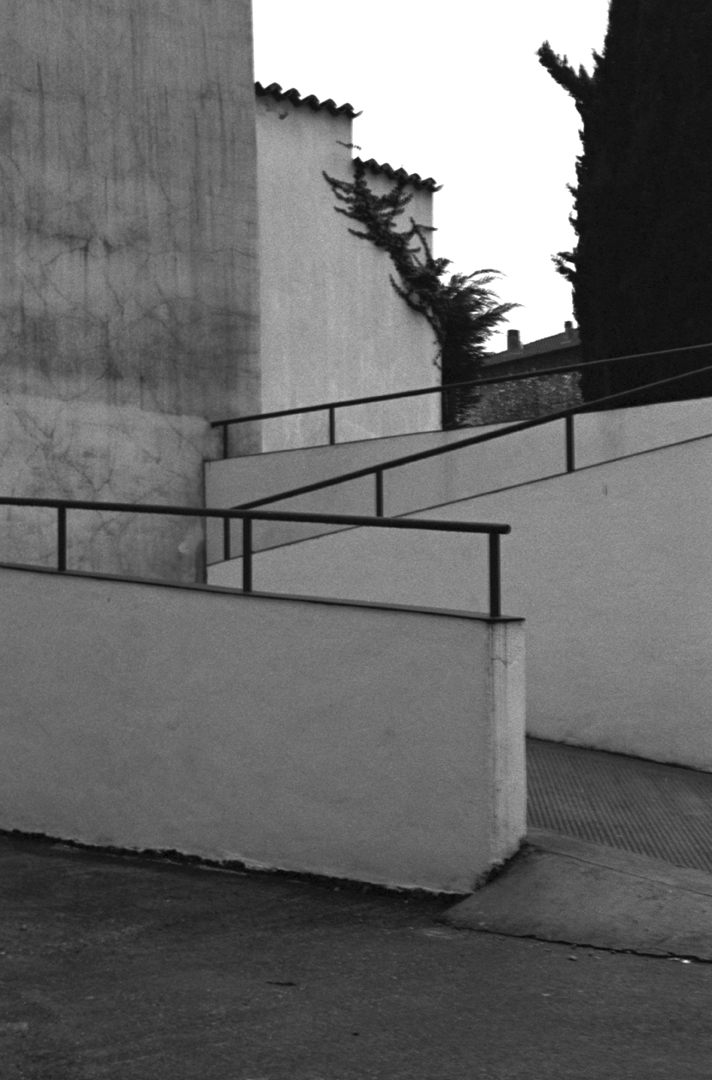
destinazione: portofino
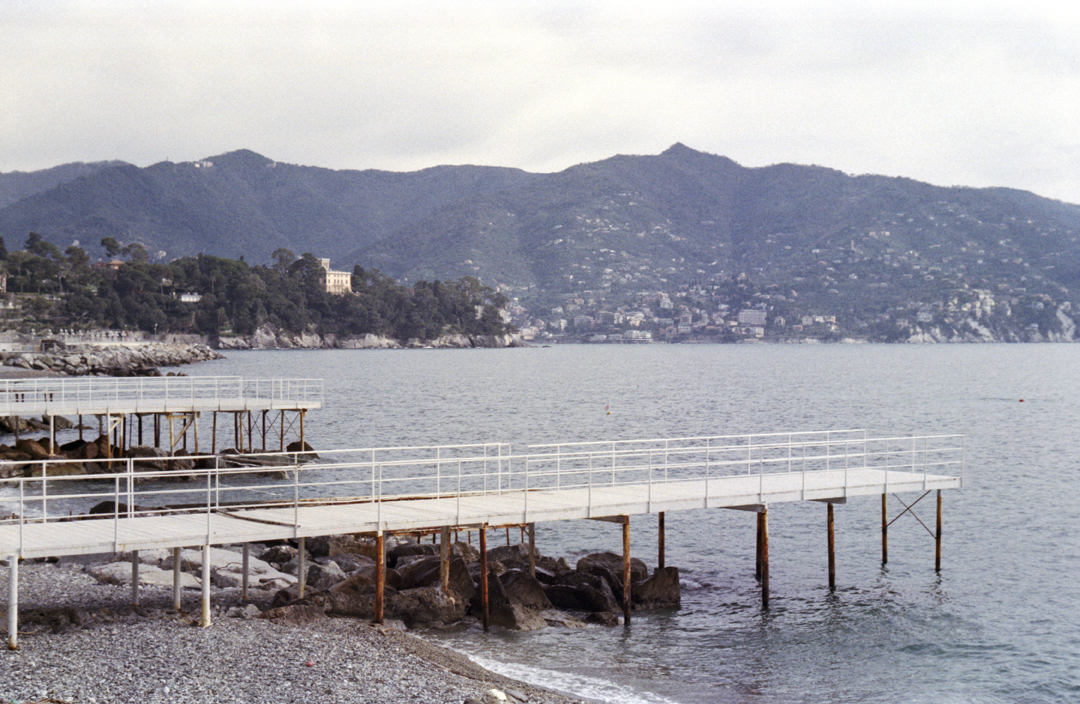
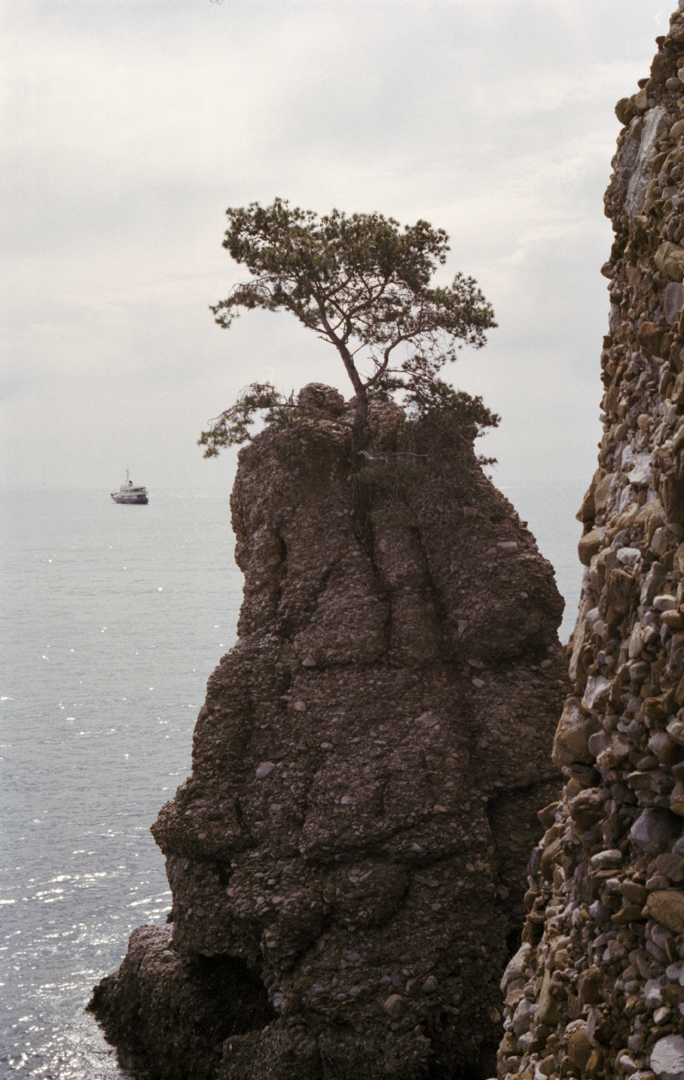

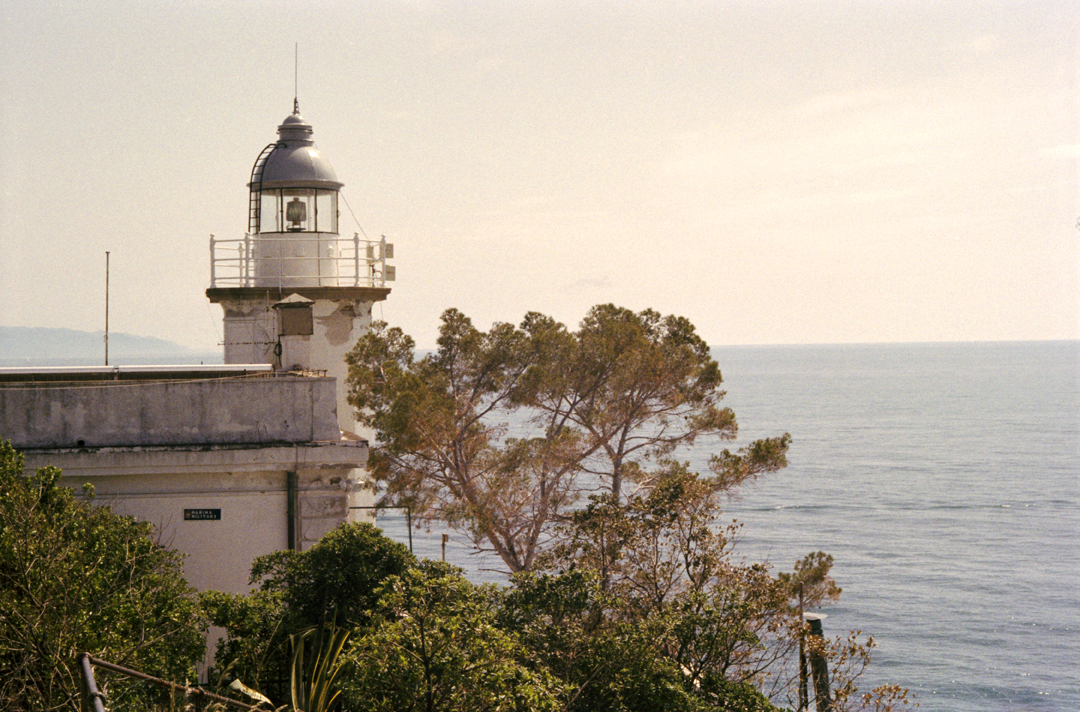
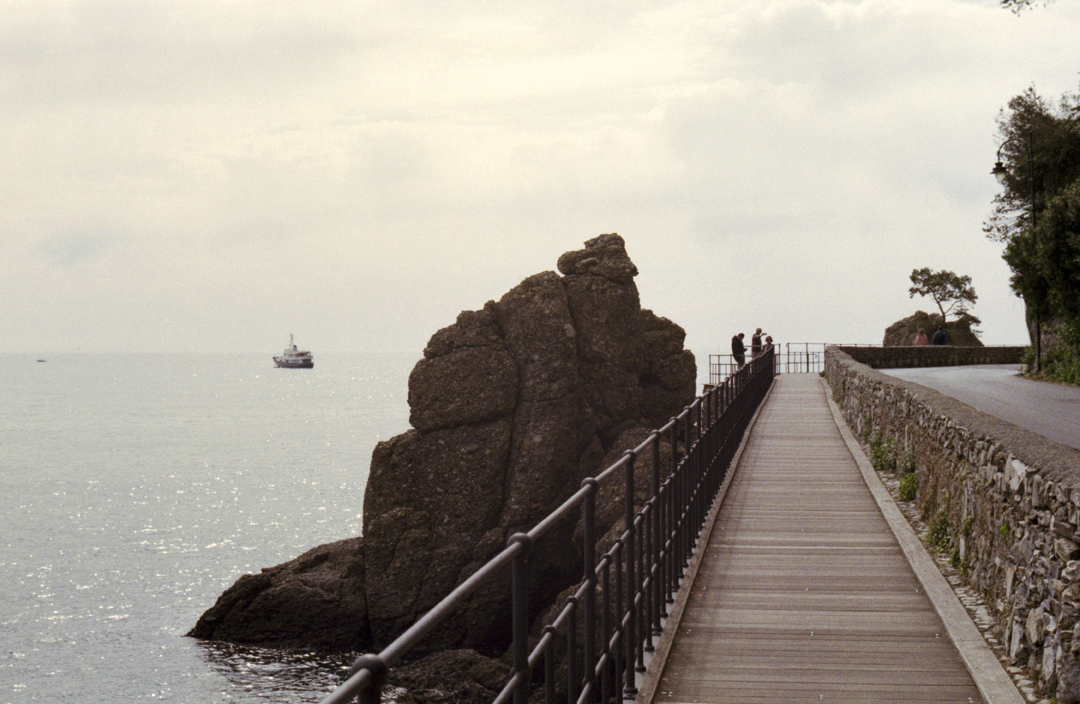
walking to portofino along the coast
feels like a sacred pilgrimage

destinazione: sestri levante
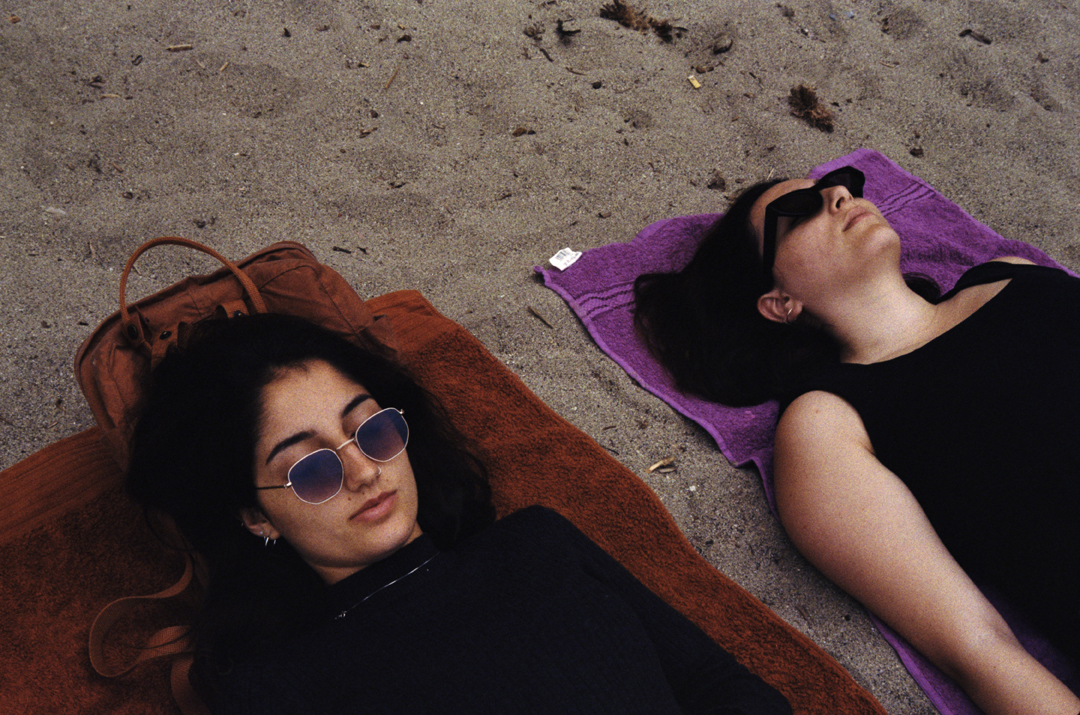

destinazione: sirmione
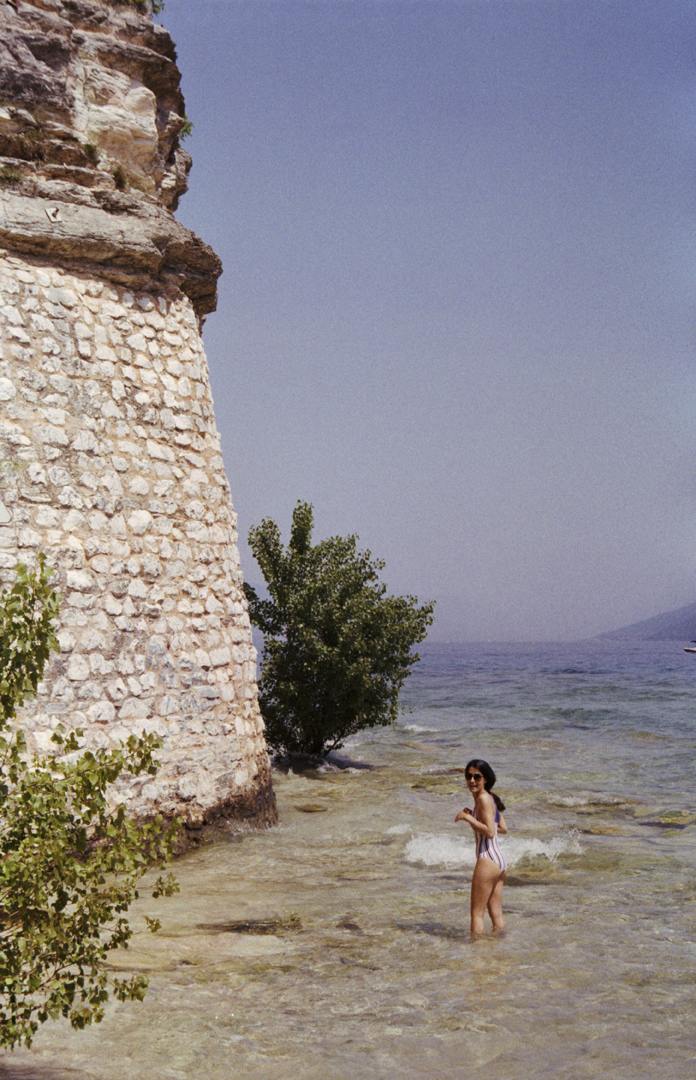
swimming below the ancient ruins @ lago di garda
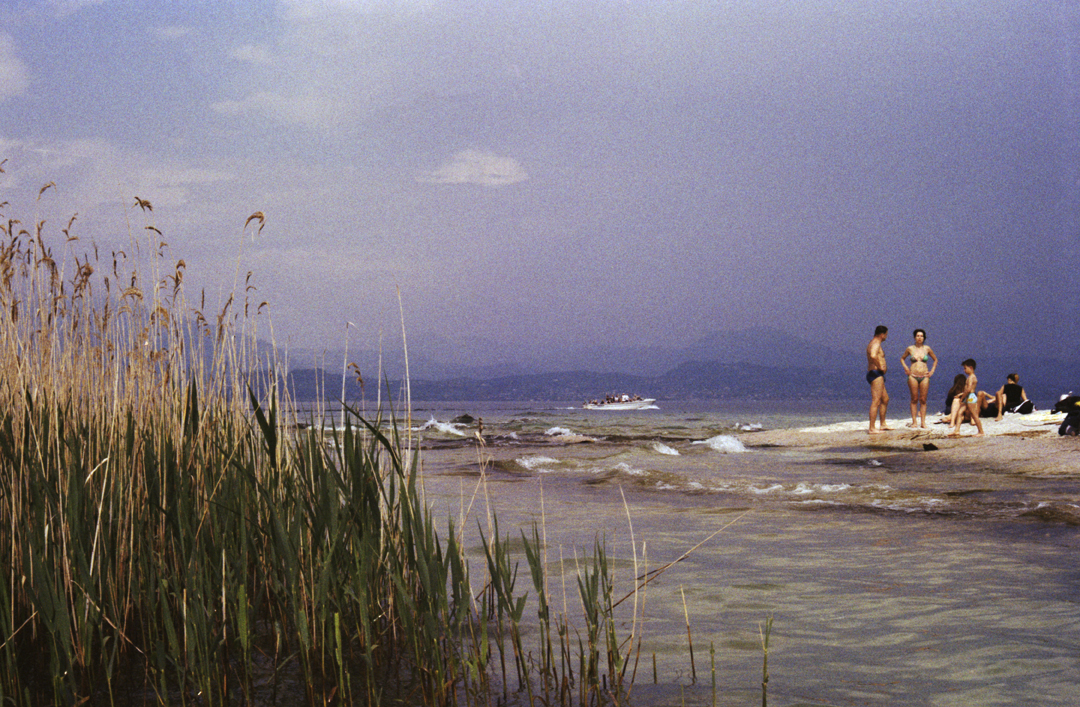
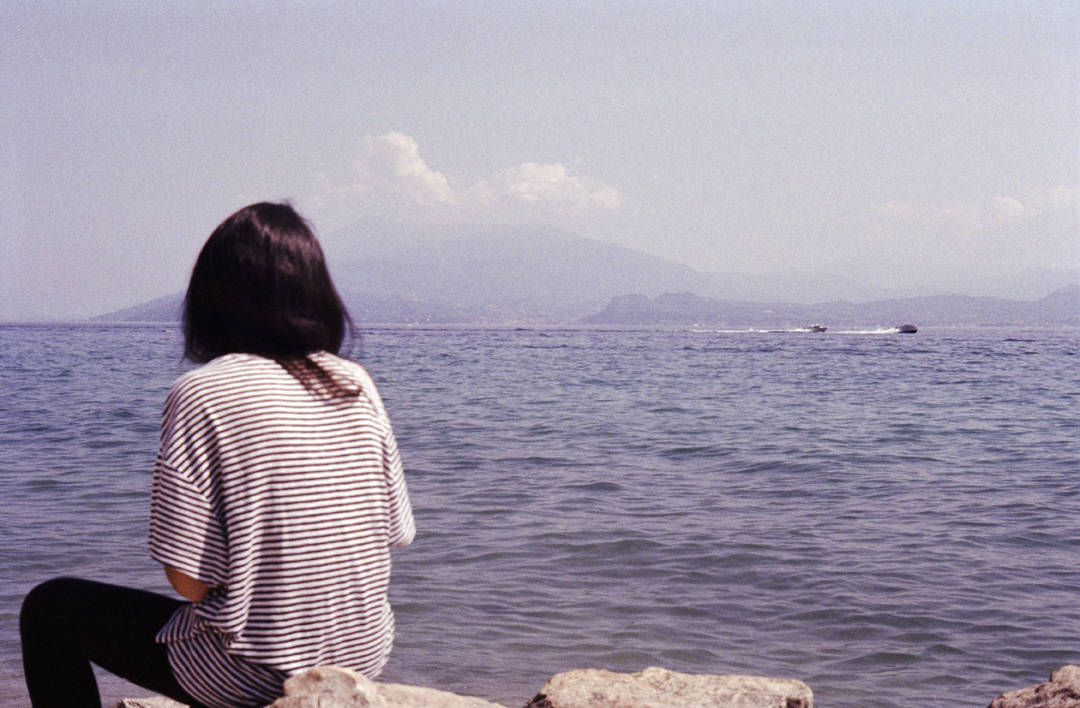
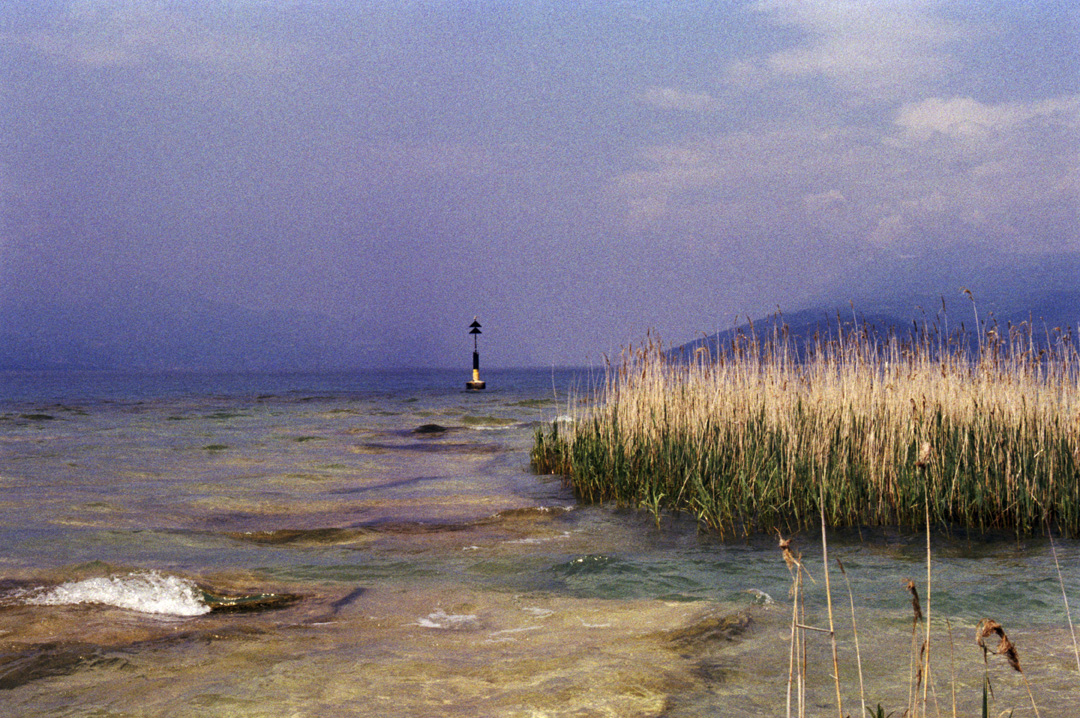
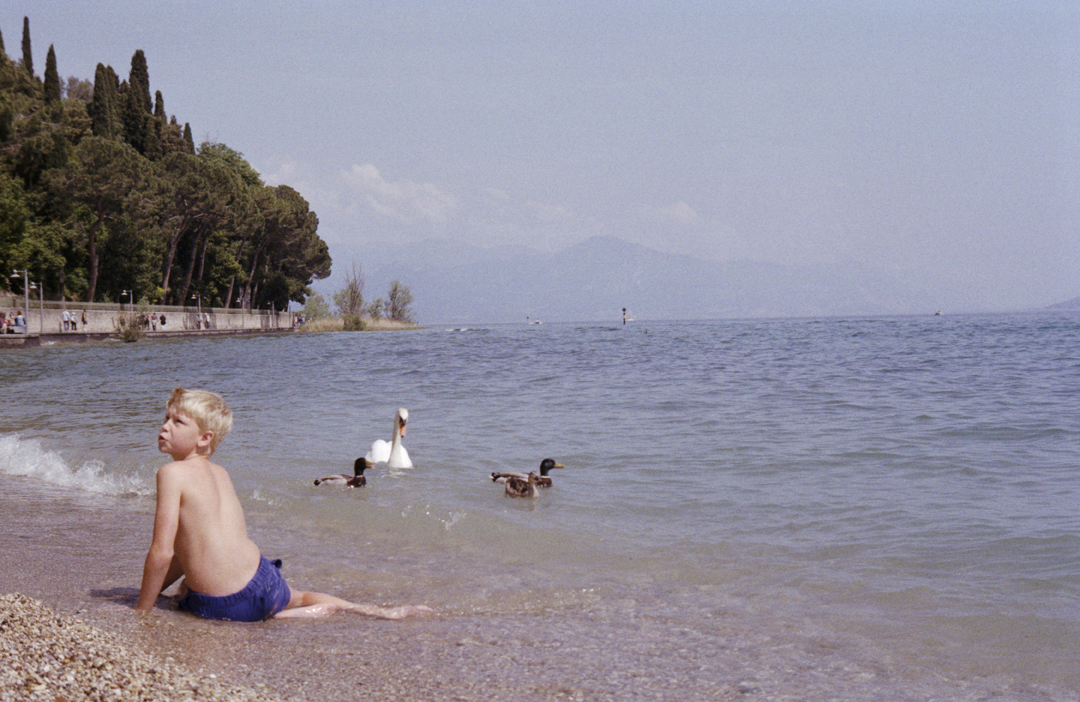

destinazione: lago di mergozzo
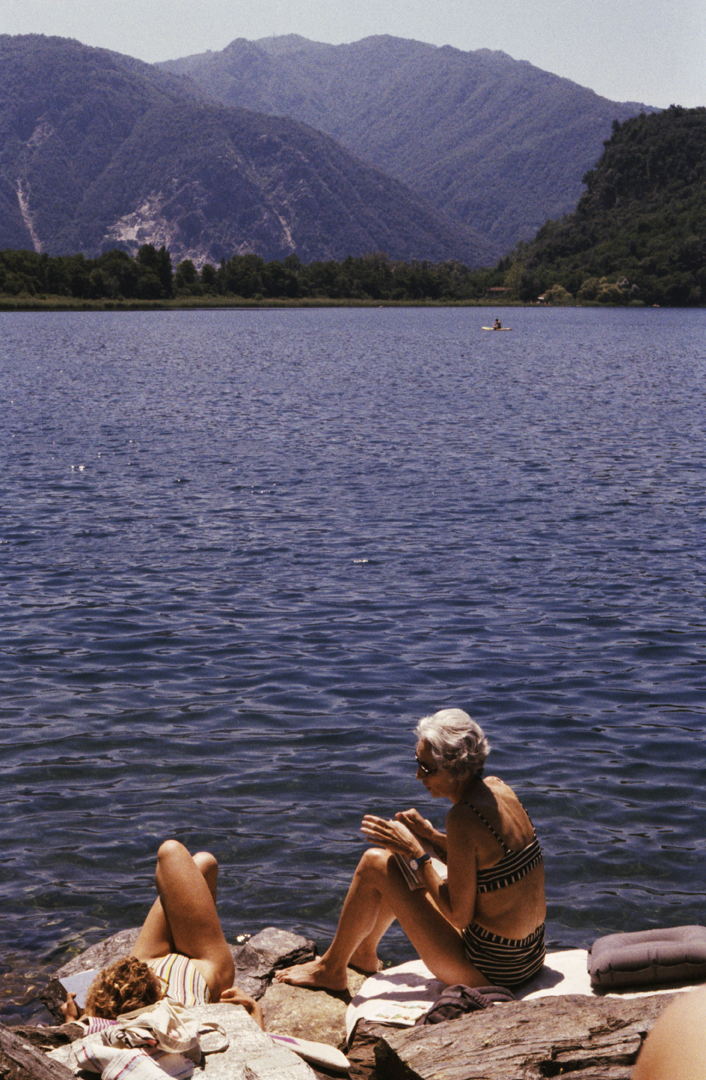
the lake under the hill
destinazione: cinque terre
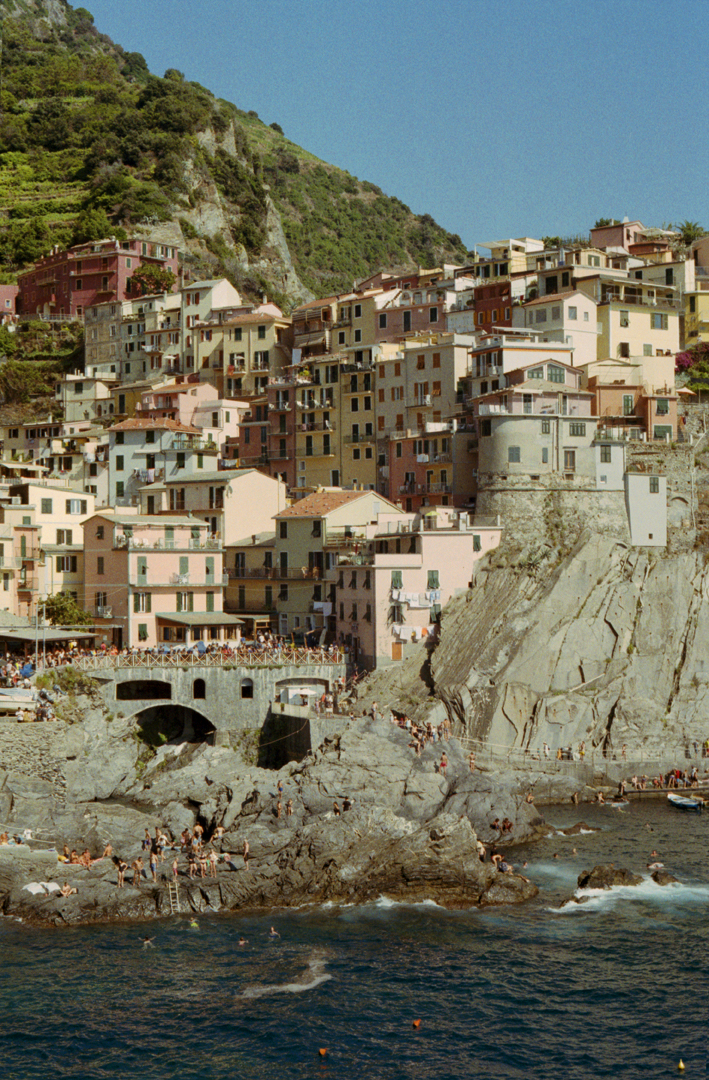
solo hike between the towns of the cinque terre, the melody of an accordion floating on the breeze, stopping for a dip at every village



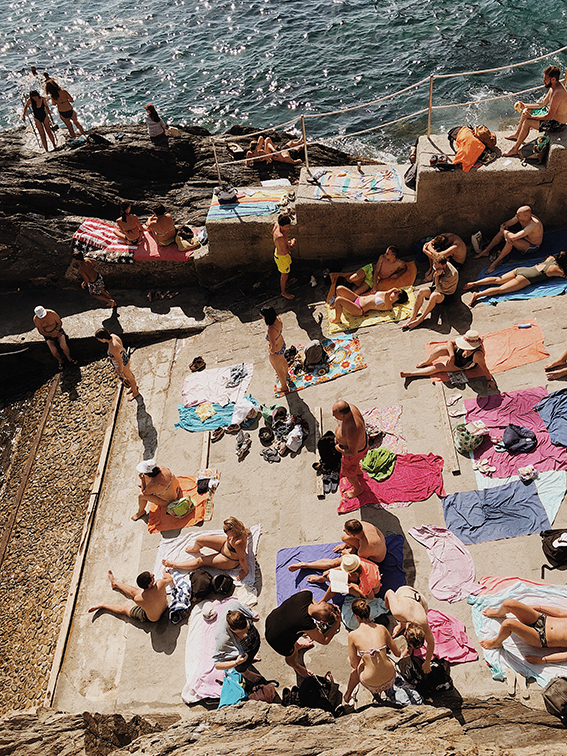
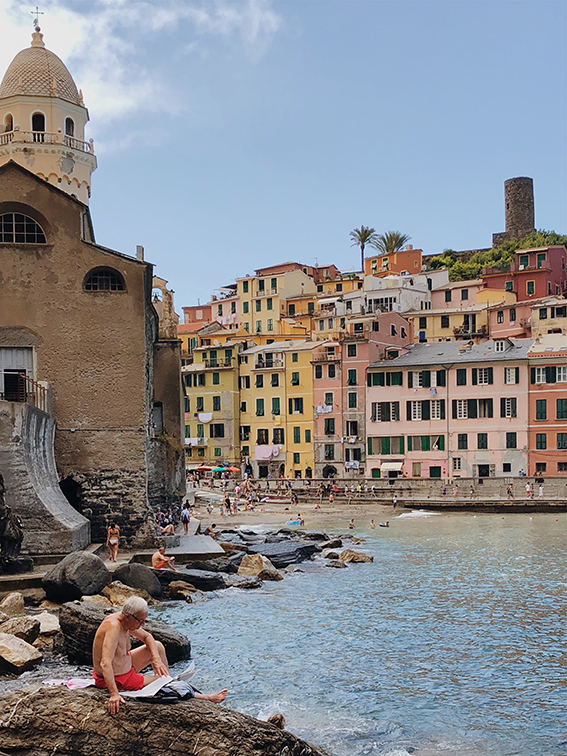
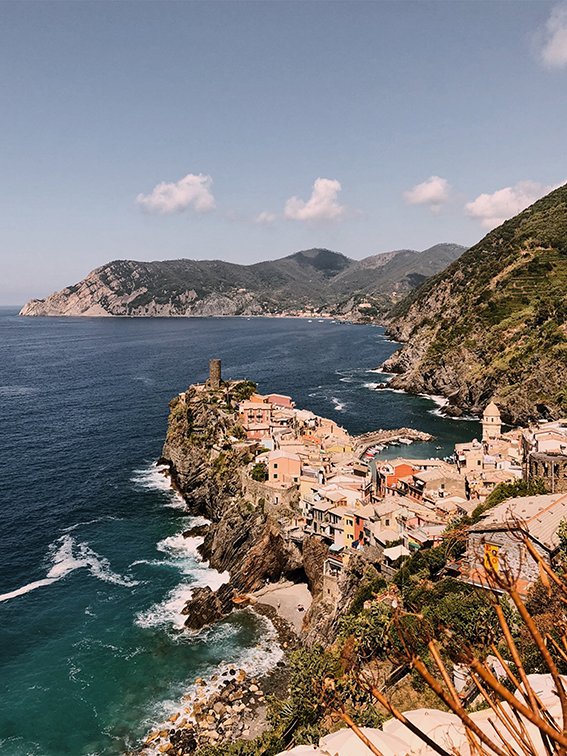

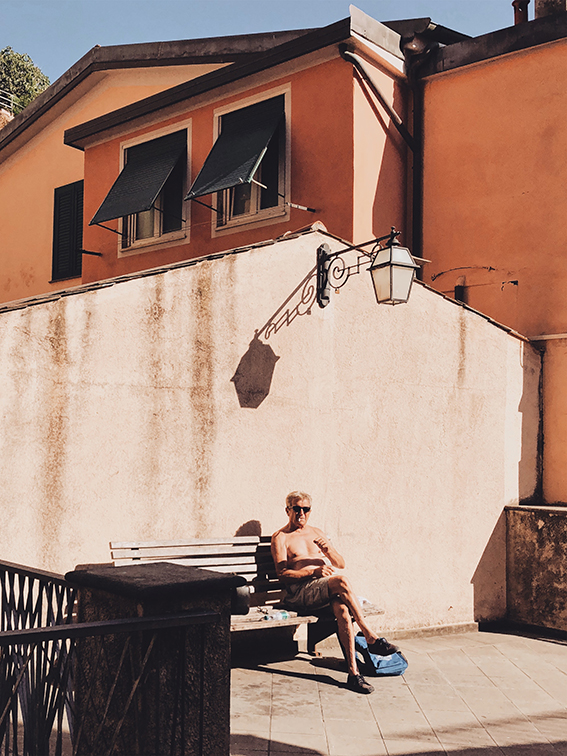
destinazione: venezia
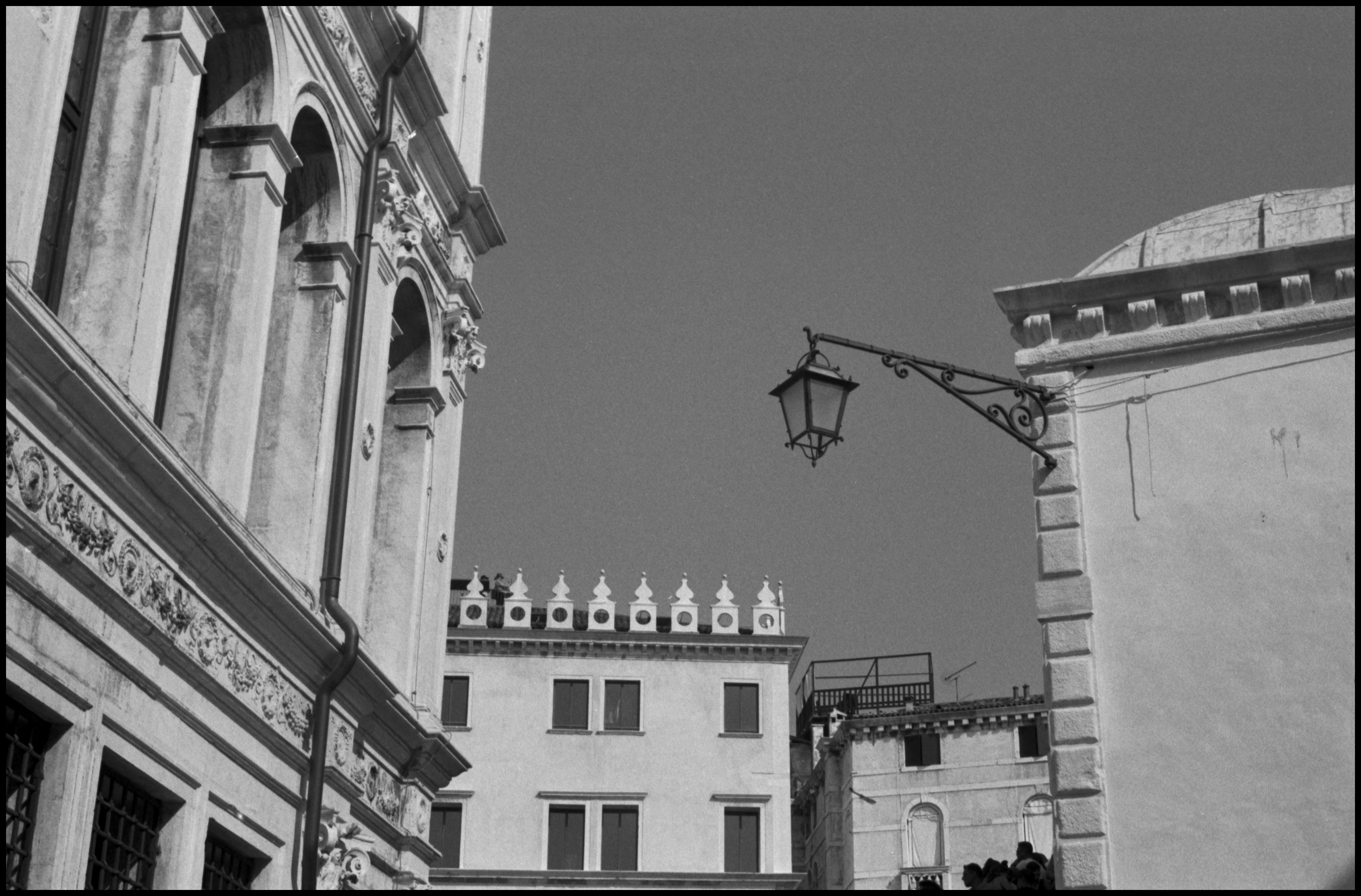
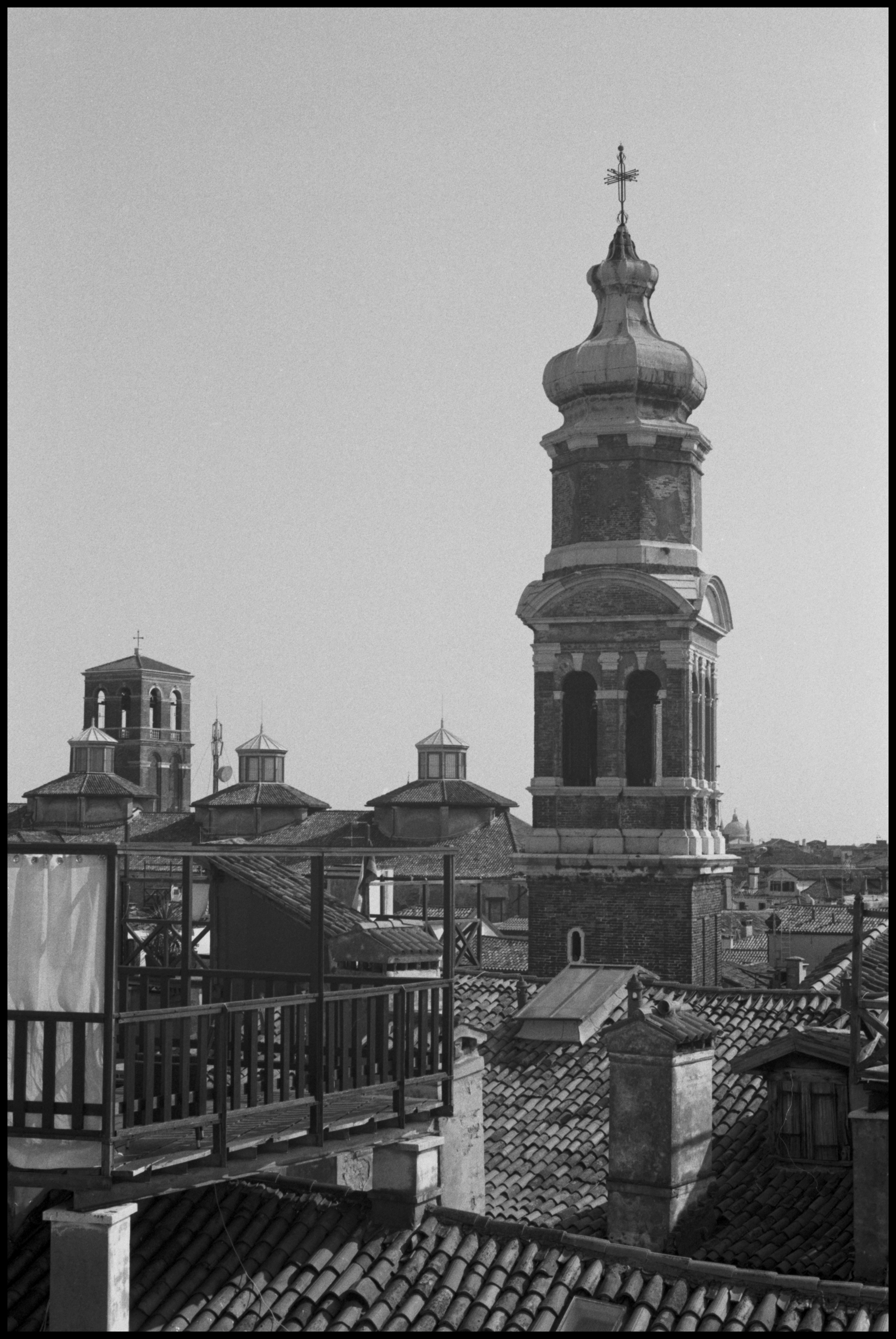
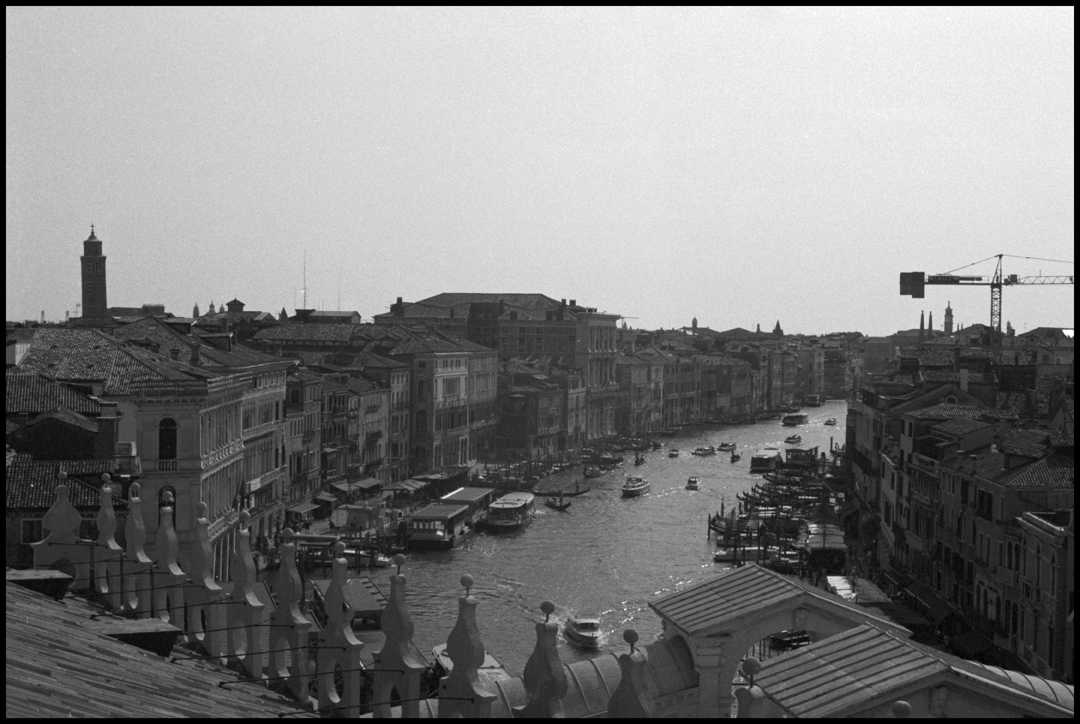



4. ongoing travelogue
2024
following fairy trails
the land of rainbows, magical kingdoms & leprechauns sitting on bags of gold. a sojourn for the soul in dublin ended up feeling like home away from home
can you hear the trees whispering?
where the moss lives
into the woods we go
the language of hands
it’s always worth taking the scenic route
strangers i wish i knew
2023
on the edge of the atlantic
porto feels familiar somehow, like a dream you feel like you’ve already had only to realise you haven’t once you wake up
2022
a parisian getaway
a spontaneous trip to this magical city to fulfill all of our croissant & baguette dreams
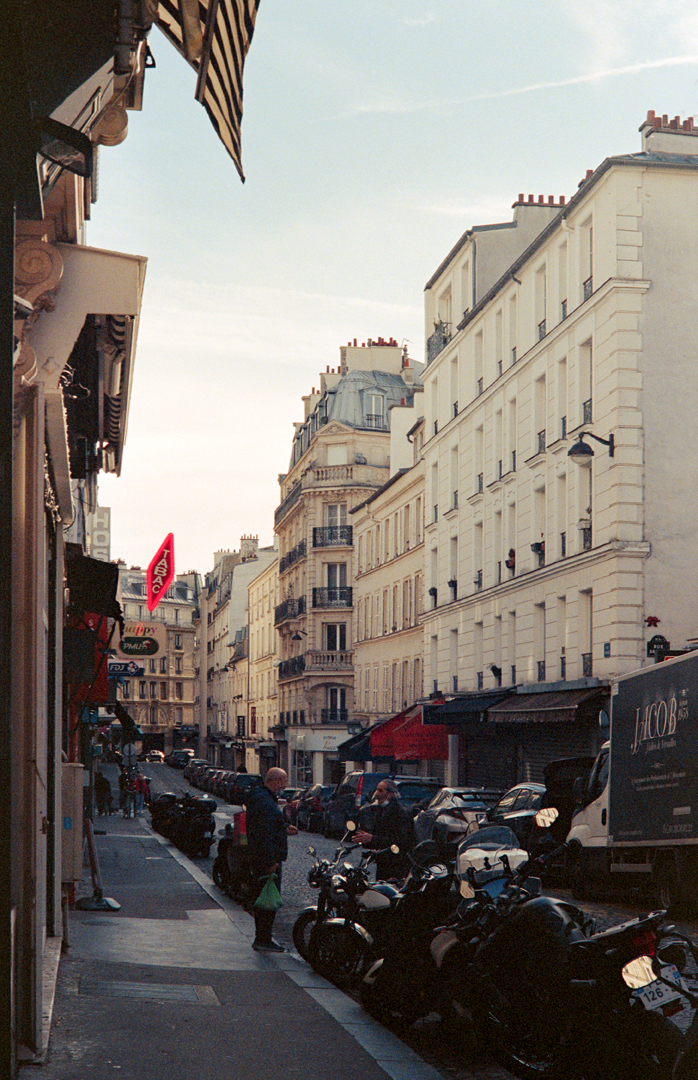
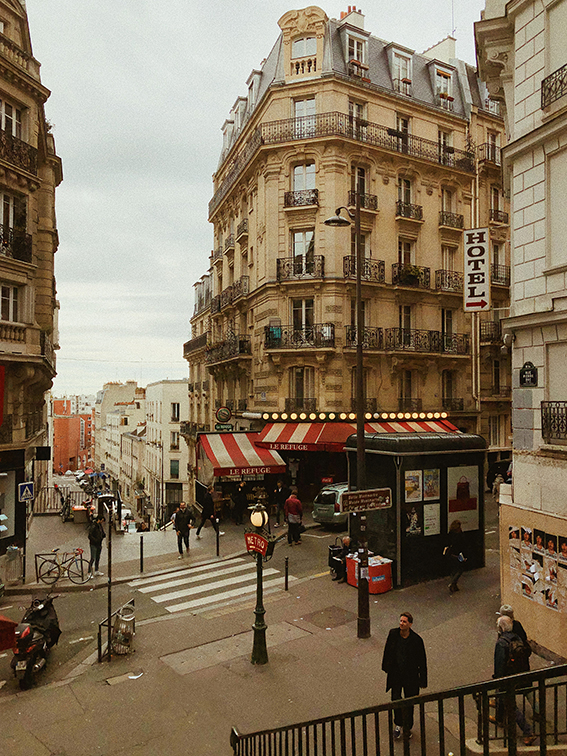
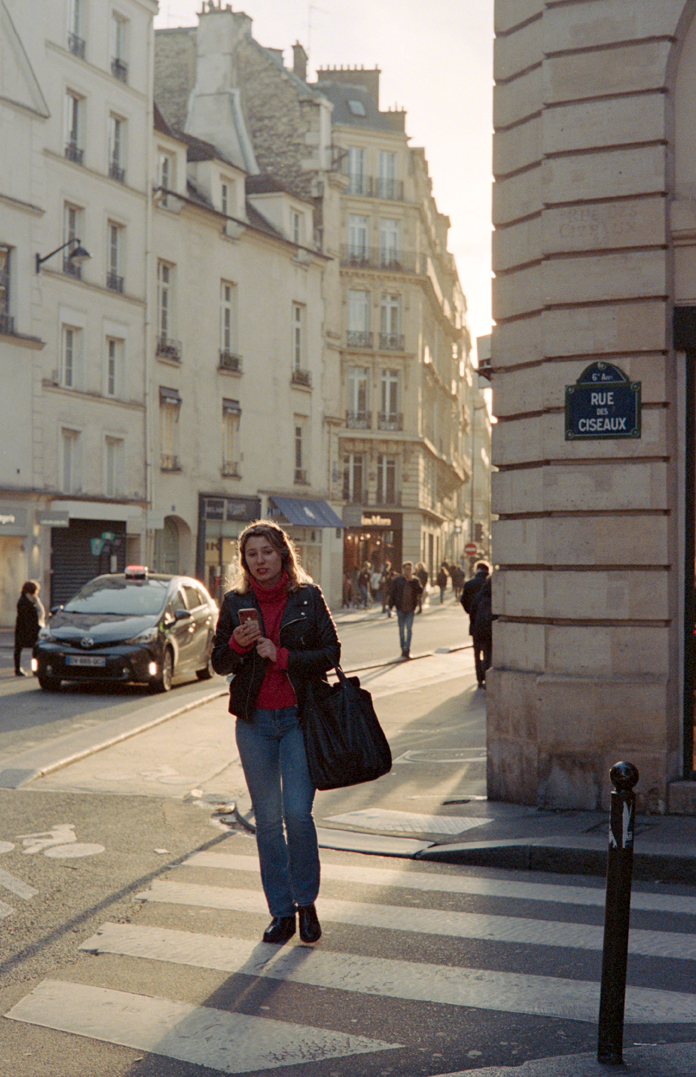
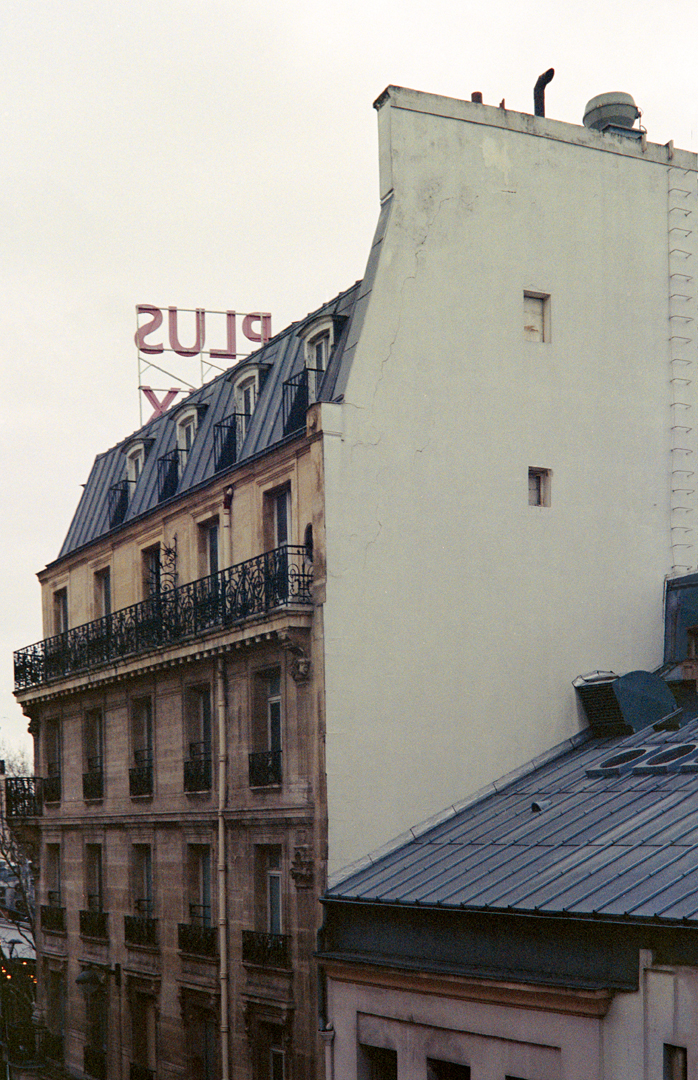
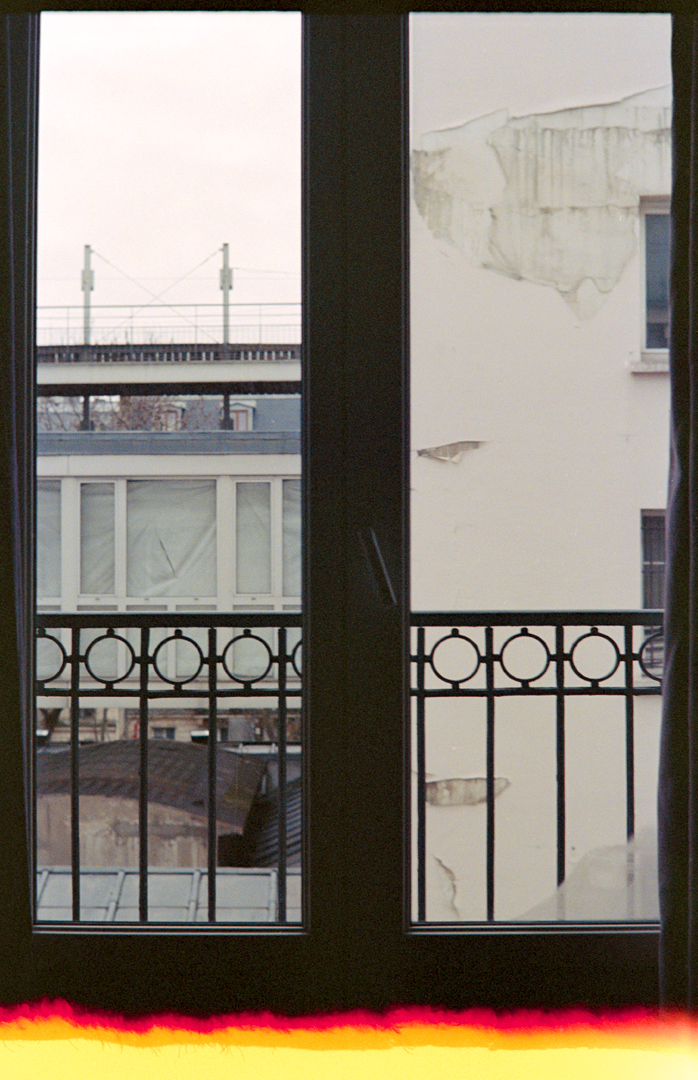
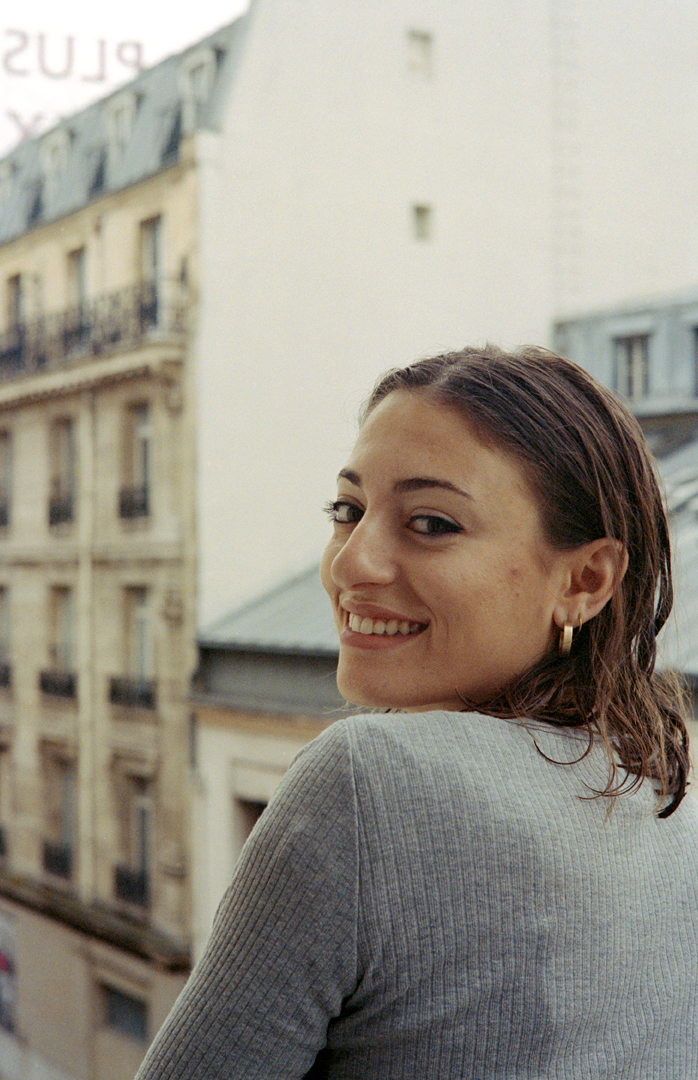
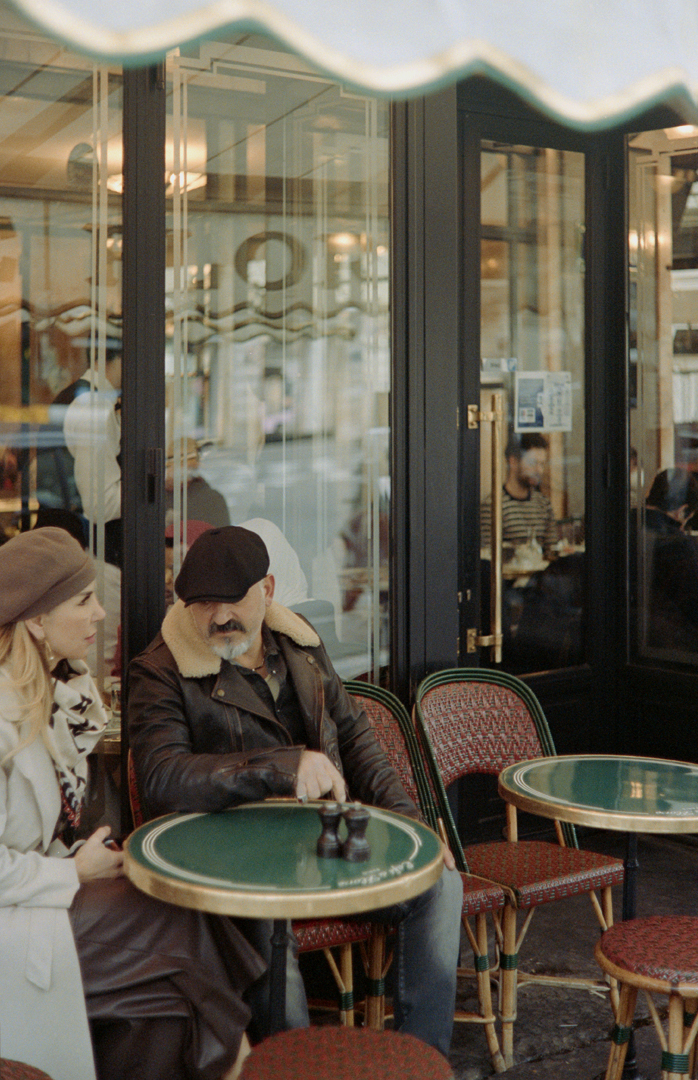

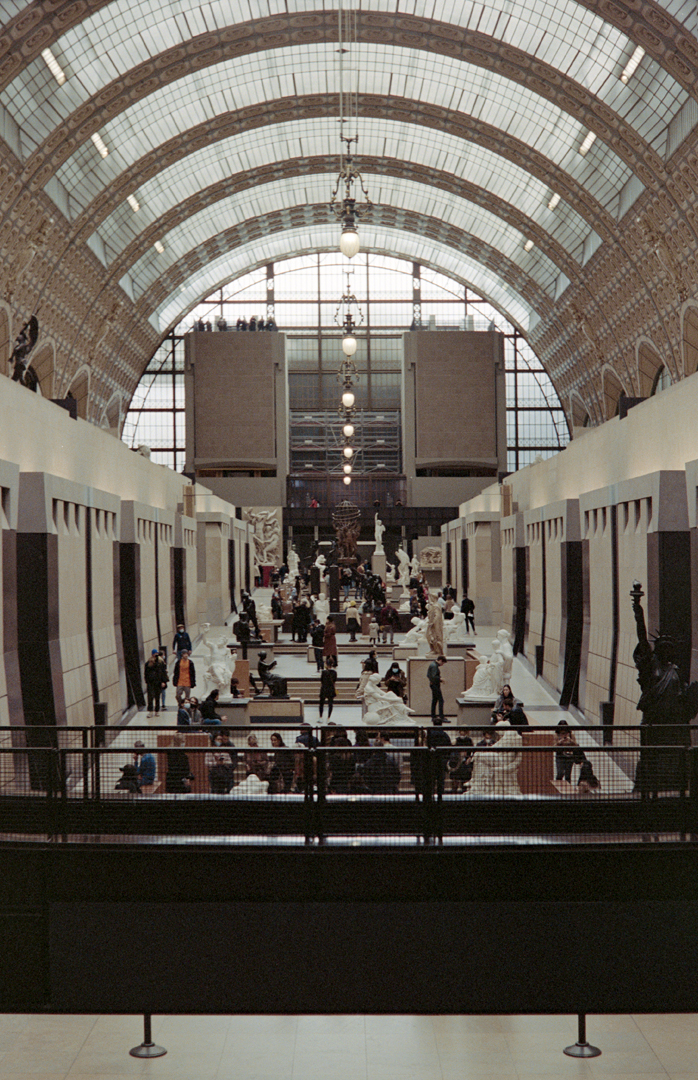
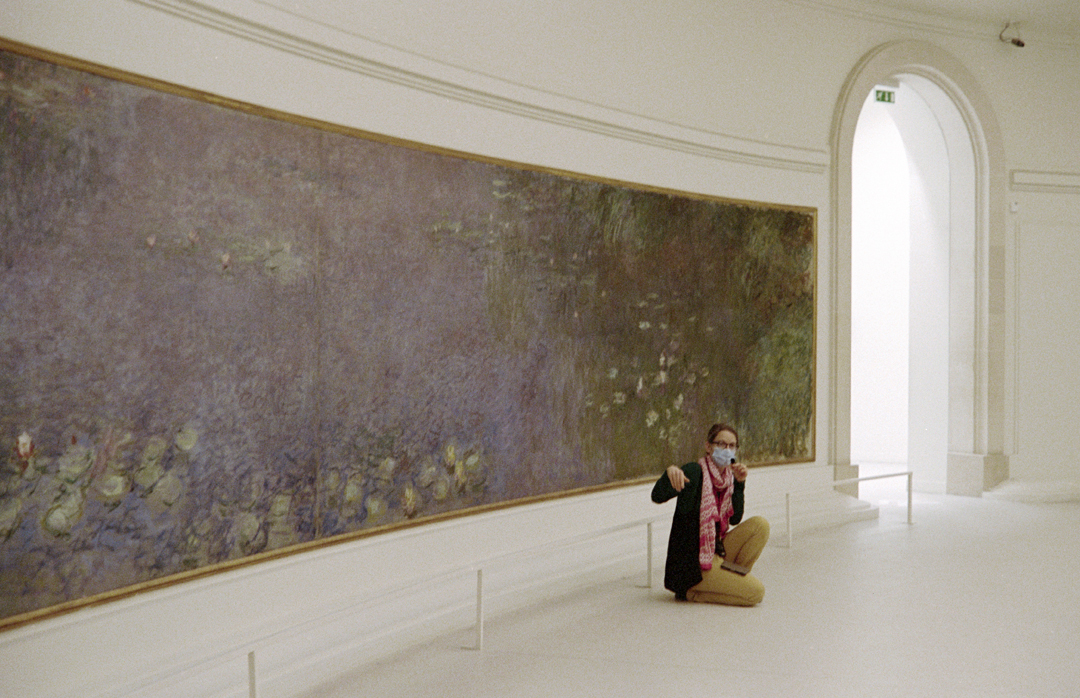
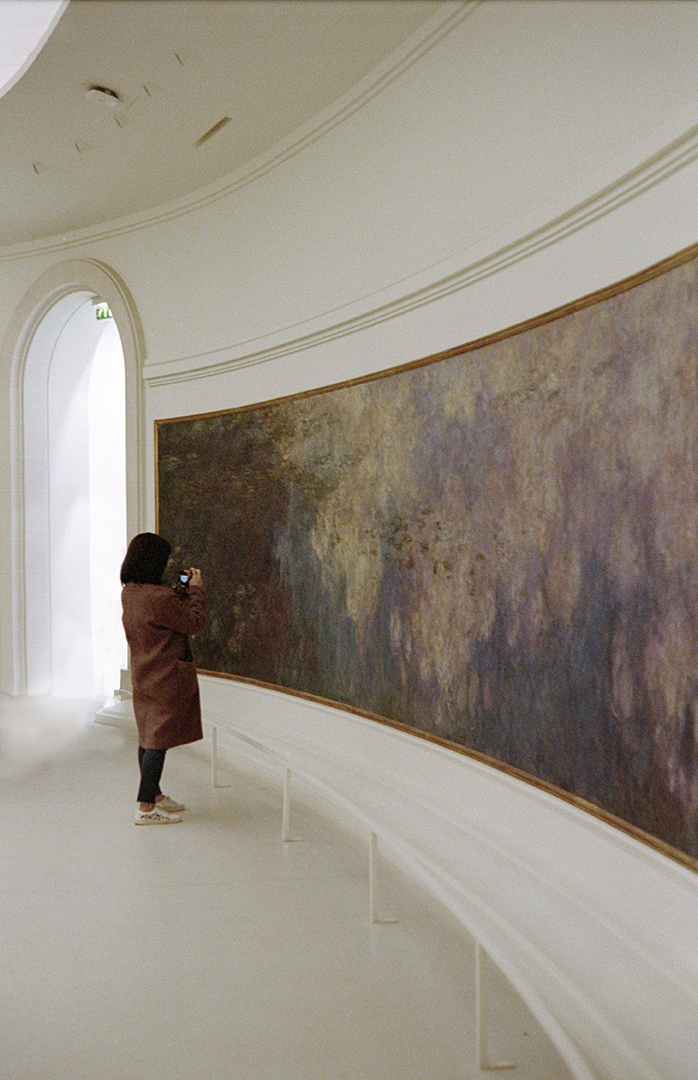
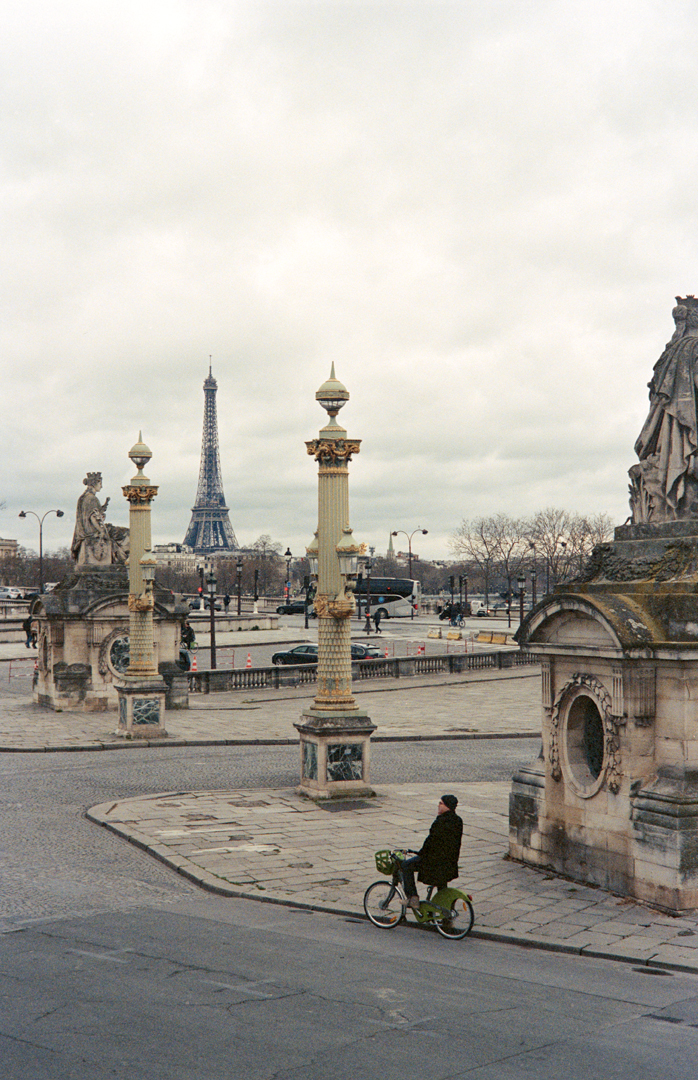

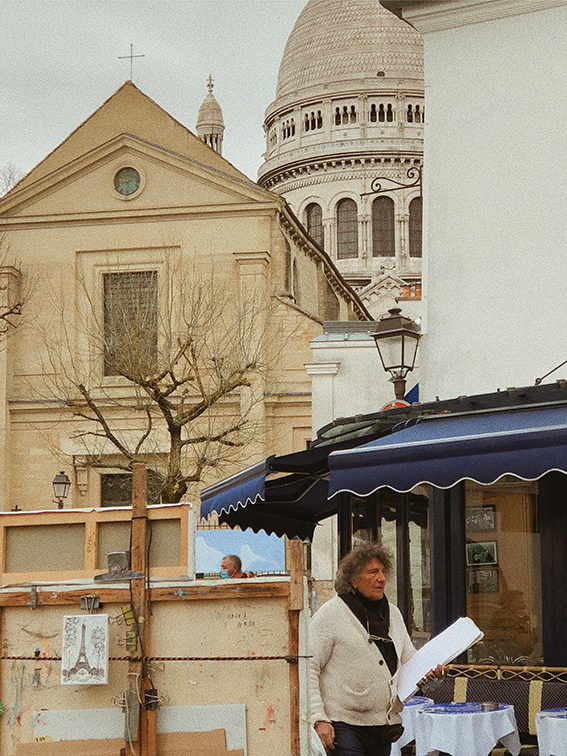

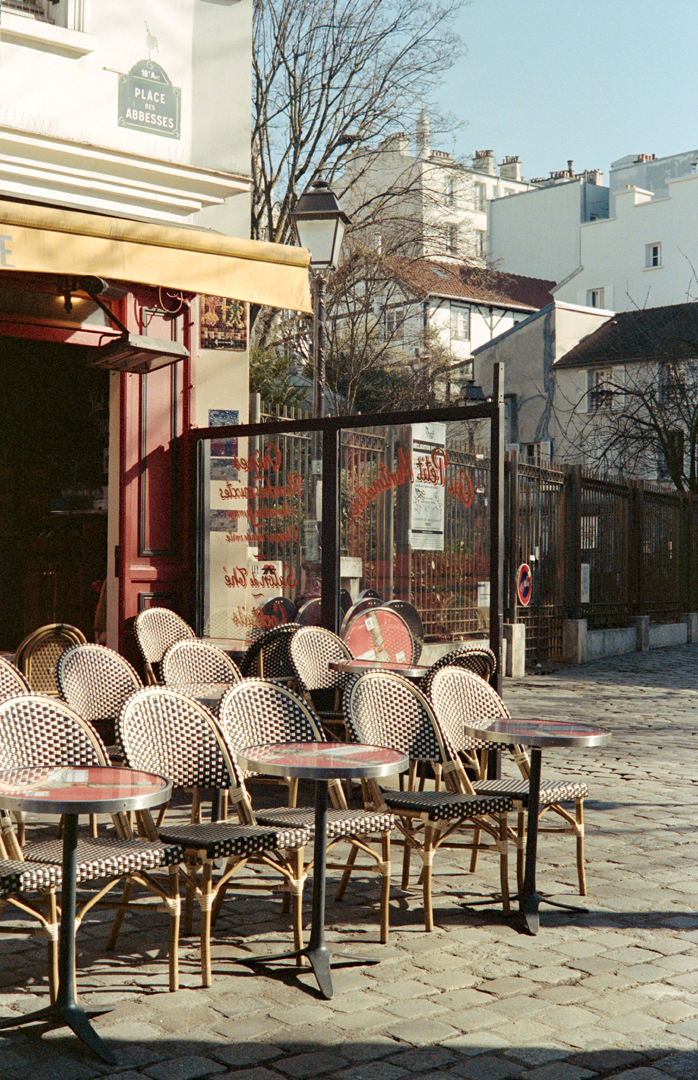
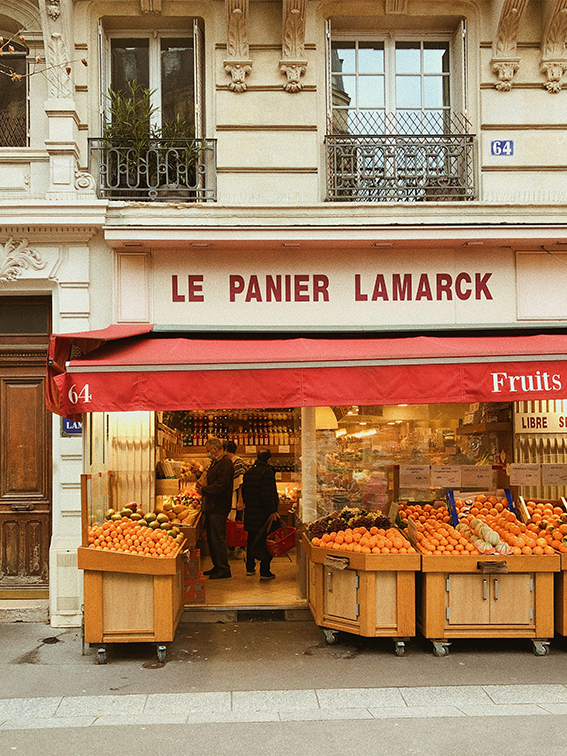
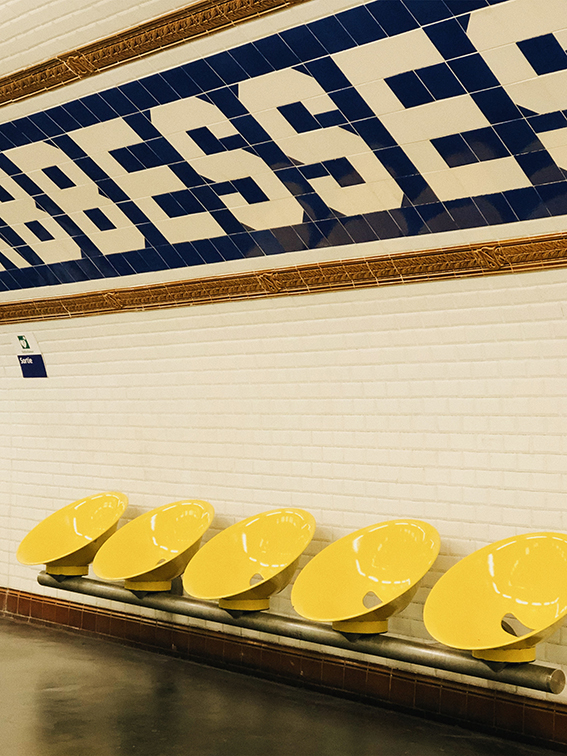
2021
kragujevac
easa / serbia... finally together again; frolicking through fields full of wildflowers, embracing, meaningful conversations with new friends
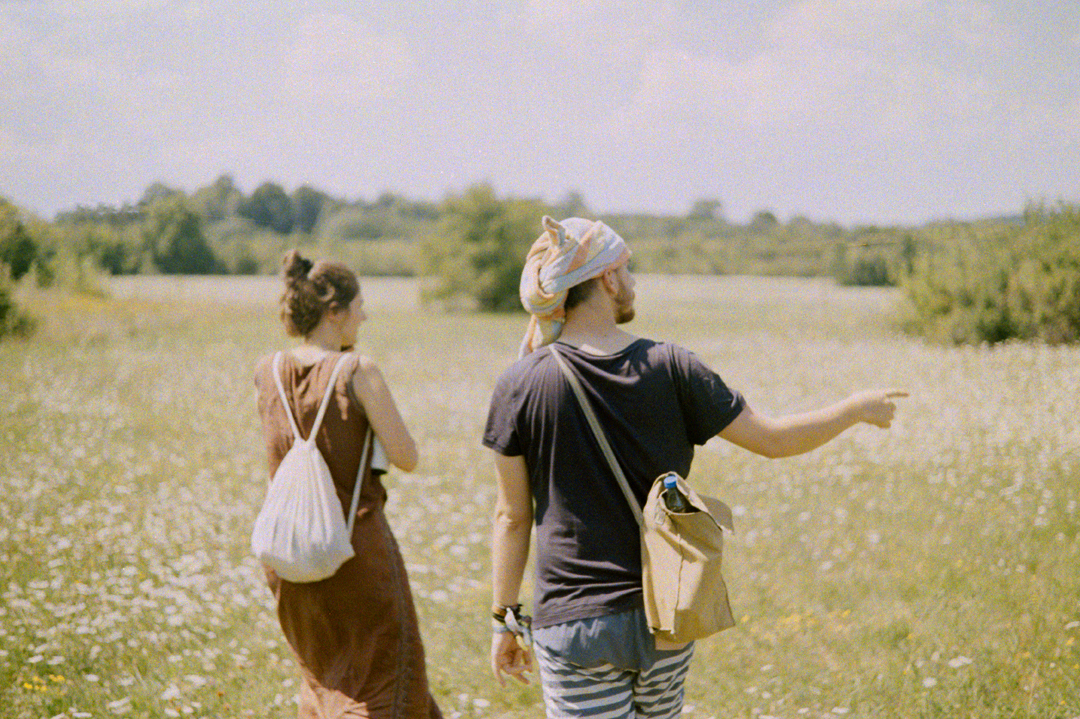
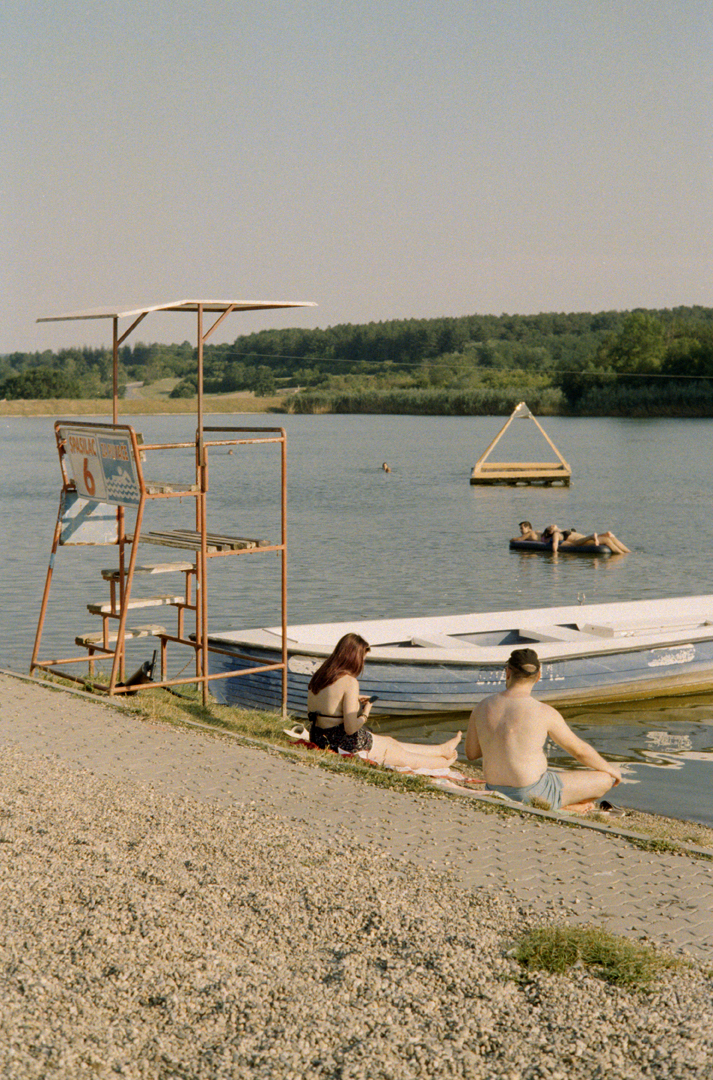
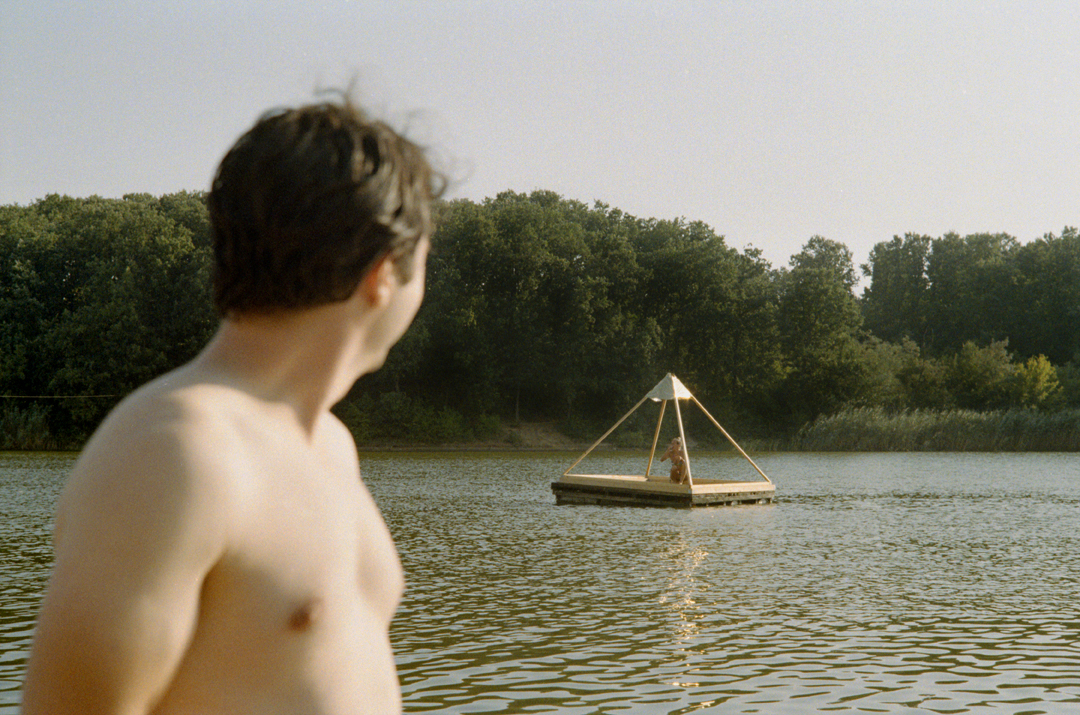
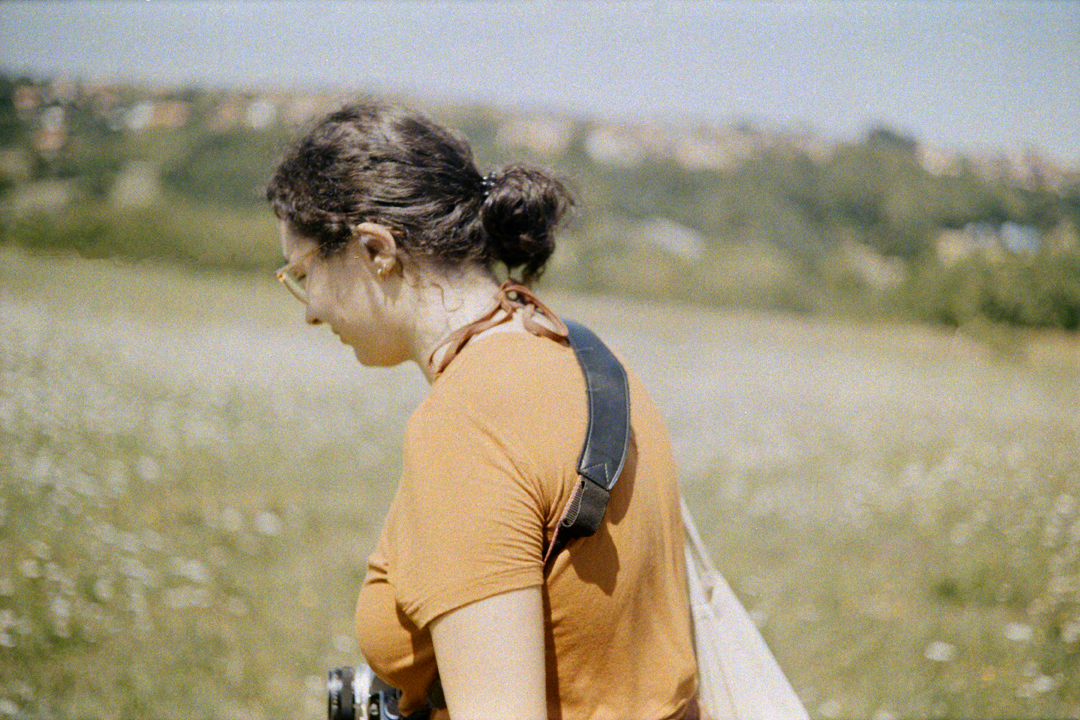

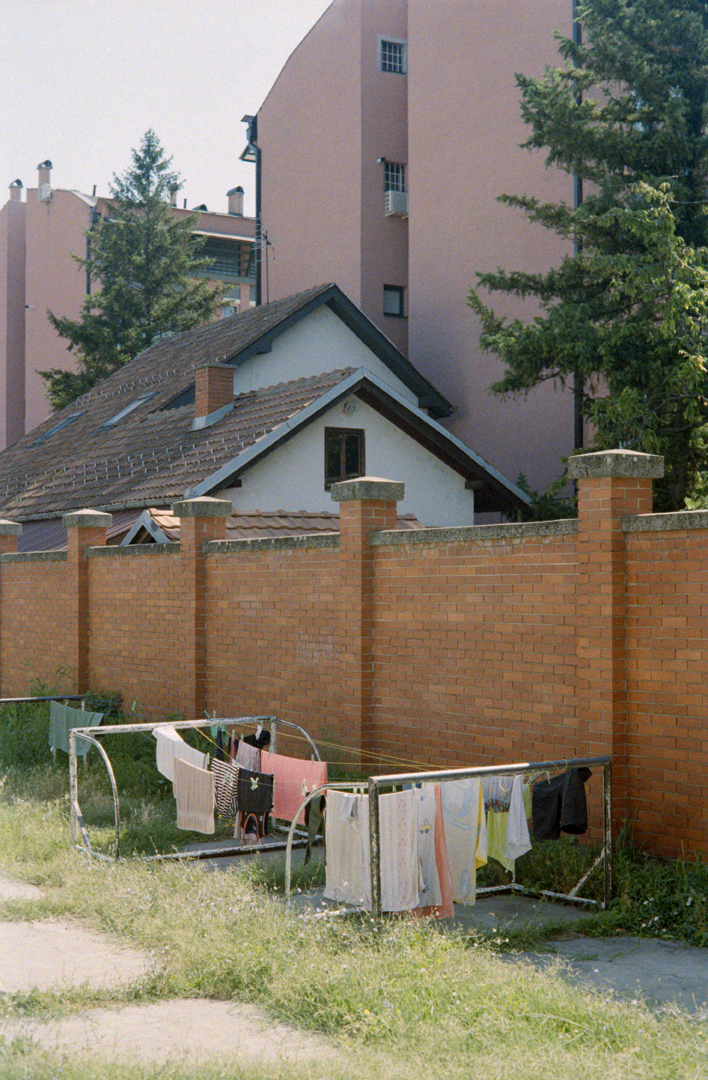

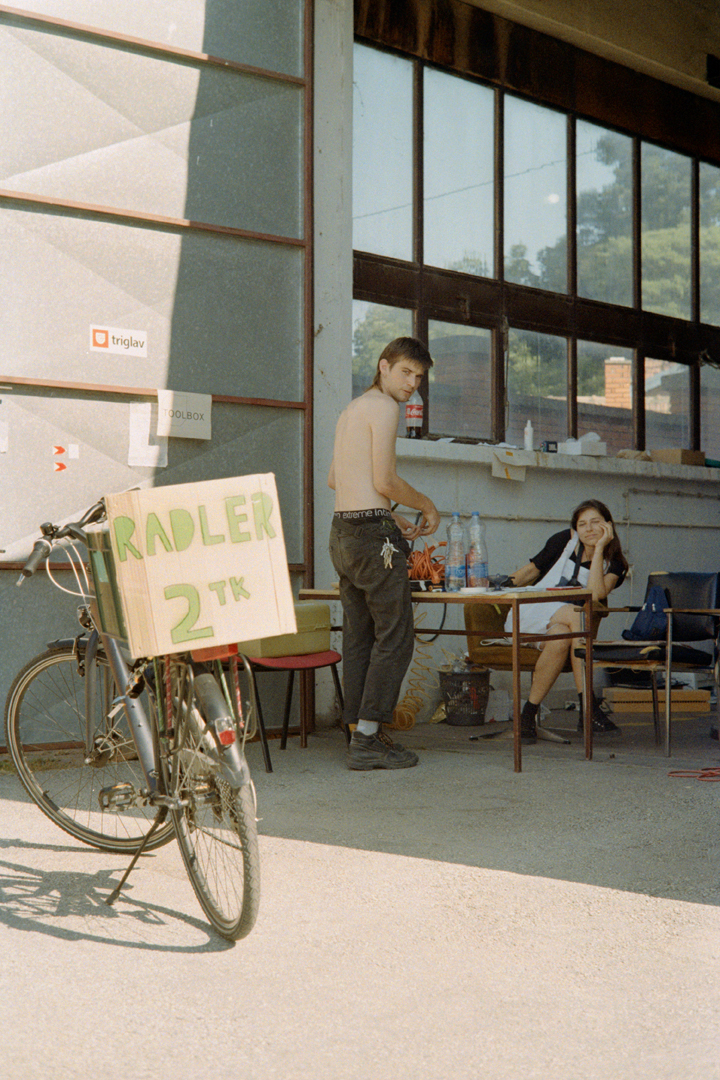
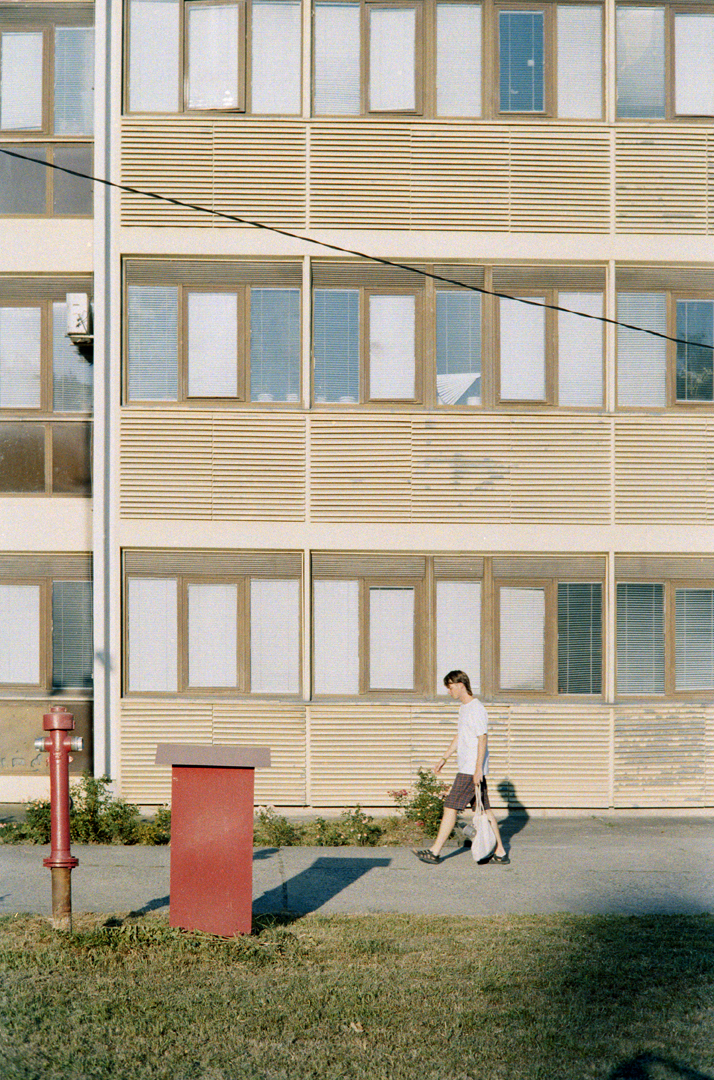
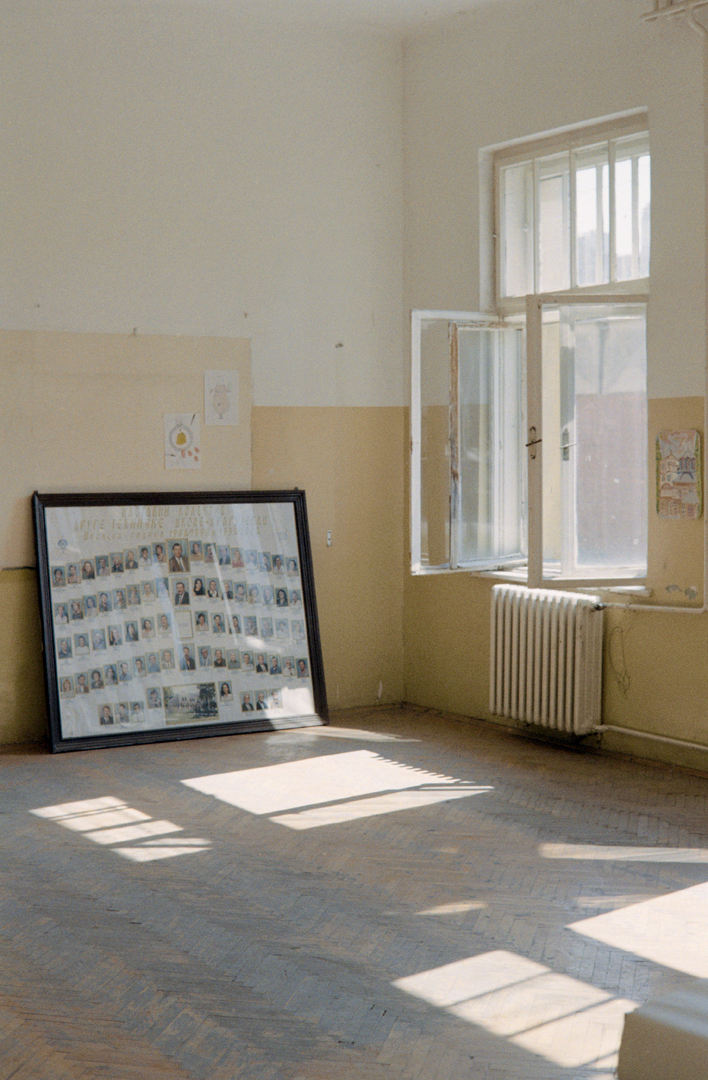

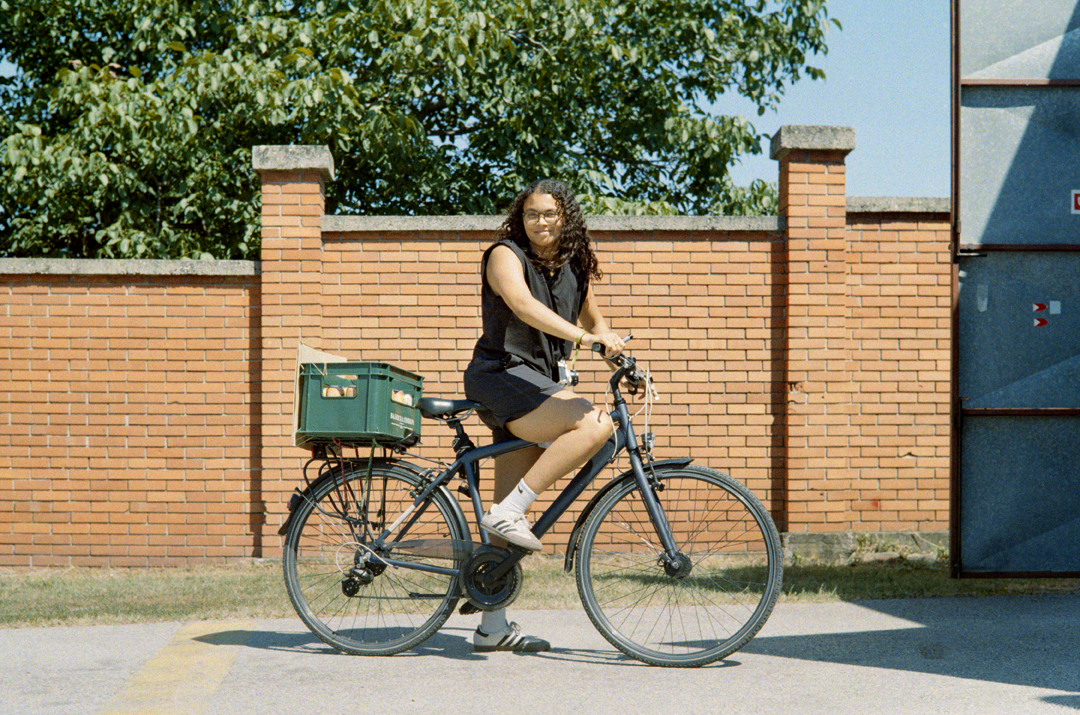
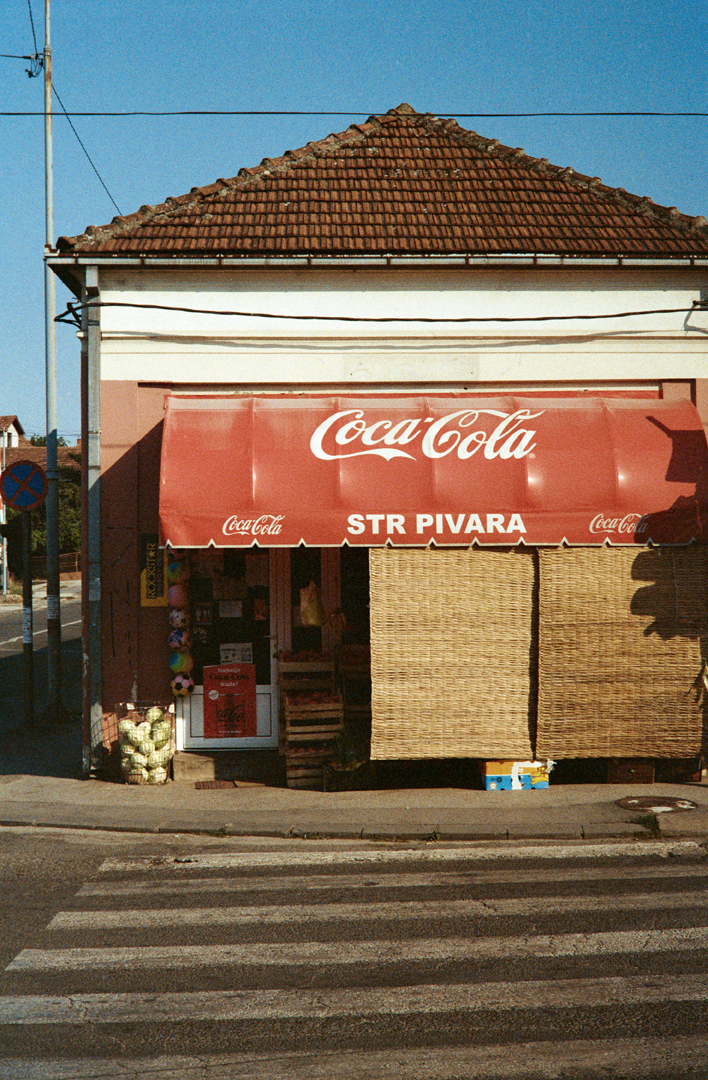
2019
trpejca
incm / macedonia... like a migrating flock, we gathered in trpejca, a quiet lake-side community which we cohabited with its welcoming villagers
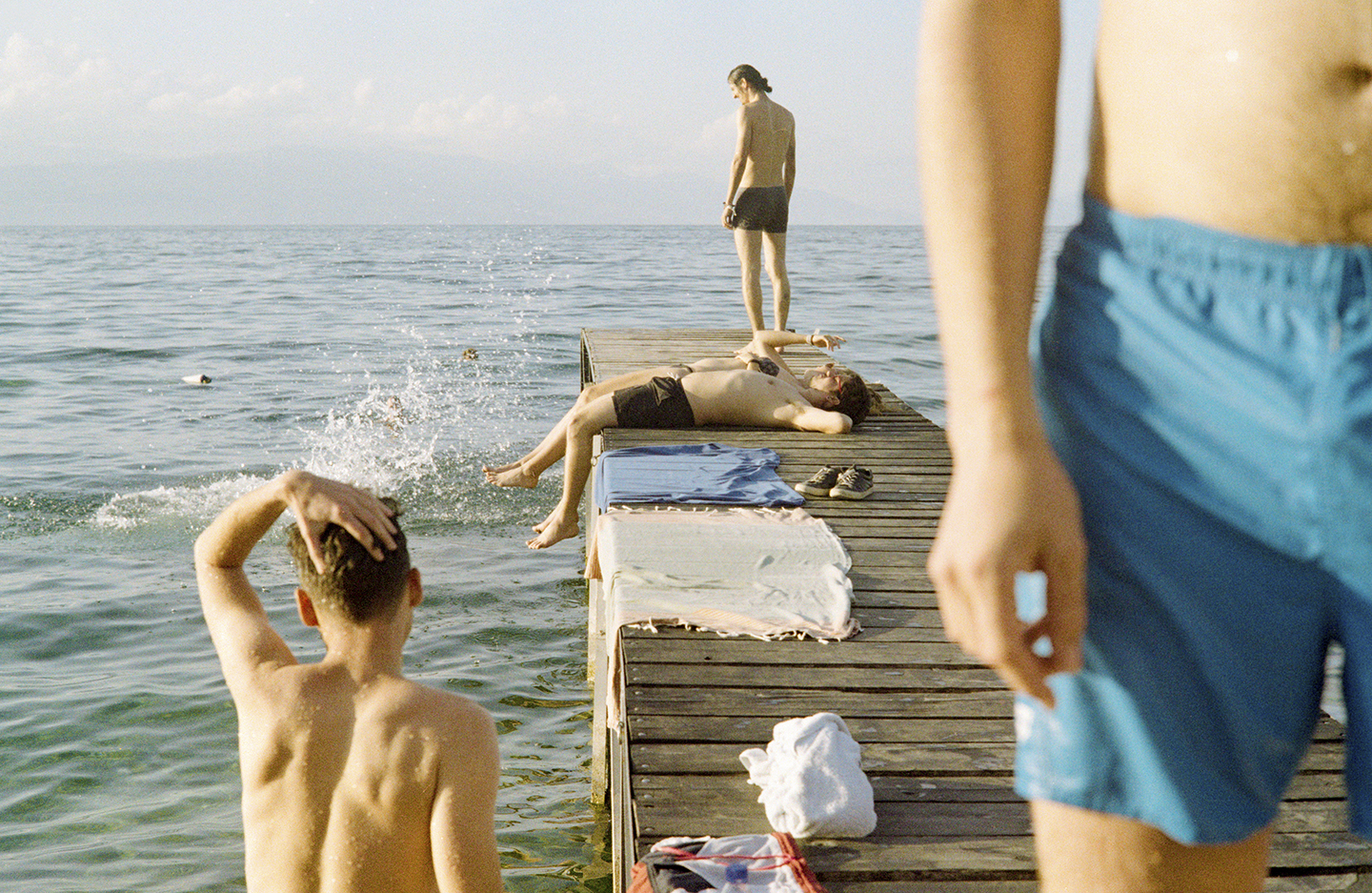
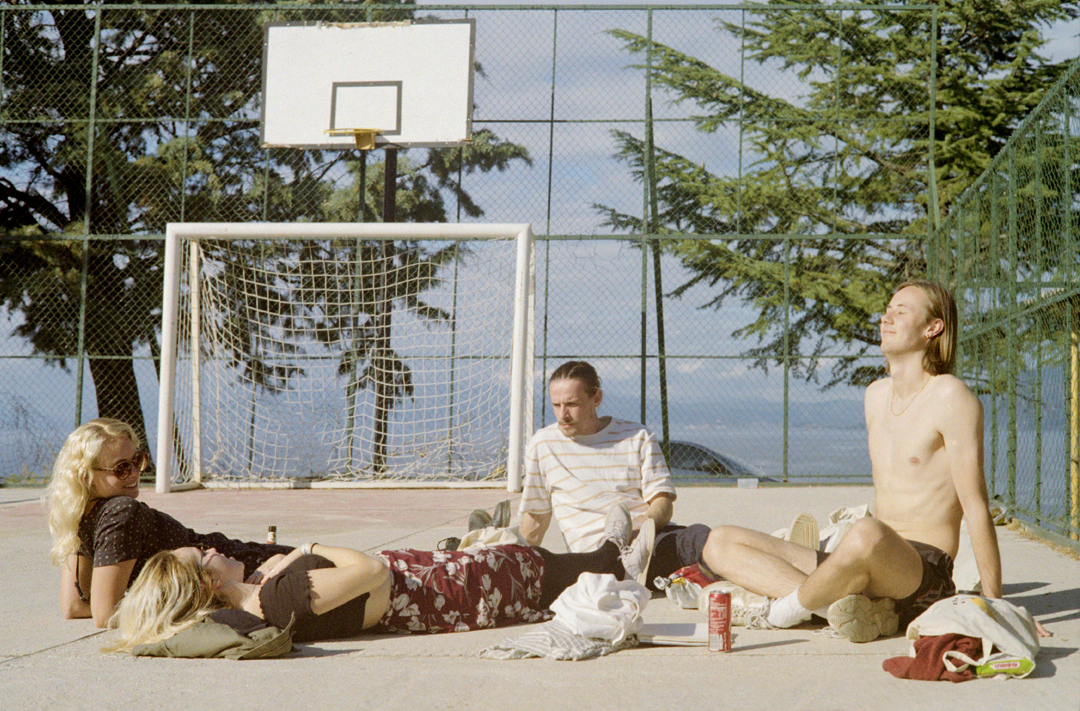

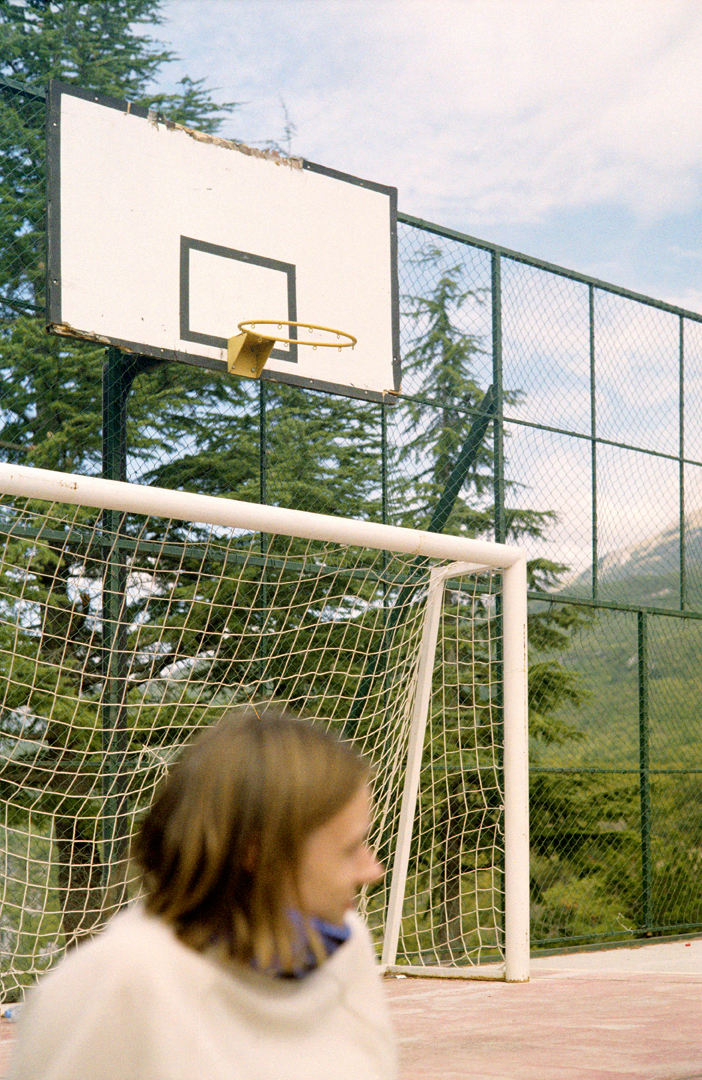
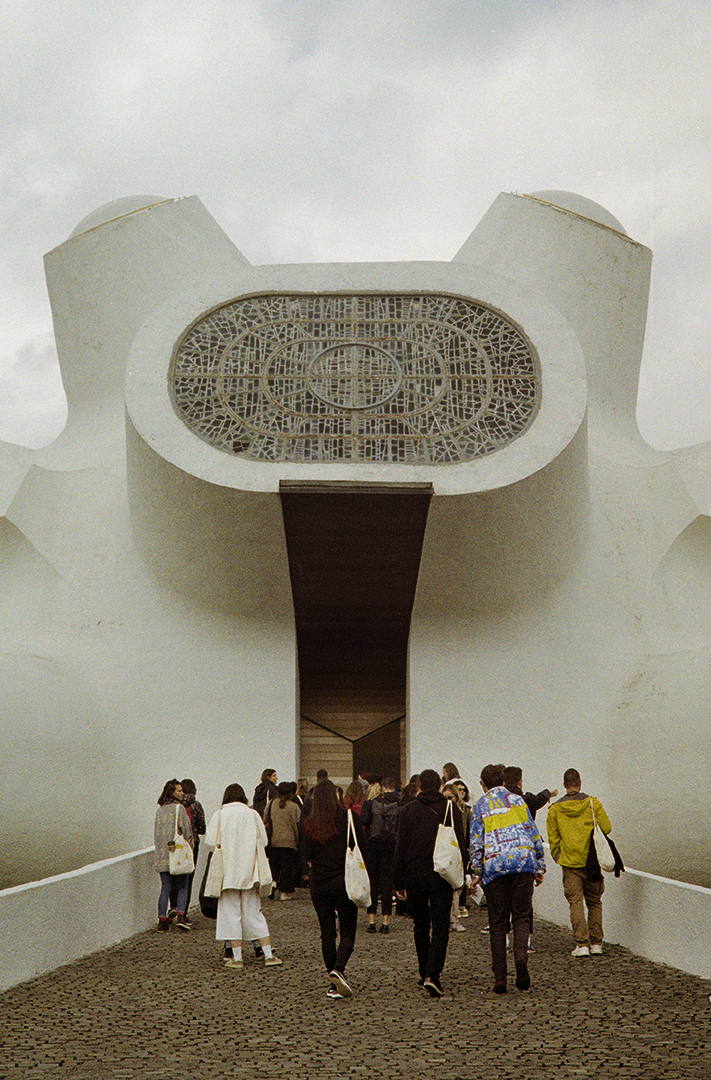
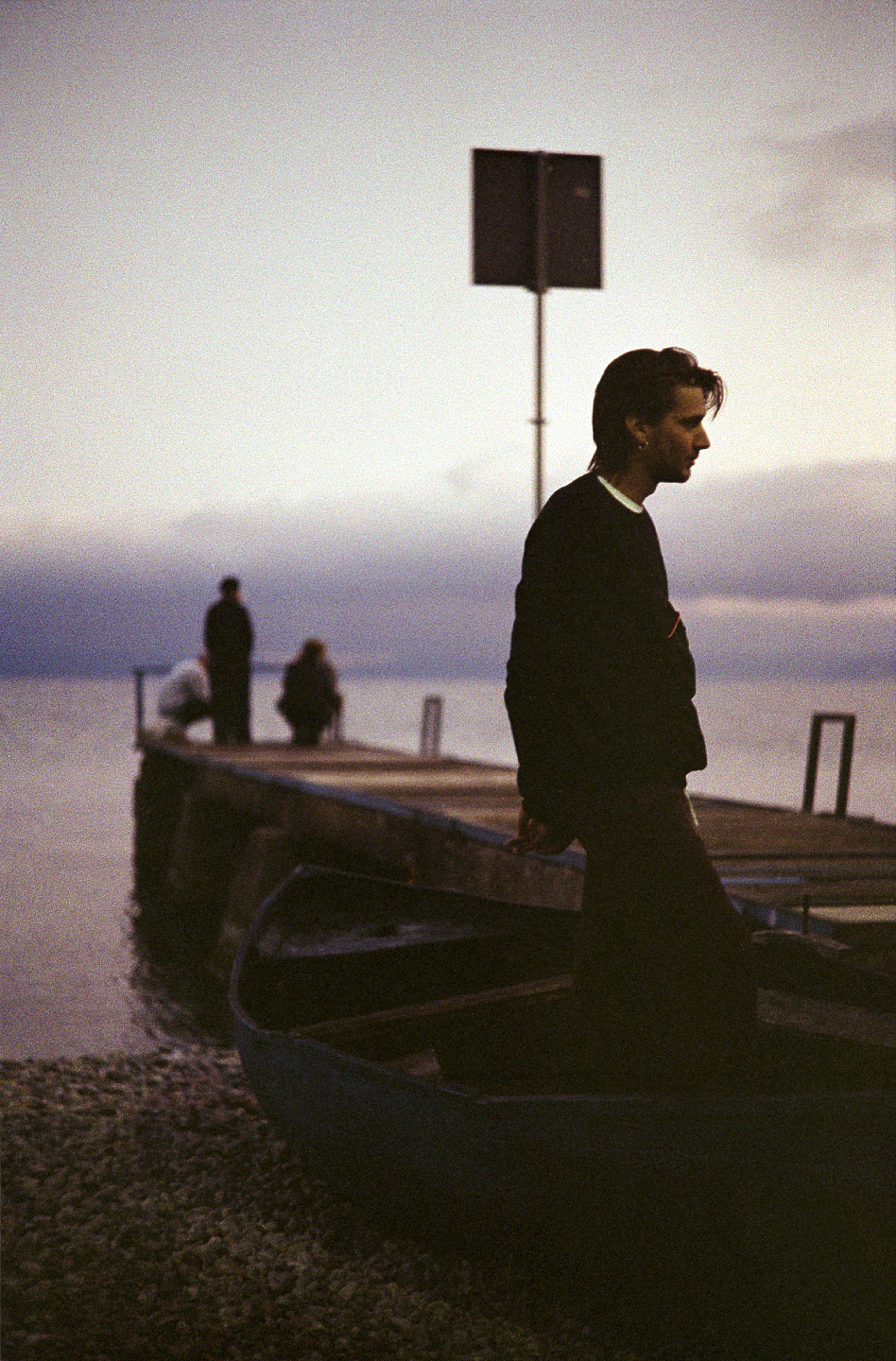
2019
lisboa

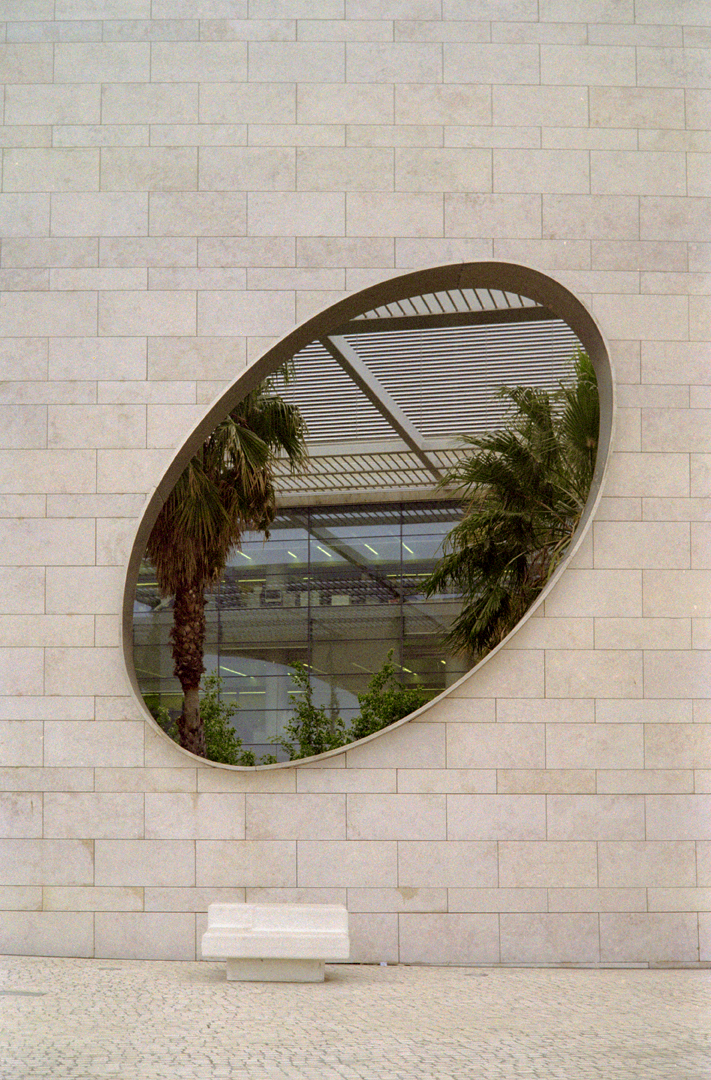
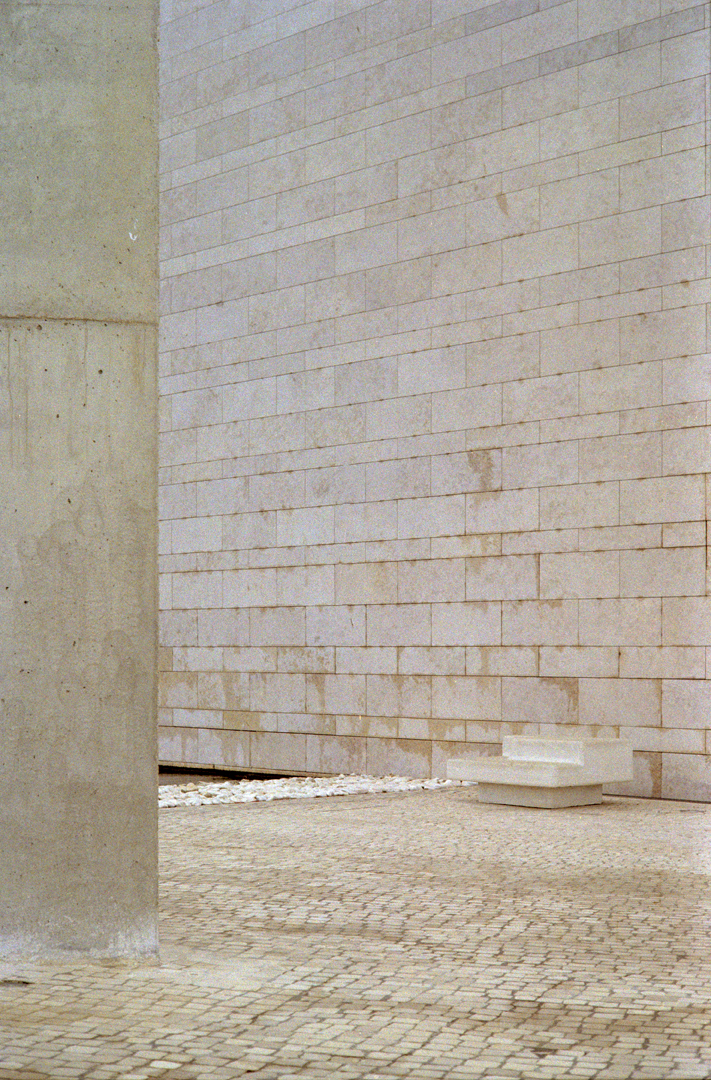
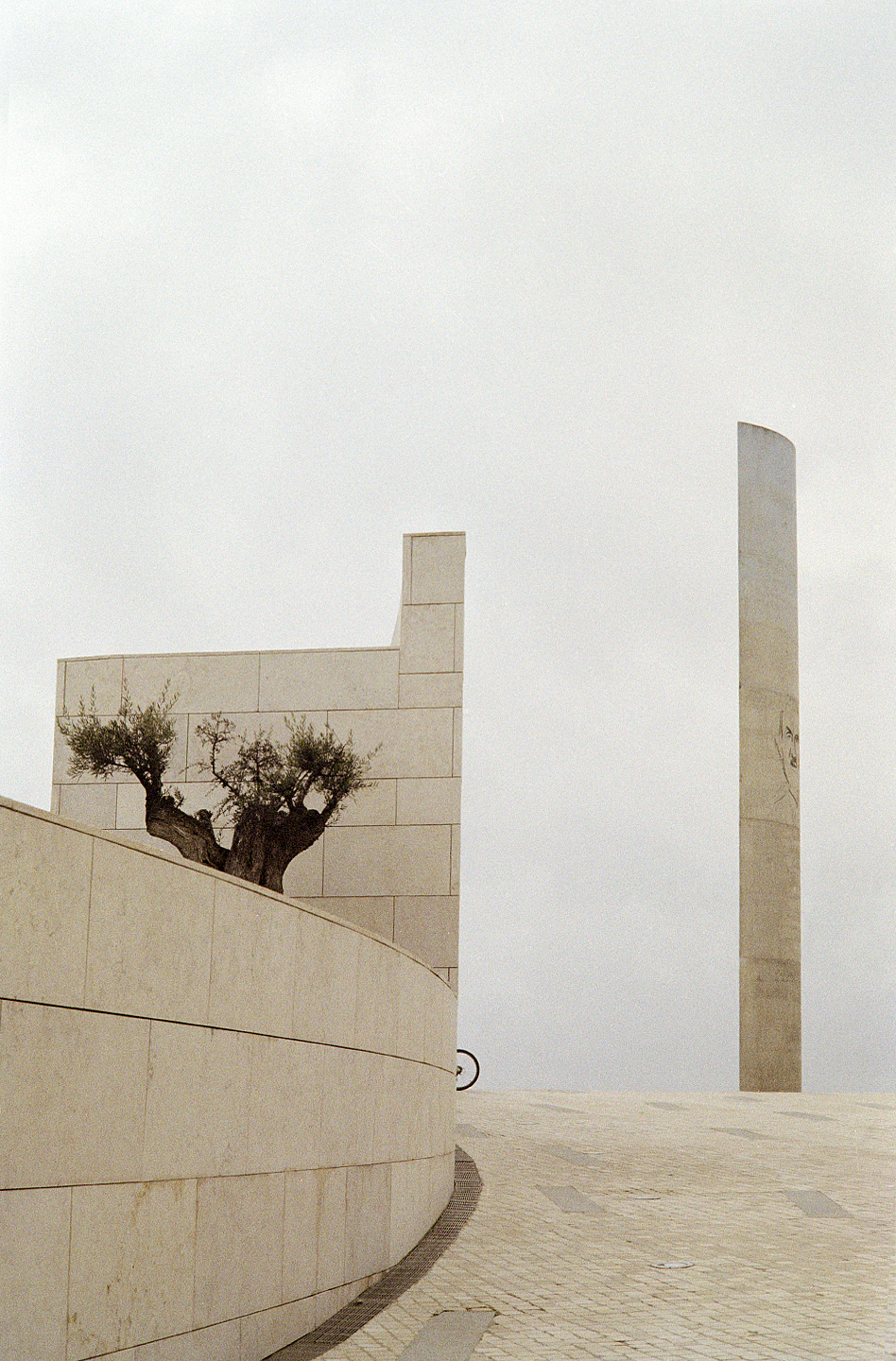

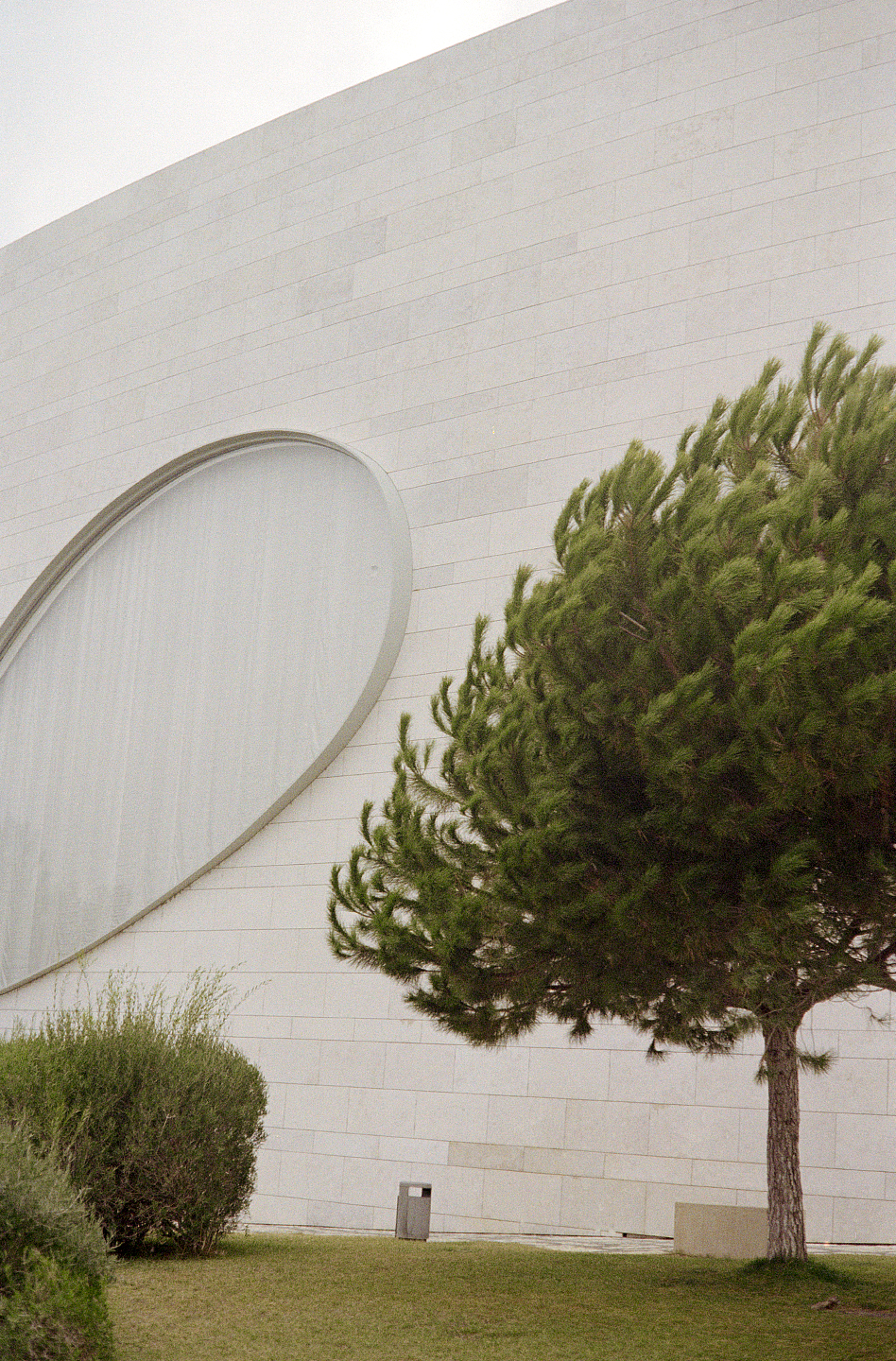
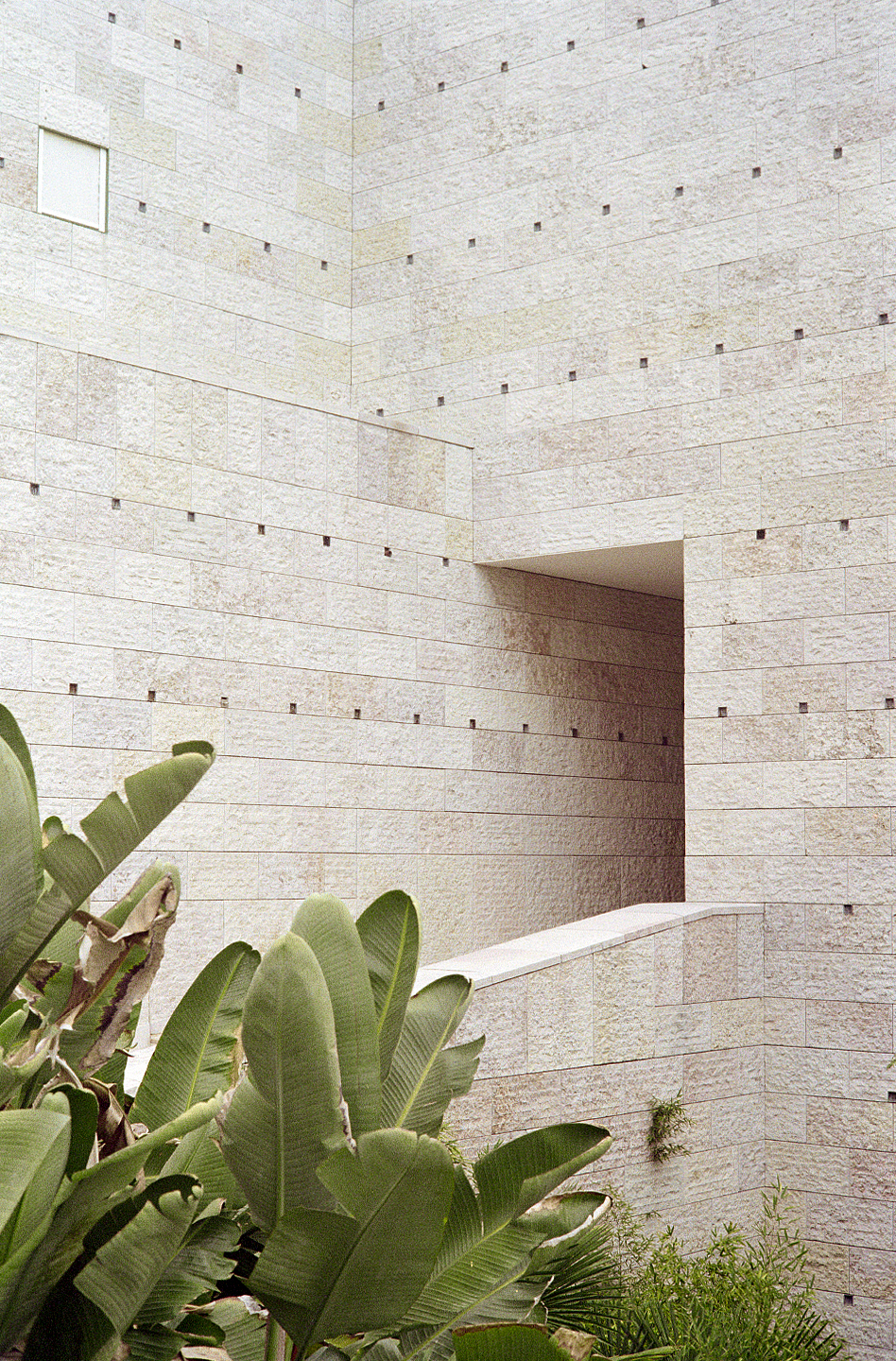
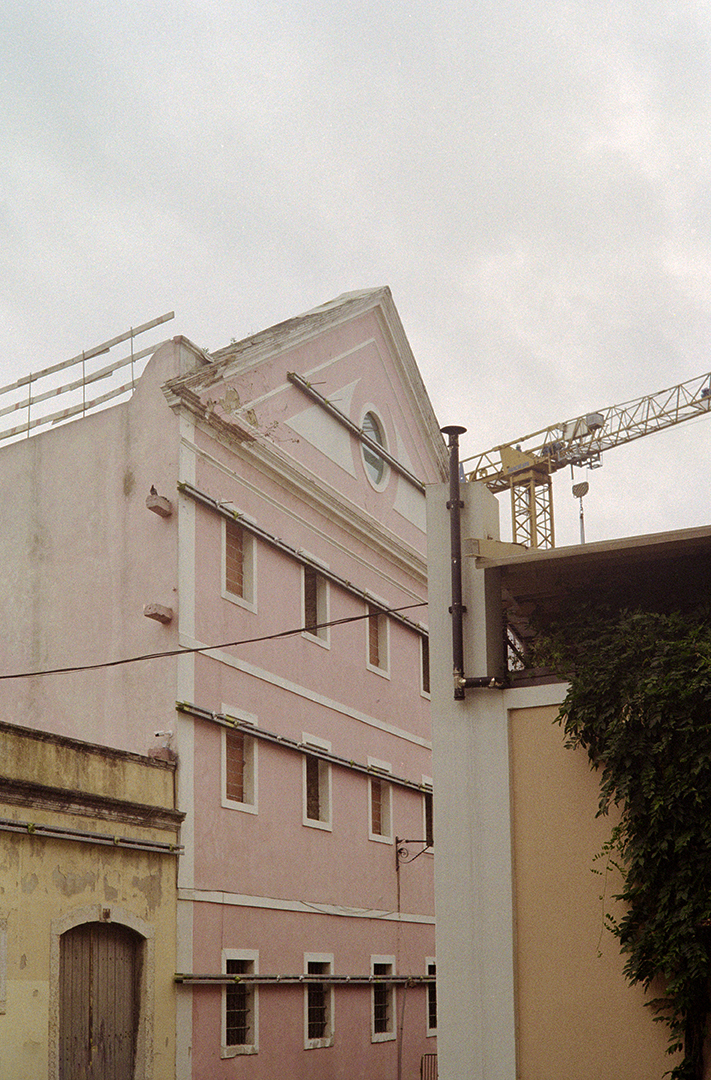

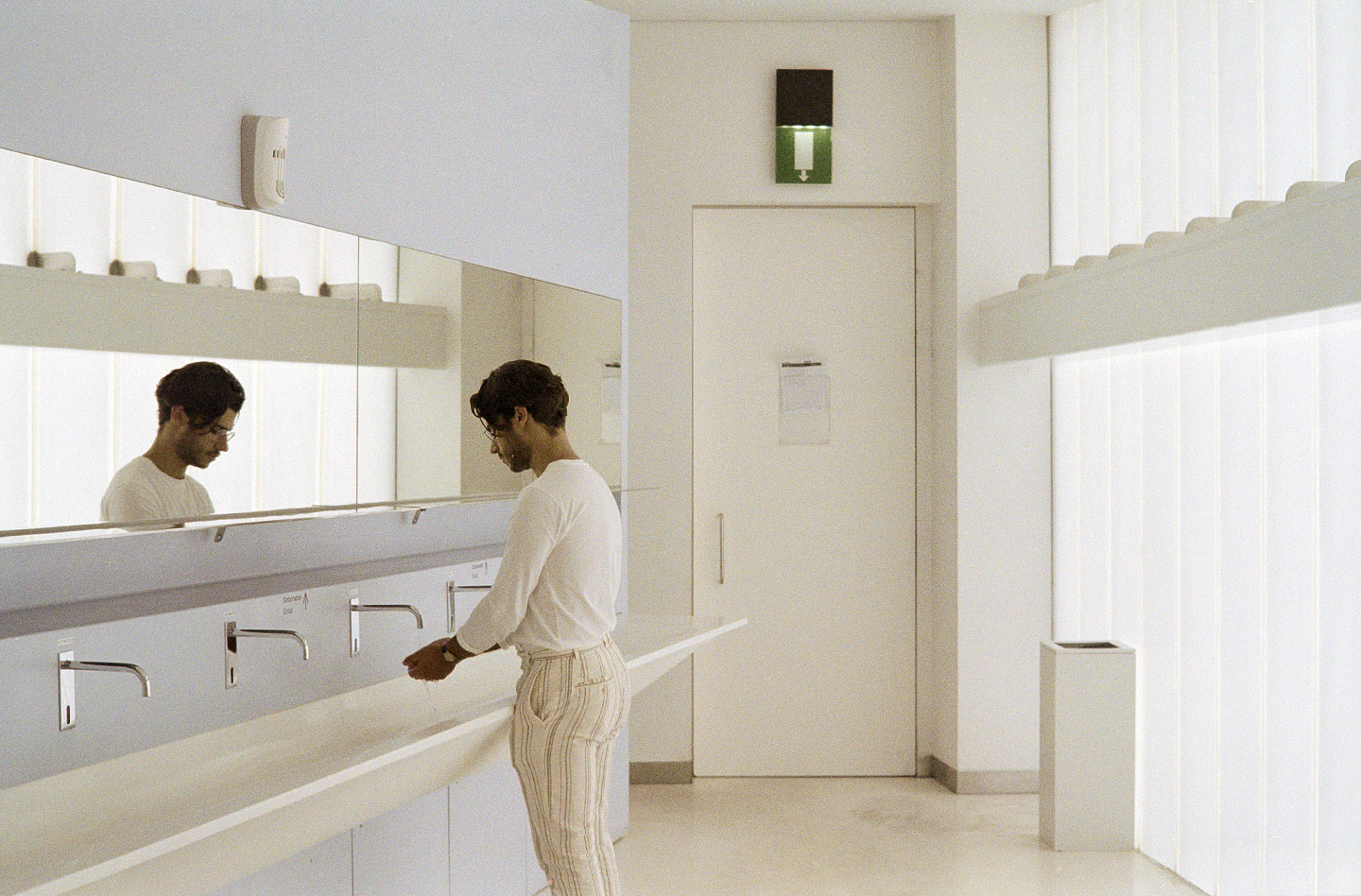
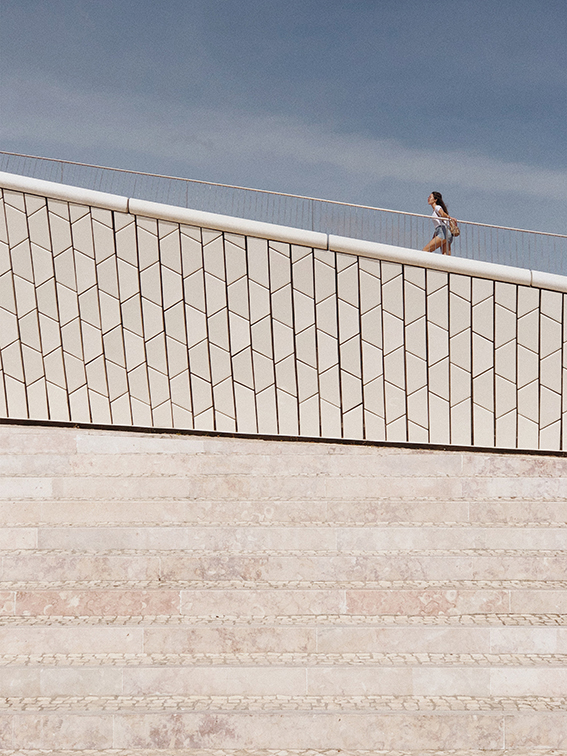
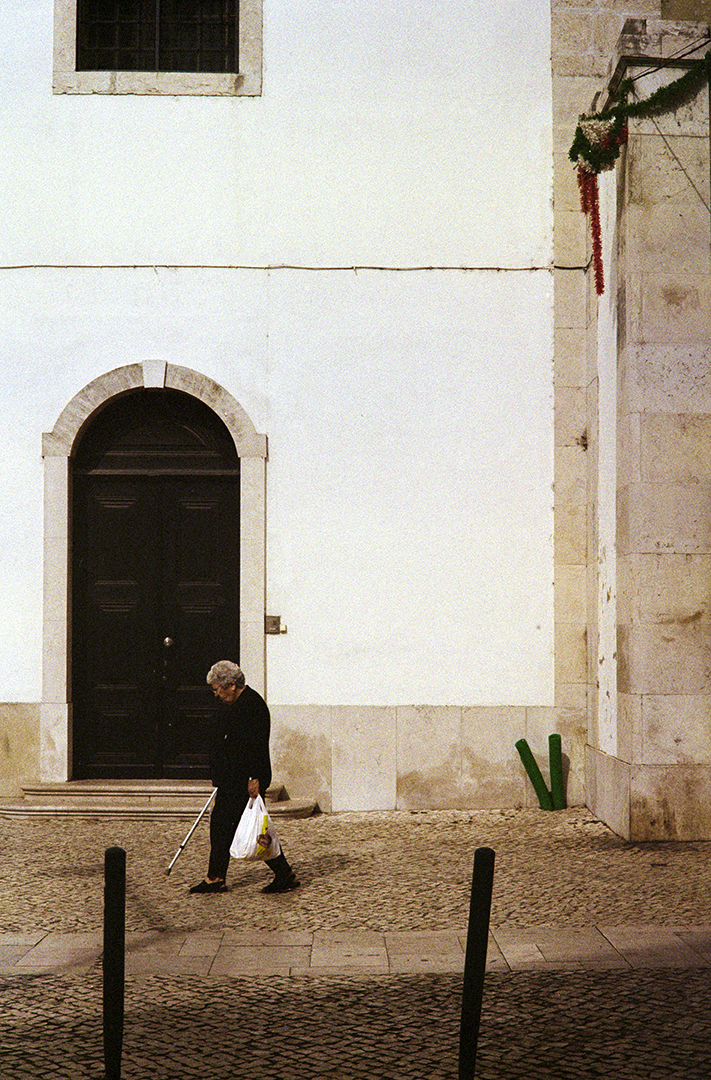
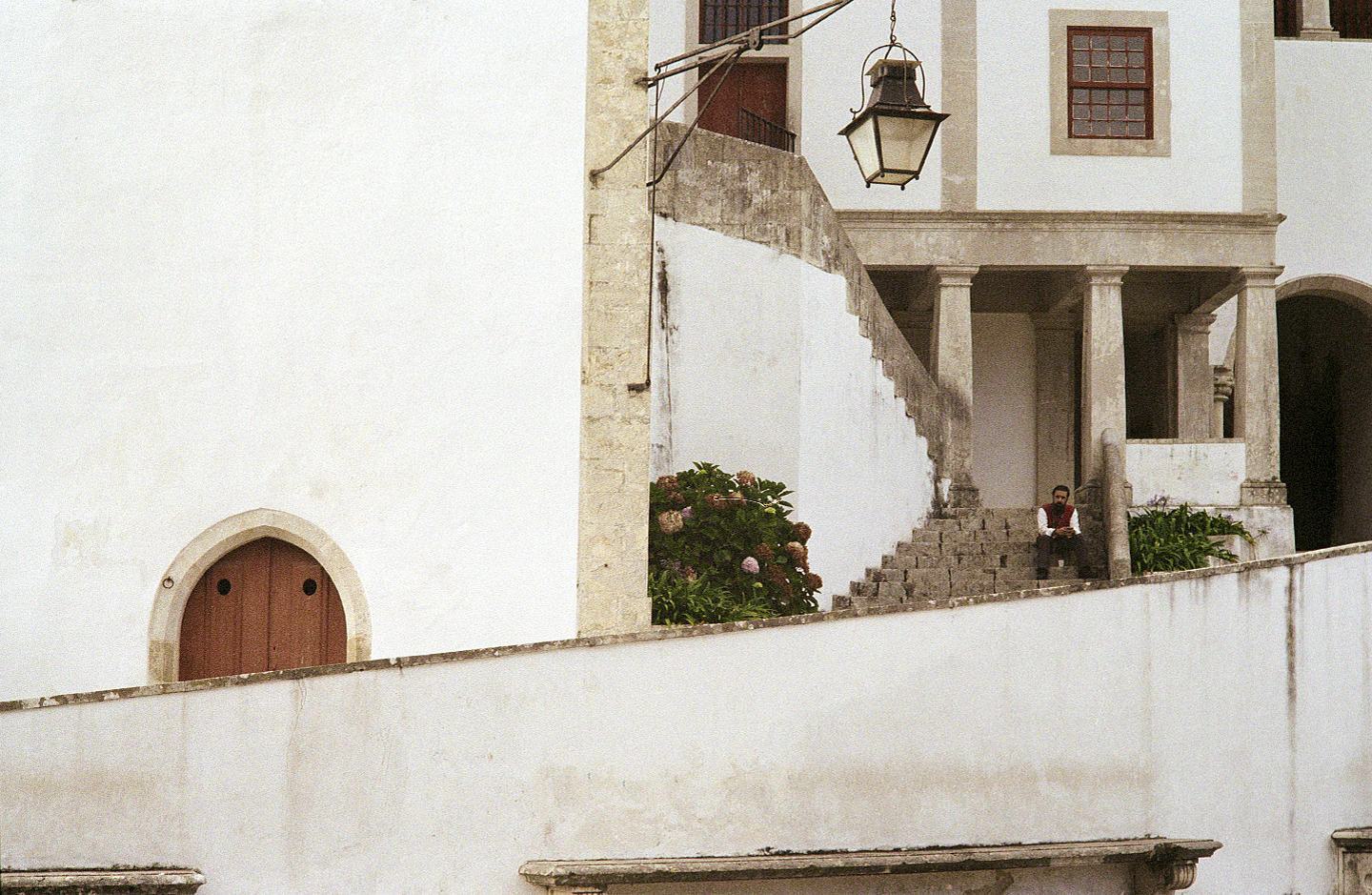

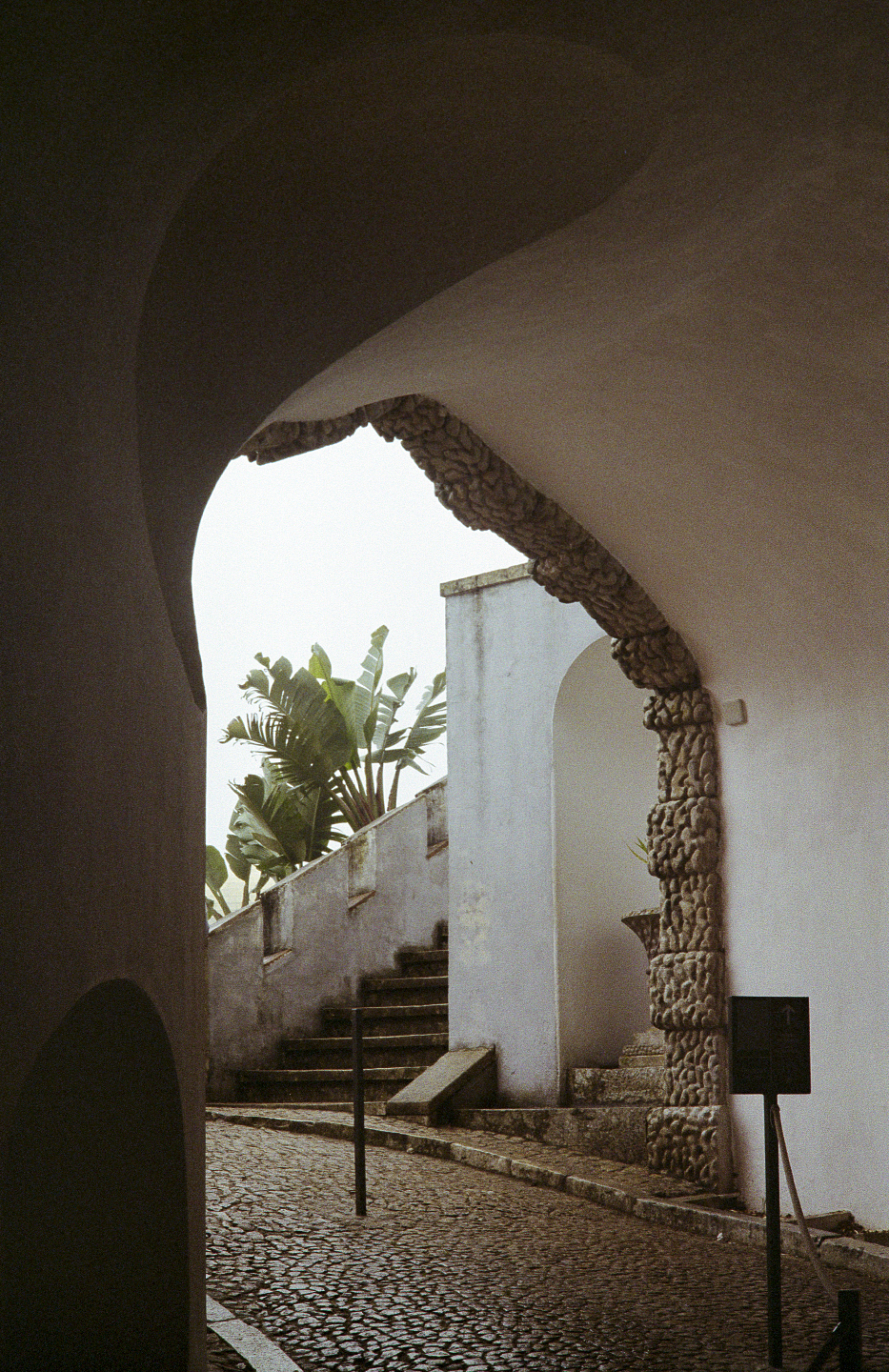
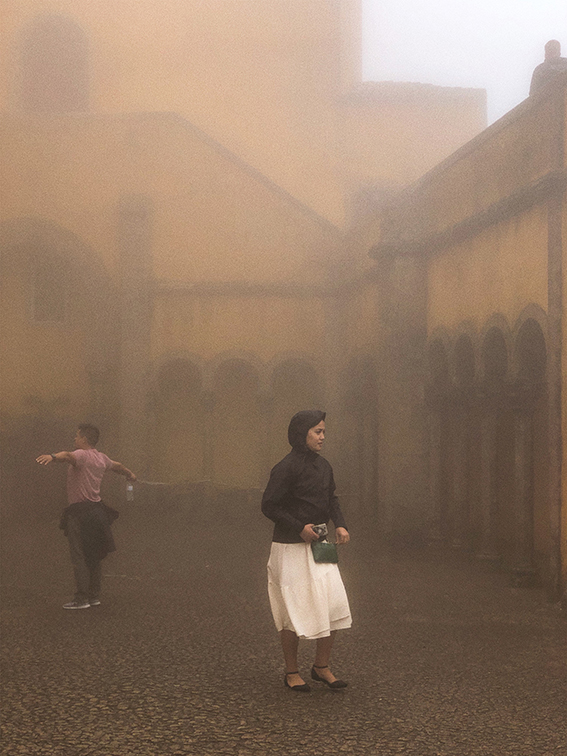


2019
villars-sur-ollons
easa tourist / switzerland; inalpe / désalpe
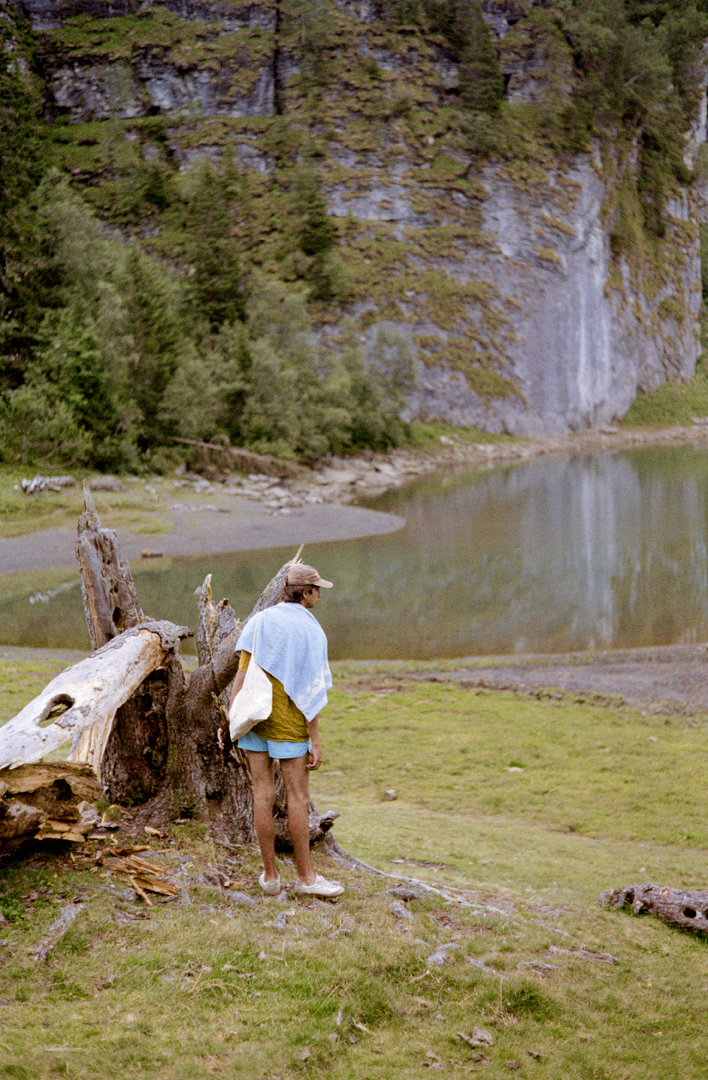
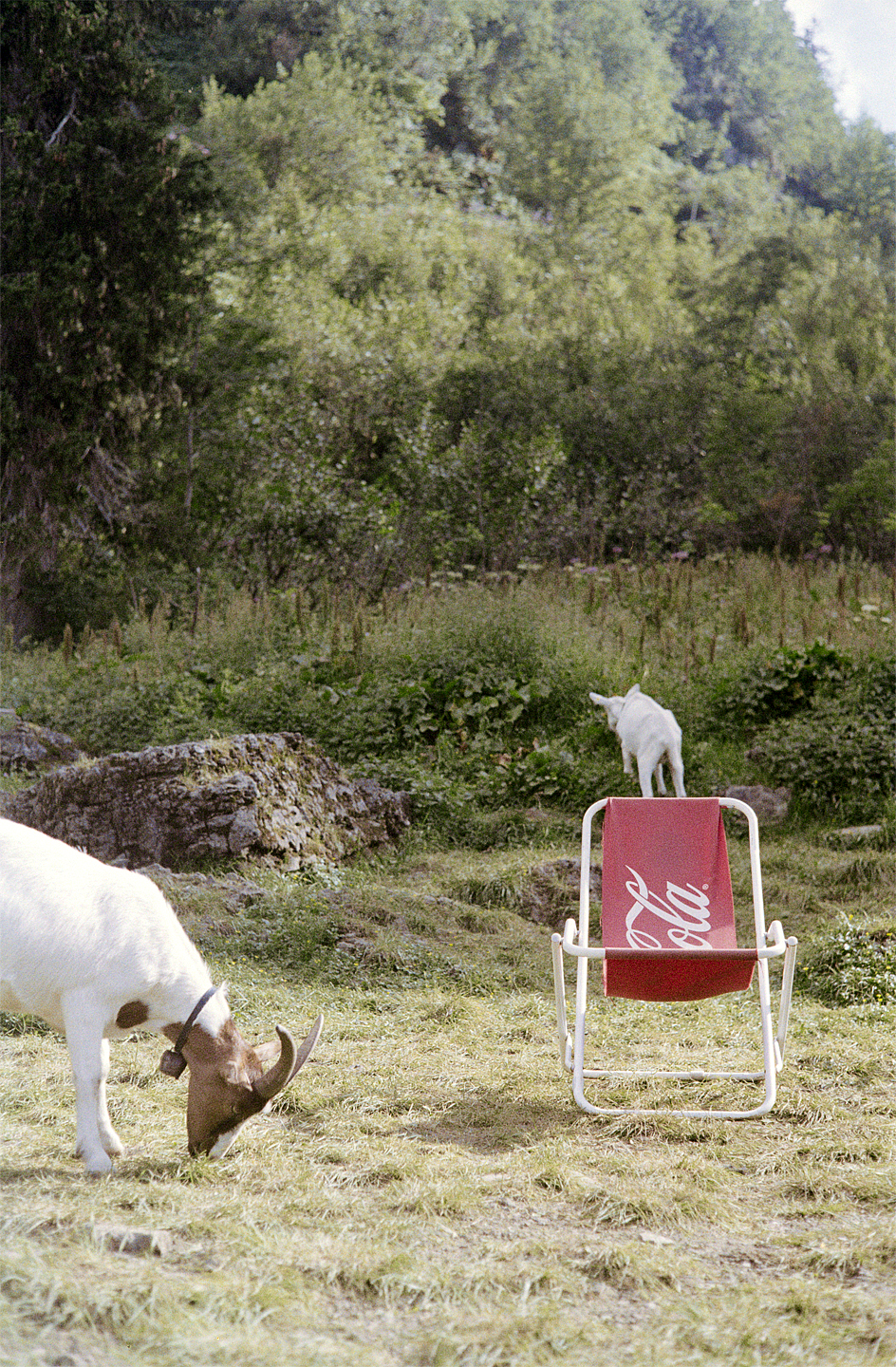
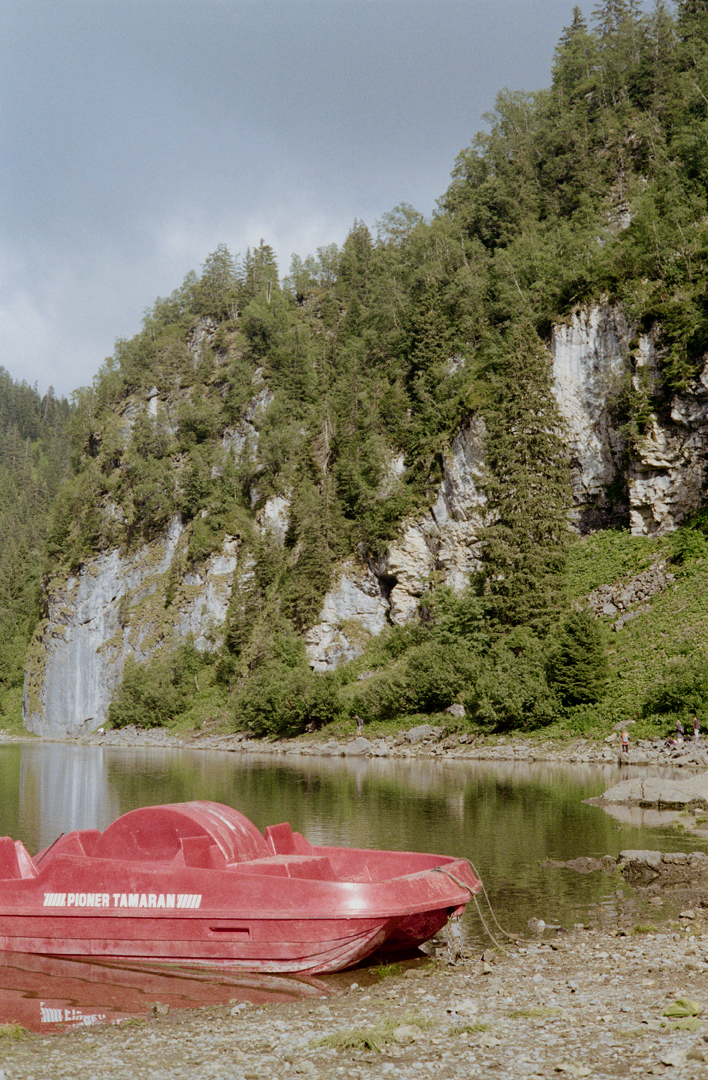
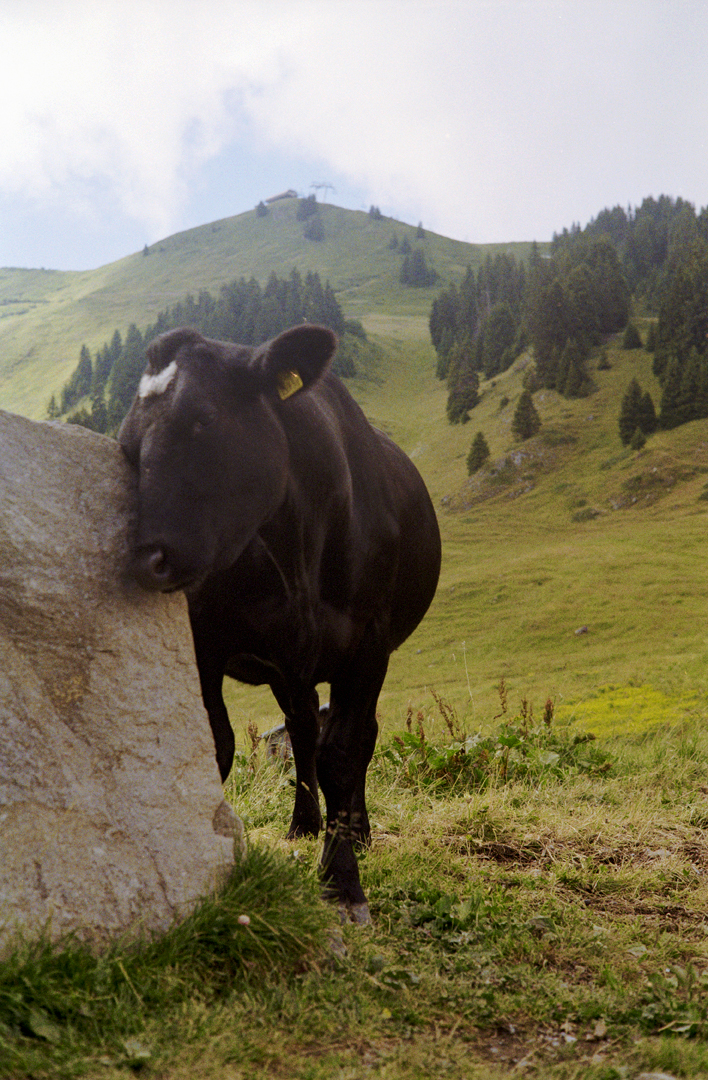
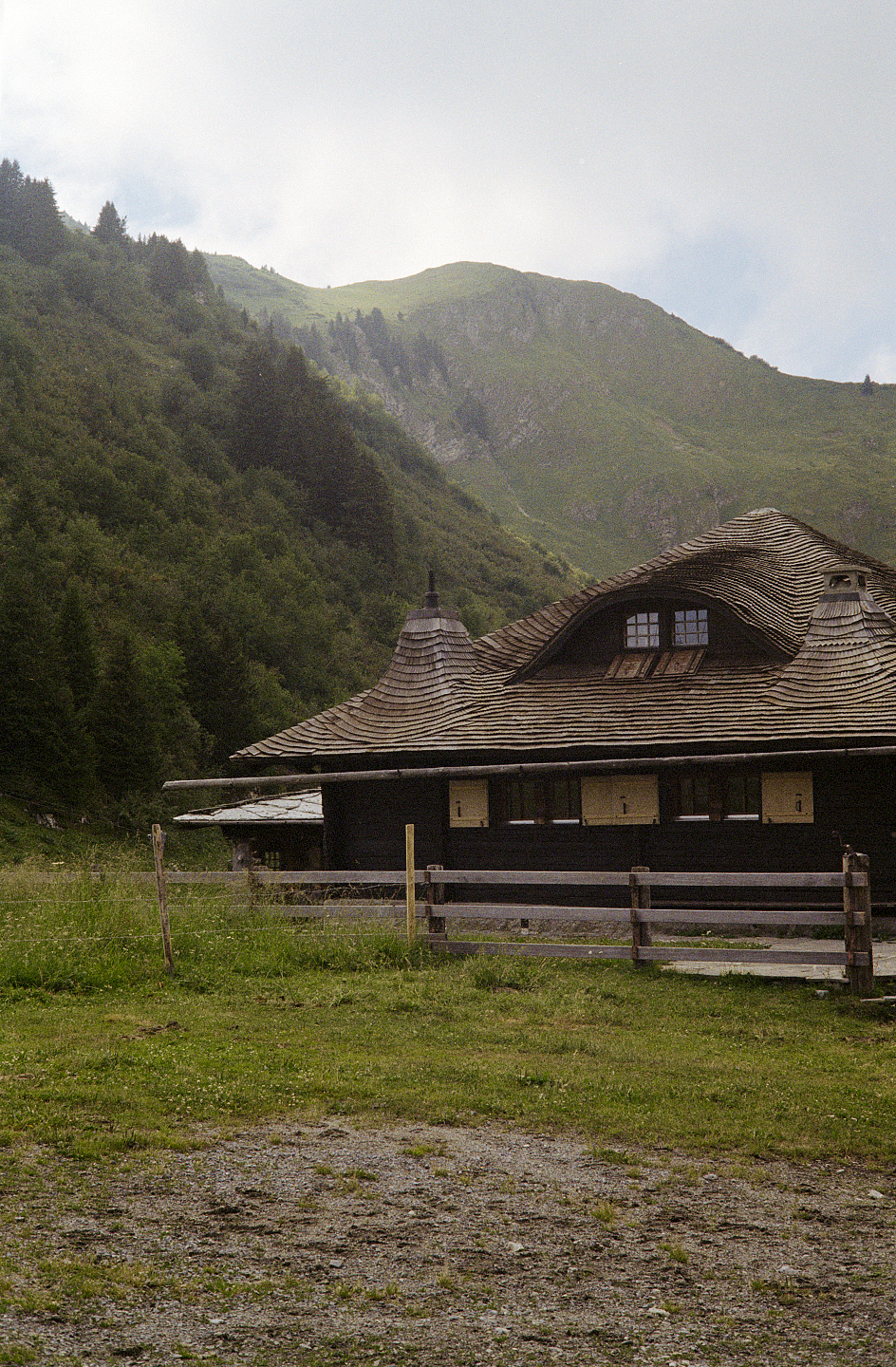
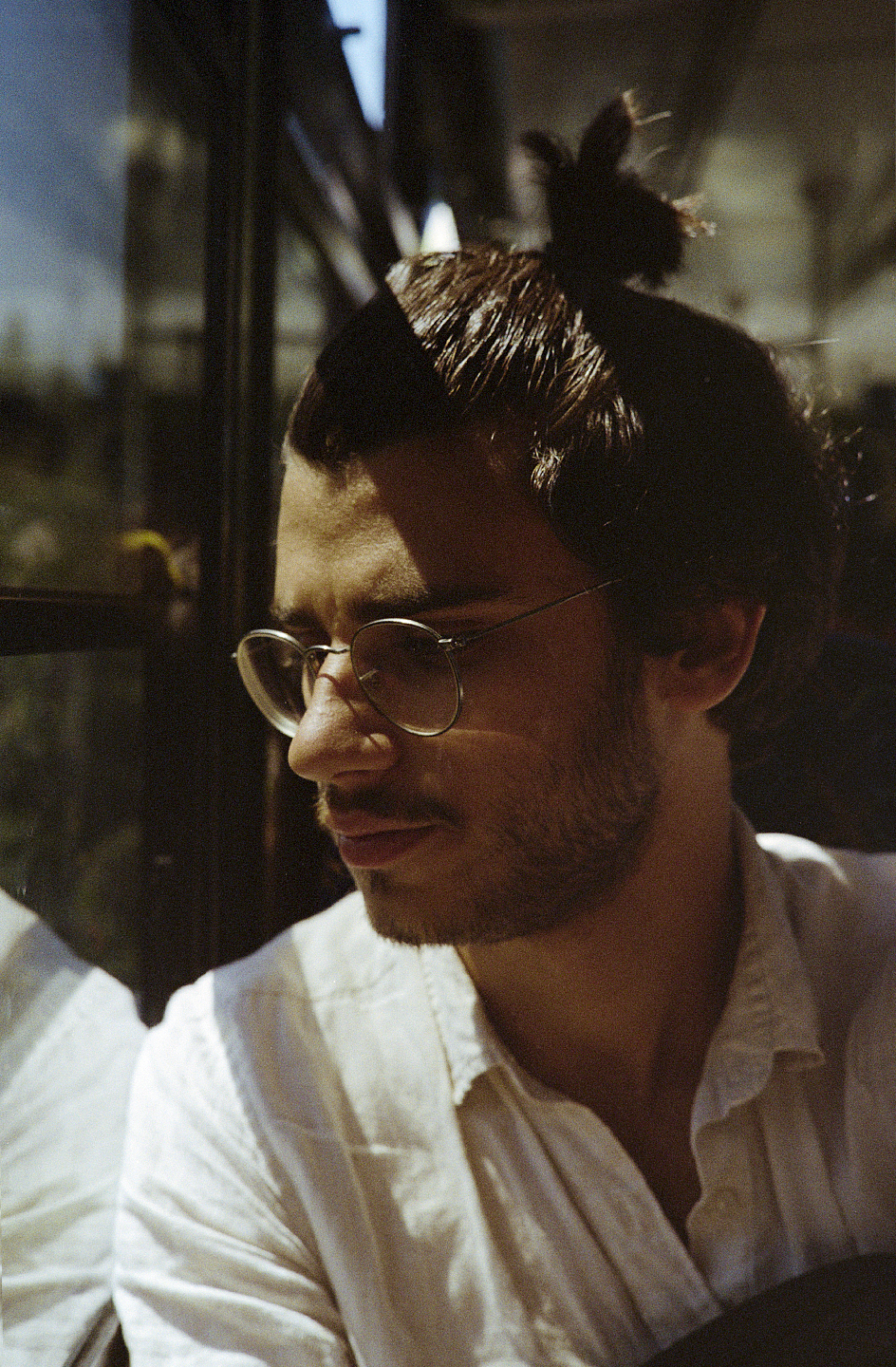
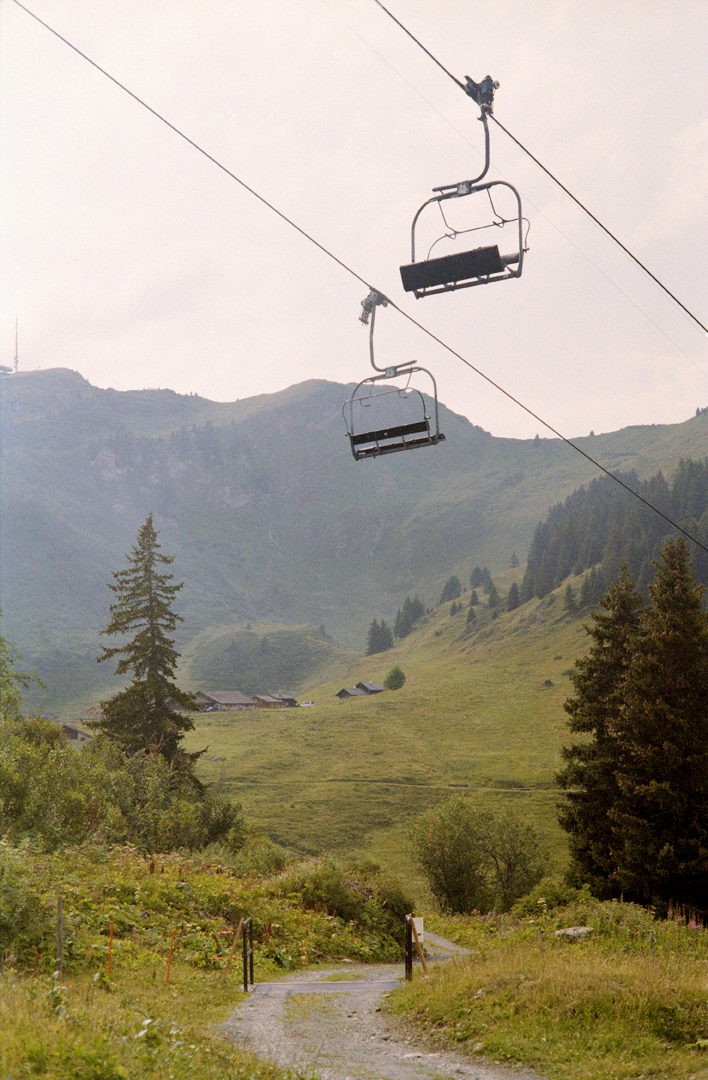

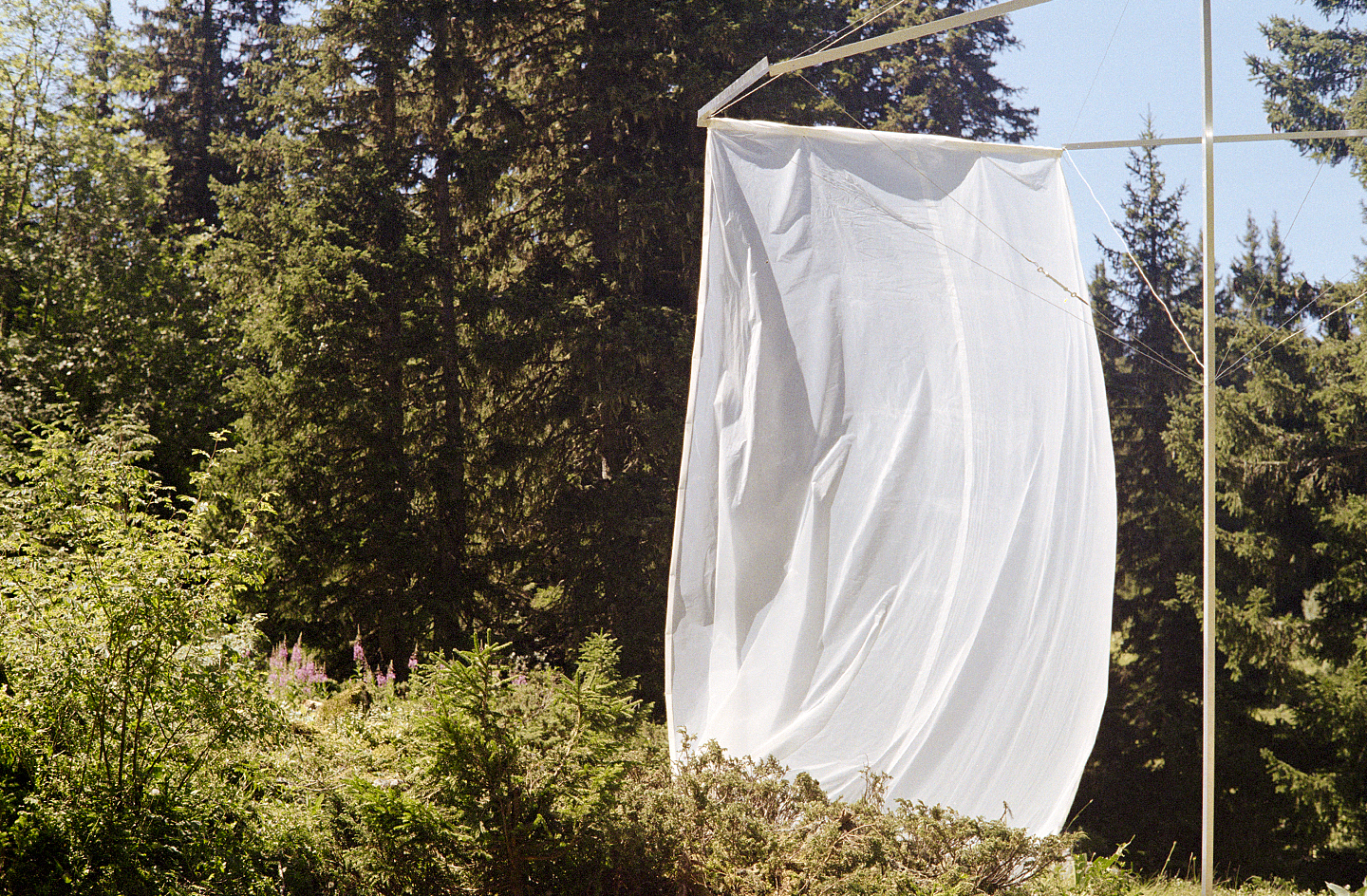
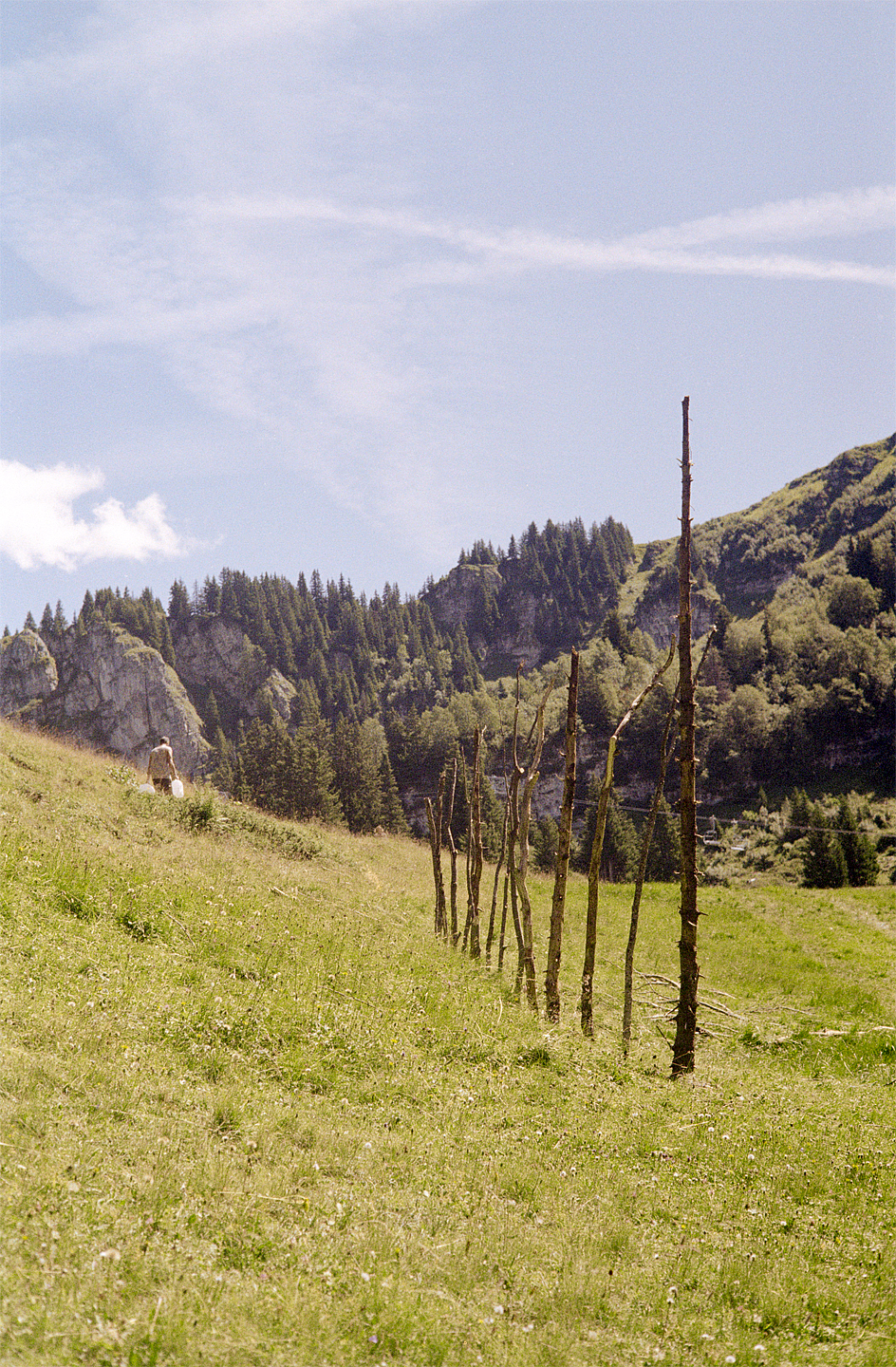
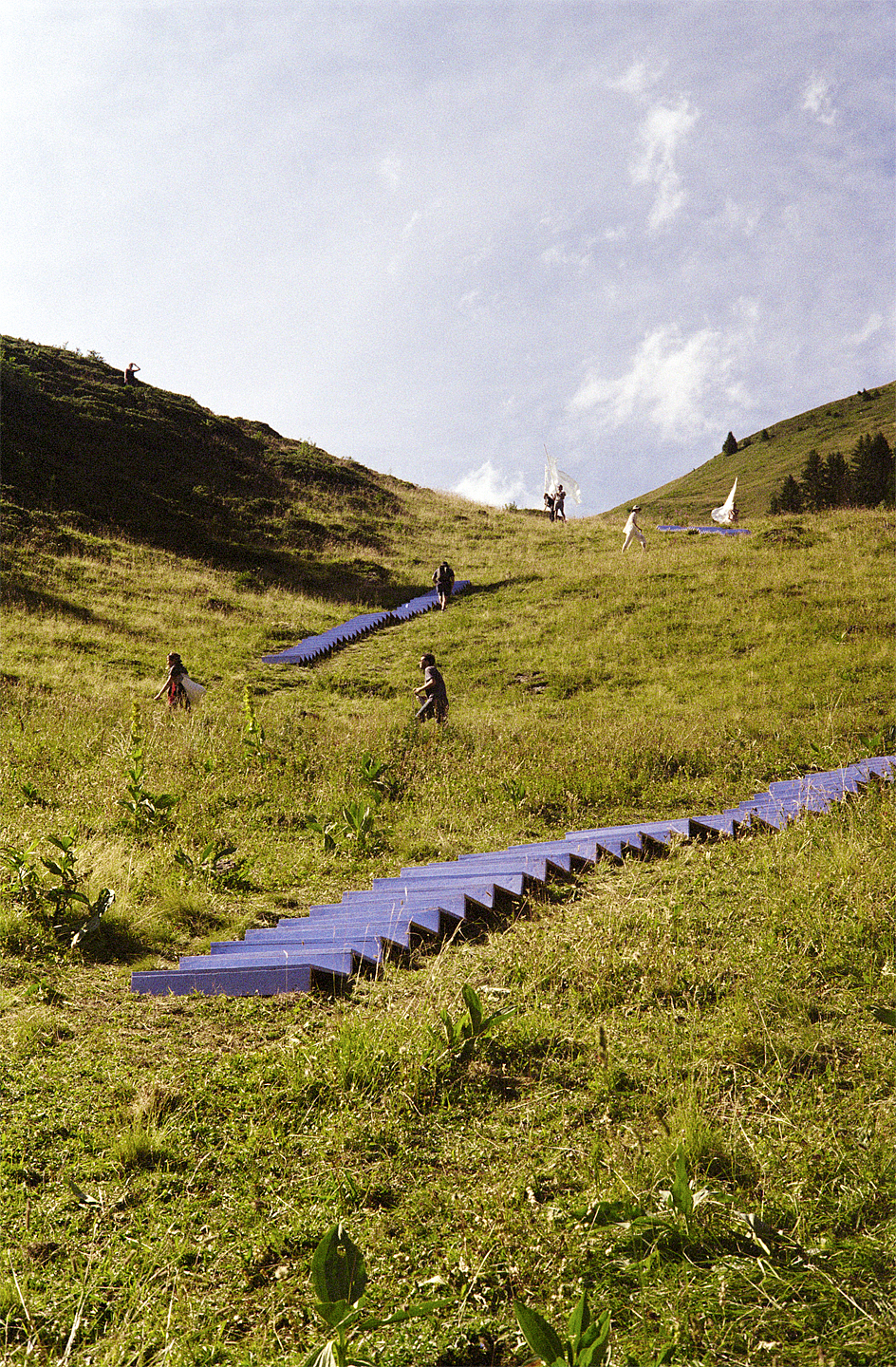
a staircase draped across the hills
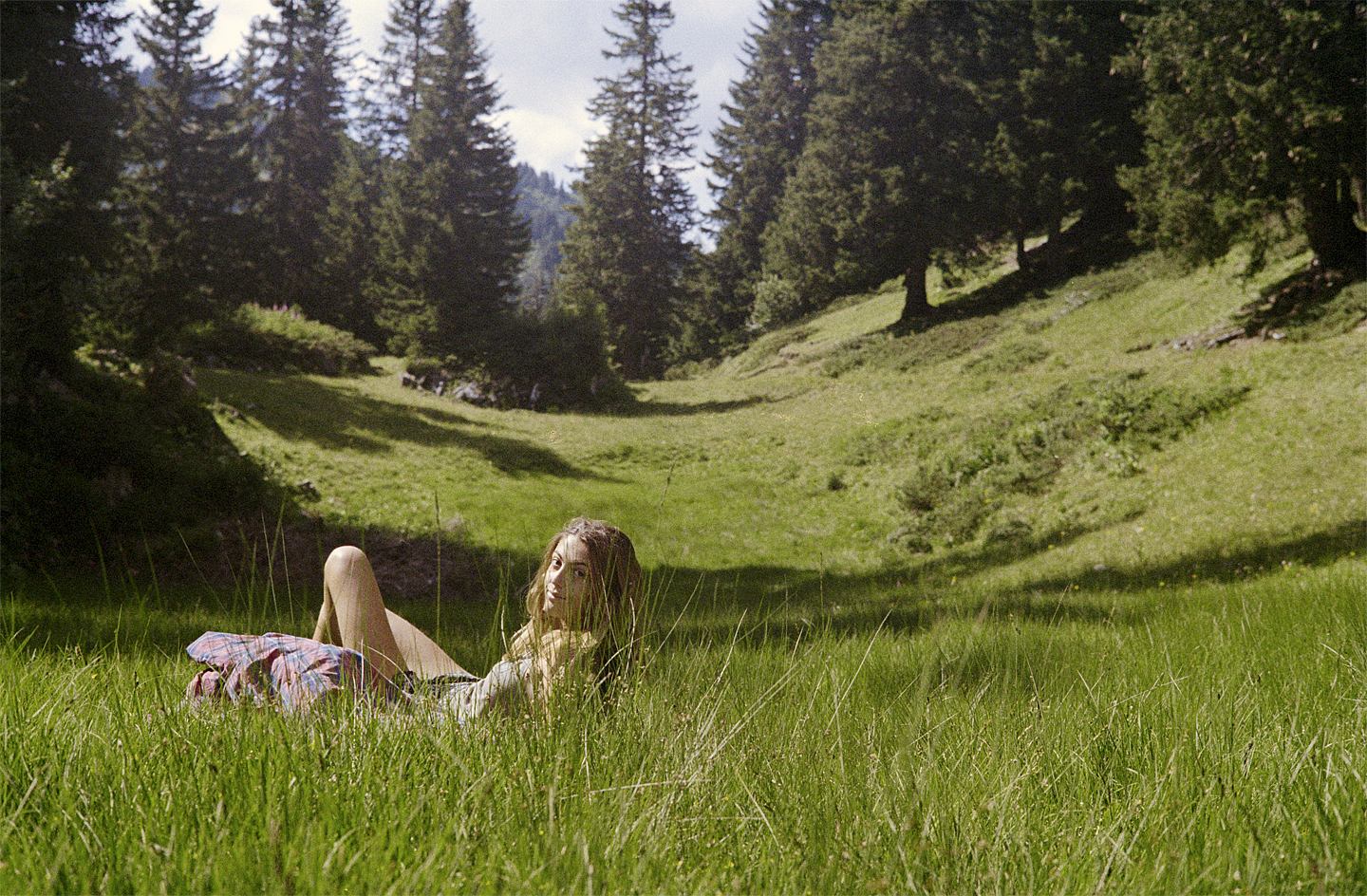
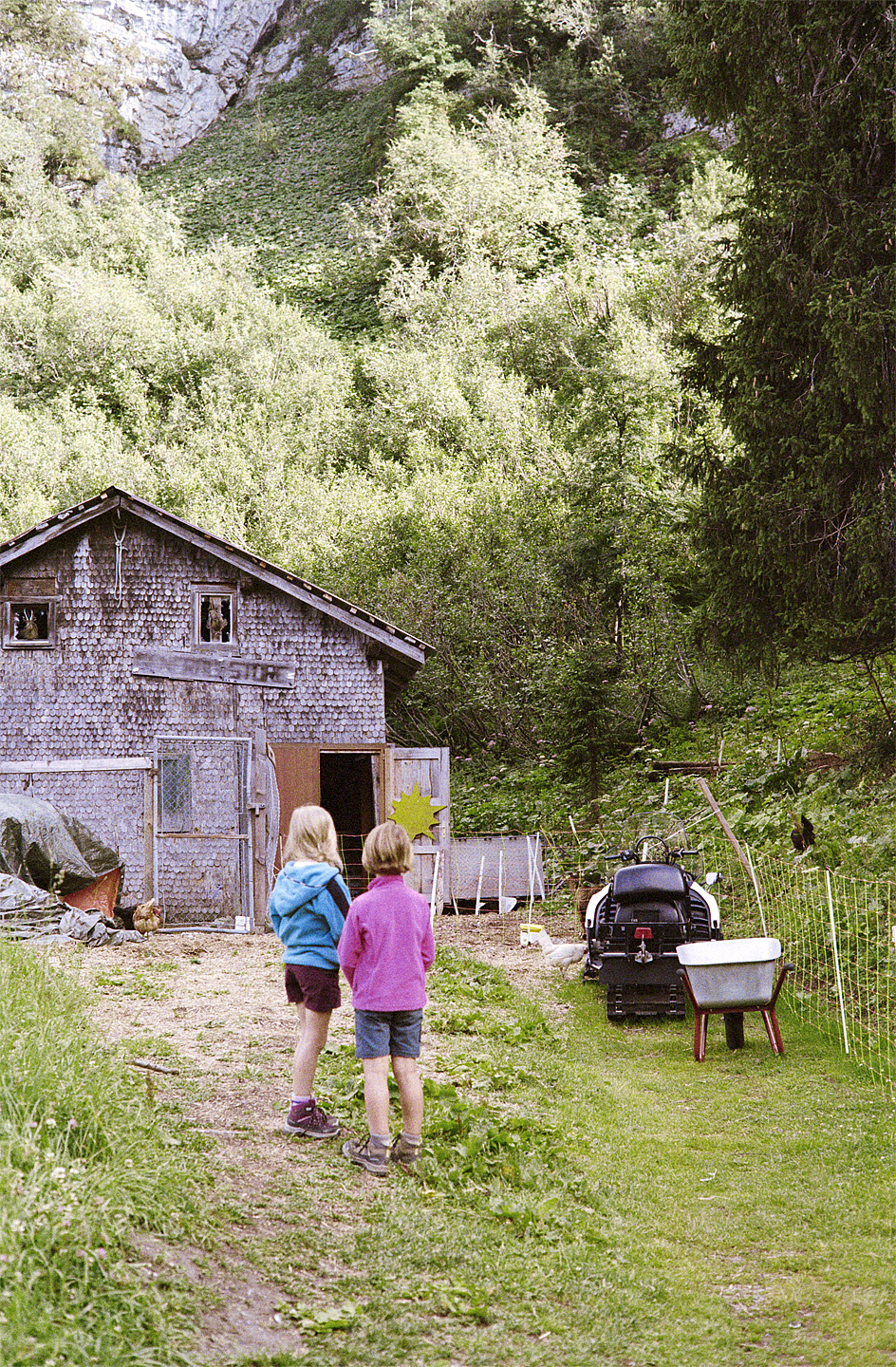
2019
riga
one too many black balsams later in the deep, dark mid-winter

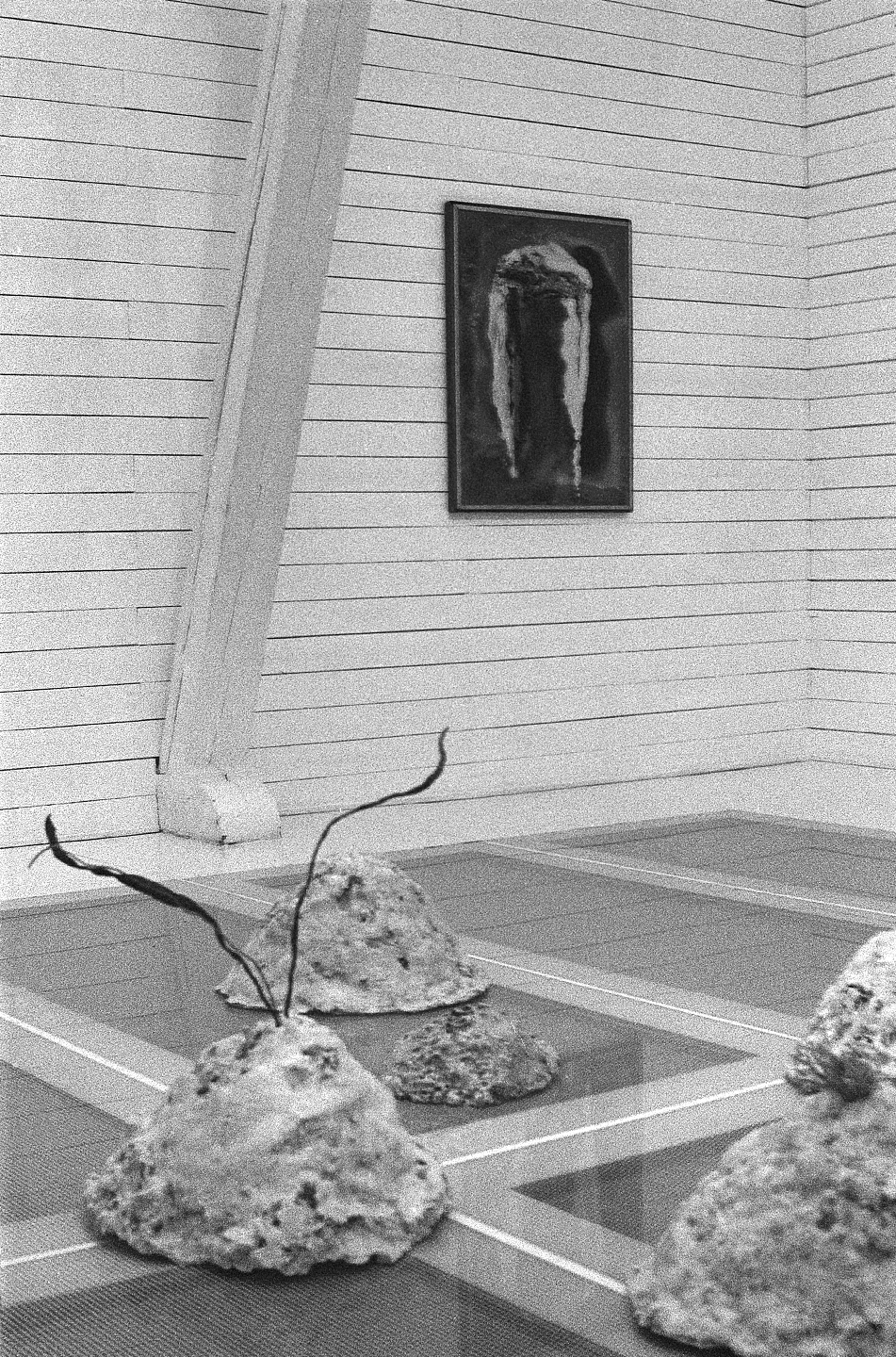
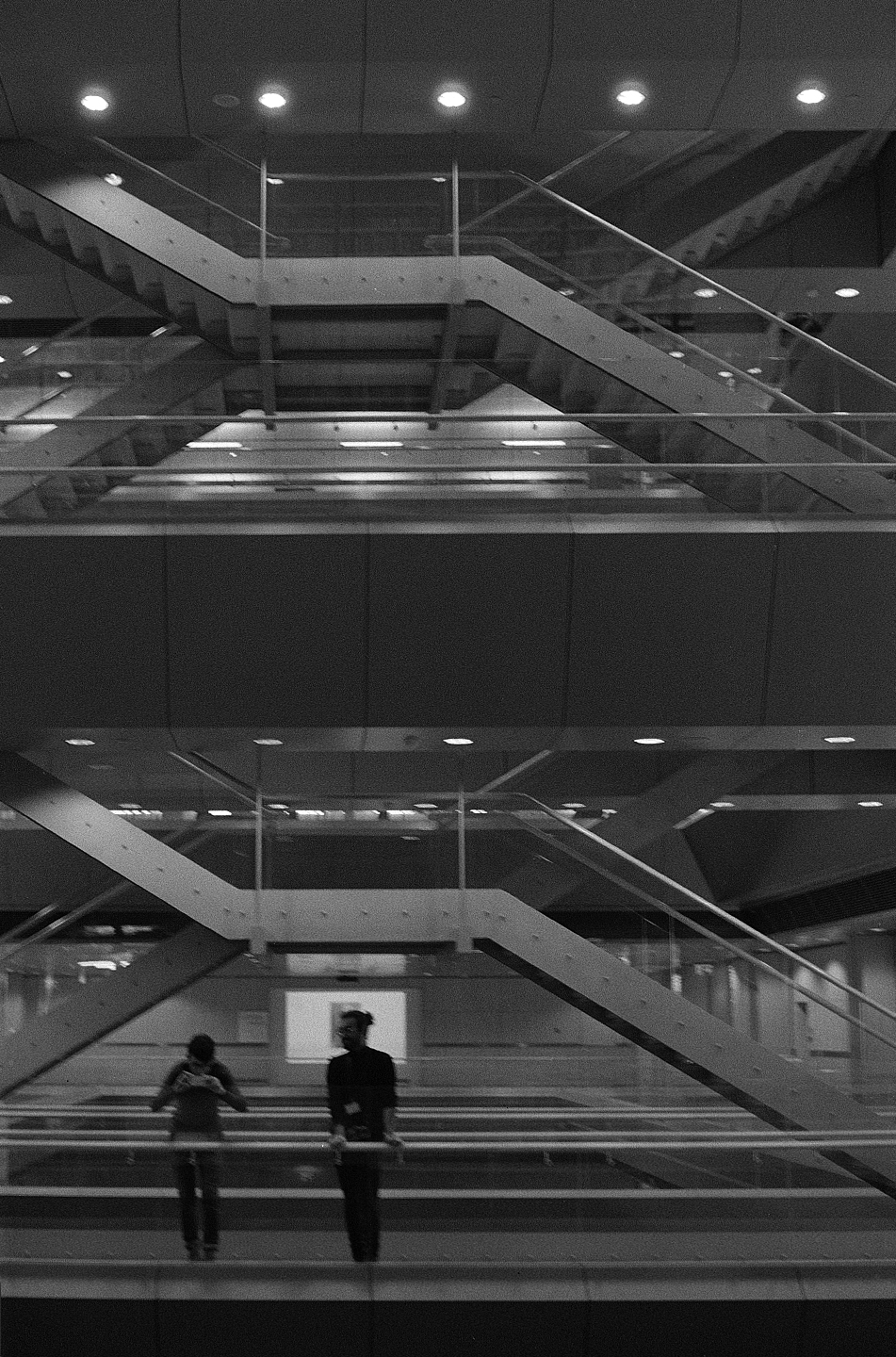
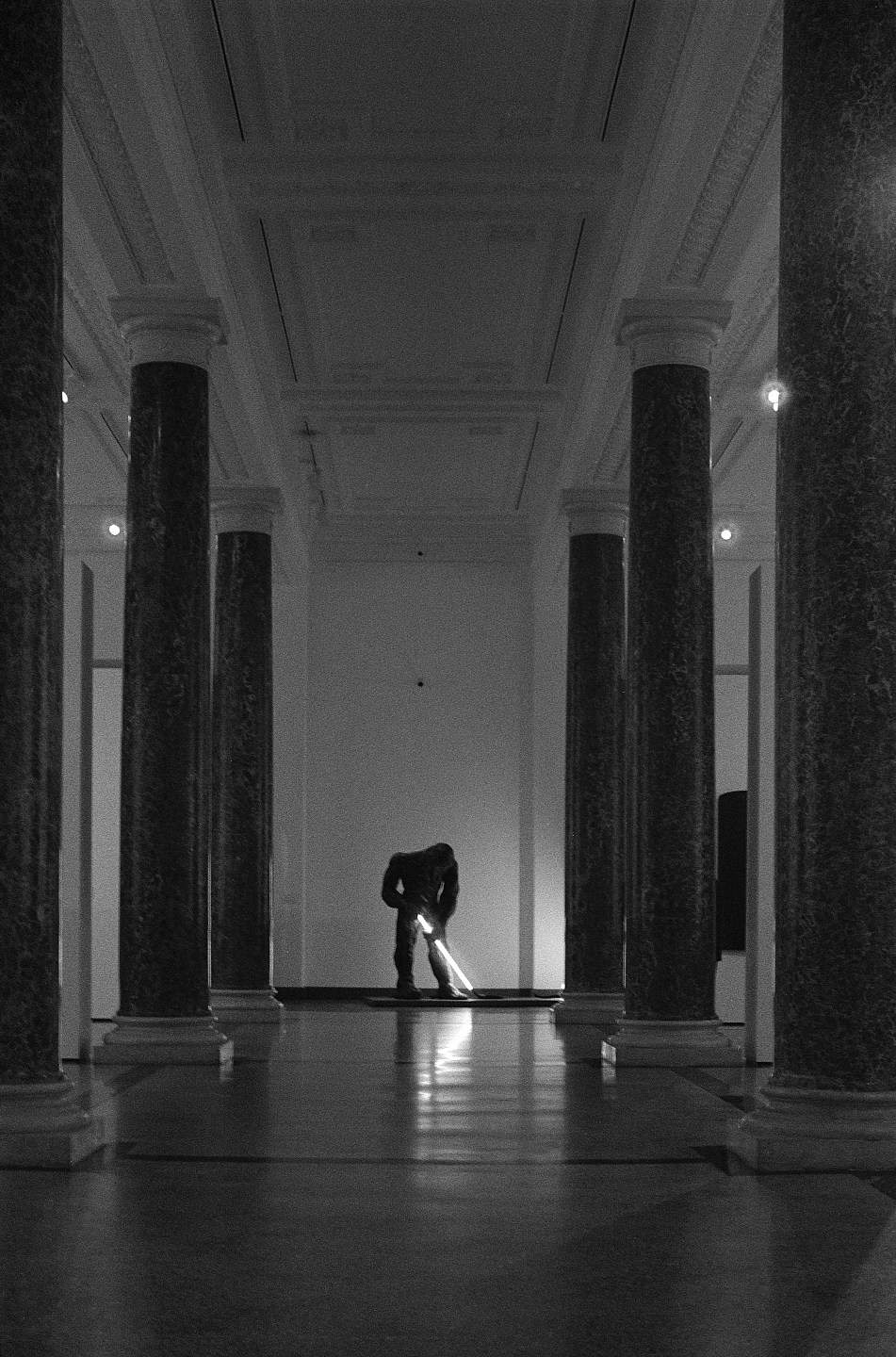
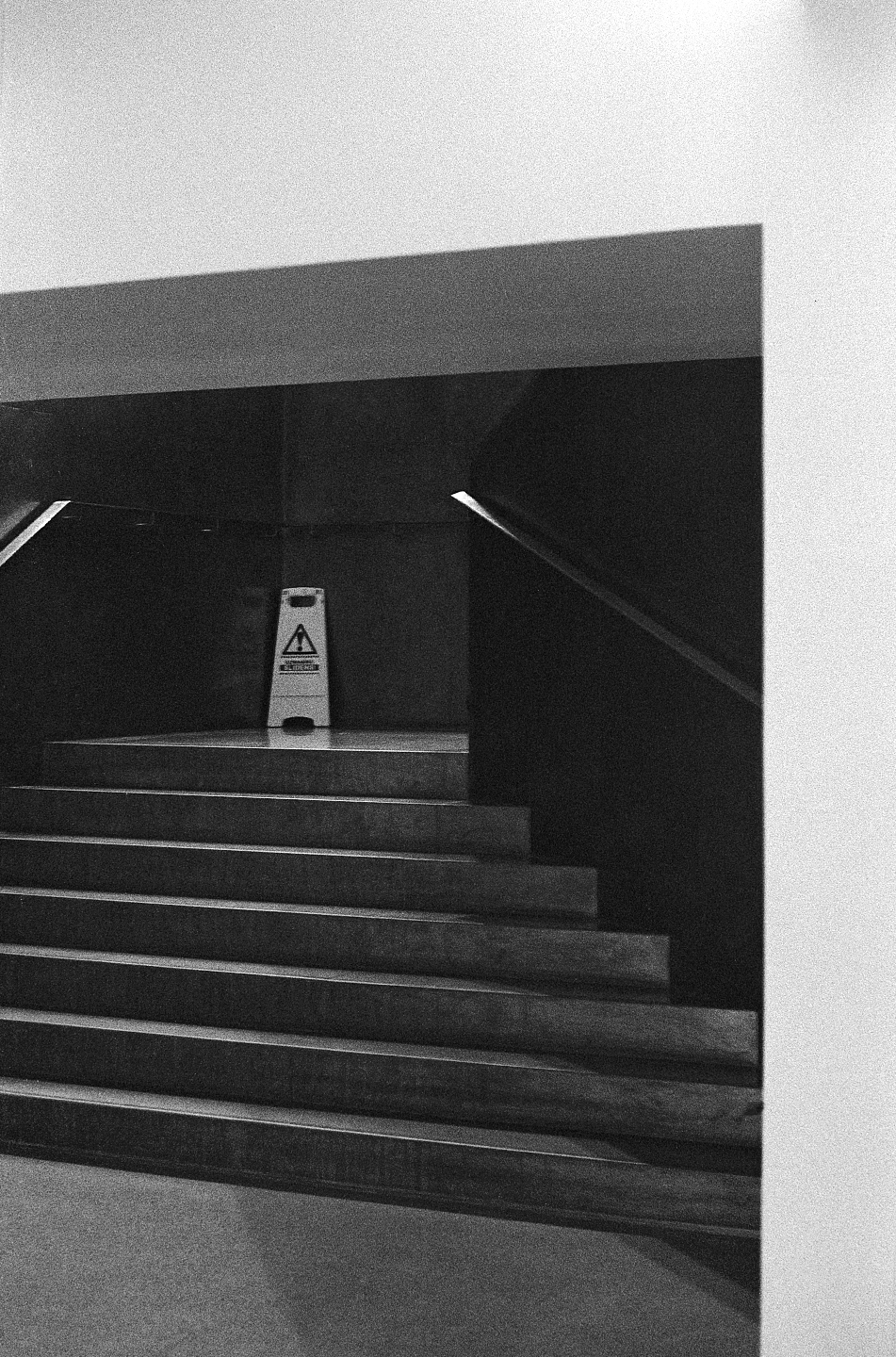
2018
croatia
re:easa in rijeka

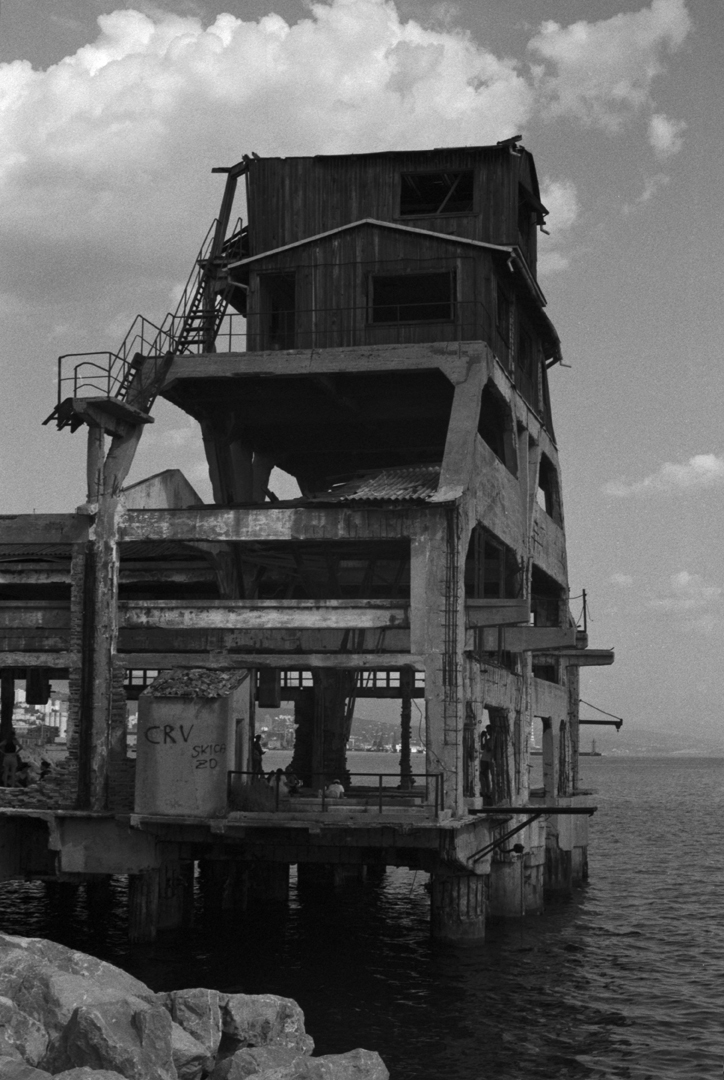

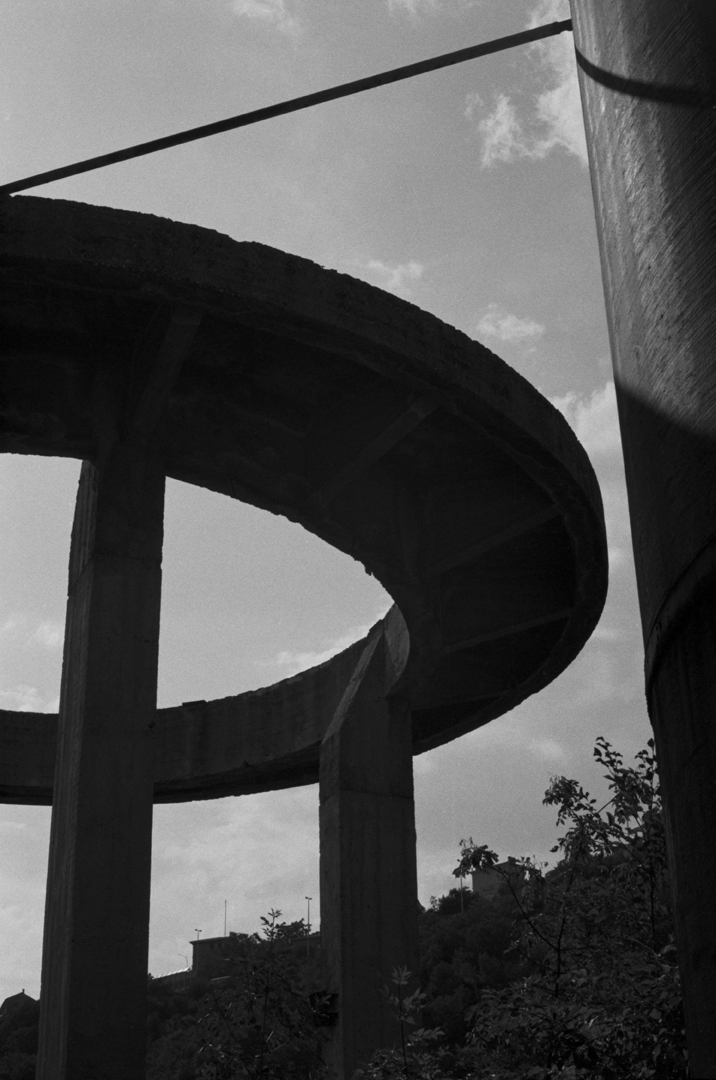
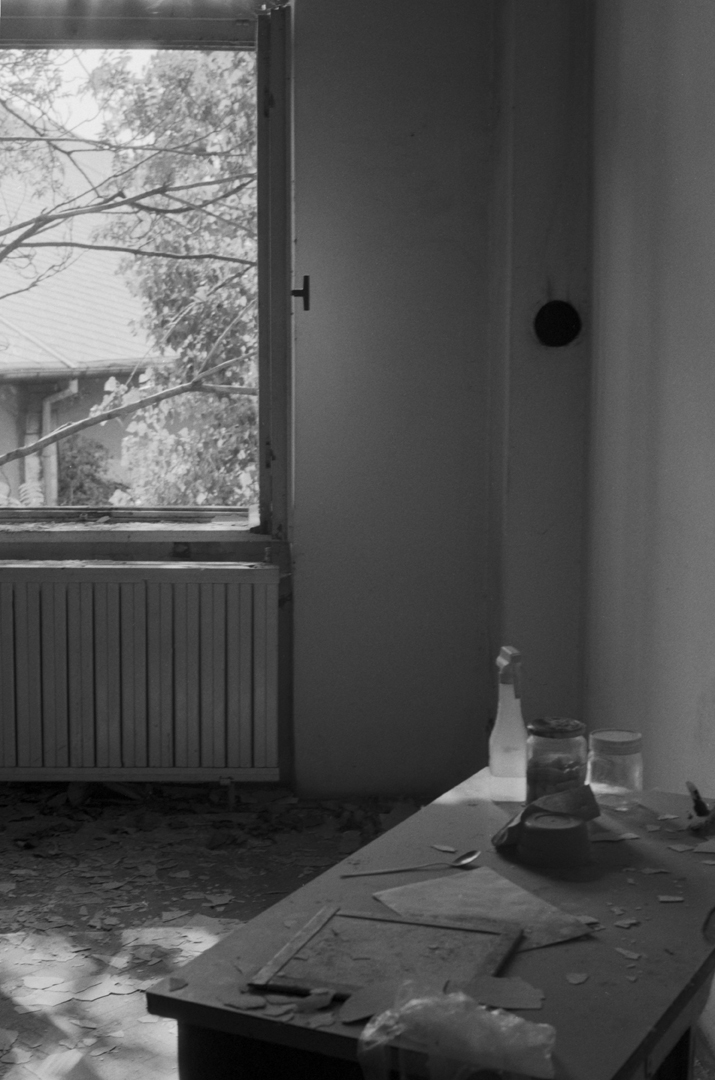
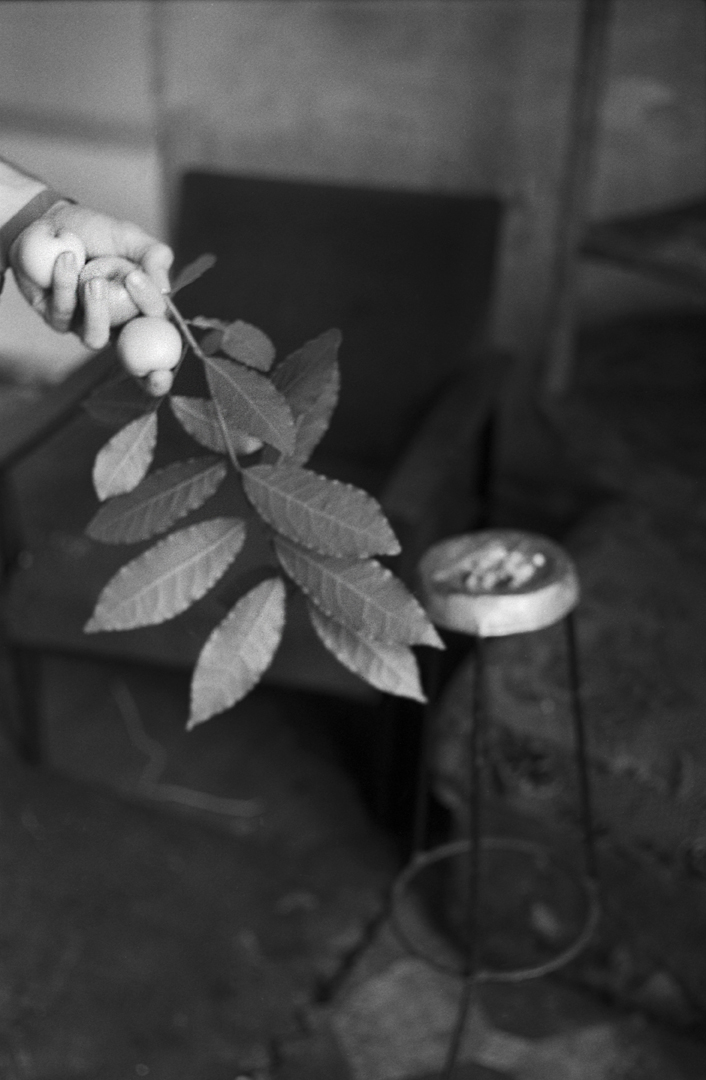
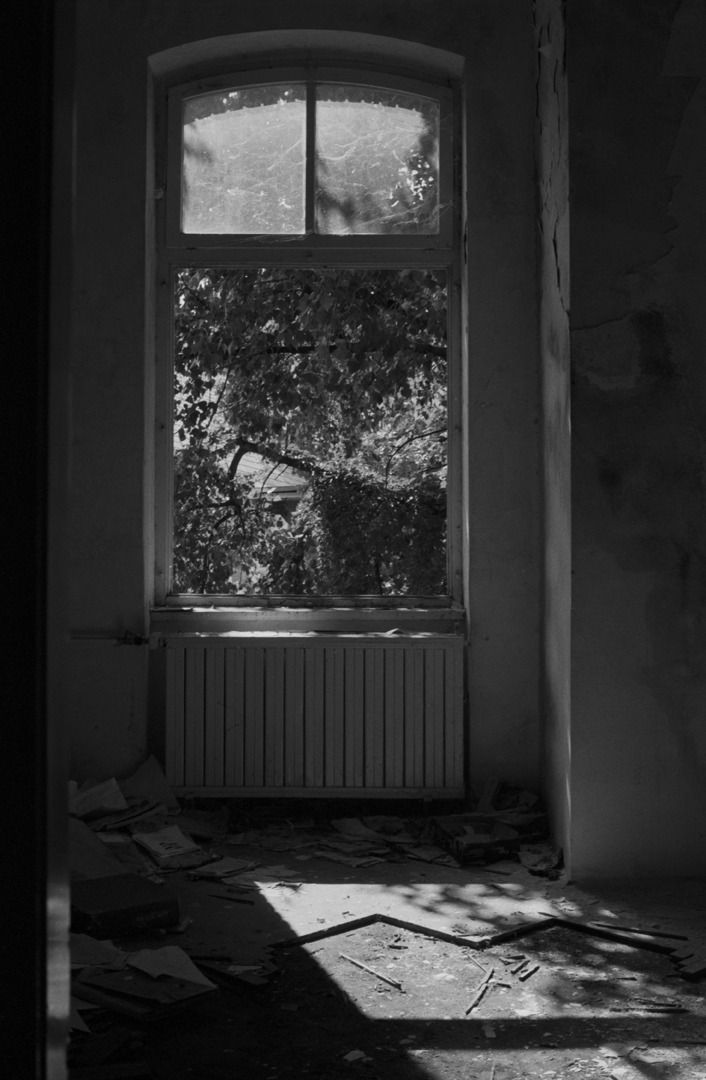
2018
københavn
exploring botanical gardens, museums & planetariums, swinging in a hammock at the cherry blossom festival, being greeted by the smell of truffle at every corner, taking a wrong turn onto the bicycle snake bridge and flying over the city in our trusty box bike. copenhagen stole our hearts & filled our tummies.
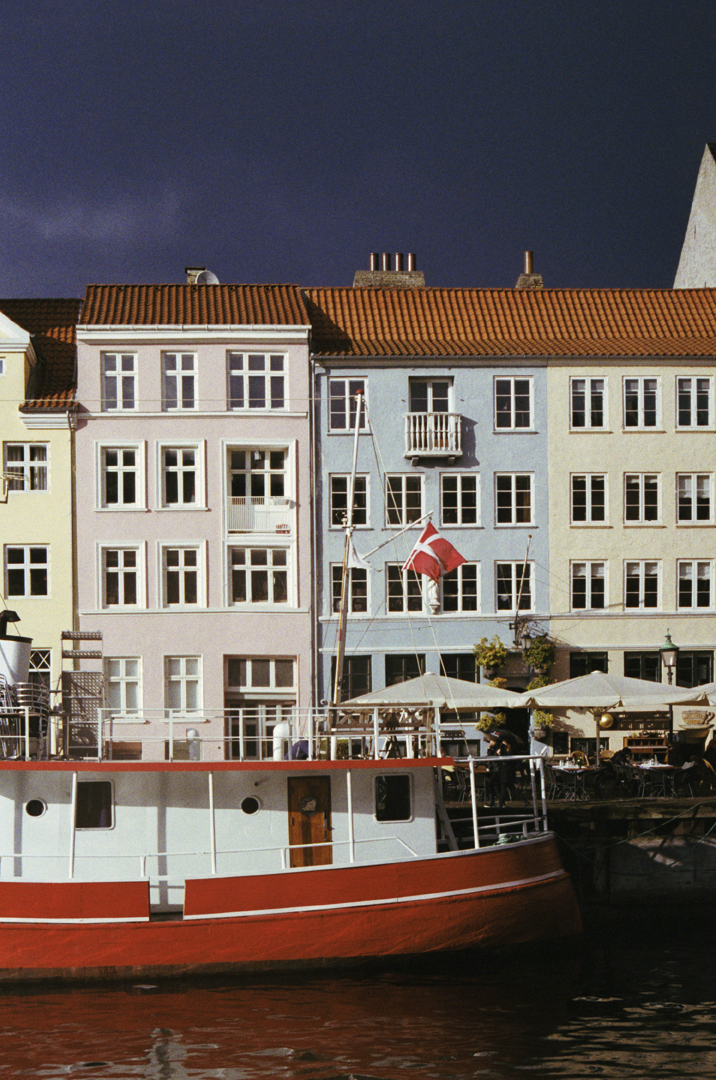
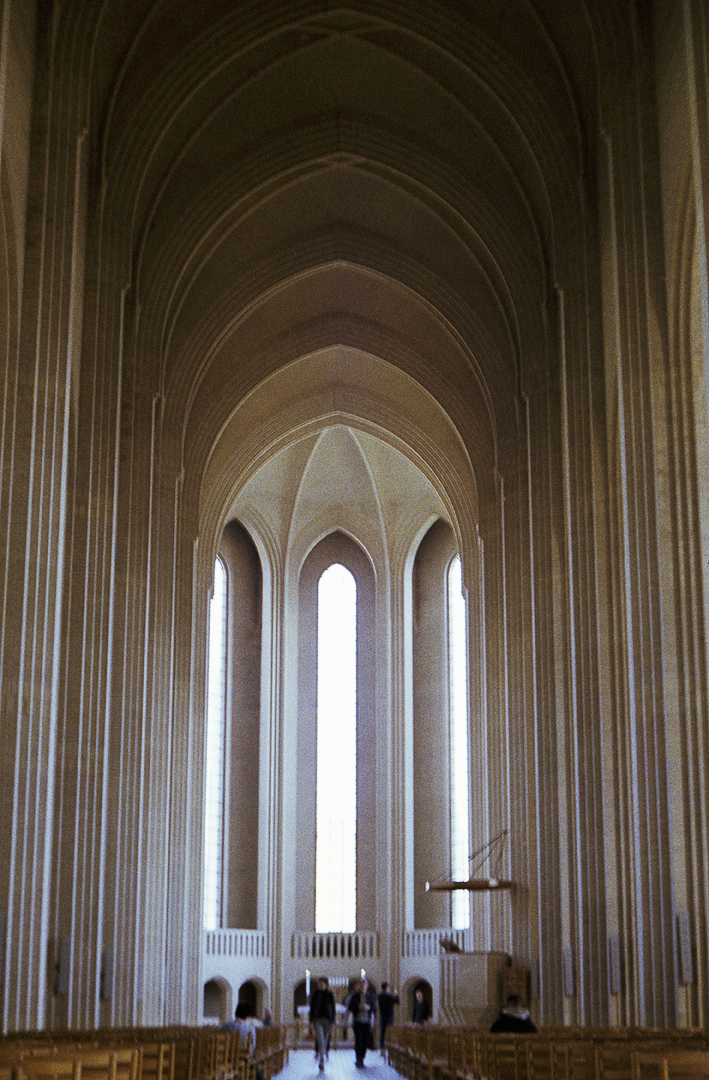
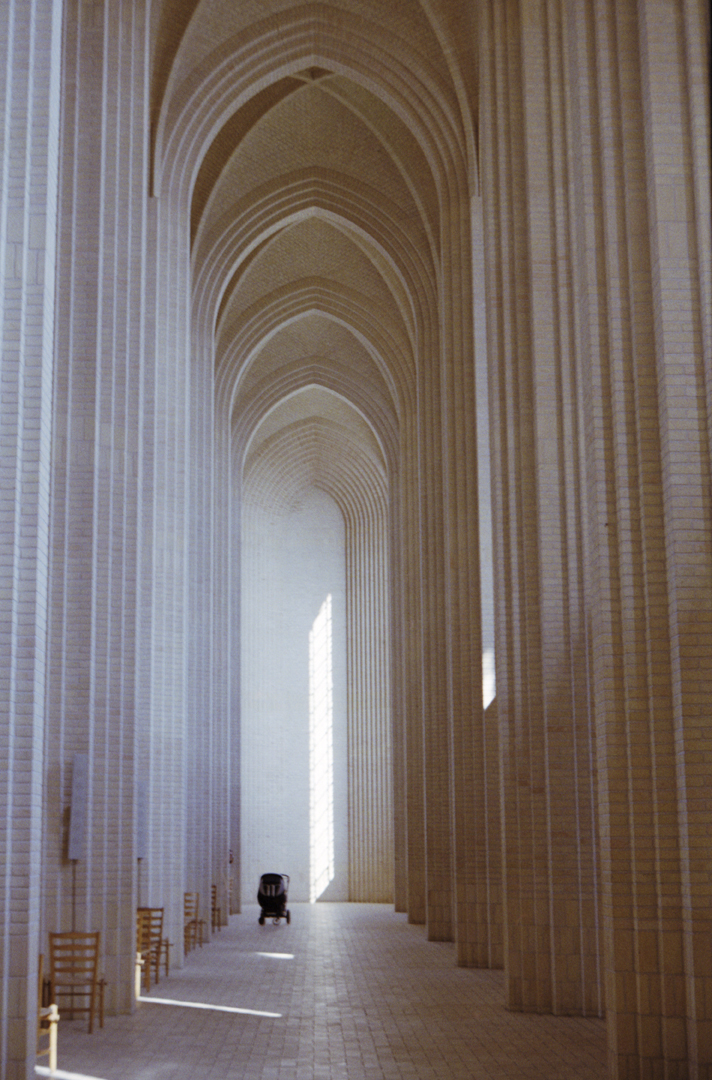
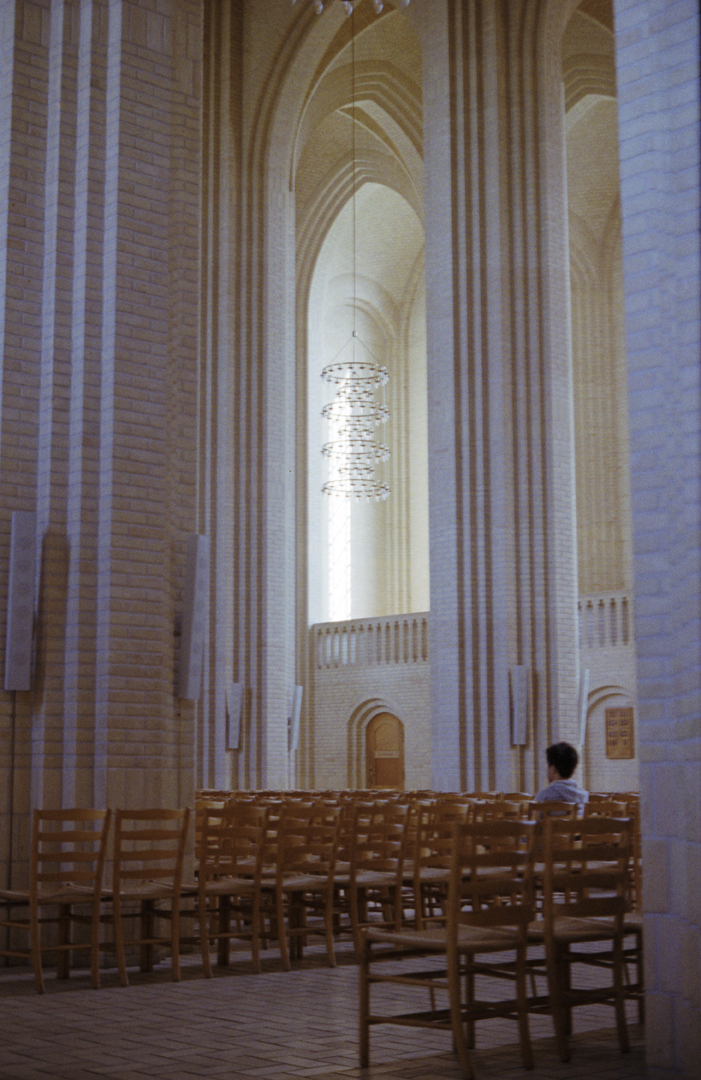

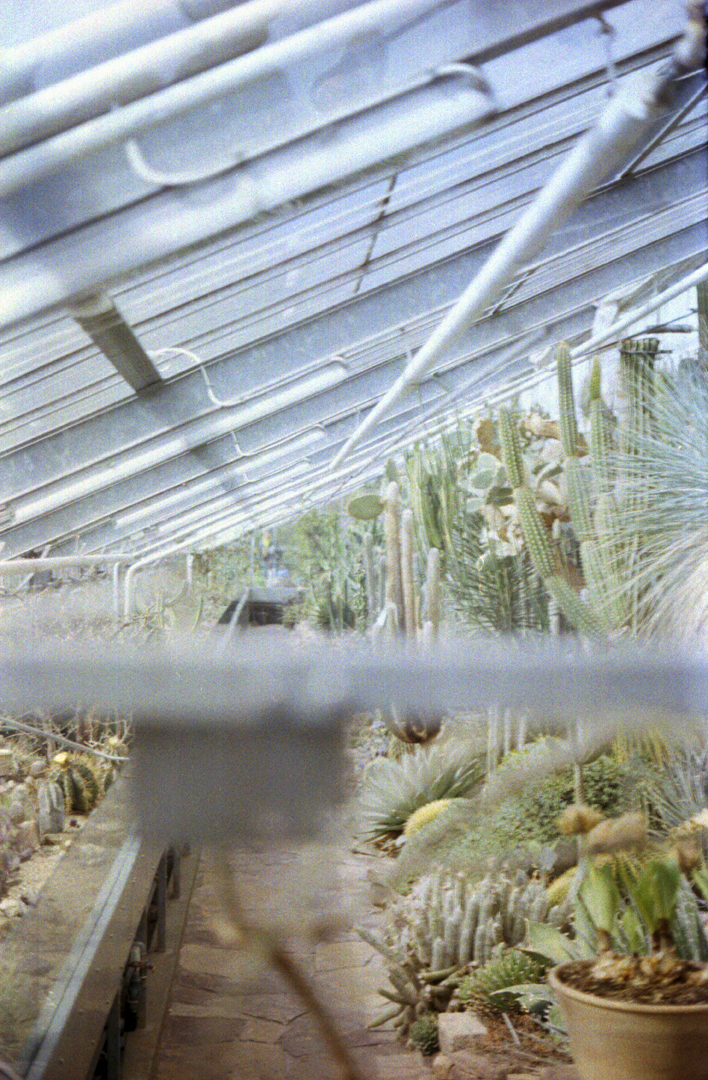
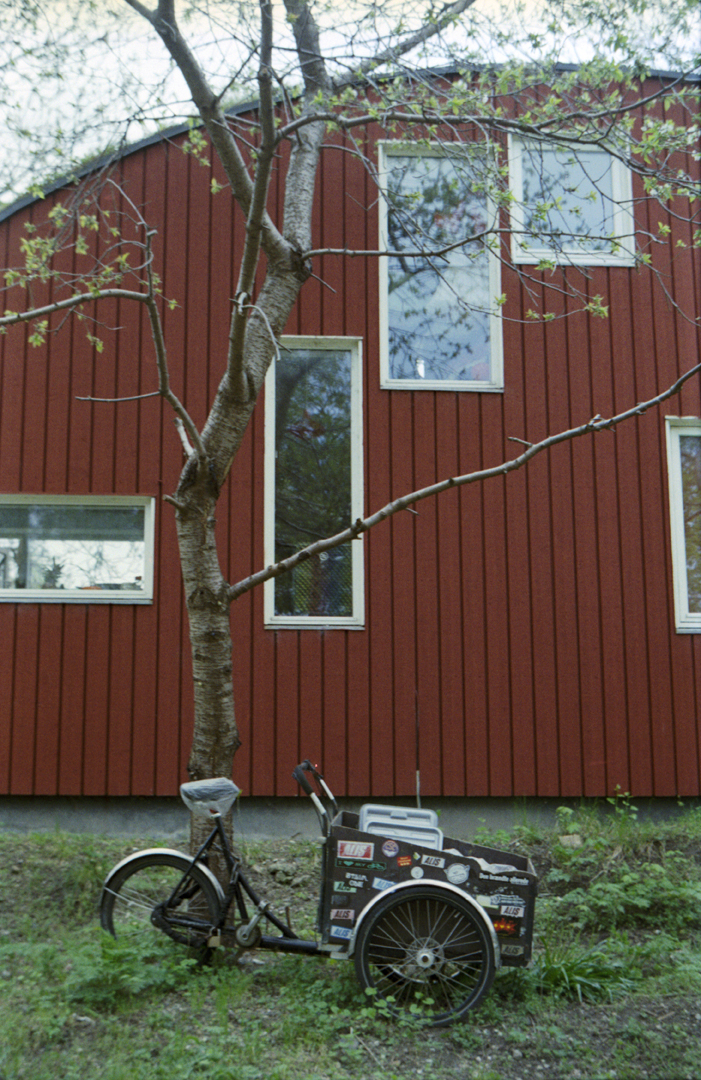
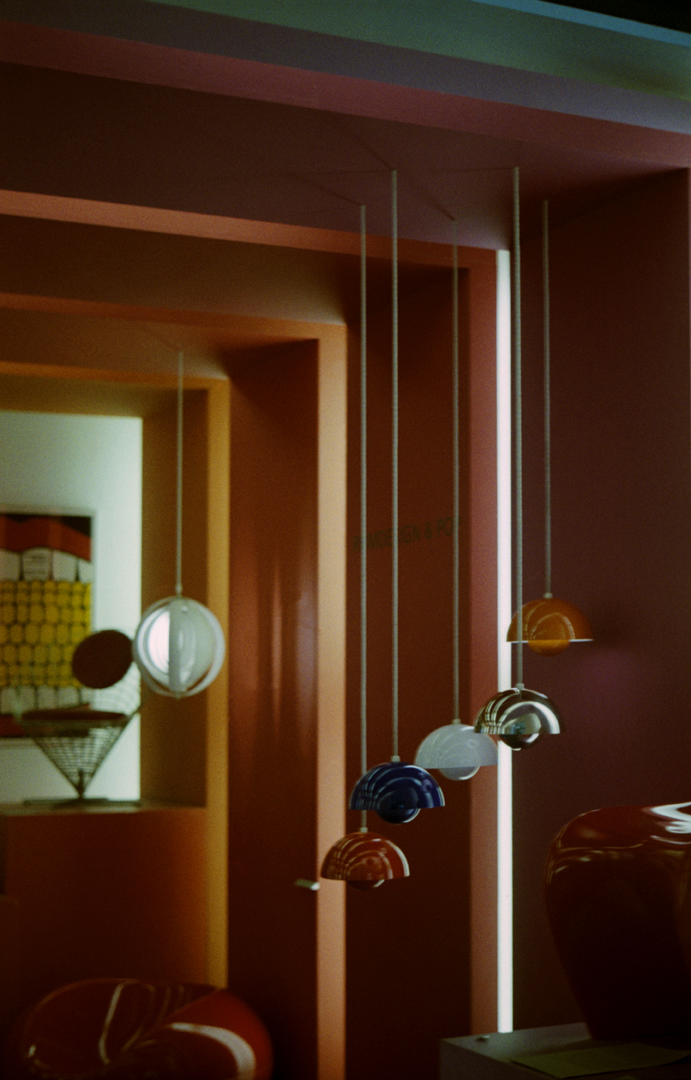
2018
u-bahn state of mind
picture the urban mass that is berlin
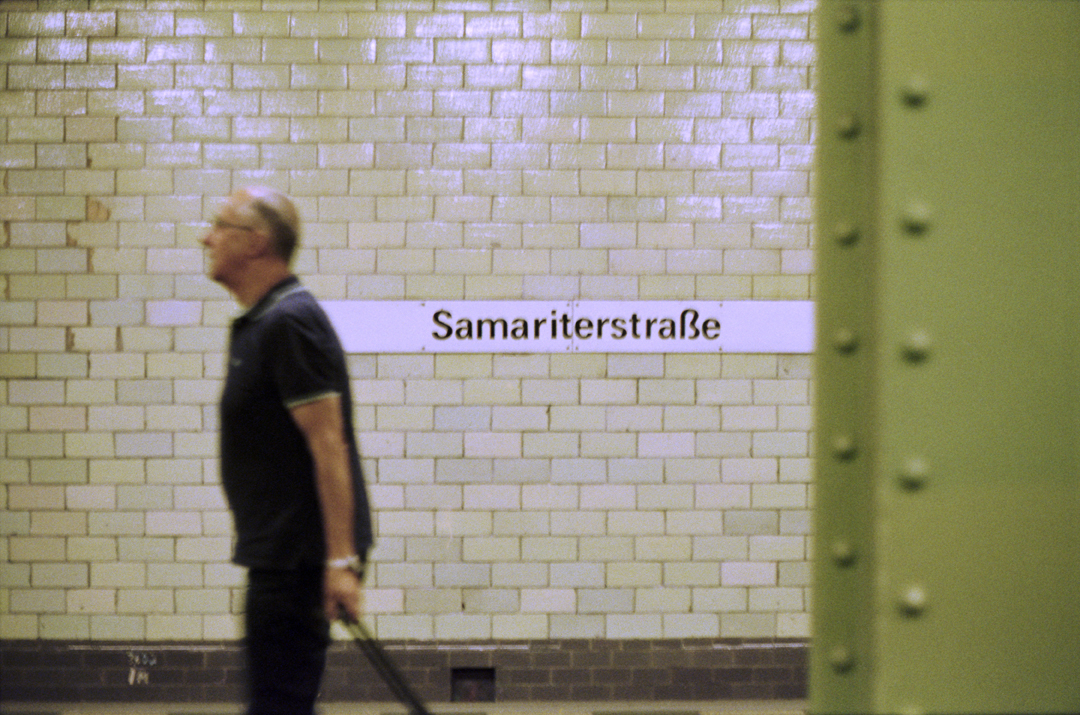
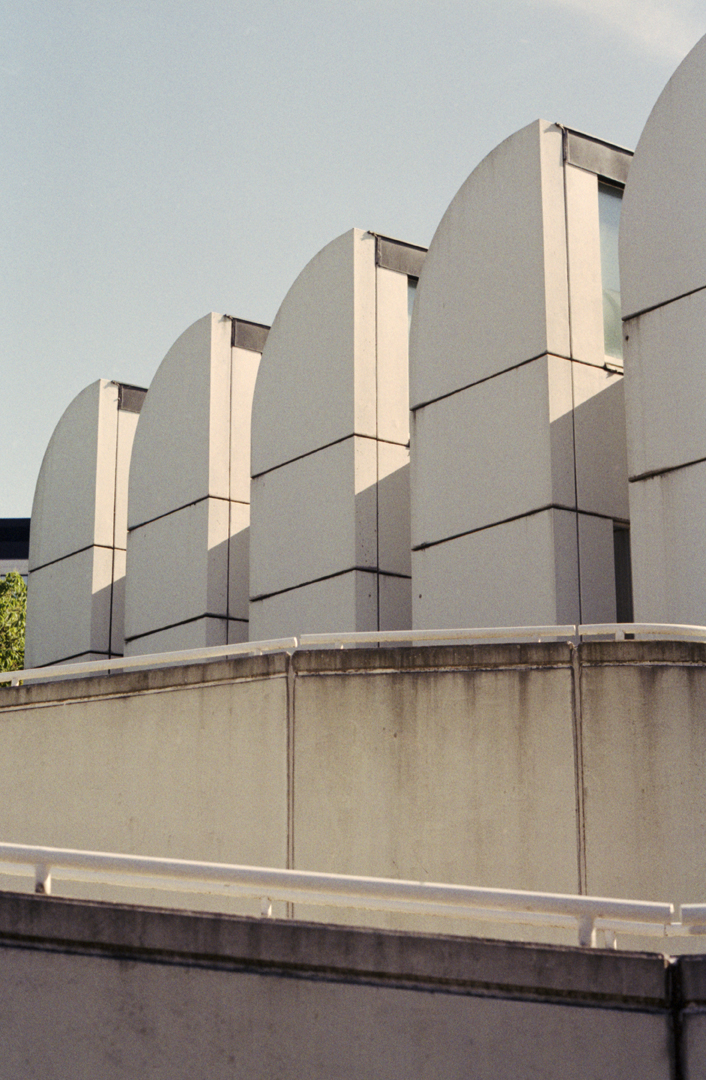
bauhaus

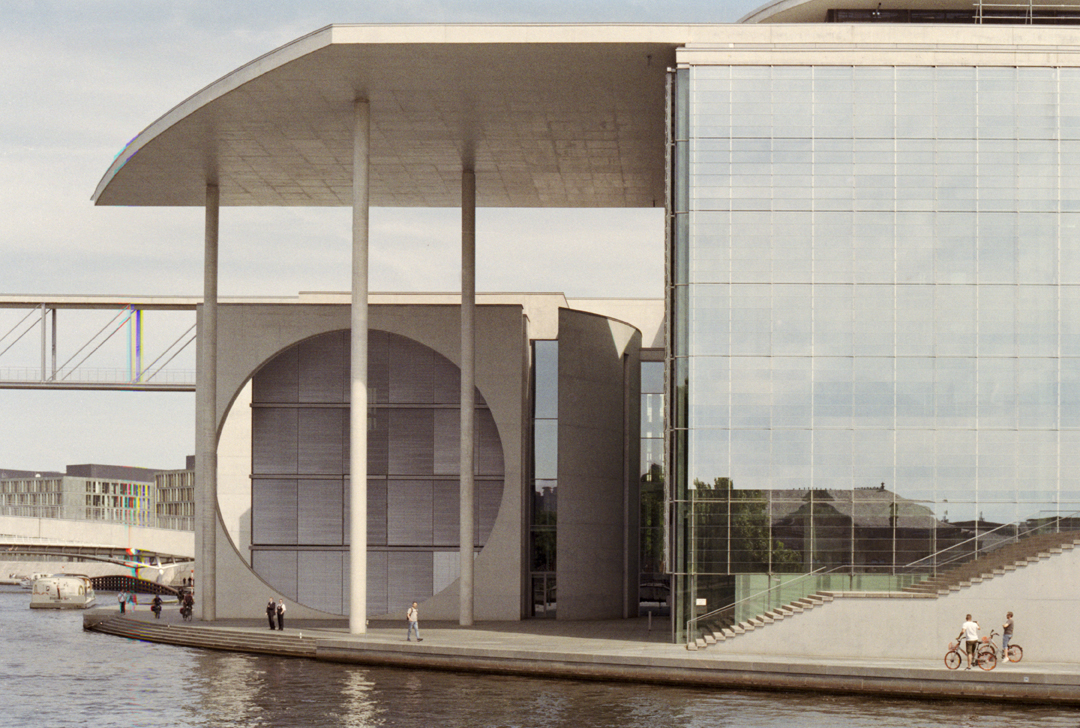

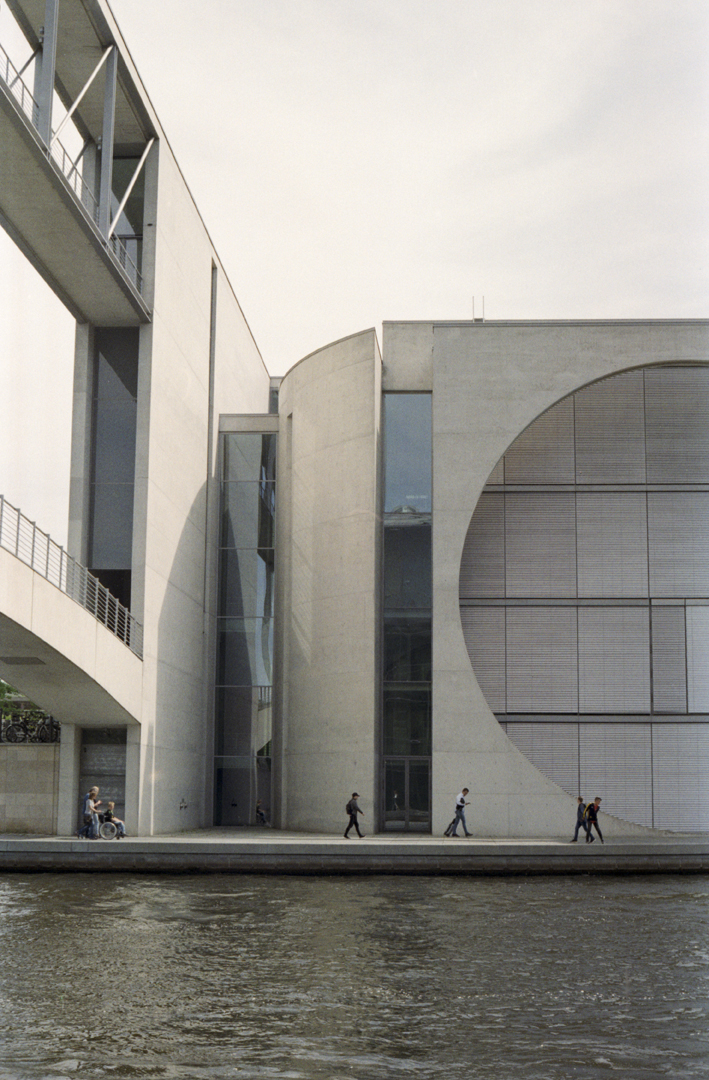


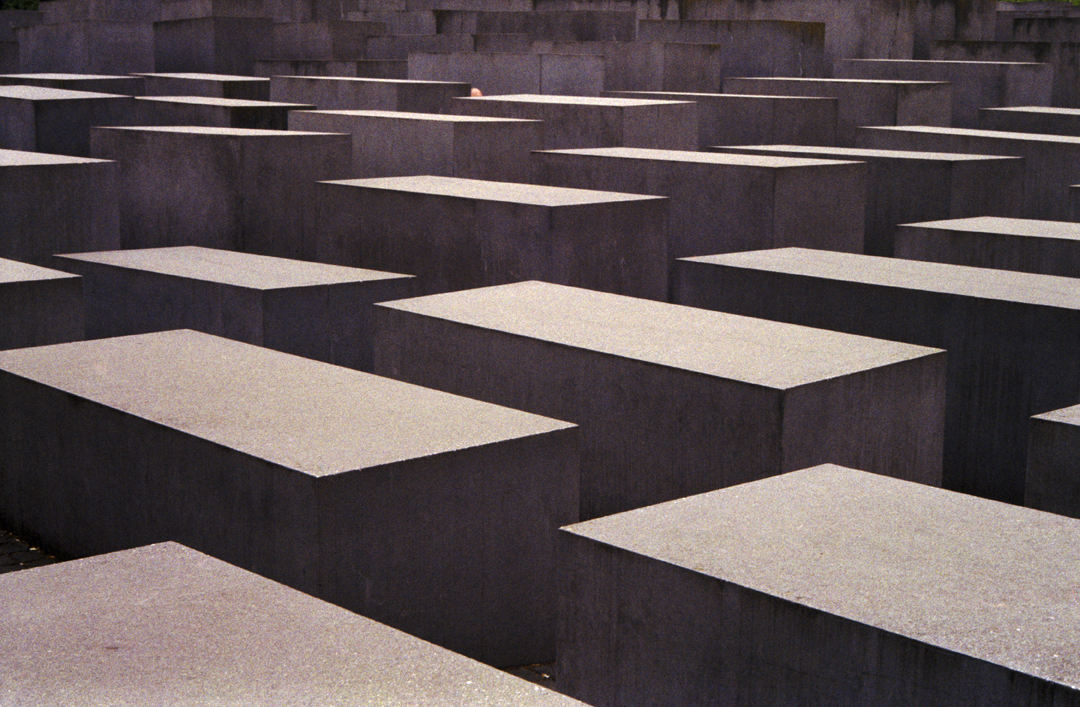
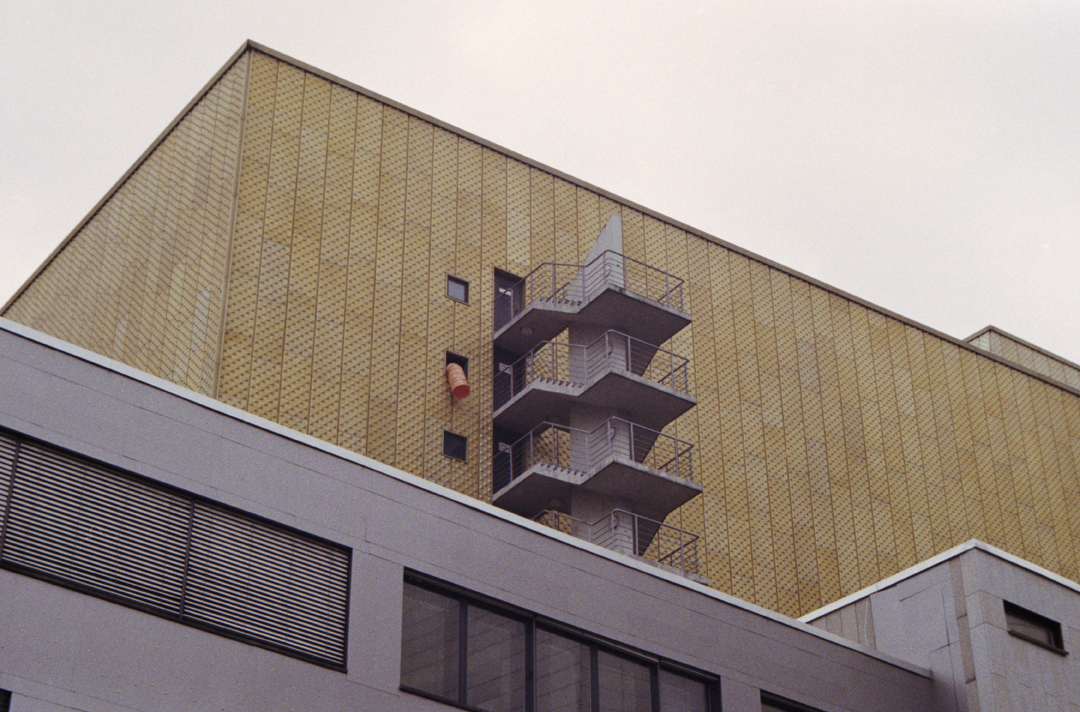
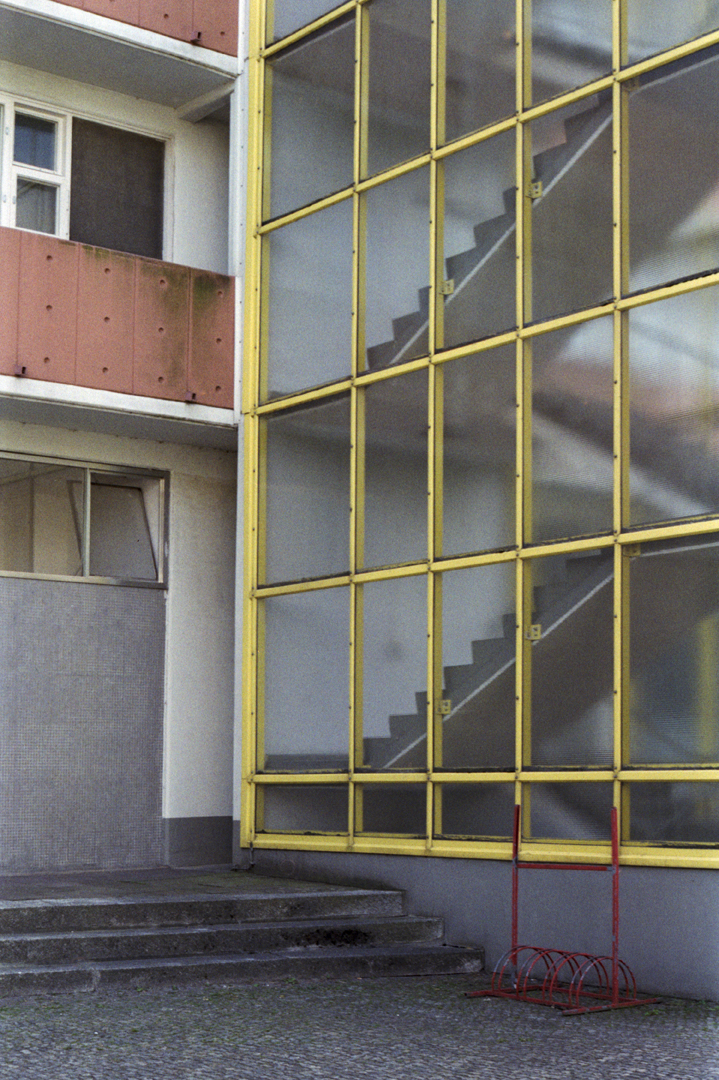
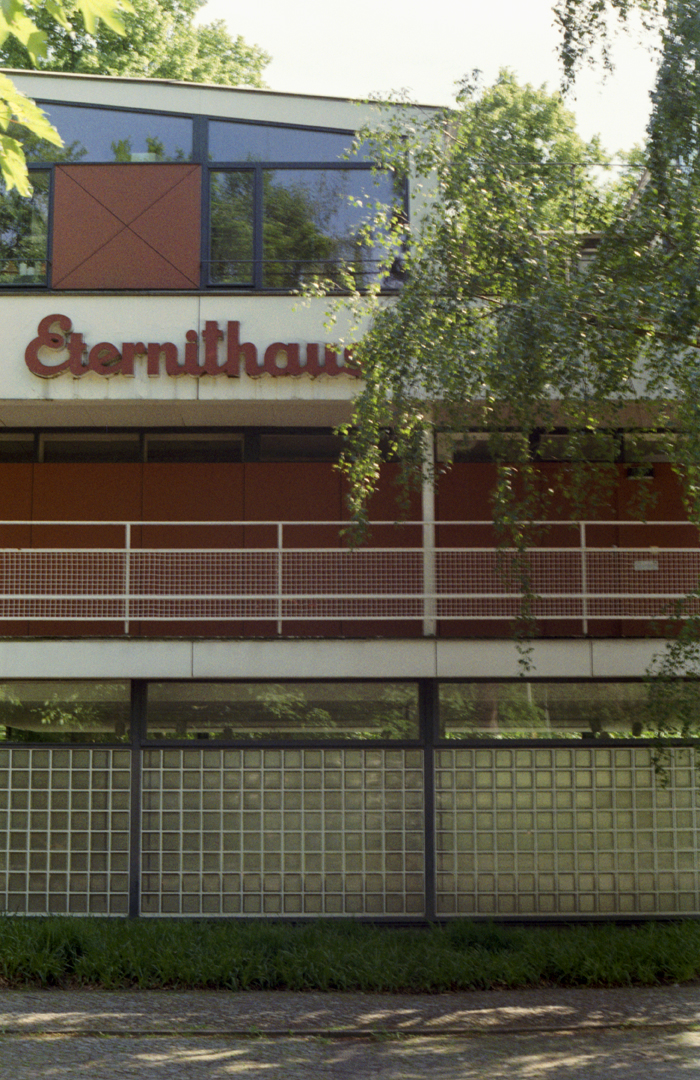
2017
valencia
shot on disposable

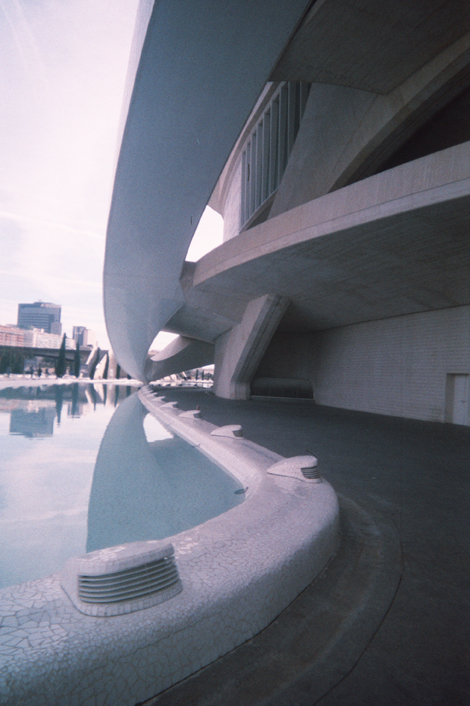
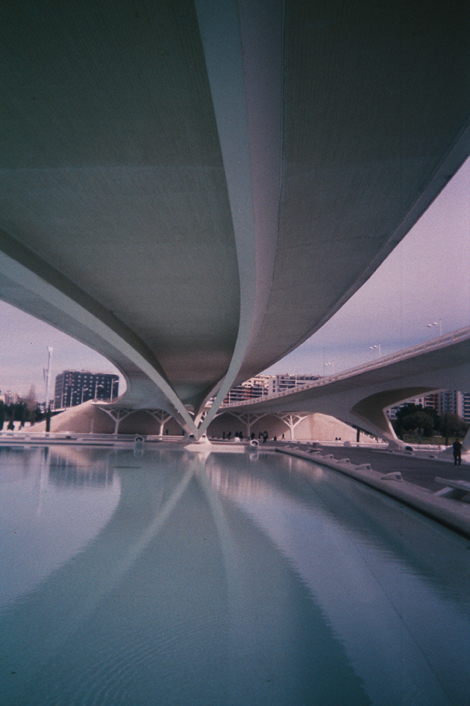
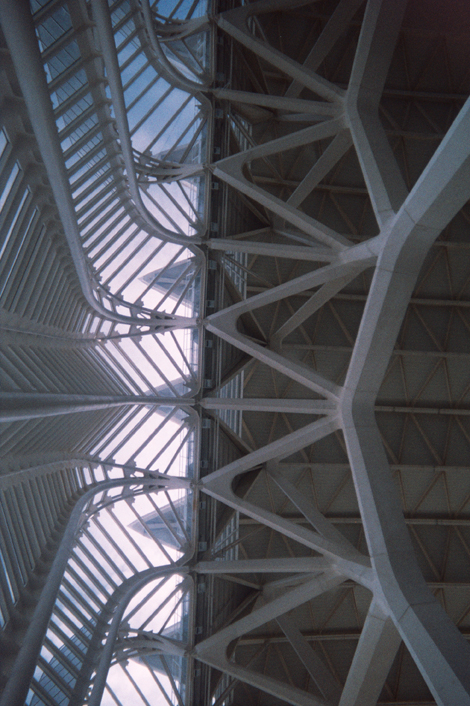
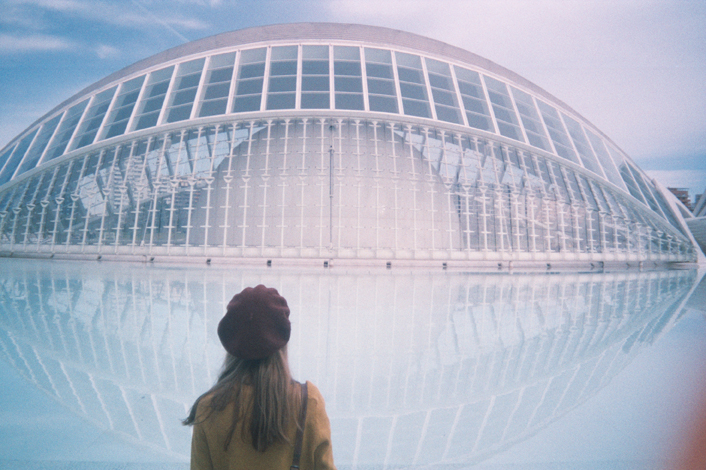

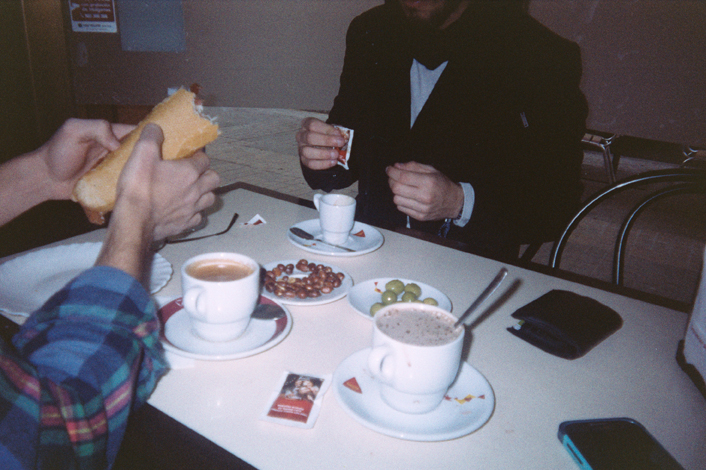
5. commissions

2024
saviour or symptom
shoot for dezeen alongside text by ann dingli
full photo story published here



2024
the myth of abundance
shoot for ap valletta at the design mt expo

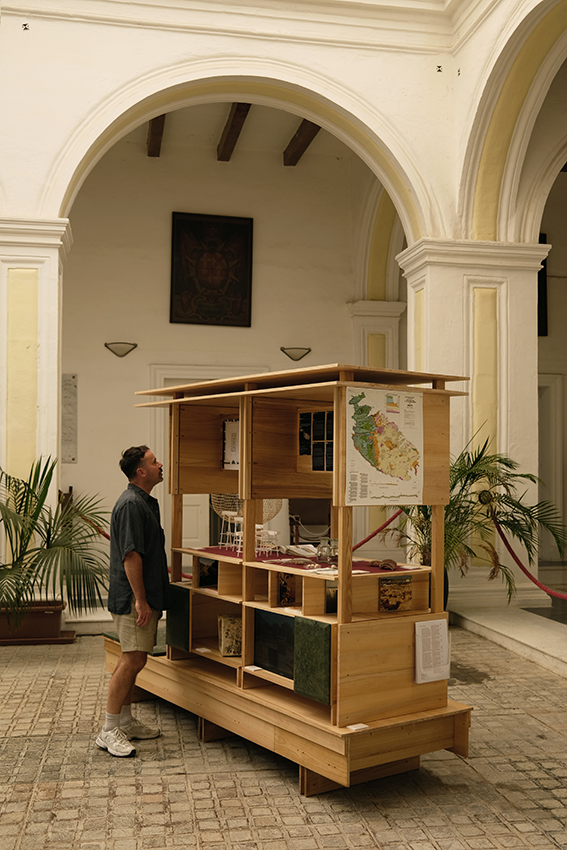
the 'cabinet of curiosity' is used as a framework to explore the theme of water scarcity and artificial abundance in malta

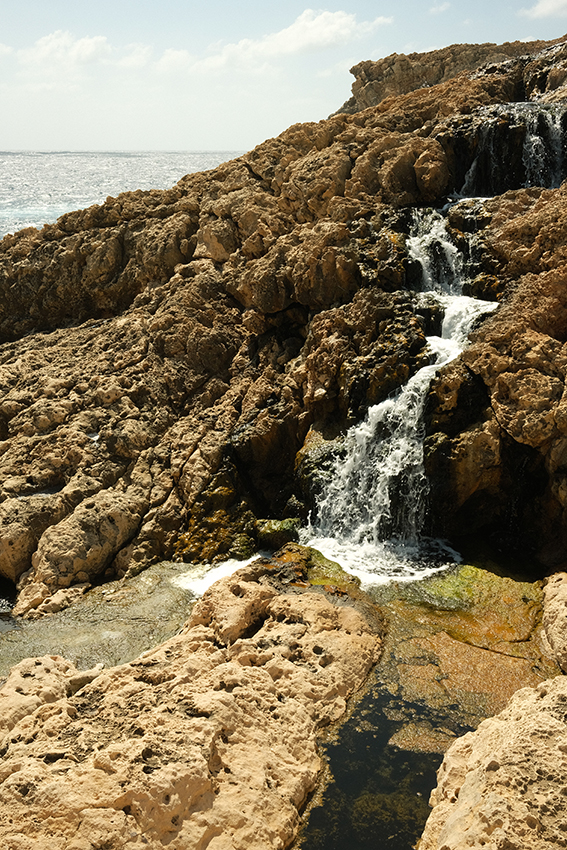
collecting artefacts & specimens from around the maltese coastline
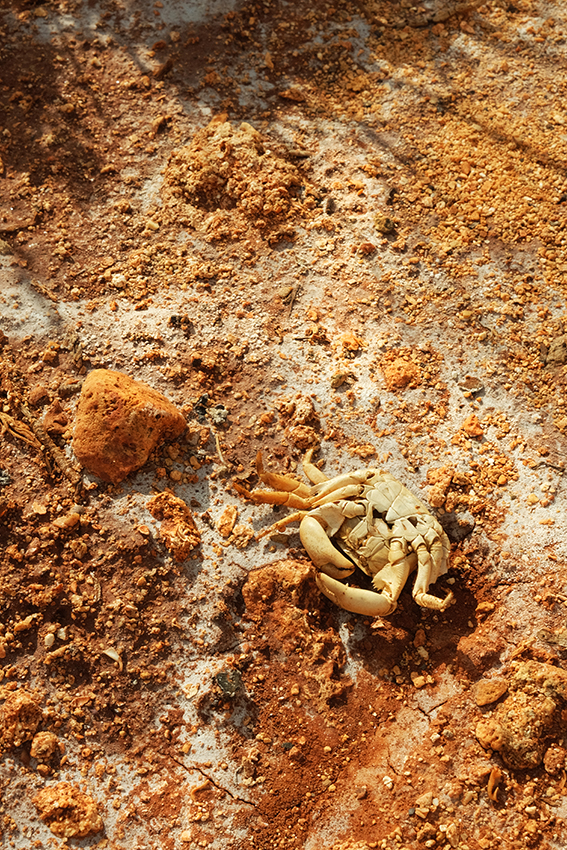
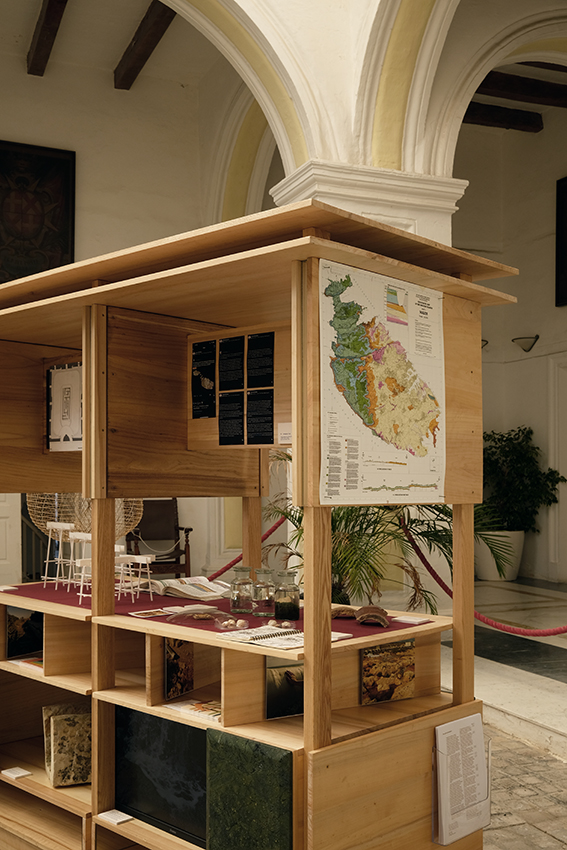
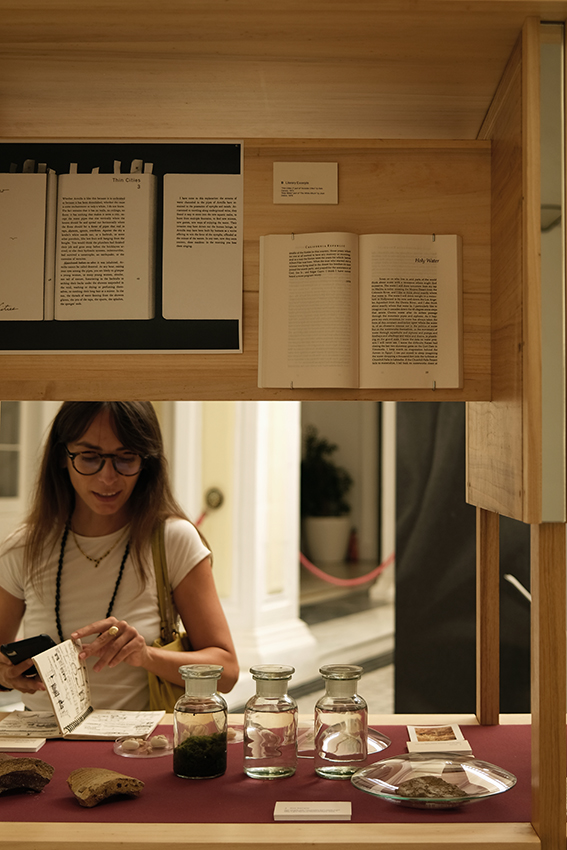

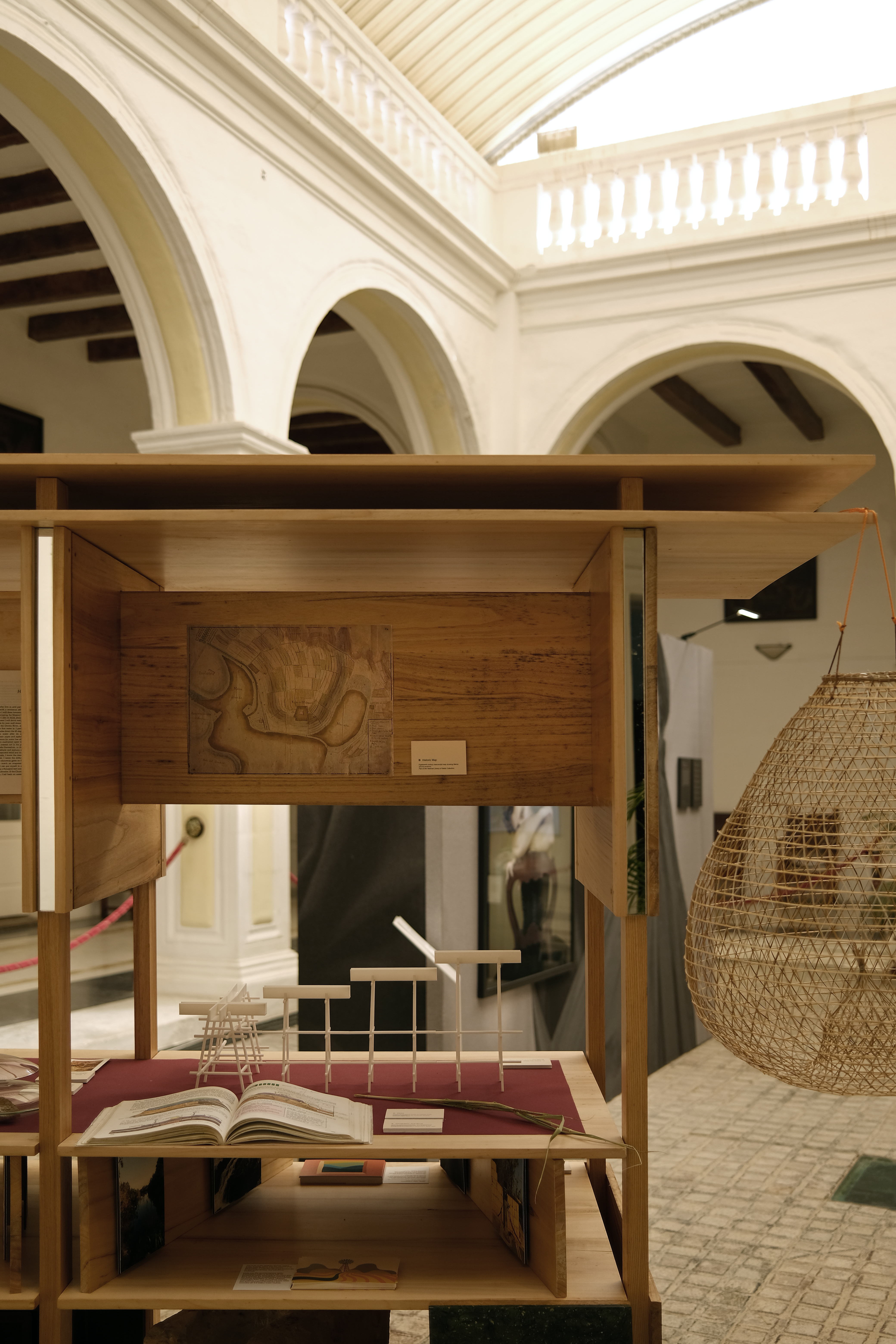

2024
she sells sea shells
shoot for amori mori
a mother-daughter team from spain crafting handmade jewellery pieces
2024
poolside shoot
shoot for da/da studio

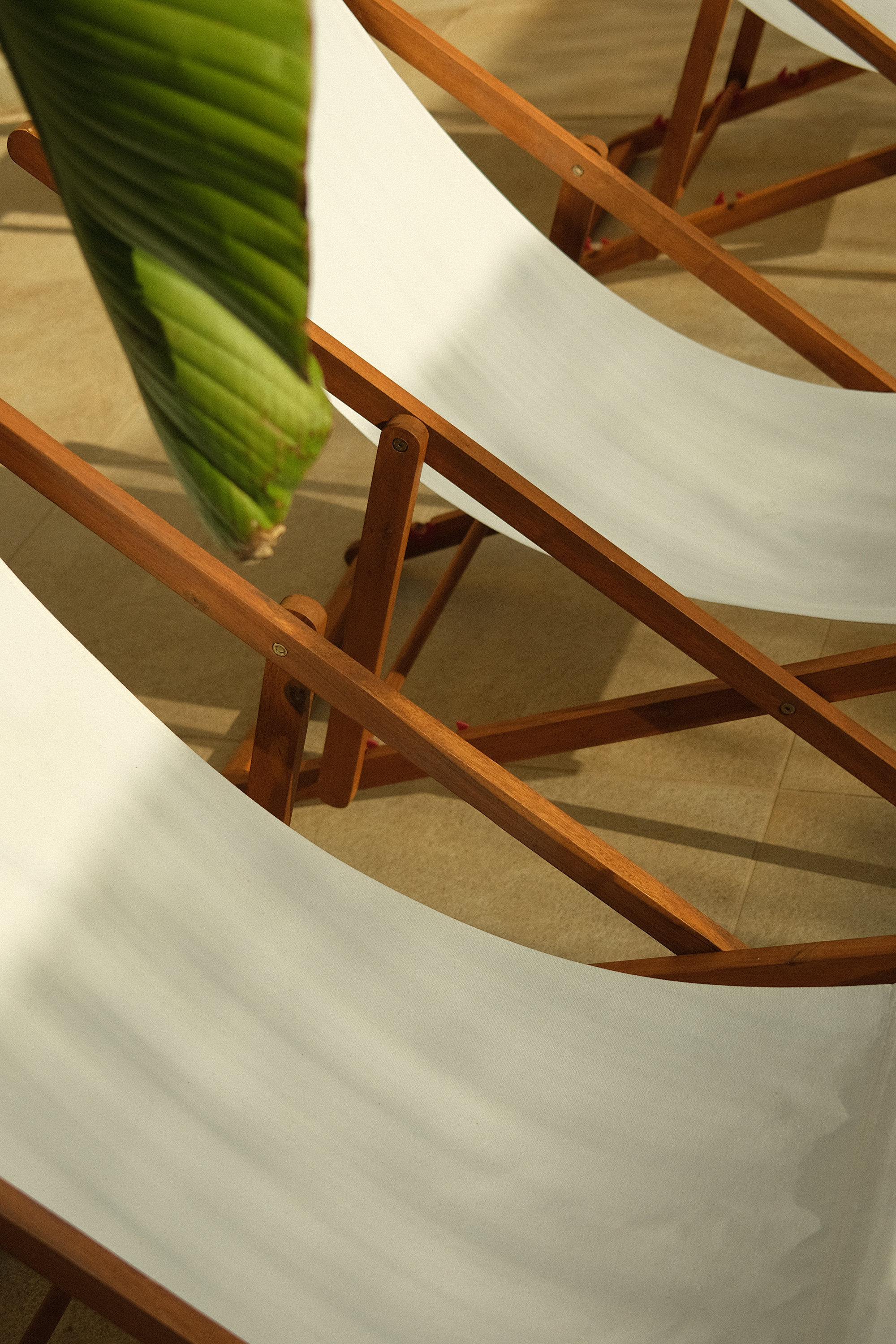
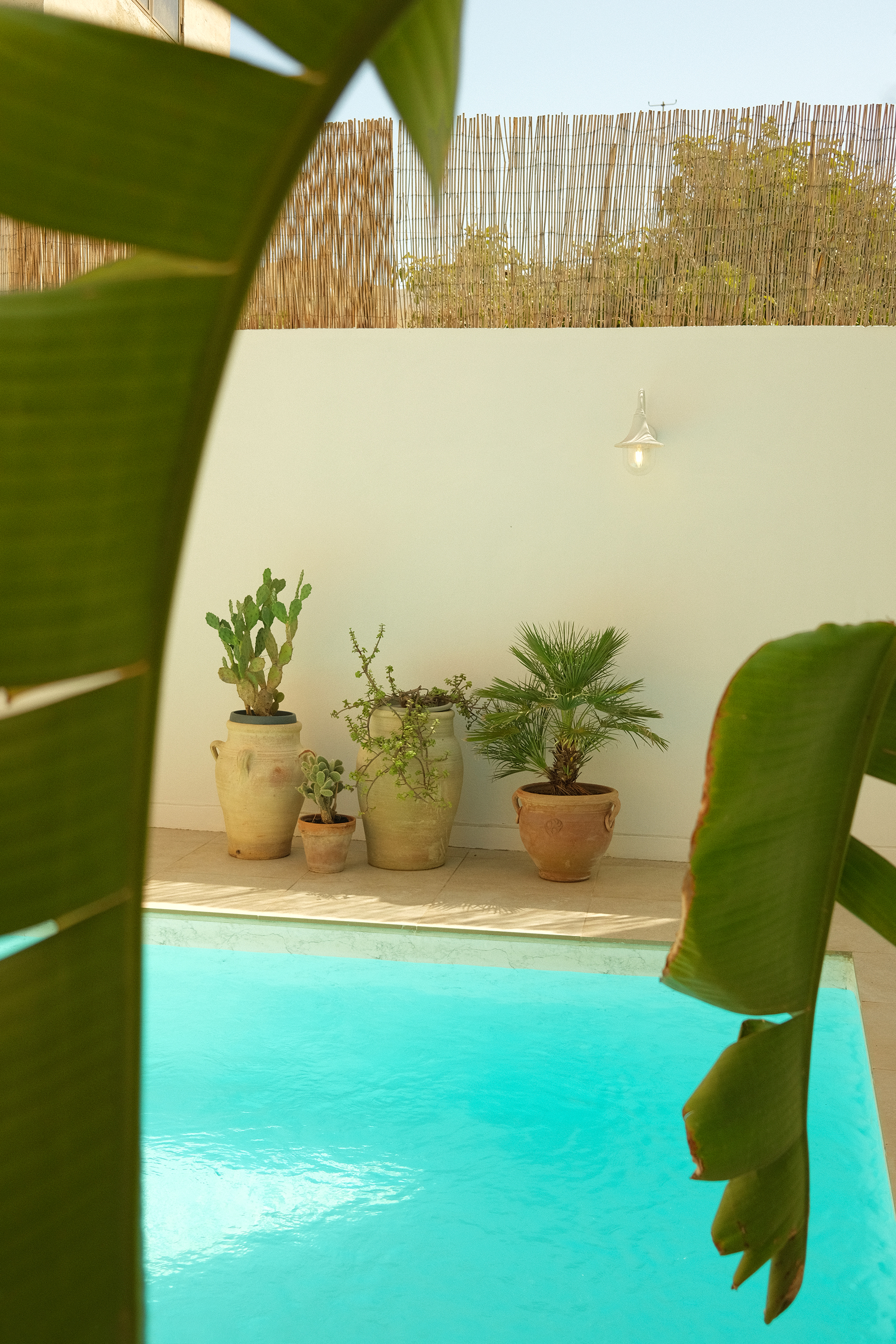

2024
qolla / arzella / kresta
3d printed lamps inspired by coastal geological formations
commission for sforma studio by clara azzopardi

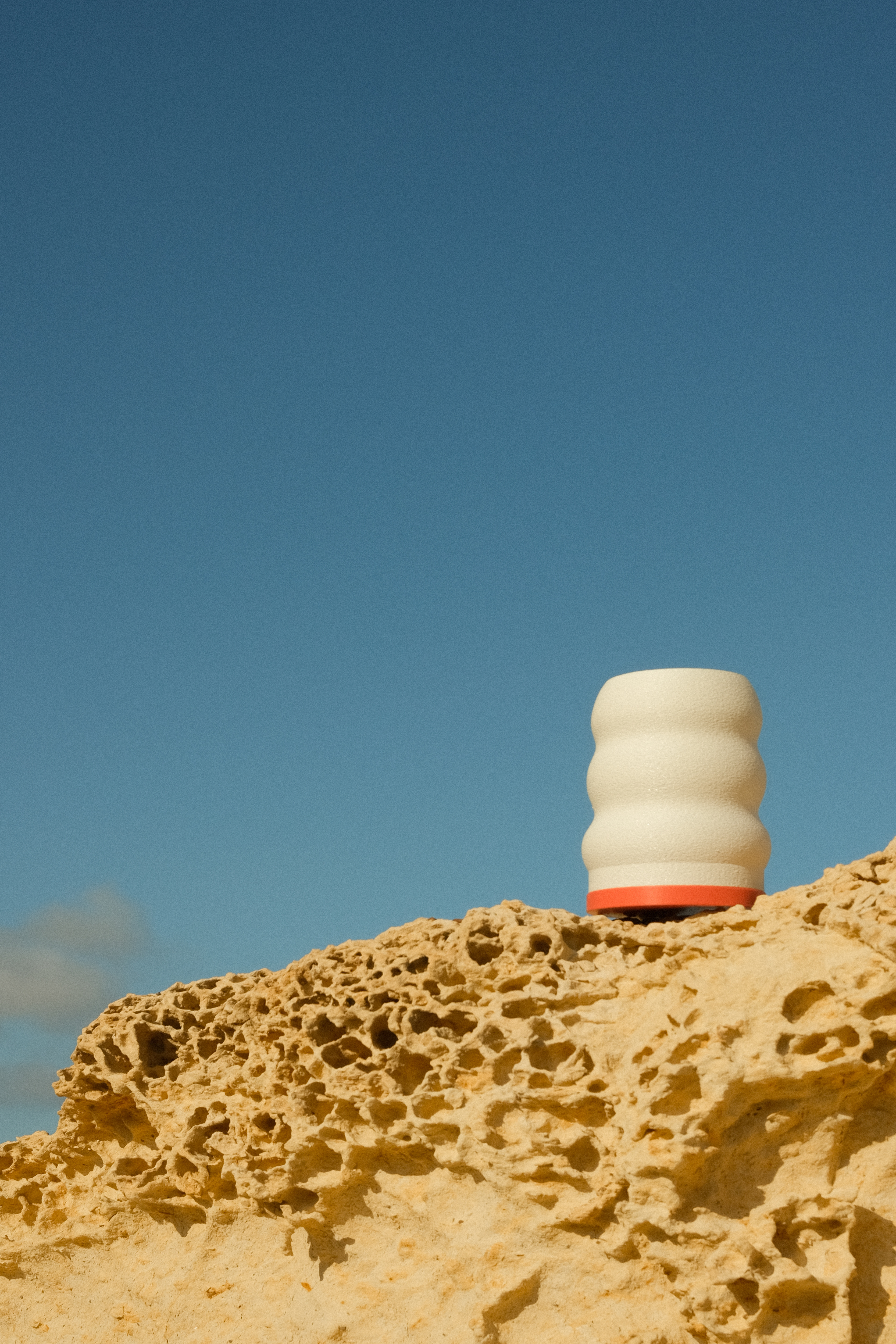

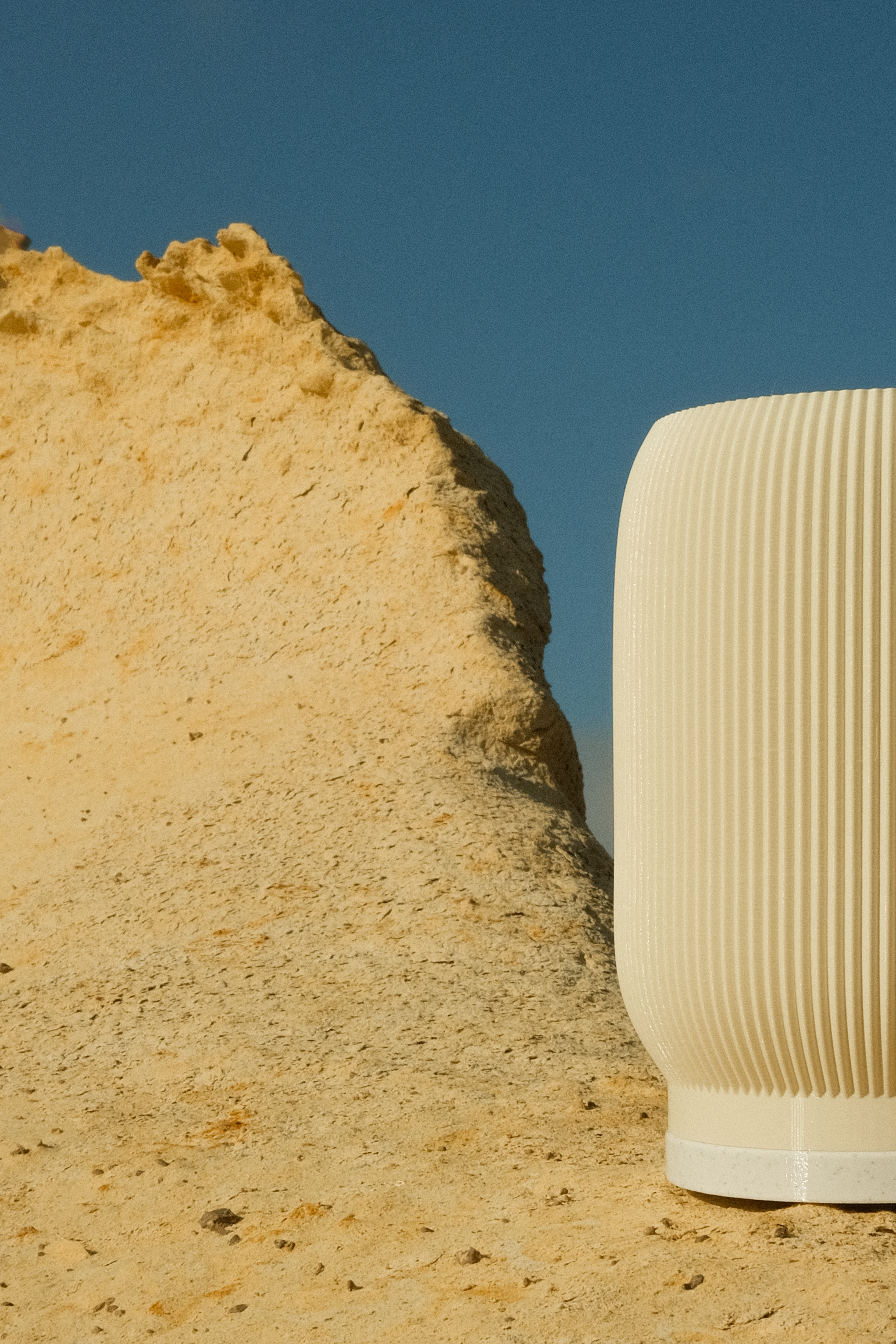

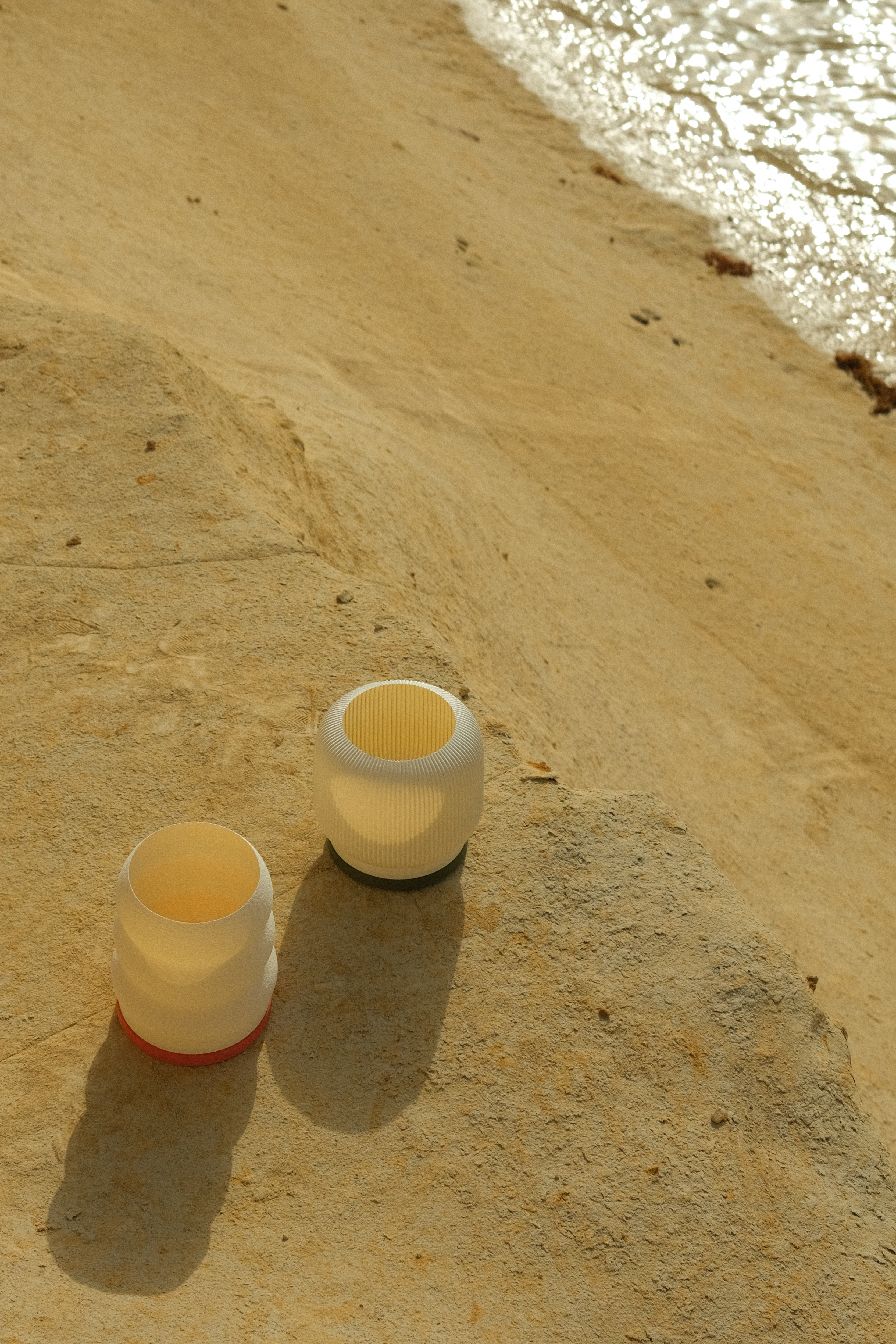
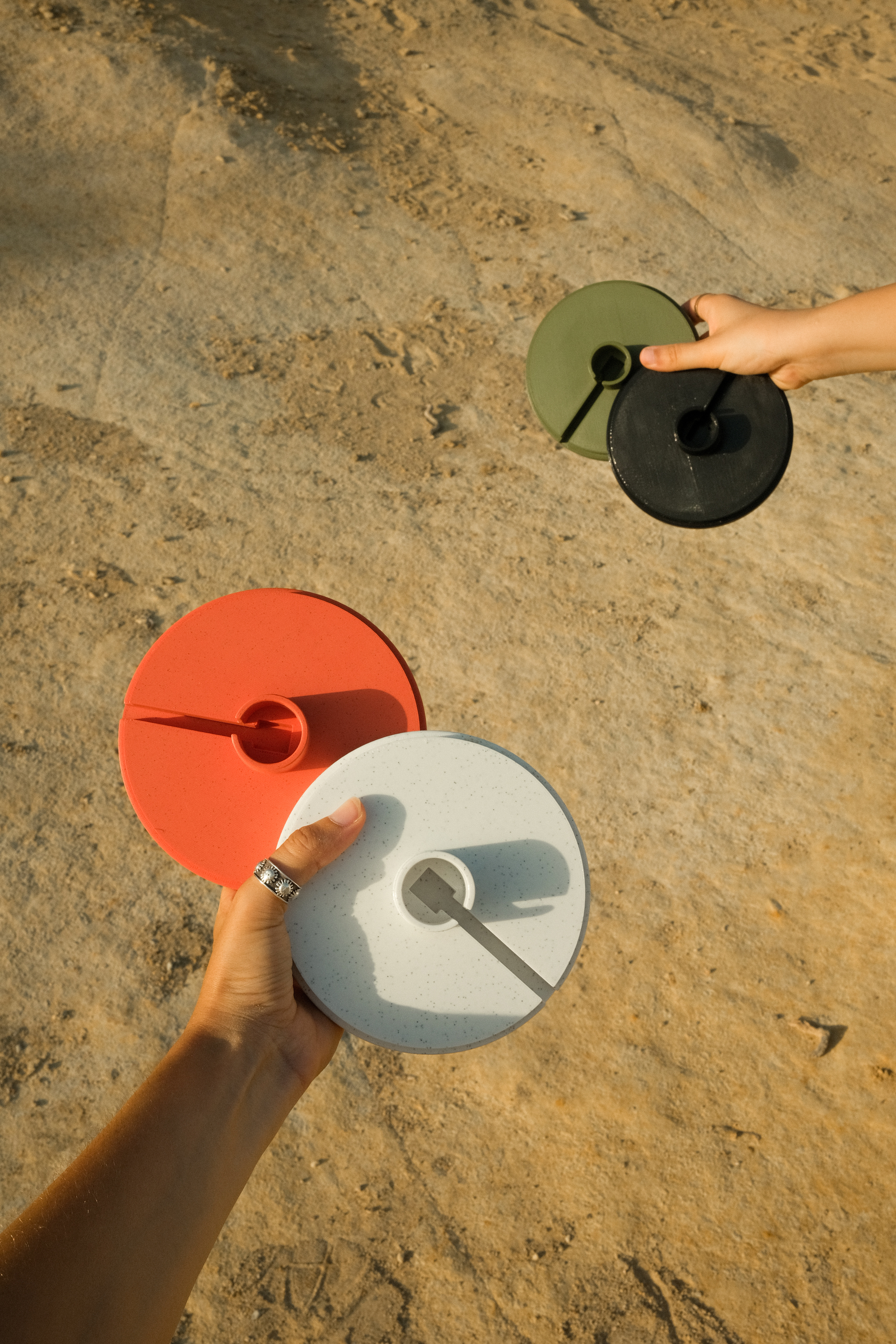
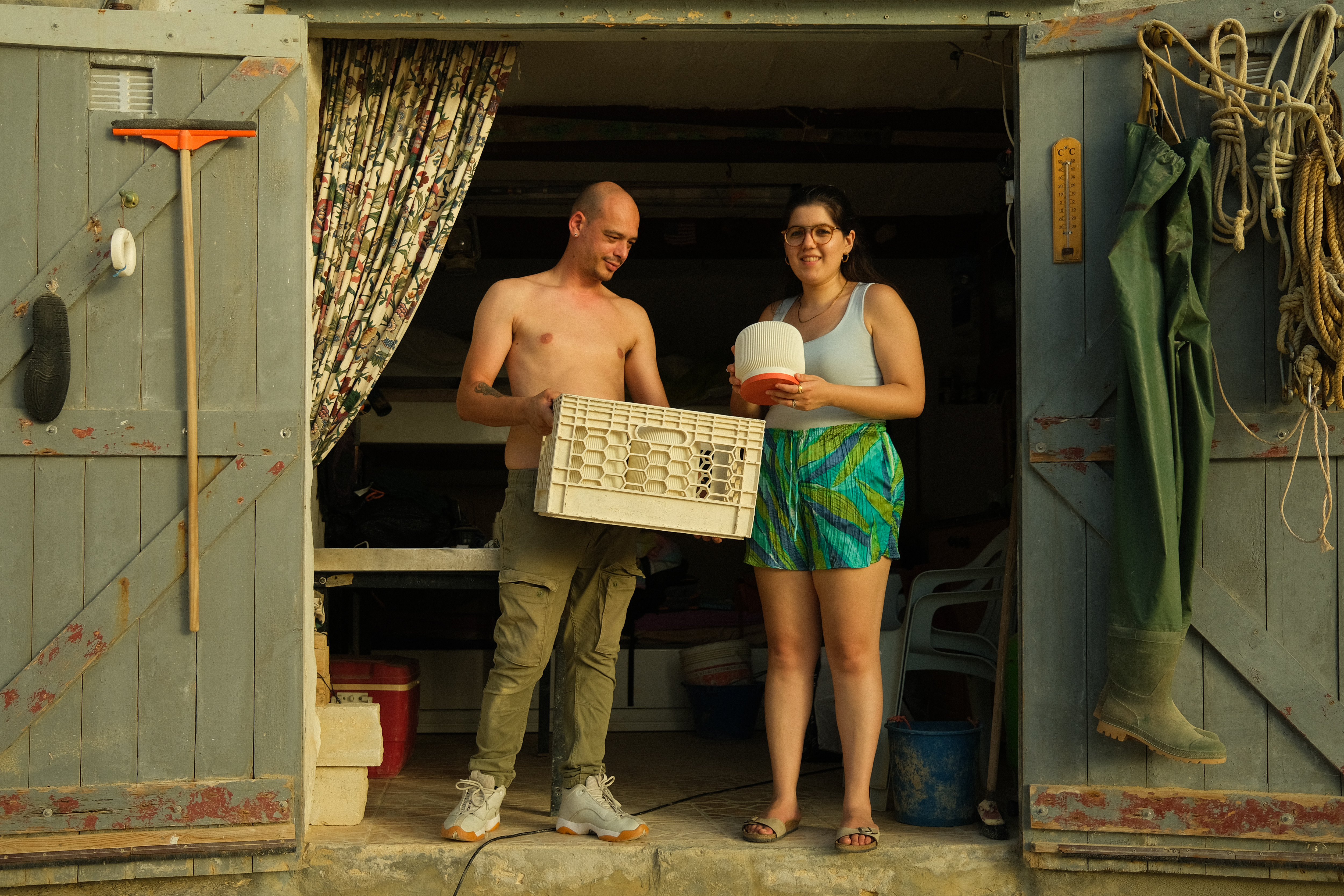

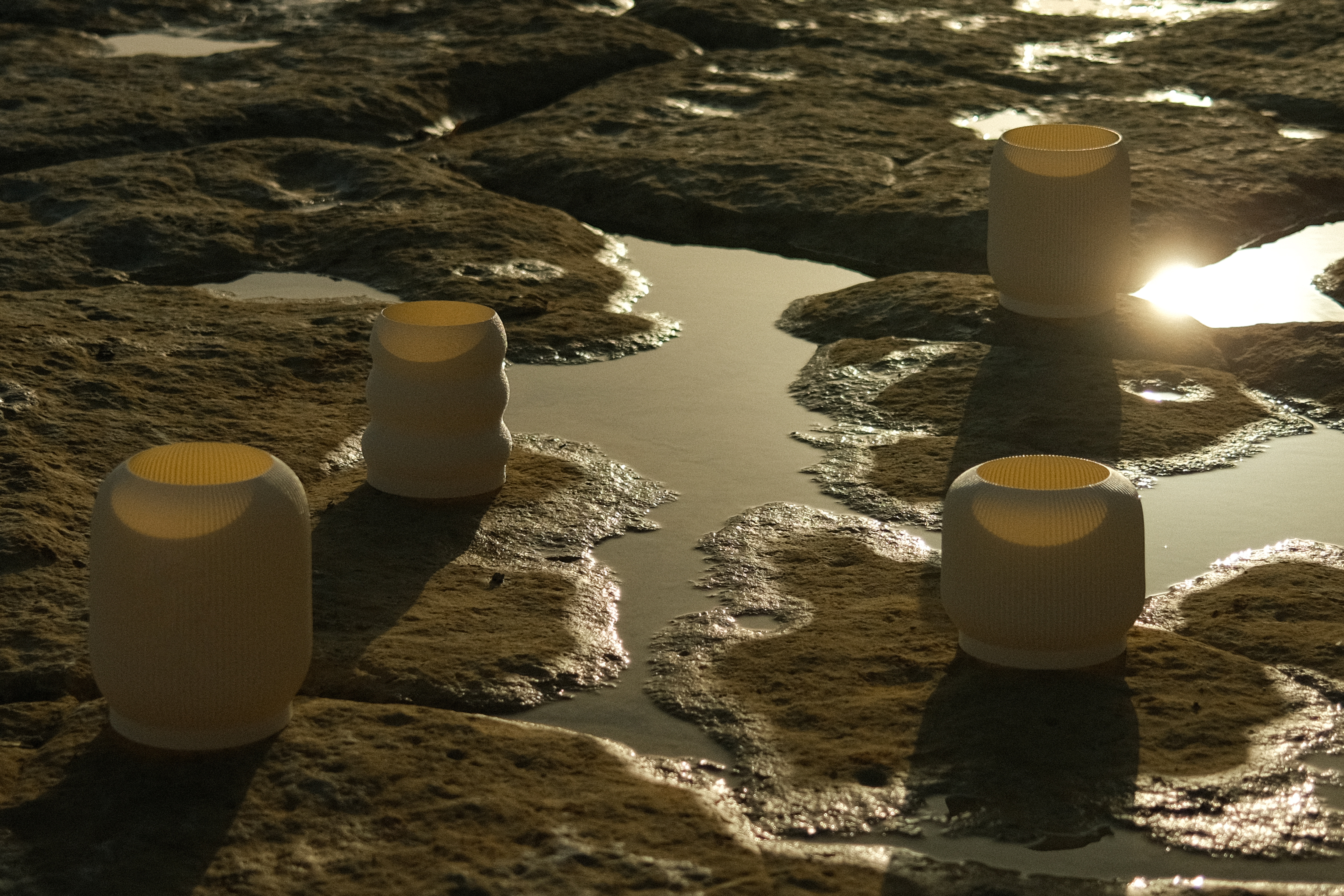


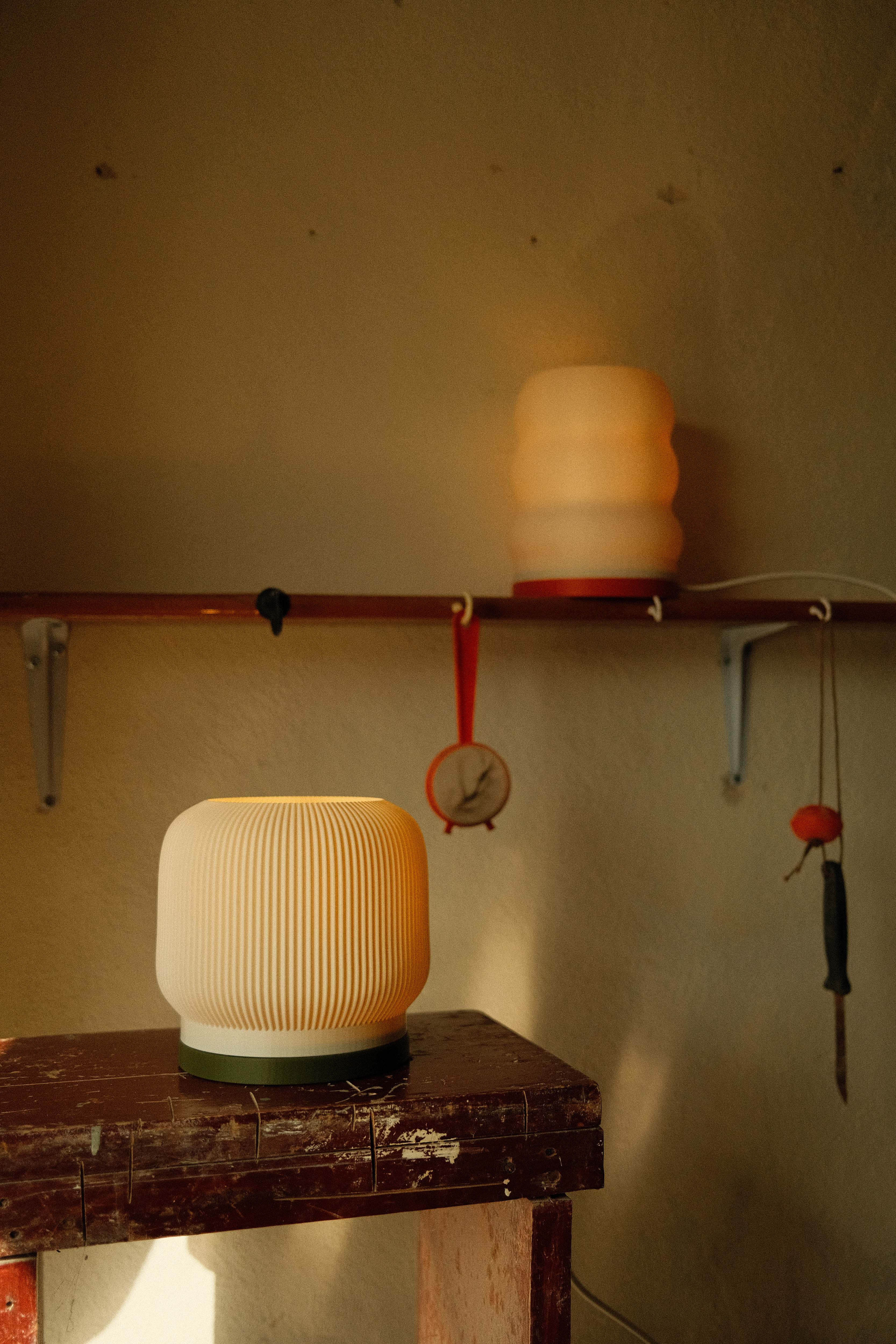



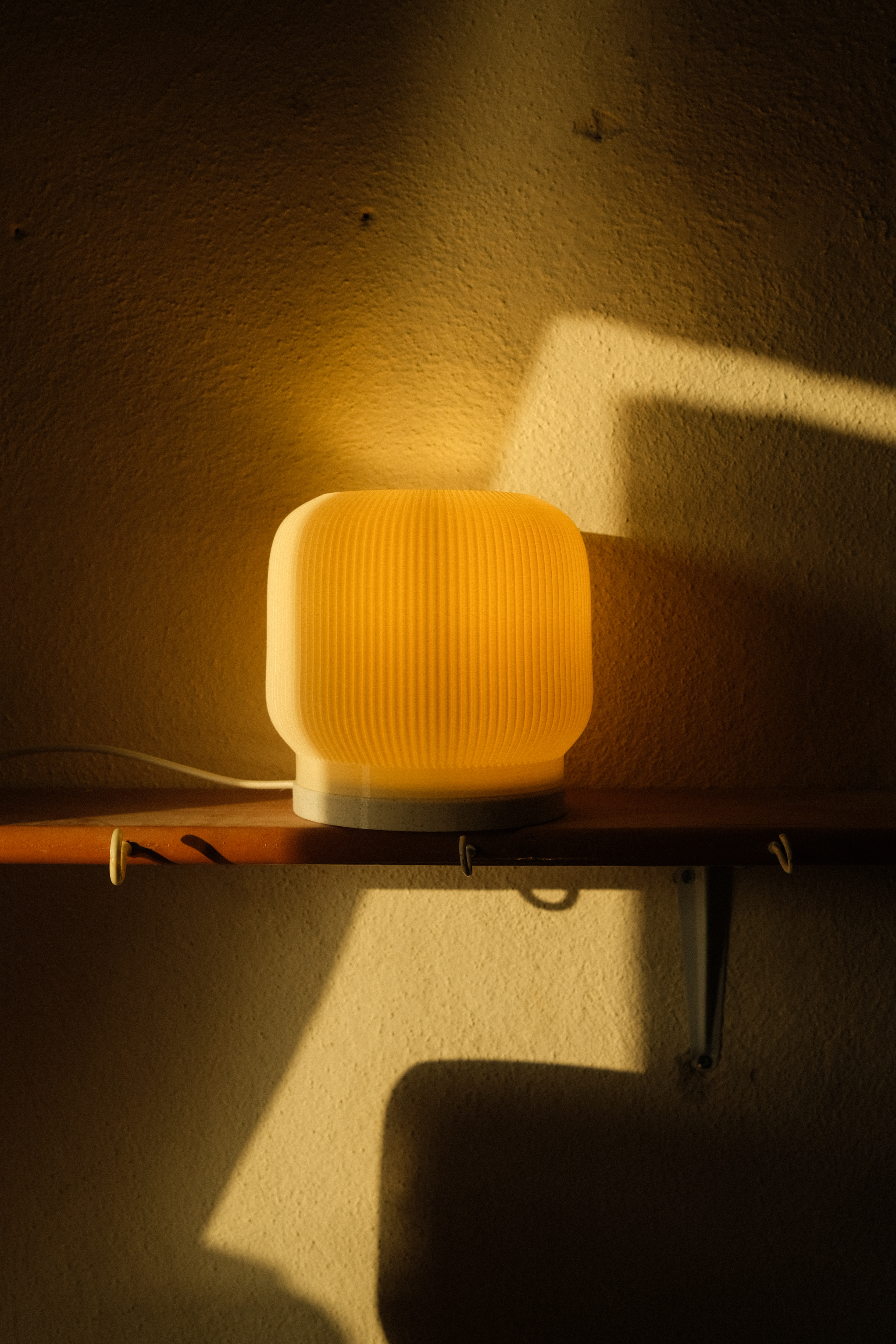
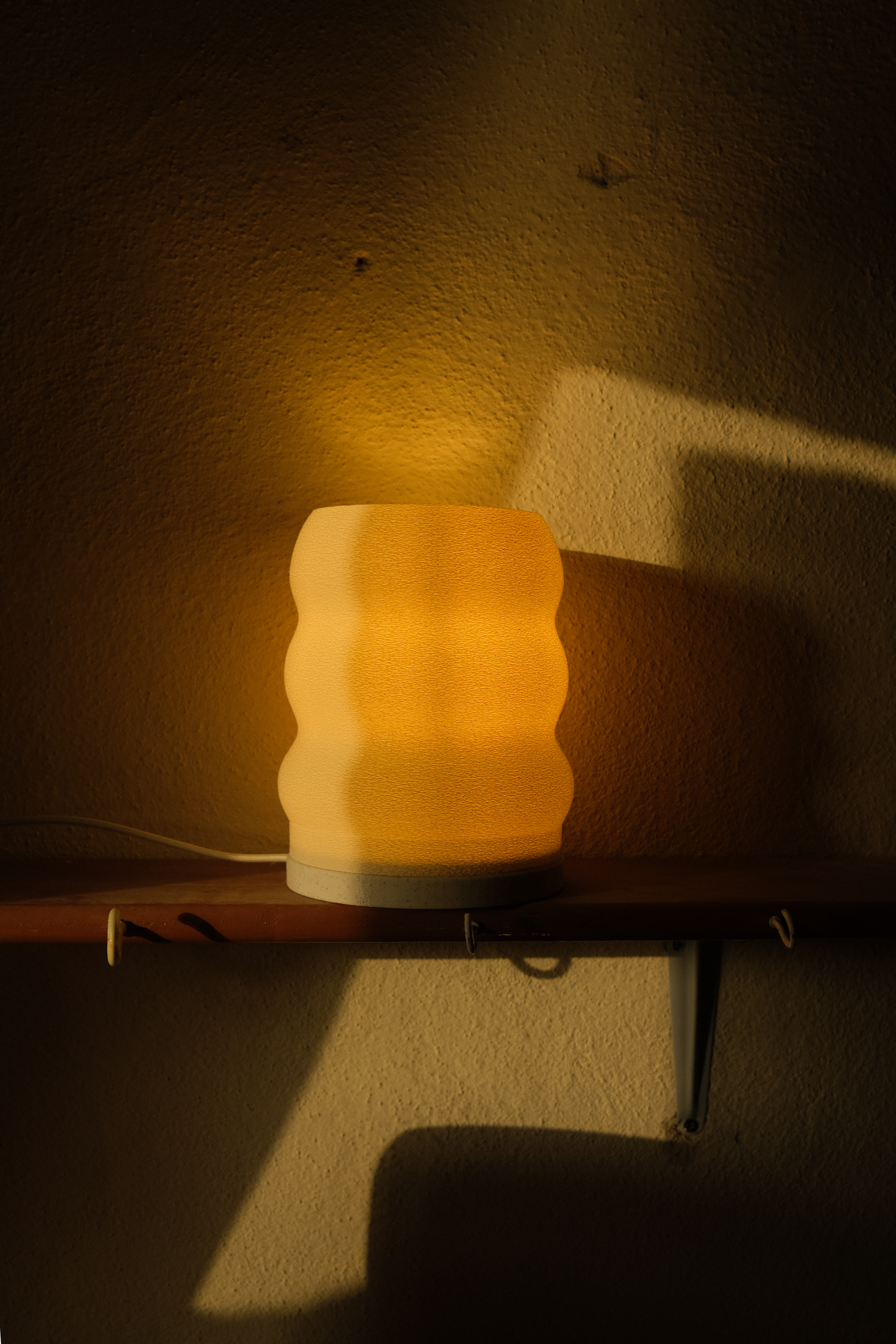

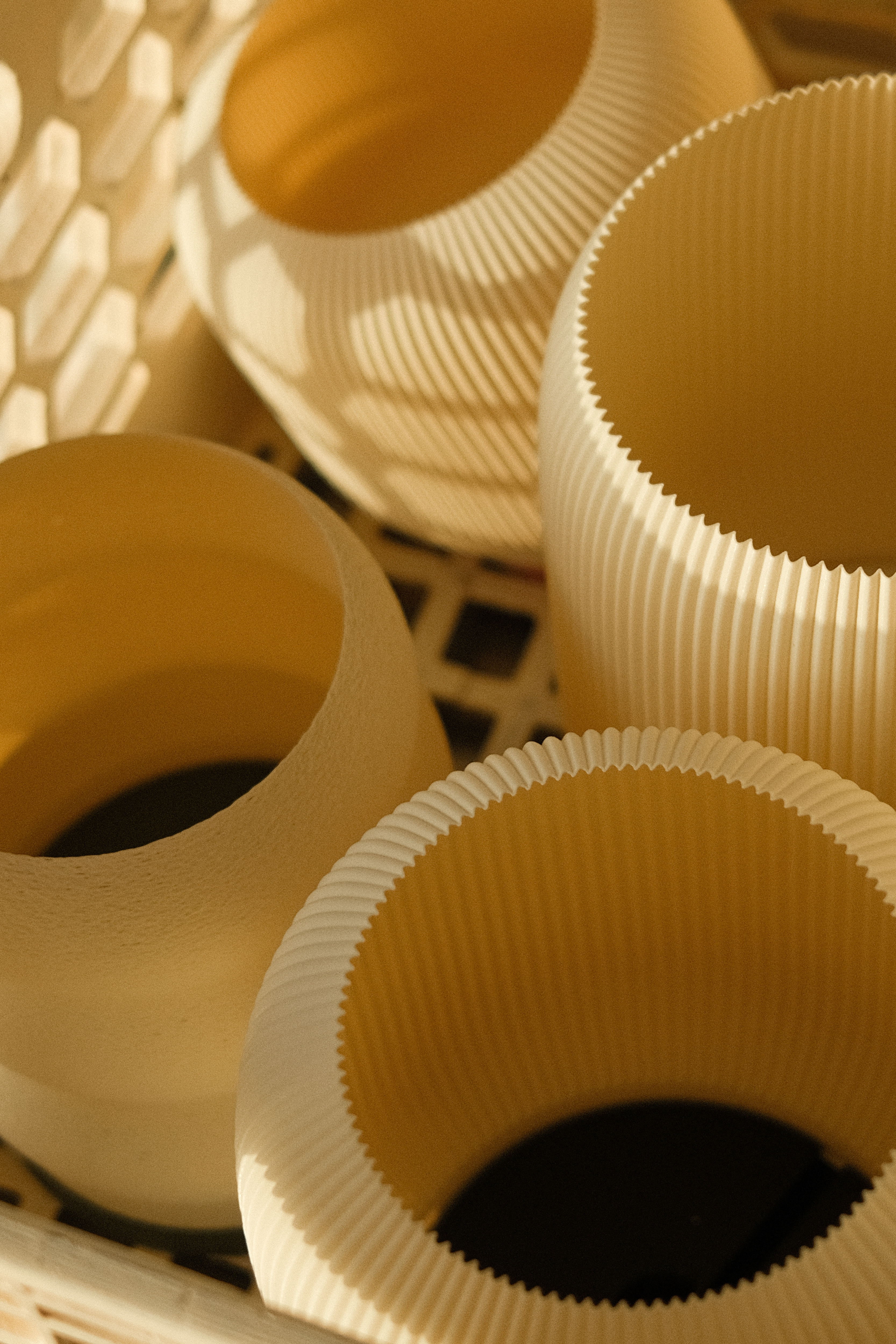
2024
an eternal holiday
handmade ceramics from portugal
commission for motel a miio
2024
trails in gold
jewellery inspired by island-life
commission for swedish jewellery brand bon isla
trails in gold i
trails in gold ii
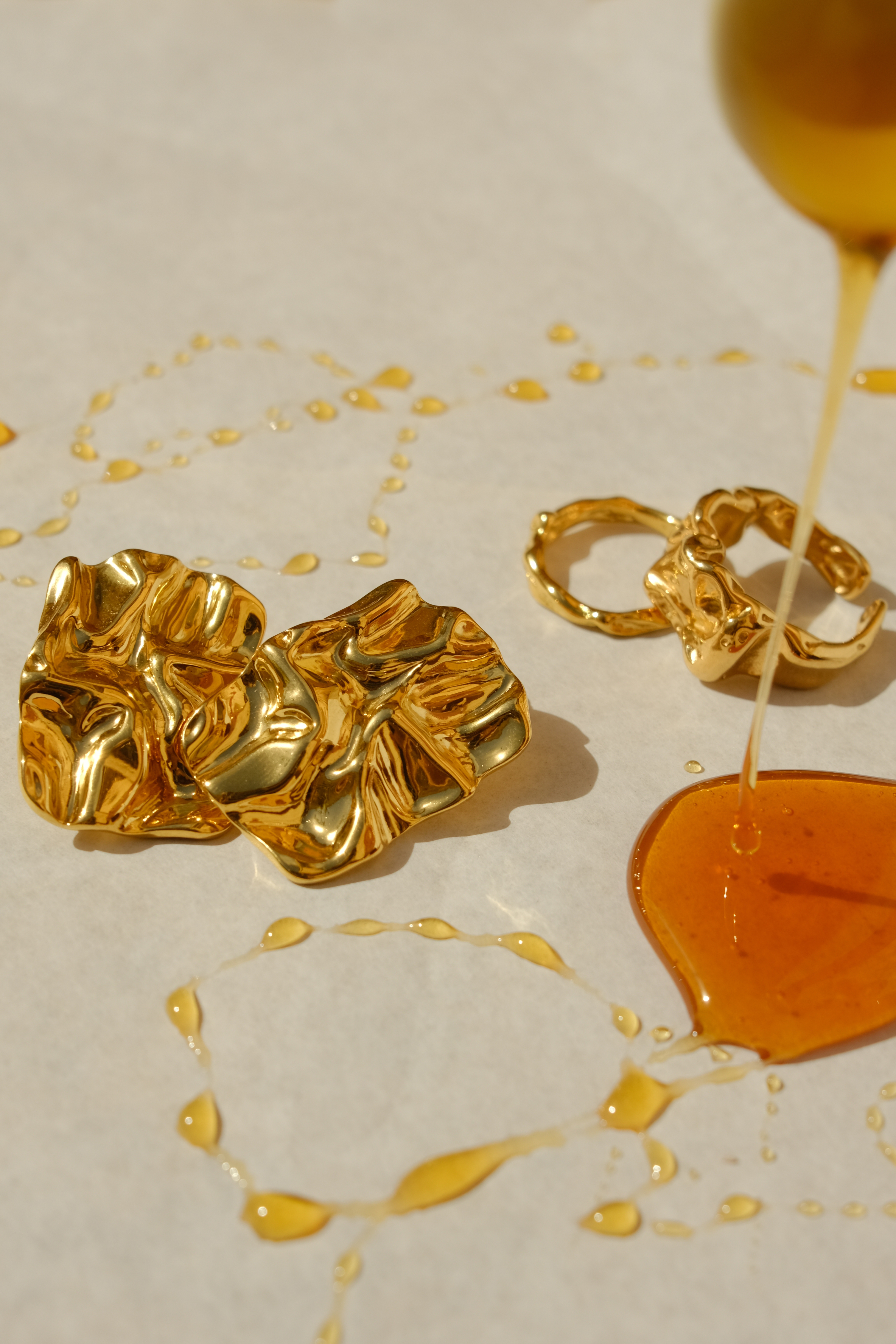
honey-drizzled gold
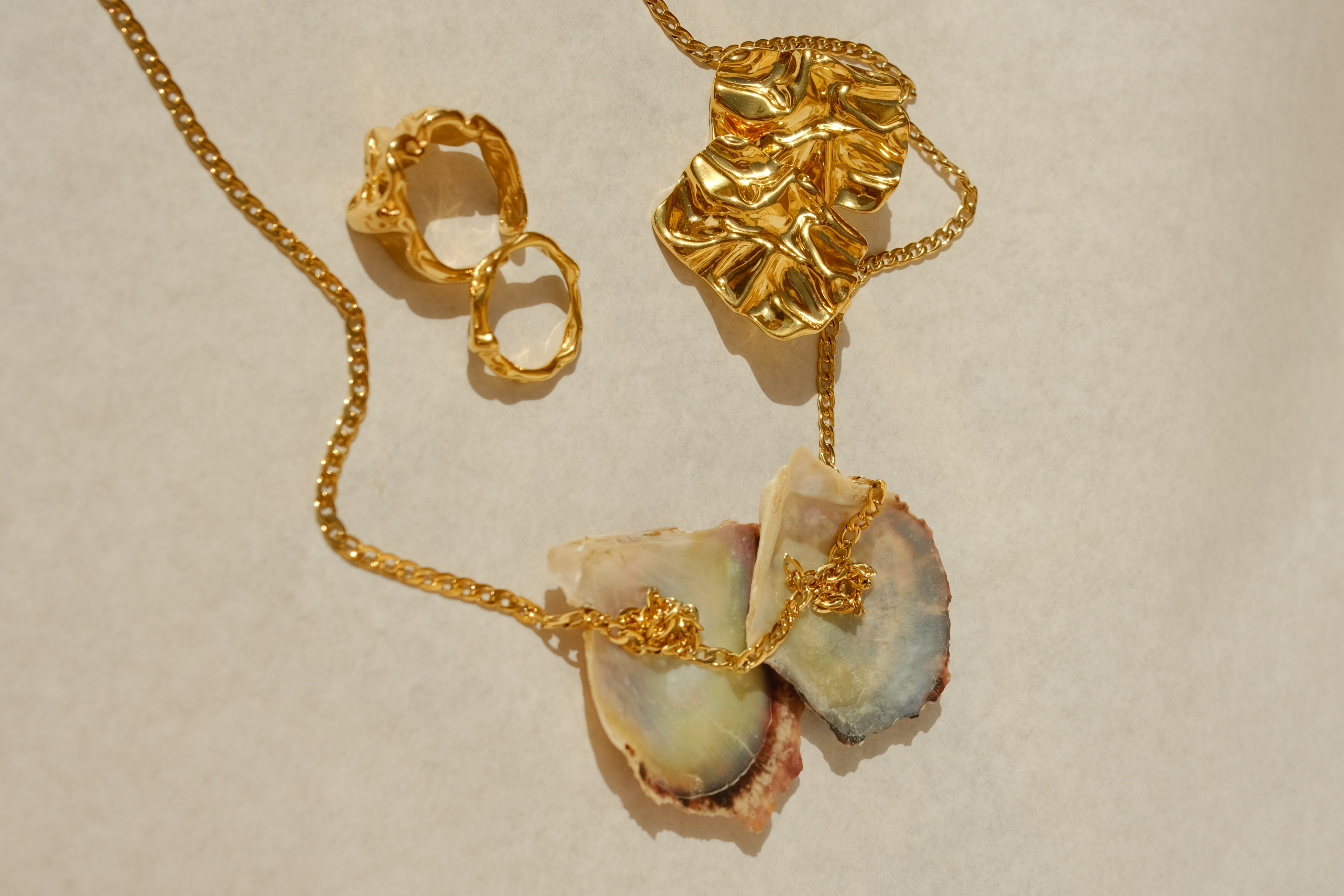
nodes on a reed like rings on a finger
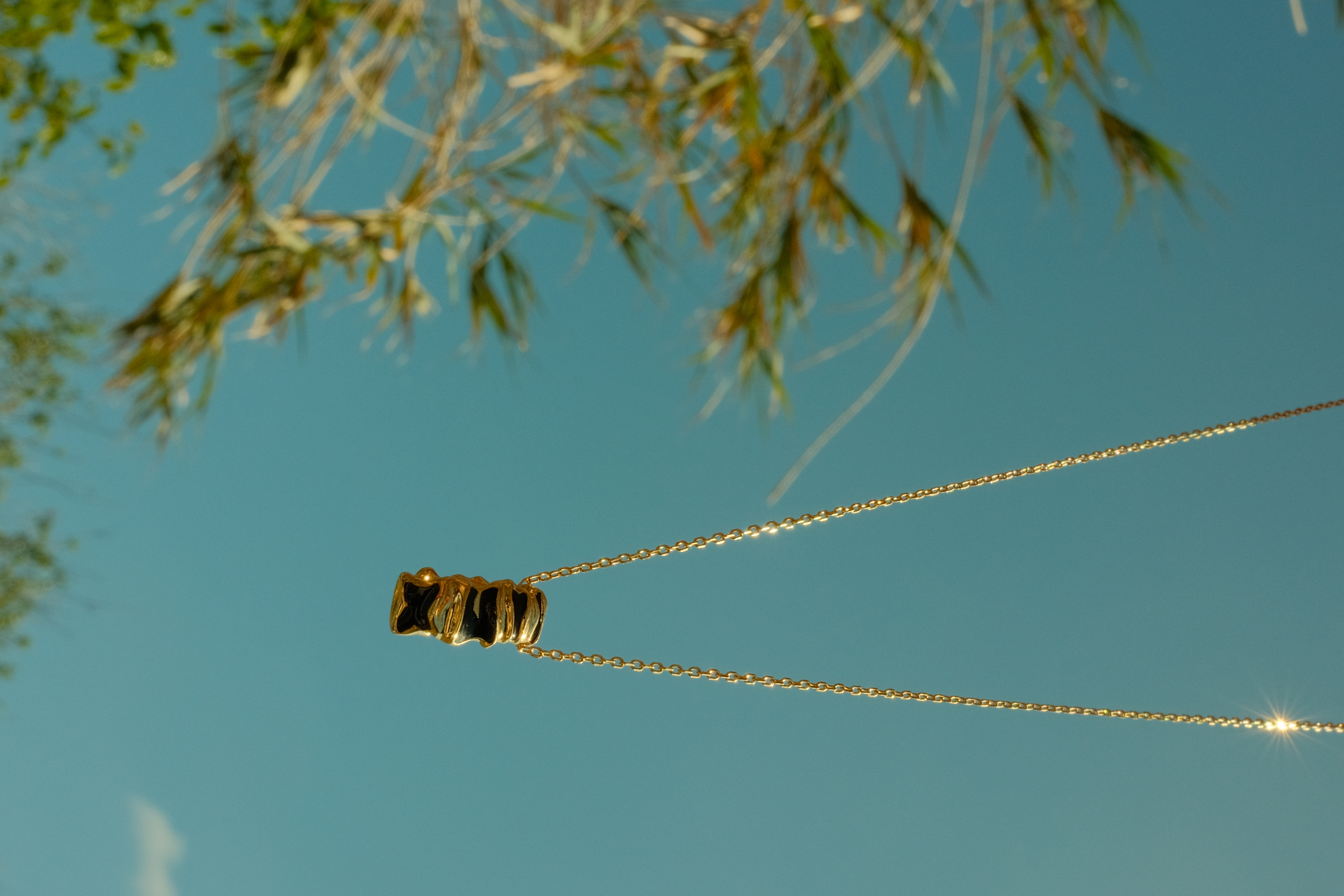
2024
of places yet to be
casa fortuna & its becoming
commission for daniel xuereb
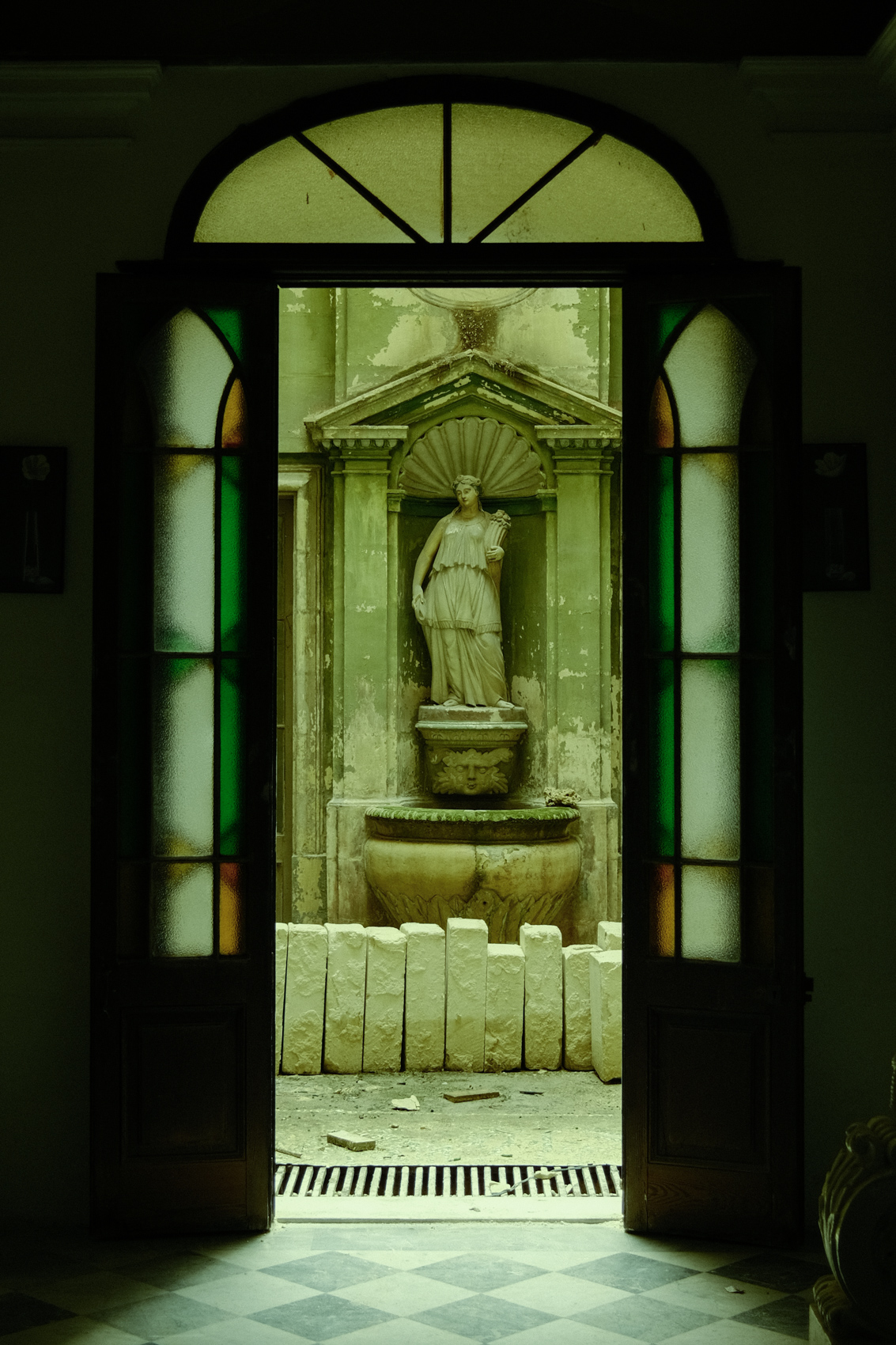

portrait of a house & the person behind it
“
O Fortuna,like the moon
you are changeable,
ever waxing,
ever waning,
hateful life
first oppresses
and then soothes
as fancy takes it;
poverty
and power
it melts them like ice
”
- from the Carmina Burana, 13th century
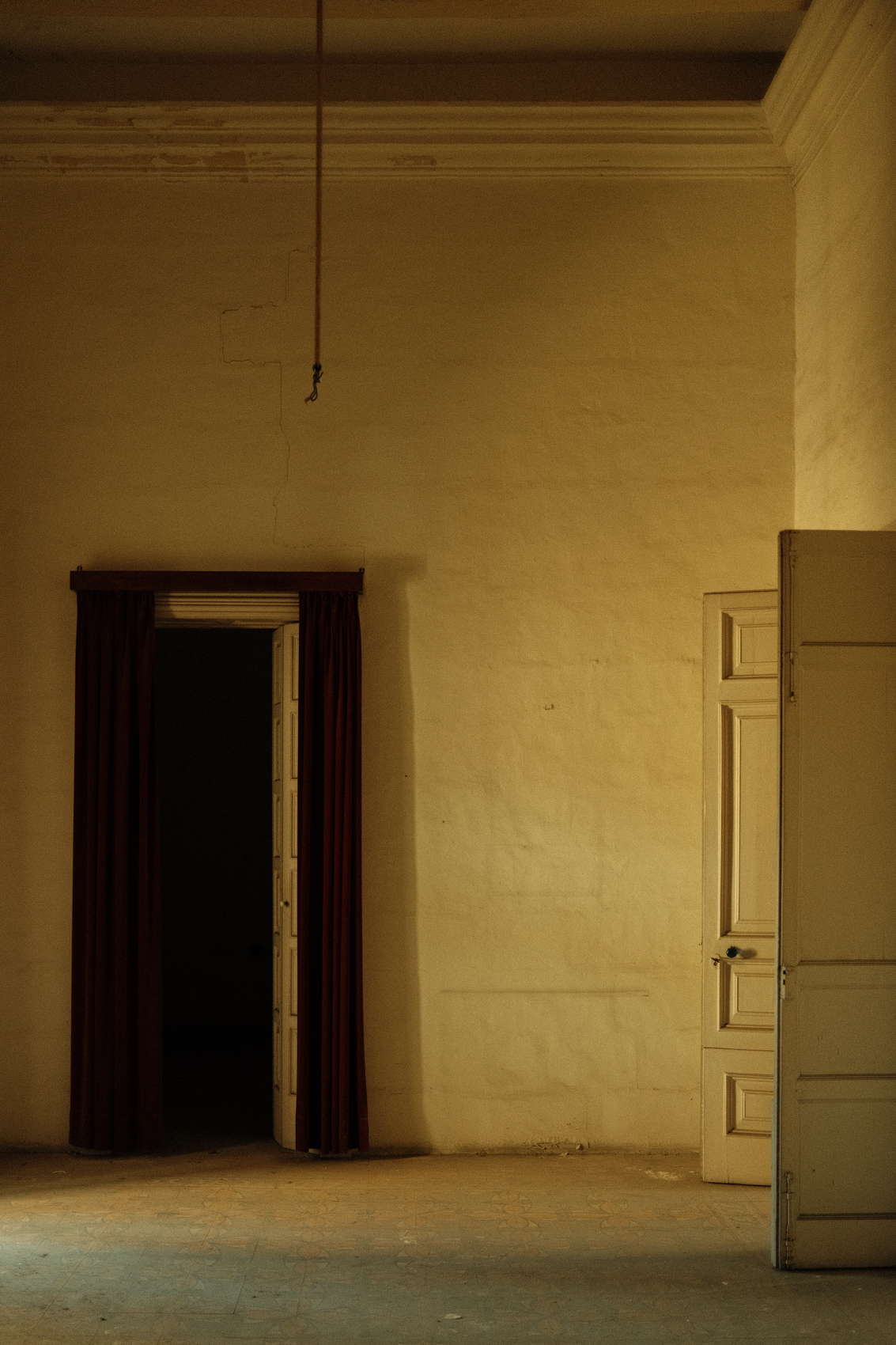

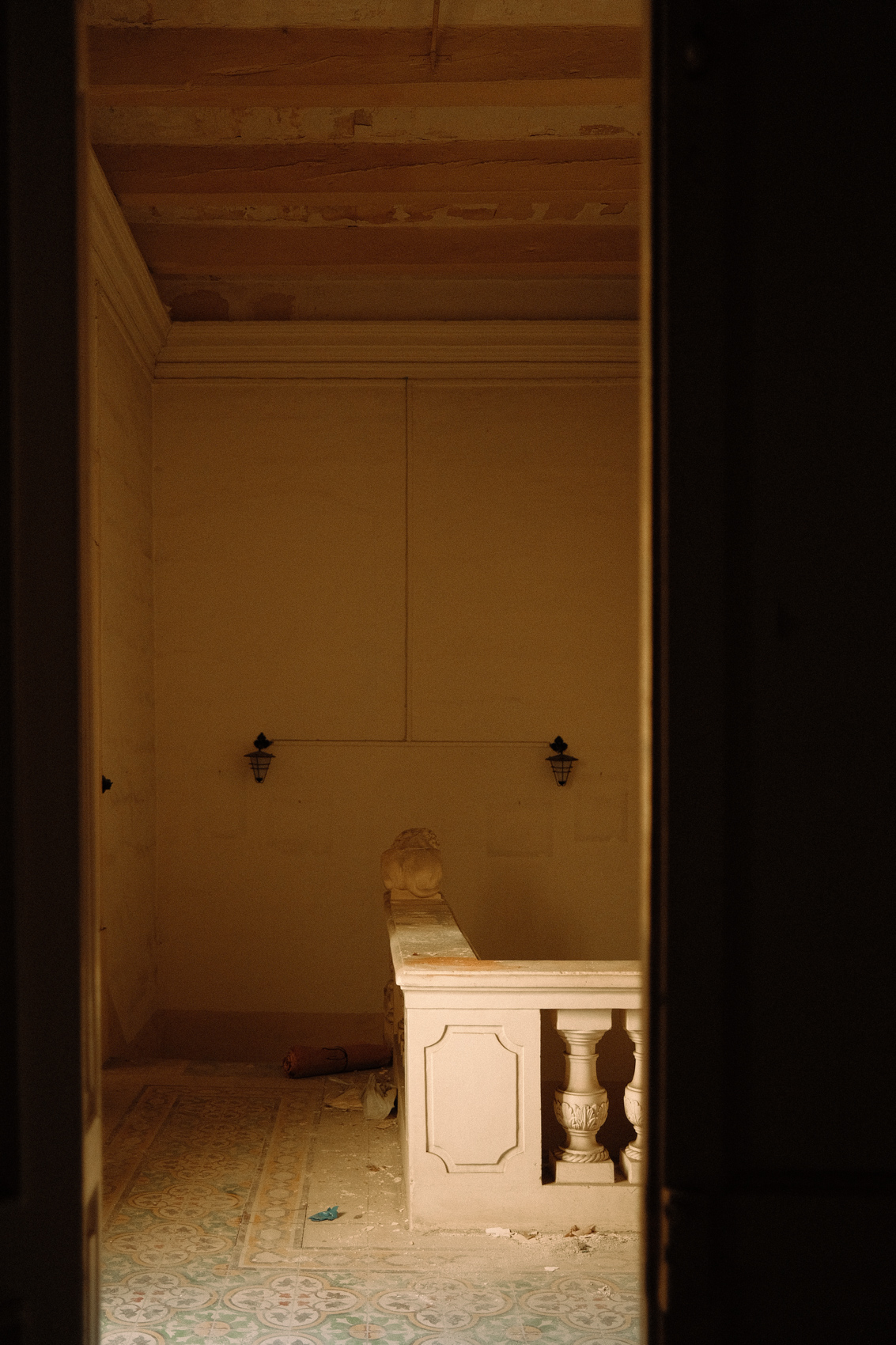

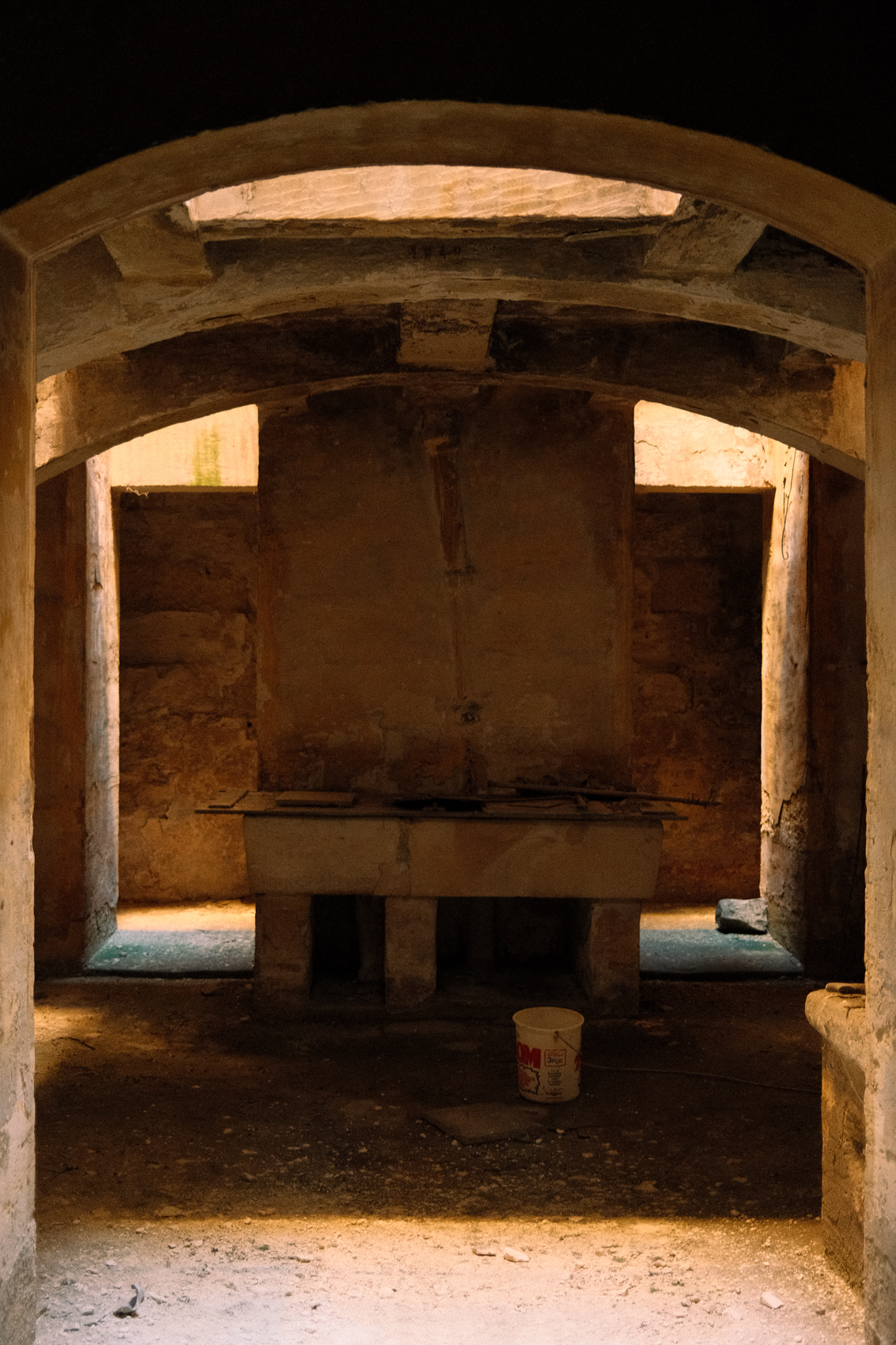
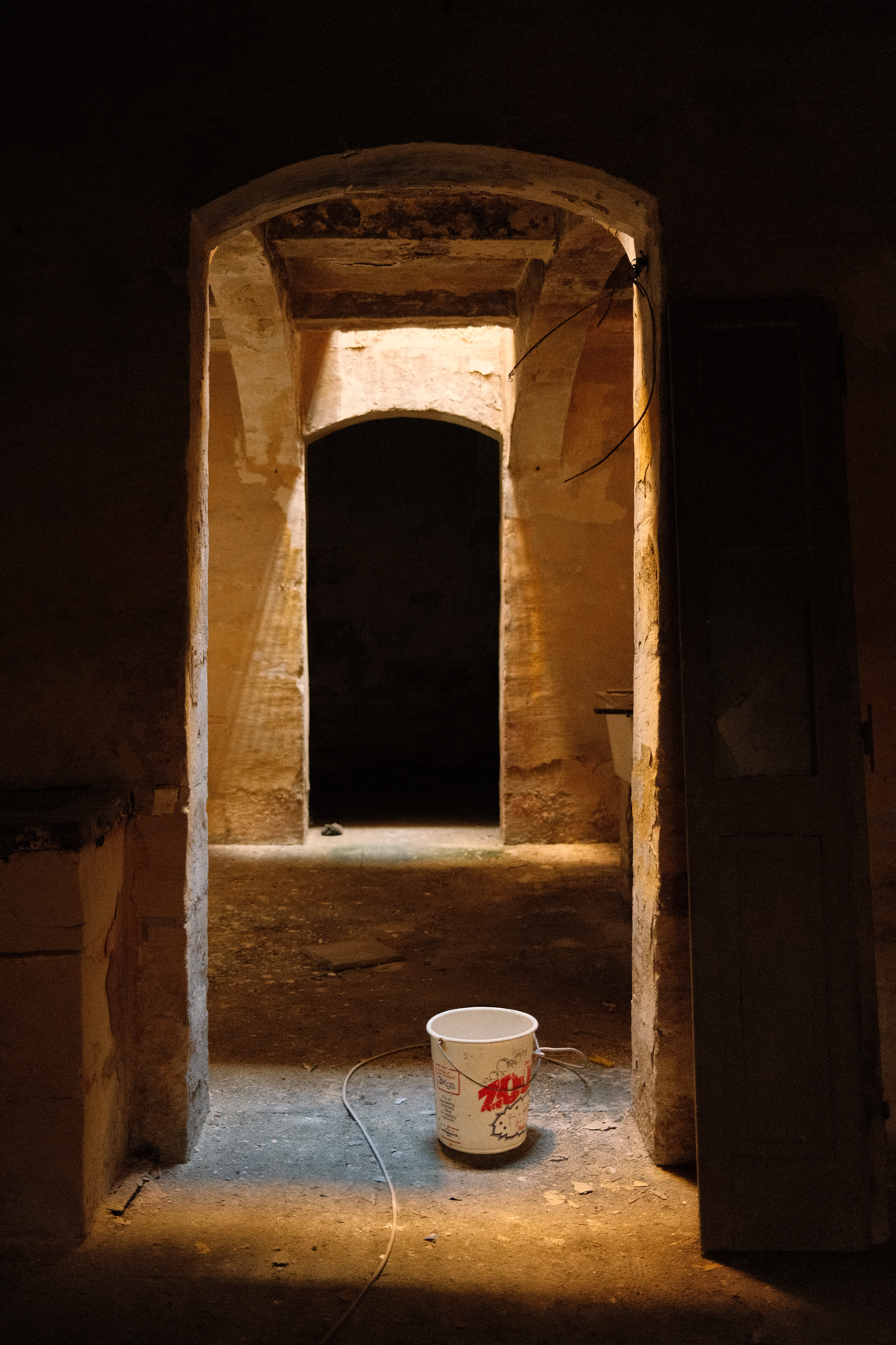
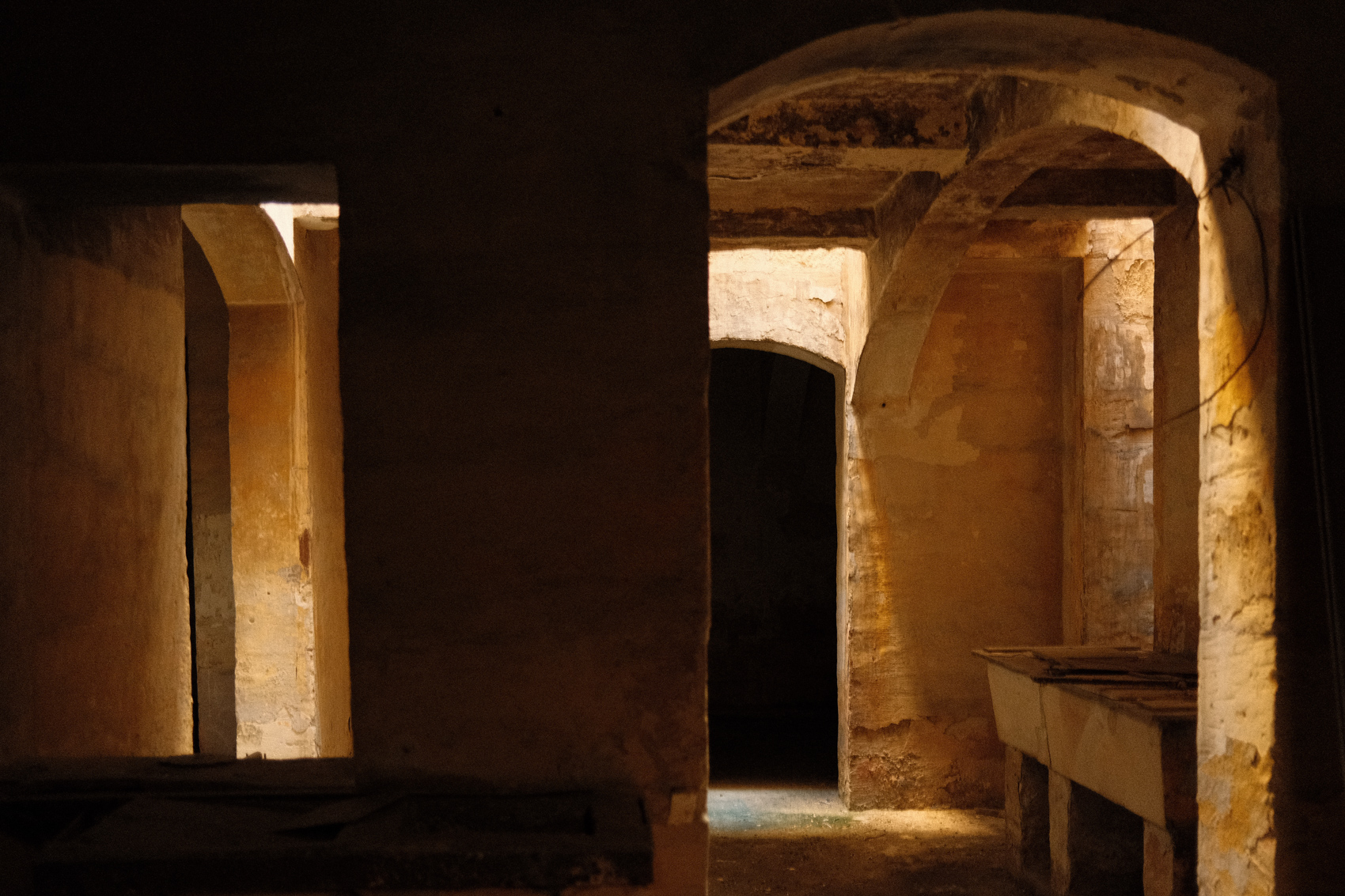

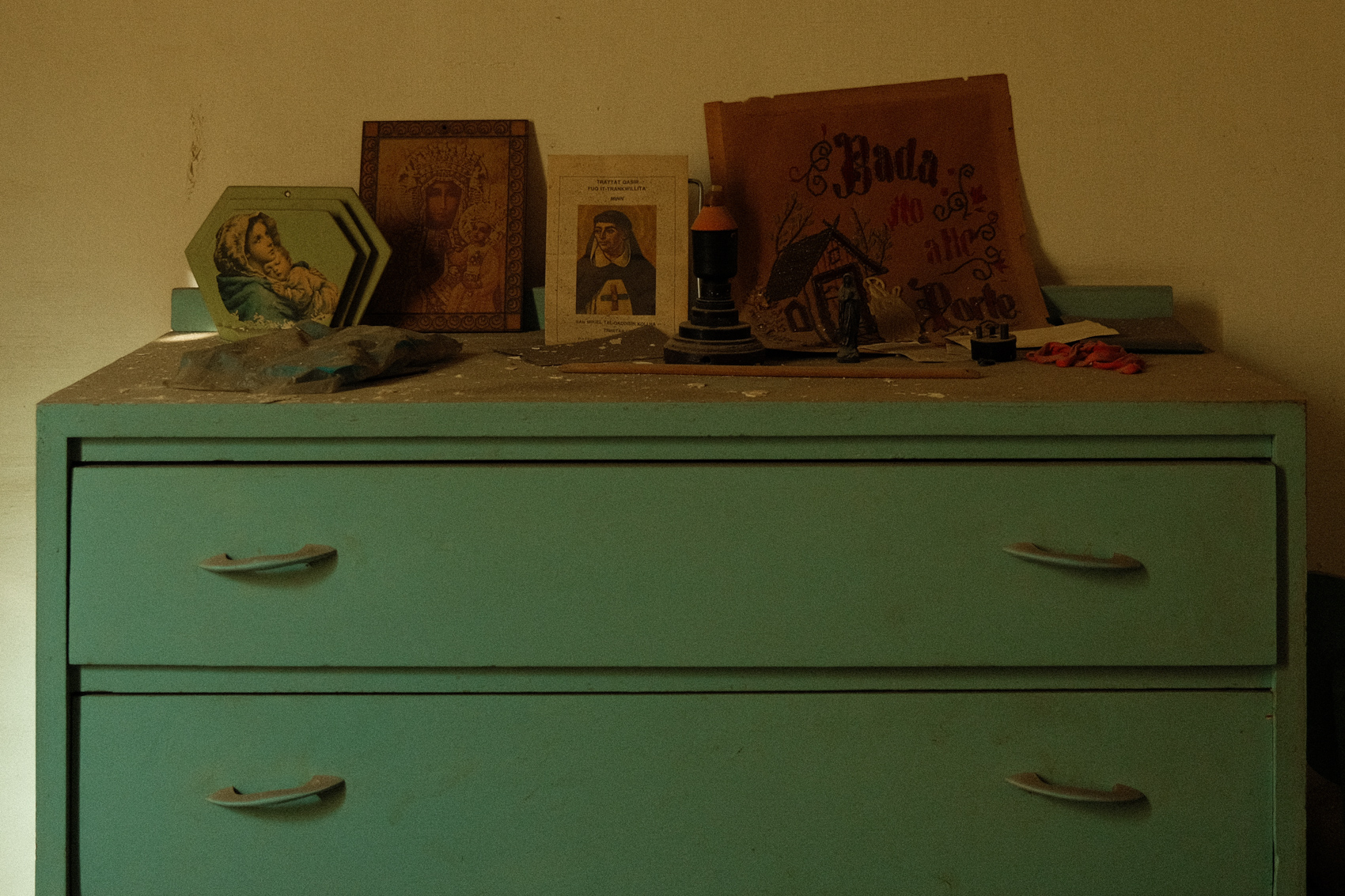
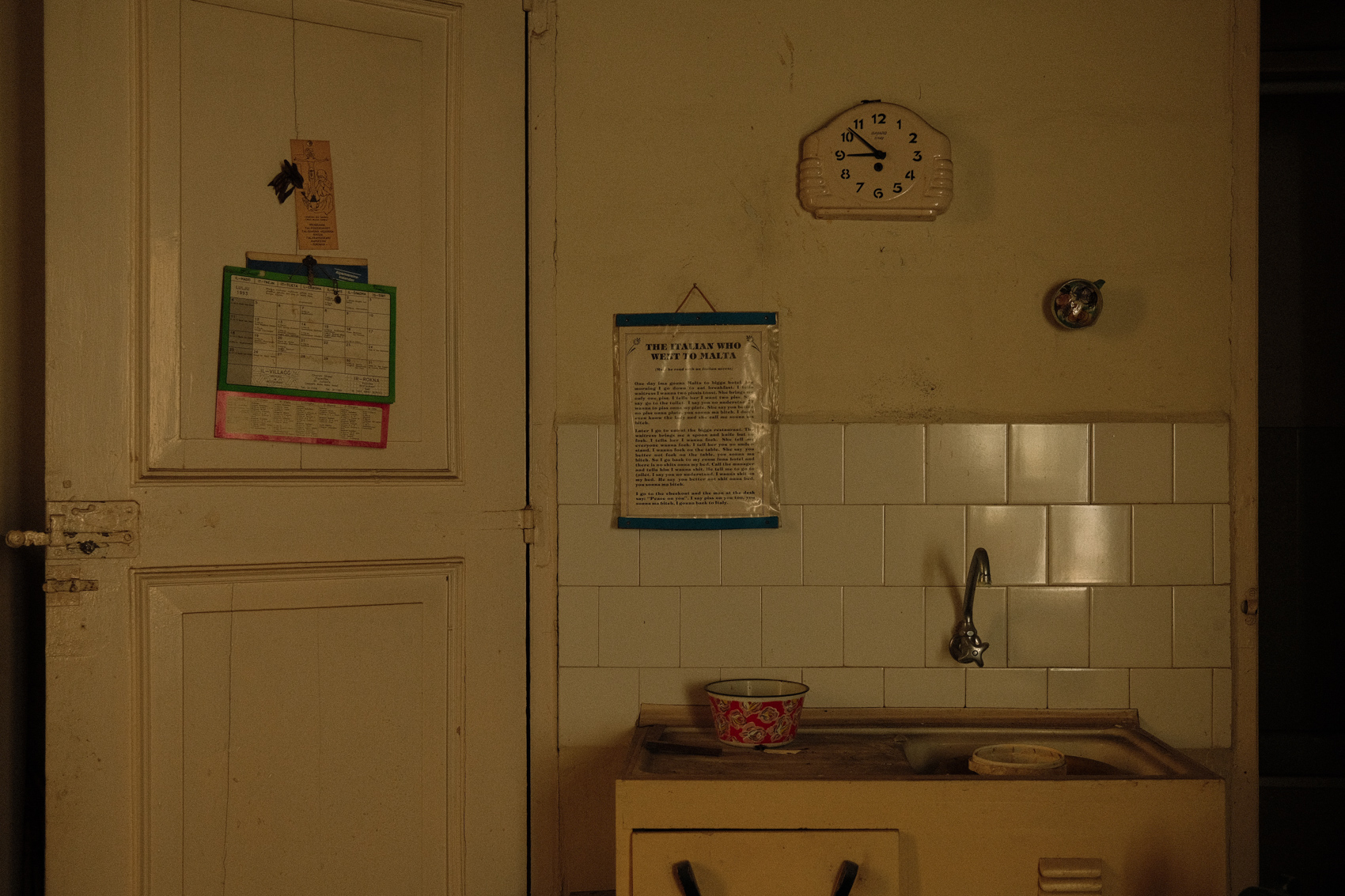
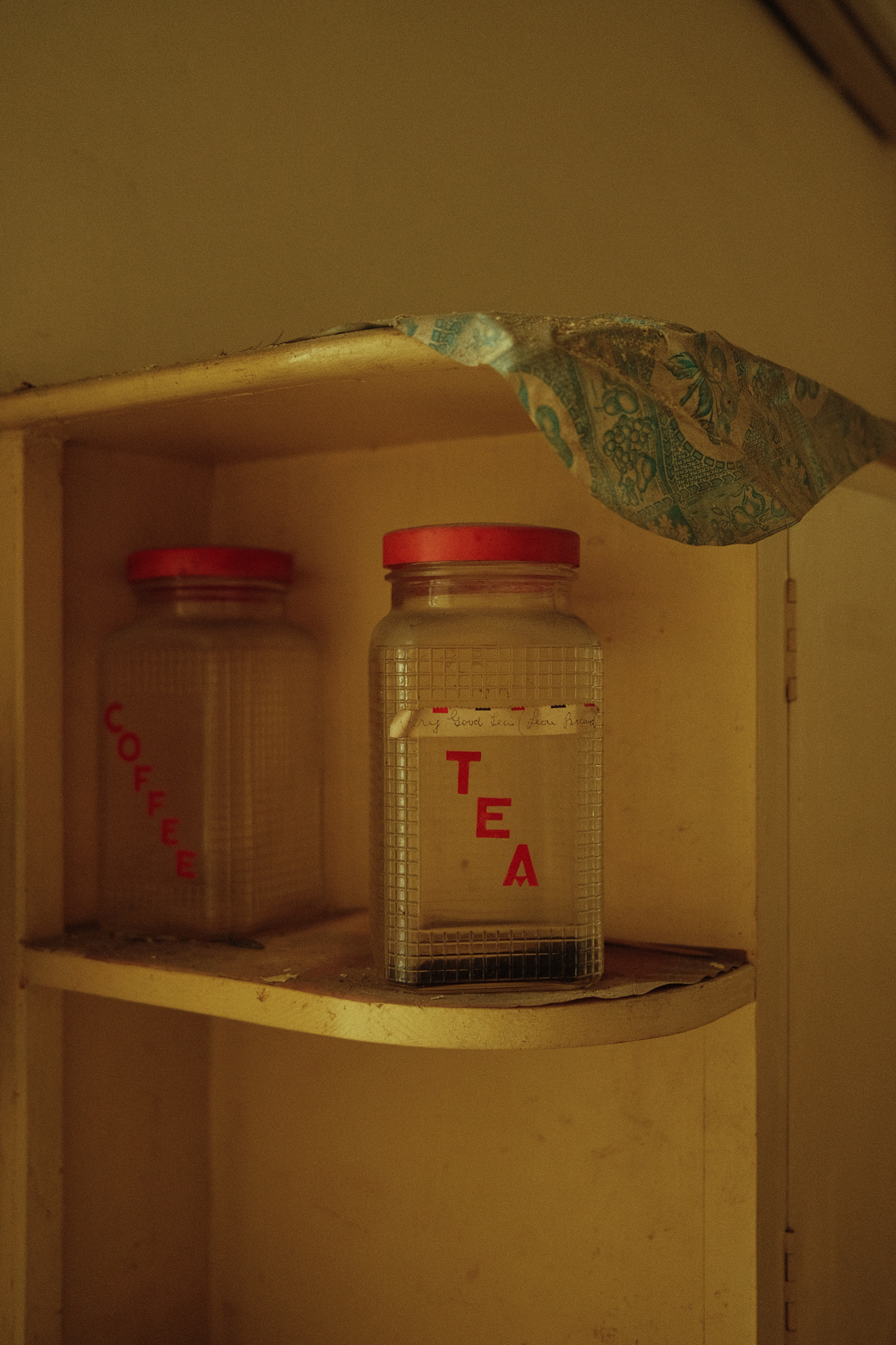
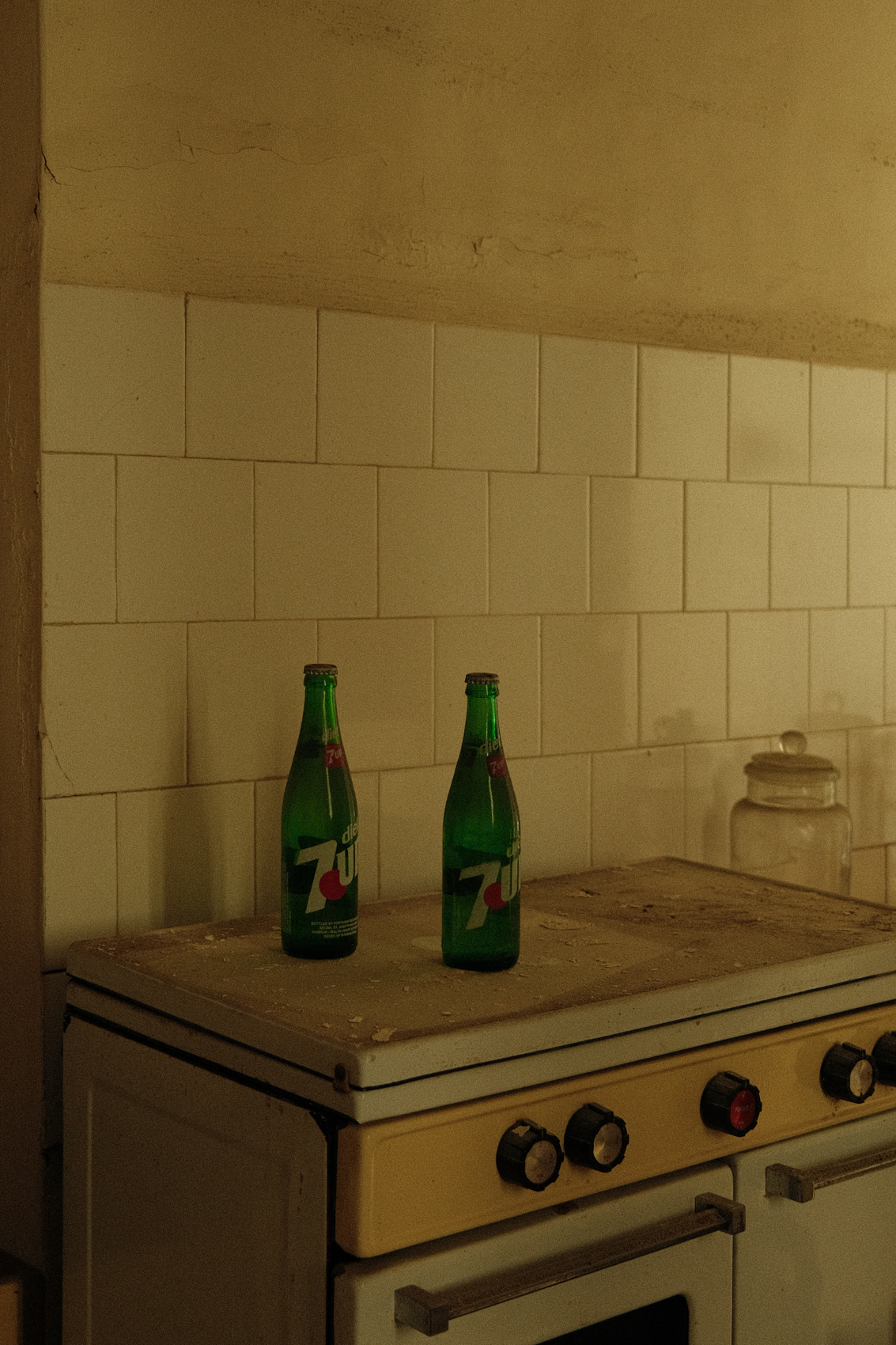
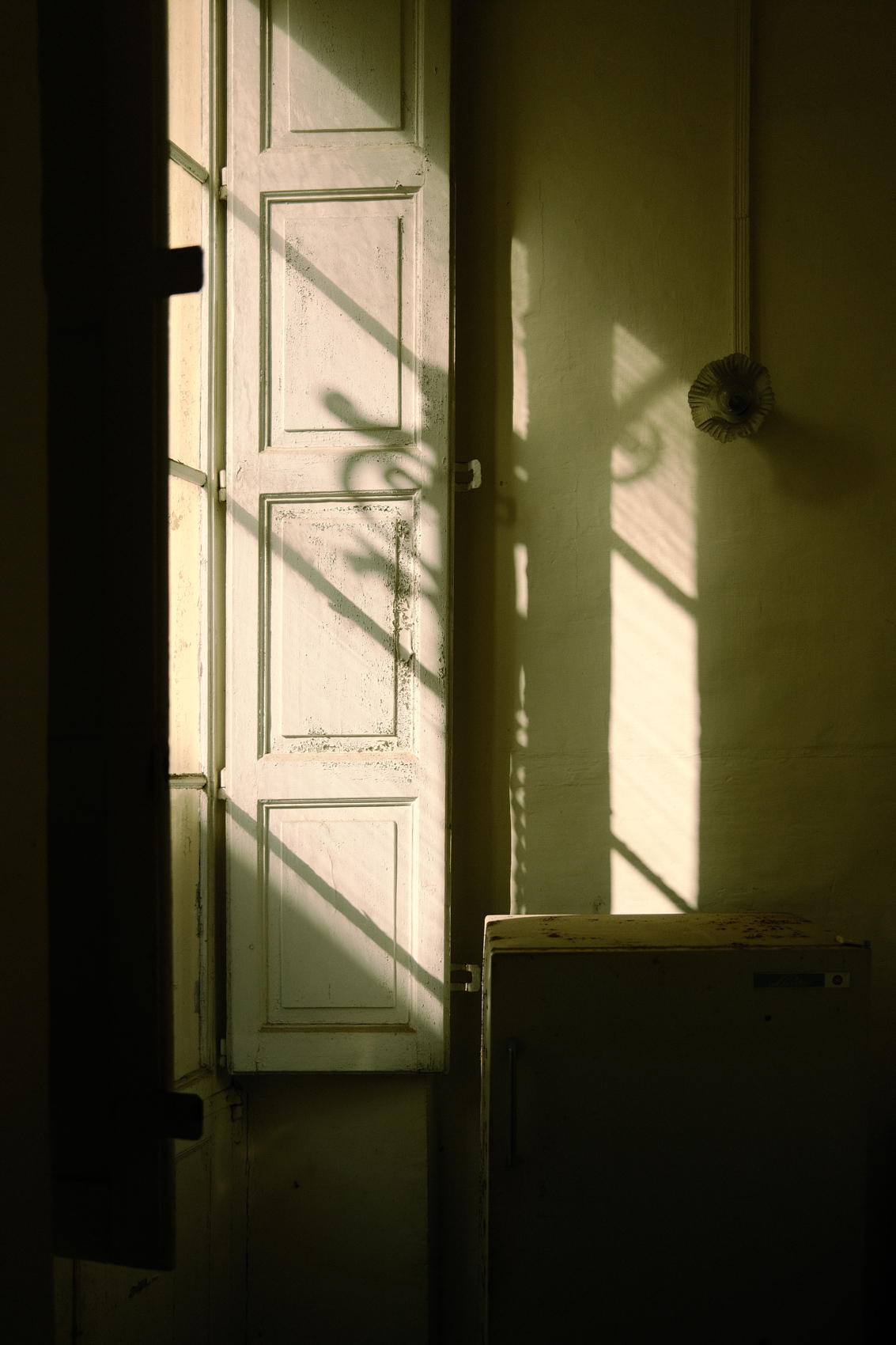

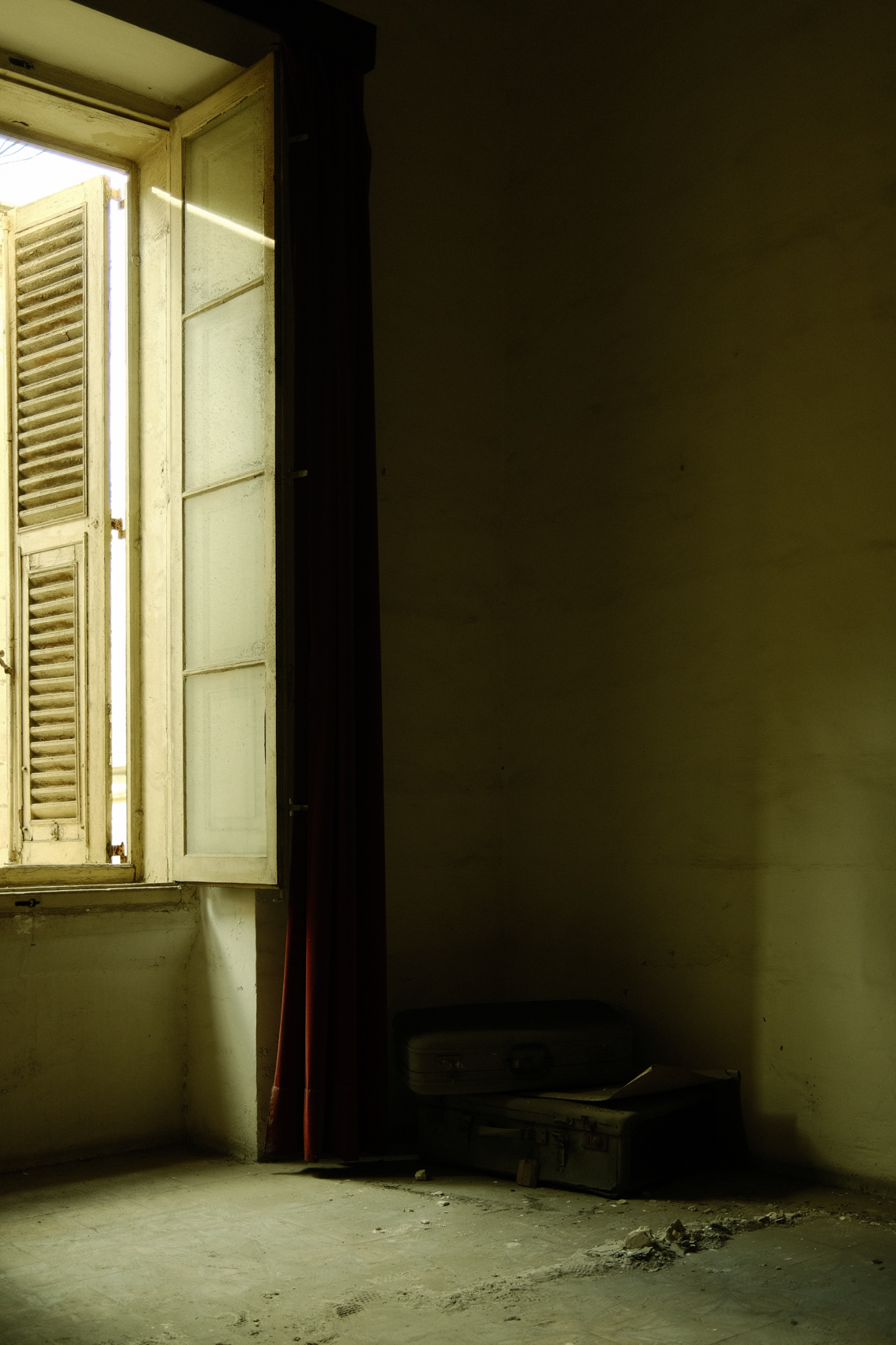
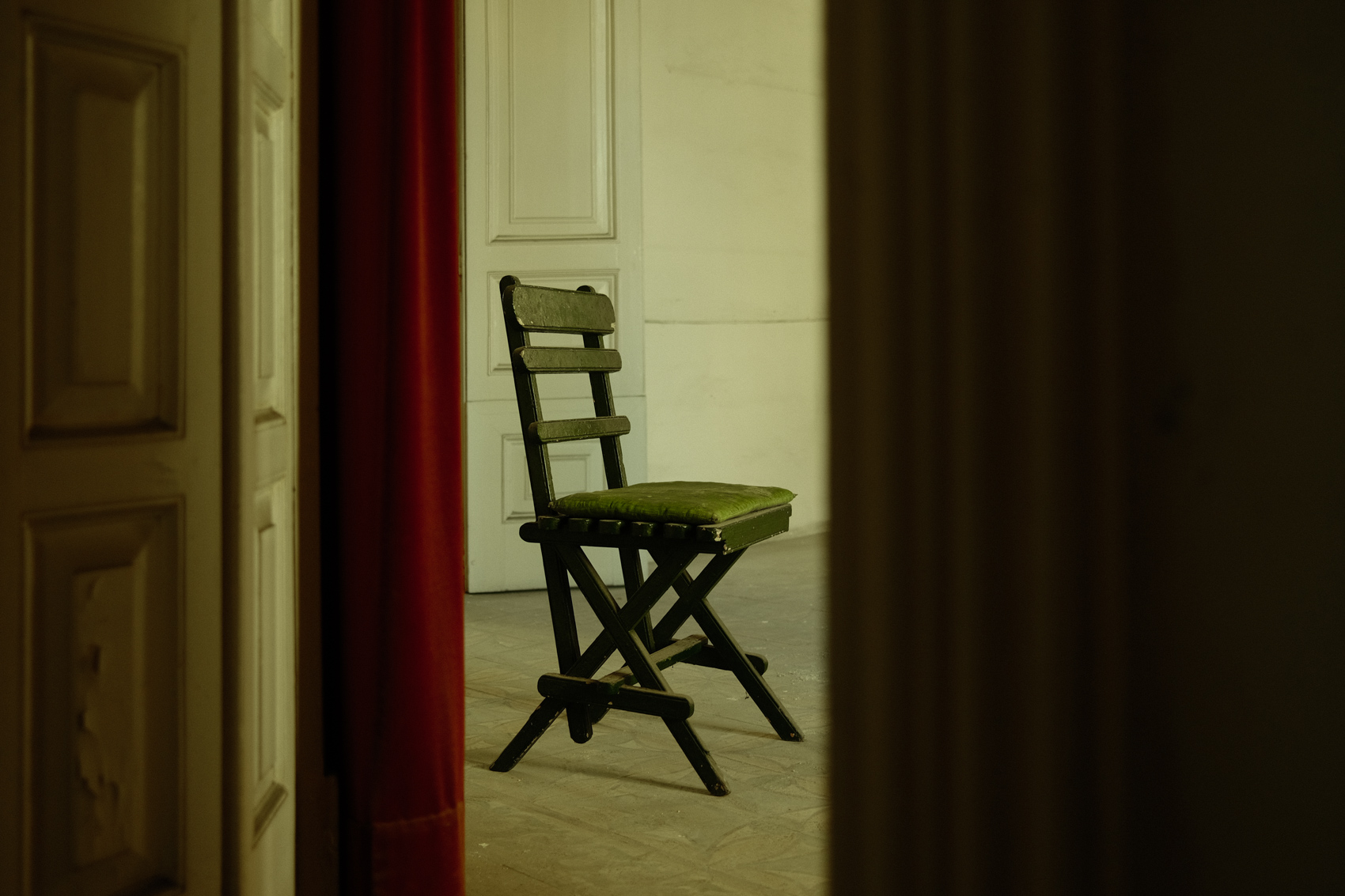
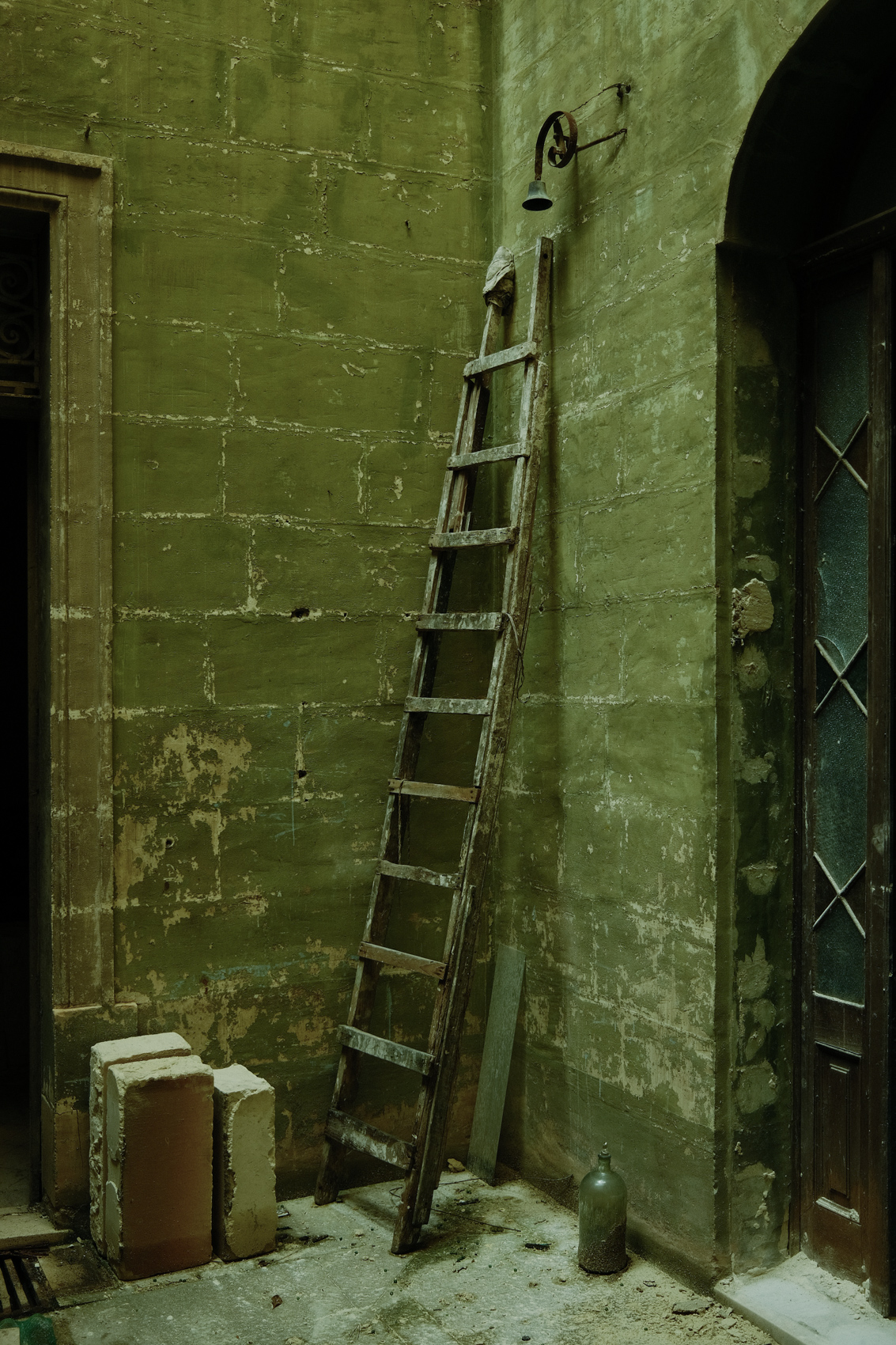
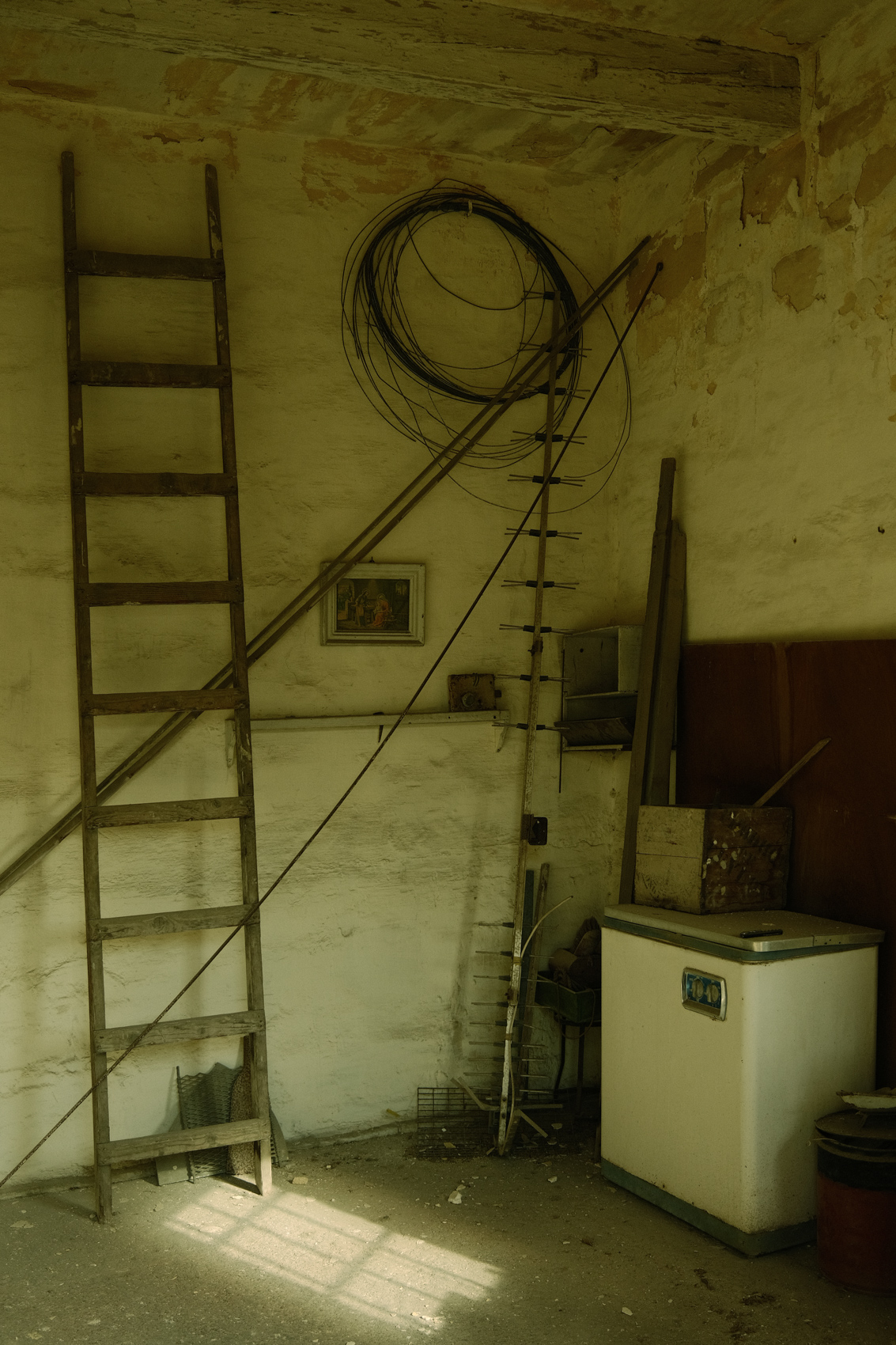
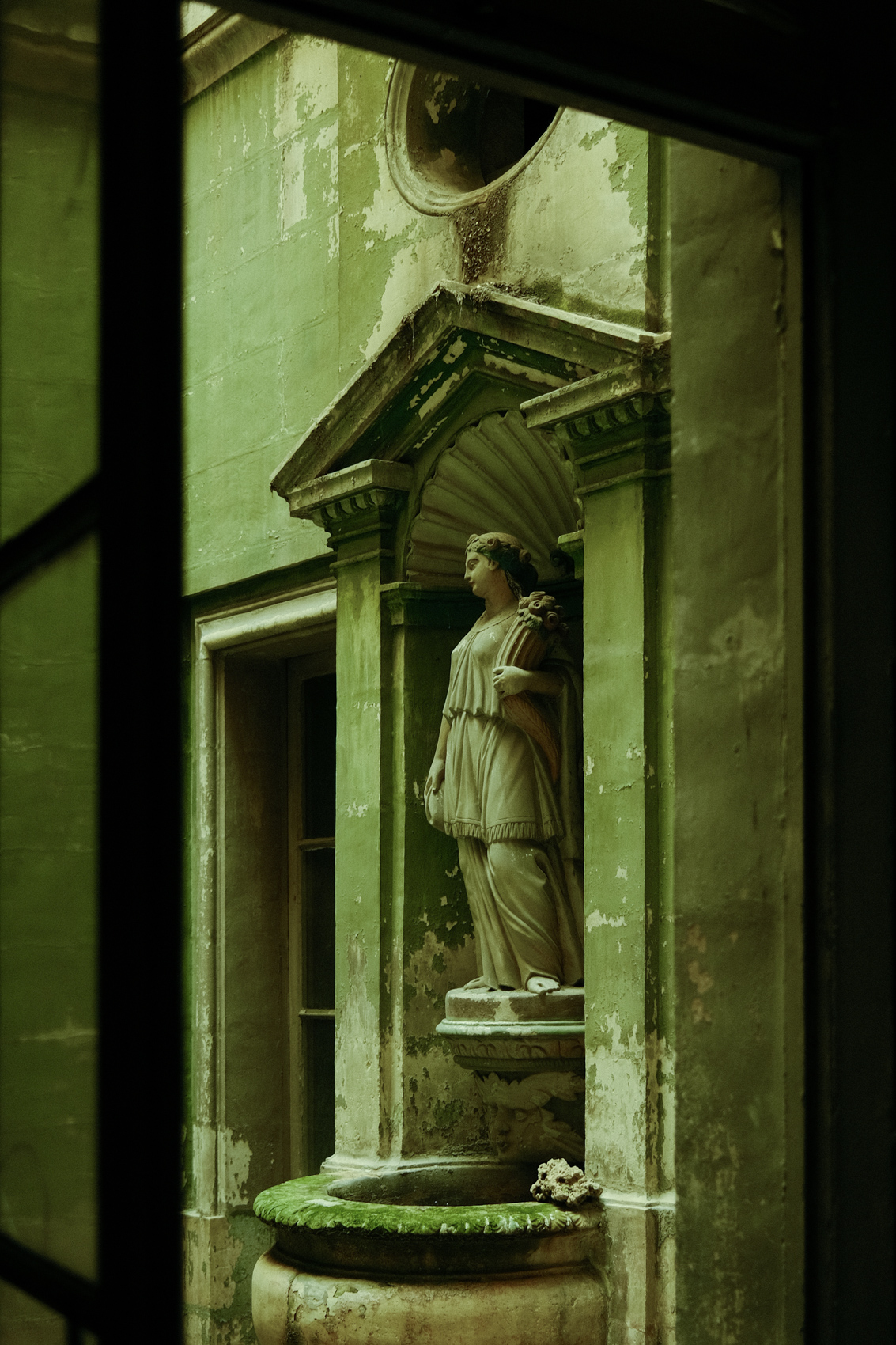
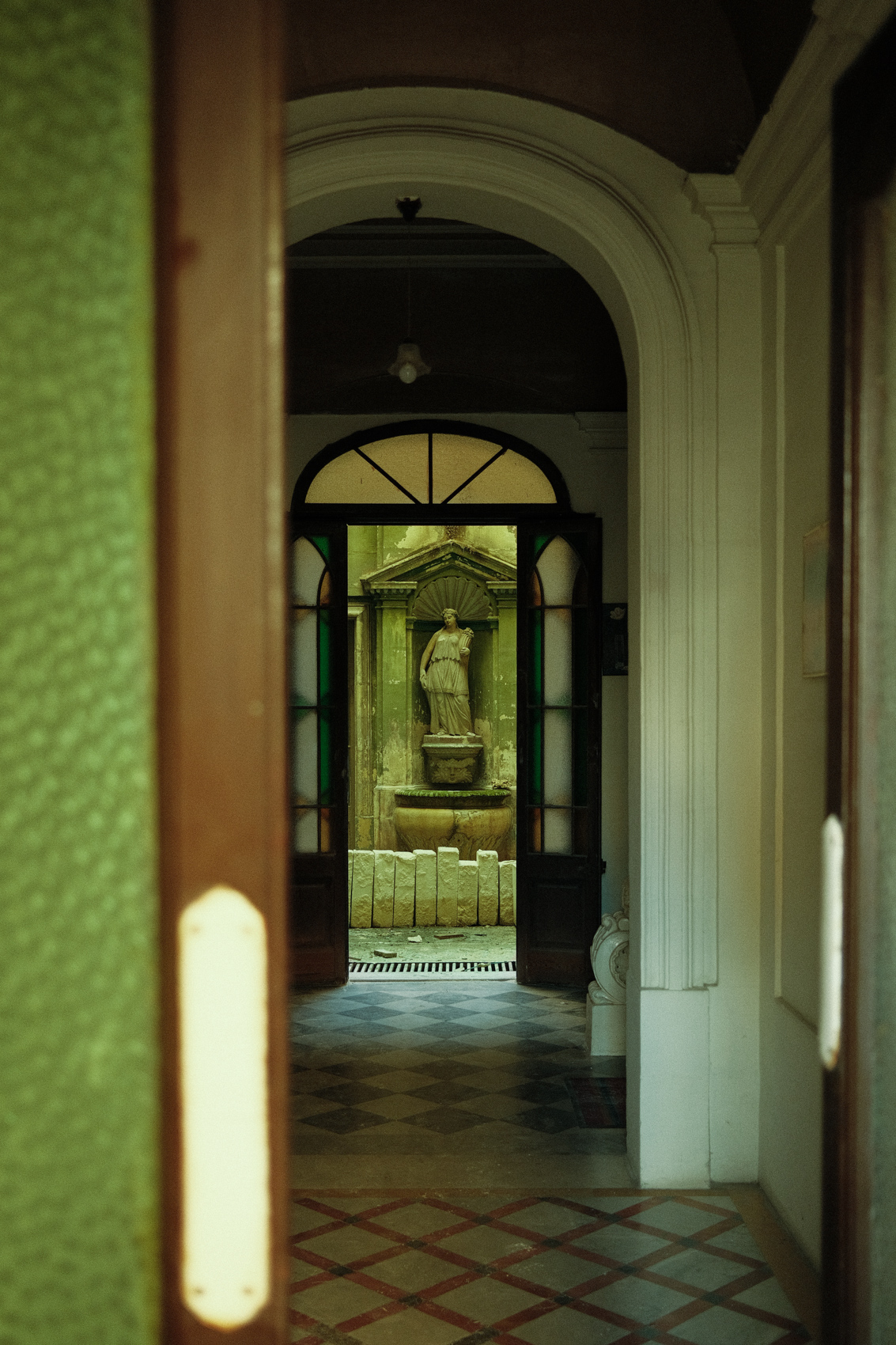
2022
of places lost & imagined
id-dar ta’ mary vella & the stories interwoven within it
commission for luke dimech

“When you turn and look back down the years, you glimpse the ghosts of other lives you might have led; all houses are haunted.”
- Mantel, 2003
“
Every so often, if we’re lucky, we are struck with what Virginia Woolf called ‘moments of being’. I say ‘we are struck with’ as opposed to ‘we come across’ because that’s what it feels like, or rather, that’s what it has felt like to me. Not quite a slap in the face, nor some divine revelation. You are suddenly faced with a reality that seems almost new, though in the light of that newness everything seems realer and clearer than ever. Who you are. Where you are. Who you are with.
This house, this space that was occupied by my family for decades struck similarly every time I stepped into it. This house was, IS, central to my existence. I feel that everything I am has only been made real through this house. Every single person that has occupied it - the people born, the people that passed on, the people cared for, the meals cooked and eaten around the tables, the oranges picked peeled and savoured, the jokes told and laughs had. The chairs so worn in by the weighty bodies that claimed them they’re dented. Their seats now leather craters made by great buttocks… great-grandparent buttocks. This house, which I’ve always known as Aunty Mary’s house, is a moment of being in itself, this house makes us all real. This is where my grandmother grew up, this is where my father spent a fair deal of his childhood. This is from where we’ve inherited our sense of humours, our love of food, our appreciation for gathering around a table and being together as a family.
But any moment is fleeting, every moment has an end. And unfortunately this one is nearing its end, at least in the physical realm. This moment of my family’s life shall live on in our memories and in our blood. It is part of our inheritance for many more decades to come. Ths is a testament to what the house was and what it meant to us, but also to the lives that filled it and the purpose it served.
‘Id-dar ta’ Aunty Mary’ is still standing, though not for much longer. I will forever be grateful to have been one of the many to haunt its rooms, even if for a brief moment of being.
But any moment is fleeting, every moment has an end. And unfortunately this one is nearing its end, at least in the physical realm. This moment of my family’s life shall live on in our memories and in our blood. It is part of our inheritance for many more decades to come. Ths is a testament to what the house was and what it meant to us, but also to the lives that filled it and the purpose it served.
‘Id-dar ta’ Aunty Mary’ is still standing, though not for much longer. I will forever be grateful to have been one of the many to haunt its rooms, even if for a brief moment of being.
”
- words by luke dimech

mary’s spot when peeling & savouring oranges after picking them fresh from the garden
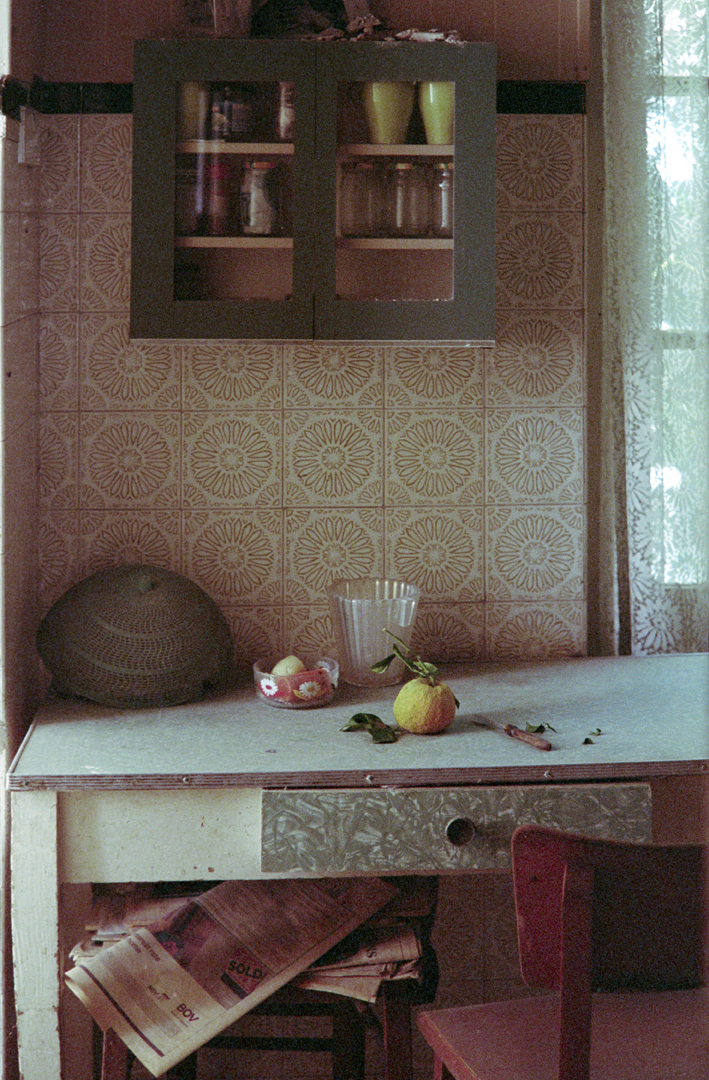

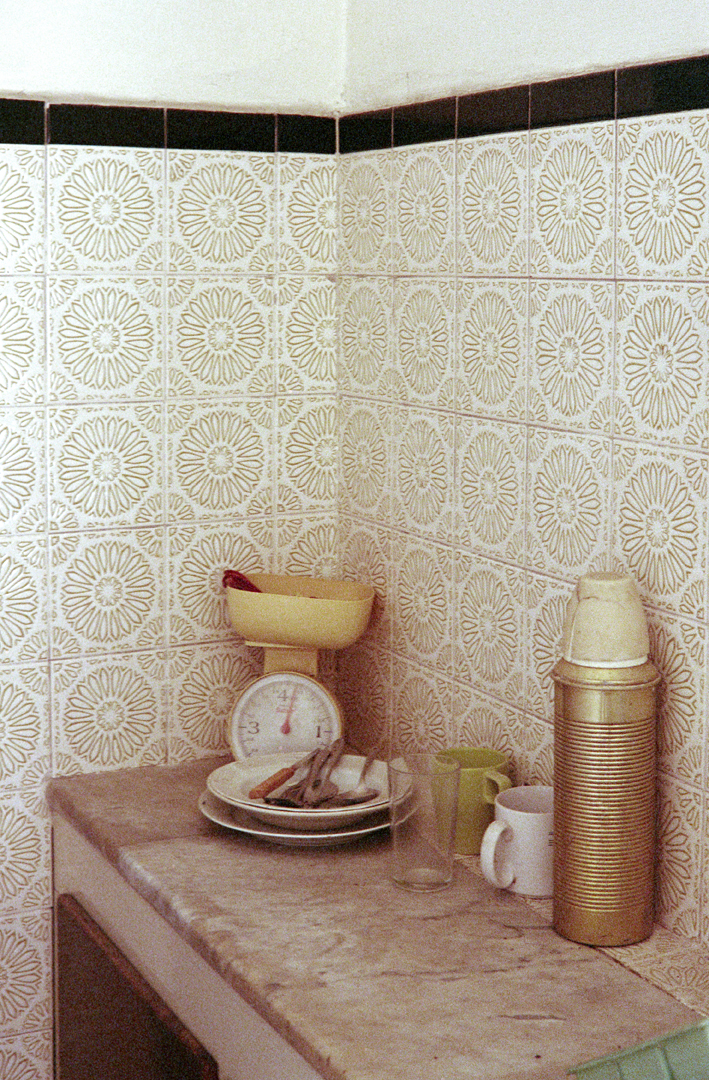

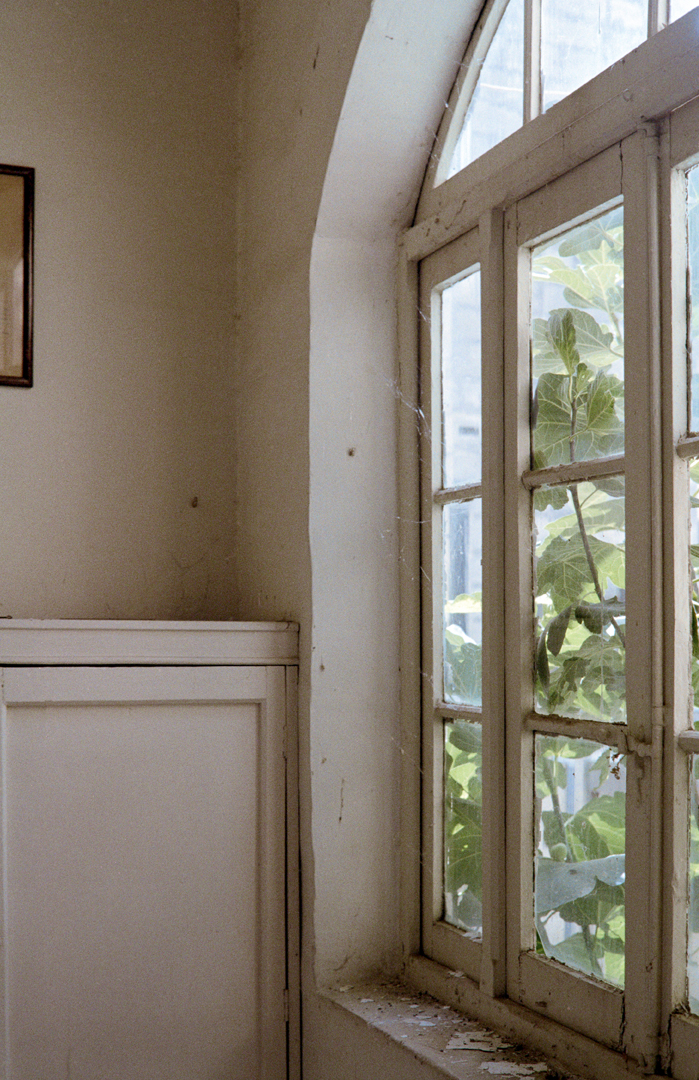

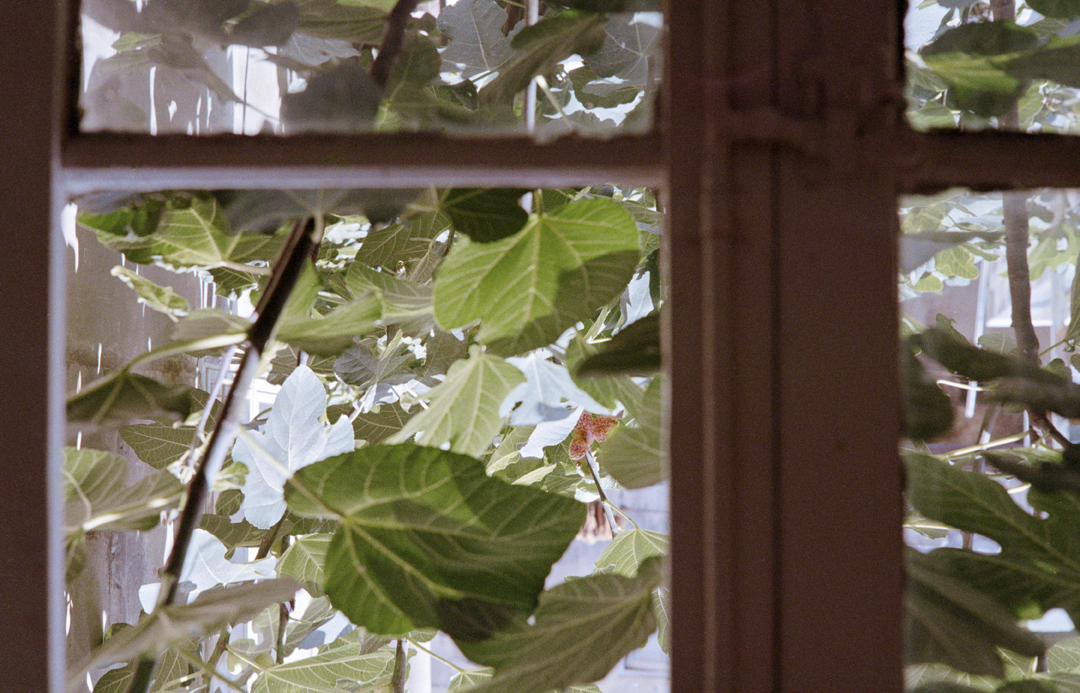
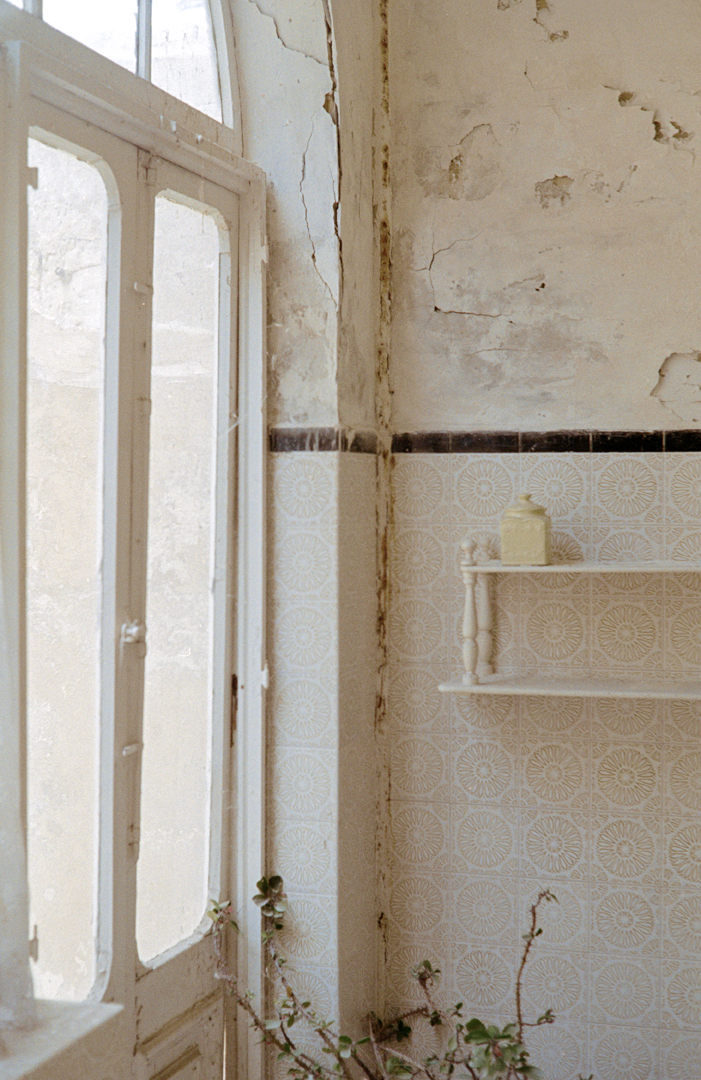
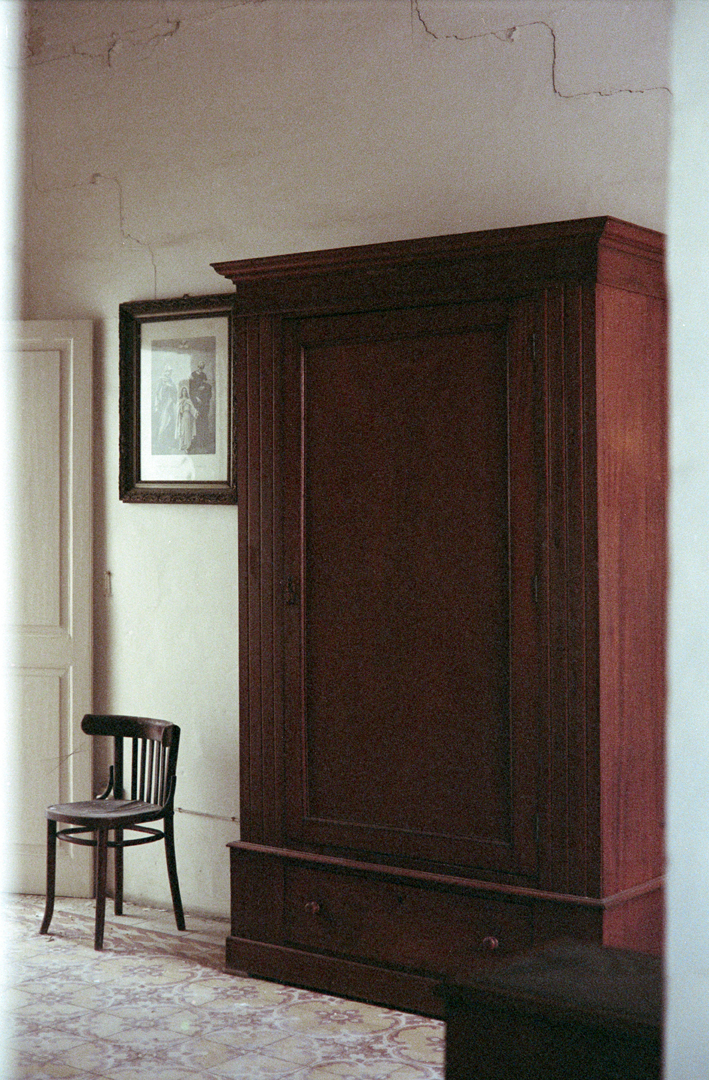
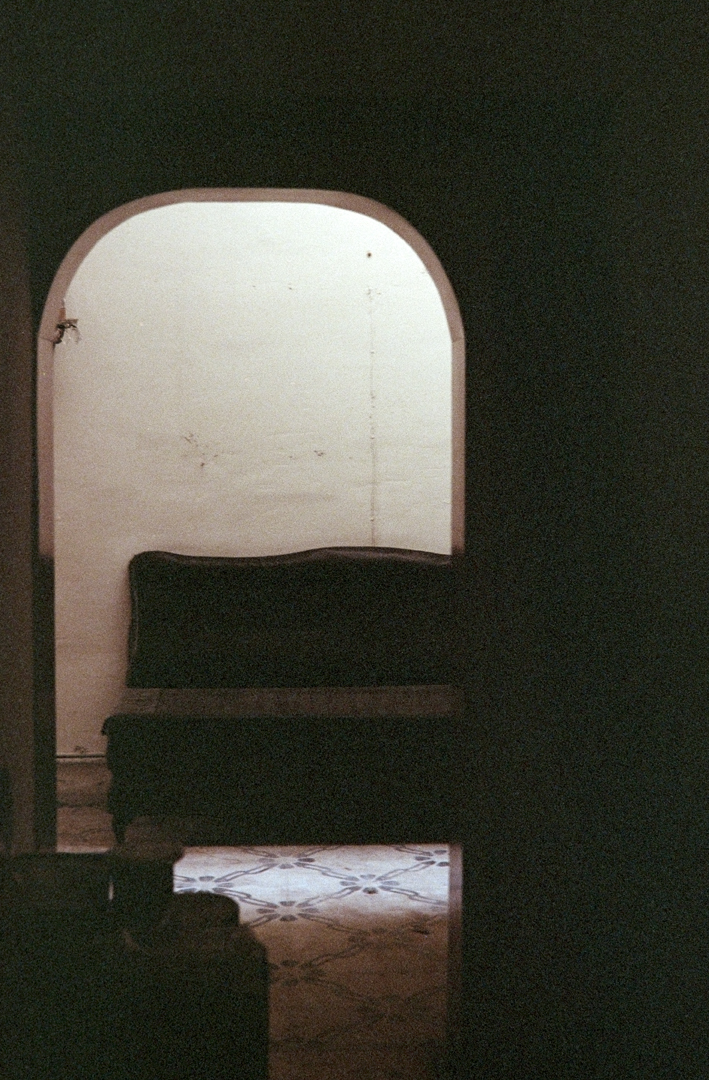
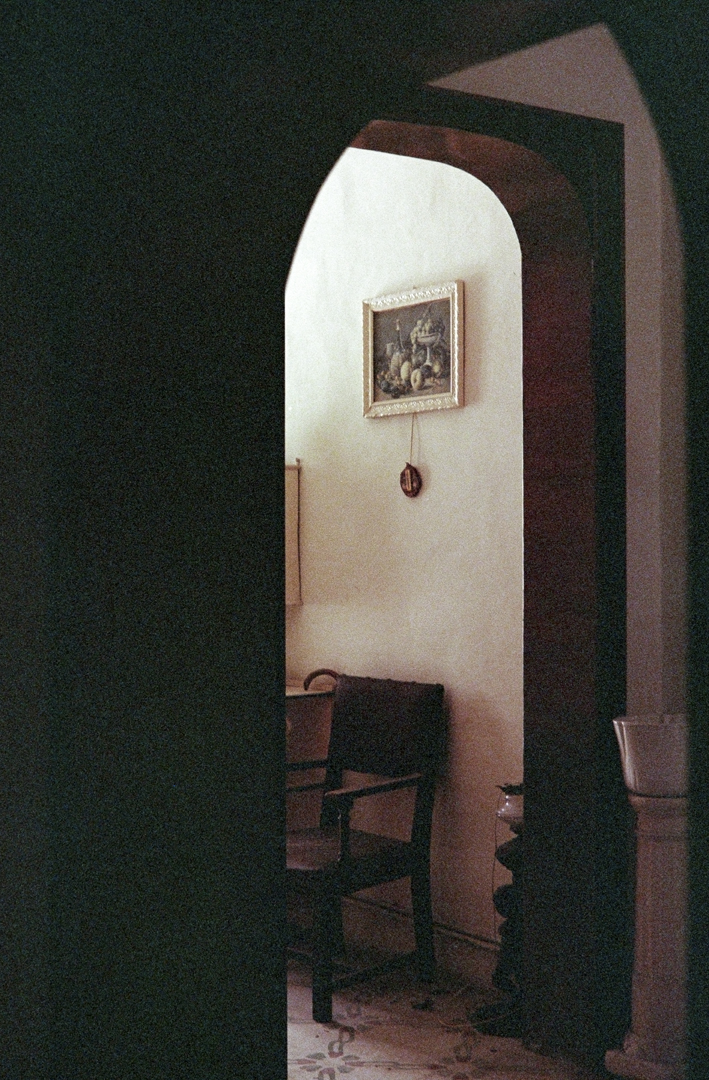

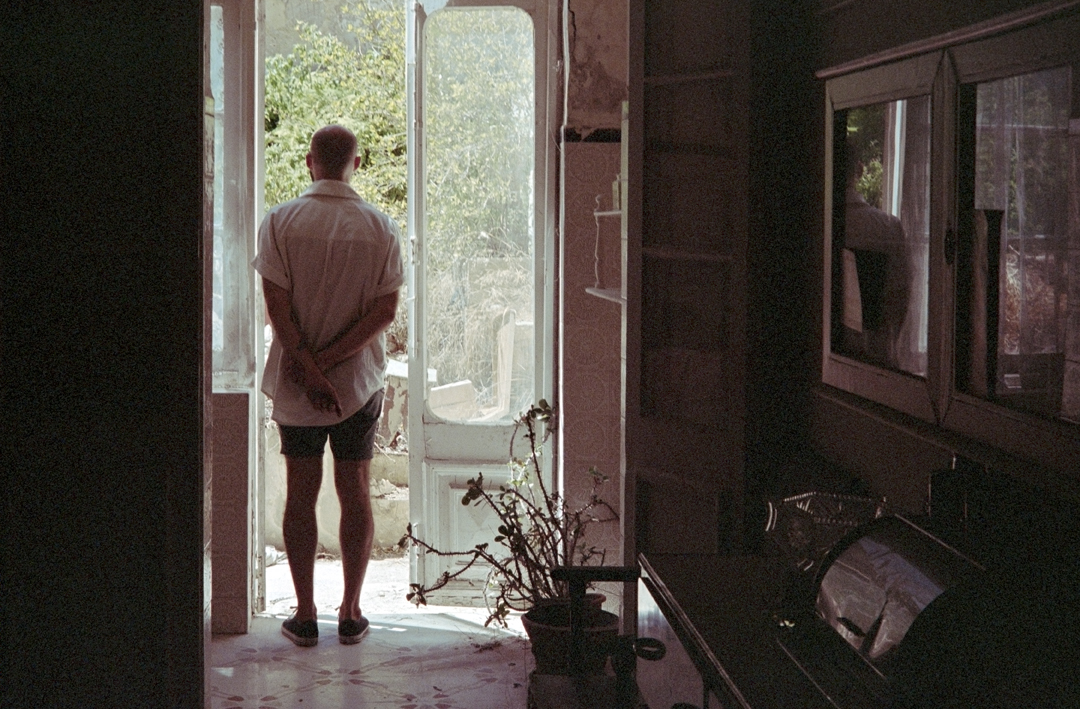
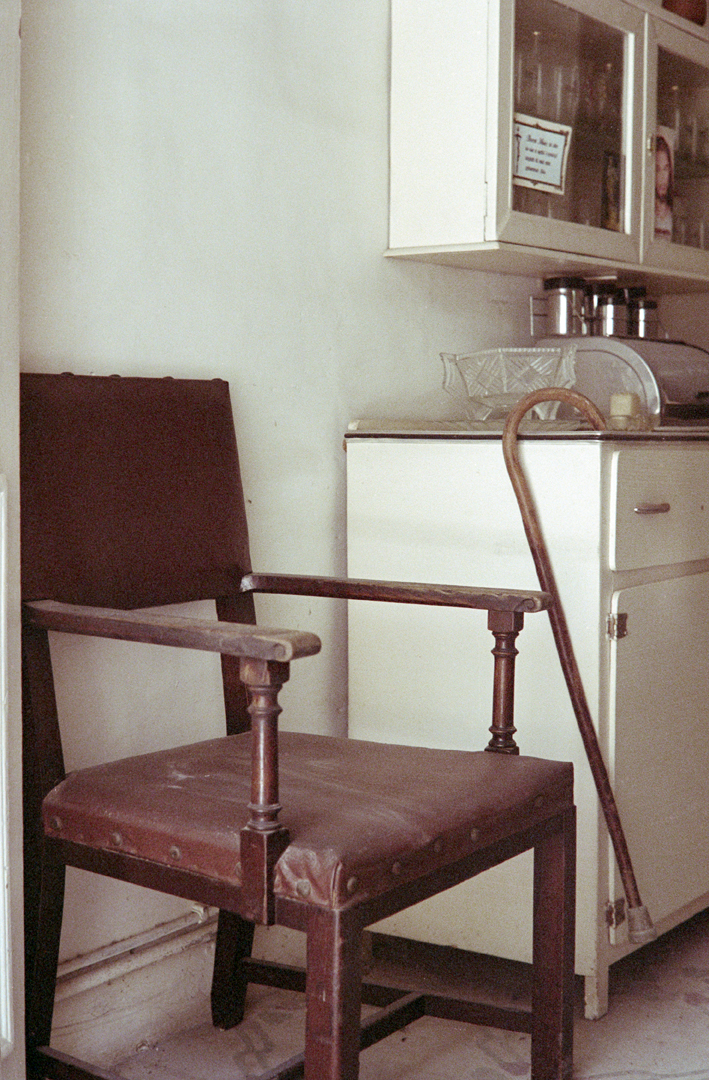
uncle victor’s spot & grandmother’s spot
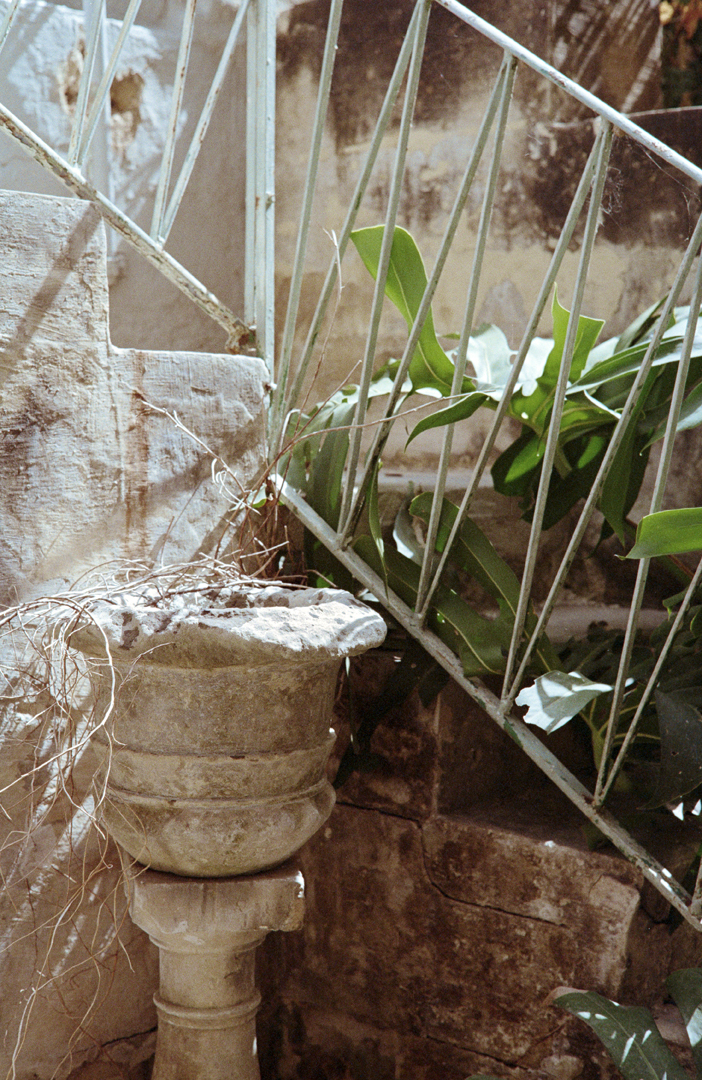
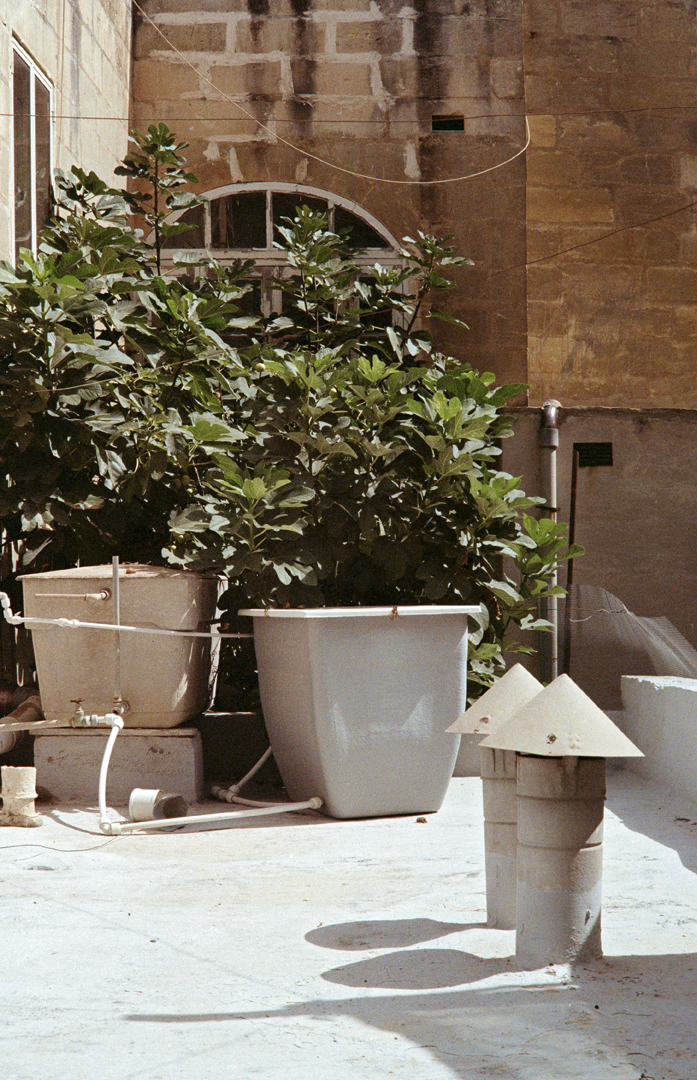
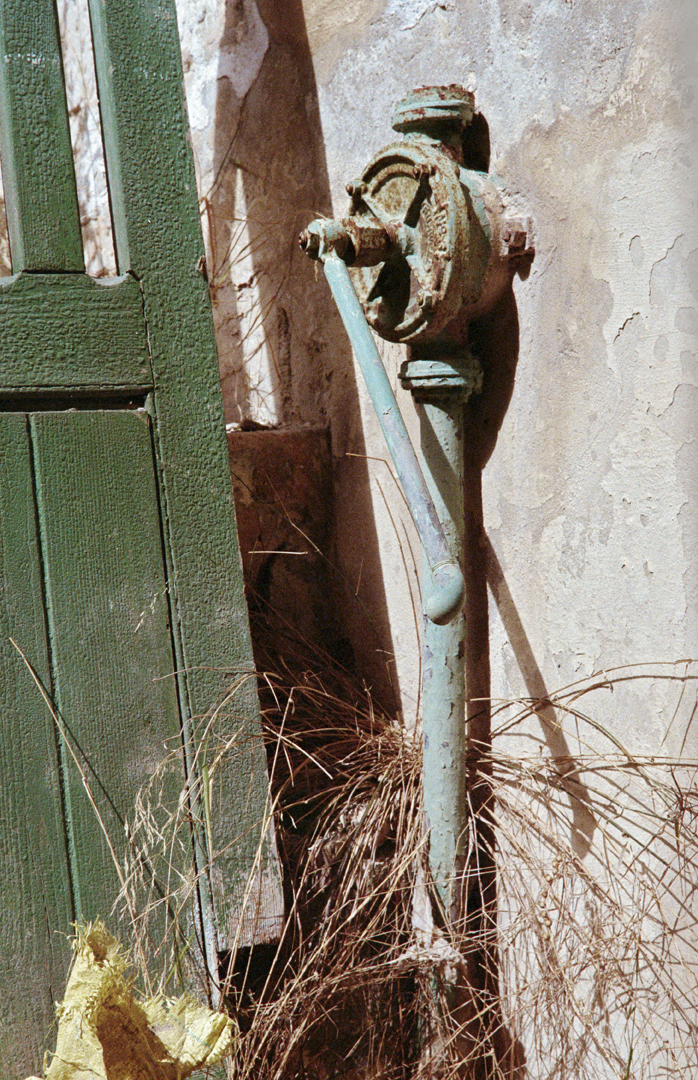
“my dad tells stories of playing at this water pump as a child”
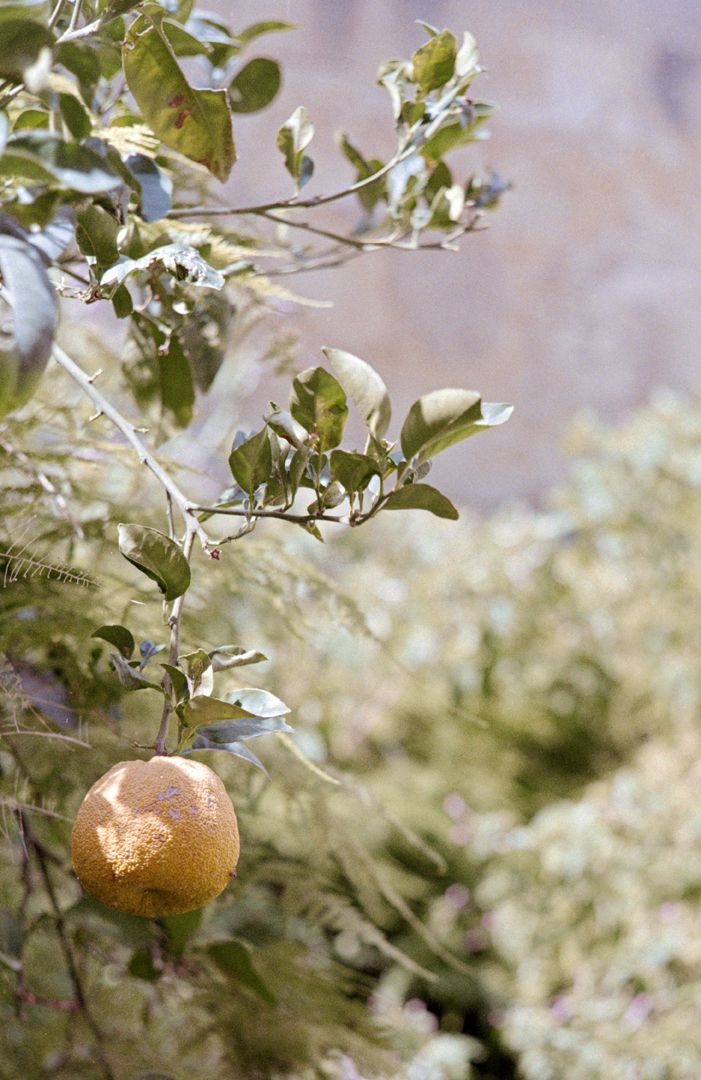
fresh from the garden
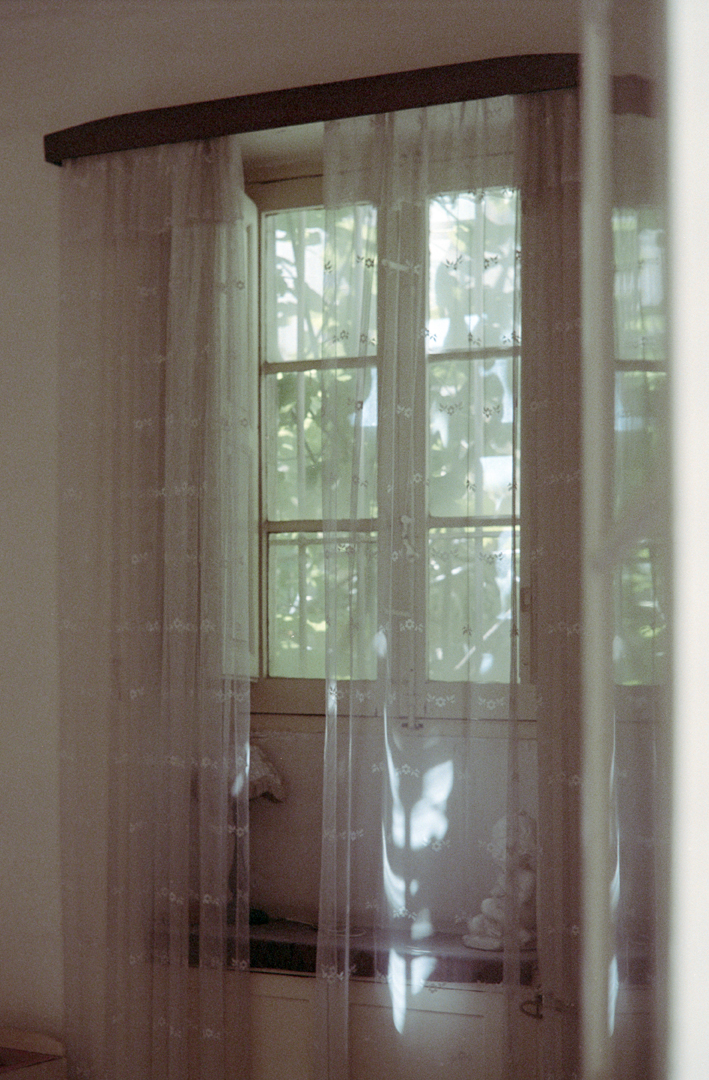
layers of a house
locking up
